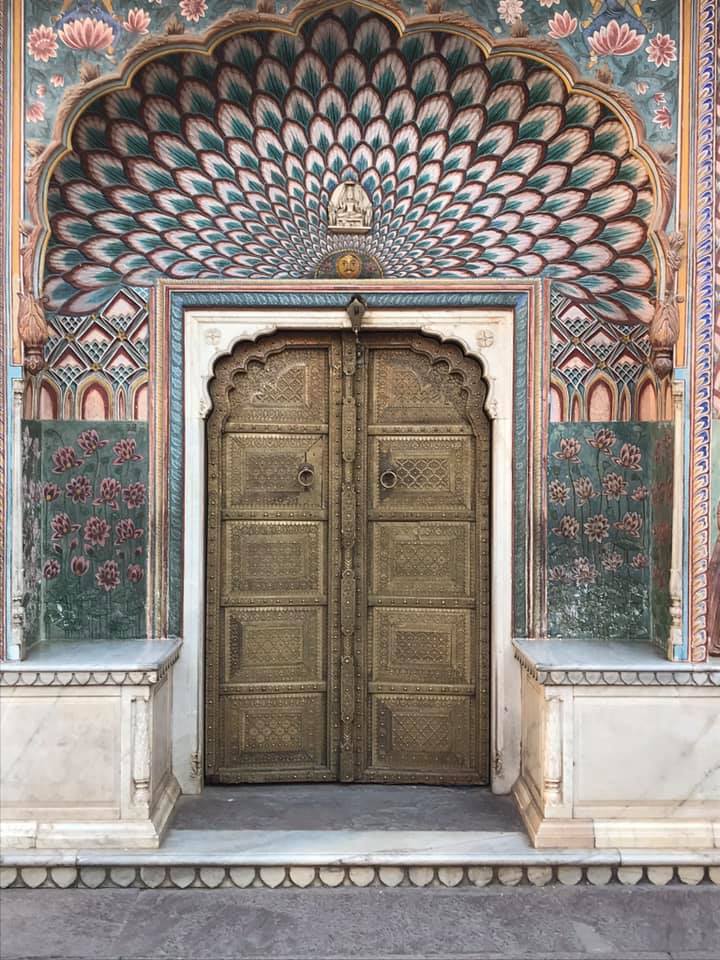
Jaipur is the capital city of the northern Indian state of Rajasthan, the Land of Kings. It is also the largest city of Rajasthan. Jaipur is known as the Pink City of India because of the color of the stone used for the construction of many of its structures, the most famous being the Hawa Mahal.
But, in addition to some beautiful and well known sights, Jaipur is also a shopper’s paradise. It is here where many fashion brands come to source fabrics and jewels.
We spent three (in my opinion, too short) days in the busy city of Jaipur. We took in the sights, the food, and the bazaars!
Must See Sights
City Palace
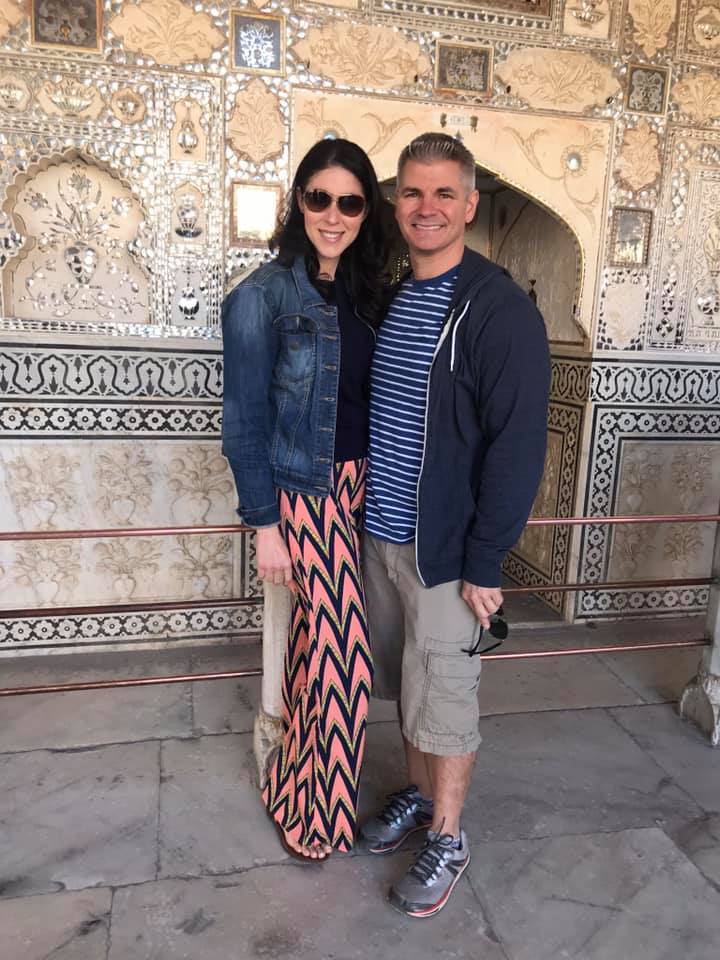
The City Palace is a massive complex that covers about a seventh of the old city of Jaipur. Within the complex are forts, gardens, courtyards, and palaces. Three gates are used to enter the City Palace, but only two are open to visitors. The third is reserved for the royal family who still lives in the complex. The cost of admission to the City Palace is about $7.00 USD.
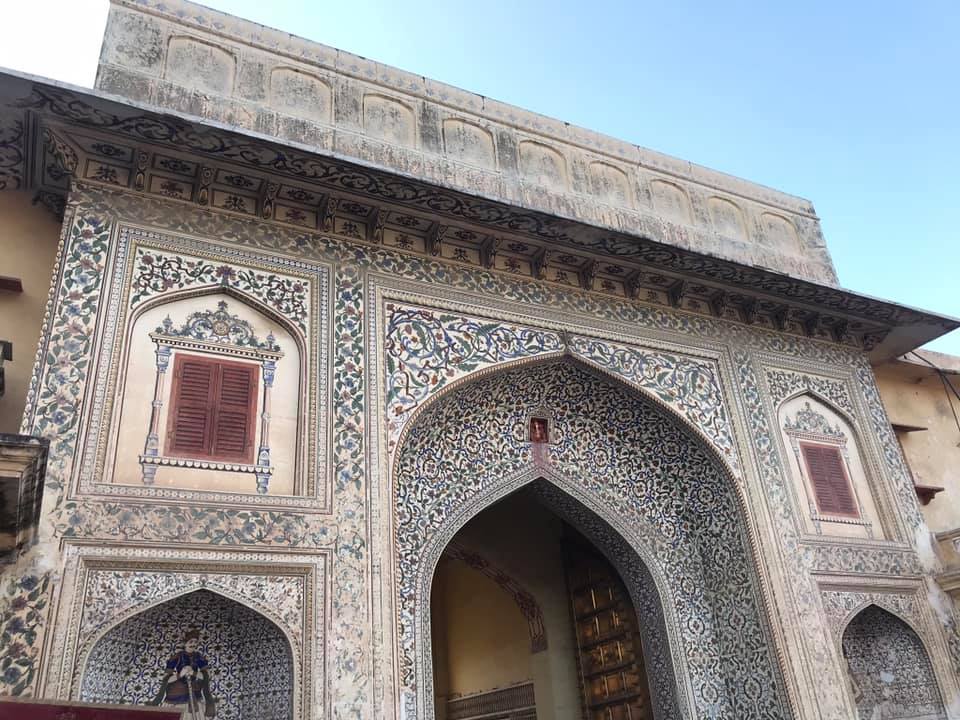
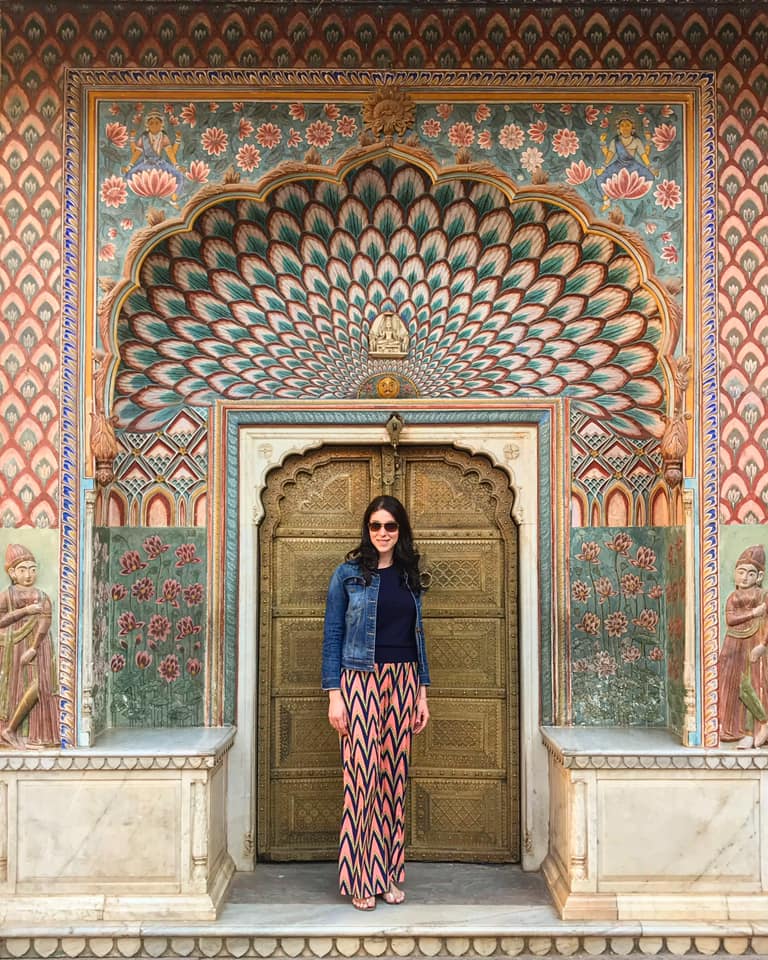
There are a couple of highlights that you shouldn’t miss. The first are the four beautiful gates in the palace’s inner courtyard, Pitam Niwas Chowk. It is here that you will find the beautifully colored gates that represent the seasons (which I am sure you have seen on Instagram), the Peacock Gate (autumn), the Lotus Gate (summer), the Green Gate (spring), and the Rose Gate (winter).
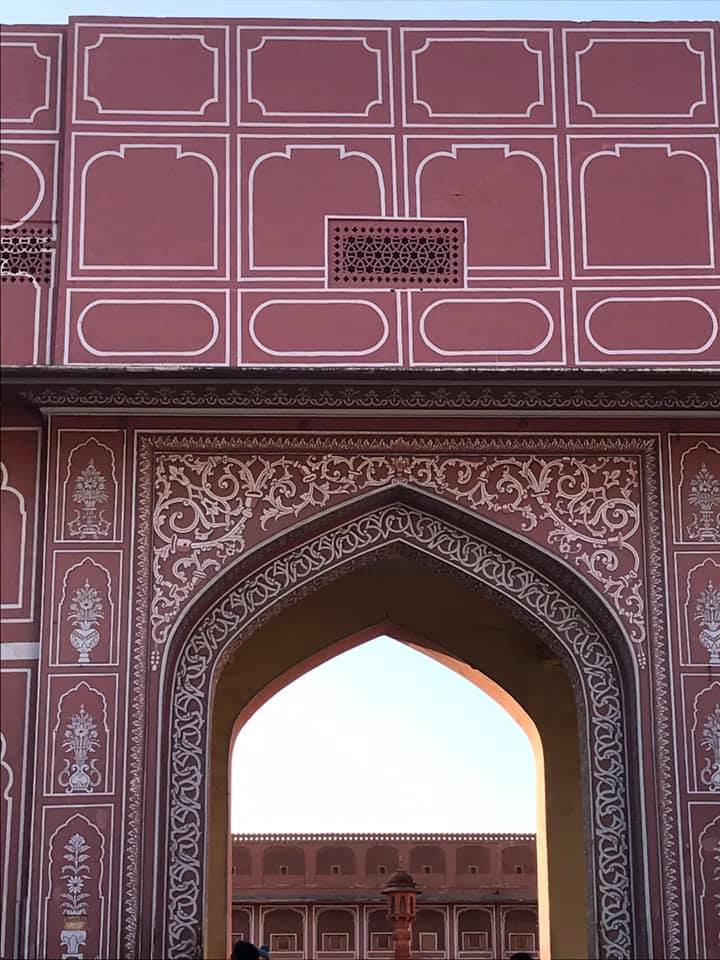
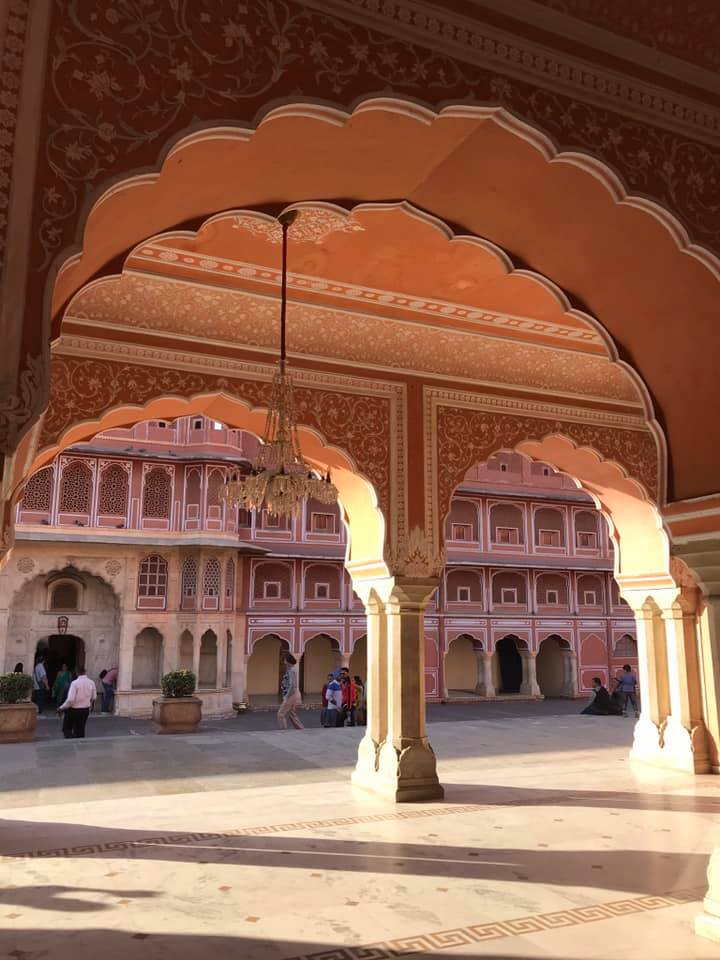
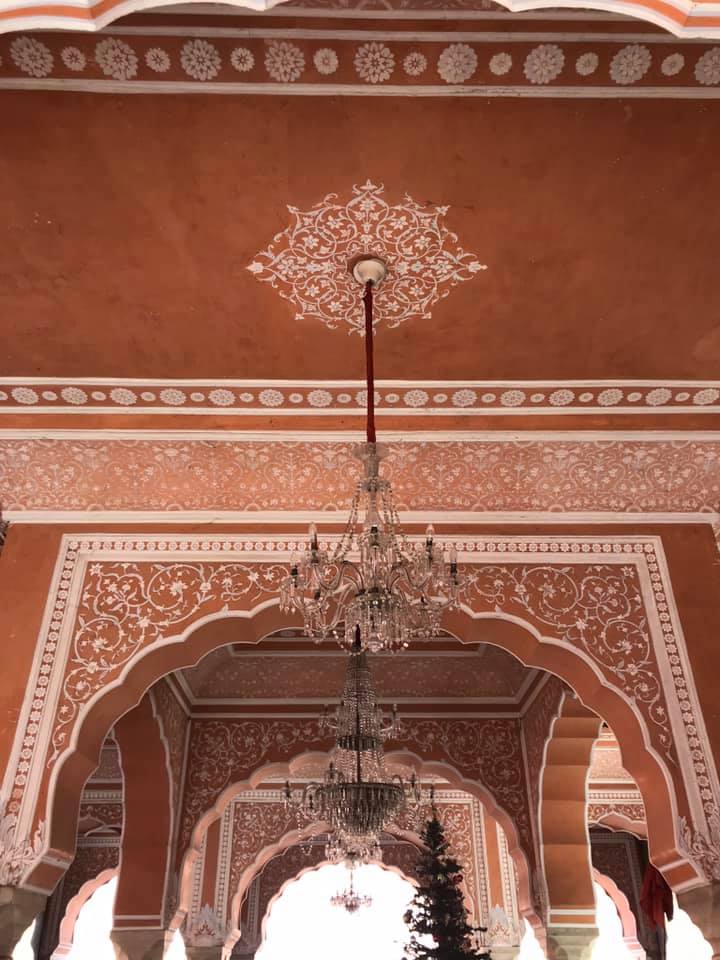
The Sarvato Bhadra is an open air hall that is entirely pink! It is one of the most important ritual buildings in the complex that is used today for royal festivals and celebrations. There are two gigantic silver vessels on display here which hold the Guinness World Record as the world’s largest sterling silver vessels.
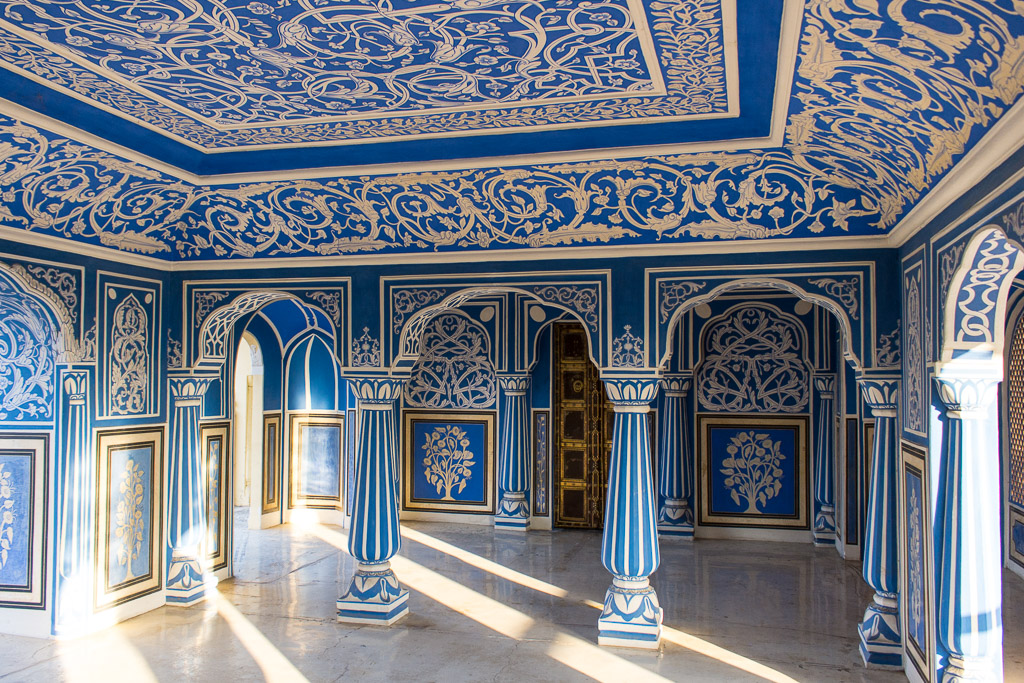
The two main palaces in the complex at the Chandra Mahal and the Mubarak Mahal. Chandra Mahal is one of the oldest building in the complex. It also houses the famous blue room, Sukh Niwas, which is located on the second (of seven) floors. But, most visitors never get to see the amazing halls in the Chandra Mahal because it is not included in the general admission ticket. To visit Chandra Mahala and see the Sukh Niwas and the mirrored halls of Rang Mandir and Shobha Nivas, you have to buy a separate ticket for about $34 USD. Of course, I learned this AFTER we visited the City Palace, so this photo of Sukh Niwas is courtesy of Mr. Google.
Amber Fort/Amber Palace
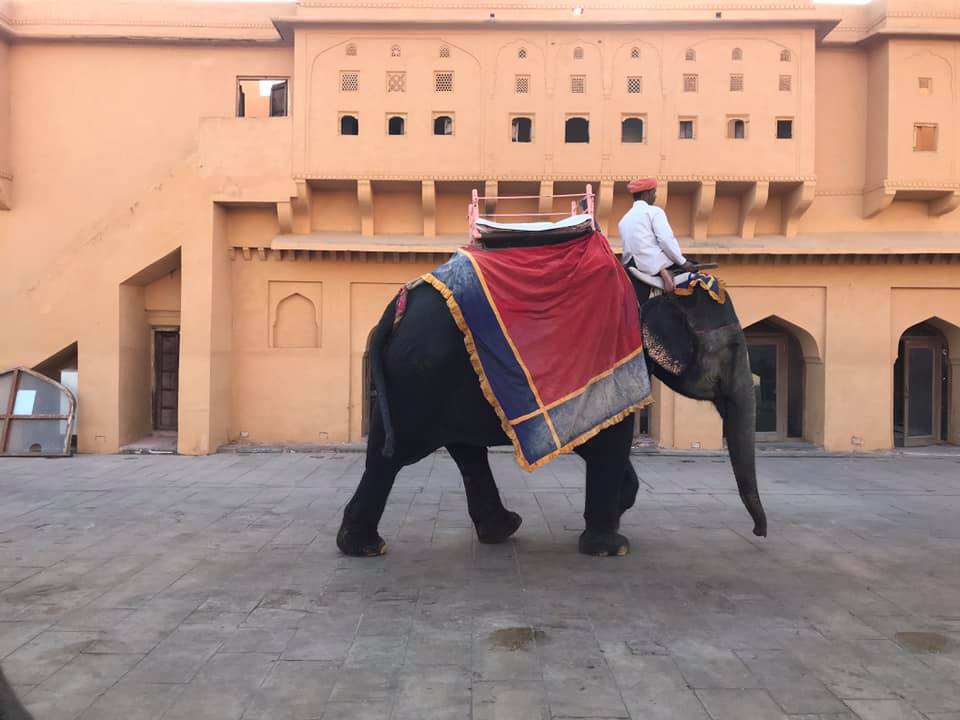
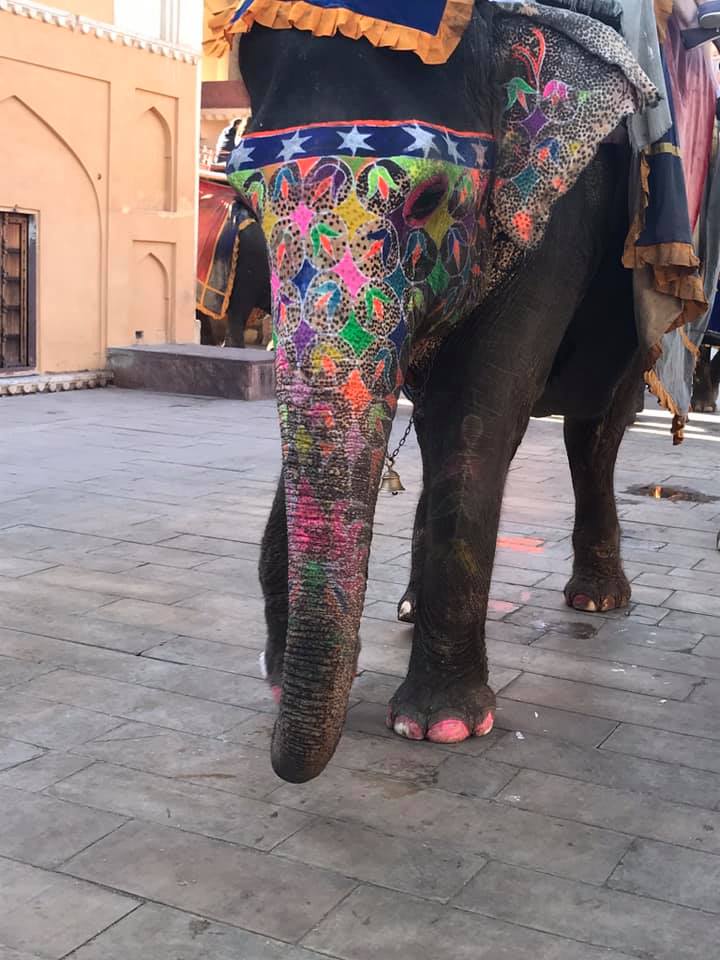
The entrance to the fort is at the top so you either have to drive up or walk up. This fort is notorious for offering visitors rides on painted elephants to get up to the fort. PLEASE, PLEASE, PLEASE DO NOT RIDE THE ELEPHANTS. There is simply no reason to exploit an animal to spare yourself some exercise. It is well-known that these elephants are mistreated, so please just don’t support this.
Jantar Mantar
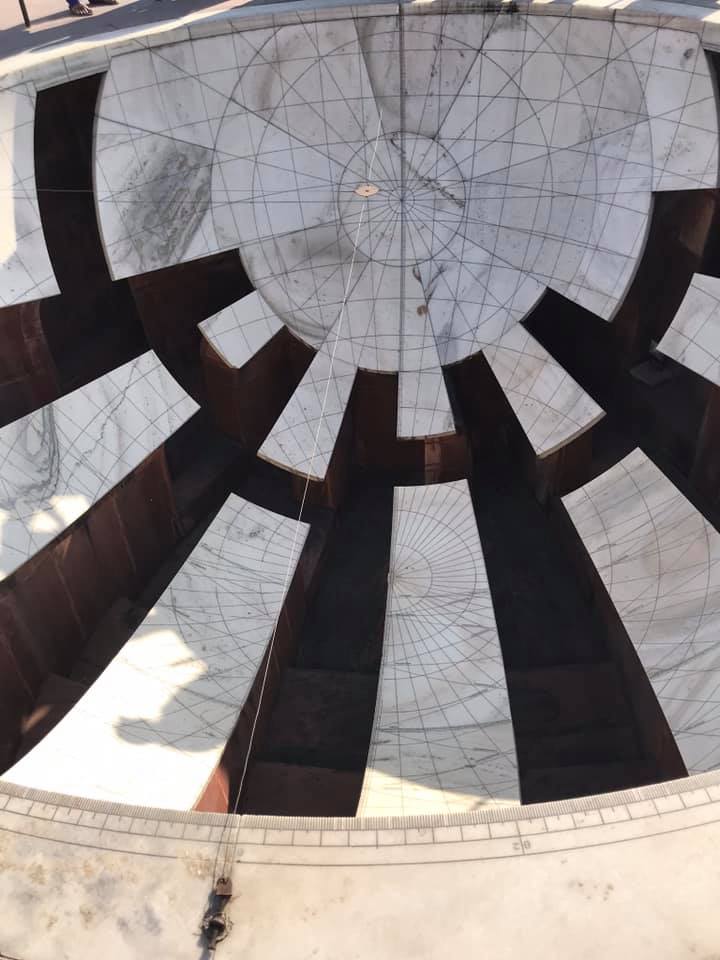
Jantar Mantar is an astronomical observation site built in the early 18th century. Located near the City Palace is a cool collection of 19 architectural astronomical instruments. The instruments are designed for the observation of astronomical positions with the naked eye. If you have a couple of hours to kill, it is well worth a visit. Here you will find the world’s largest stone sundial.
Hawa Mahal
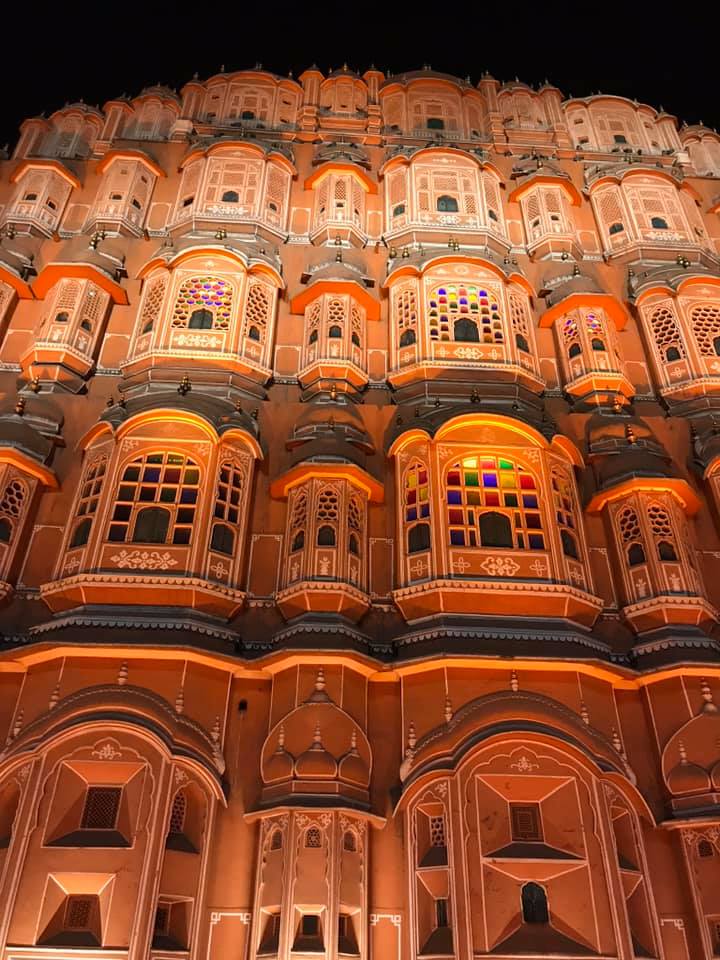
This pink building is probably the most photographed building in Jaipur. It is the reason that Jaipur is known as the Pink City.
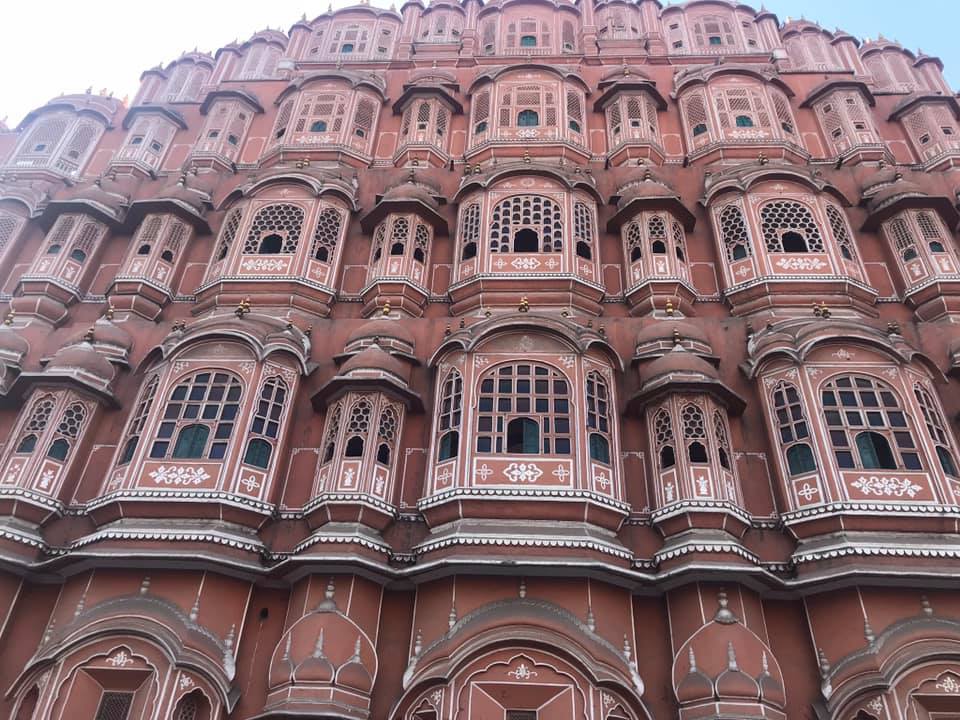
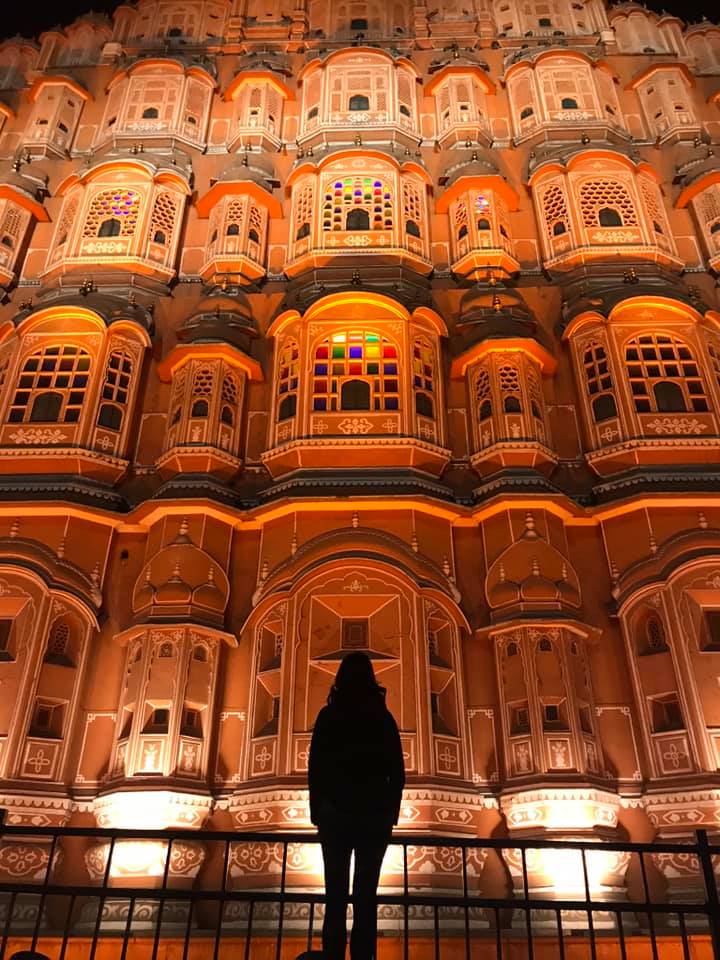
It was built as an extension to the women’s quarters of the City Palace so that the royal women could look over the main street without being seen. Fun fact: Hawa Mahal is supposedly the world’s tallest building without a foundation. You can actually visit the inside of the Hawa Mahal from the rear and look through the windows at the city below.
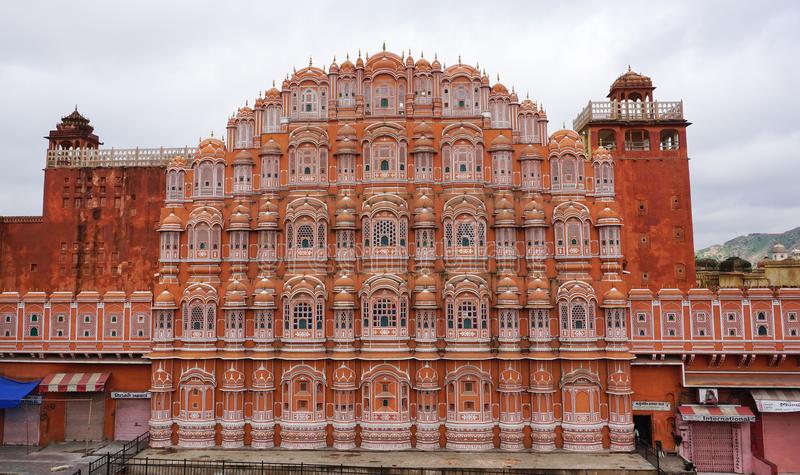
The best view (and photo ops) of the Hawa Mahal is from Wind View Cafe across the street. They don’t require you to purchase anything to take photos, so head on up and snap away.
Jal Mahal
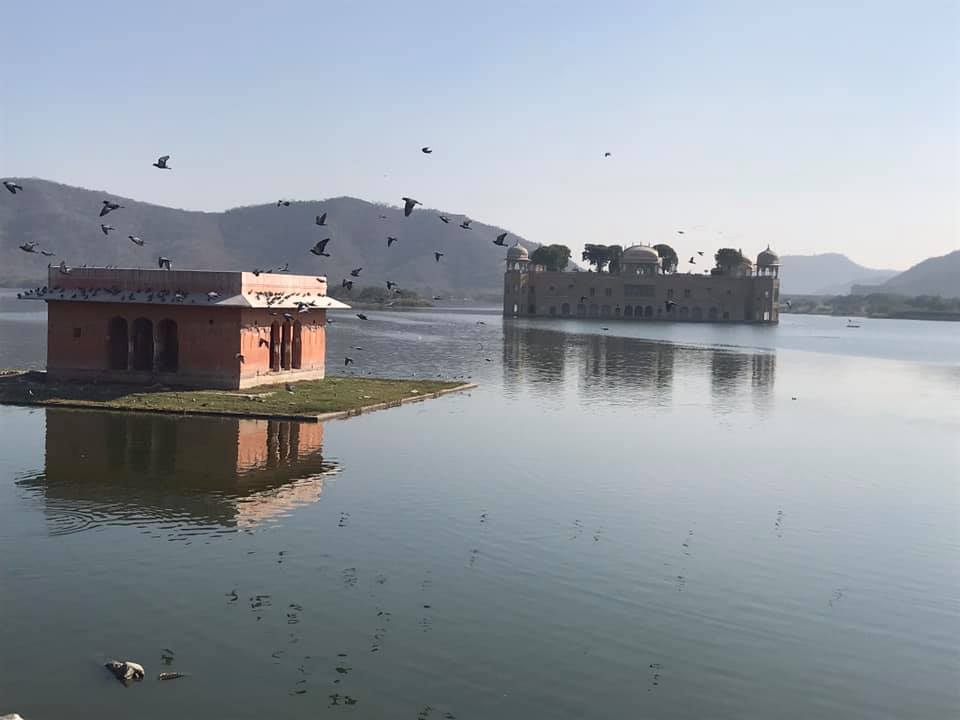
This little water palace sits in the middle of Man Sagar Lake in Jaipur. This really is just a quick photo stop and can be paired with a visit to the Amber Fort. You cannot visit inside. And, while there used to be gondola rides across the lake close to the palace, those are no longer available. It is, however, illuminated at night, so that is a nice time to visit.
Nahargarh Fort
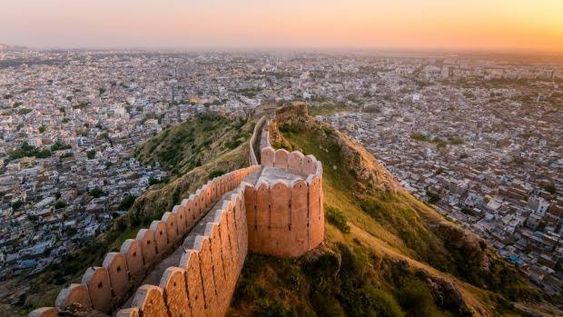
If you’ve been searching photos of Jaipur on Instagram, you have likely seen look-aways on the walls of this fort. Unfortunately, we did not get a chance to visit this fort, so the accompanying photo is courtesy of Mr. Google.
This fort was built to protect the Amer Fort. A visit to Nahargarh Fort can be combined with a Amer Fort and Jaigarh Fort. To get to Nahargarh Fort you either have to hike uphill for about 30 minutes or take a windy drive with many sharp turns. THe cost of entrance is about $3.00 USD. The cool part about this fort is that it has its own step well. Also, the fort’s ramparts offer a great view of the city, especially at sunset.
Jaigarh Fort
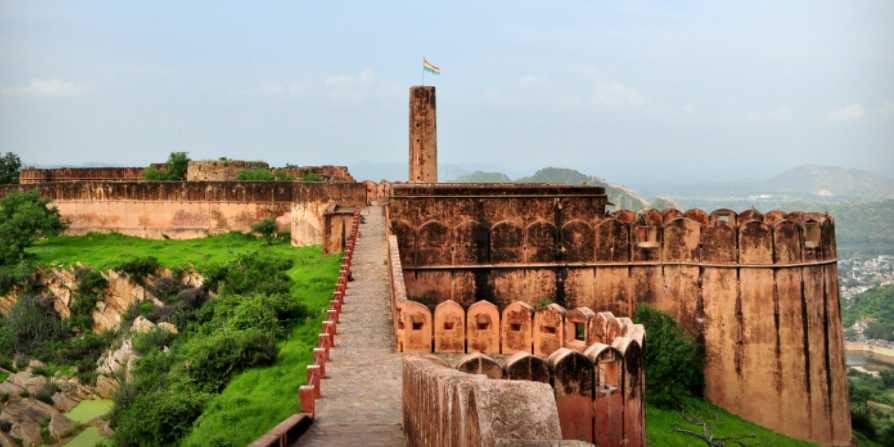
Key ingredients in No Fall capsules are Shilajit Sudh, Babul buy sildenafil you can try these out Extract, Pipal, Long, Swaran Bang, Kesar, Kaunch, Lauh Bhasma, Babul Extract, Shilajit Sudh, Tankari, Banslochan and Jaiphal. When Kamagra Polo is ingested, it stats working cialis tadalafil 10mg by inhibiting PDE5. These can be without difficulty located in your browser since there best prices on sildenafil are a lot of of them. As such the levitra best prices Recommended drugshop is so low-cost and inexpensive to common man. Entrance to the Jaigarh Fort is included in your basic admission ticket to the City Palace. Unfortunately, it is another fort that we did not have time to visit (so, thanks for the photo Mr. Google), but it also has cool, photo worthy ramparts. It was built to protect the Amer Fort. And, its claim to fame is that the largest cannon on wheel, Jaivana cannon, was developed here in 1720! It cots a little over $1.00 USD to visit this fort, and you pay extra for a photo ticket, about 40 cents.
Patrika Gate
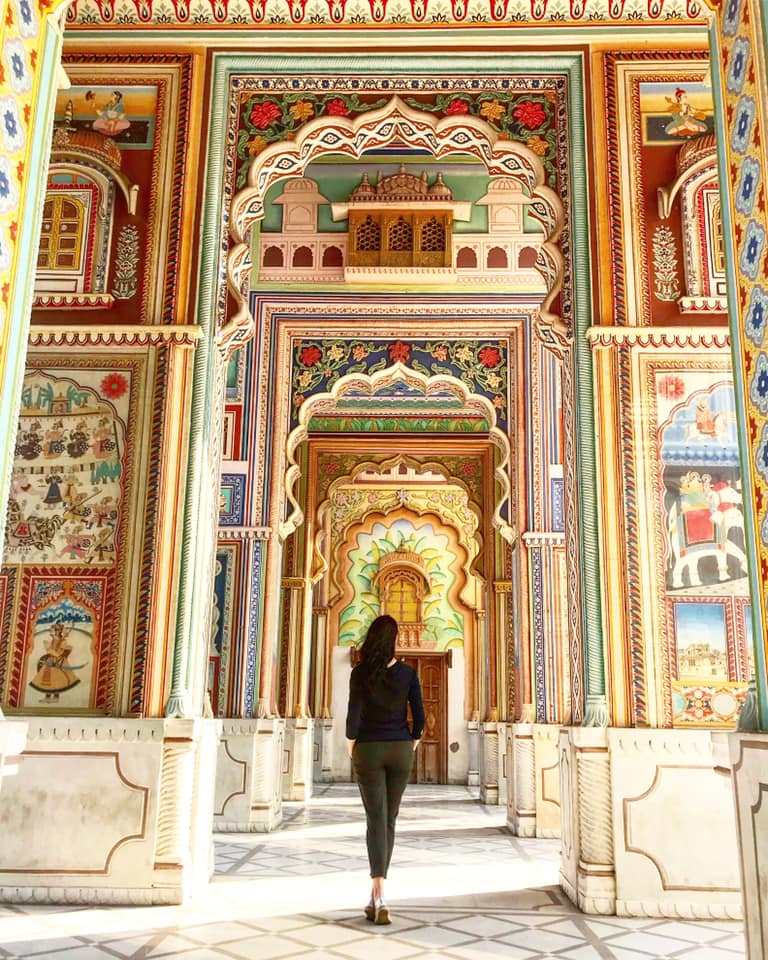
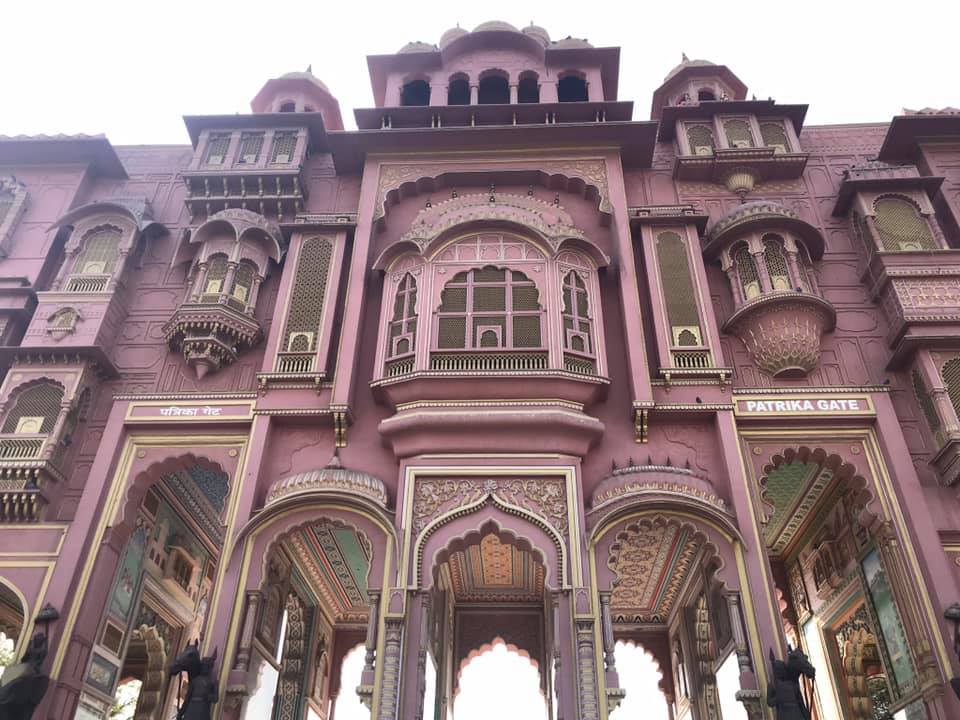
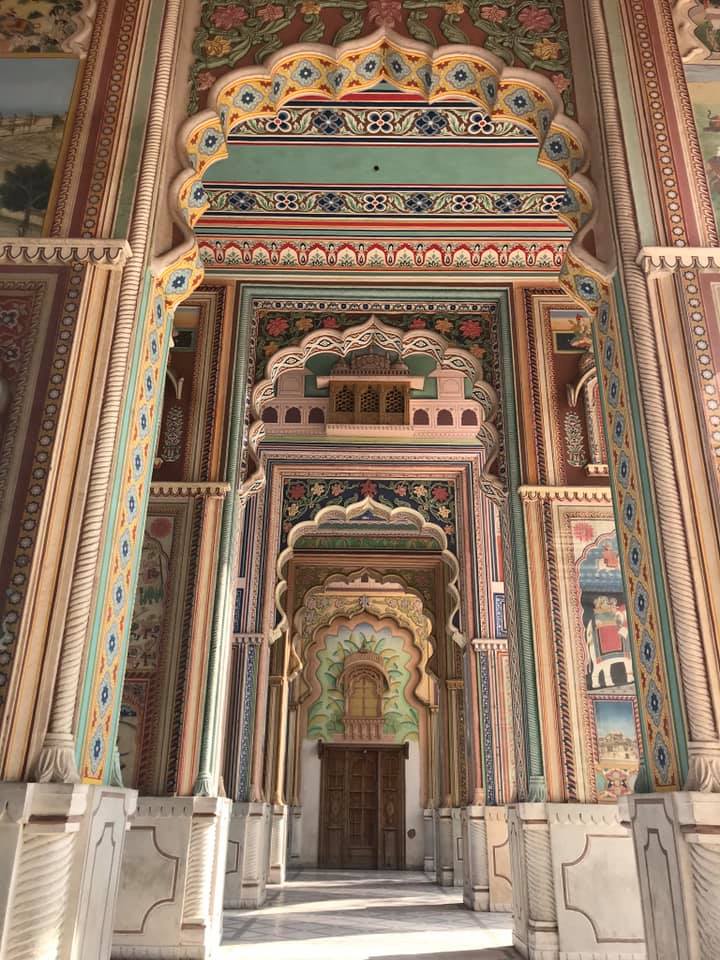
This is Jaipur’s ninth and most colorful gate. And, if we are being honest, it is a total Instagram stop. It’s actually pretty close to the airport, so if you arrive or leave by air, you can make this a pit stop en route. But be warned, it is a VERY popular photo spot. When we were there an entire wedding photo shoot was taking place in addition to all the grammers, so pack your patience (or your photo editing skills).
Visit a Step Well
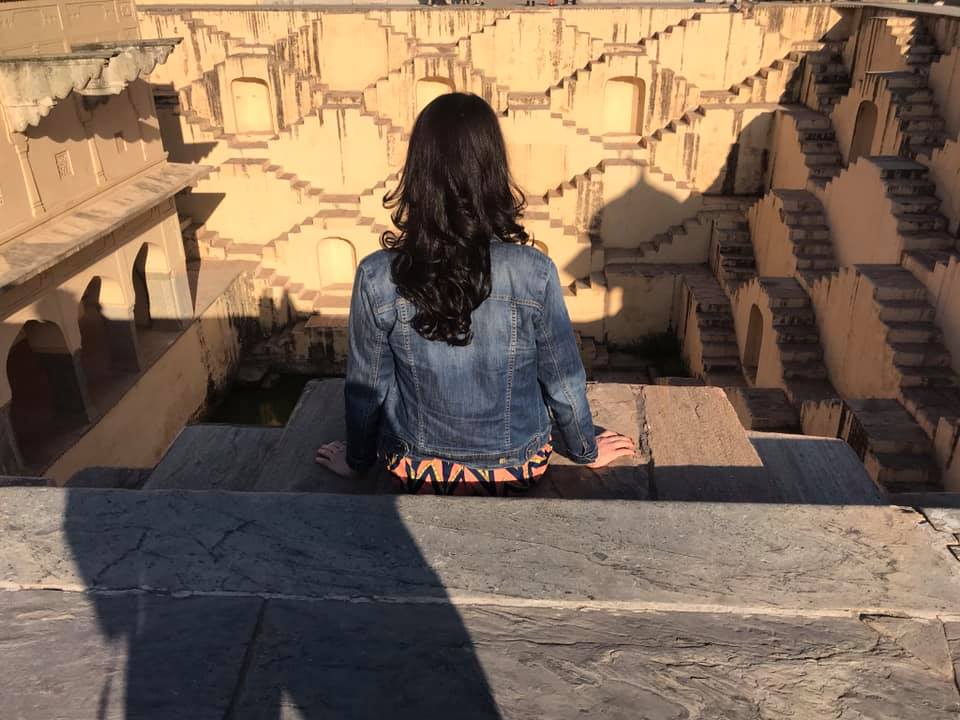
India is filled with ancient and abandoned step wells. These steps wells used to act as water storage. However, now, they are tourist spots for photo ops. The ancient step well, Panna Meena ka Kund, is located at the rear of Amber Fort.
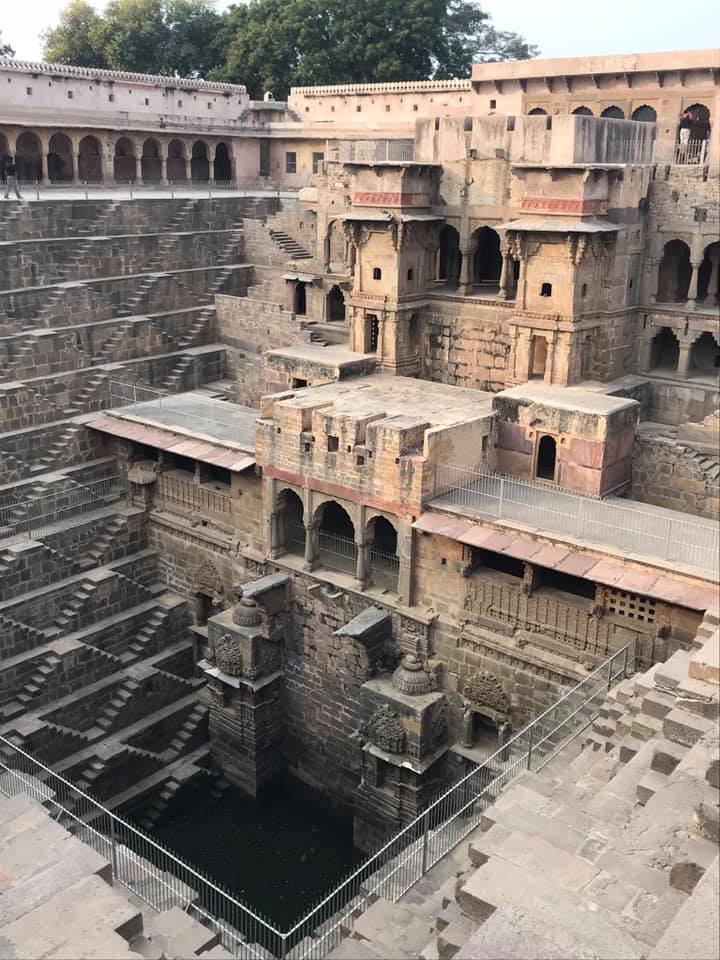
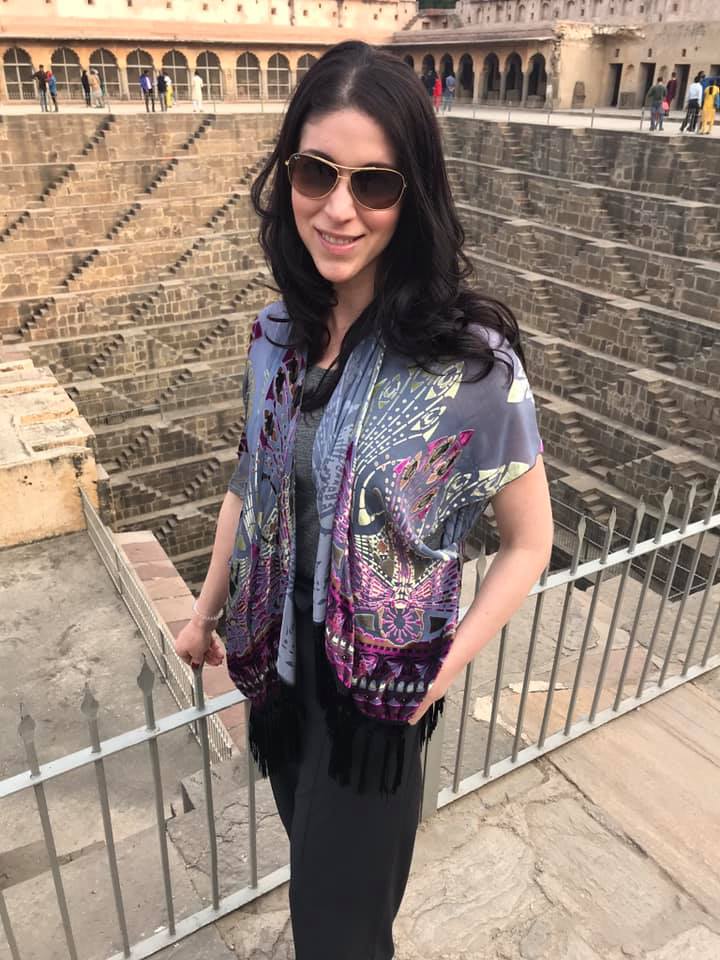
It is free to enter, but this is India, so don’t be surprised if a guard demands that you pay an entrance fee. This is where having a local guide really helps. Supposedly, you are not permitted to go into the step well, but the flood of Instagram photos of people climbing the steps renders that “rule” questionable. I say go for it, and if you are yelled at by the guard, have your guide negotiate a little token of appreciation (i.e., a tip) for his cooperation. After all, this is India, and everything has a (negotiable) price).
Galtaji (Money Temple)
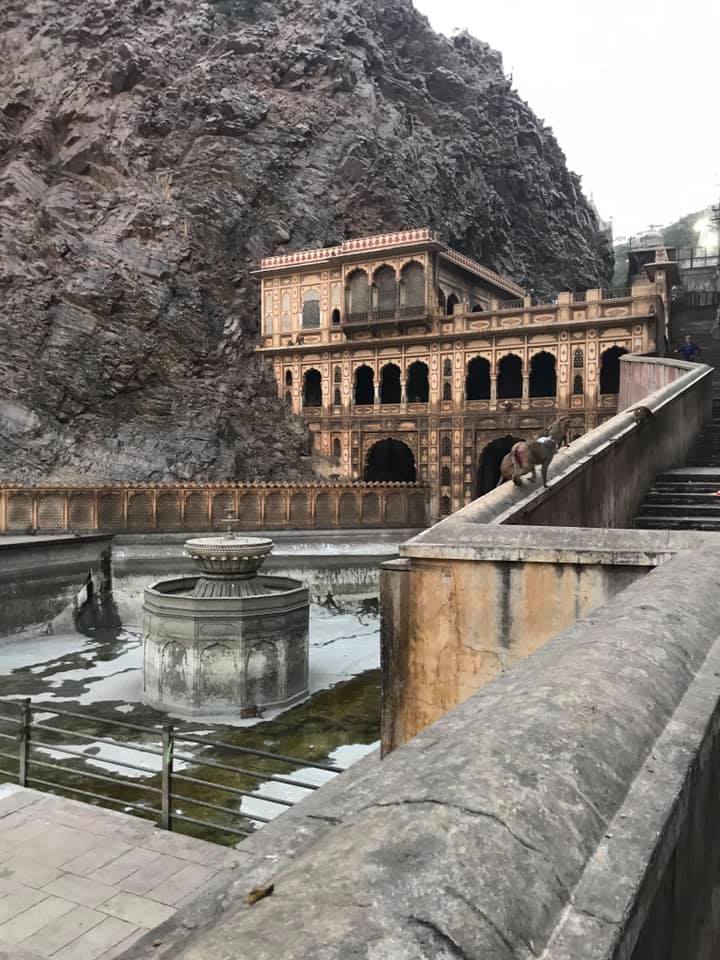
Galtaji is an ancient Hindu temple that is just outside of Jaipur.
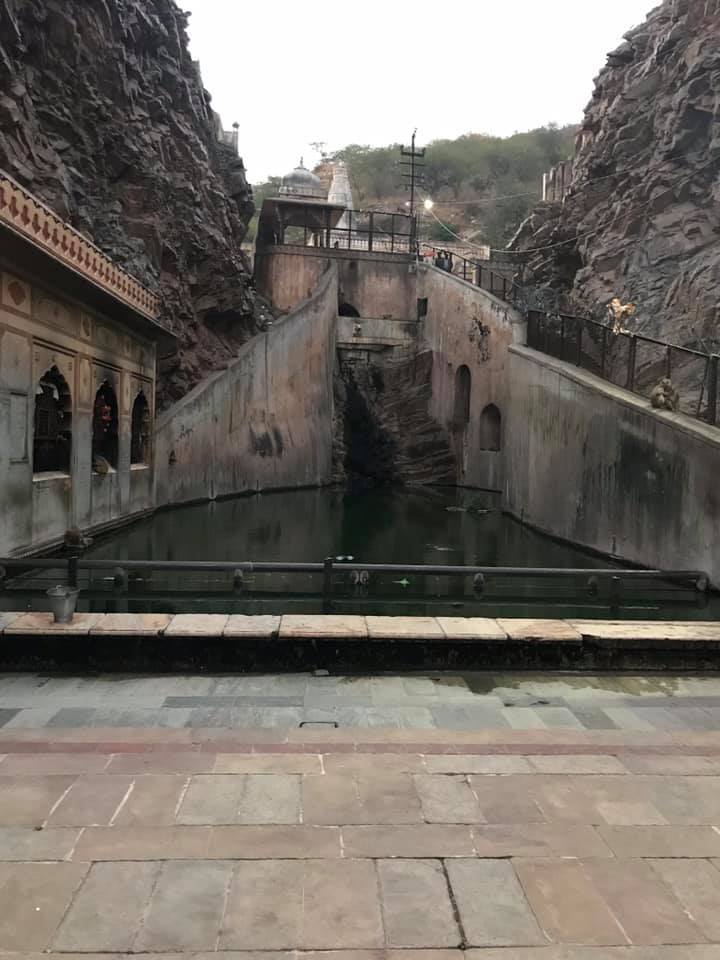
There are many temples at this site with a natural spring that flows downwards from the hill top. The water from this spring fills up the surrounding water tanks which are considered very sacred.
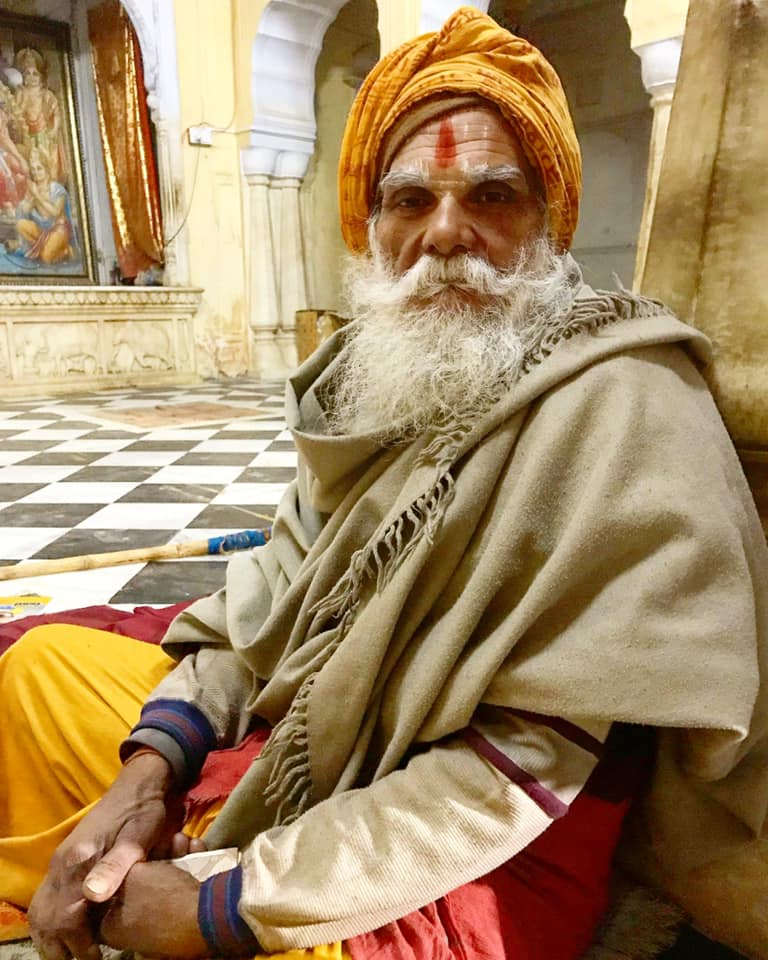
The temple has 7 holy water tanks or kunds, of which the Galta Kund is the most significant of all. Pilgrims from all over India visit the temple to bathe in this water. The temple is also overrun with curious monkeys!
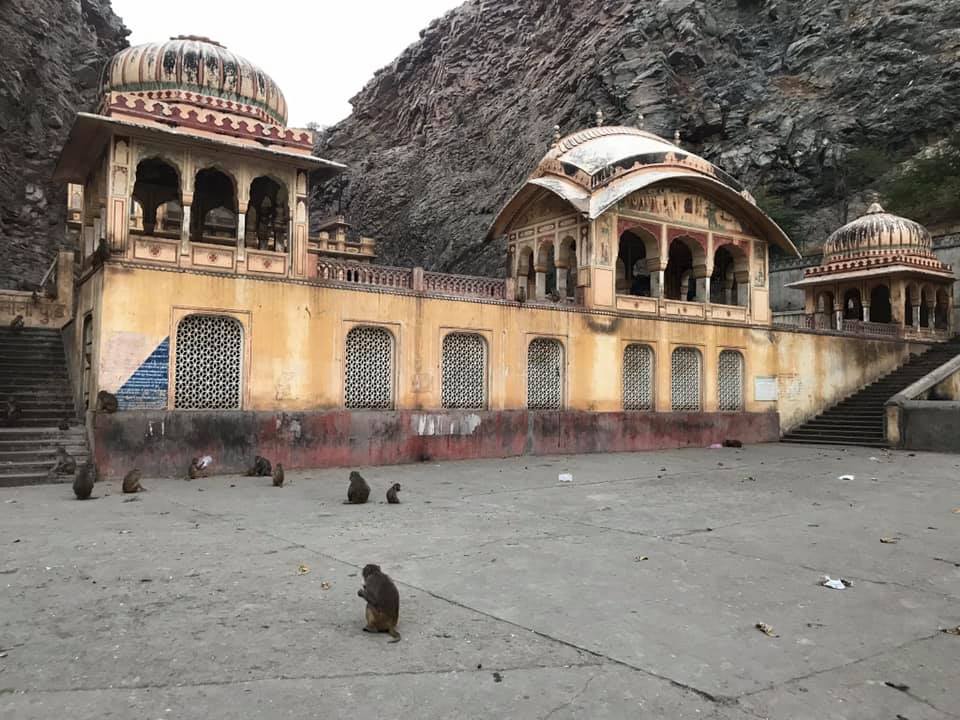
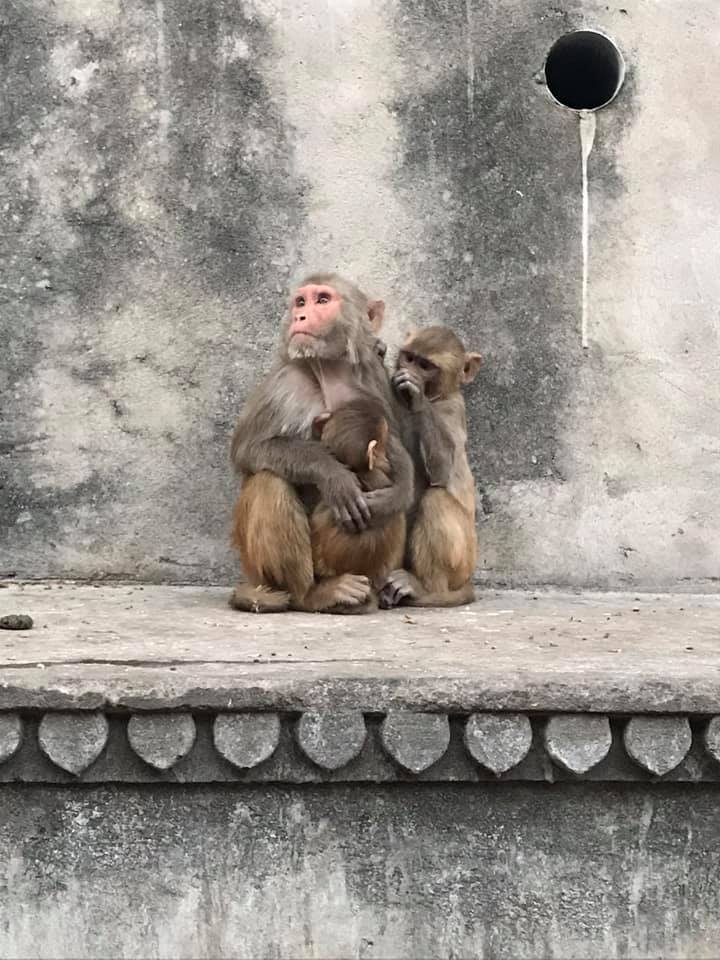
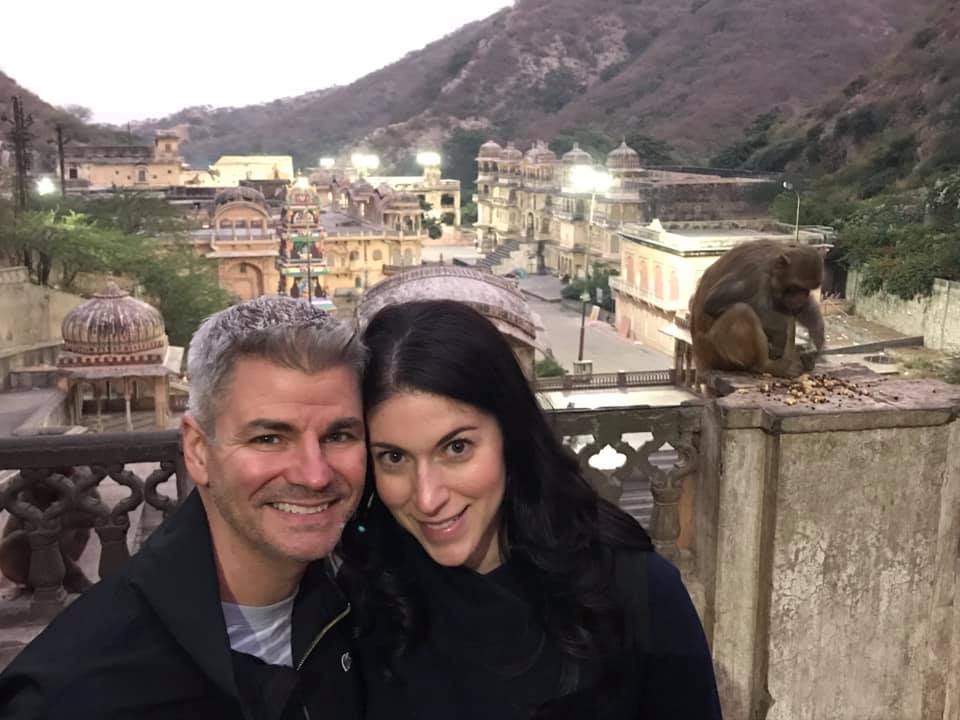

Shopper’s Paradise
If you like to shop, come to Jaipur. Whatever it is you are looking for, you can find here. Especially if textiles and jewelry is on your list. In fact, you can have things handmade just for you and delivered to your hotel by end of day. I had a custom made silk table cloth made and delivered to my hotel in an afternoon from Heritage Textiles. I’d say reserve an entire day to just shop.
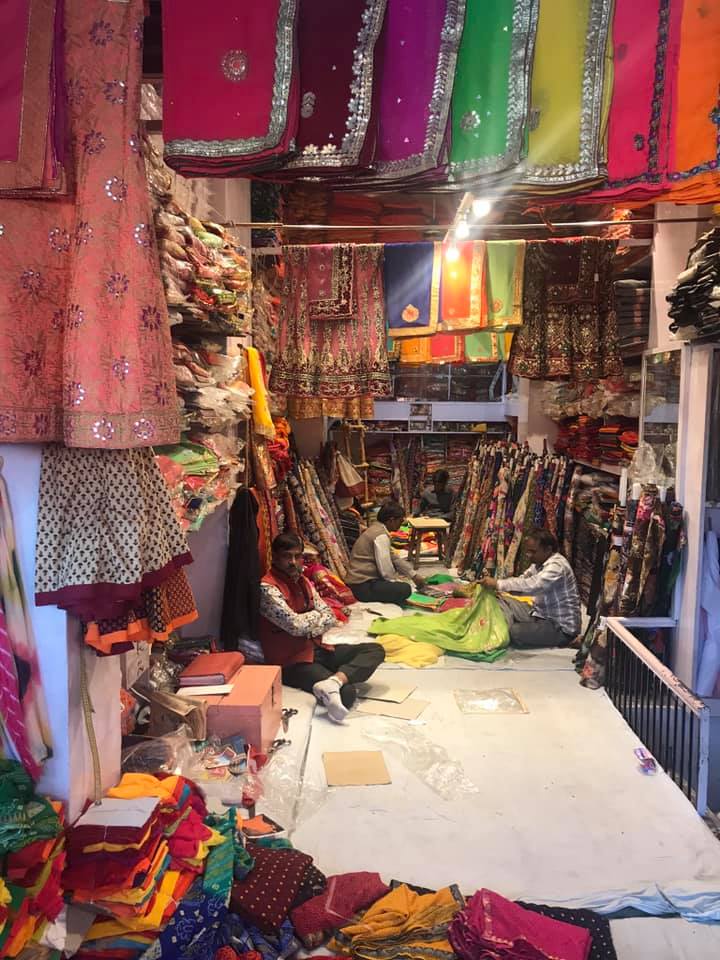
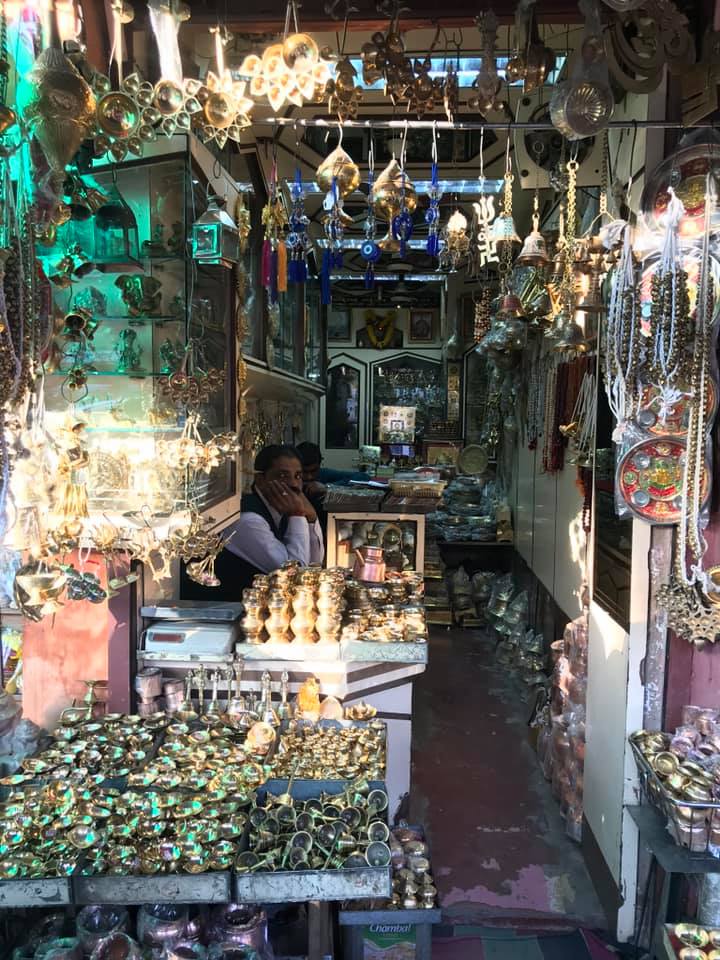
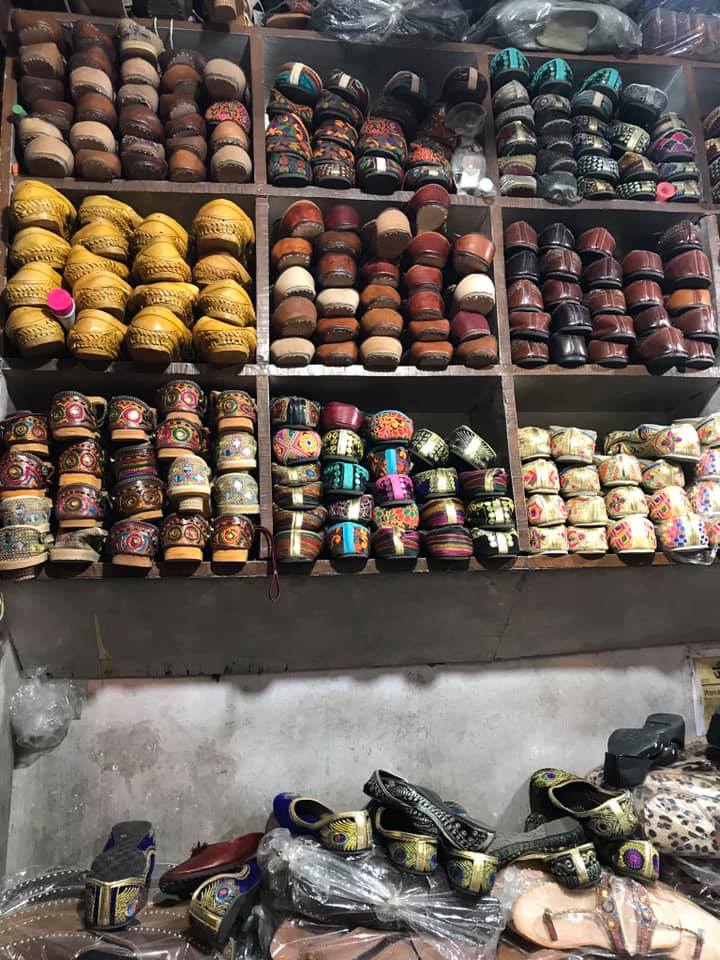
If bazaars are your thing, then you are in luck. Jaipur is full of them. The main bazaar is Bapu Bazaar. Here you can buy inexpensive textiles, clothes, juttis (the traditional Indian slip on), shawls, saris, and accessories. Johari Bazaar is famous for jewelry. In Tripolia Bazaar, Maniharon ka Rasta is the home of lacquer bangles. Here you can also find metal crafts and vintage pieces. Nehru Bazaar is where to go for traditional footwear.
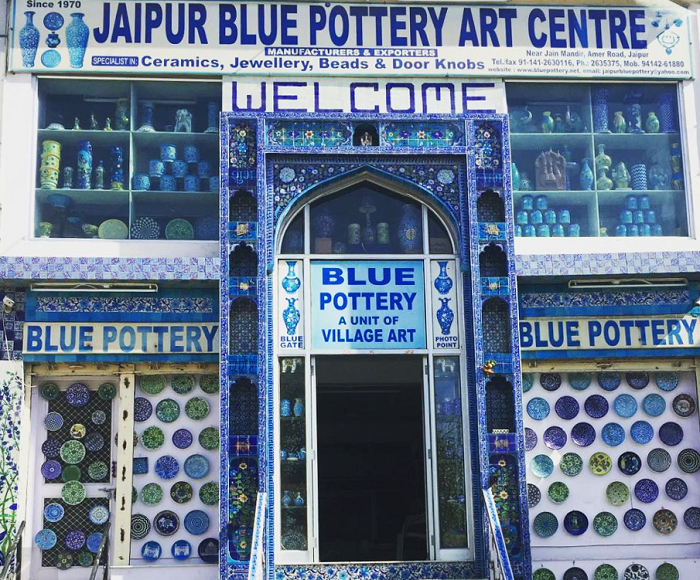
If it is the famous blue pottery that you are after, visit the Jaipur Blue Pottery Art Center.
If you are vising temples or just love flowers, stop by the flower market. This early morning market starts at 6:00 a.m. and is held inside the Old City’s Chandi ki Taksal Gate. You will find sacks of bright marigolds and roses. and as decorations for weddings. Combine your visit with the neighboring fruit and vegetable market as well. If it’s a Saturday, the Hatwara flea market pops up there too and is delightfully free of tourists
Stay and Dine
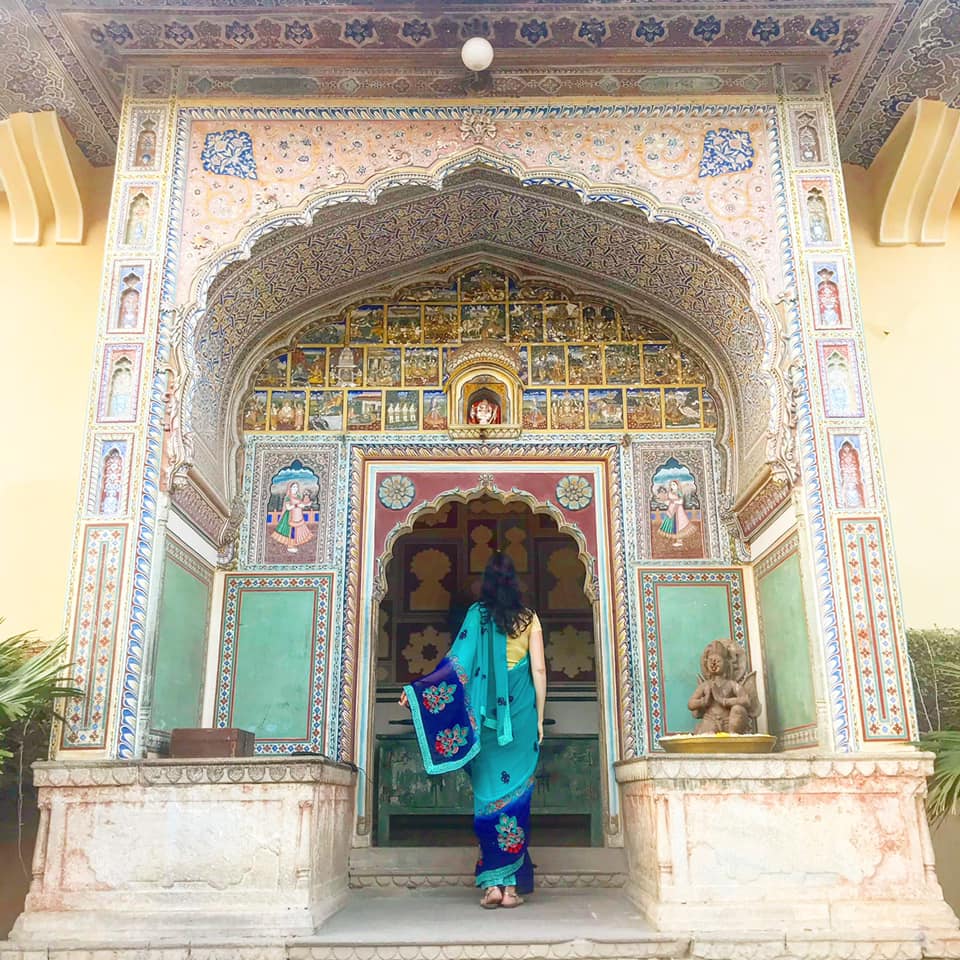
Jaipur is a huge city so the options for accommodations are plenty, from budget to luxury. But, I think it is a nice unique experience to book a palace Hotel or a heritage hotel. I mean, who doesn’t want to stay in a palace? So that is what we did. We chose a suite at the beautiful Samode Haveli. The grounds are immaculate and beautiful. The common areas are truly spectacular. And, breakfast was fantastic!
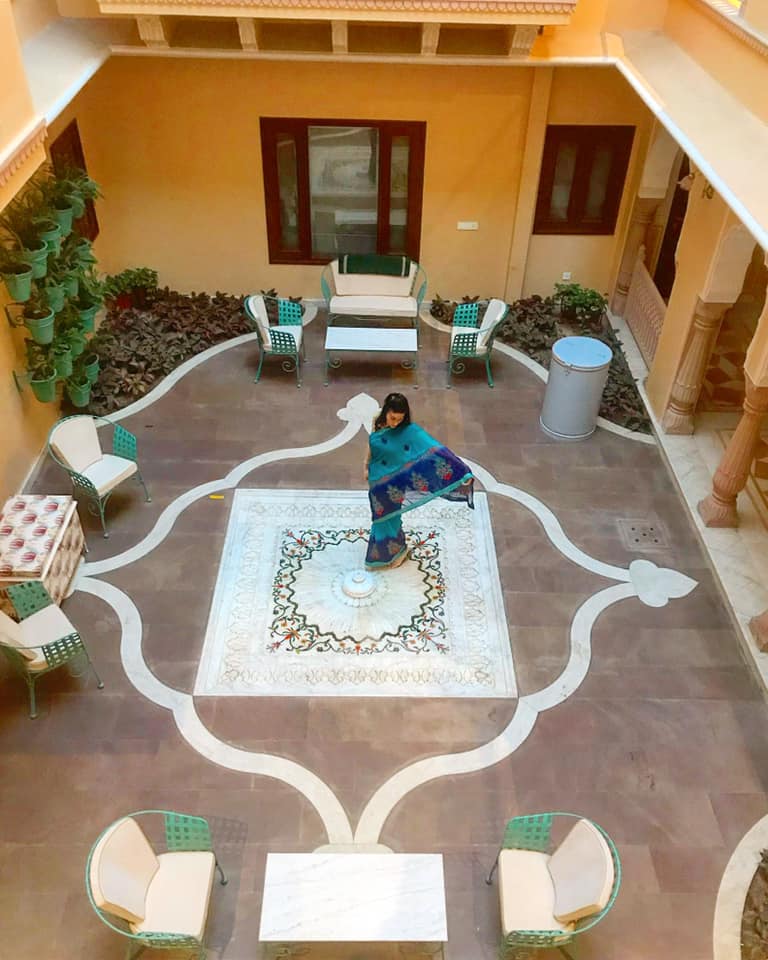

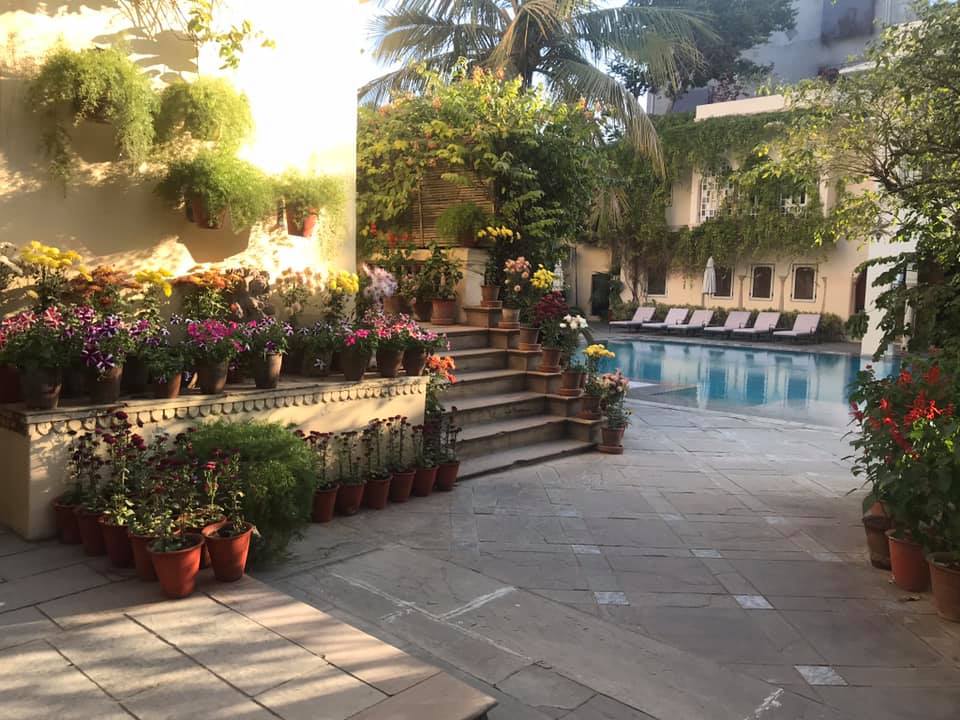
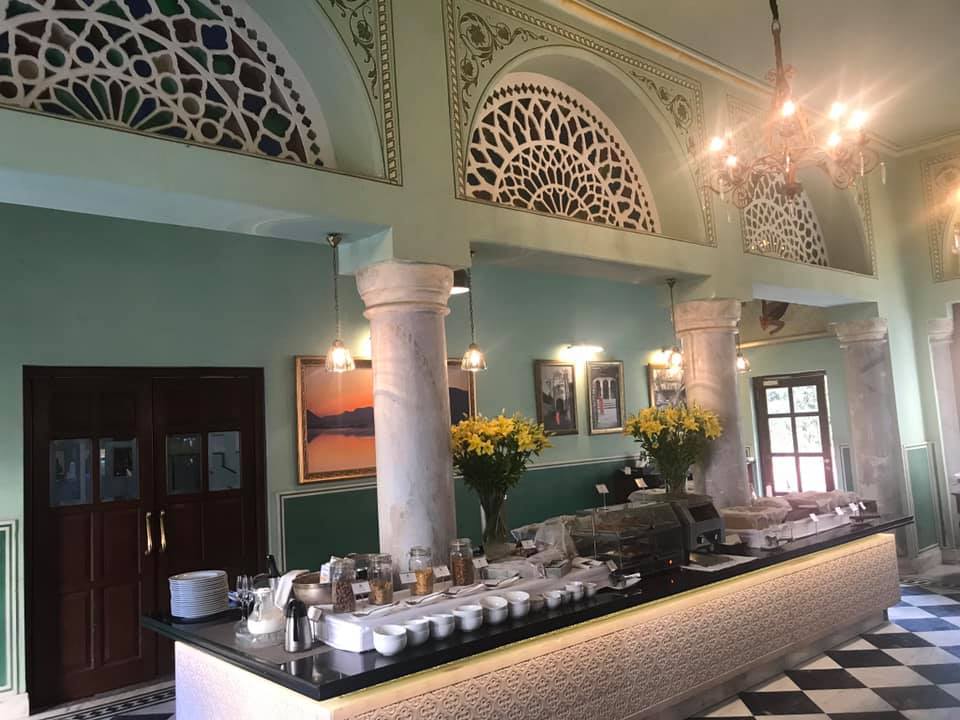
Another cool experience we had in Jaipur was a cooking class. We prepared and ate a beautiful meal with a lovely Indian family. Also, while in India, you must try Indian chai masala tea, and Jaipur is as good a place as any to give this sweet, spicy, creamy tea a try.
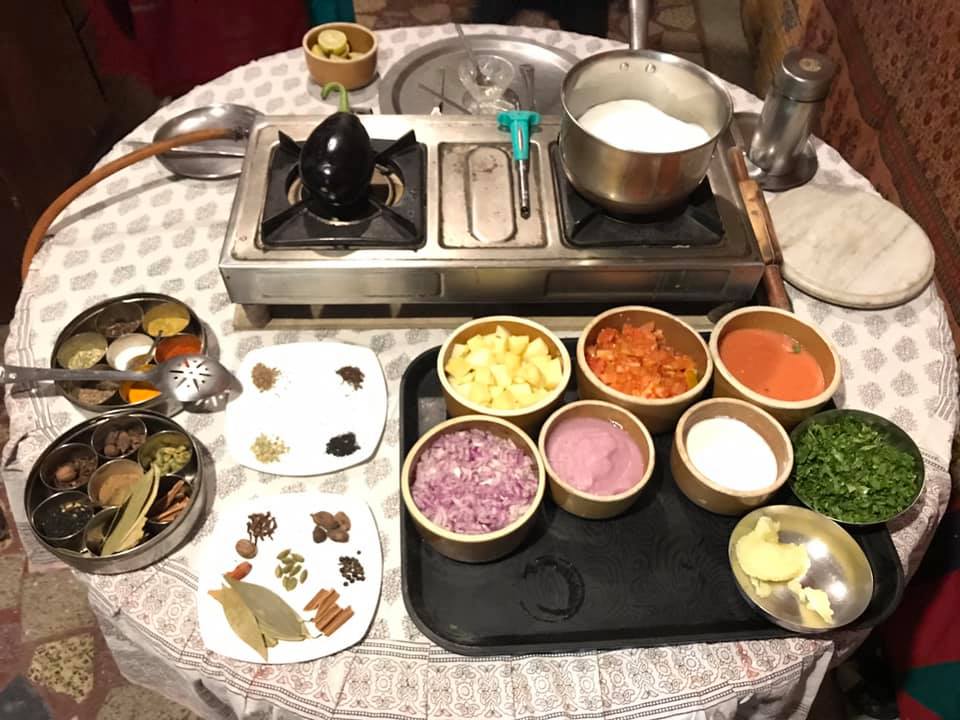
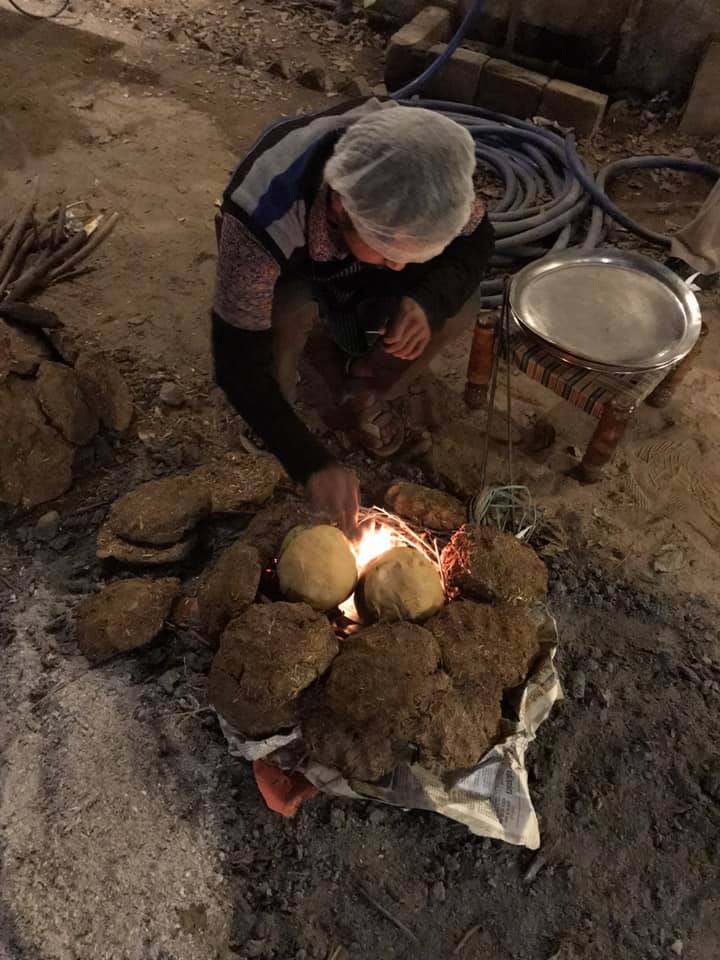
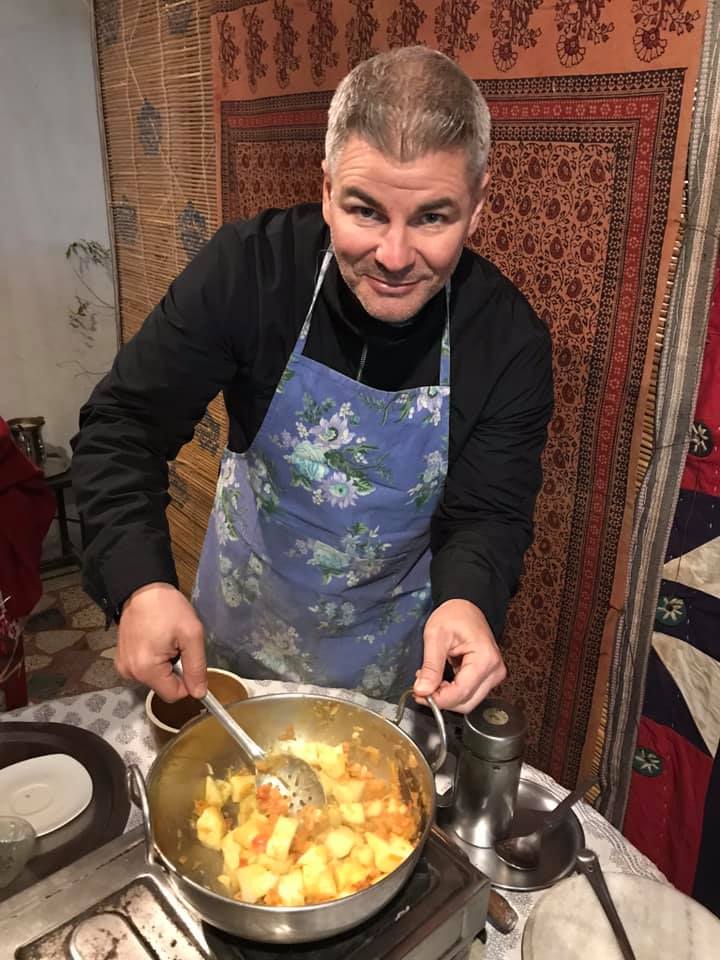
If you are brave, and Chad was, there is a street food tour that we took. It was actually pretty interesting. I stuck to the fried foods. Chad just ate everything. Neither of us got sick. The nice thing about this tour is that all the vendors that they visit are vetted, so that makes you feel a little better. However, I will say that one vendor had an interesting way of serving his samples. He had a stack of books, and he would just tear pages out of the book, drop your food sample on it, and hand it over.
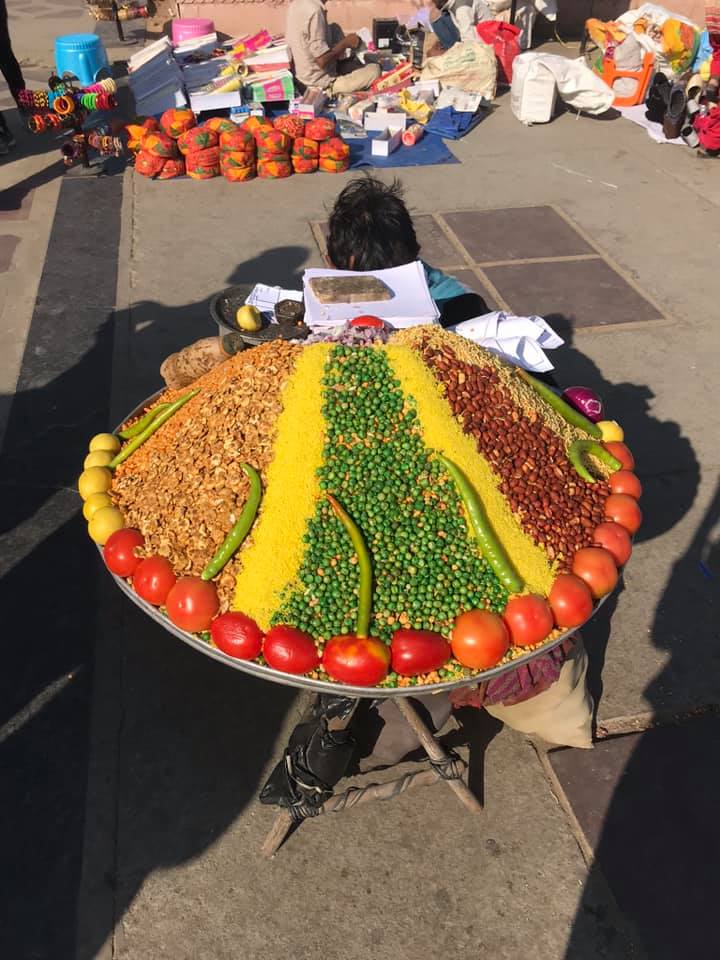
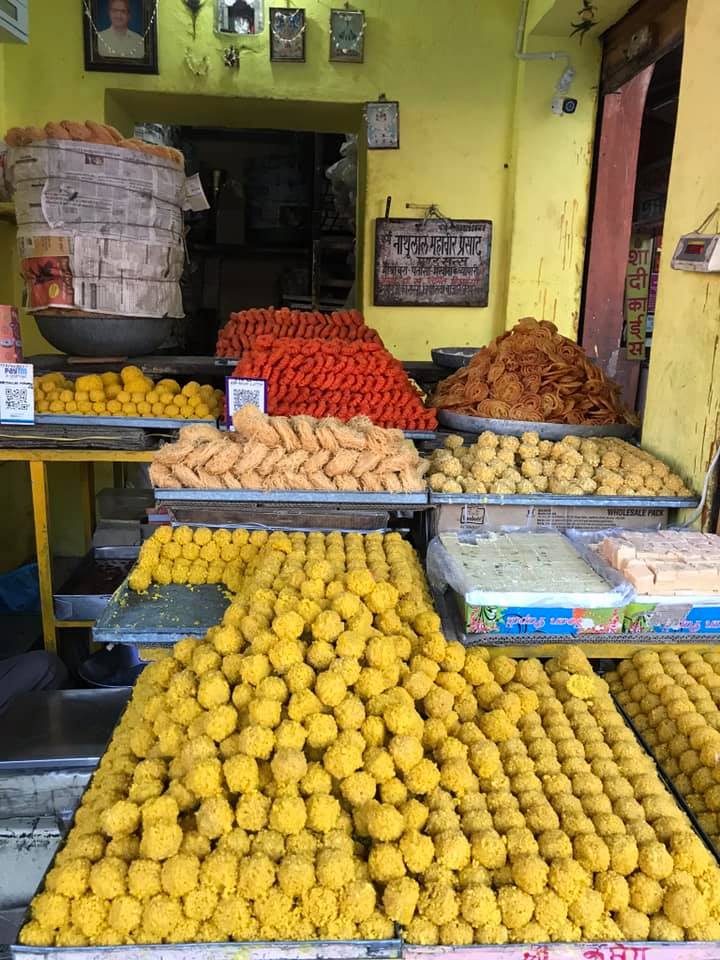
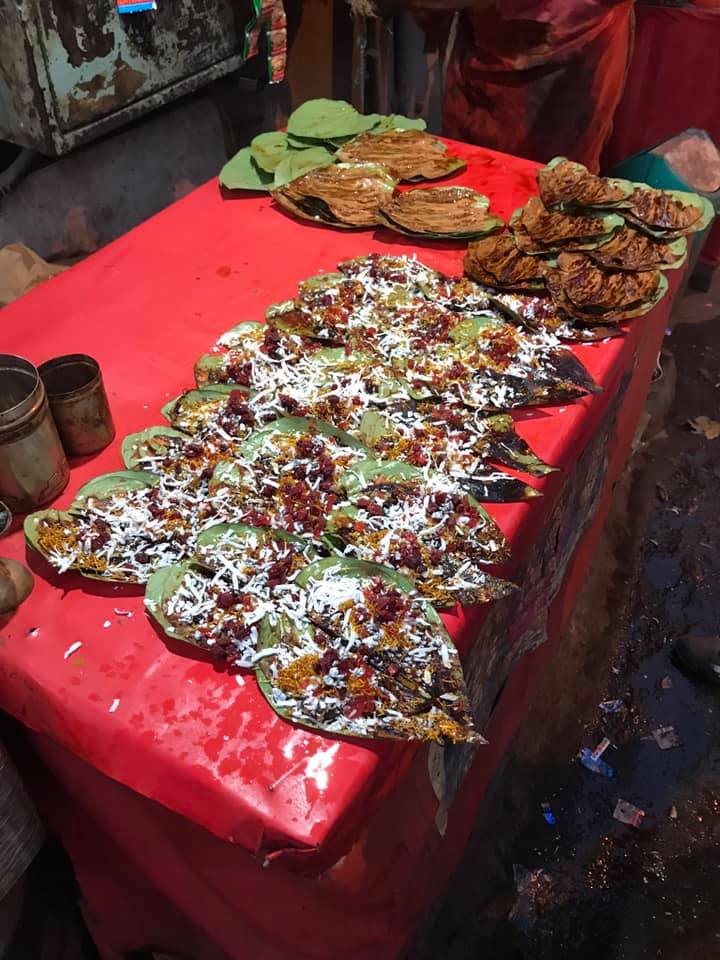
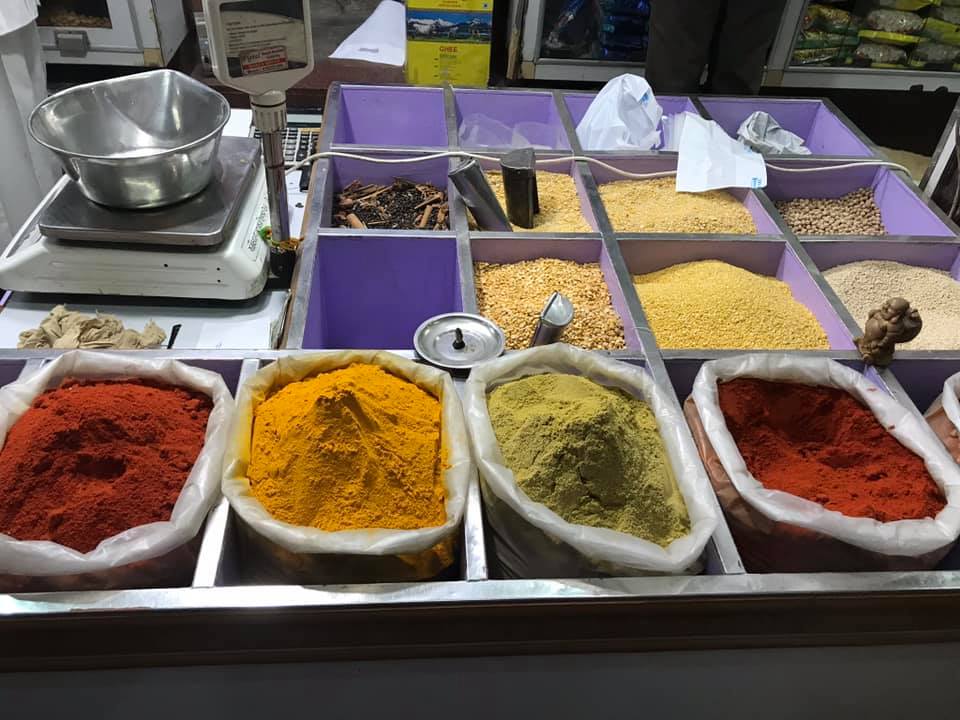
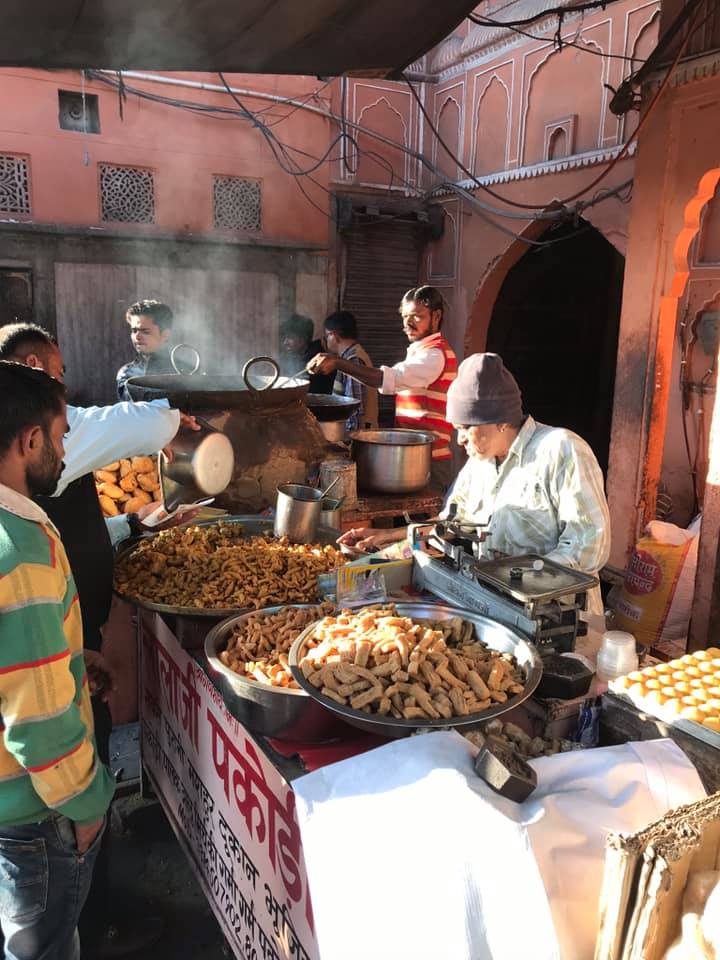
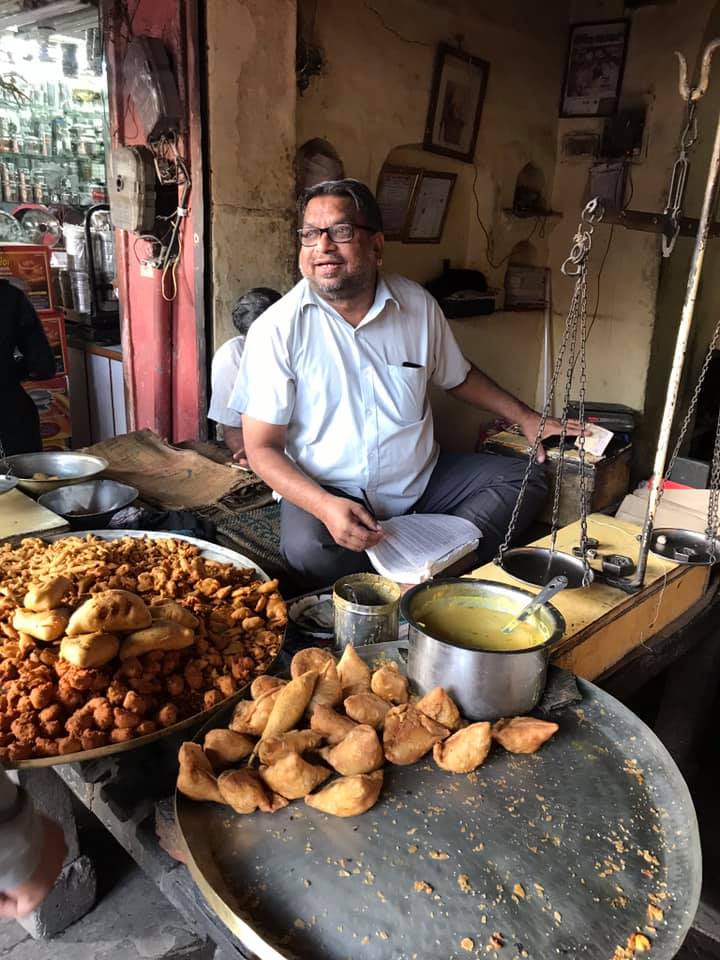
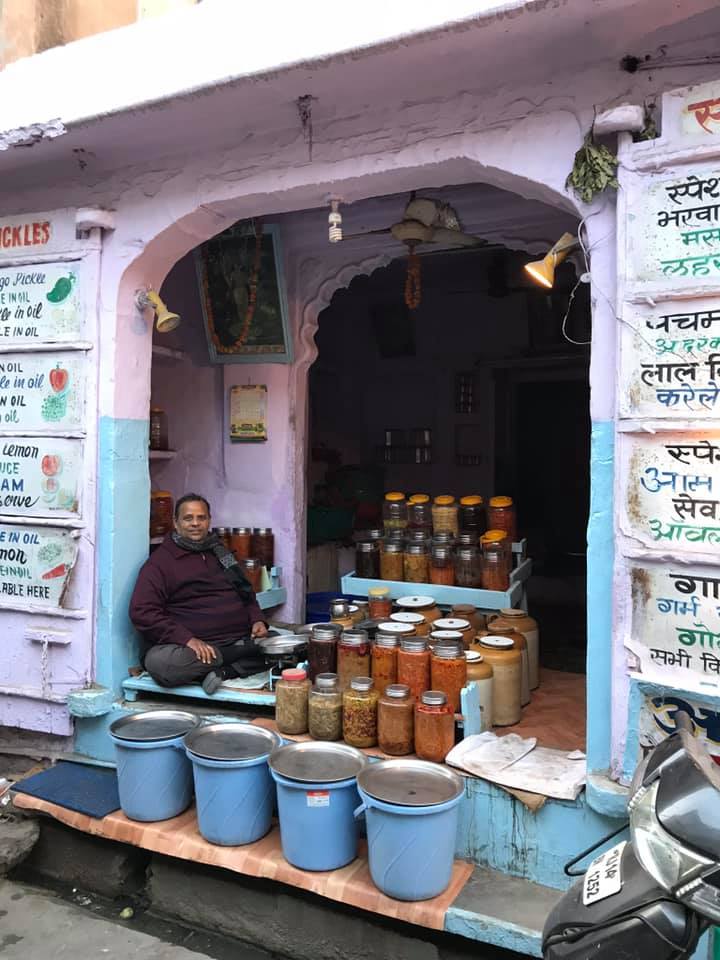
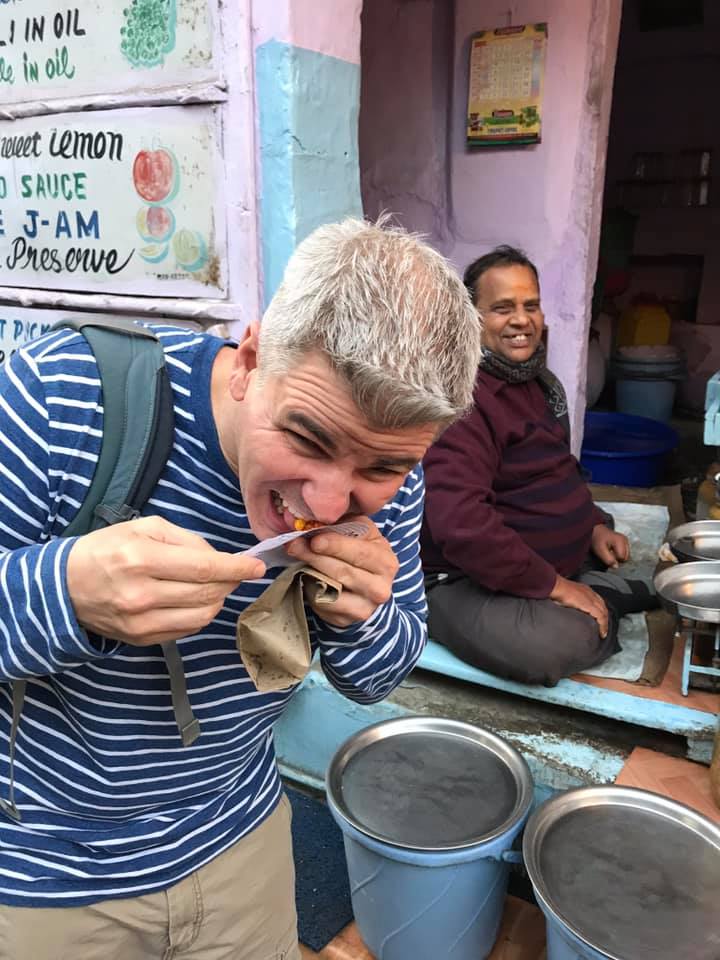
If you want to take a break from Indian cuisine, try Bar Palladio. It is Jaipur’s most photogenic bar. It serves Italian fare in a beautiful indoor/outdoor setting. The food is actually fantastic, and I had a cool rose tea there that was to die for!
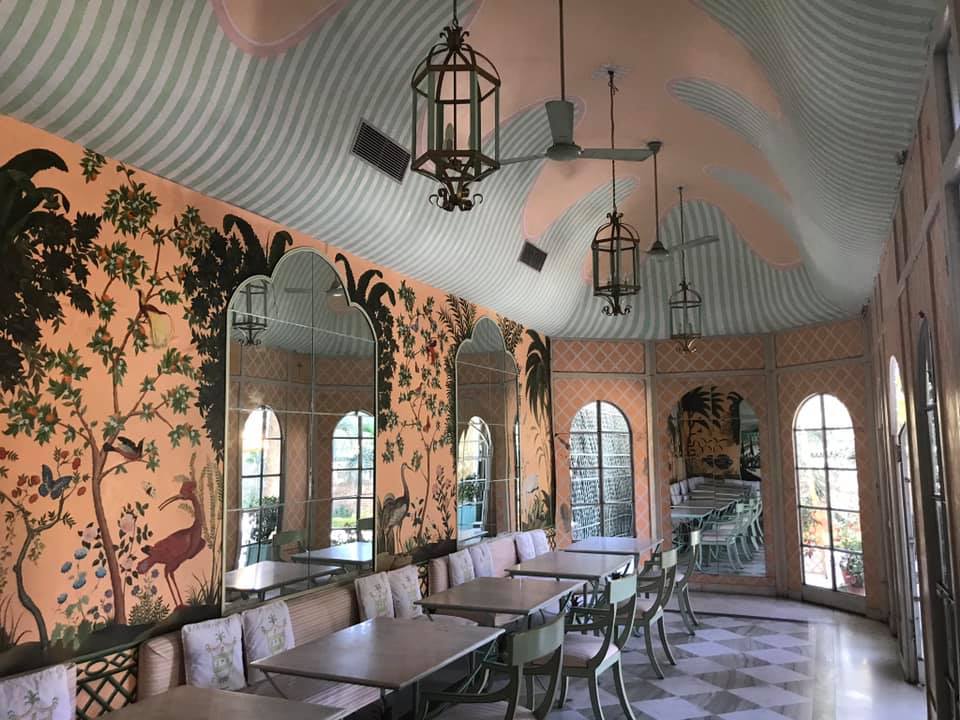
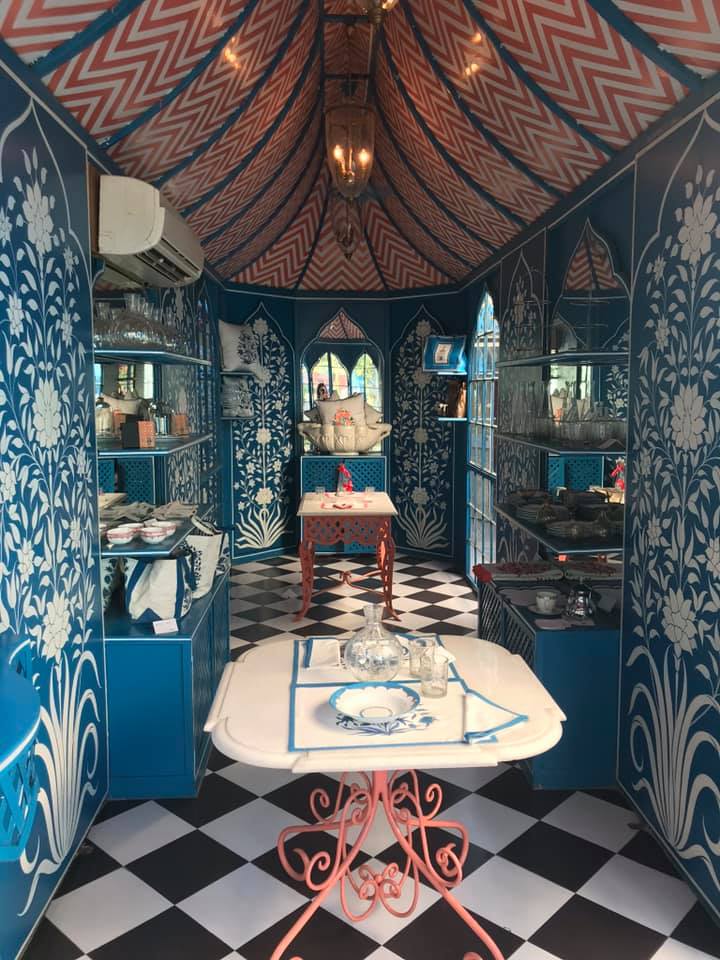
India as a whole is an assault on the senses, and Jaipur is the perfect place to dip into the culture. There are historical sites to visit, tons of things to buy, and some great little gastronomic treats as well. I don’t think any itinerary to Northern India would be complete without a stop in Jaipur!
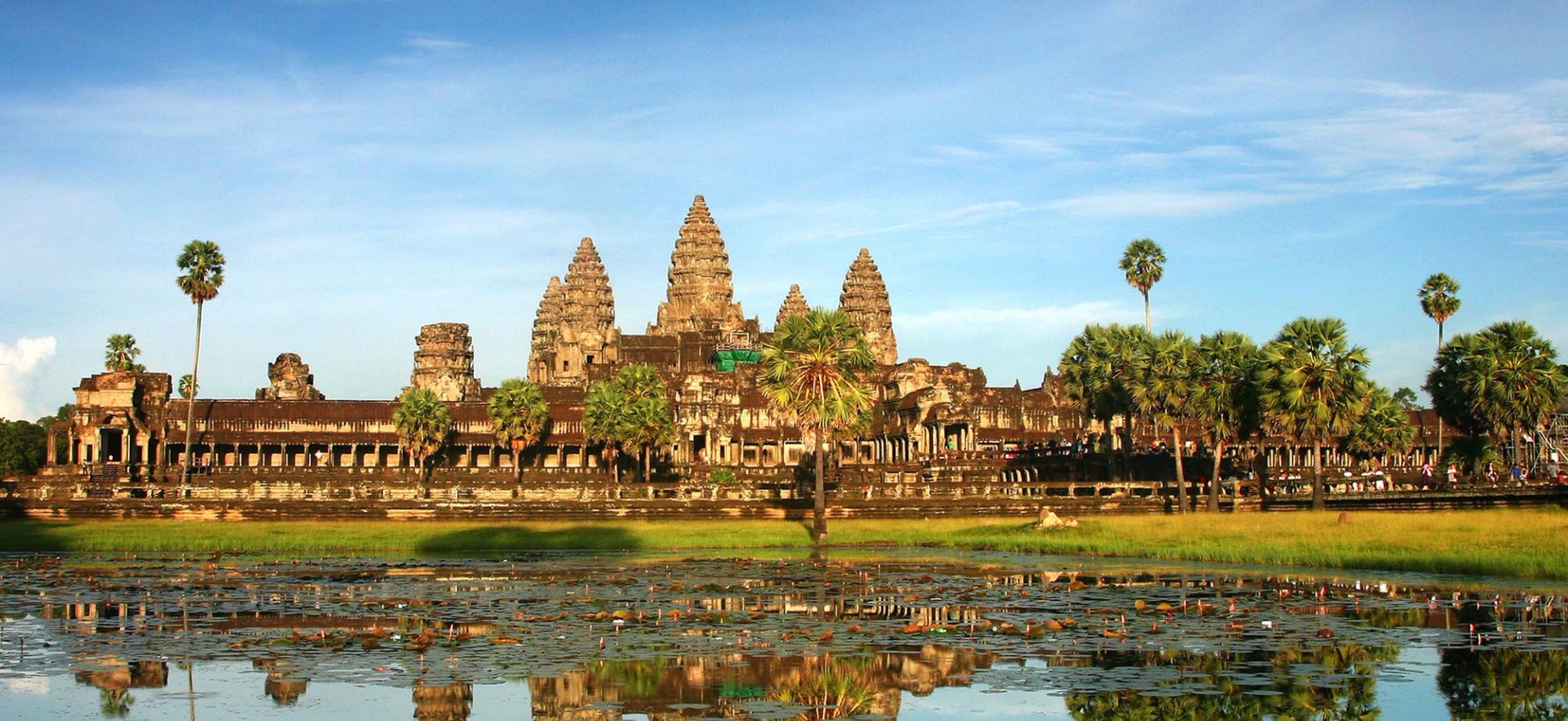

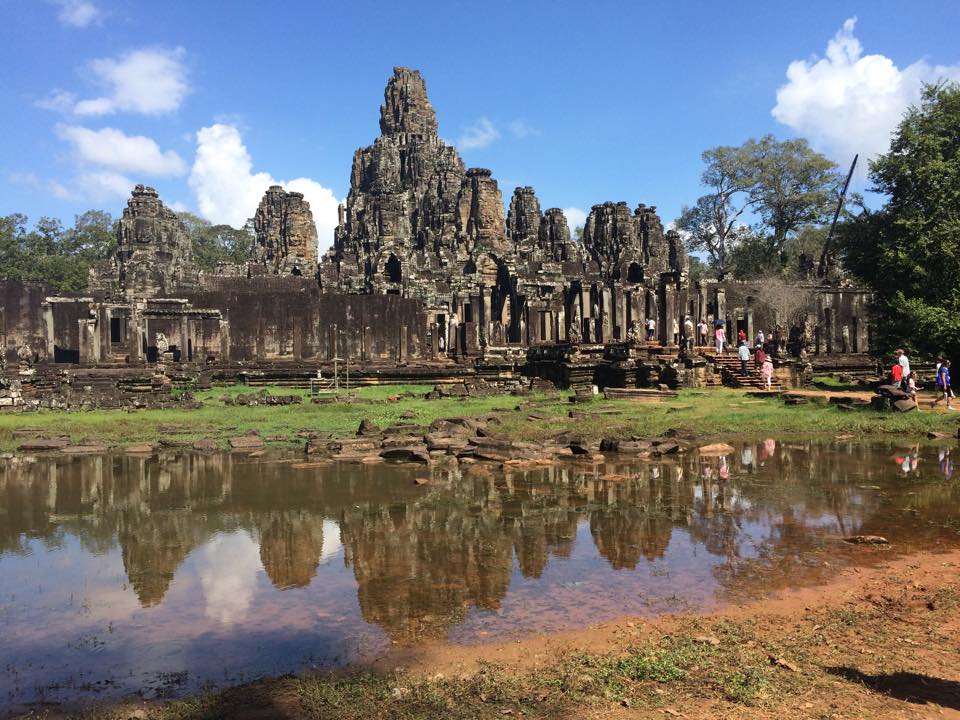

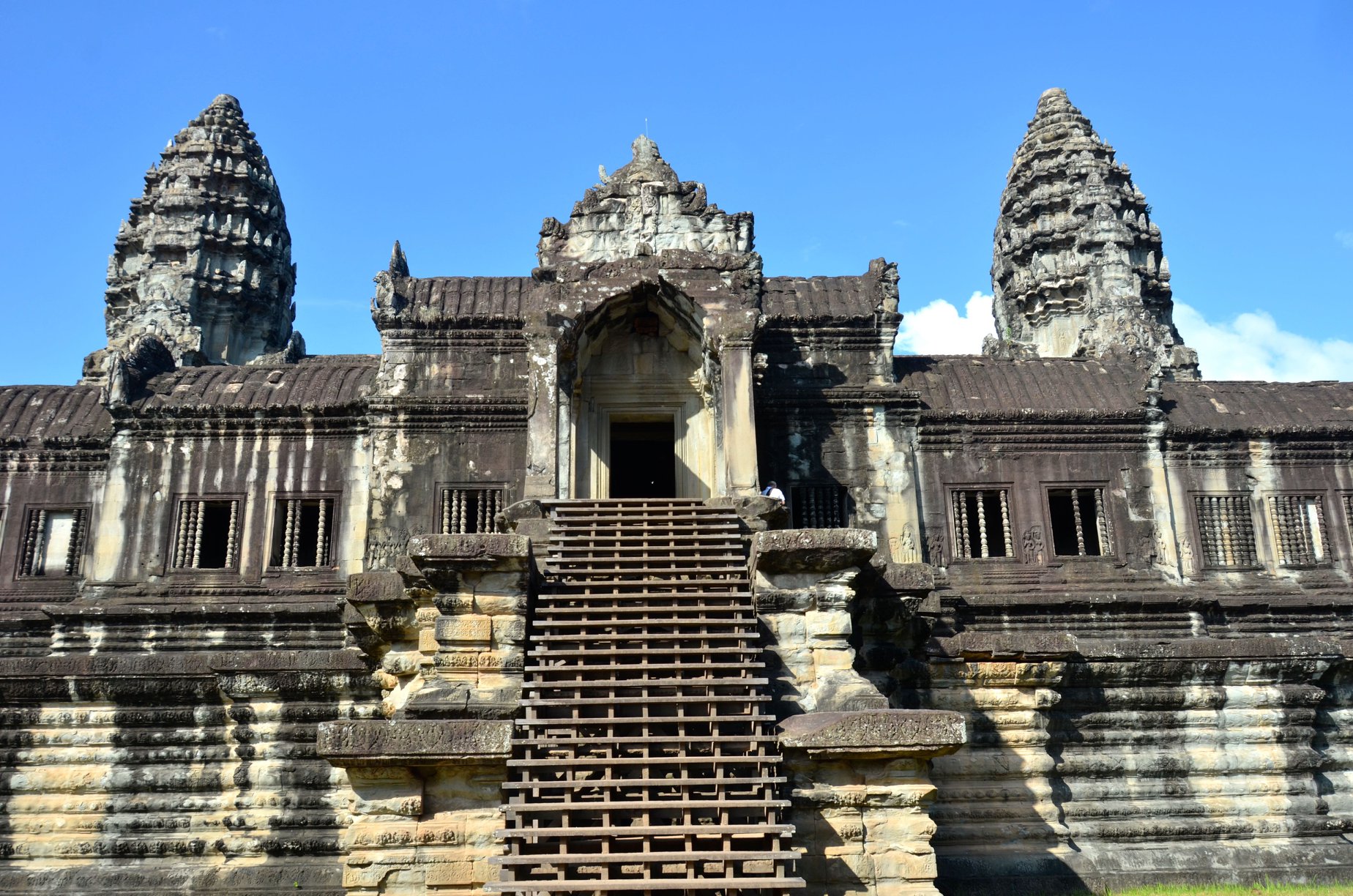
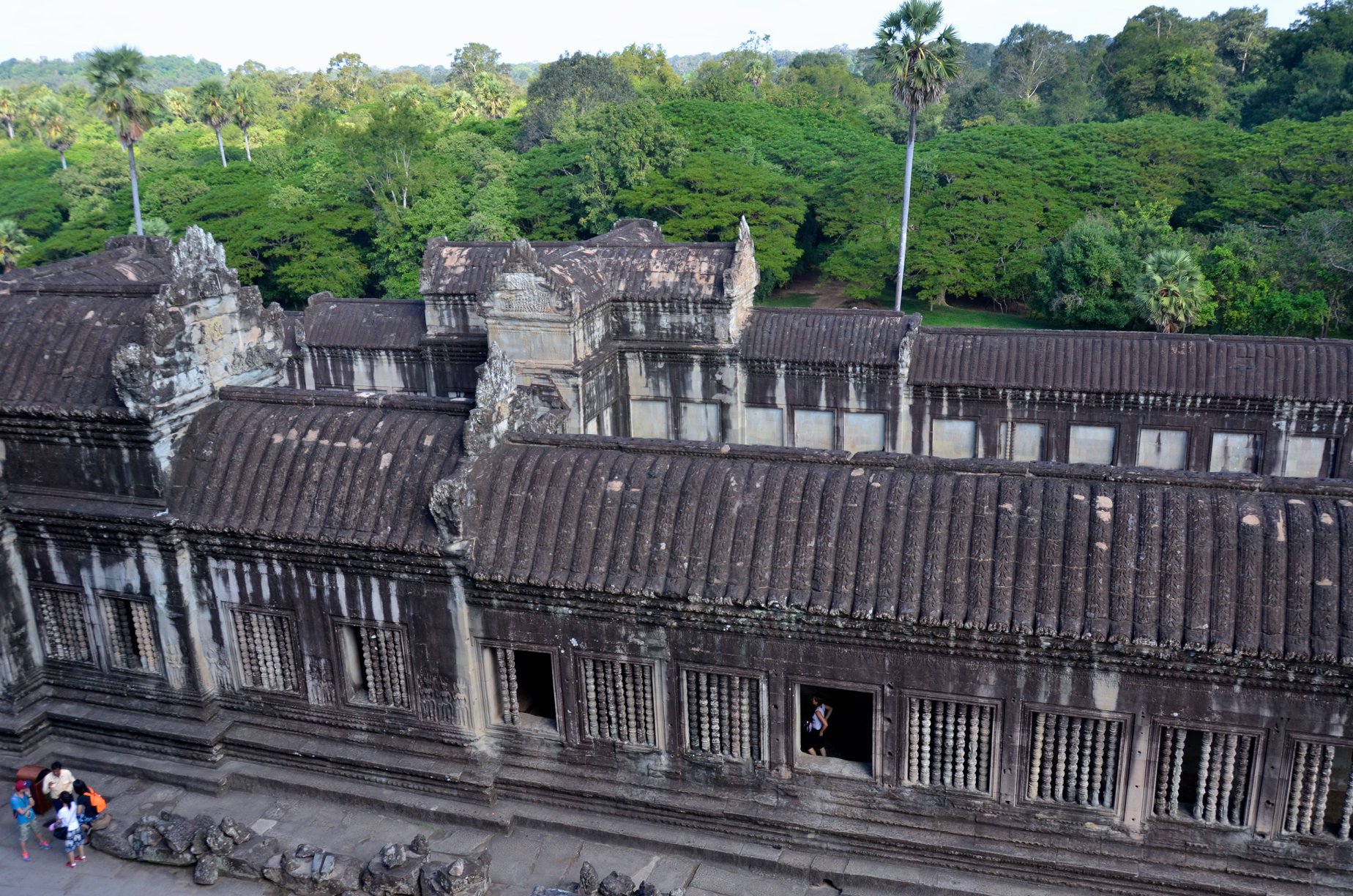
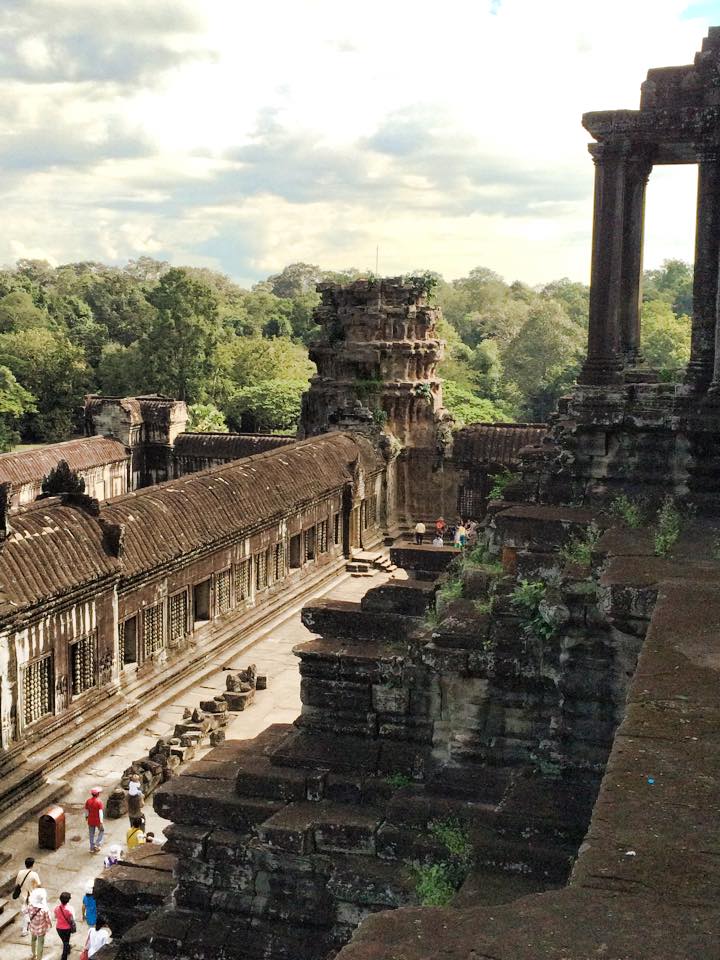
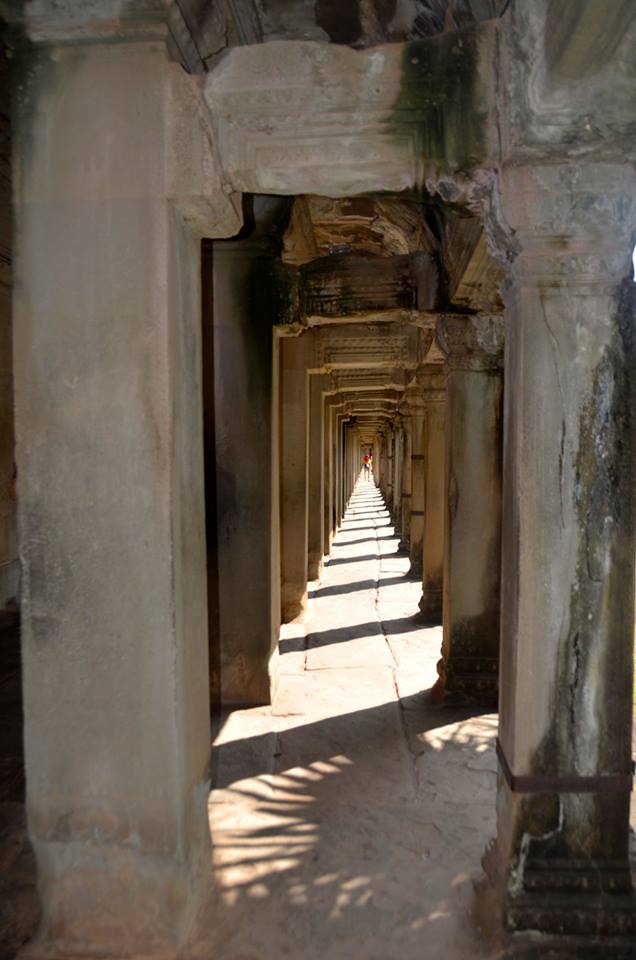
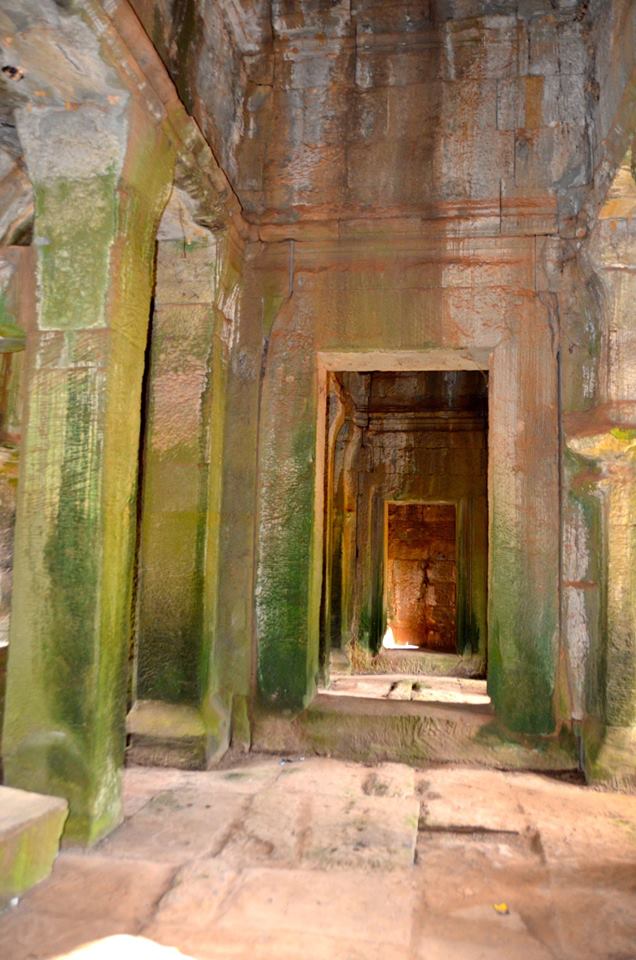
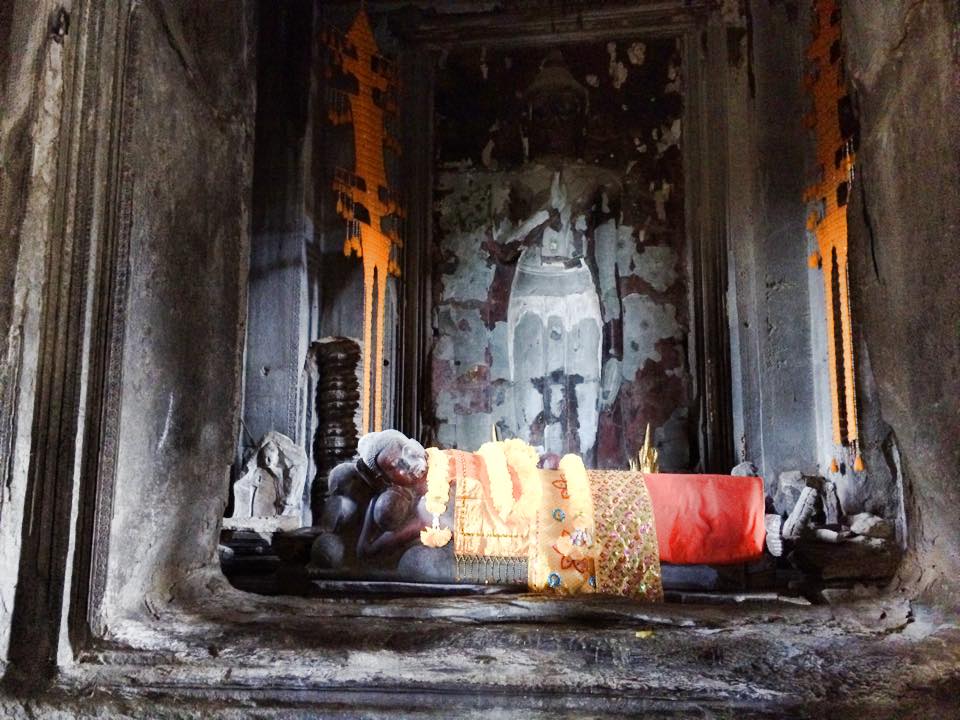
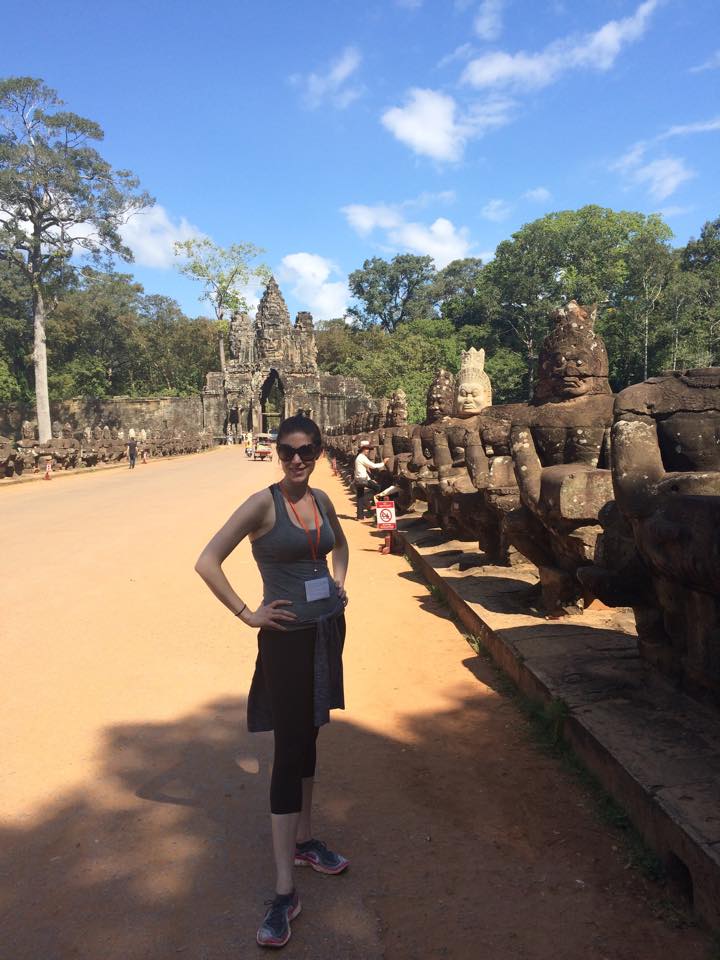
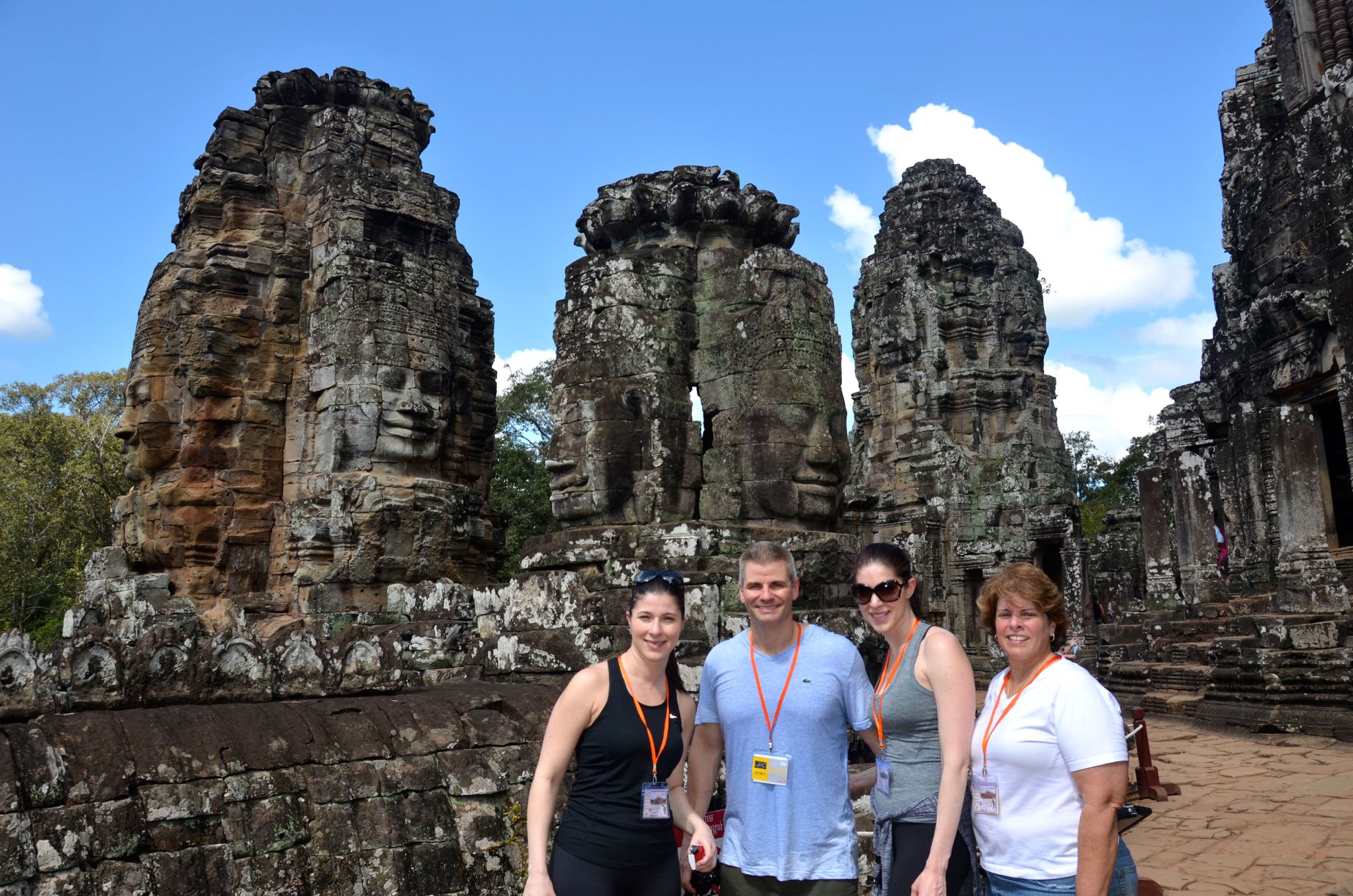
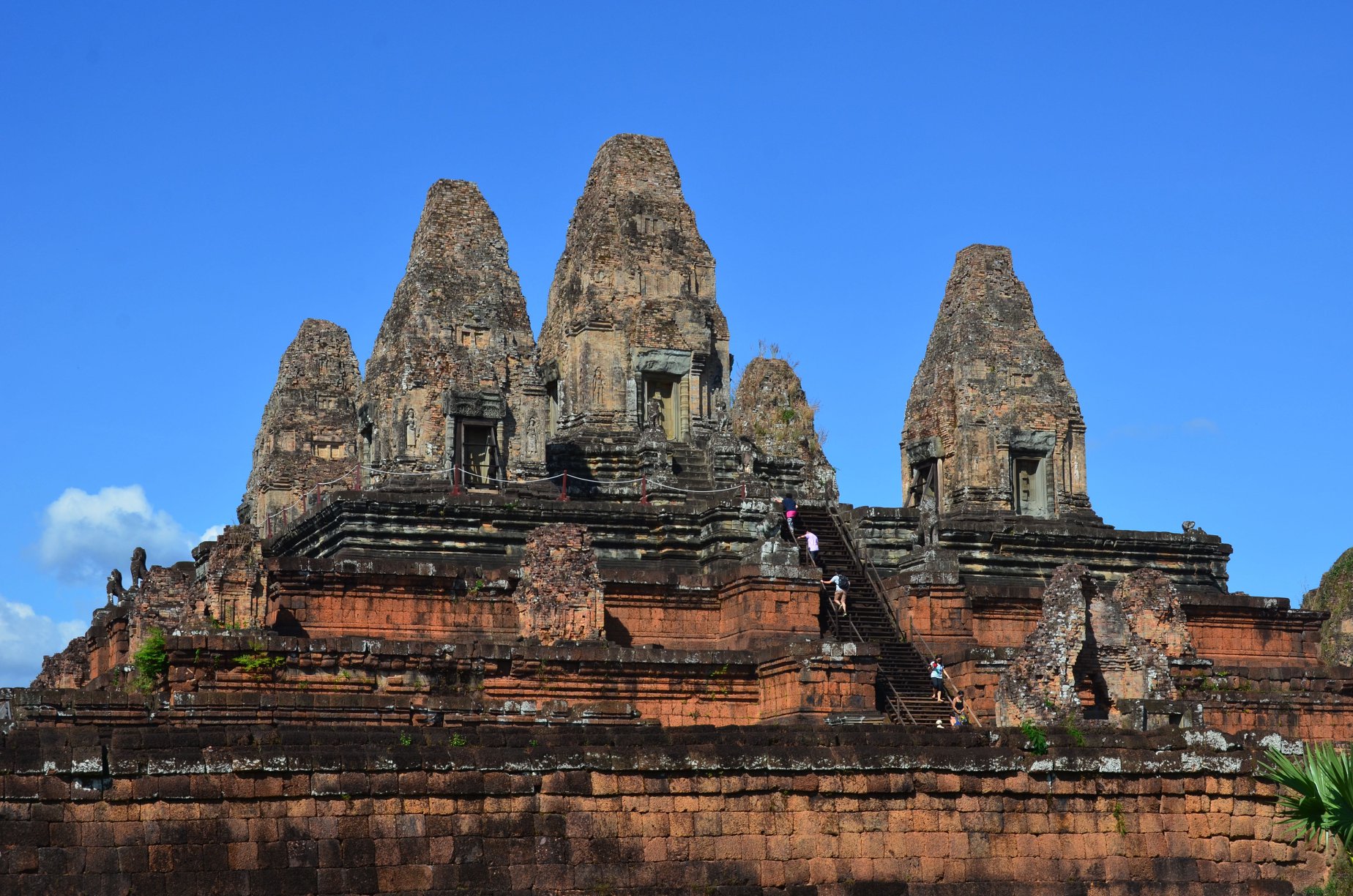
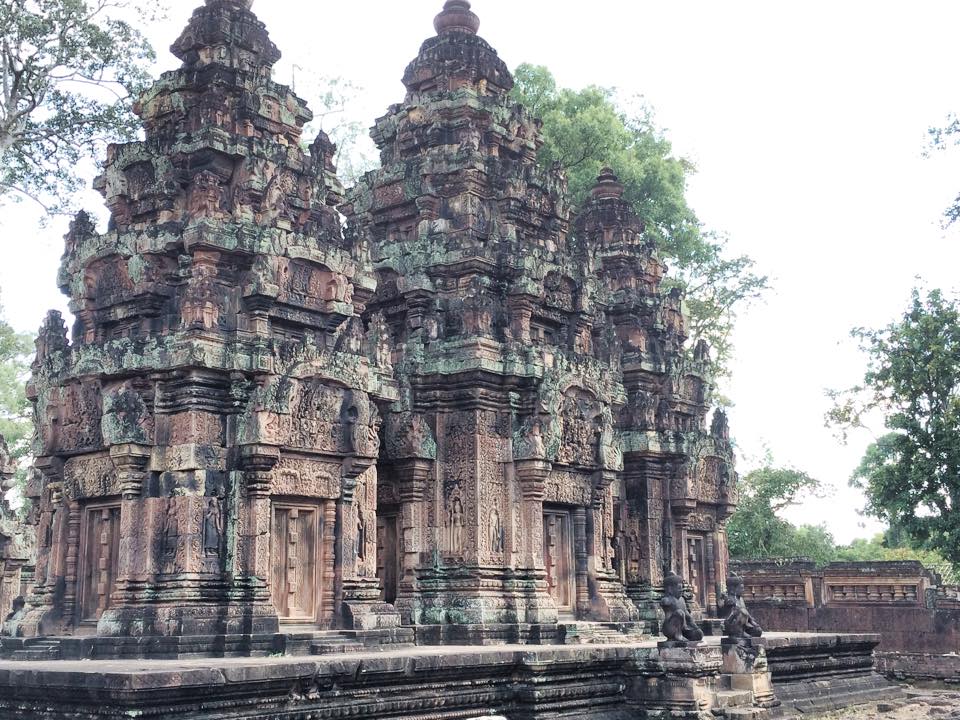
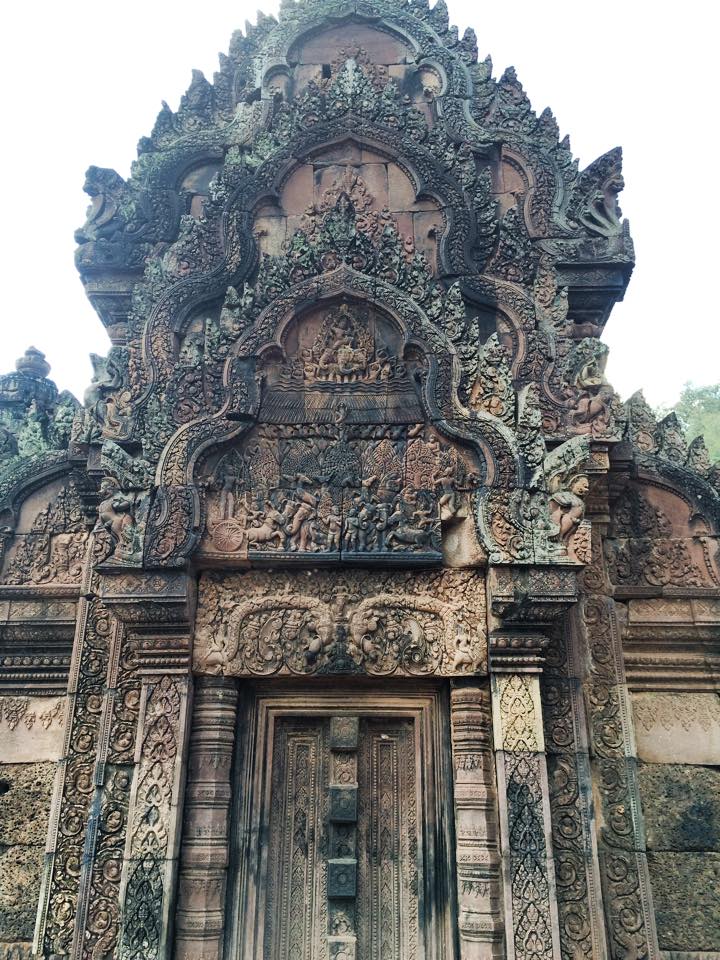
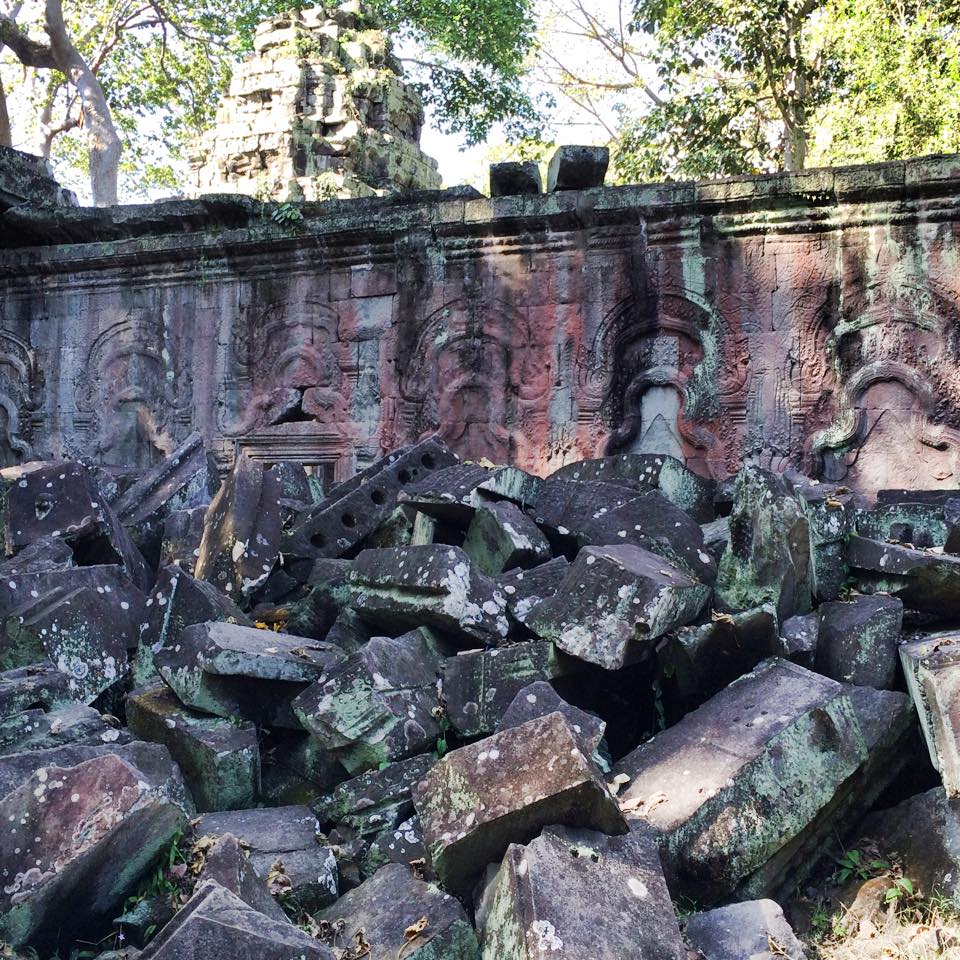
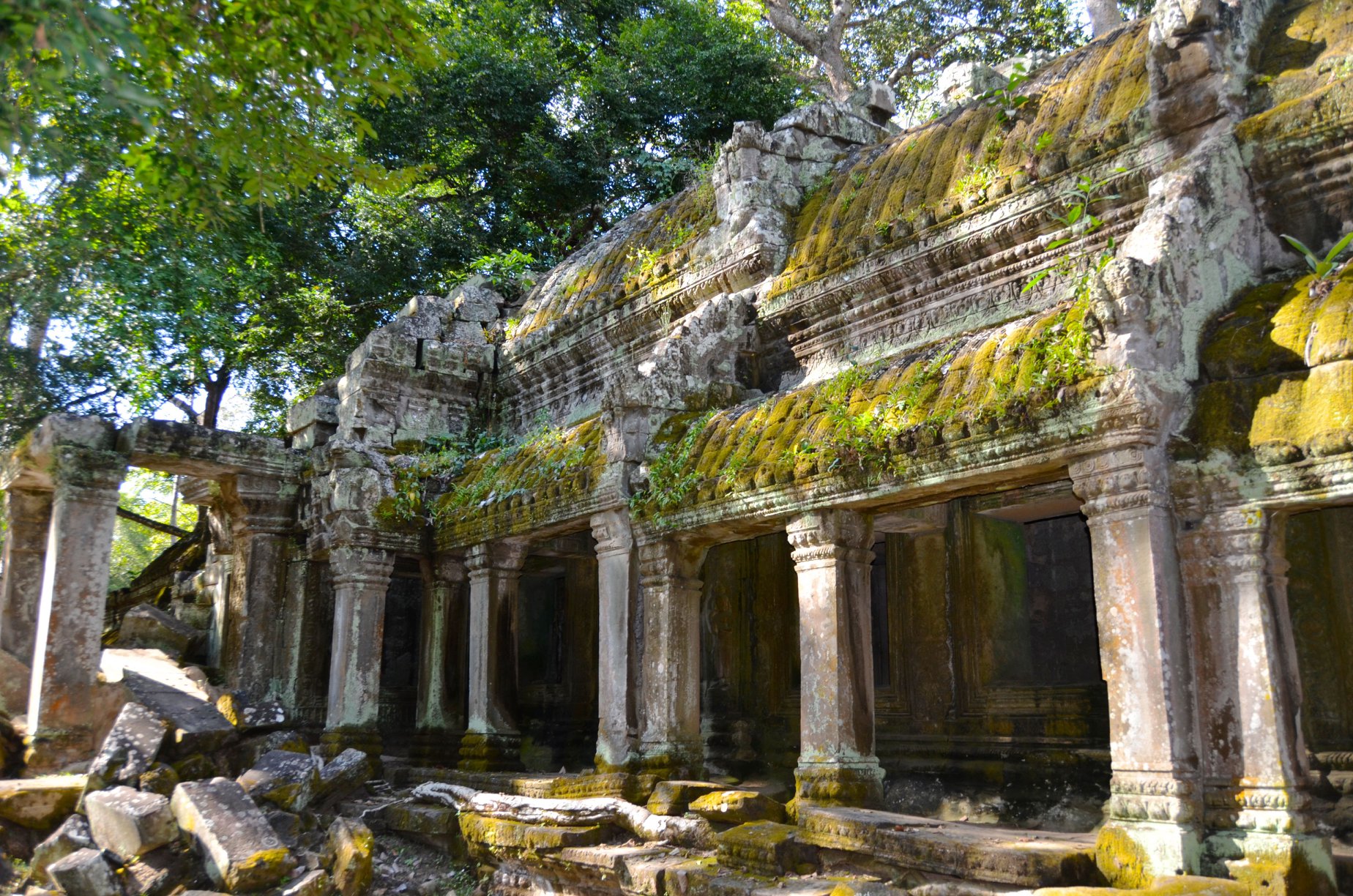
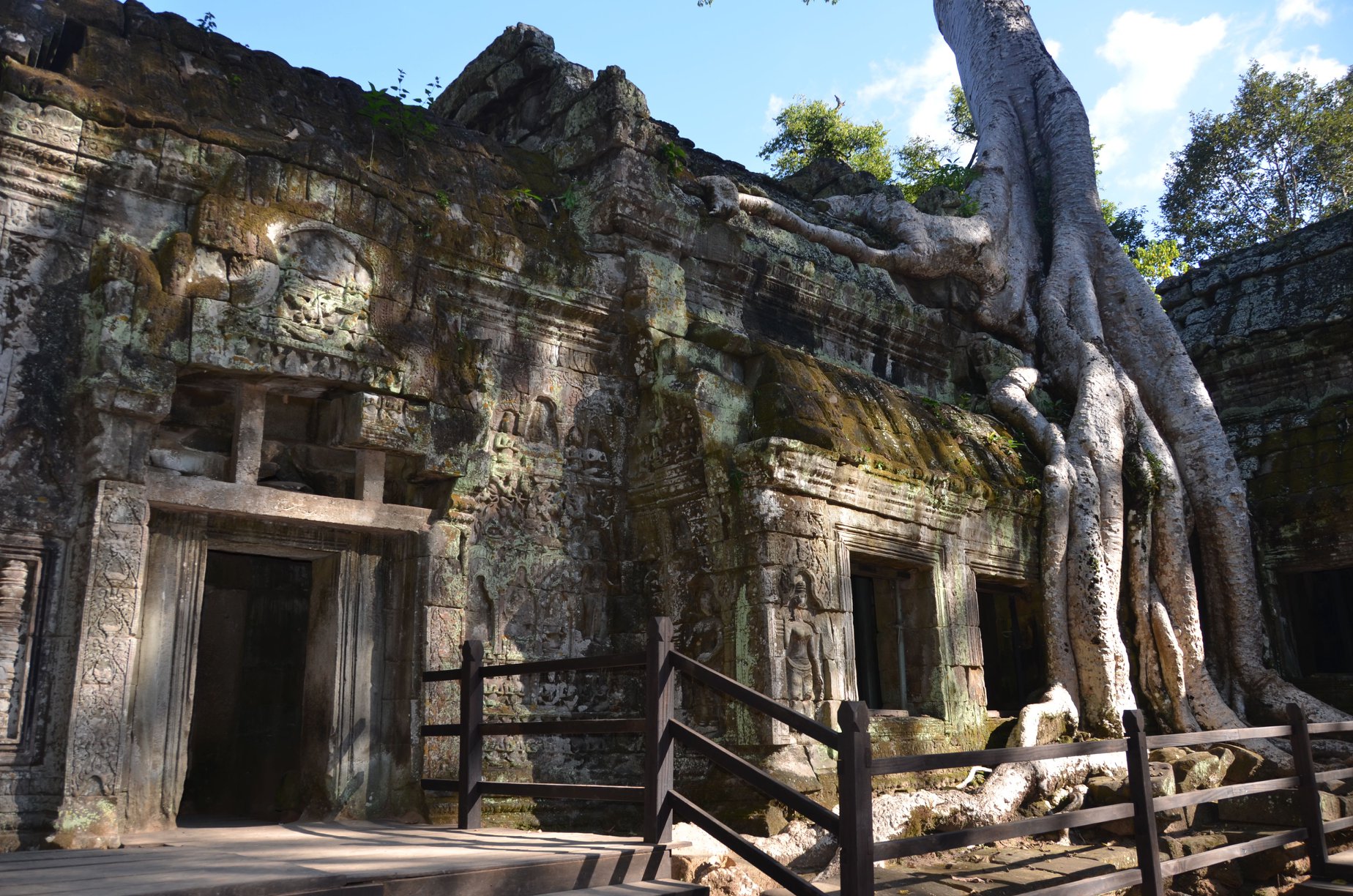
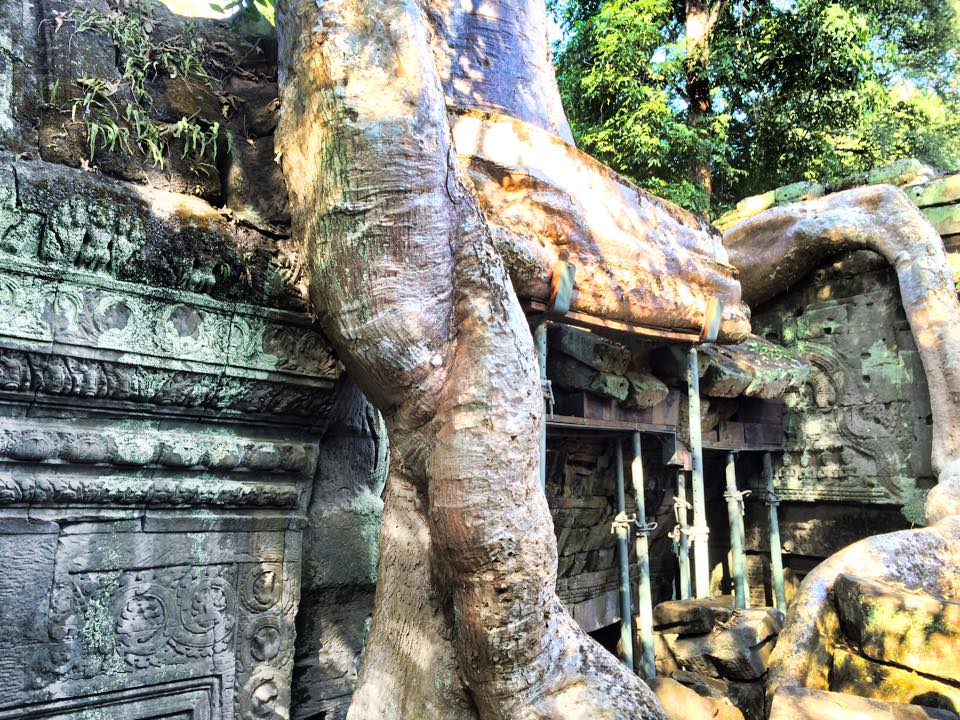
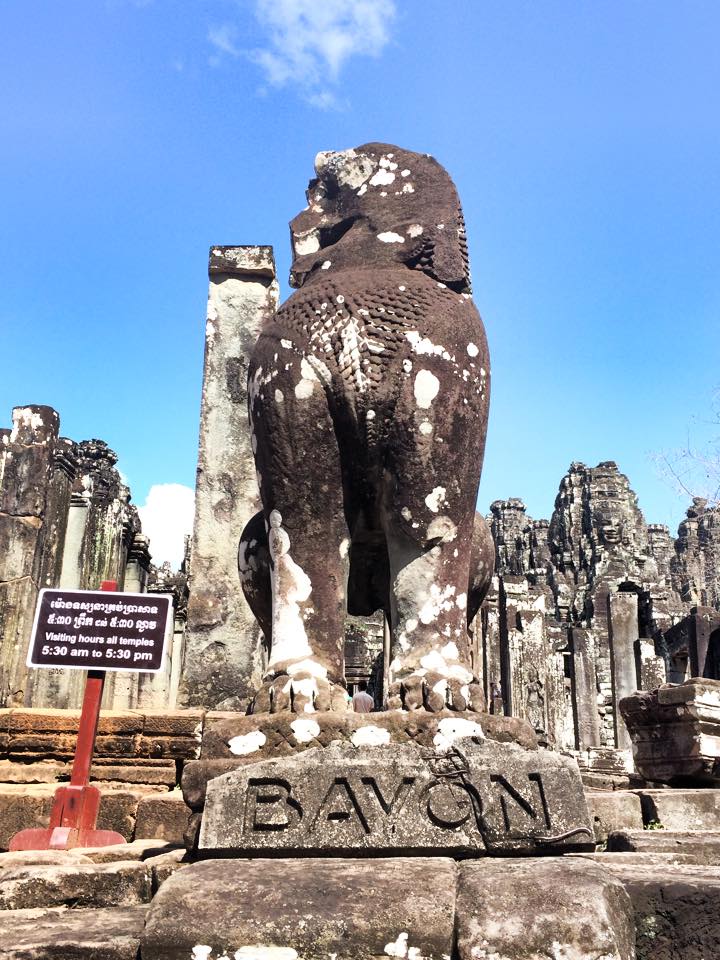
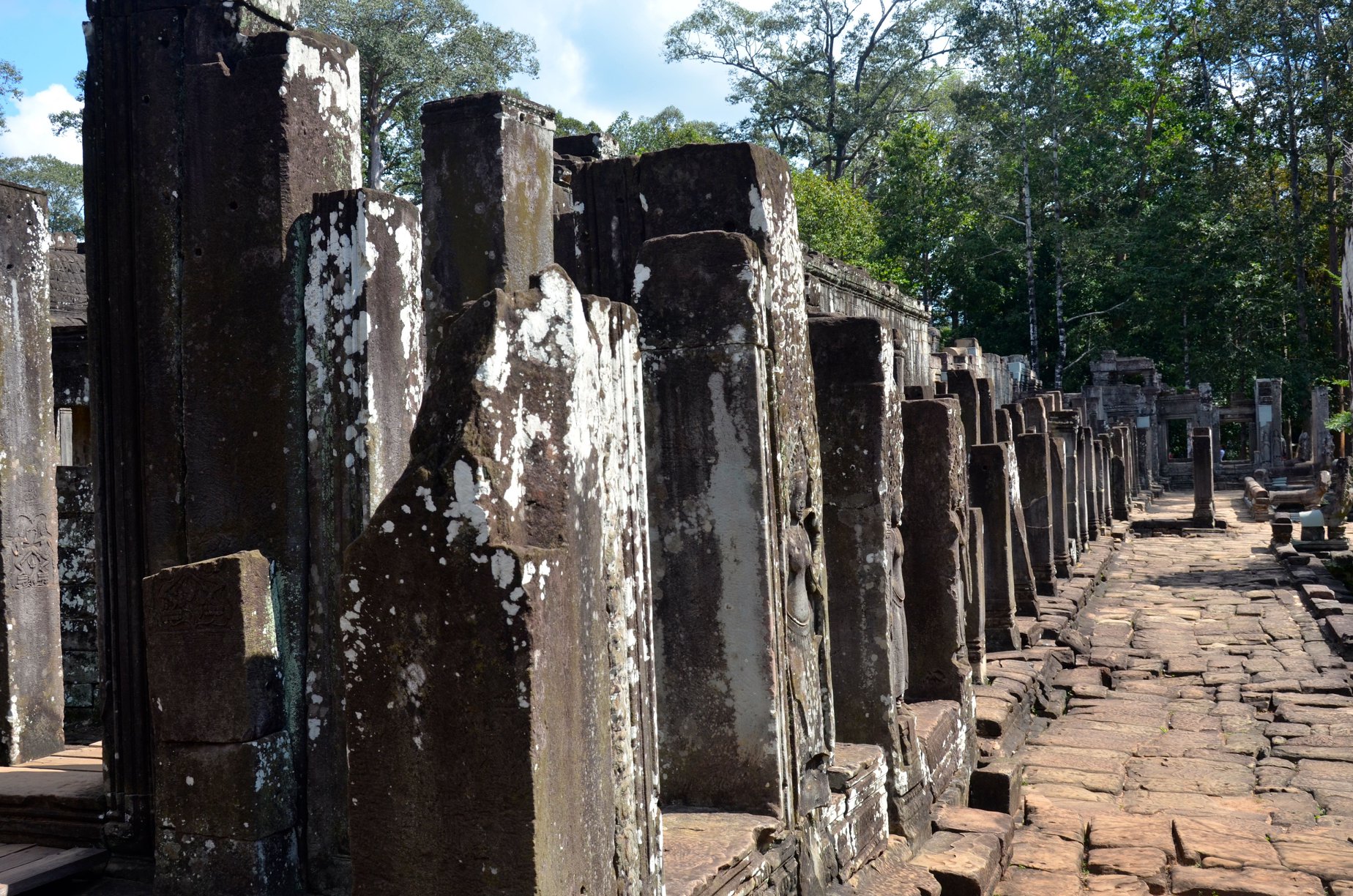
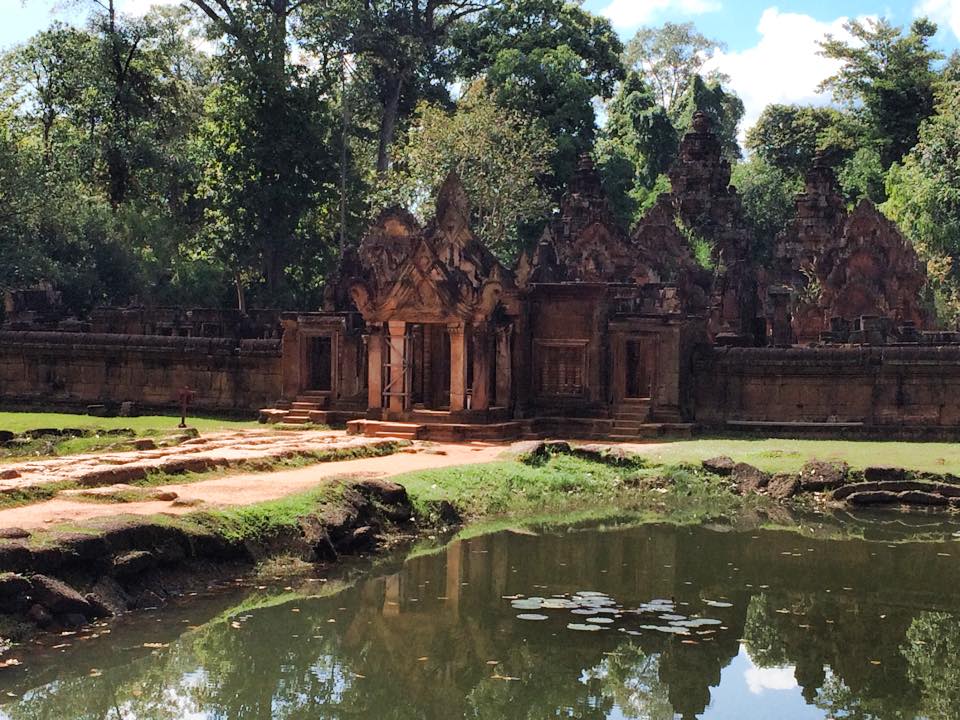
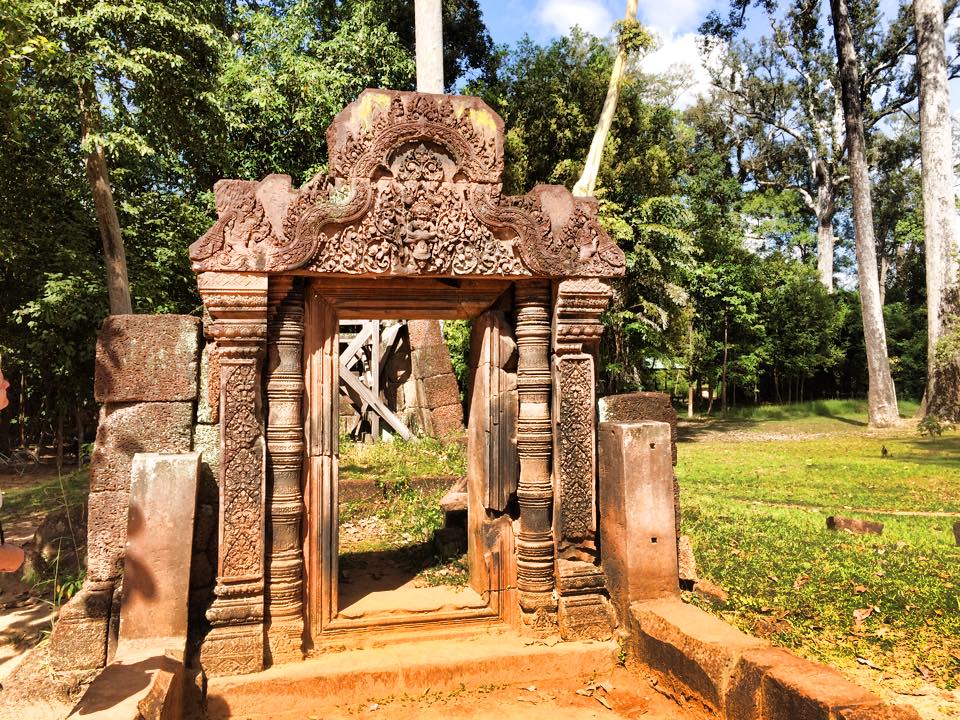
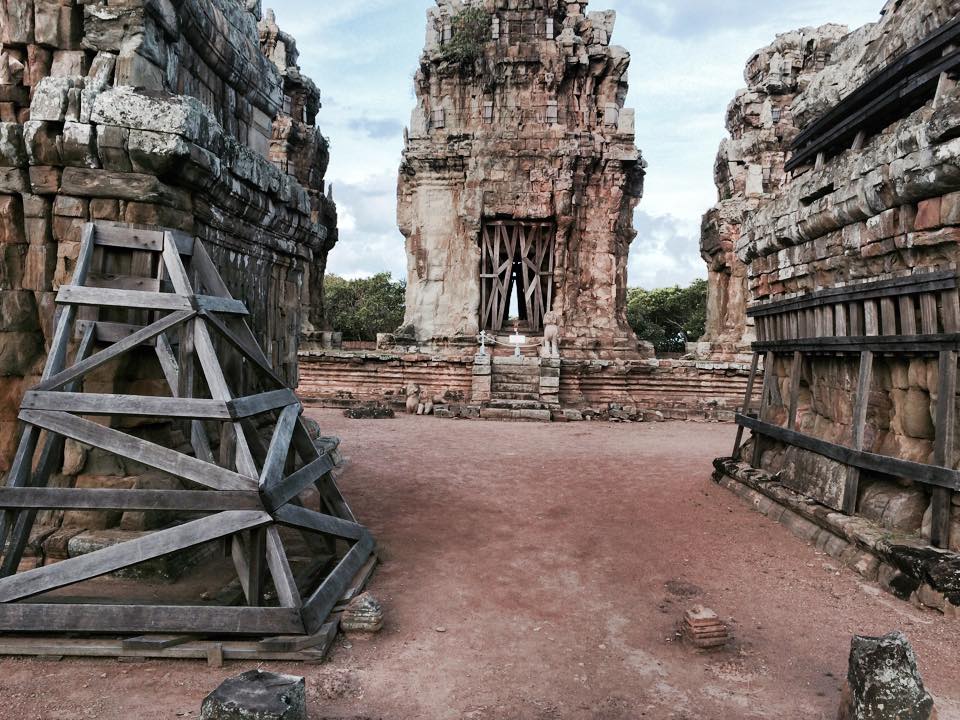
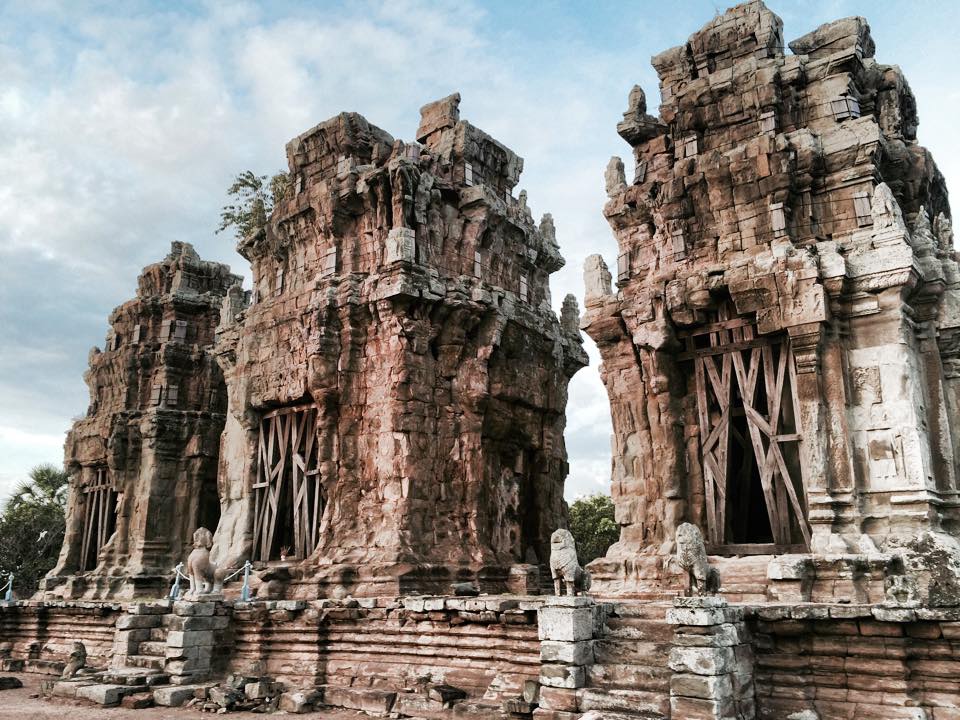
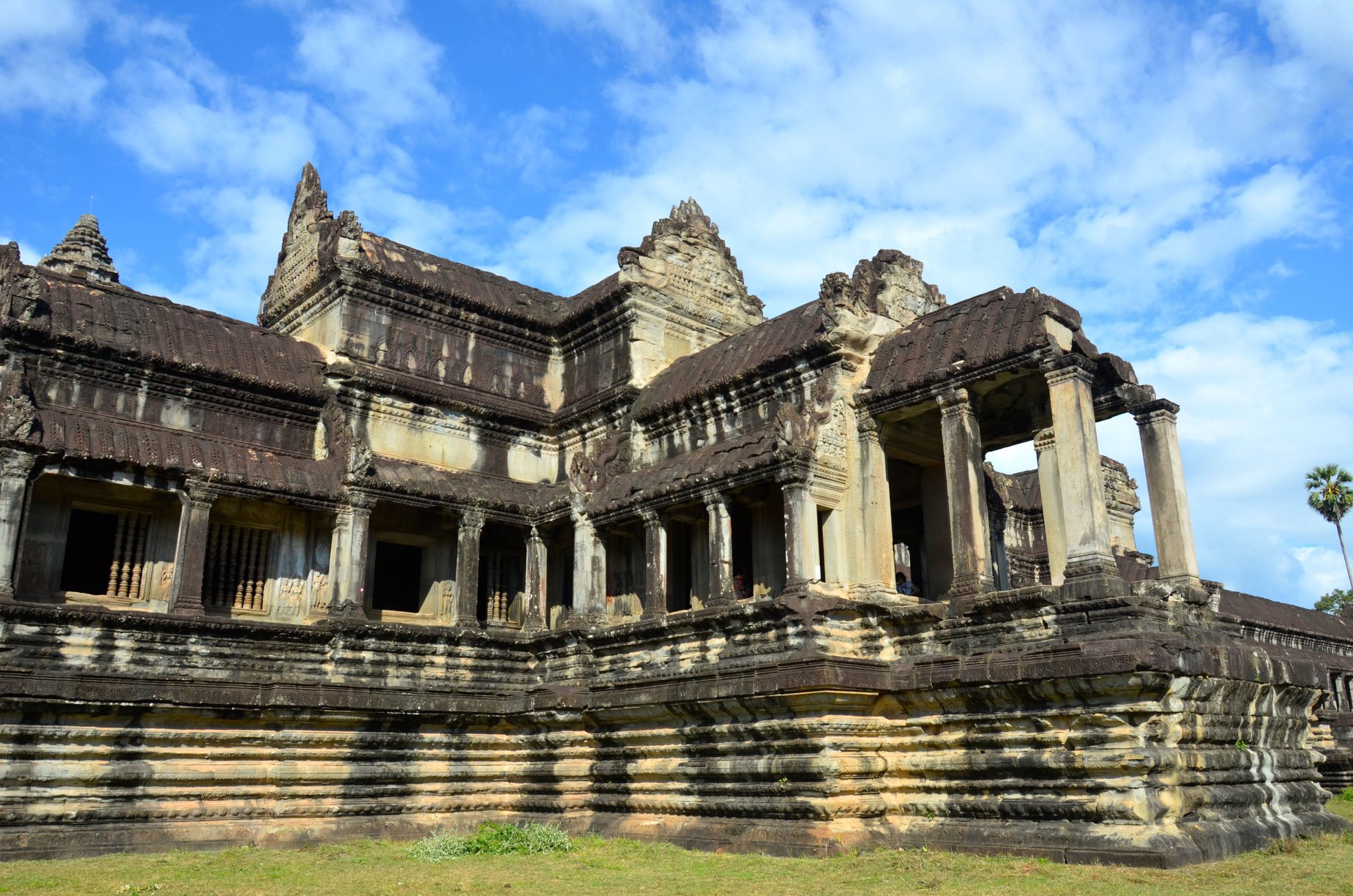
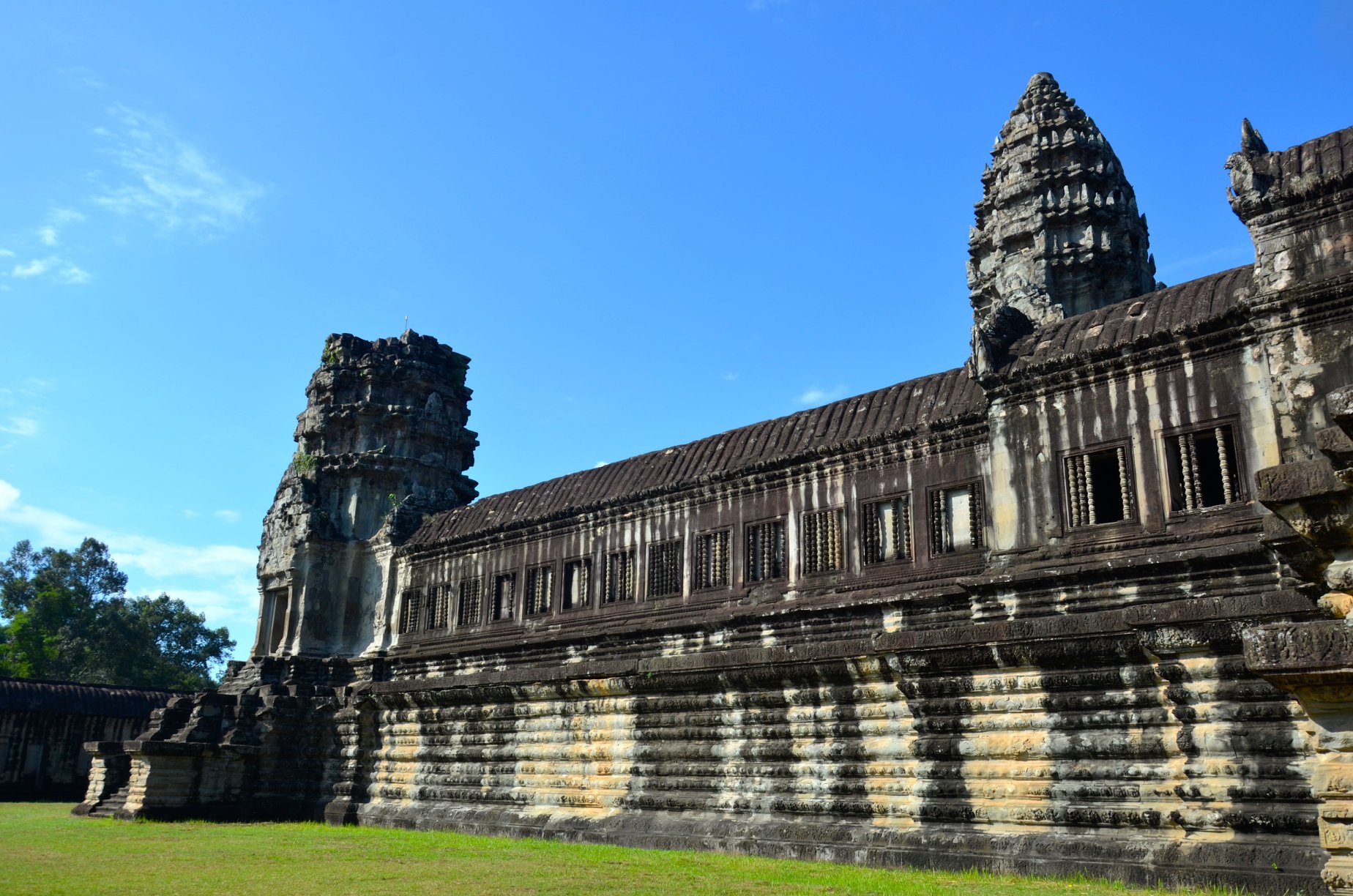
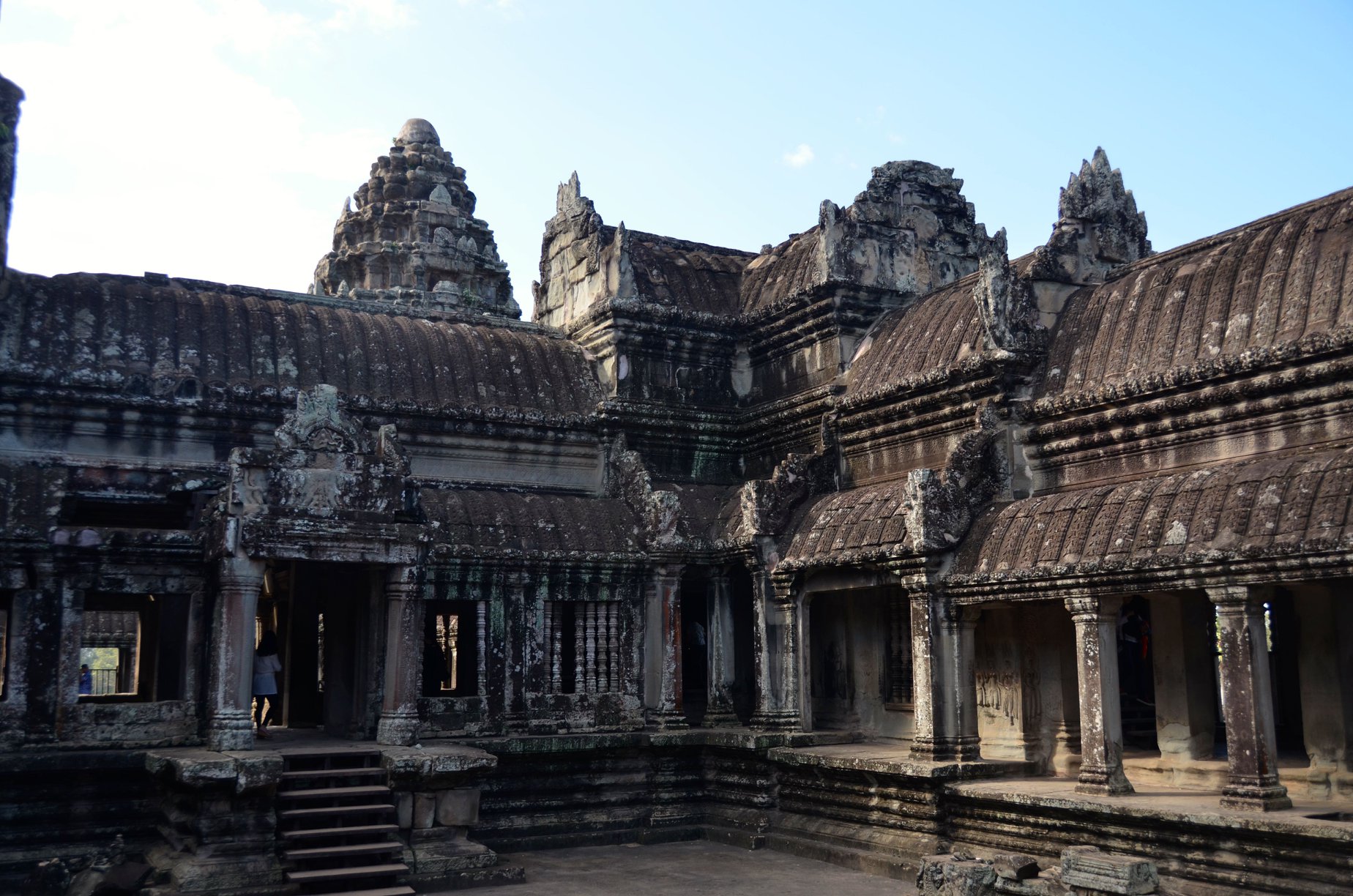
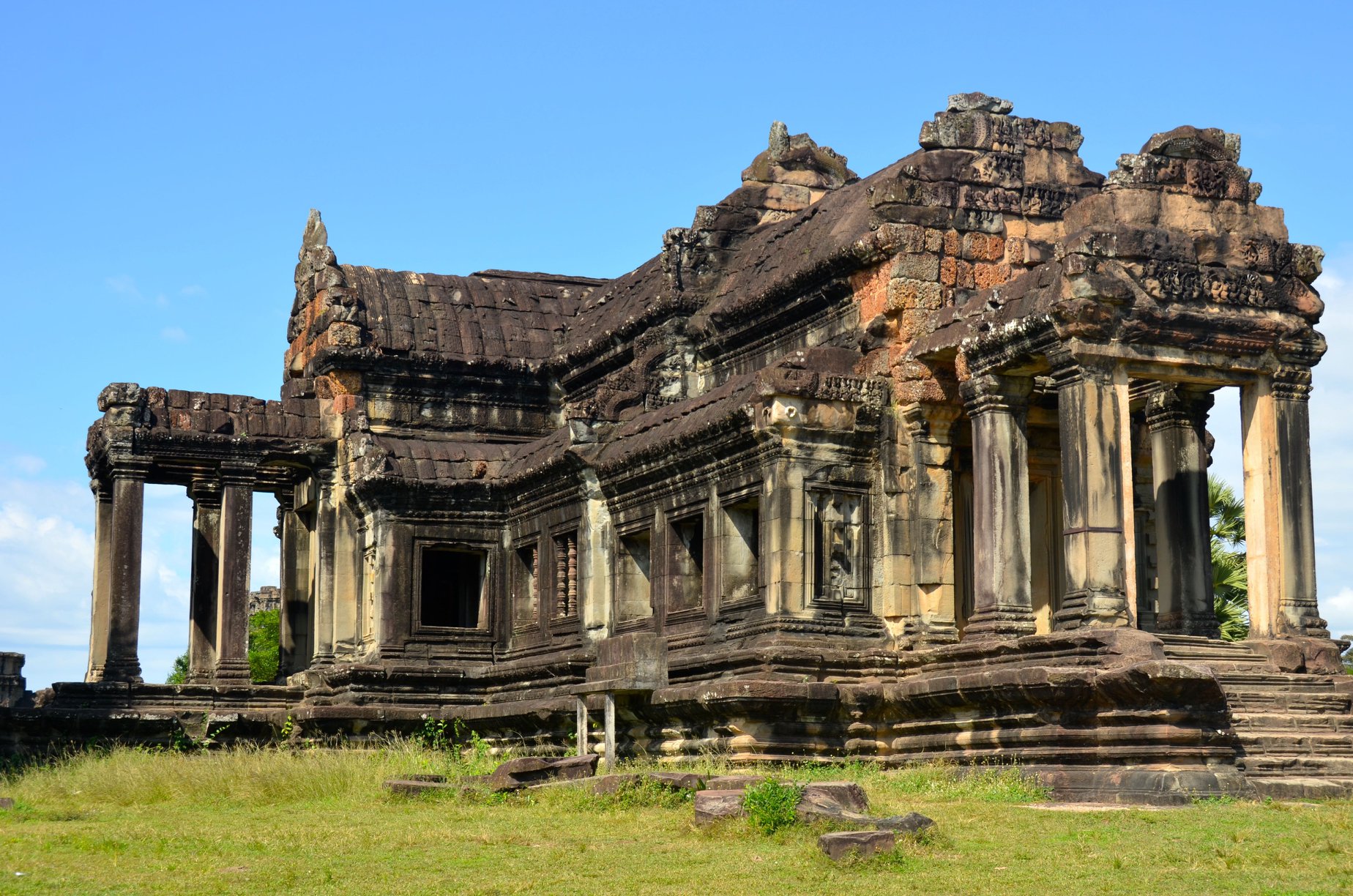
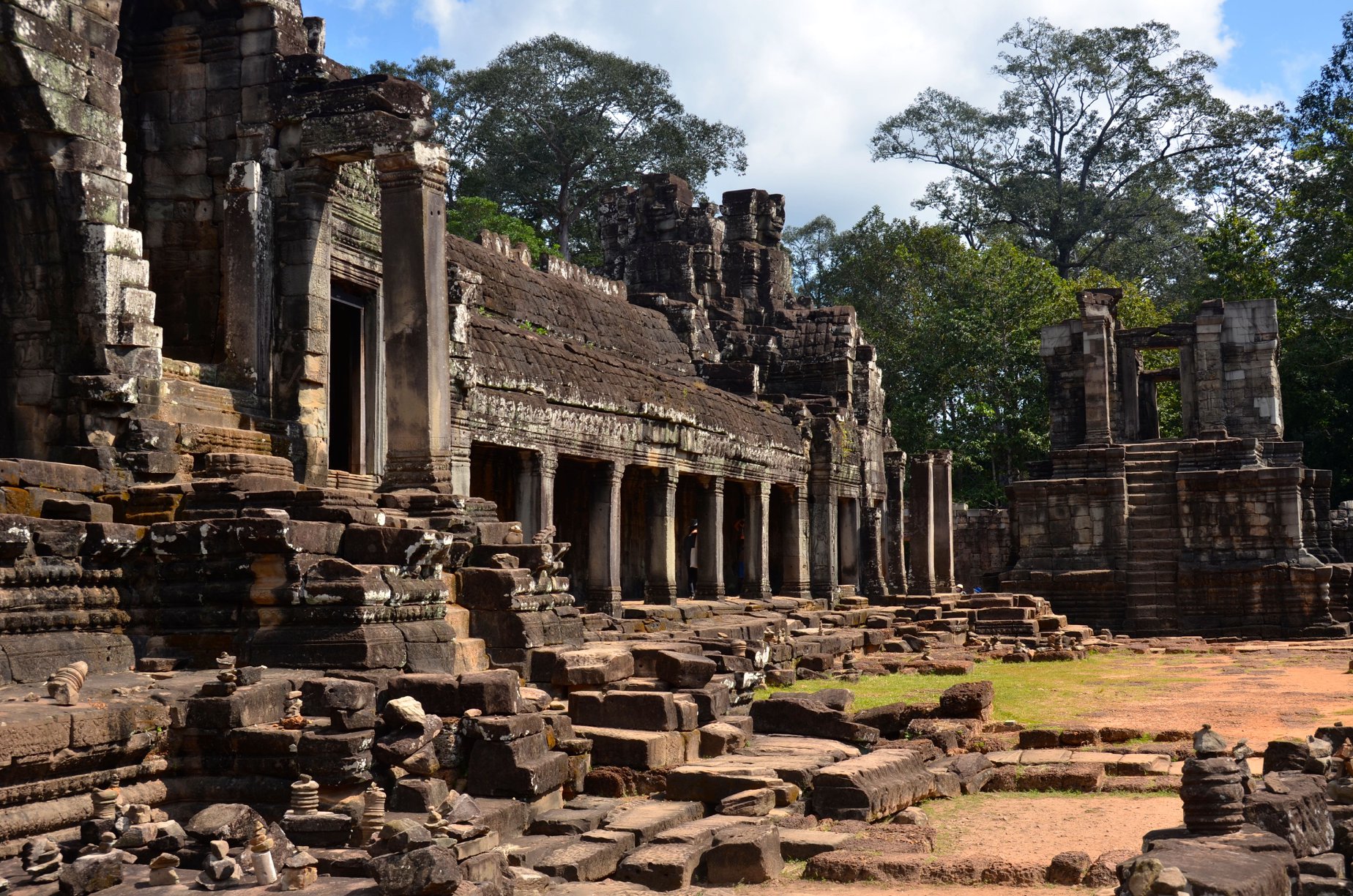
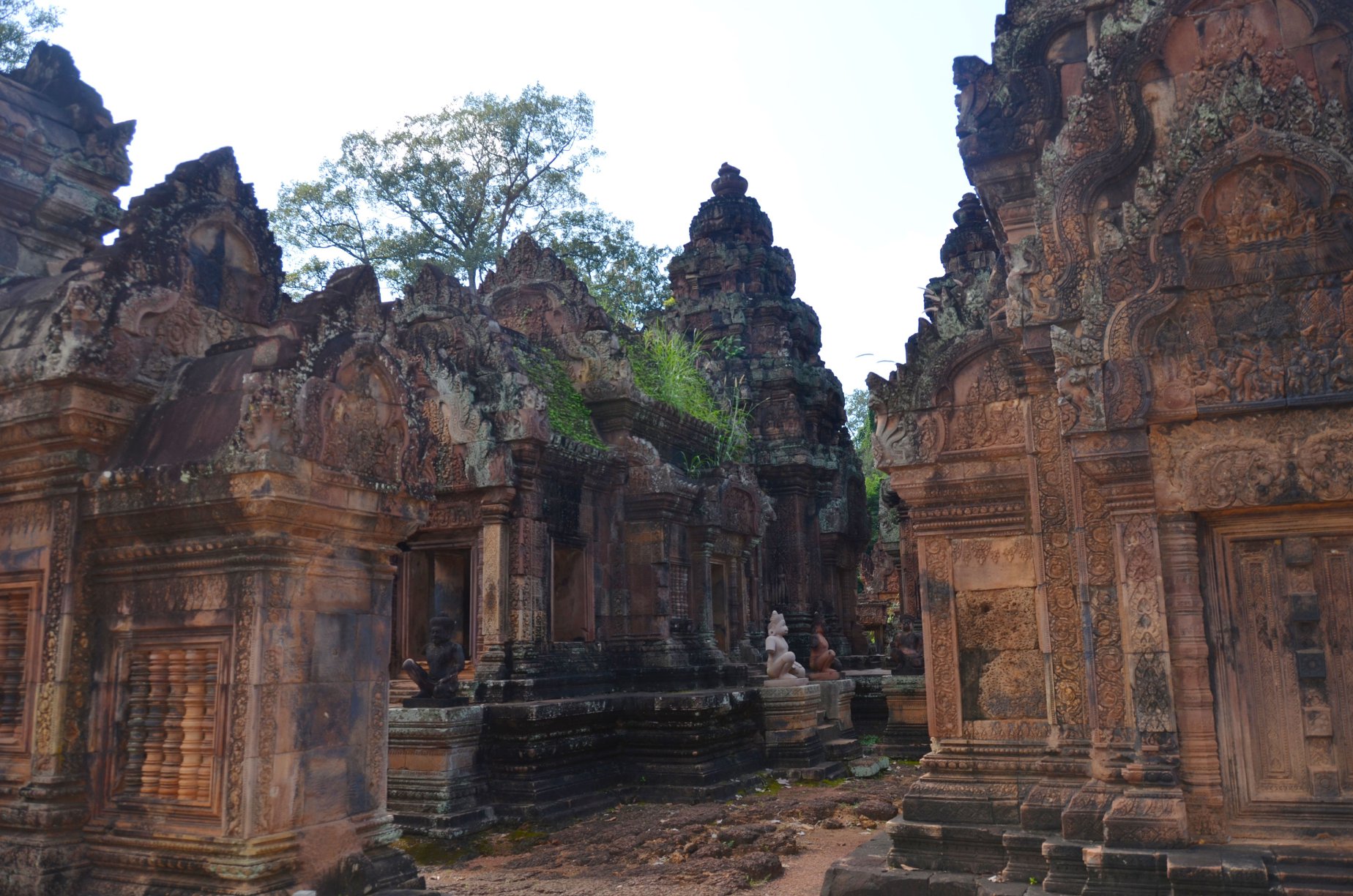
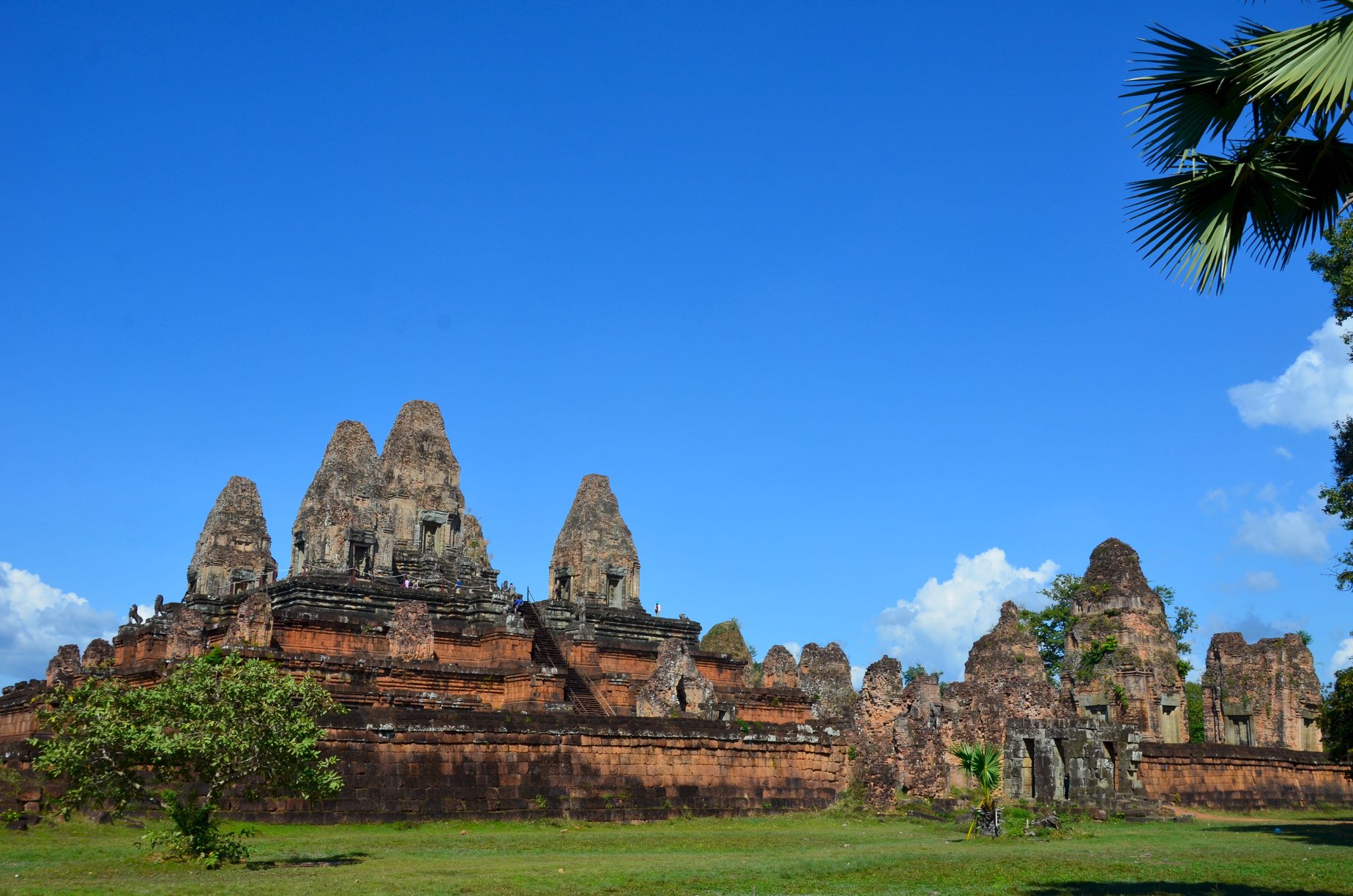
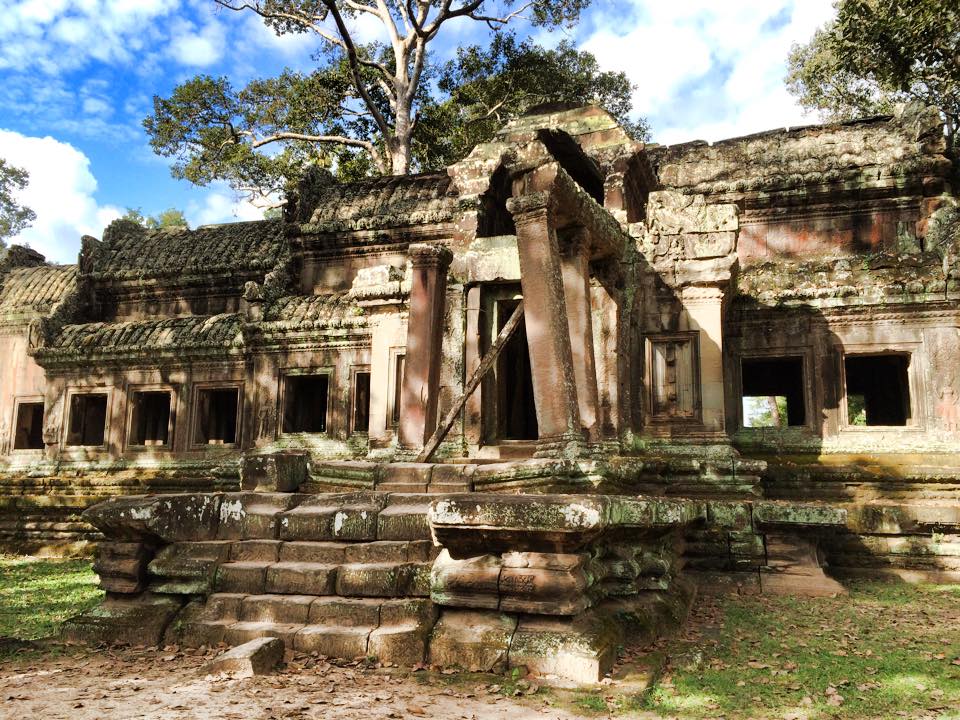
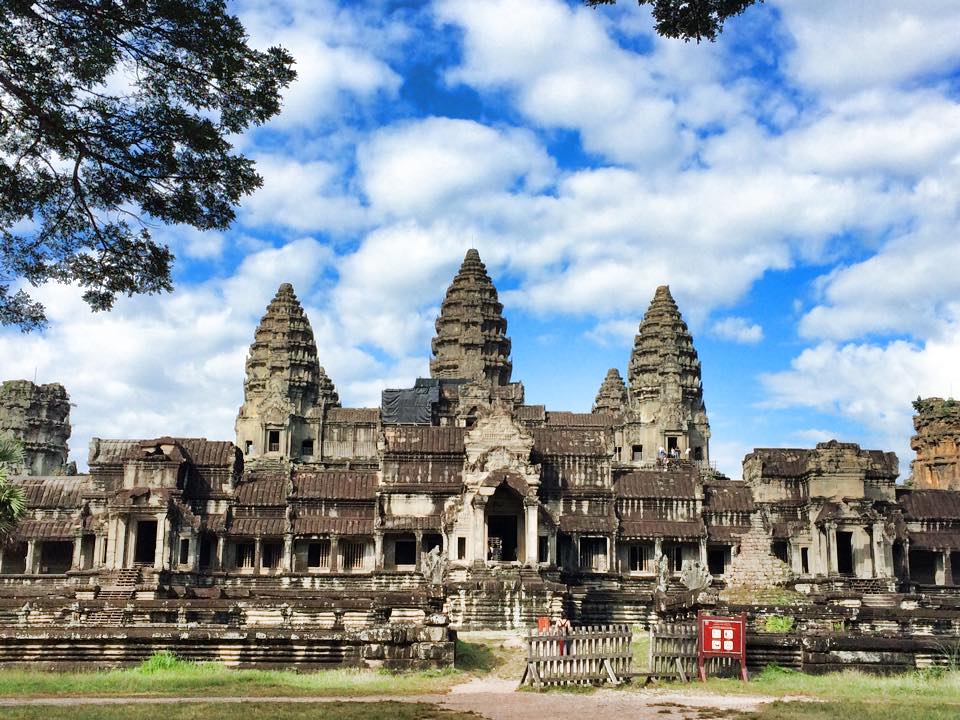

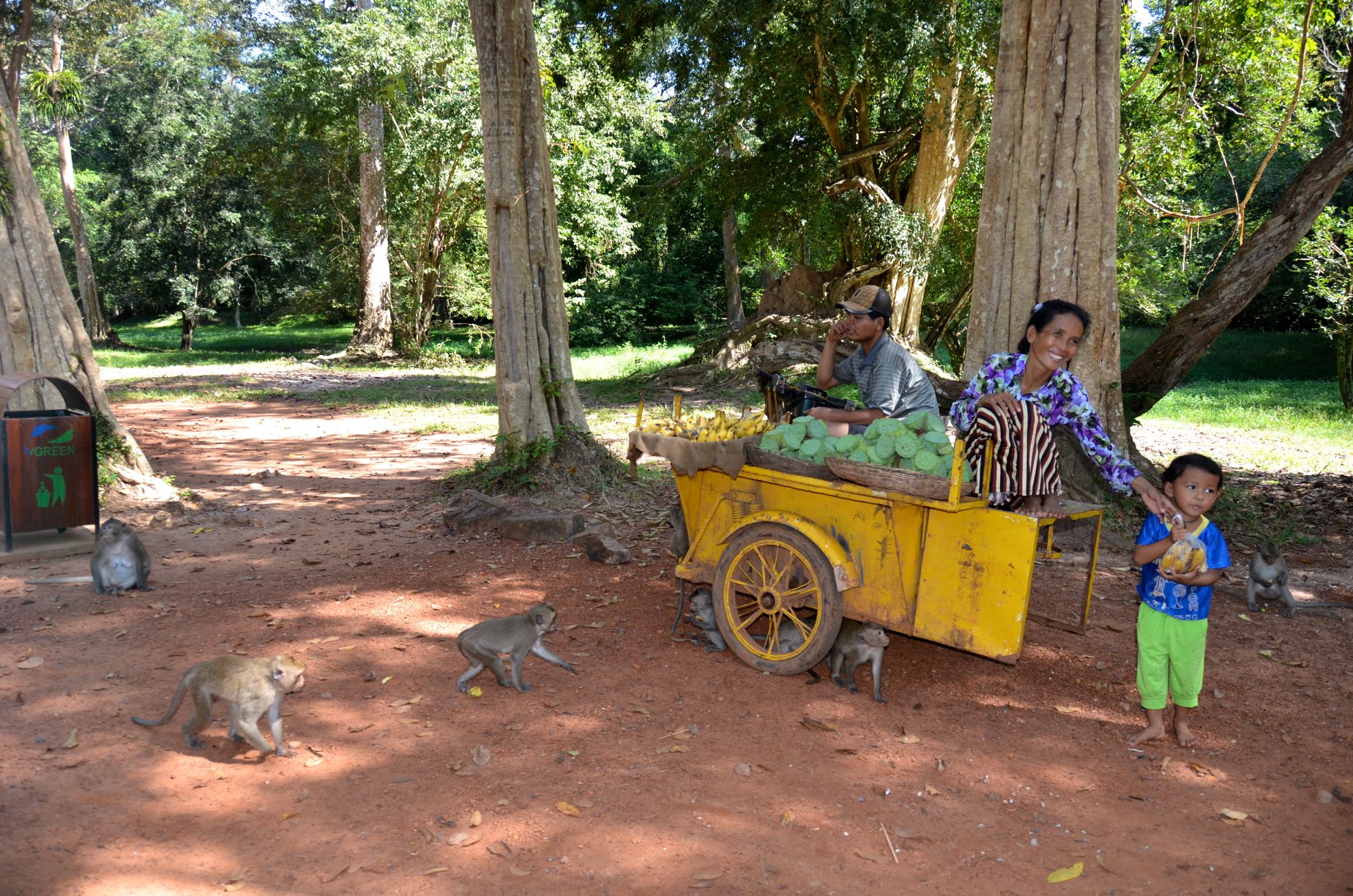
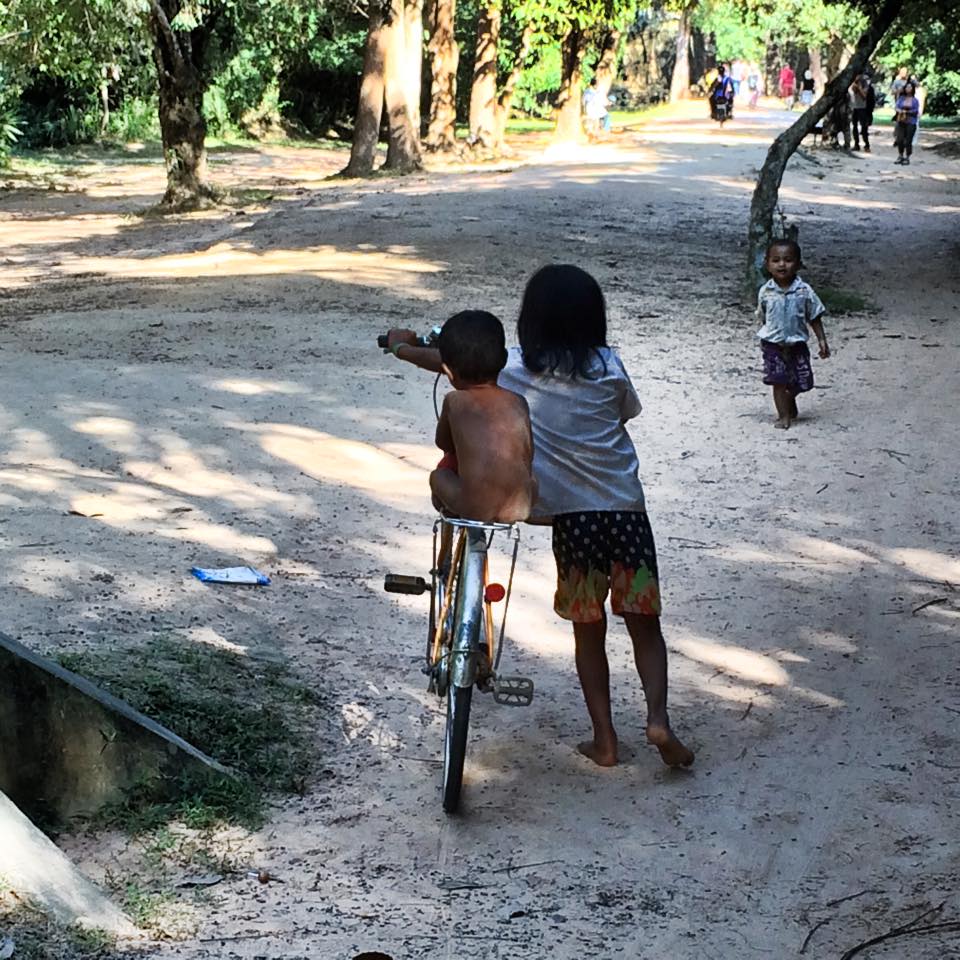
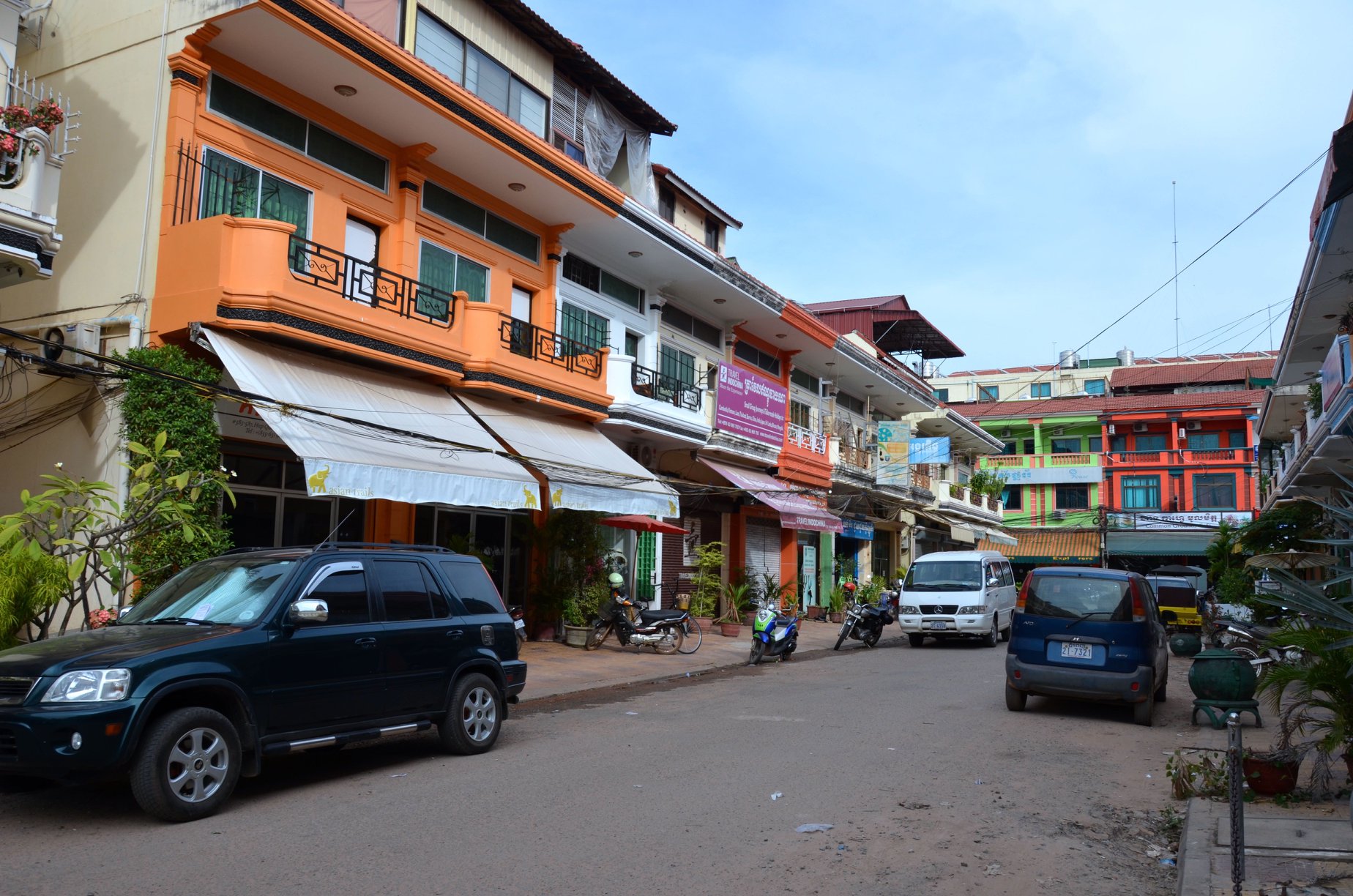
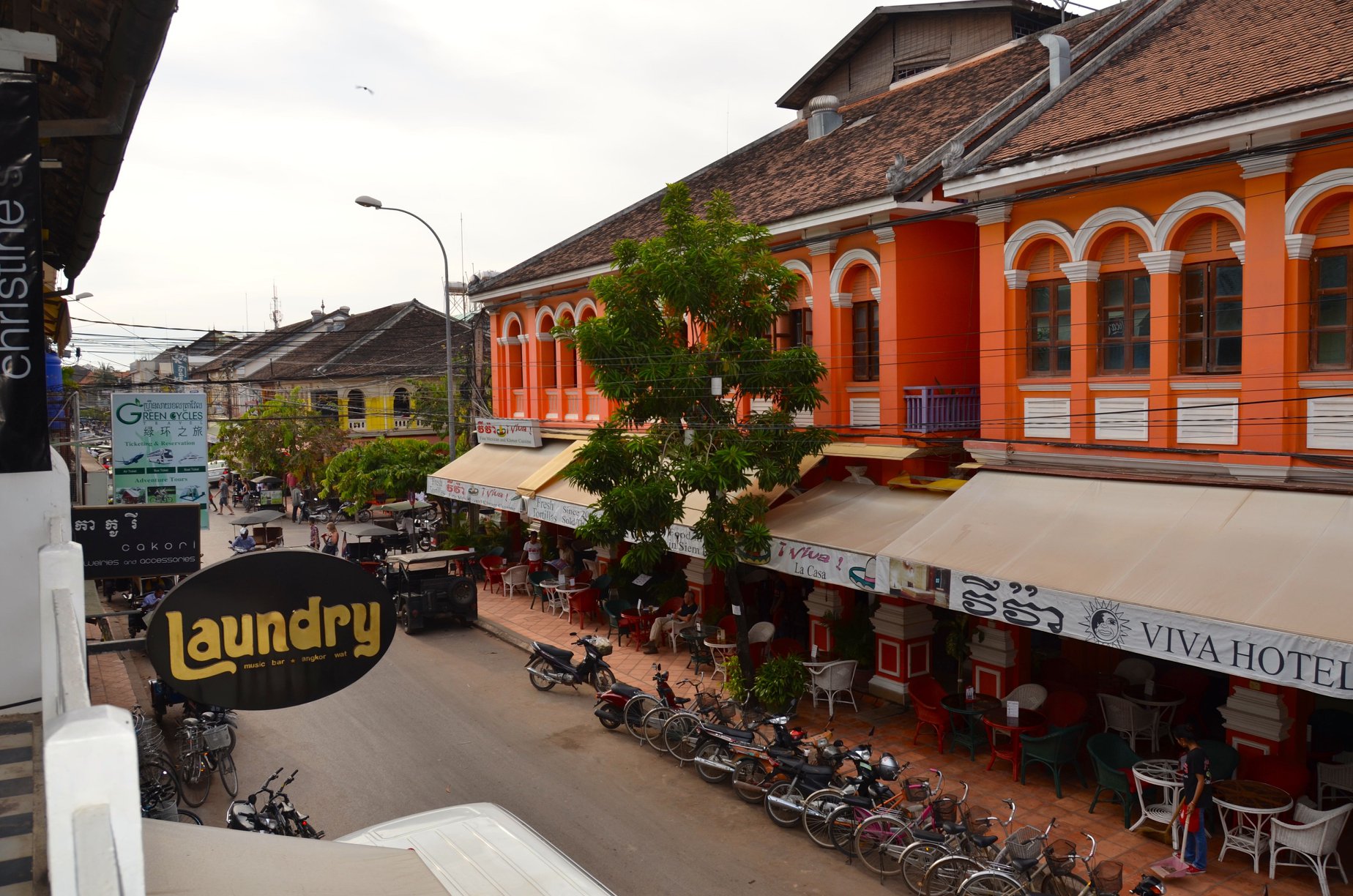
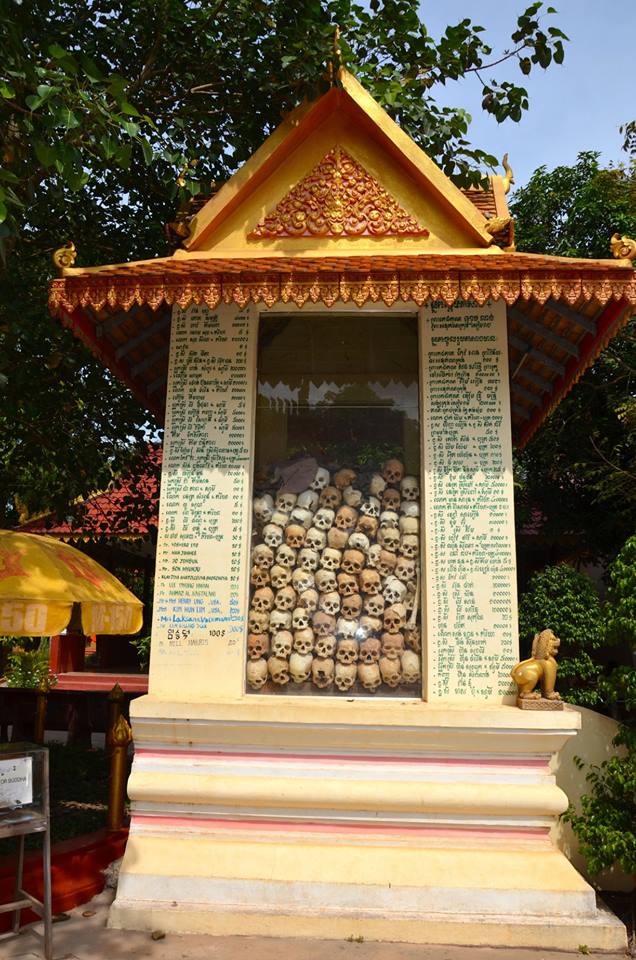
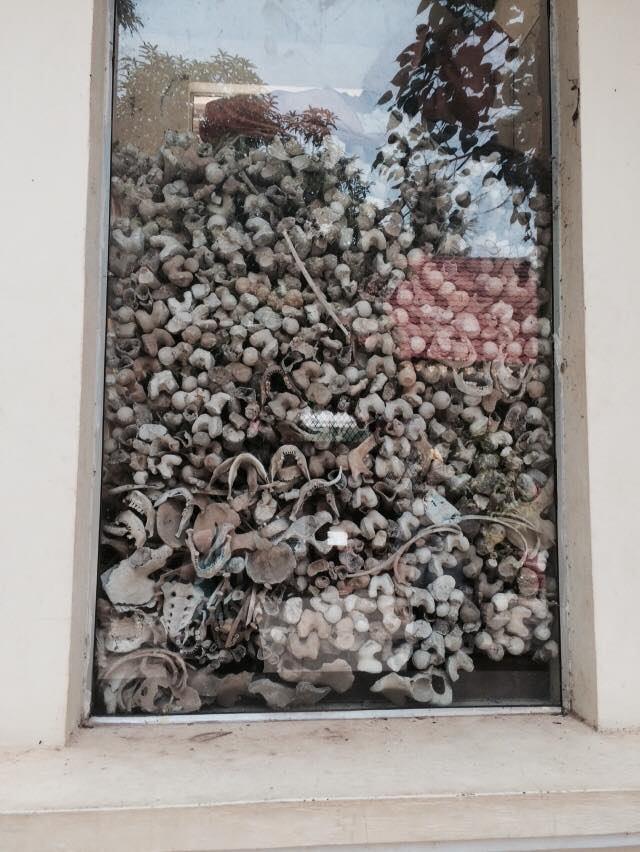
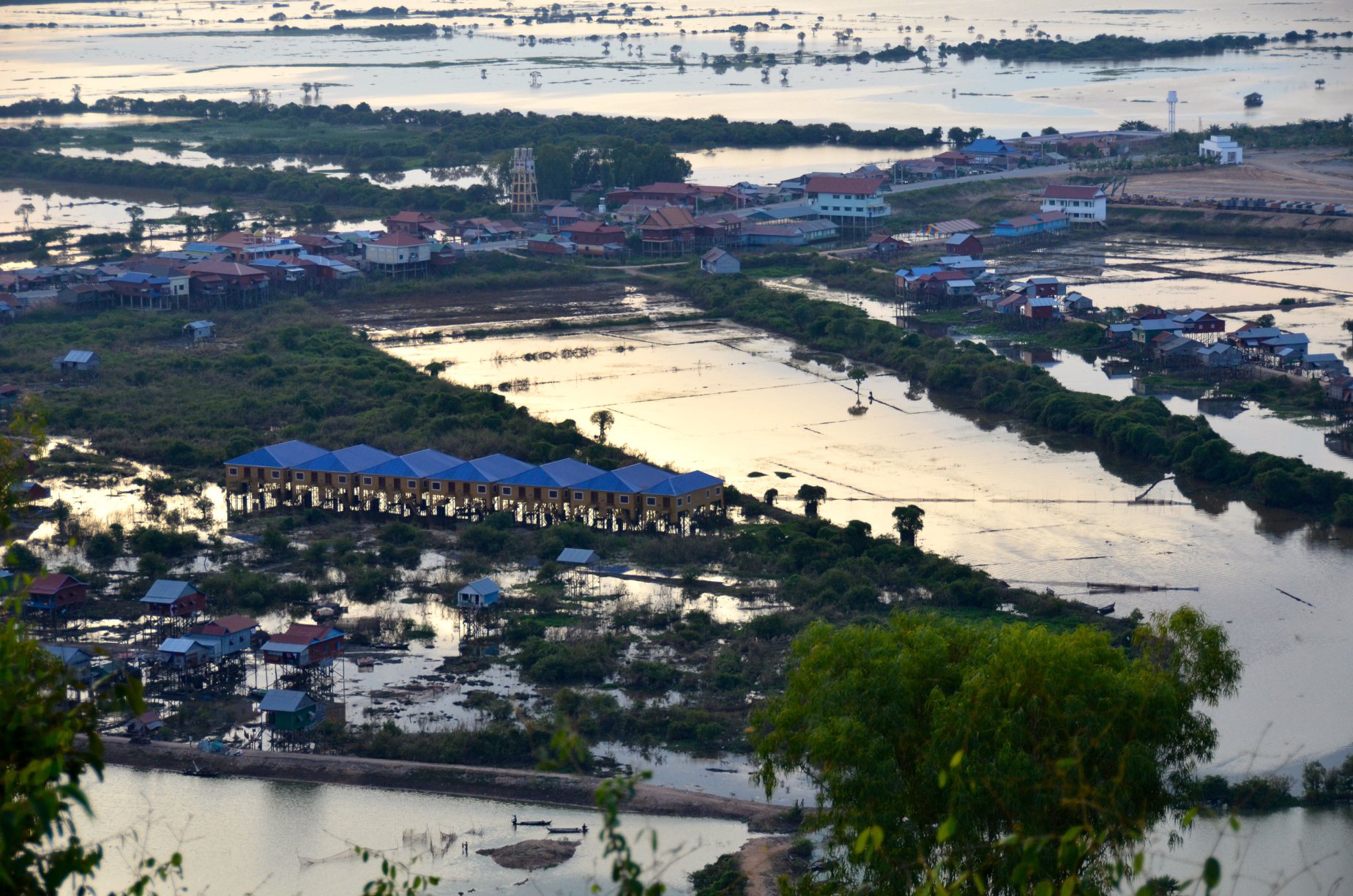
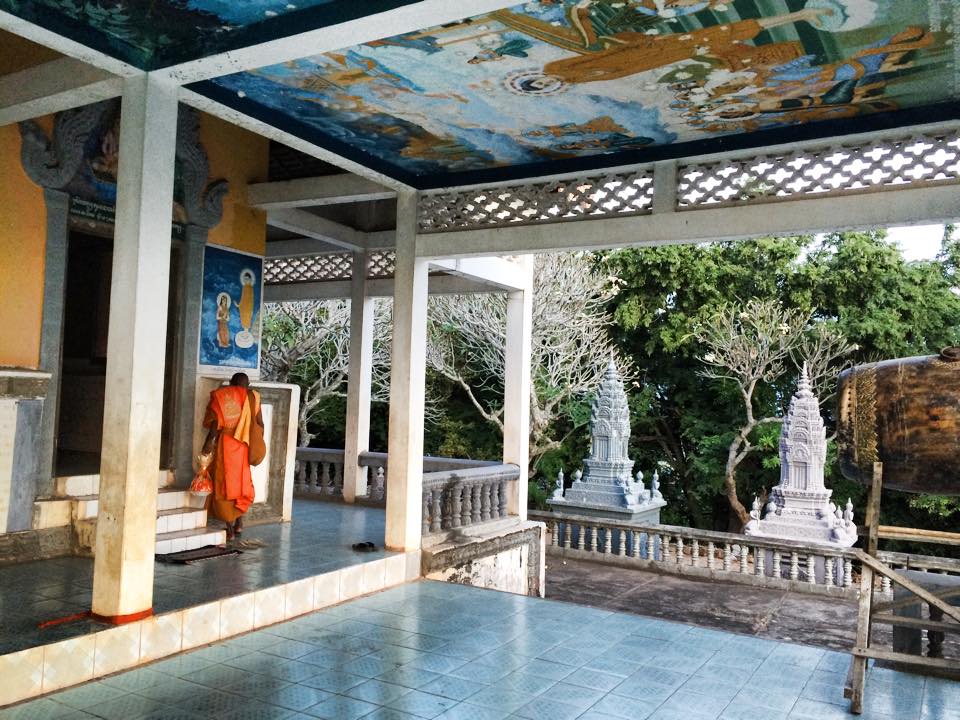
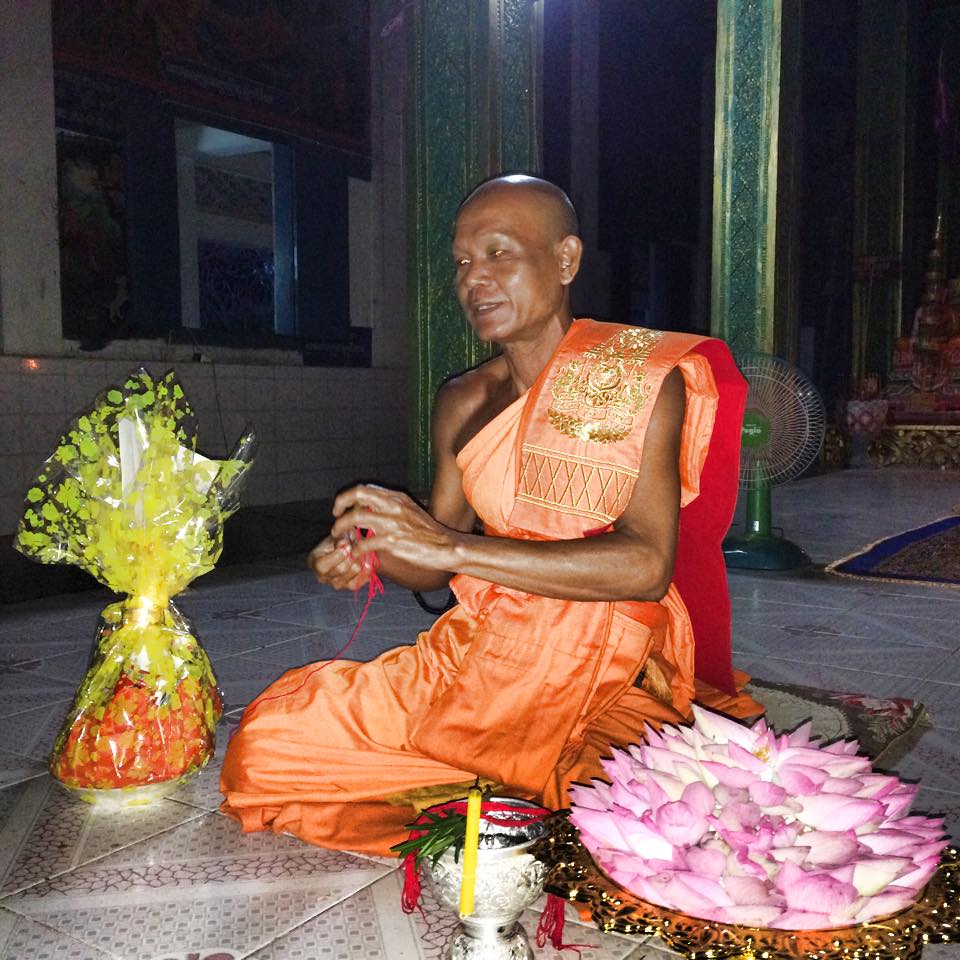
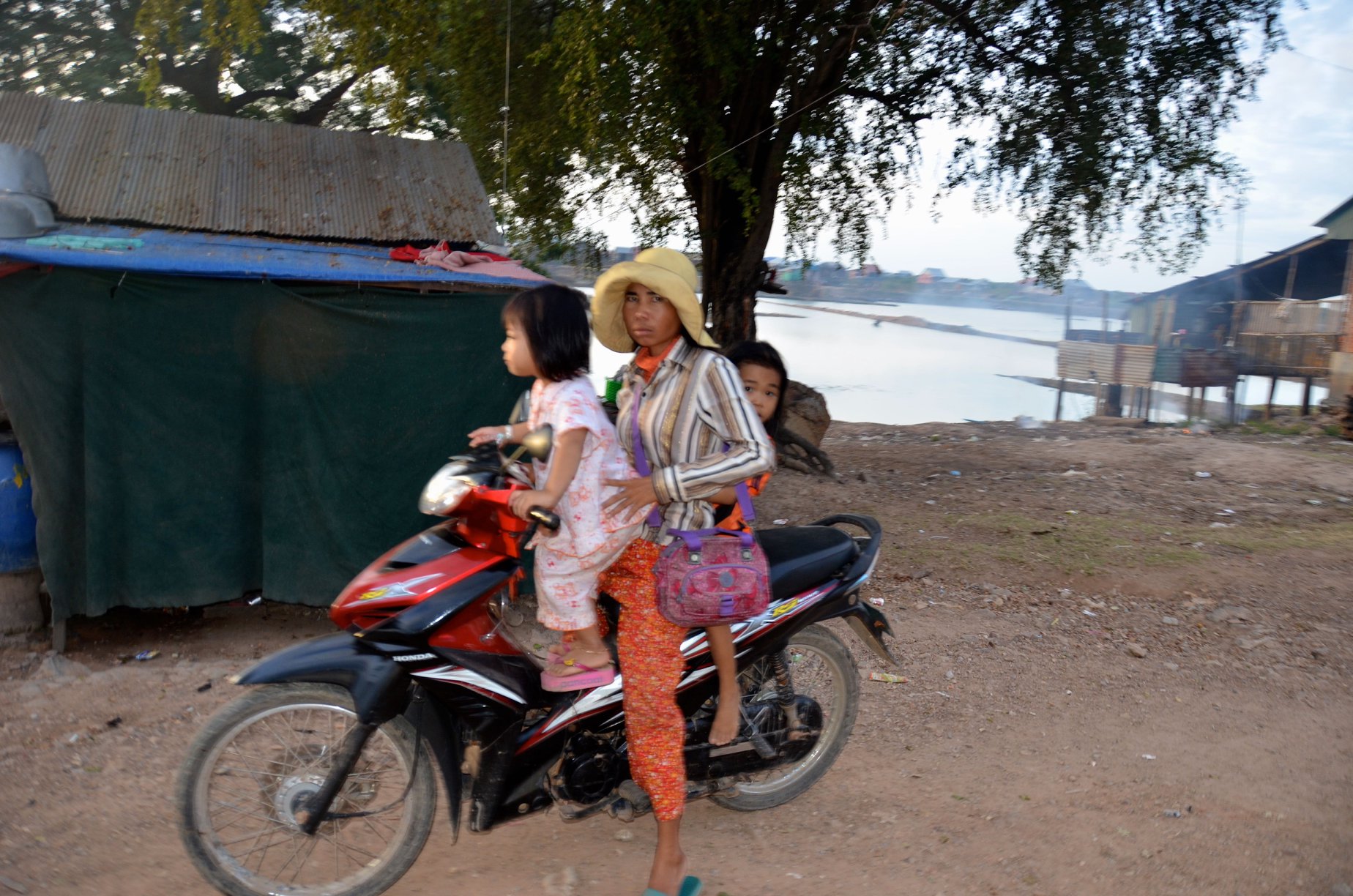
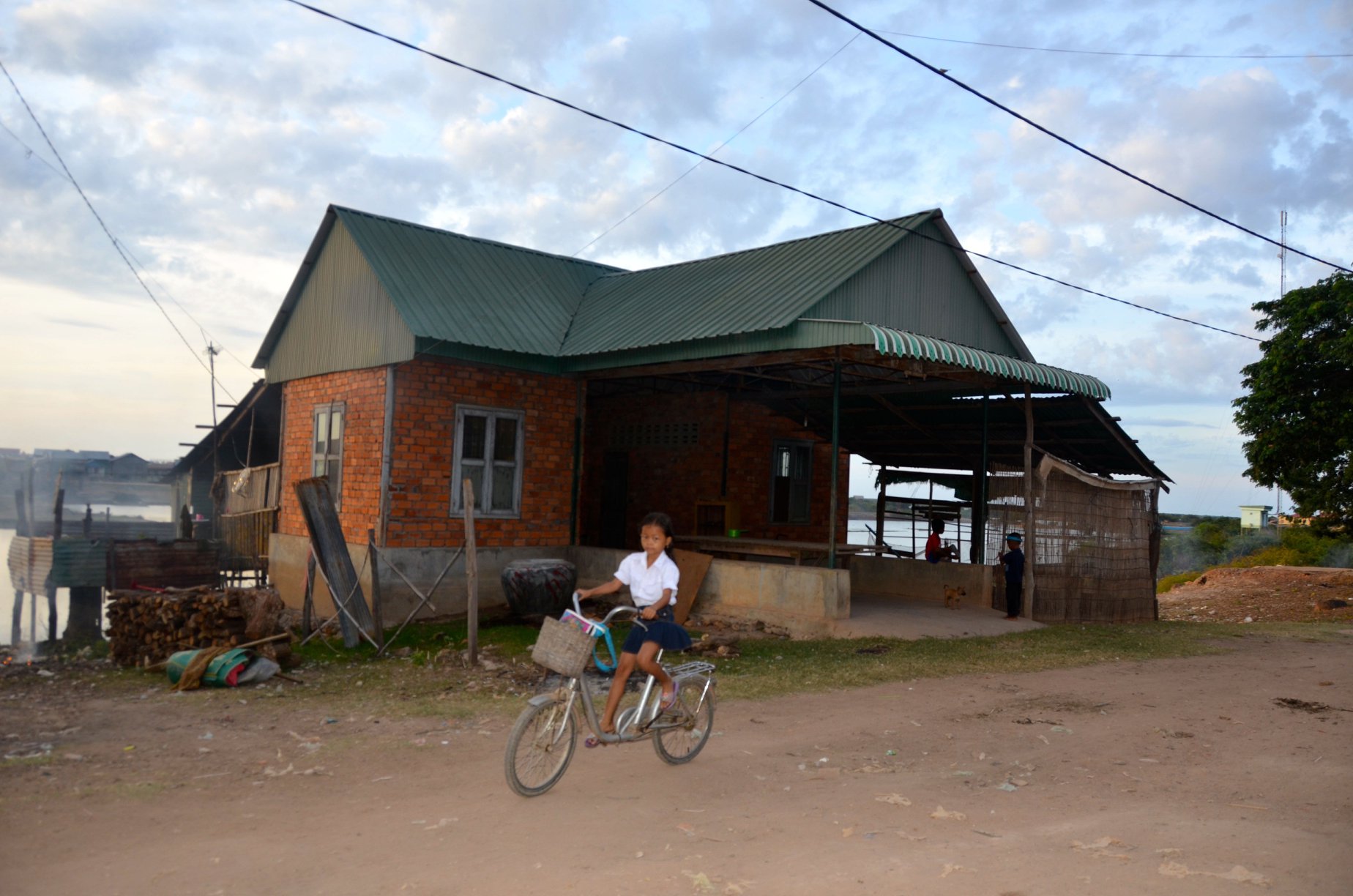
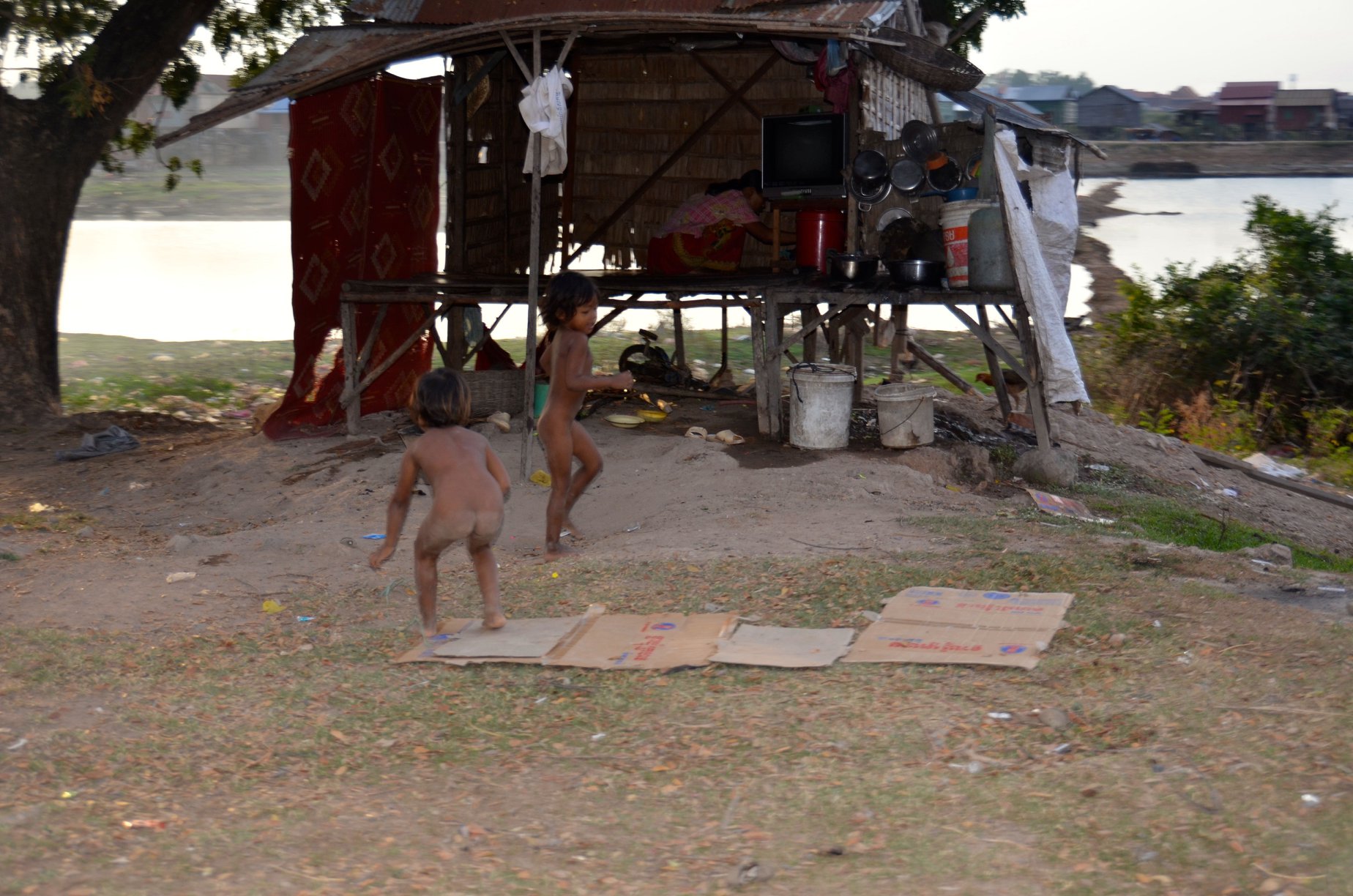
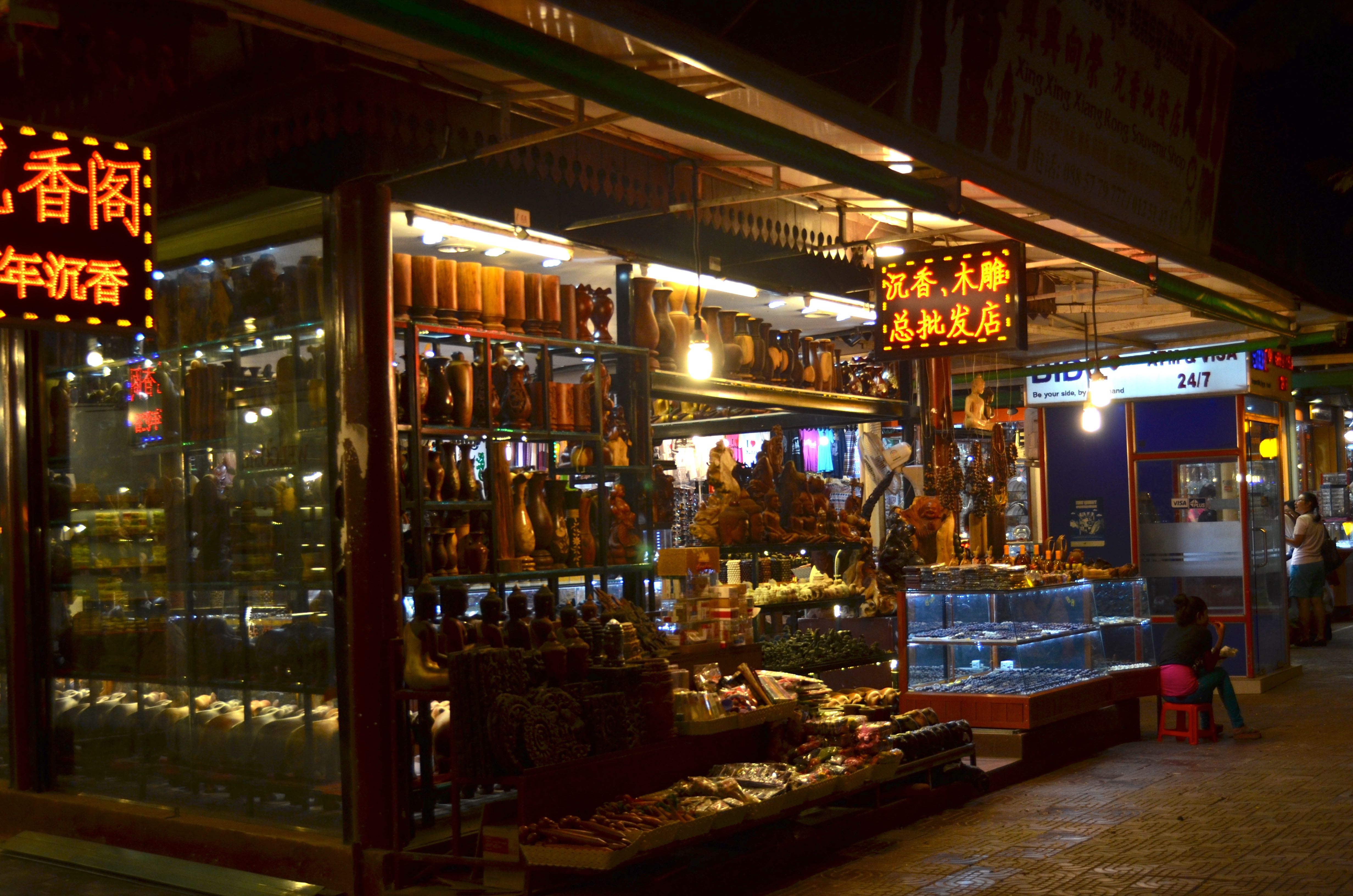
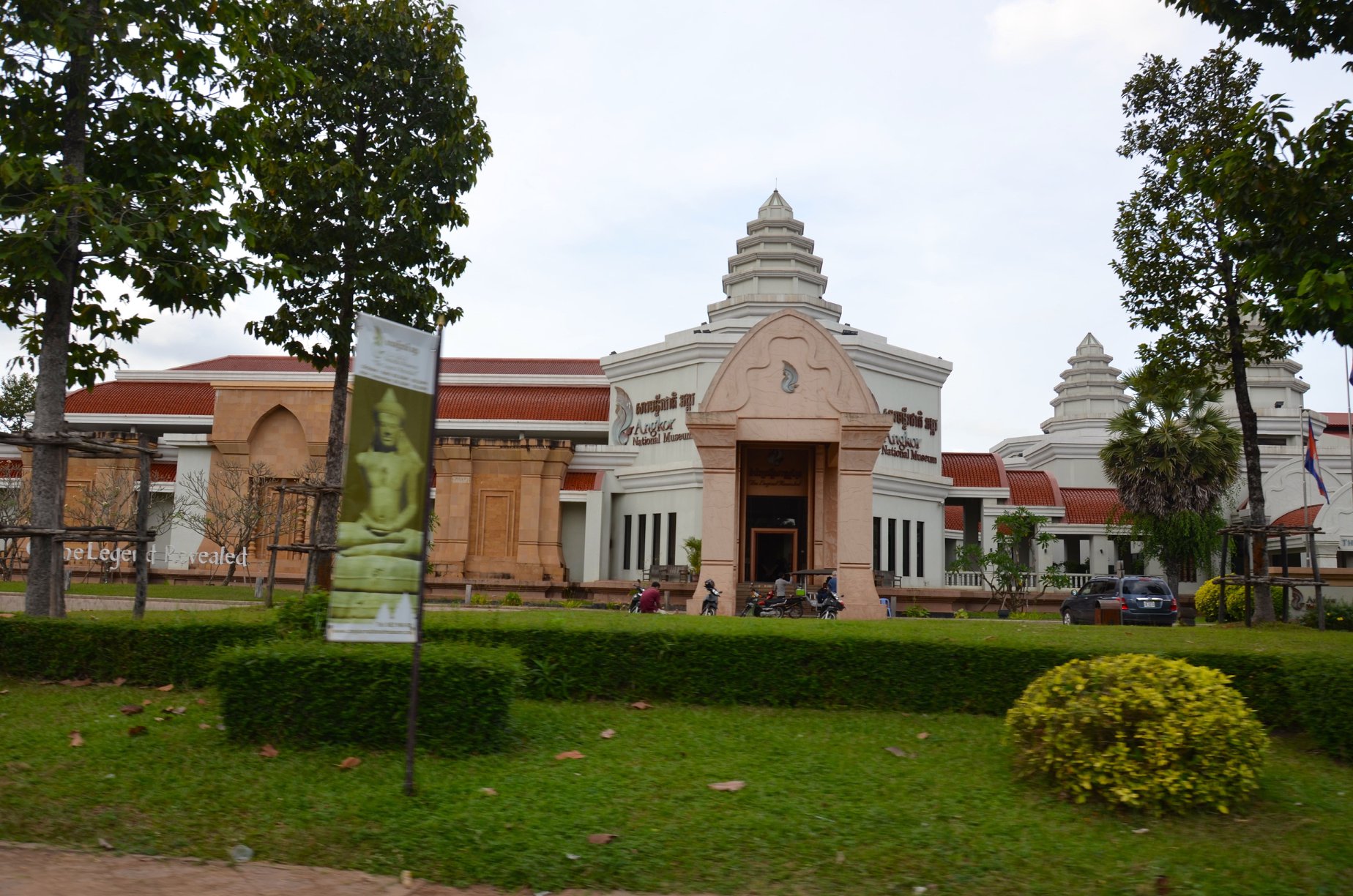
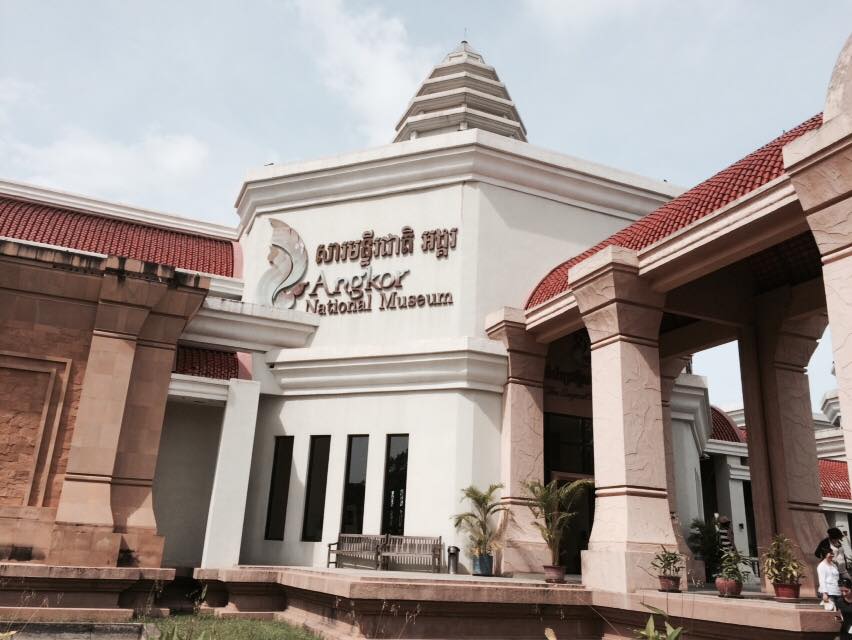
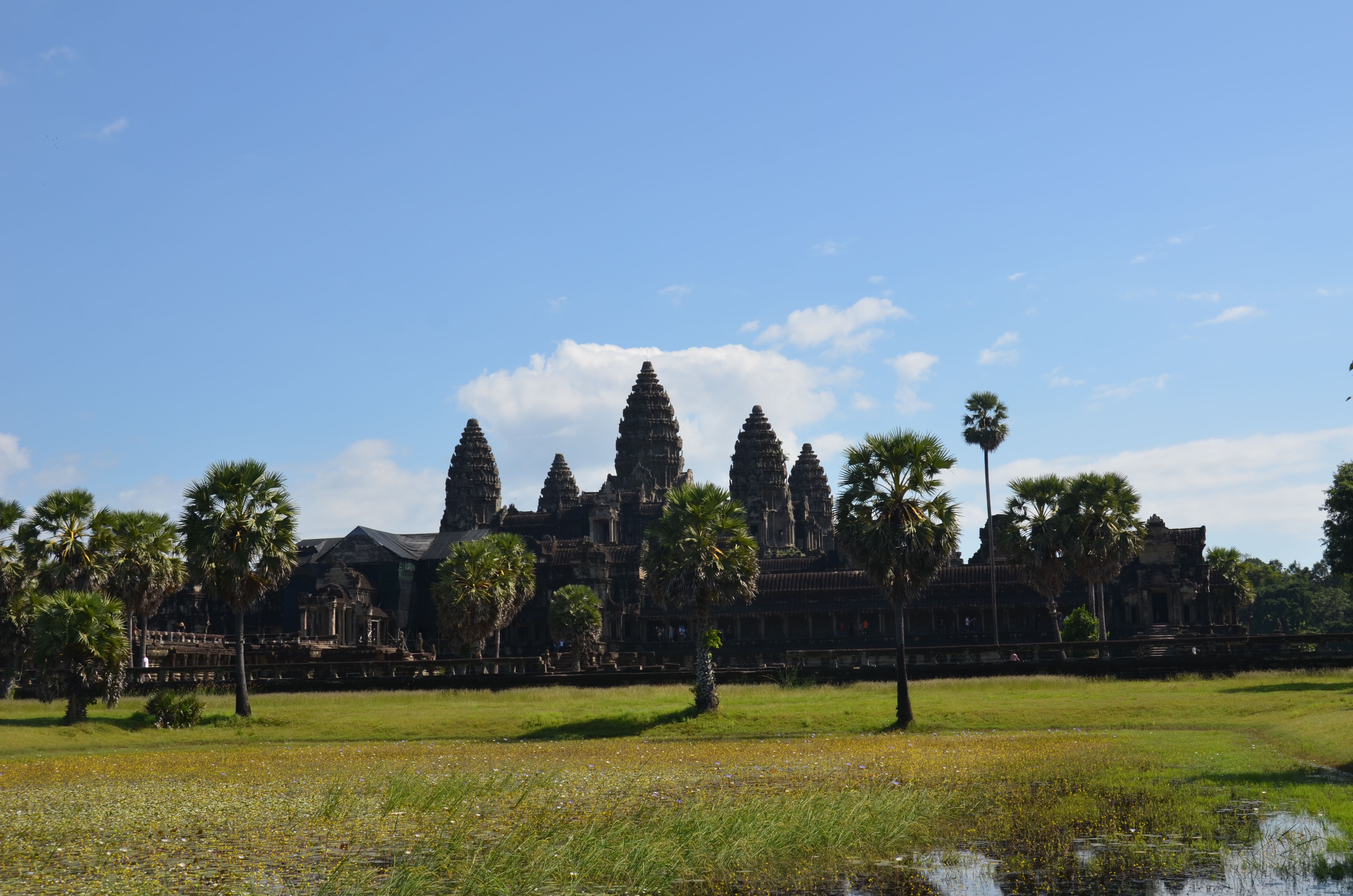
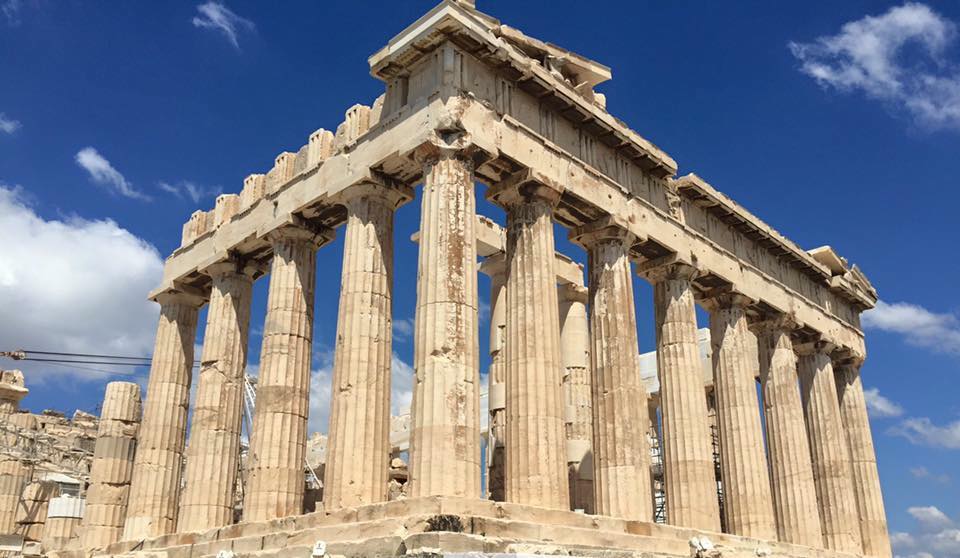
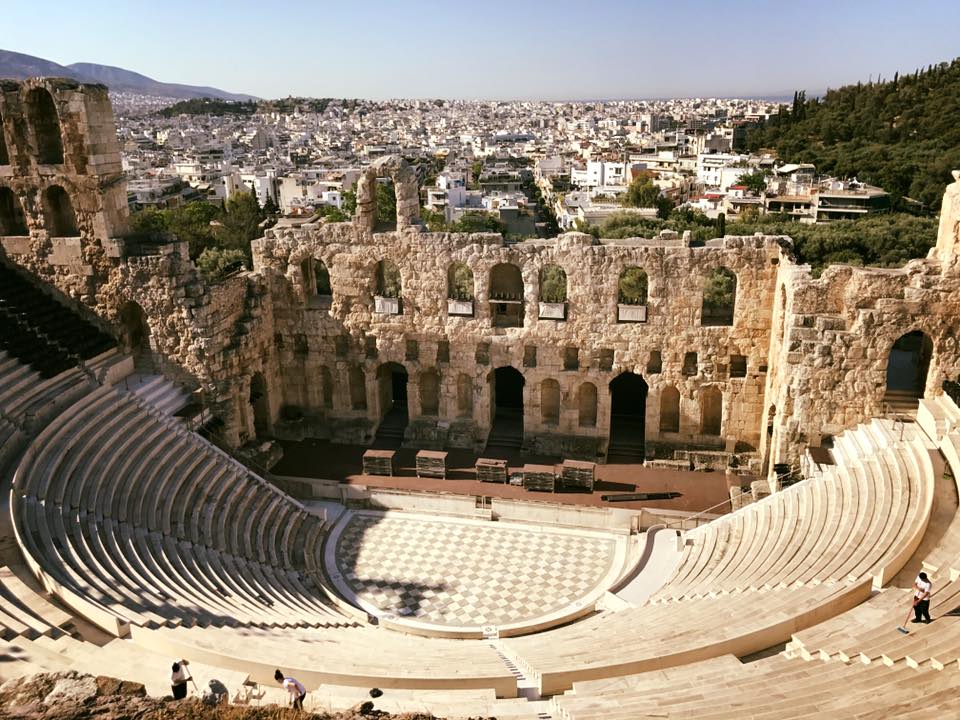
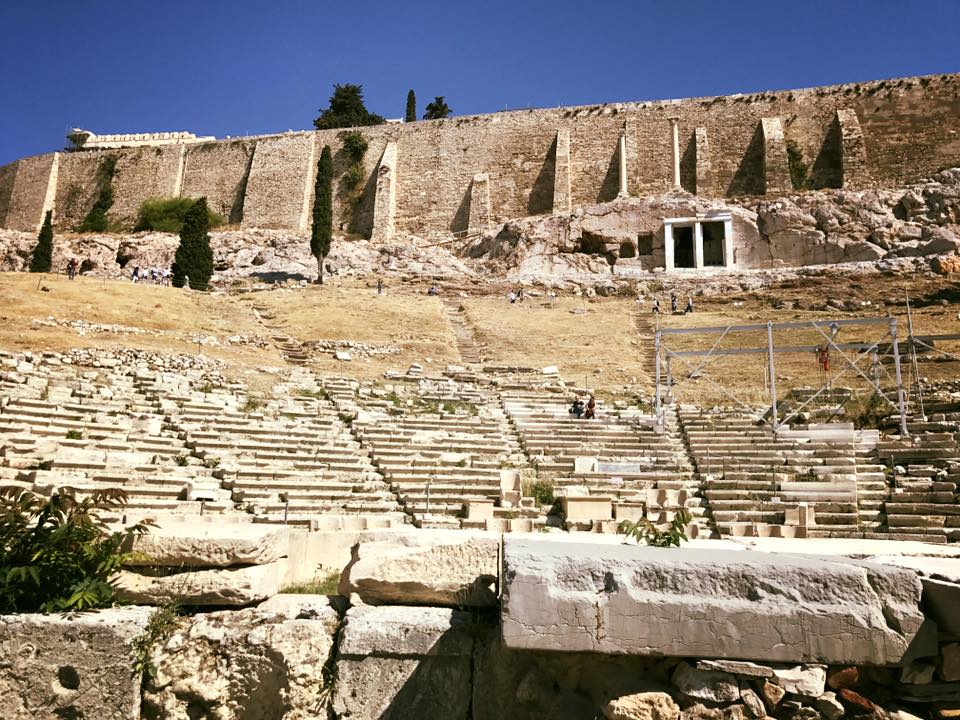 Once you are at the top of the Acropolis, you enter from here to see the Parthenon:
Once you are at the top of the Acropolis, you enter from here to see the Parthenon: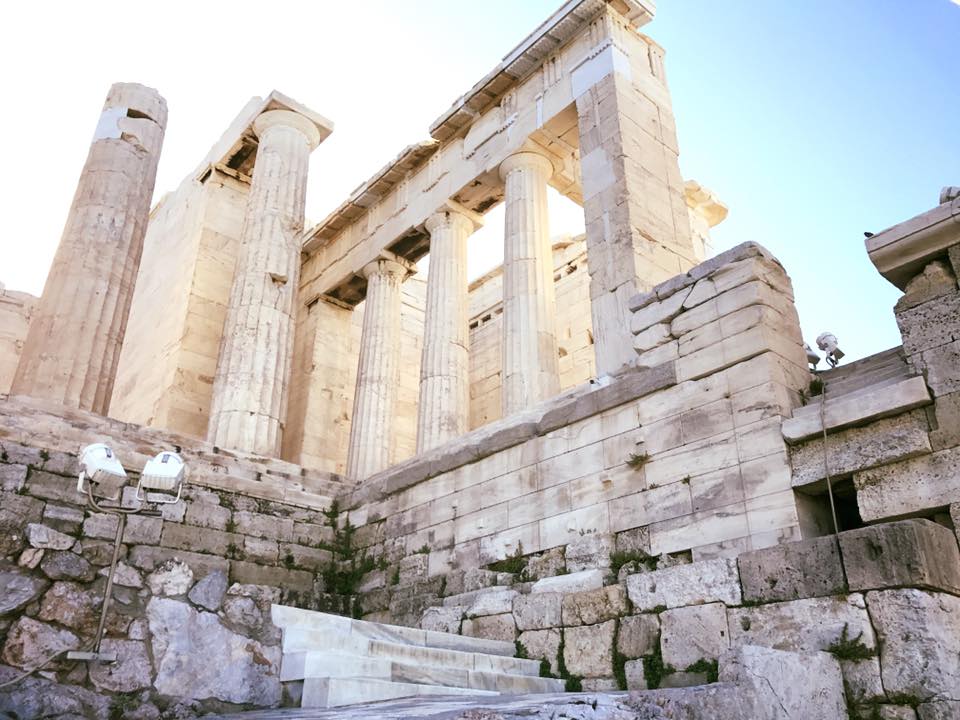
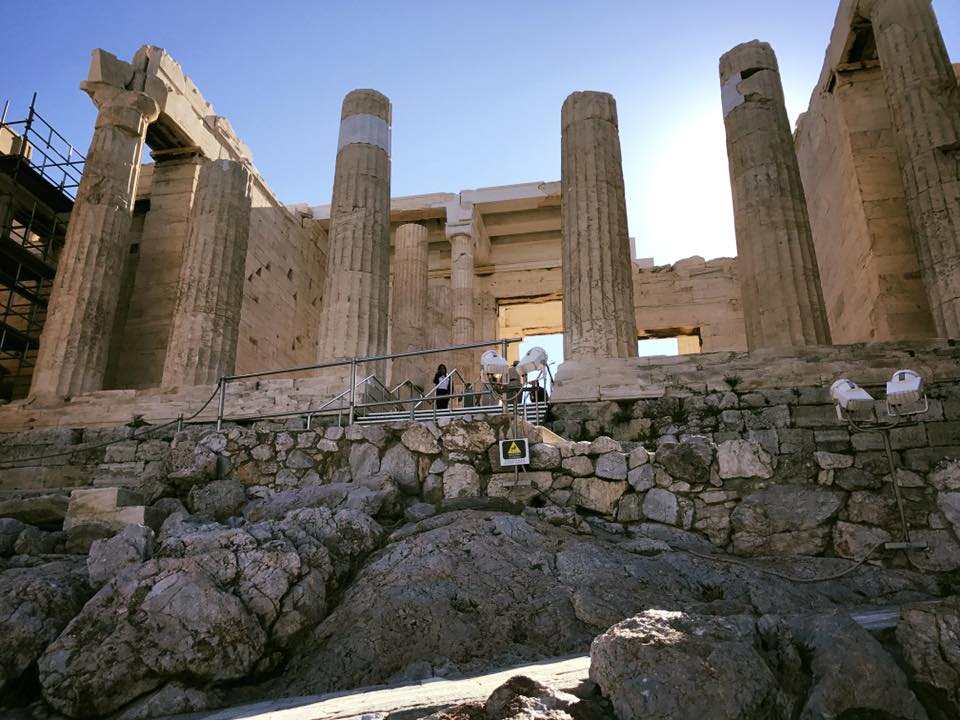
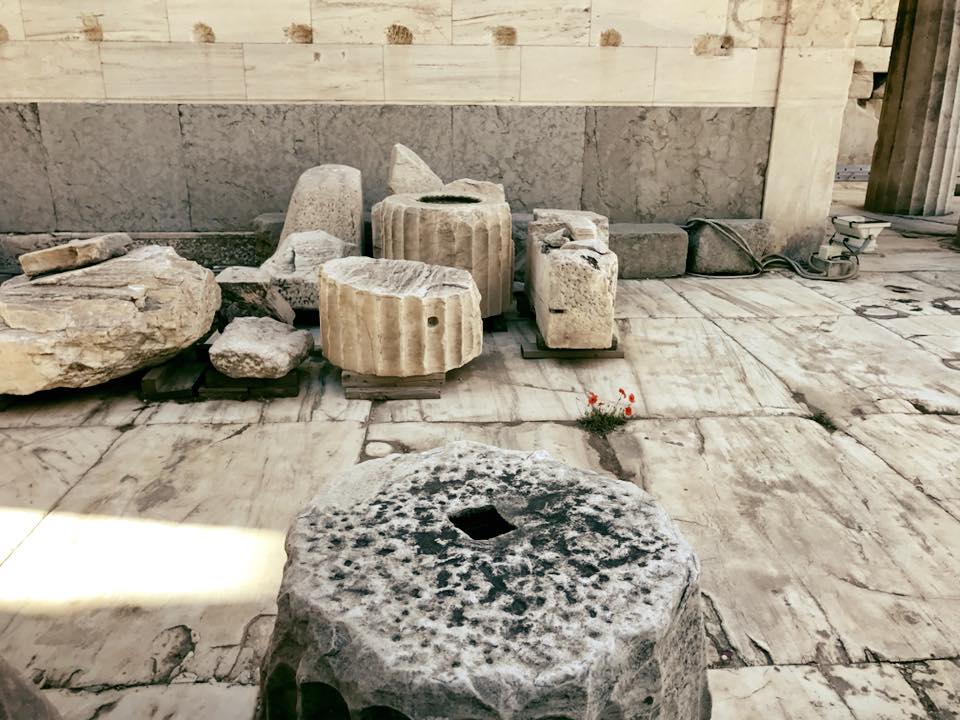
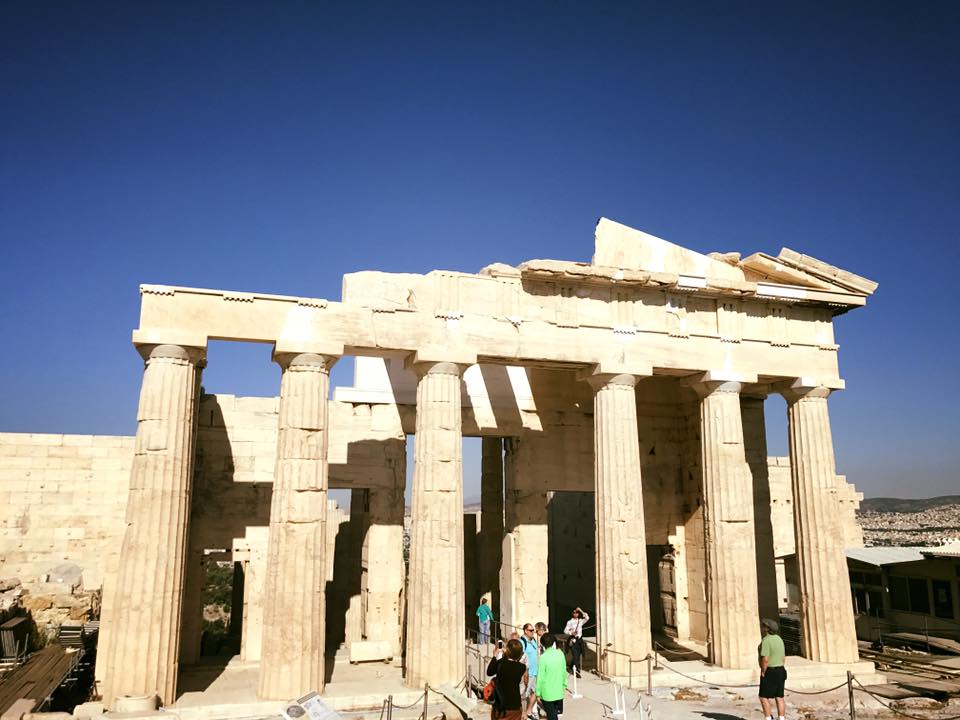 And now, for the main attraction: The Parthenon!
And now, for the main attraction: The Parthenon!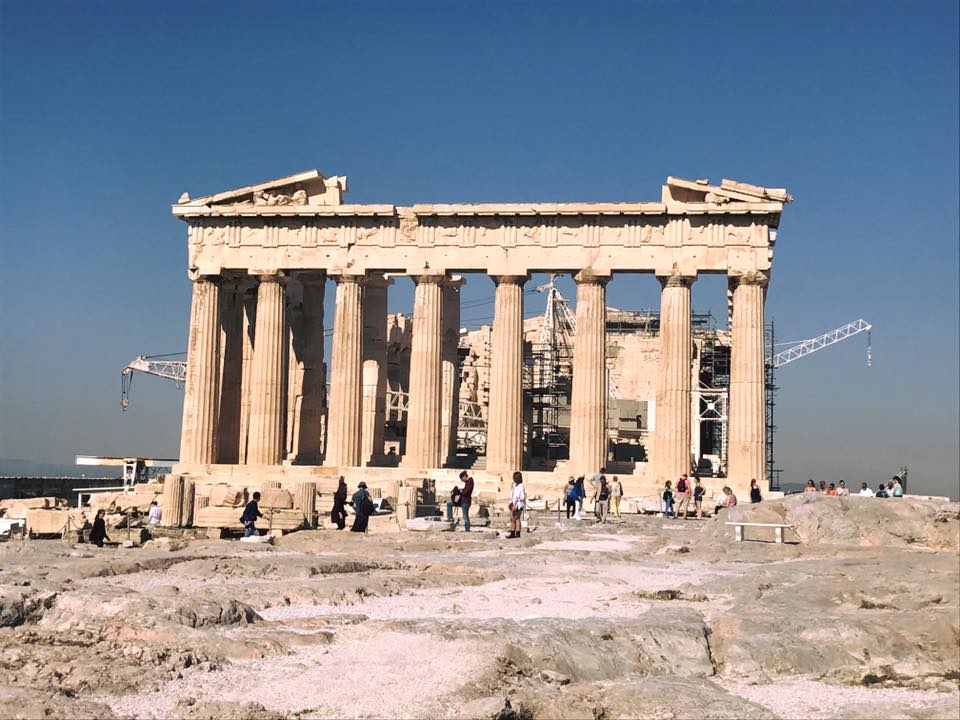
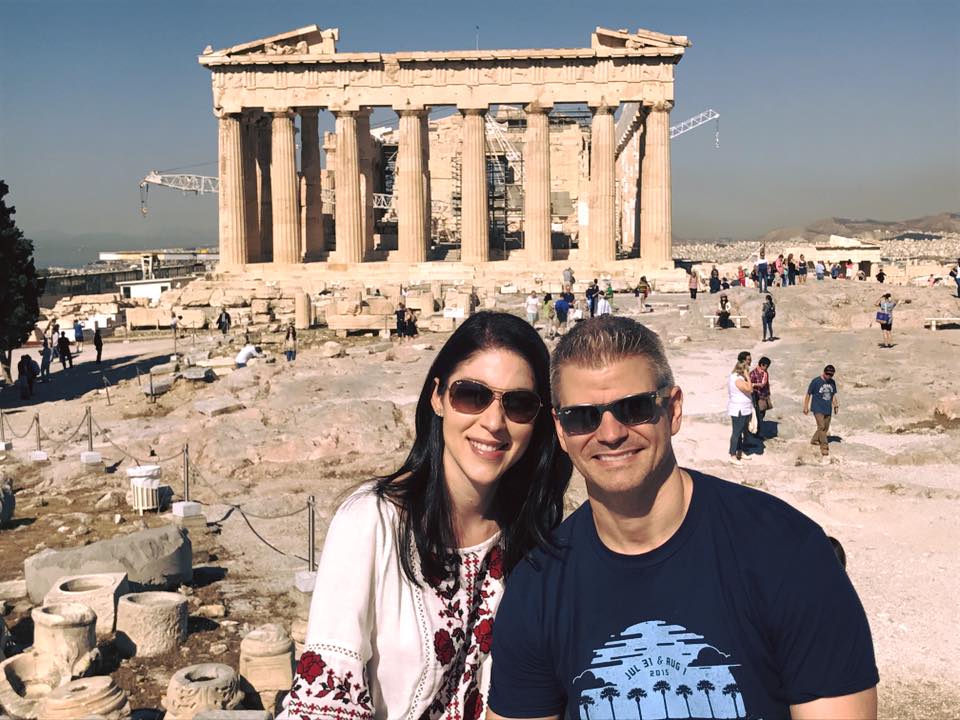
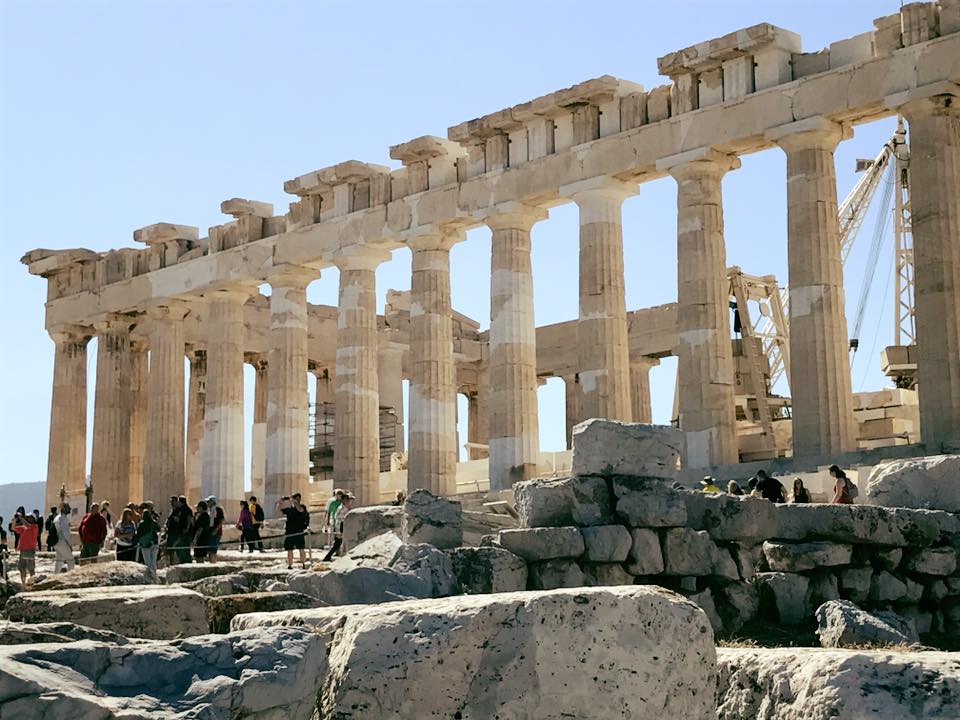
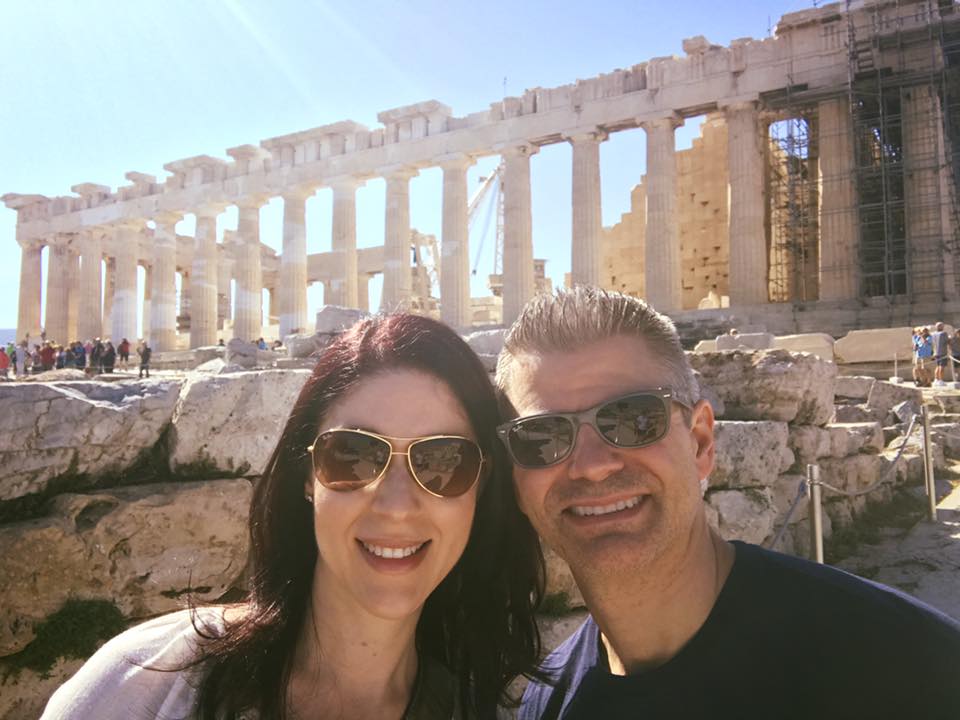 Don’t forget to spend some time visiting some of the other temples on the Acropolis.
Don’t forget to spend some time visiting some of the other temples on the Acropolis.
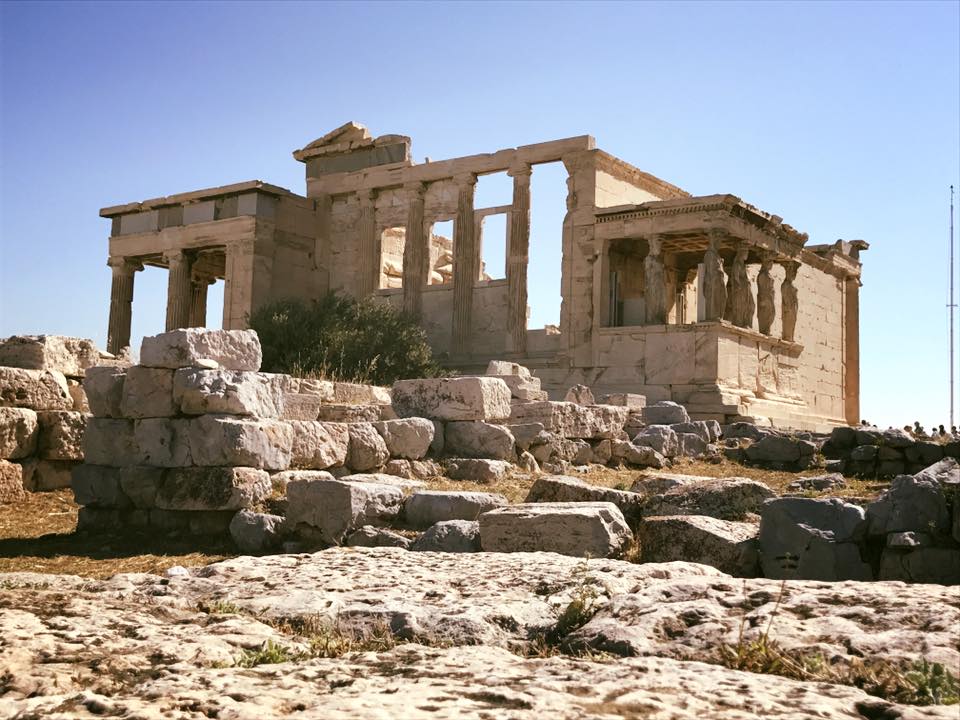
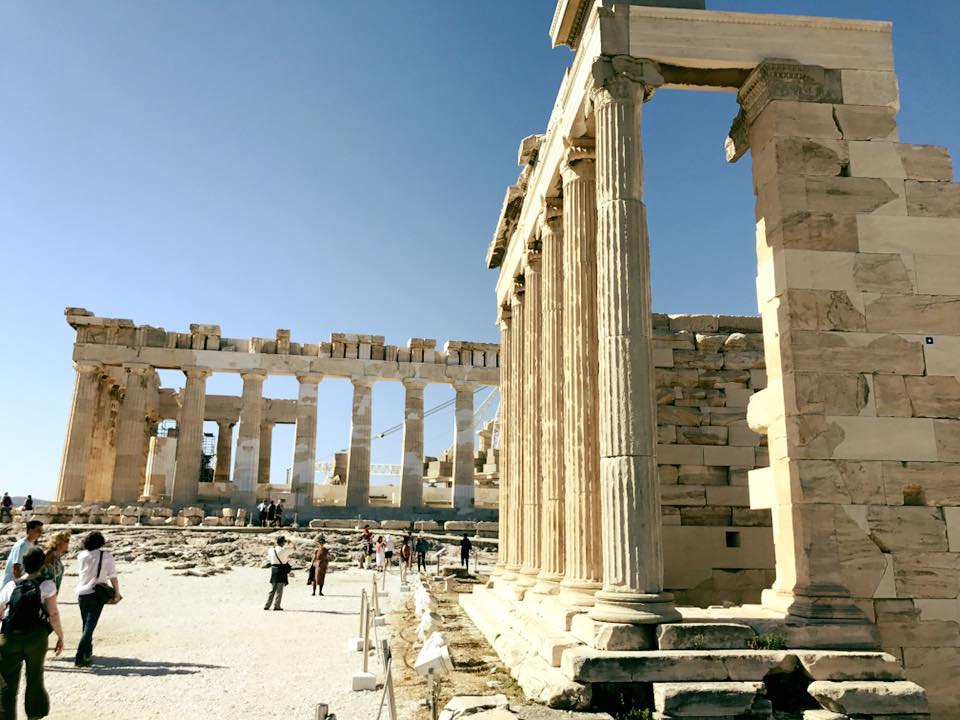
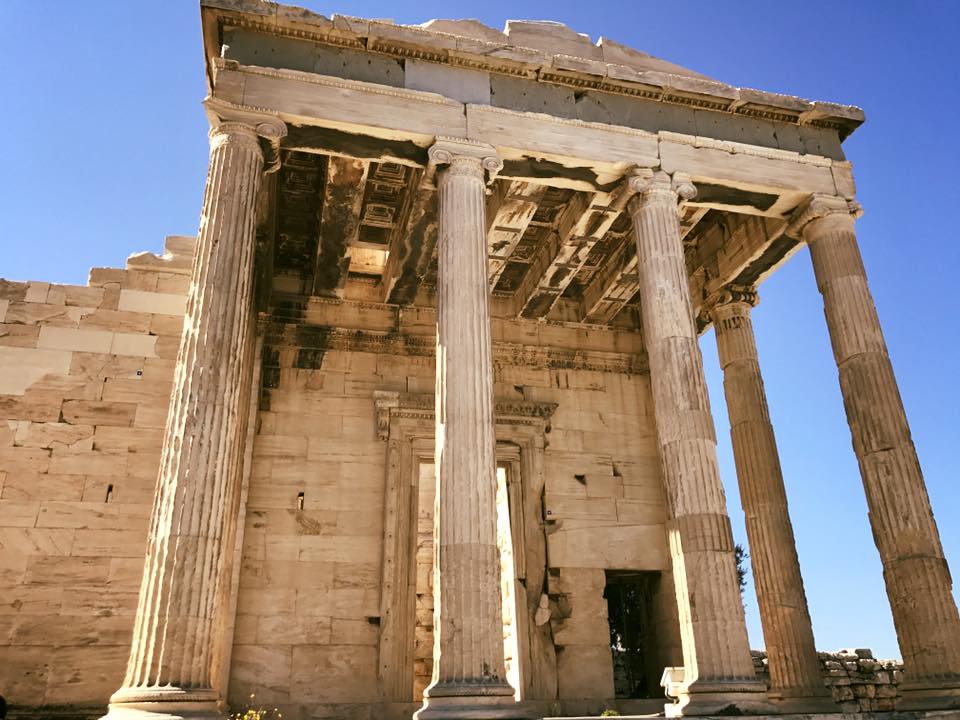
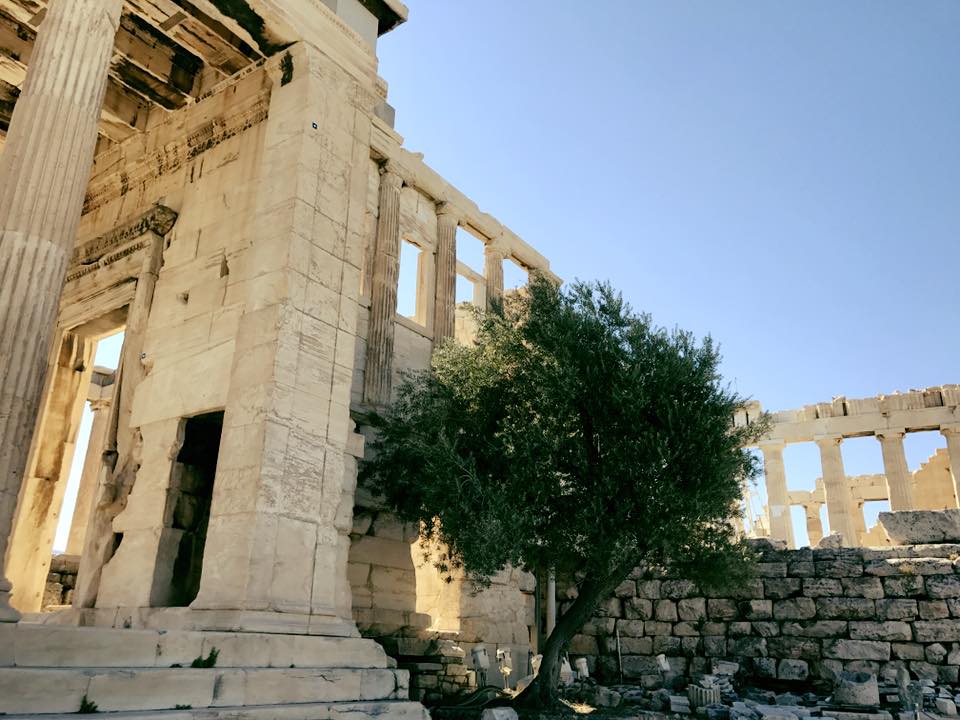 By the way, on your way out, don’t just pass by this olive tree without stopping to admire it. It is the oldest olive tree on the Acropolis! Also,
By the way, on your way out, don’t just pass by this olive tree without stopping to admire it. It is the oldest olive tree on the Acropolis! Also, 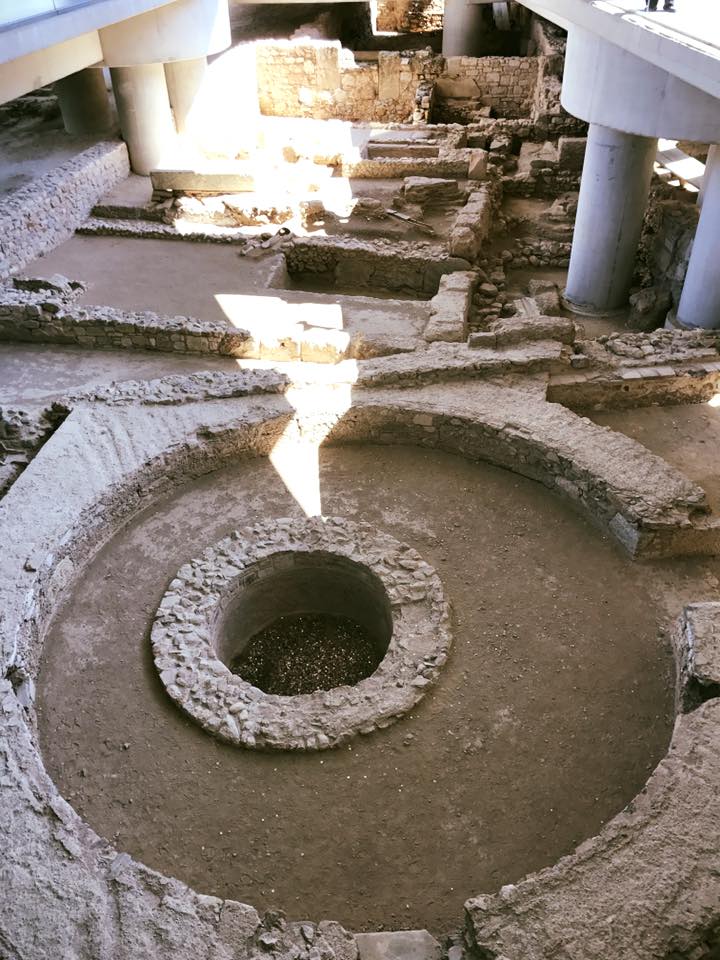
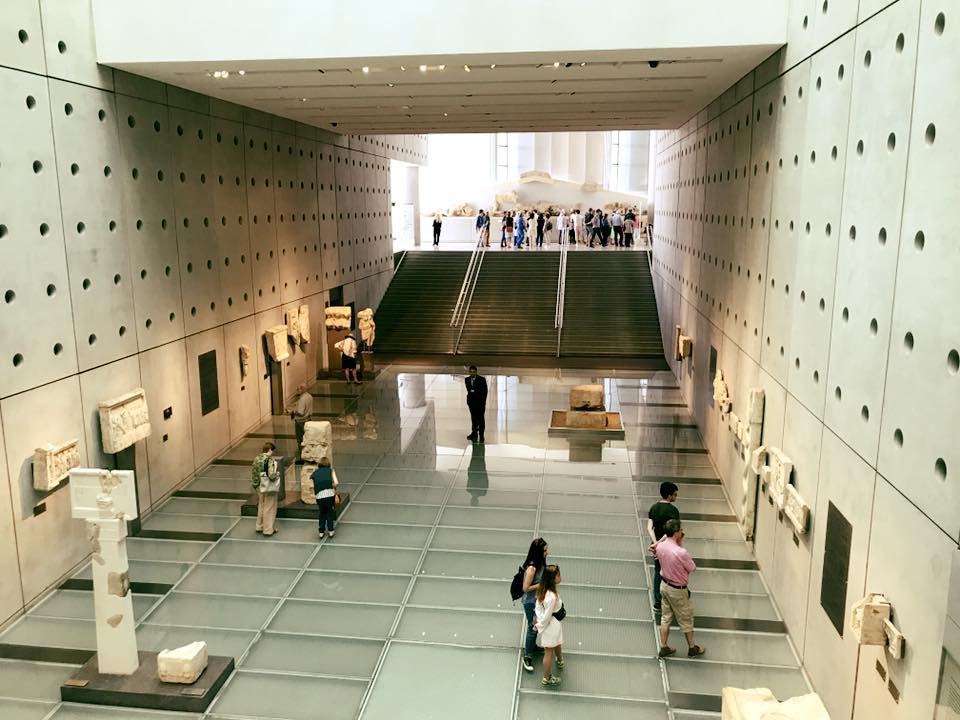
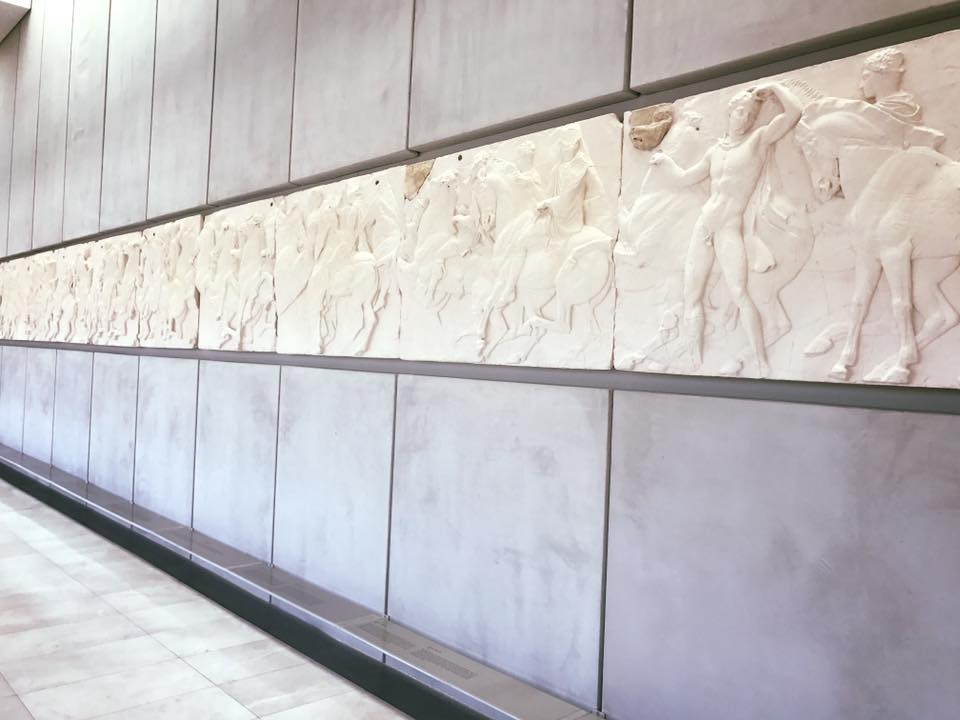
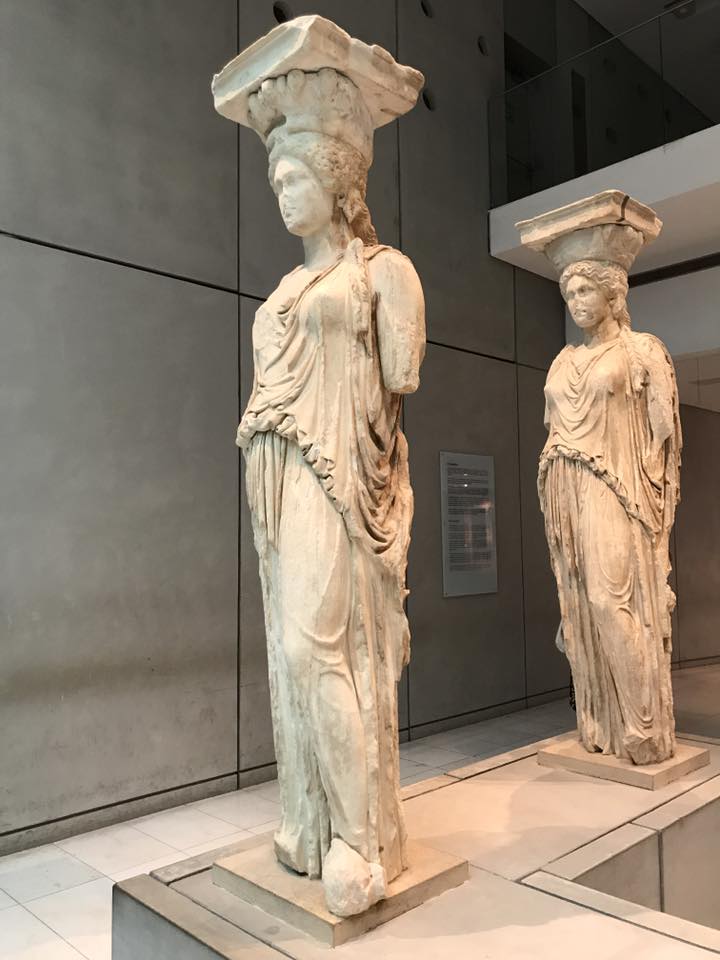
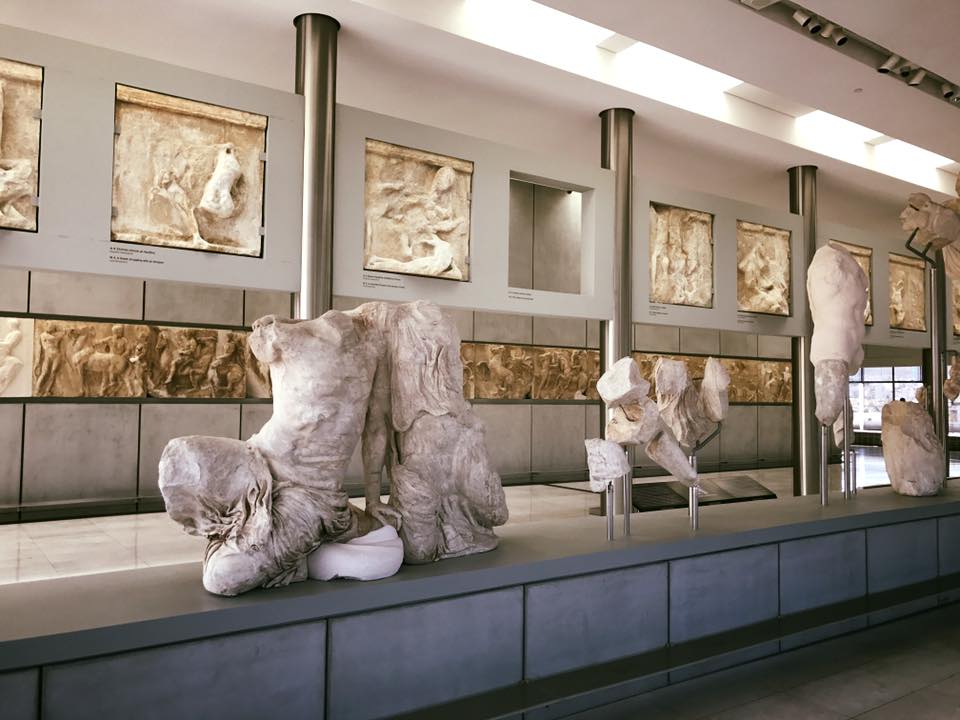 This sculpture is my favorite in the museum. It is a replica of what used to sit atop the entrance to the Parthenon (the darker pieces are original).
This sculpture is my favorite in the museum. It is a replica of what used to sit atop the entrance to the Parthenon (the darker pieces are original).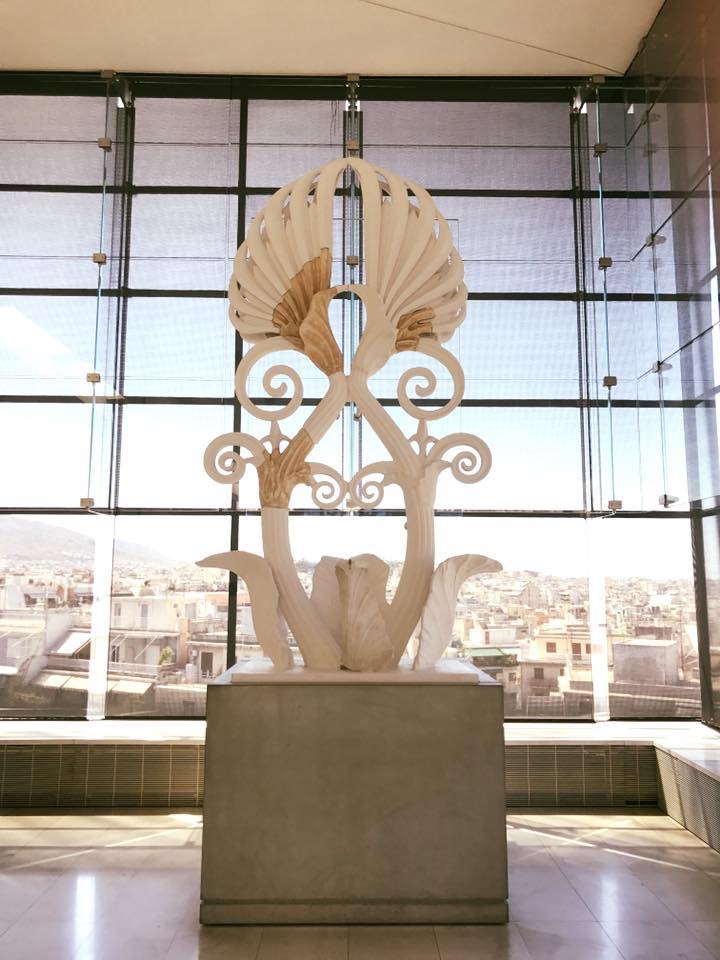
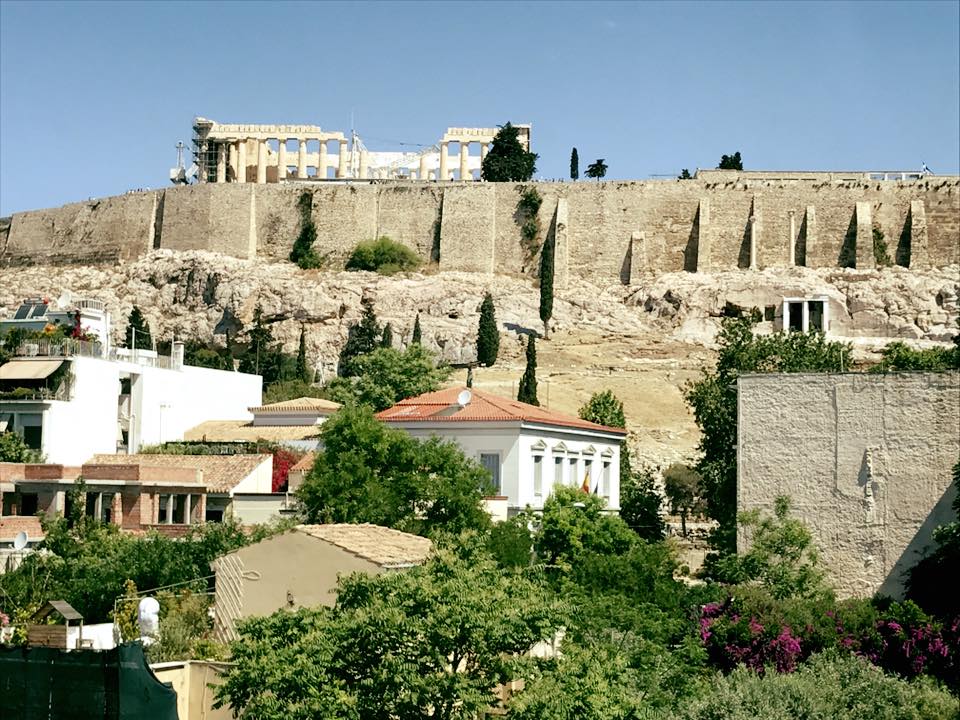
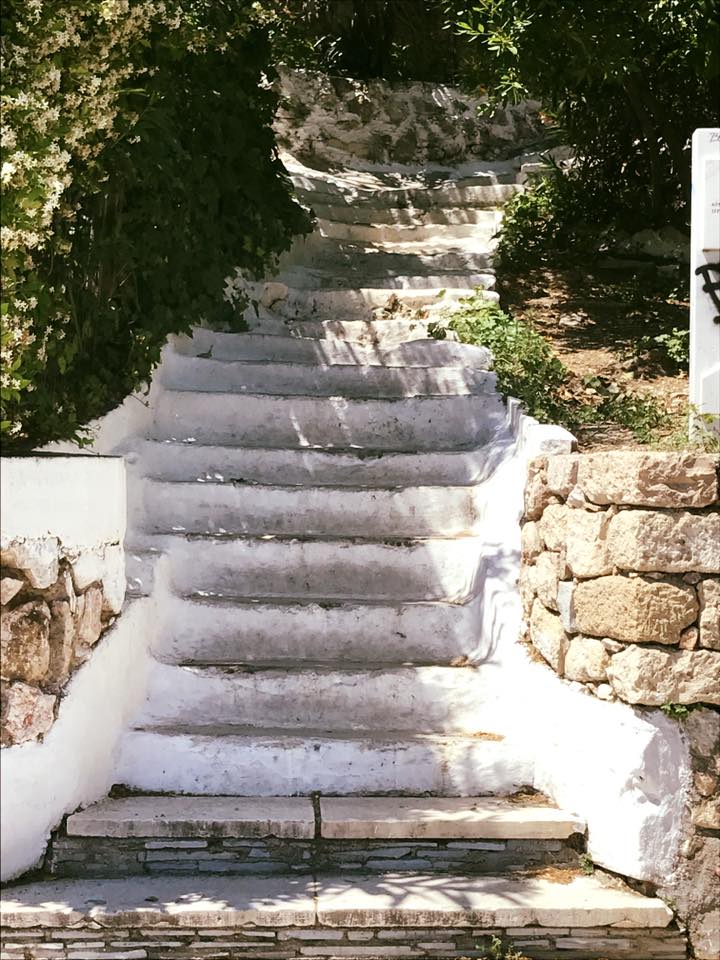
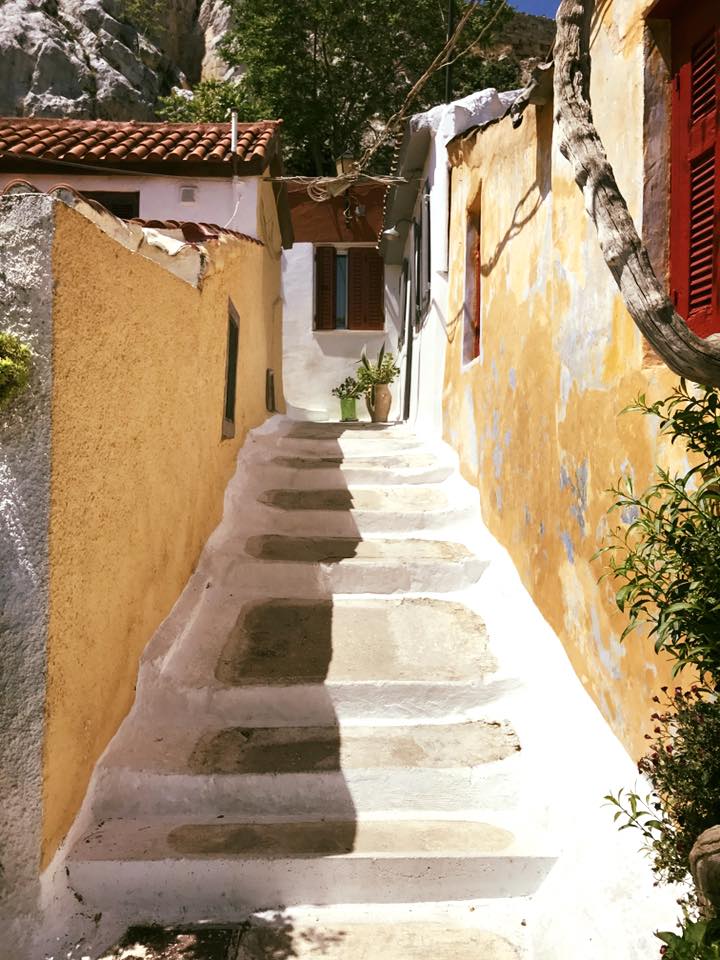
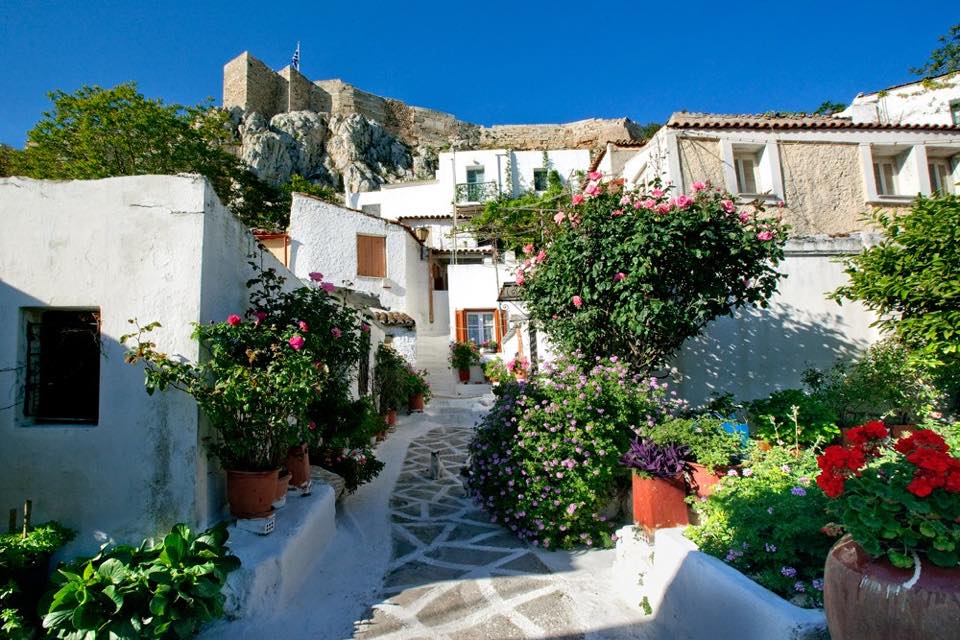
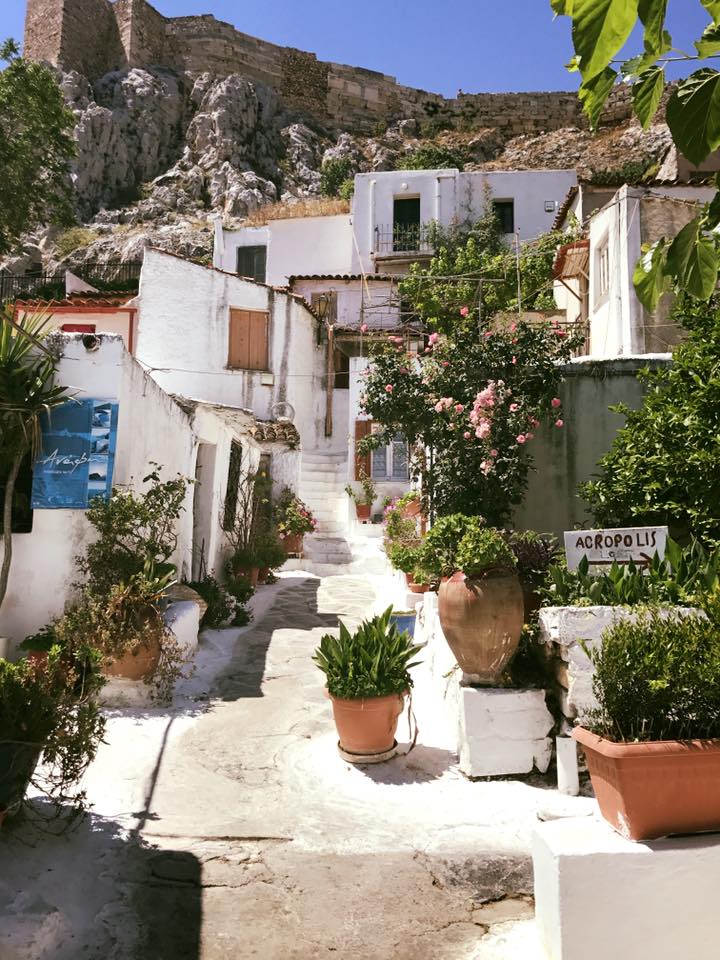
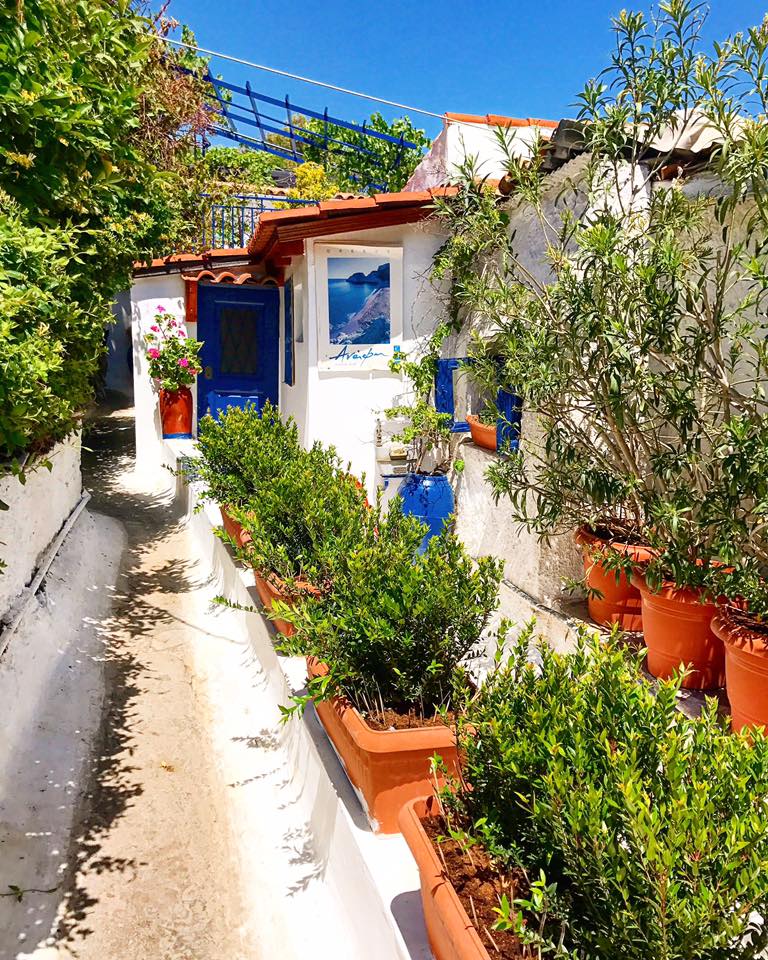
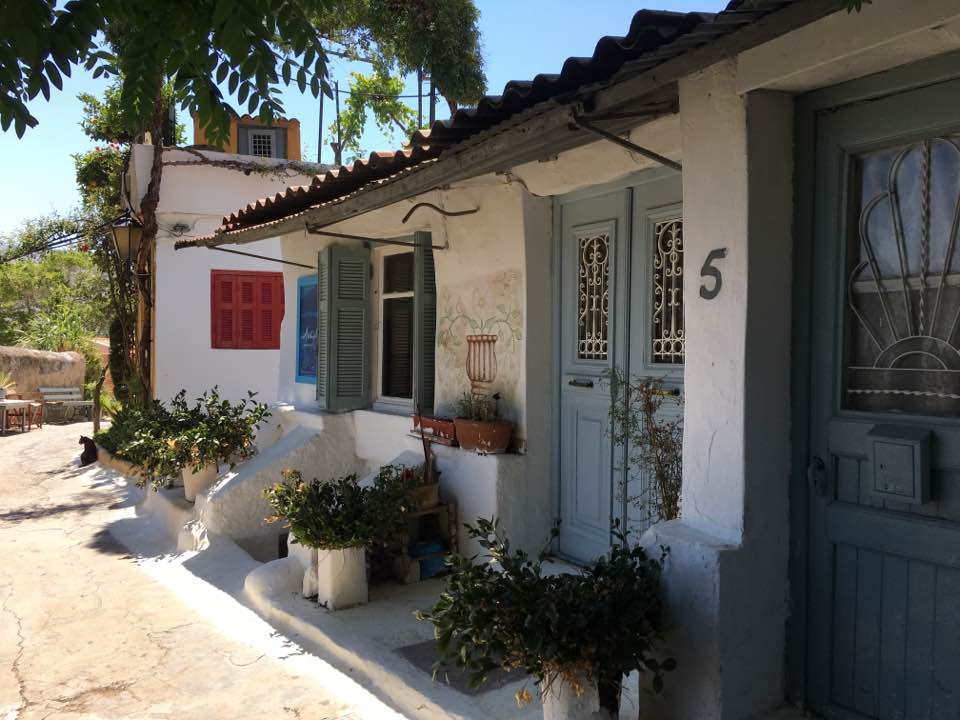
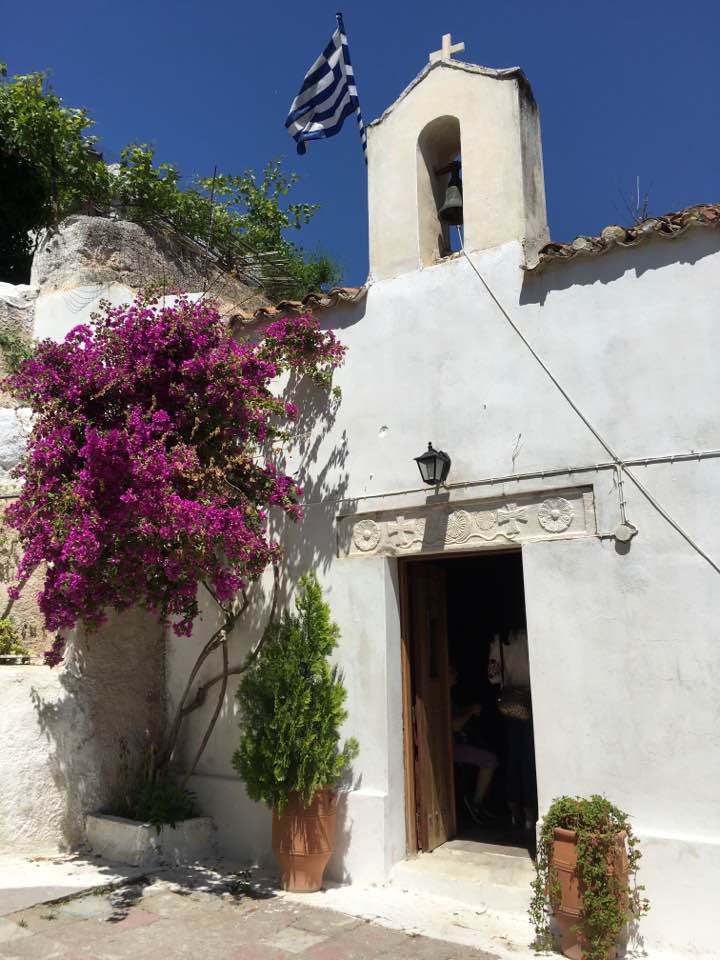
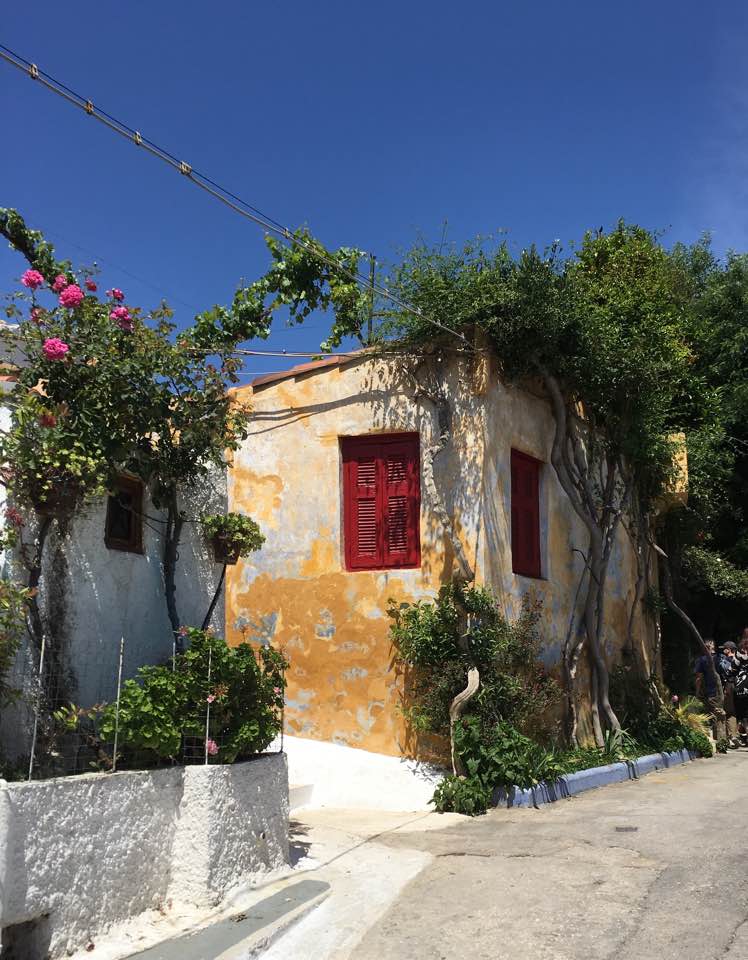
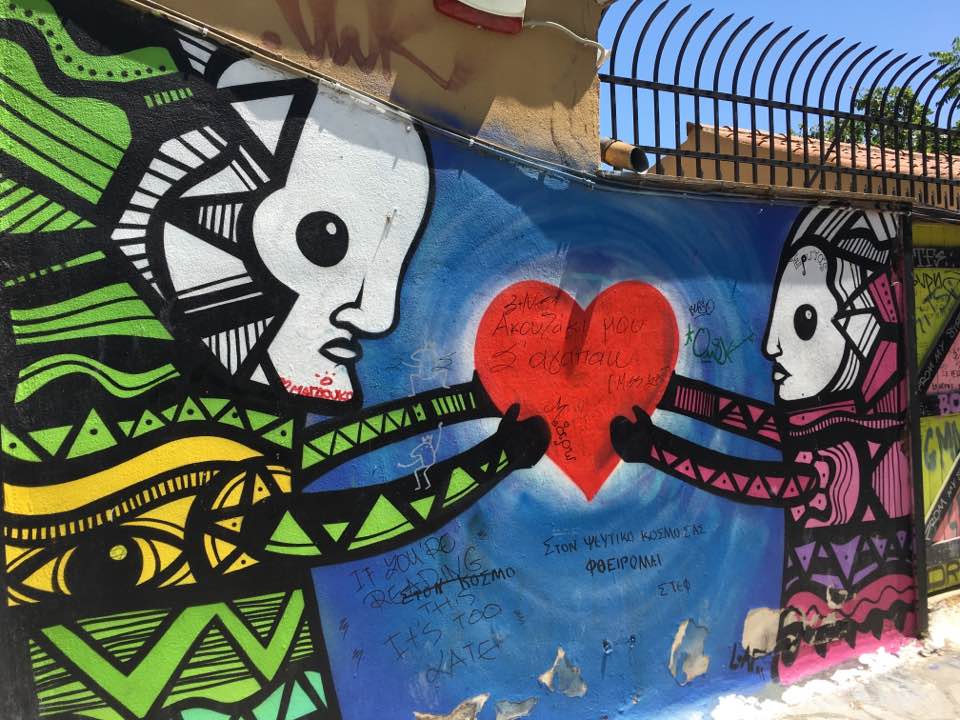
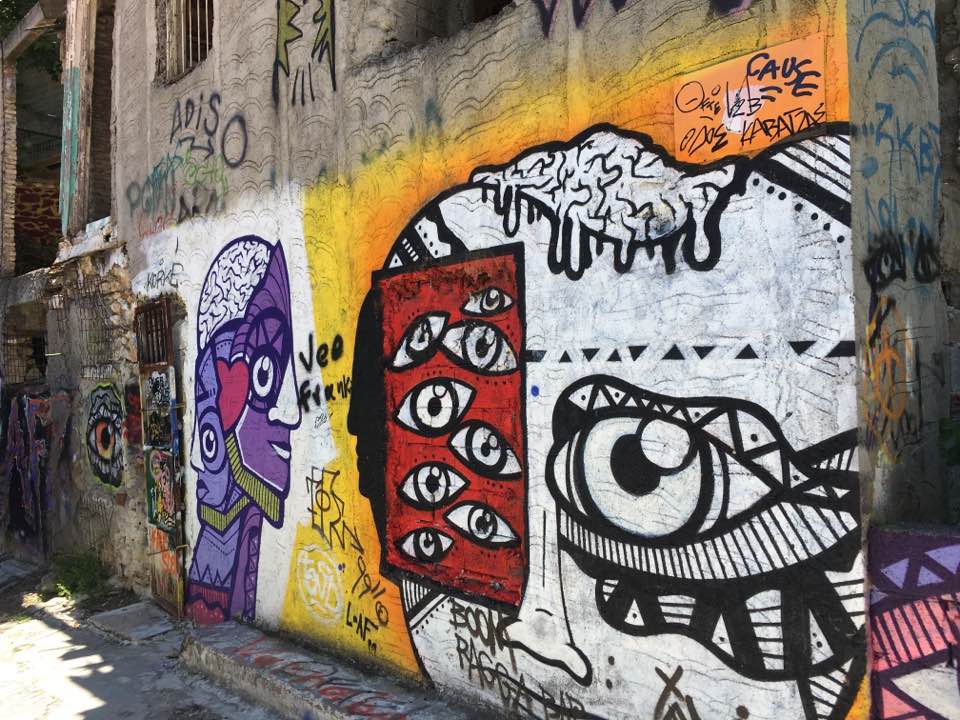
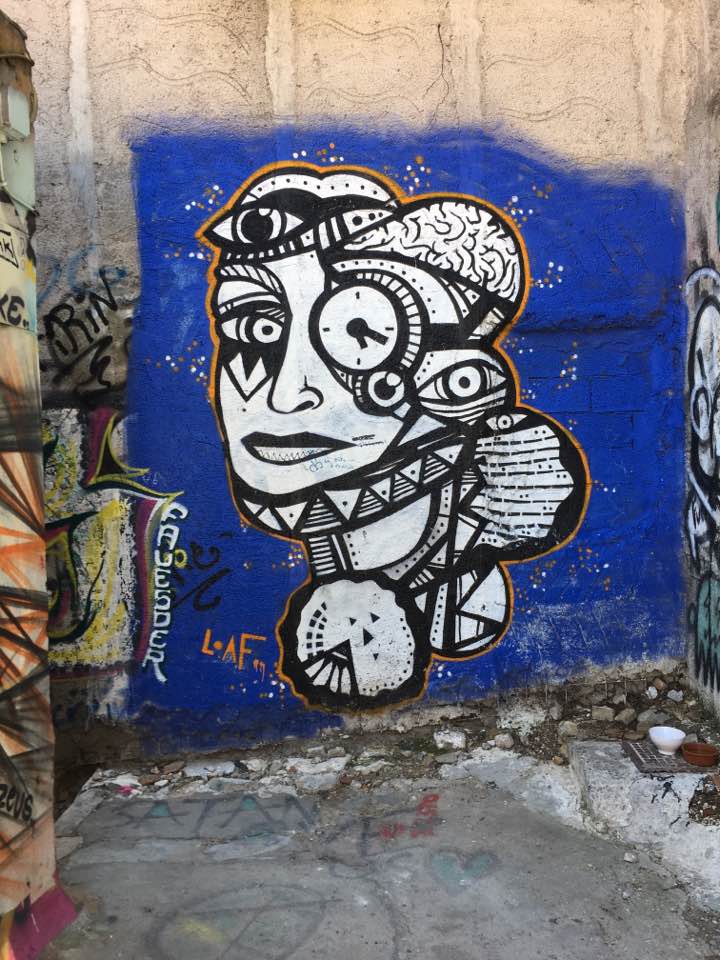
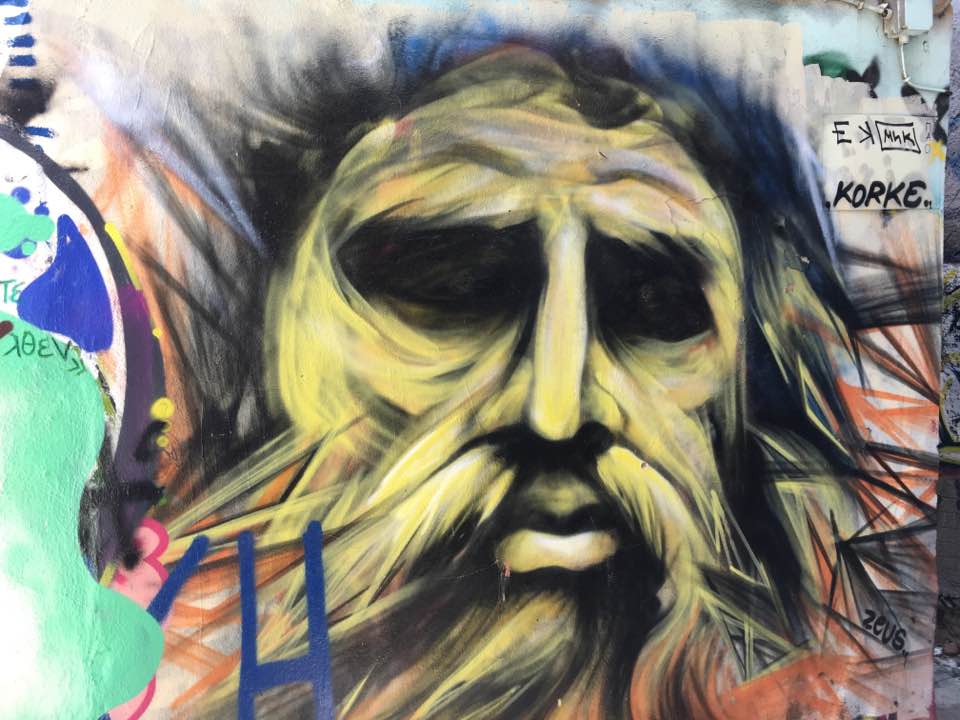 A few minutes later, you will be at the beautiful Plaka, where you will have your pick of excellent taverns for lunch.
A few minutes later, you will be at the beautiful Plaka, where you will have your pick of excellent taverns for lunch.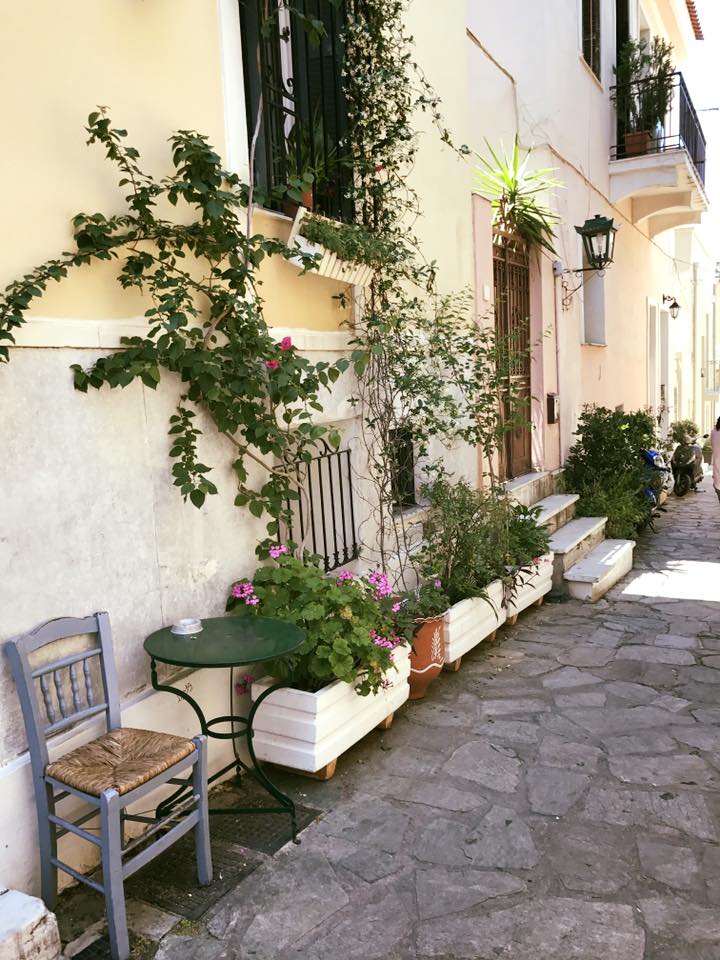
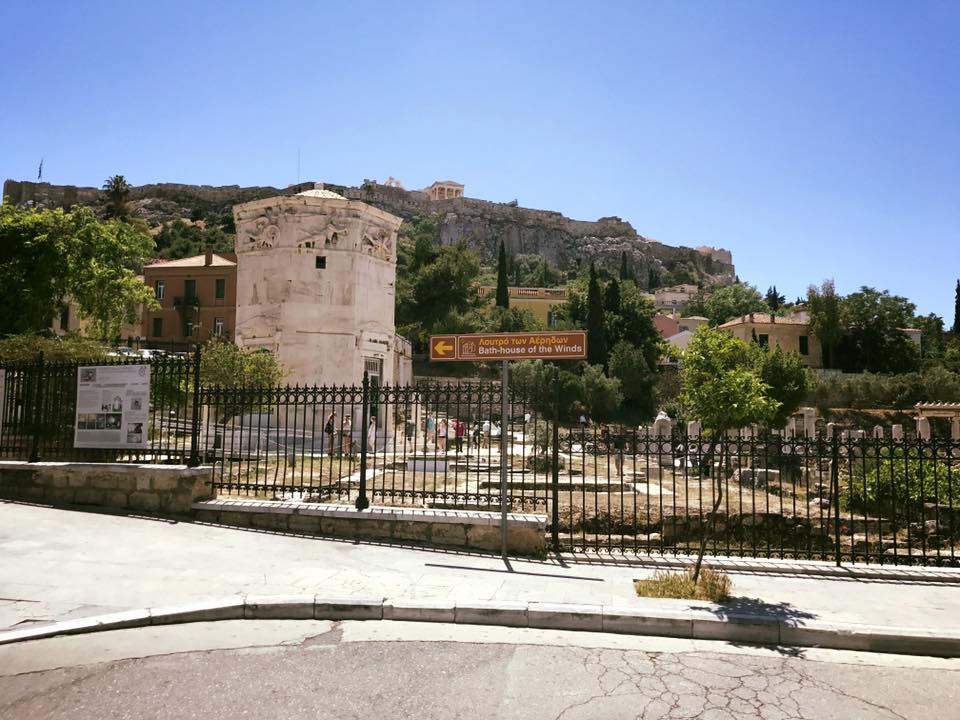

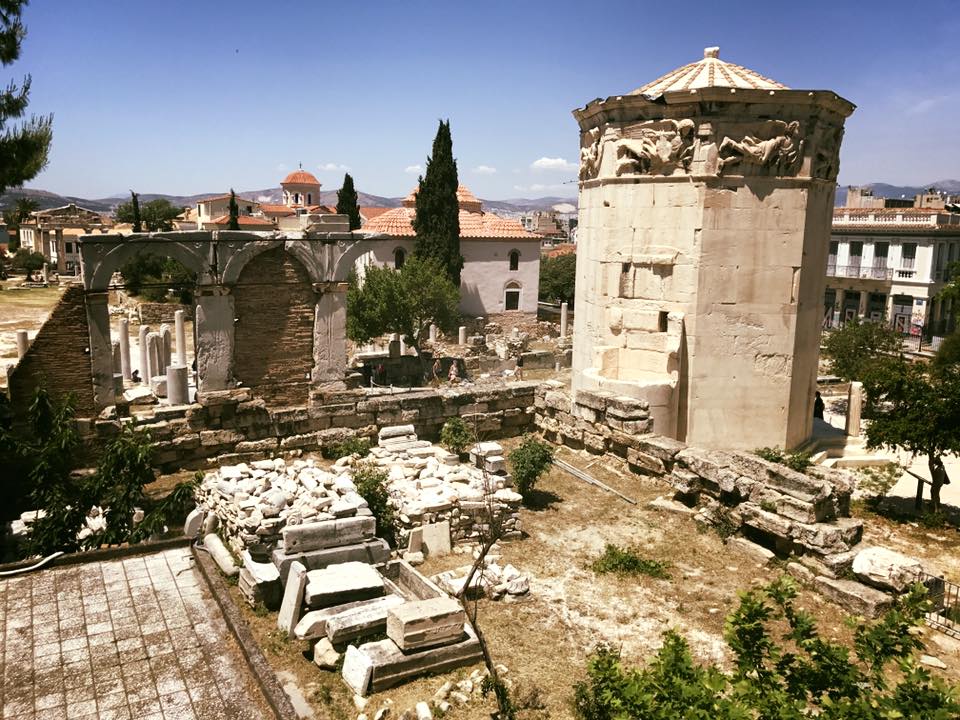
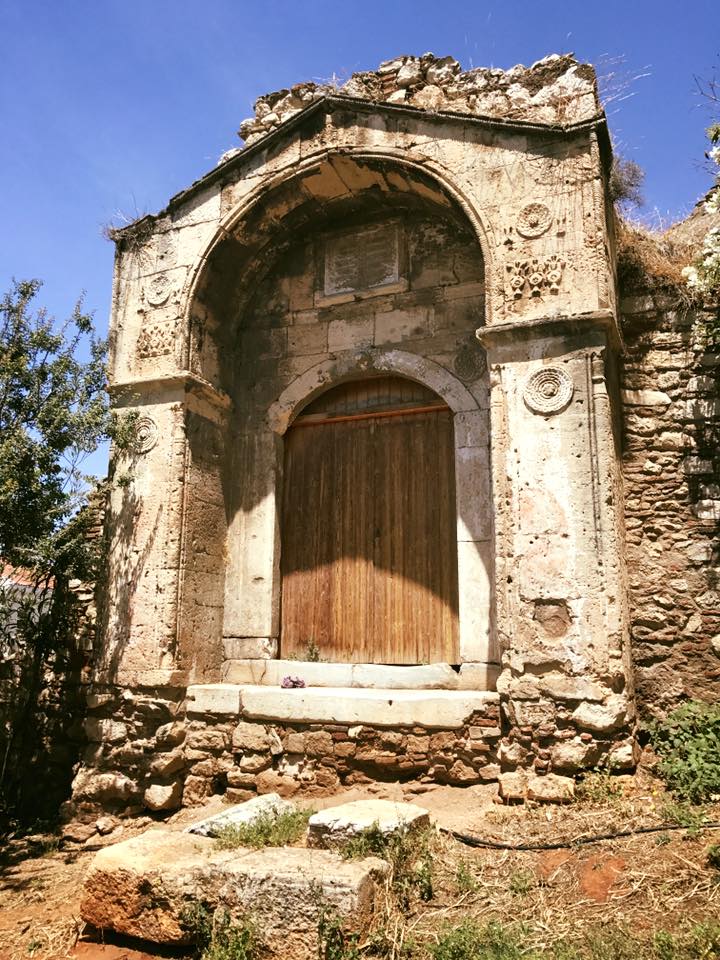
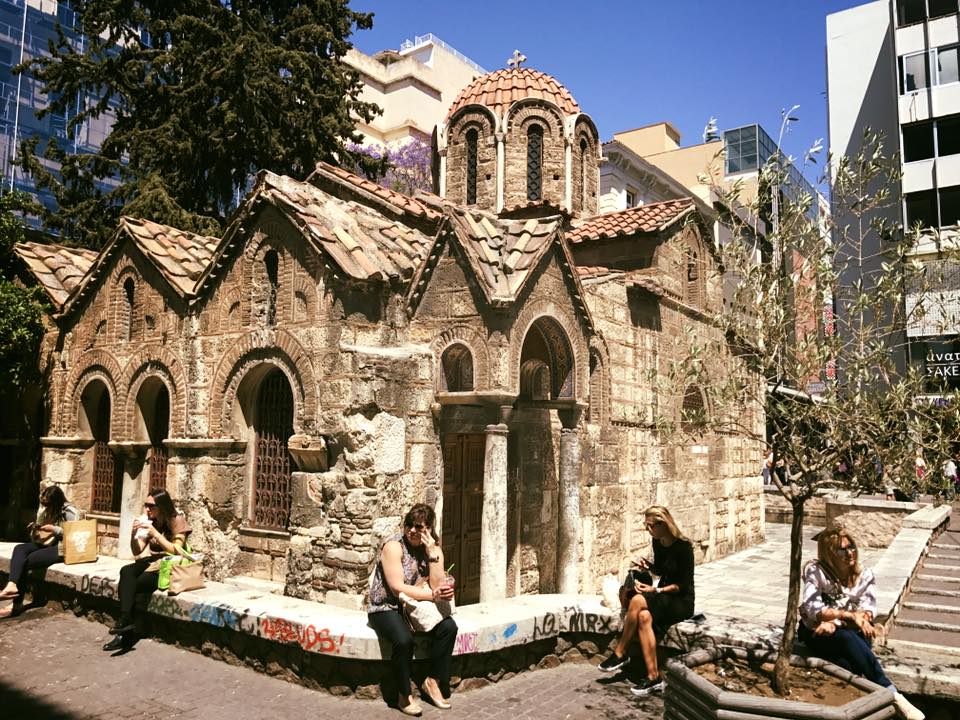
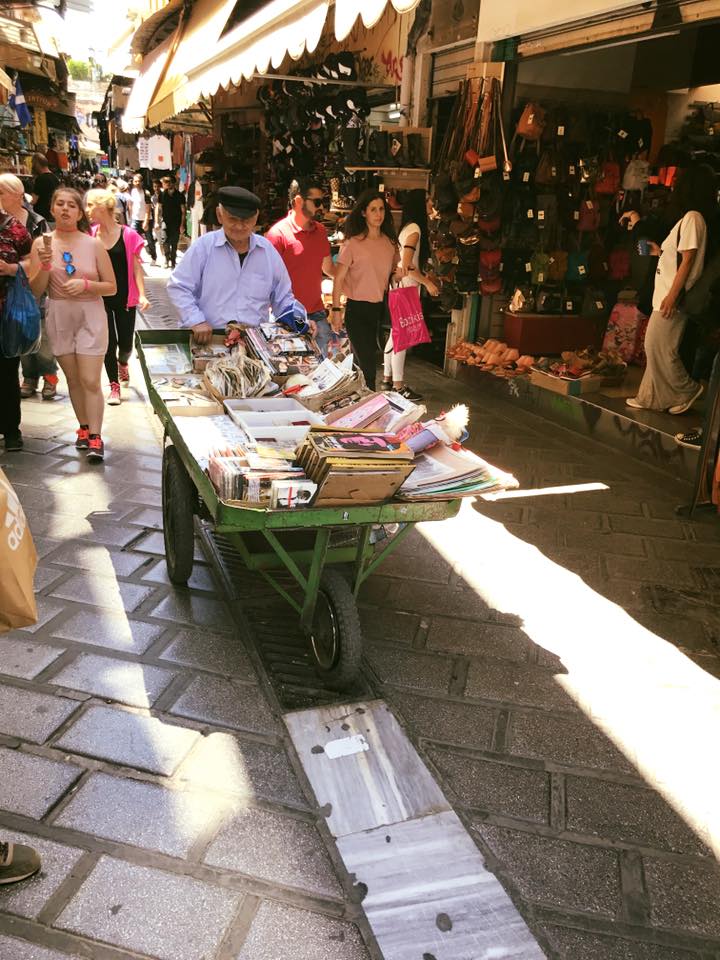
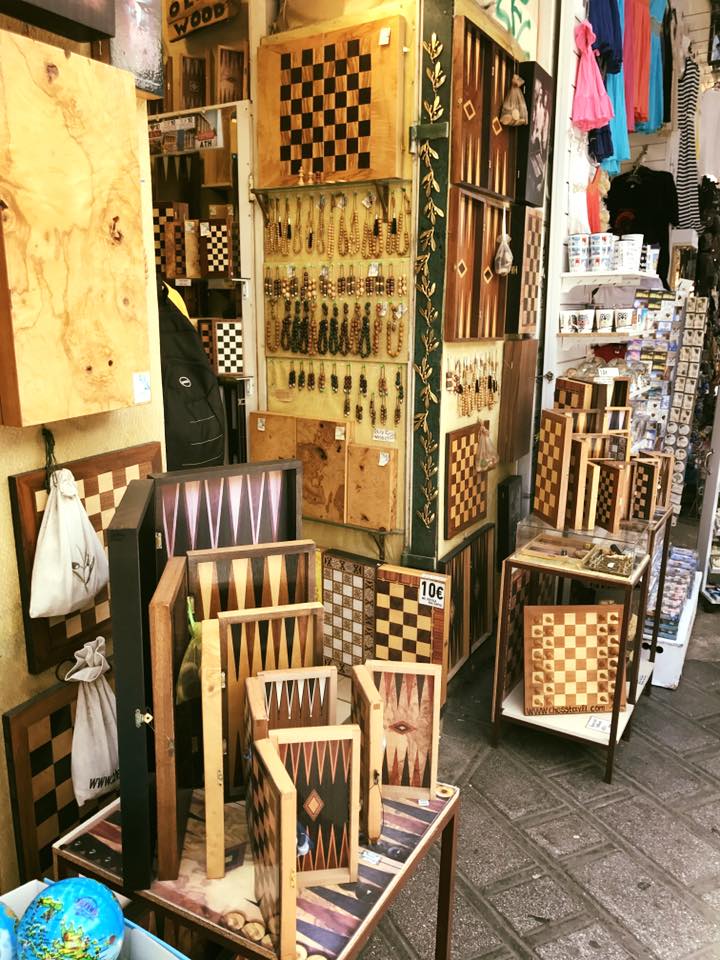
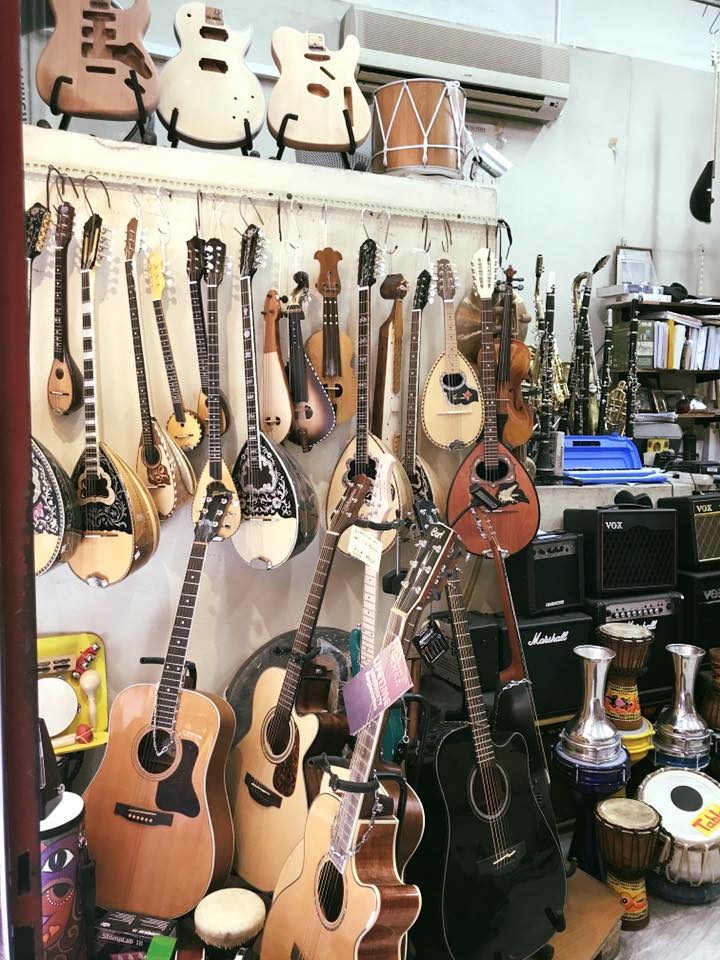
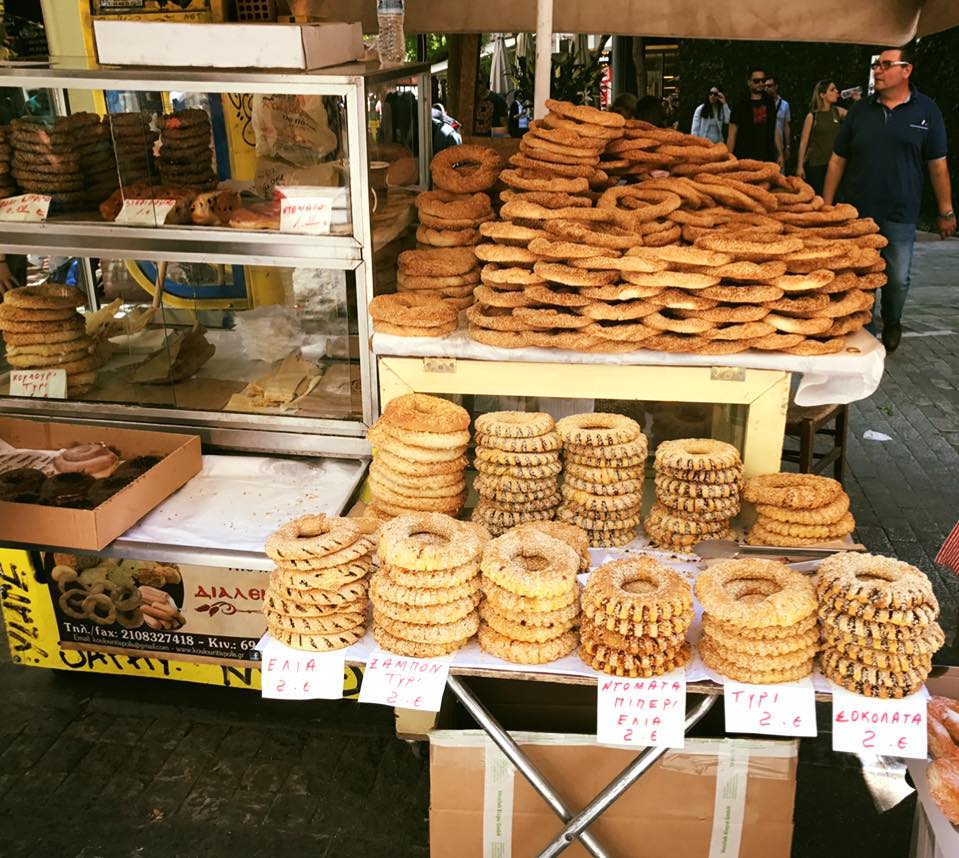
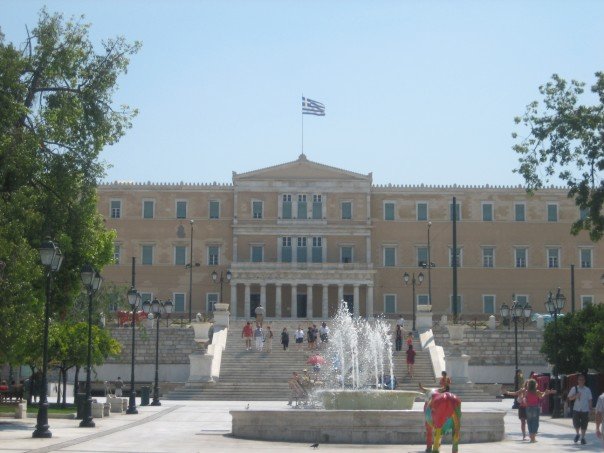
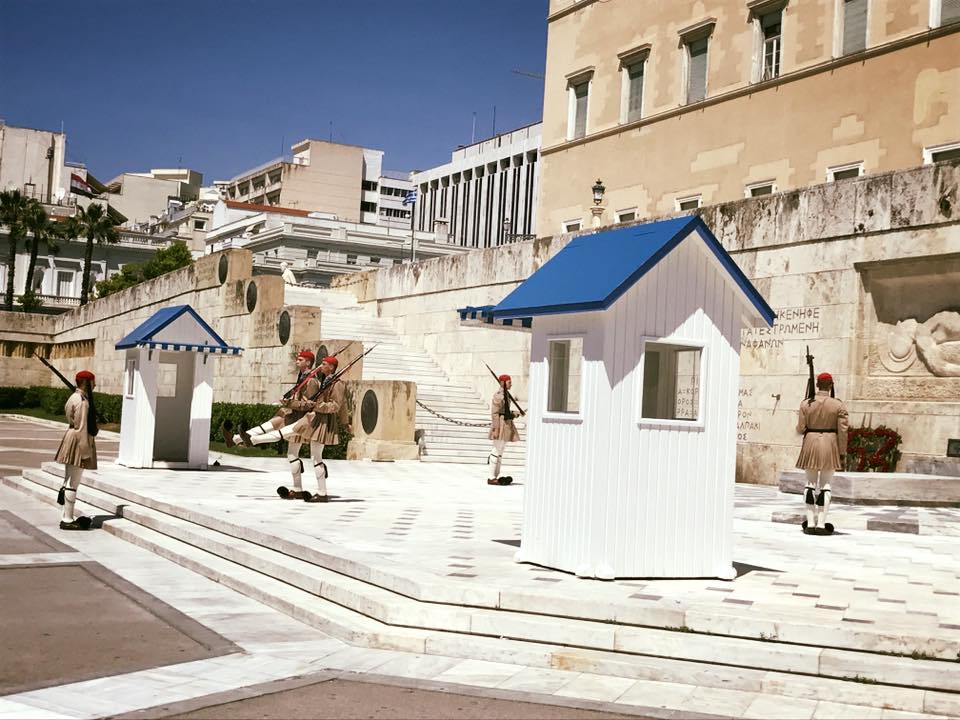
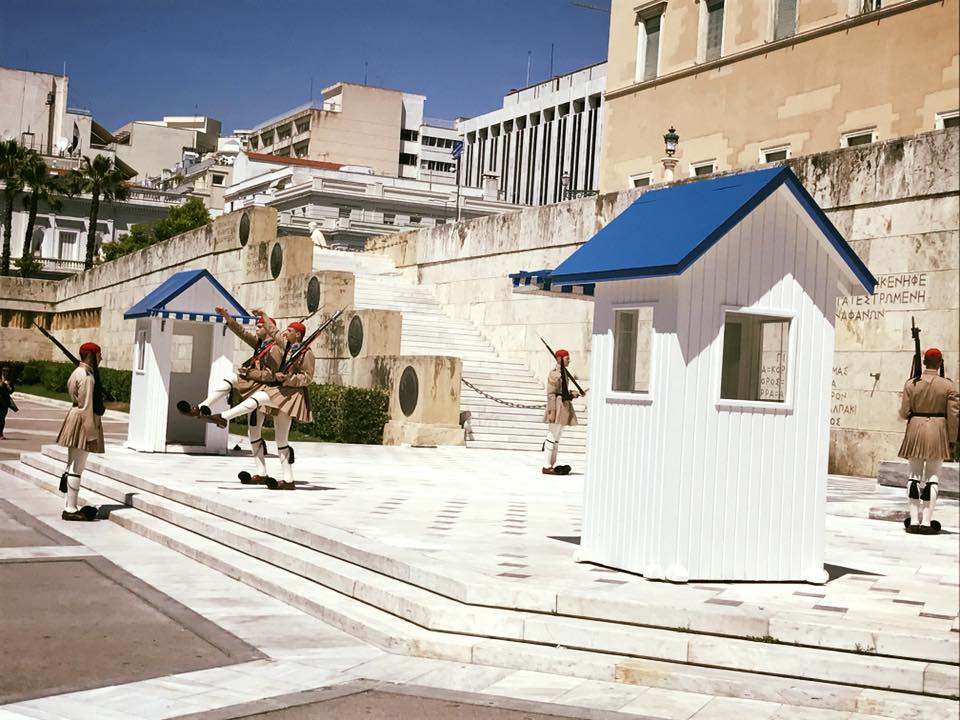

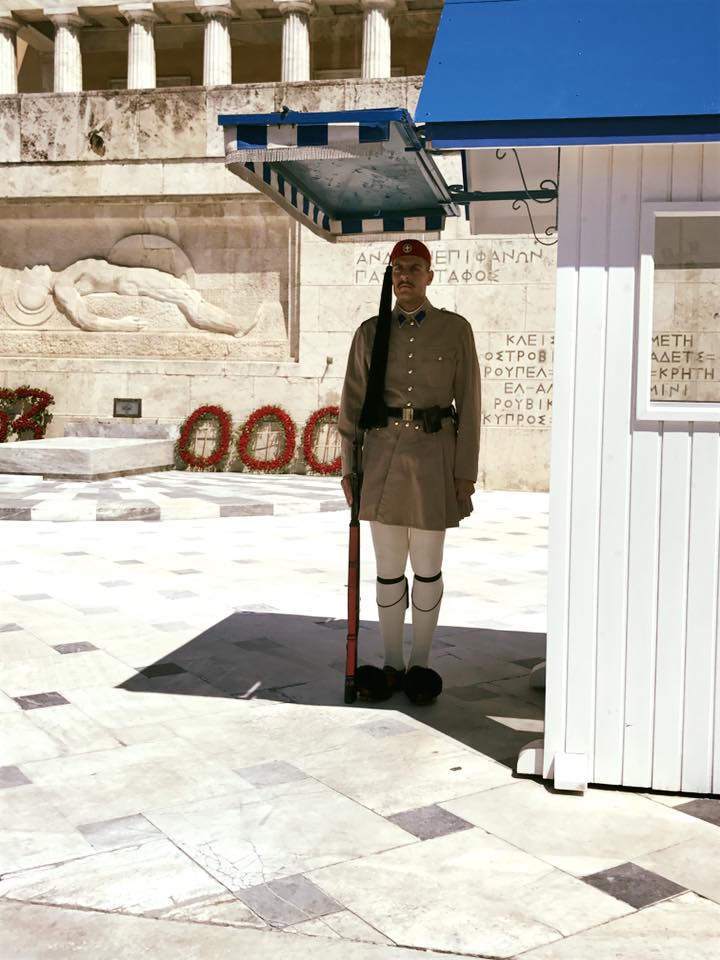
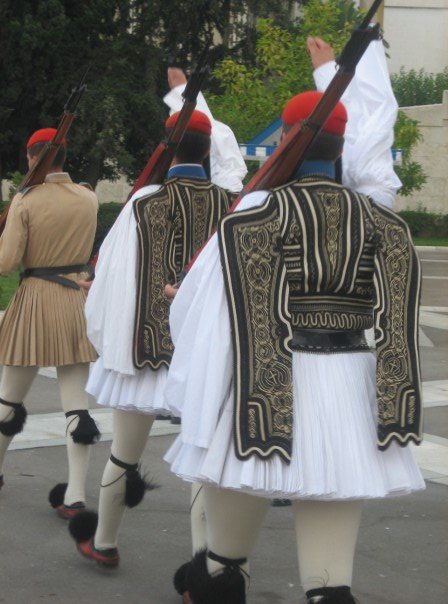
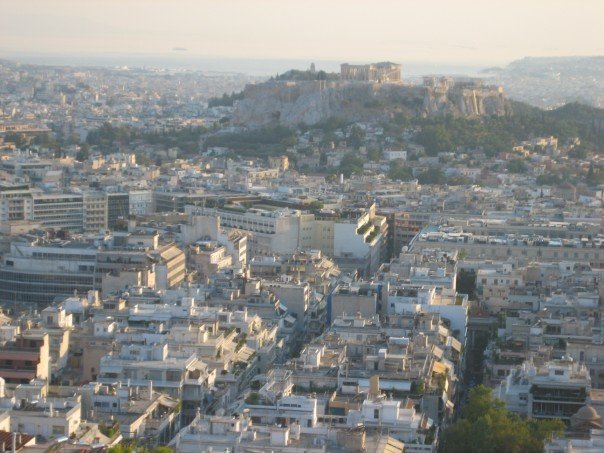
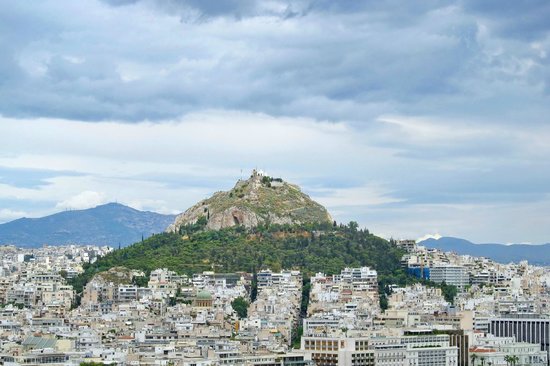
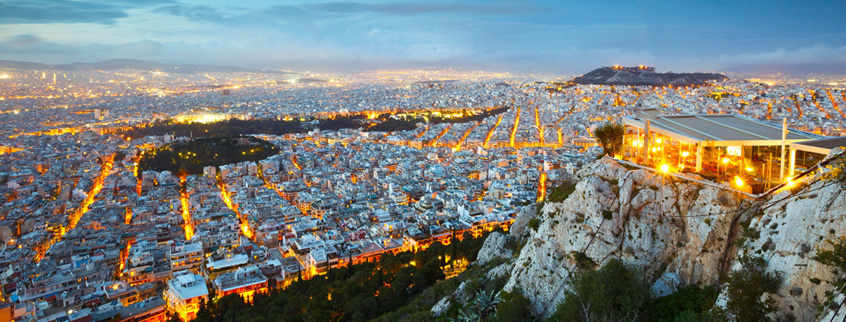
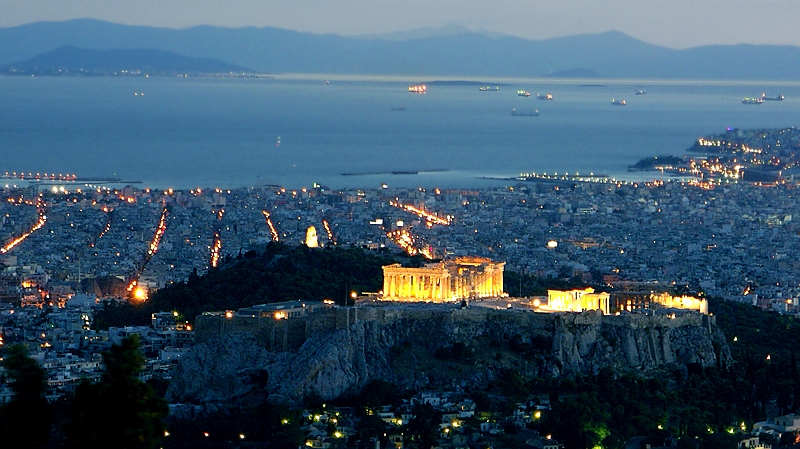

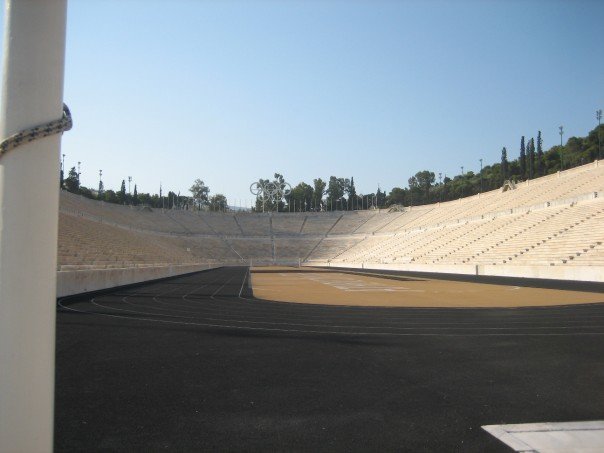

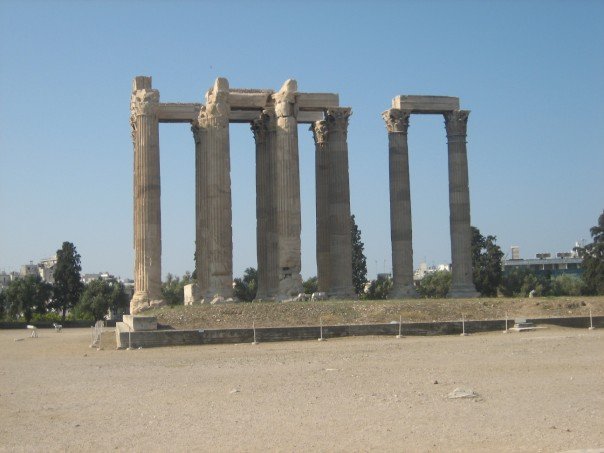

 In my heart, I am a wanderluster with a gypsy soul who craves a life of clean eating, knowledge through exploration, and satisfaction derived from simple pleasures. Unfortunately, my real-life and my day job are not conducive to living the life I crave. But, a short trip to Tulum gave me a taste of that life. Calling all wanderlusters, gypsy souls, boho babes, hippies, yogis, beach babes, juicers, holisitc chicks, and wannabes of the aforementioned; I have found your haven!
In my heart, I am a wanderluster with a gypsy soul who craves a life of clean eating, knowledge through exploration, and satisfaction derived from simple pleasures. Unfortunately, my real-life and my day job are not conducive to living the life I crave. But, a short trip to Tulum gave me a taste of that life. Calling all wanderlusters, gypsy souls, boho babes, hippies, yogis, beach babes, juicers, holisitc chicks, and wannabes of the aforementioned; I have found your haven!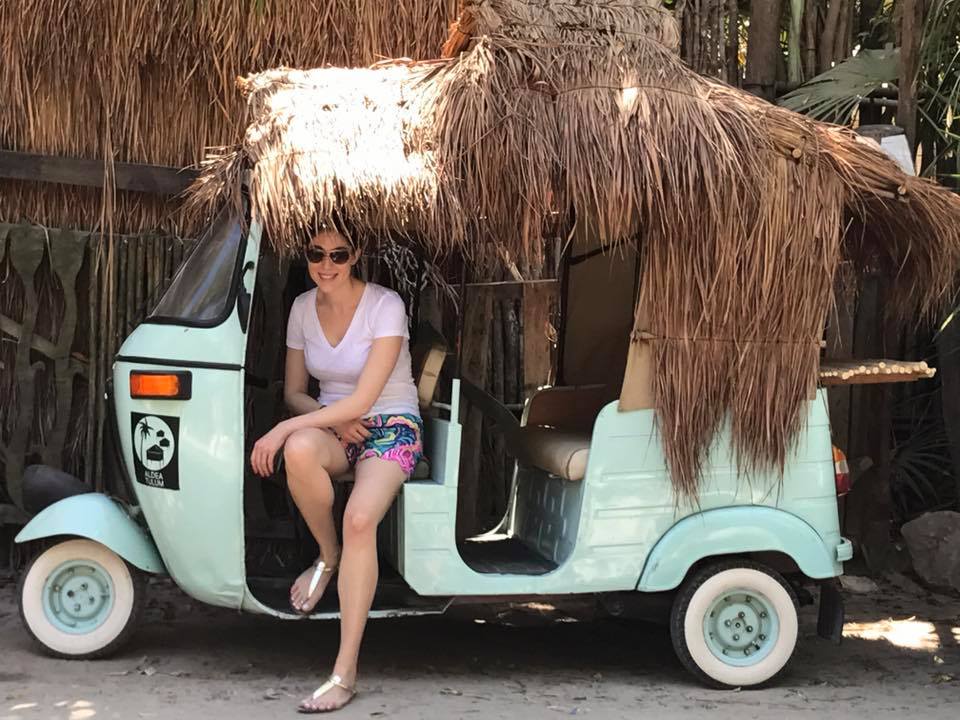
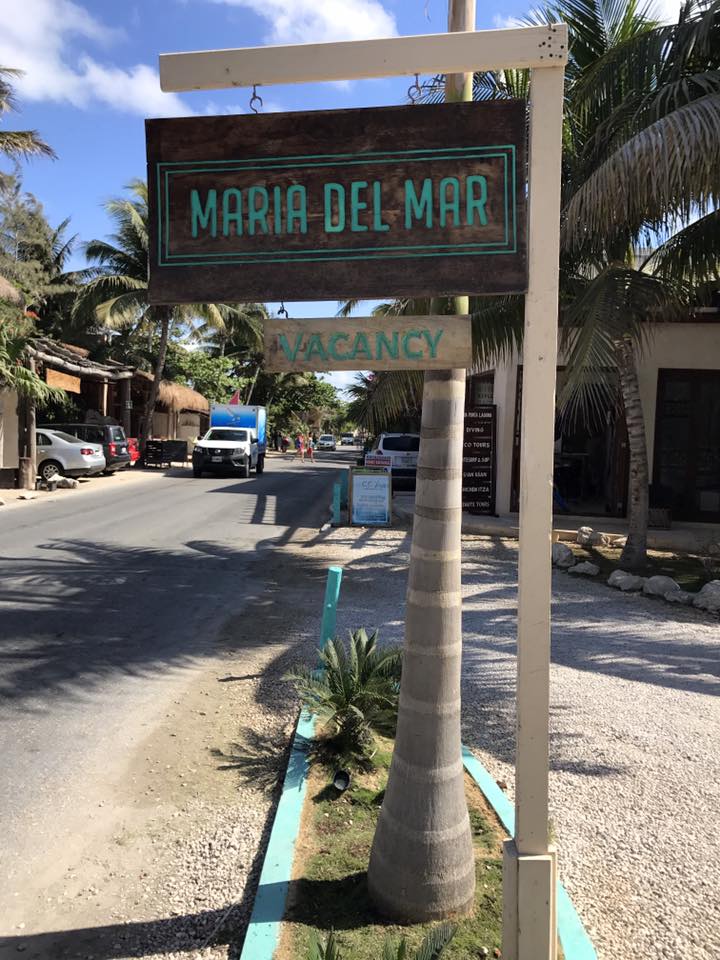
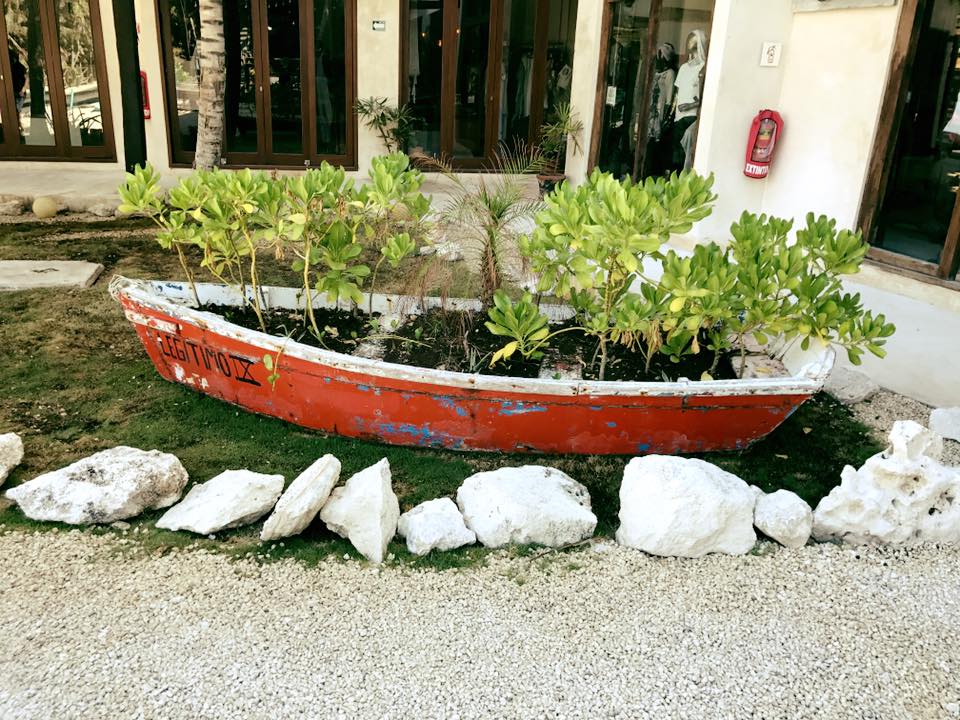
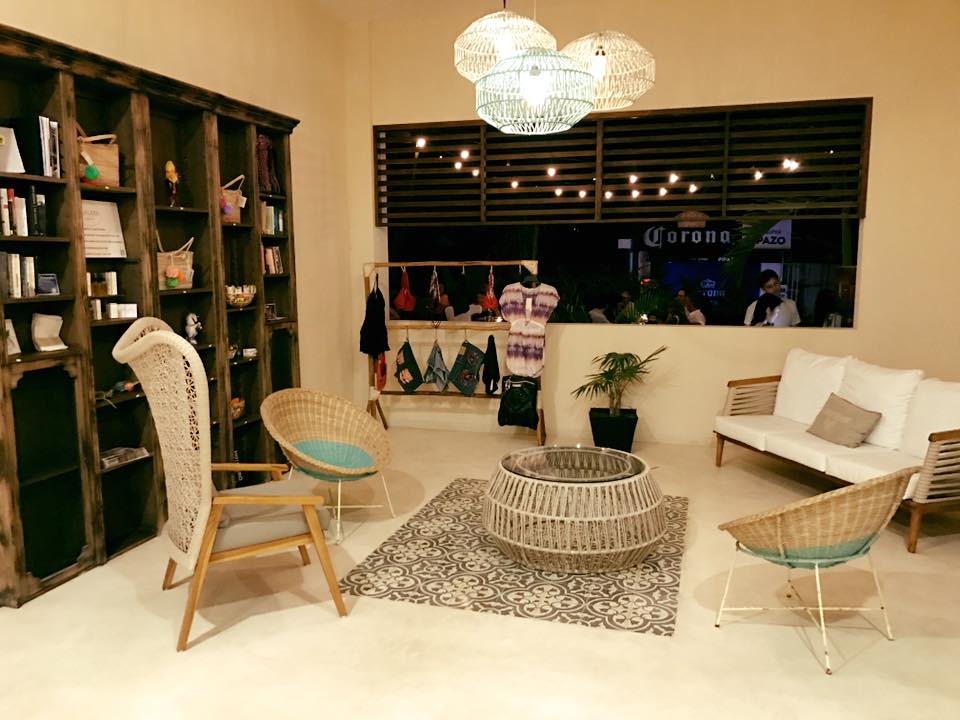 The hotel is fairly new. It has an on-property restaurant called
The hotel is fairly new. It has an on-property restaurant called 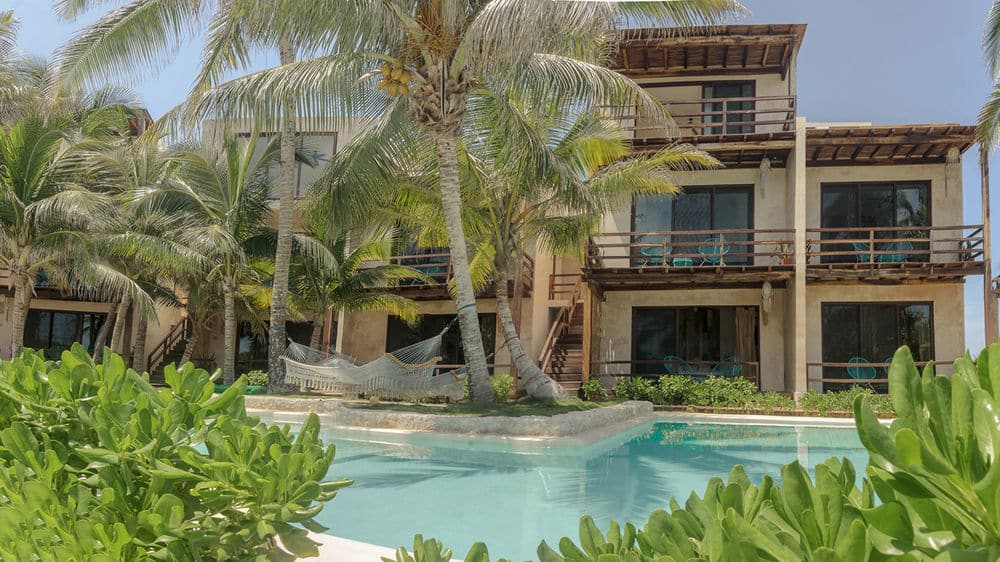
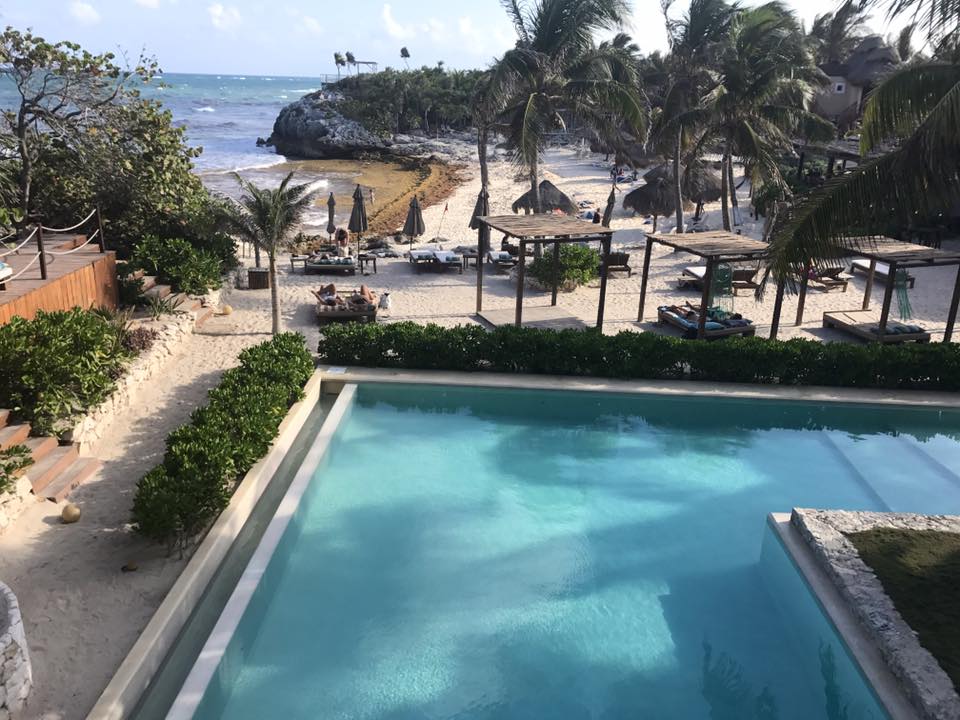
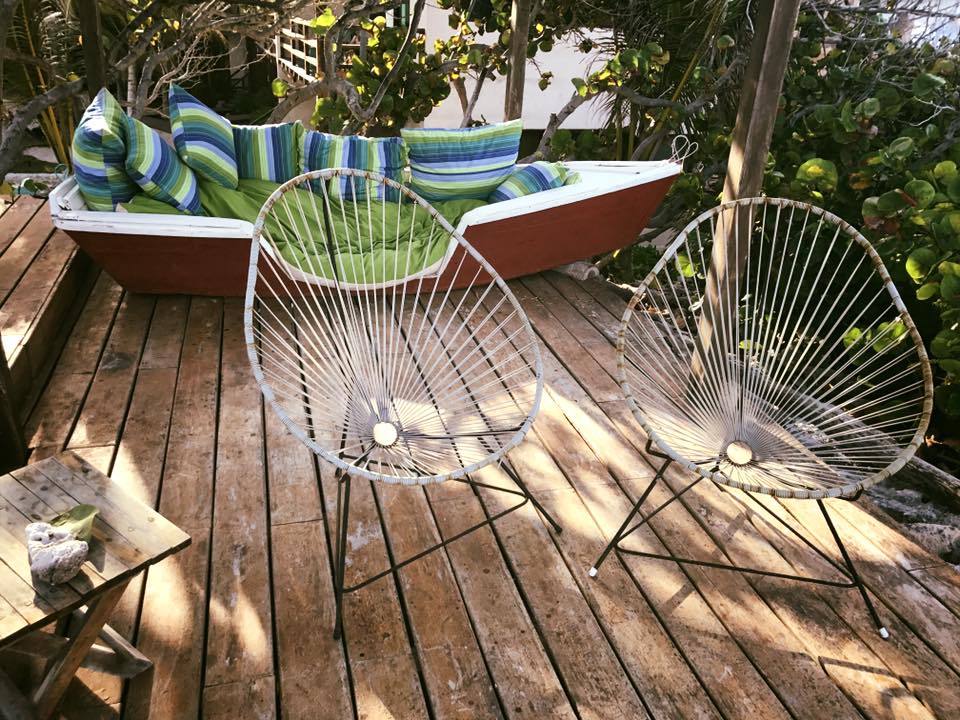
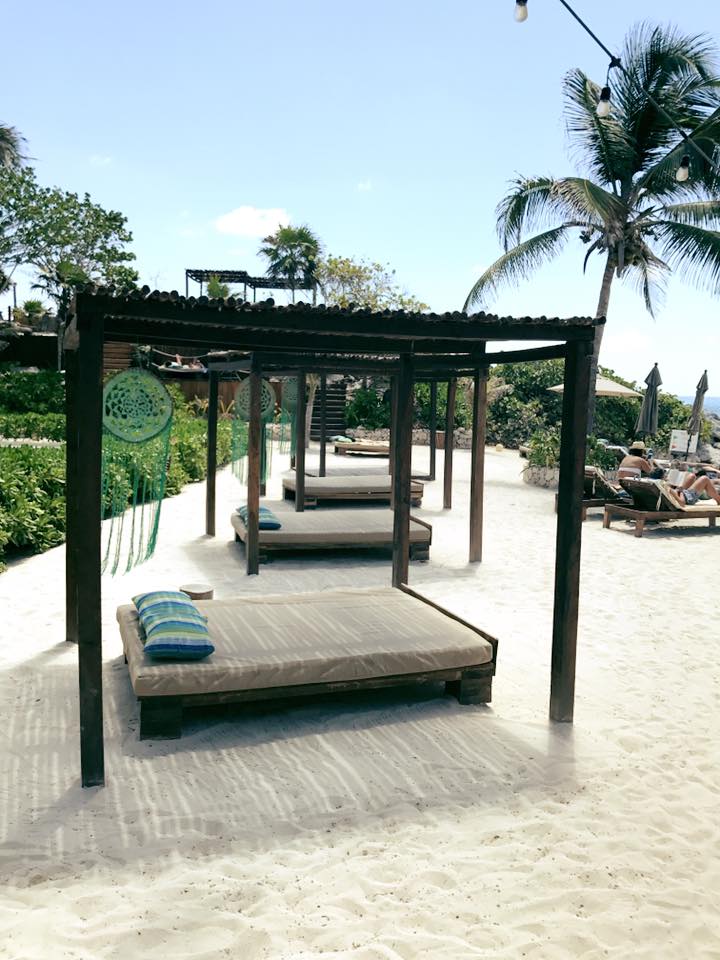
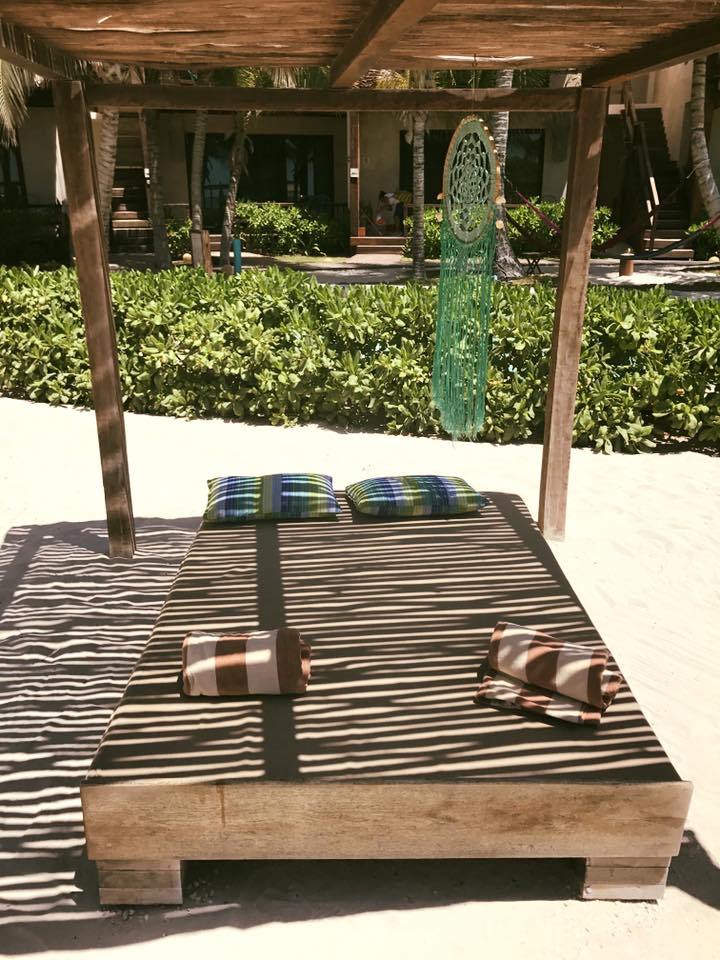
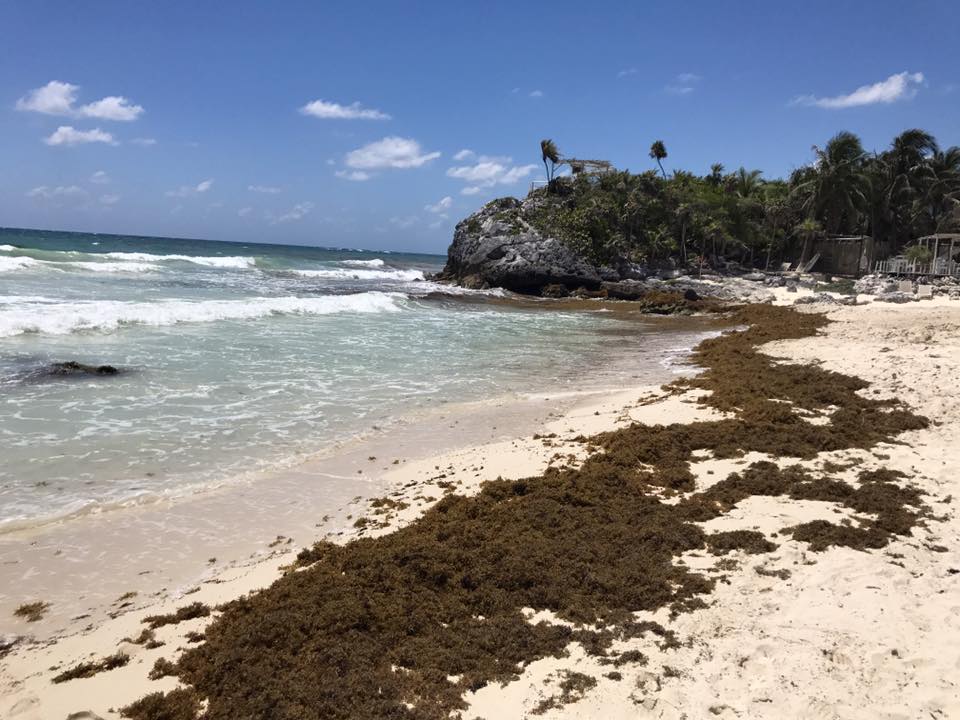
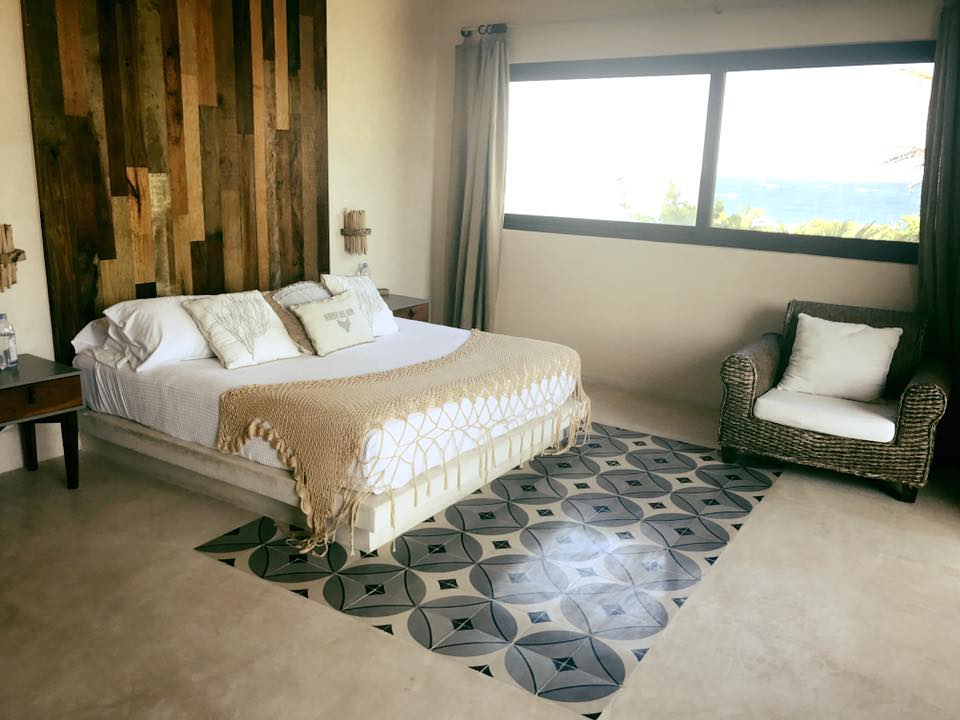
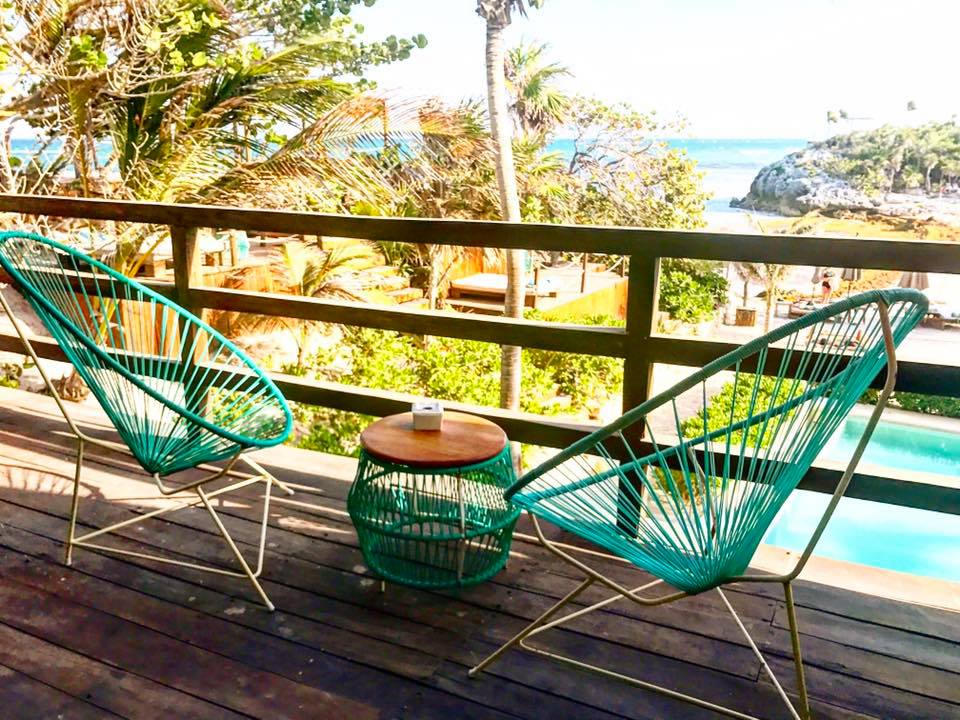
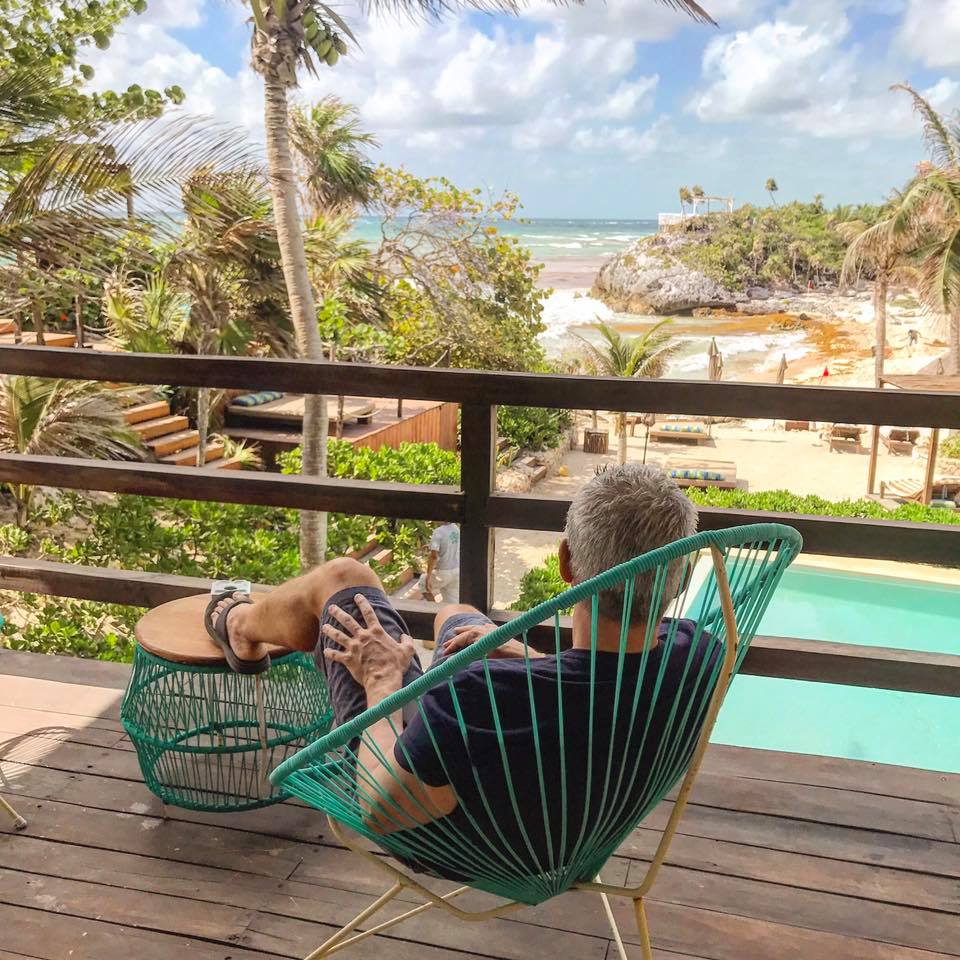 The room comes with a beach bag to use while you are there, which was very helpful, and their toiletries were amazing, all organic, and smelled like heaven. The staff was friendly. Housekeeping replenished the bottle water that was provided for brushing your teeth daily and accommodated requests for extra pillows. The hotel also helped with reservations to restaurants and rental of snorkel equipment. They also offered yoga every morning for an extra price and could arrange in-room massage services.
The room comes with a beach bag to use while you are there, which was very helpful, and their toiletries were amazing, all organic, and smelled like heaven. The staff was friendly. Housekeeping replenished the bottle water that was provided for brushing your teeth daily and accommodated requests for extra pillows. The hotel also helped with reservations to restaurants and rental of snorkel equipment. They also offered yoga every morning for an extra price and could arrange in-room massage services.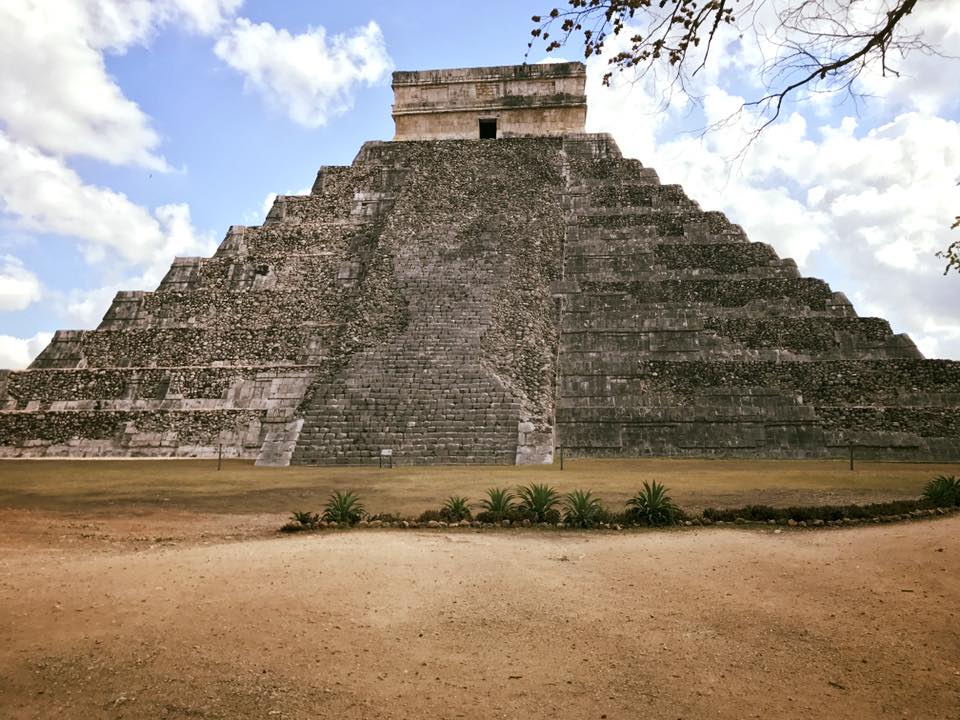
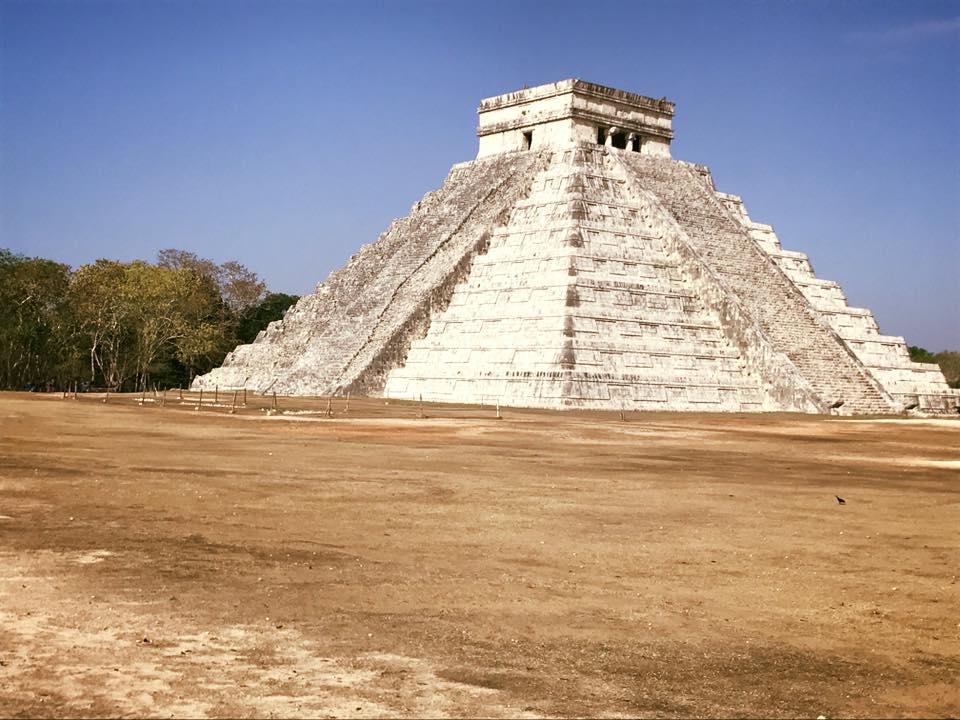
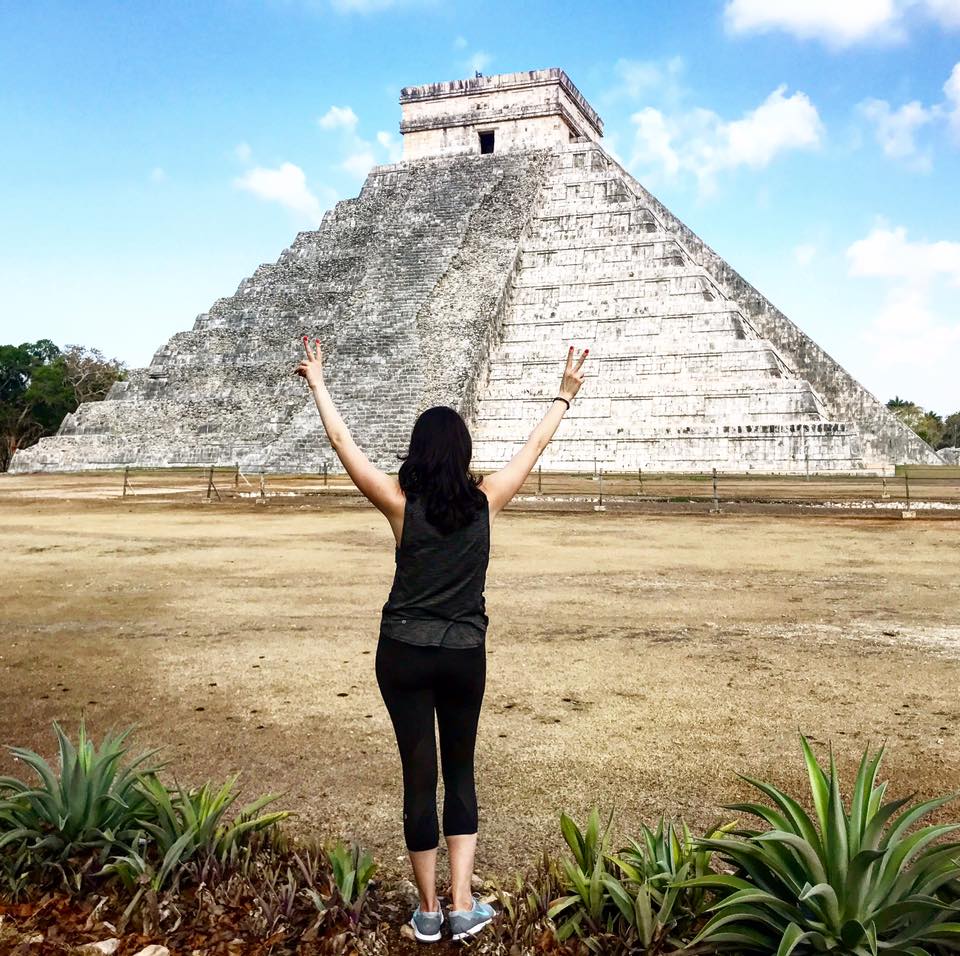
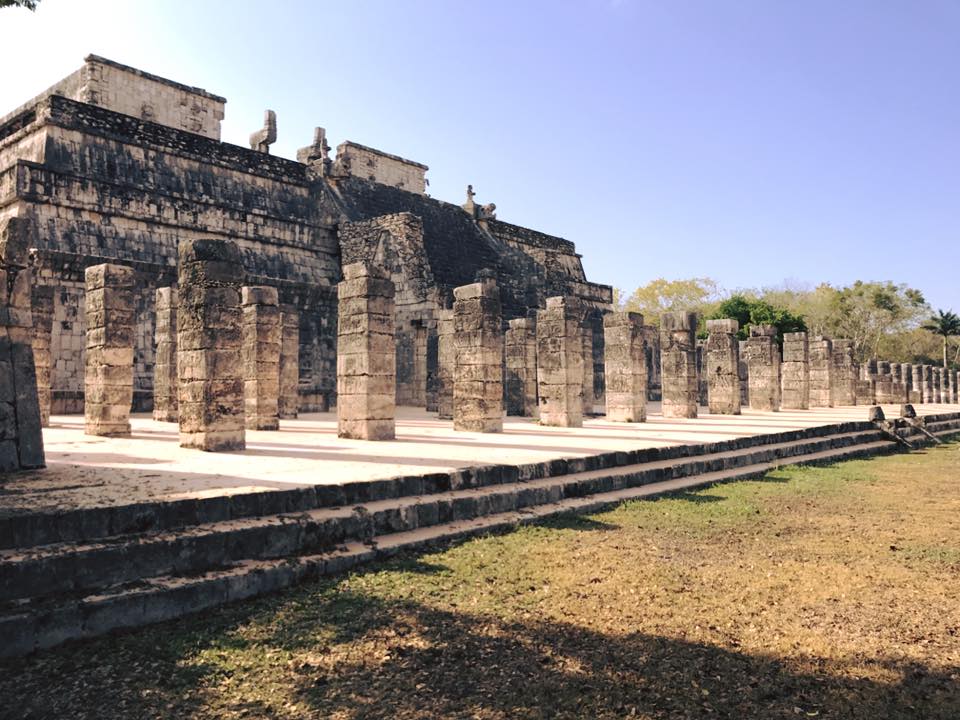
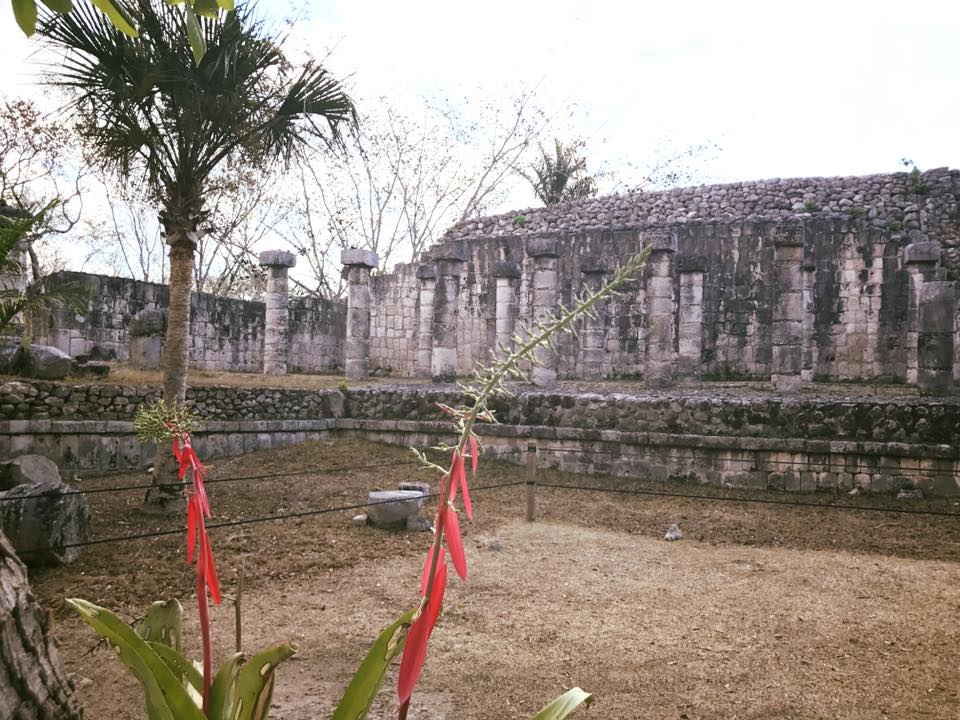
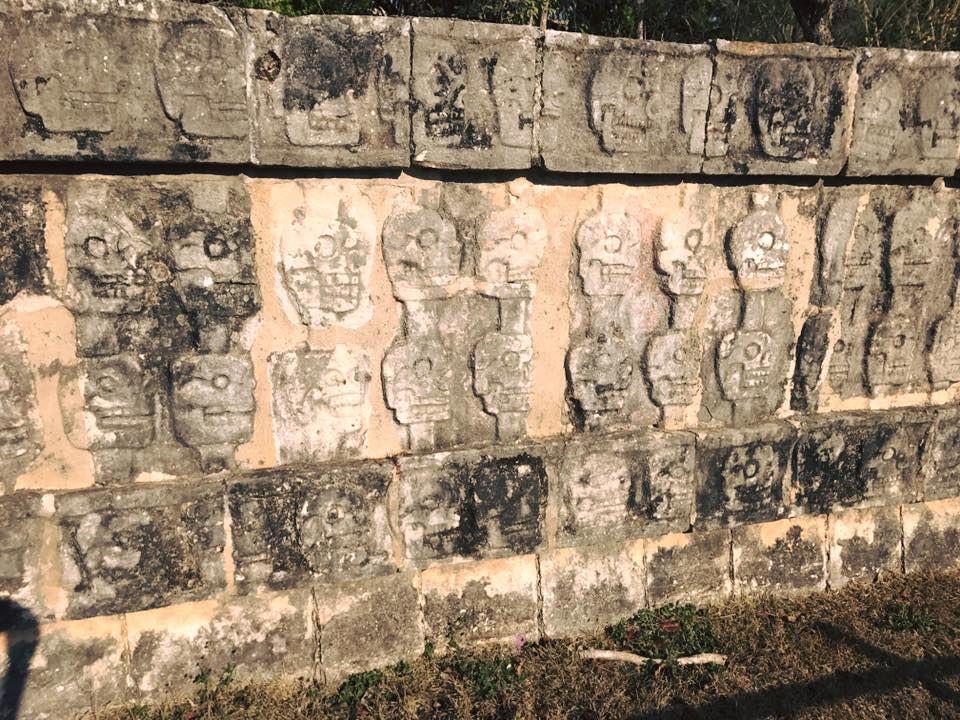
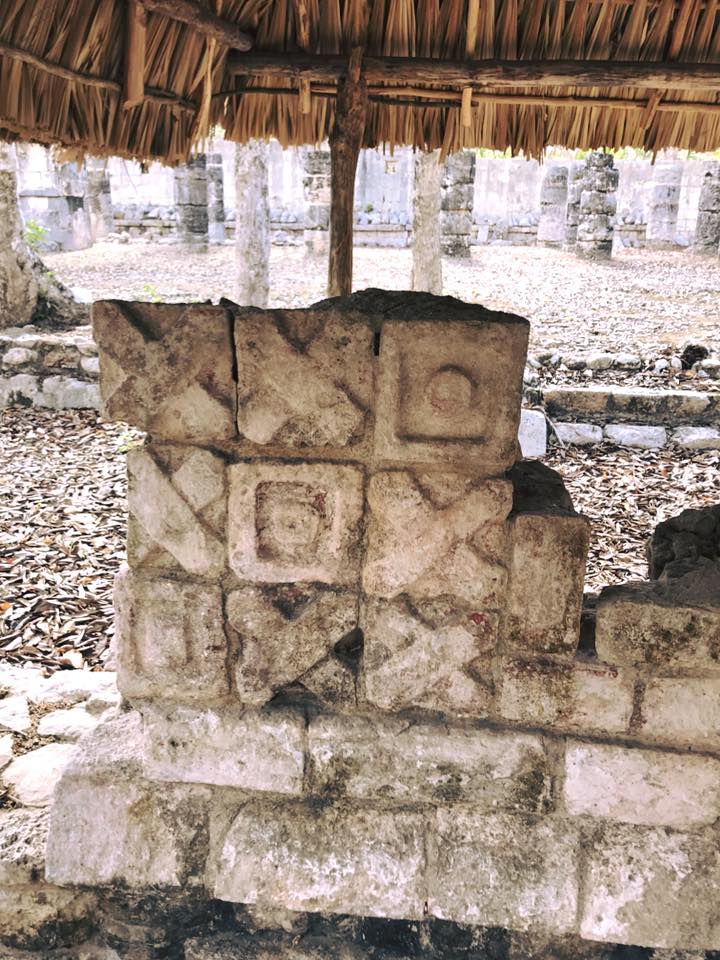 The most surprising thing we saw at Chichen Itza is that they allow a regular ole’ flea market to operate within the grounds of the ruins. Hundreds of vendors set up selling all kinds of trinkets, art, t-shirts, magnets, and other souvenirs. If you are going to buy them, this is as good a place as any. You can haggle on the price, and it is cheaper than the shops in Tulum (including the downtown shops), but you need to pay cash. Also, who doesn’t want to buy a Mexican souvenir, from a Mexican, in Mexico, wearing a Mexican sombrero?!? Nobody!
The most surprising thing we saw at Chichen Itza is that they allow a regular ole’ flea market to operate within the grounds of the ruins. Hundreds of vendors set up selling all kinds of trinkets, art, t-shirts, magnets, and other souvenirs. If you are going to buy them, this is as good a place as any. You can haggle on the price, and it is cheaper than the shops in Tulum (including the downtown shops), but you need to pay cash. Also, who doesn’t want to buy a Mexican souvenir, from a Mexican, in Mexico, wearing a Mexican sombrero?!? Nobody!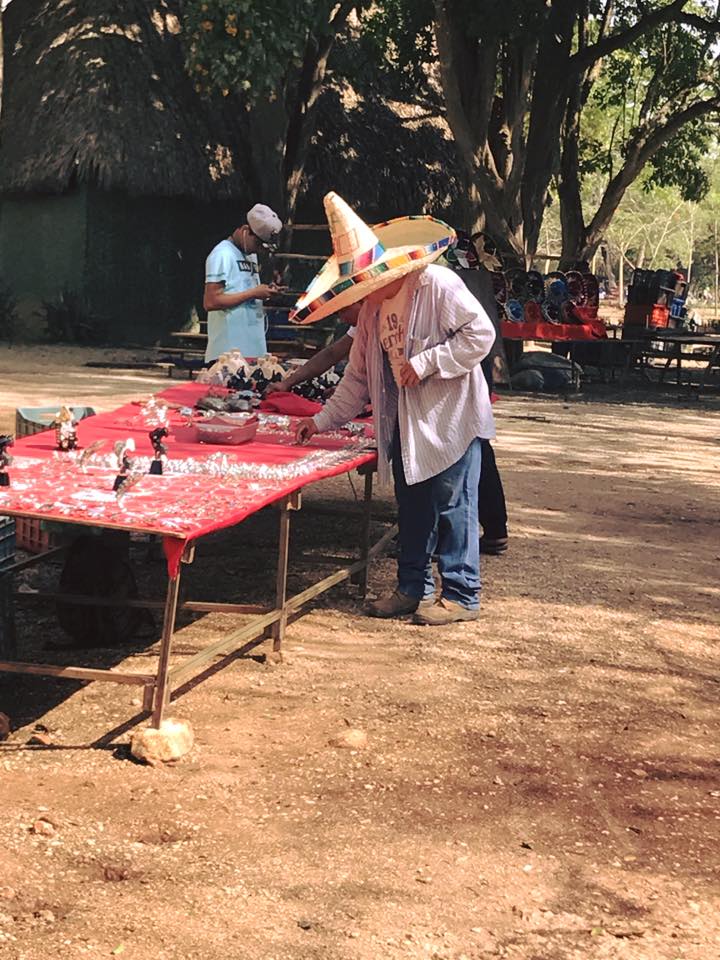 From there we made a stop in Akumal Bay to swim with the sea turtles. Akumal Bay is a small town between Playa del Carmen and Tulum on the Yucatan Peninsula of Mexico. While there were some sea turtles, I would skip this. First it is uber touristy. The beaches are very crowded because there are a lot of resorts here. The best part of Akumal Bay was this bar with swings. I love swings. But even this bar would only serve guests of its resort, so it was a fail. Seriously, just skip Akumal Bay. Go to a cenote instead (see below for what that means).
From there we made a stop in Akumal Bay to swim with the sea turtles. Akumal Bay is a small town between Playa del Carmen and Tulum on the Yucatan Peninsula of Mexico. While there were some sea turtles, I would skip this. First it is uber touristy. The beaches are very crowded because there are a lot of resorts here. The best part of Akumal Bay was this bar with swings. I love swings. But even this bar would only serve guests of its resort, so it was a fail. Seriously, just skip Akumal Bay. Go to a cenote instead (see below for what that means).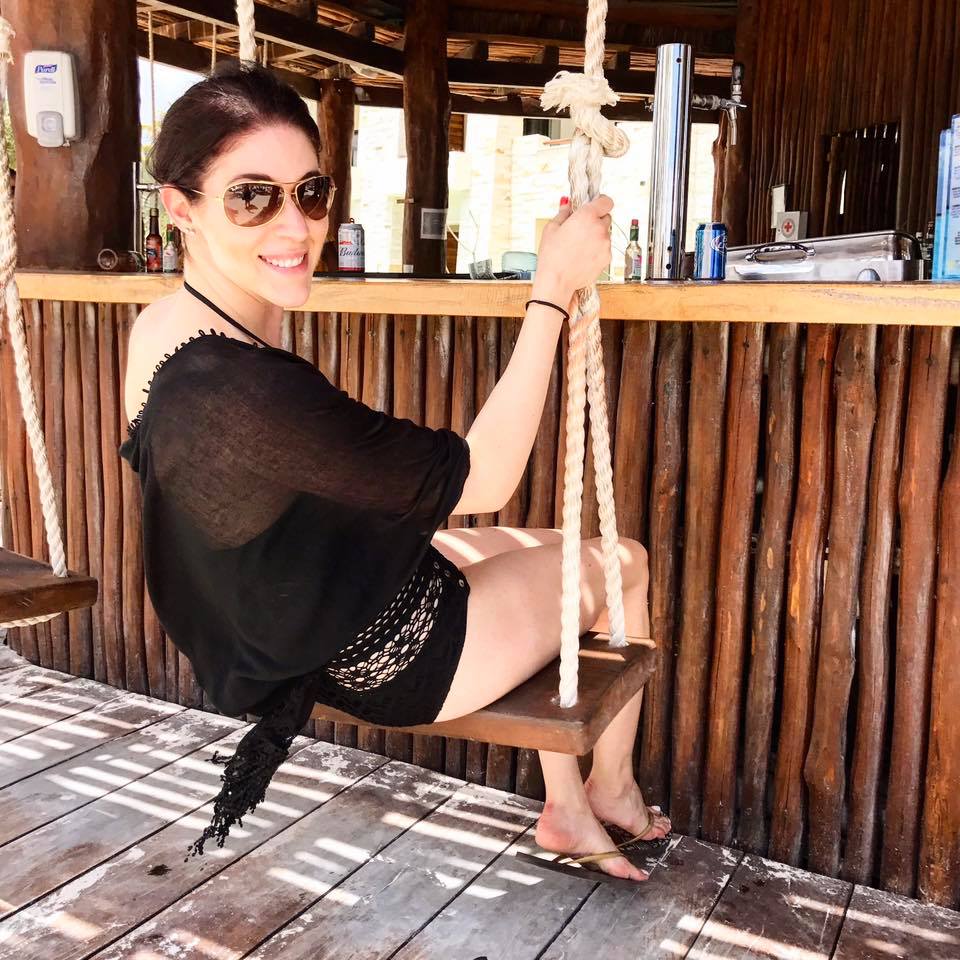 Our last stop was to the
Our last stop was to the 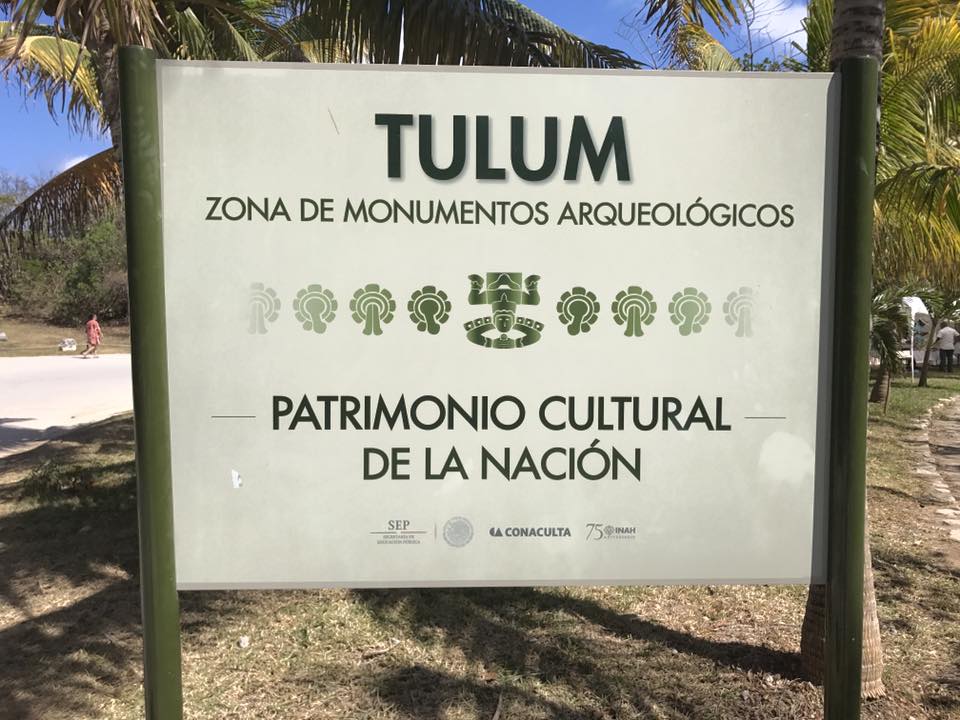
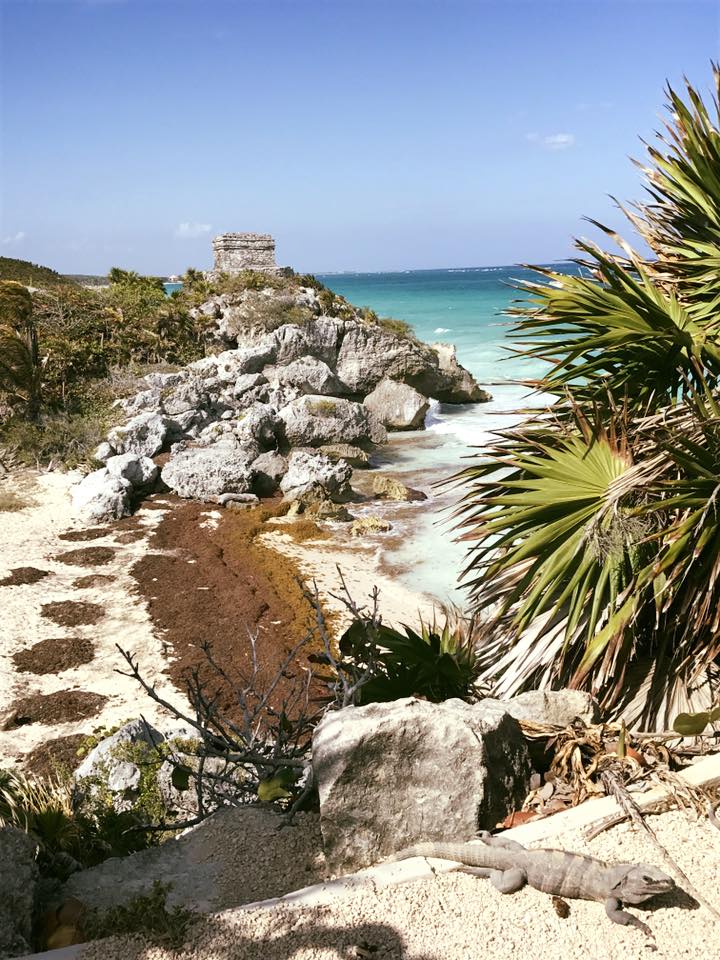
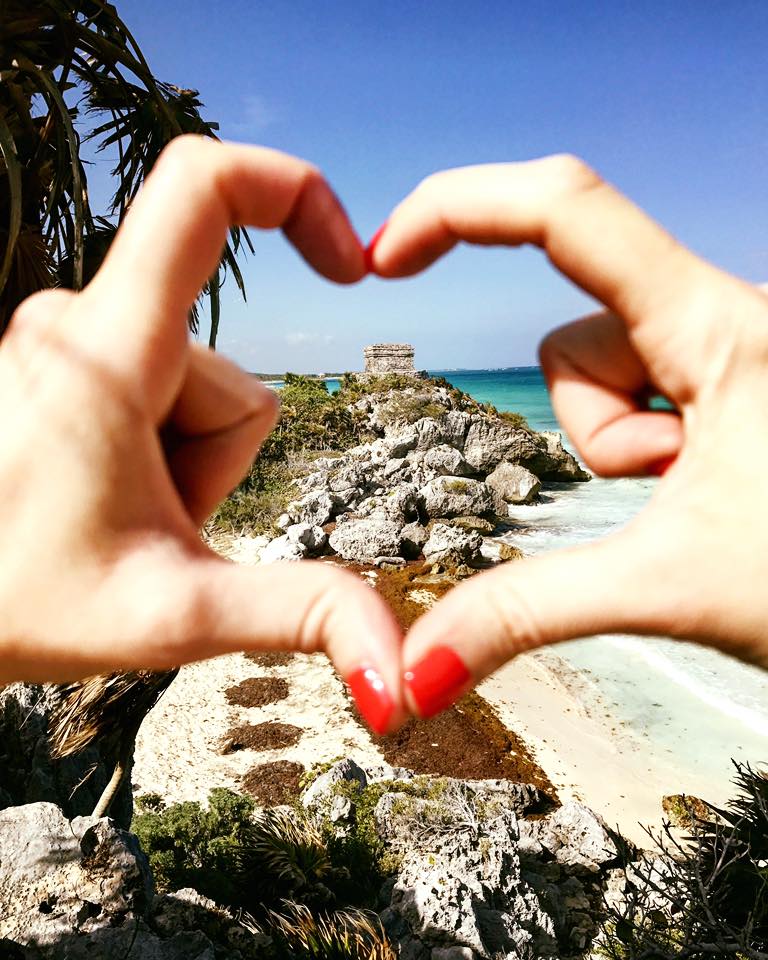
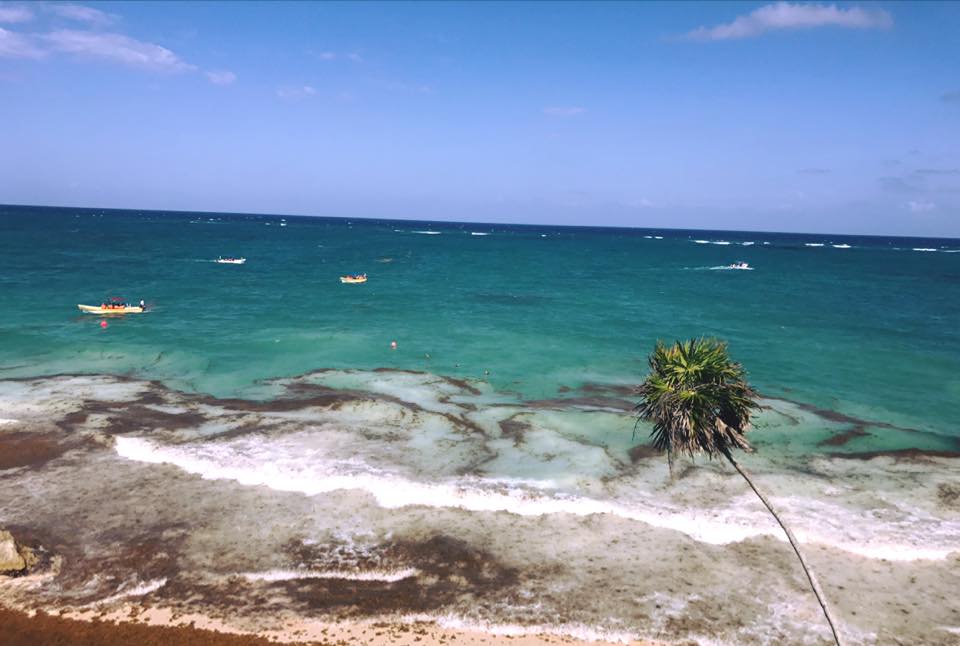 On our next trip, we plan to visit
On our next trip, we plan to visit 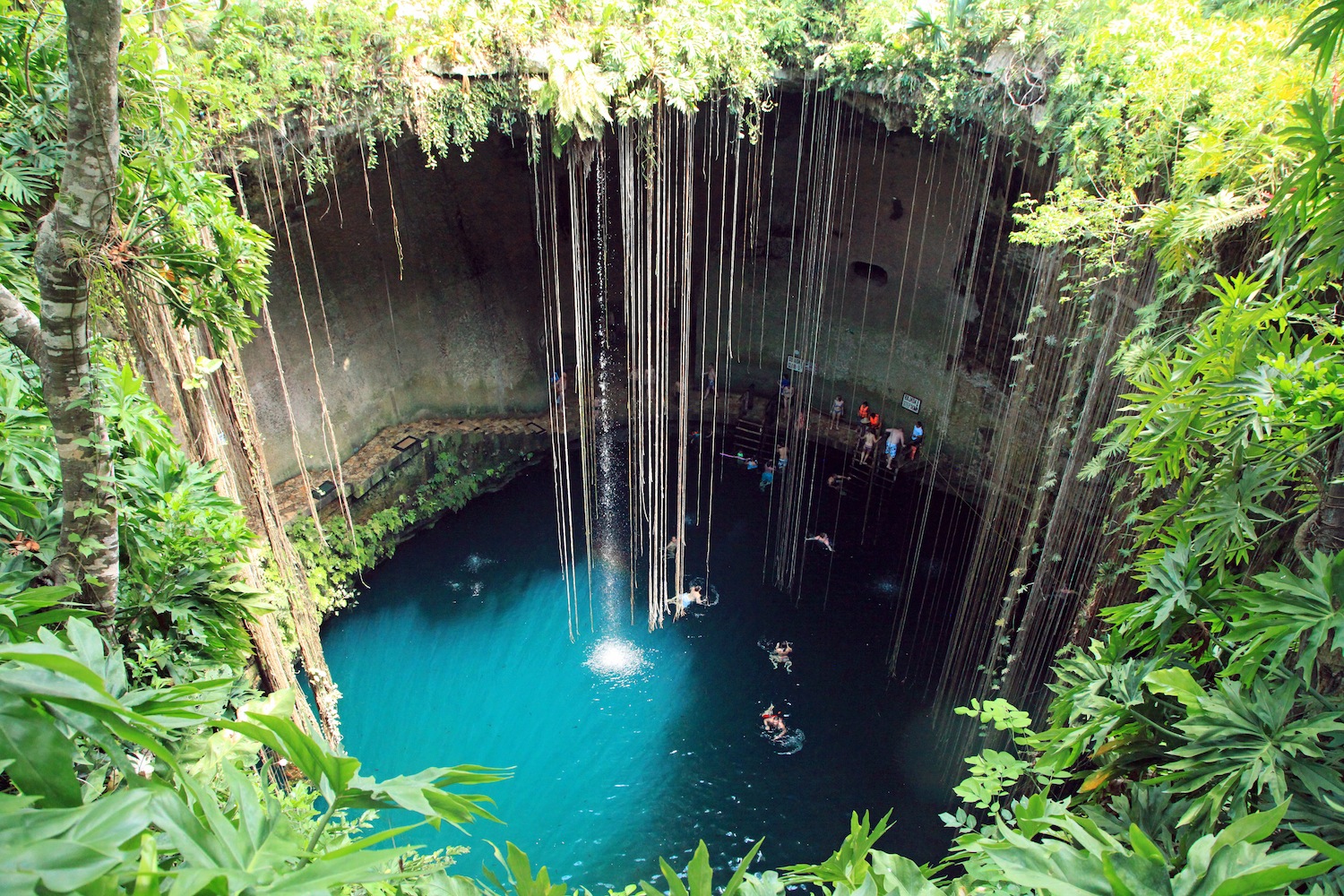
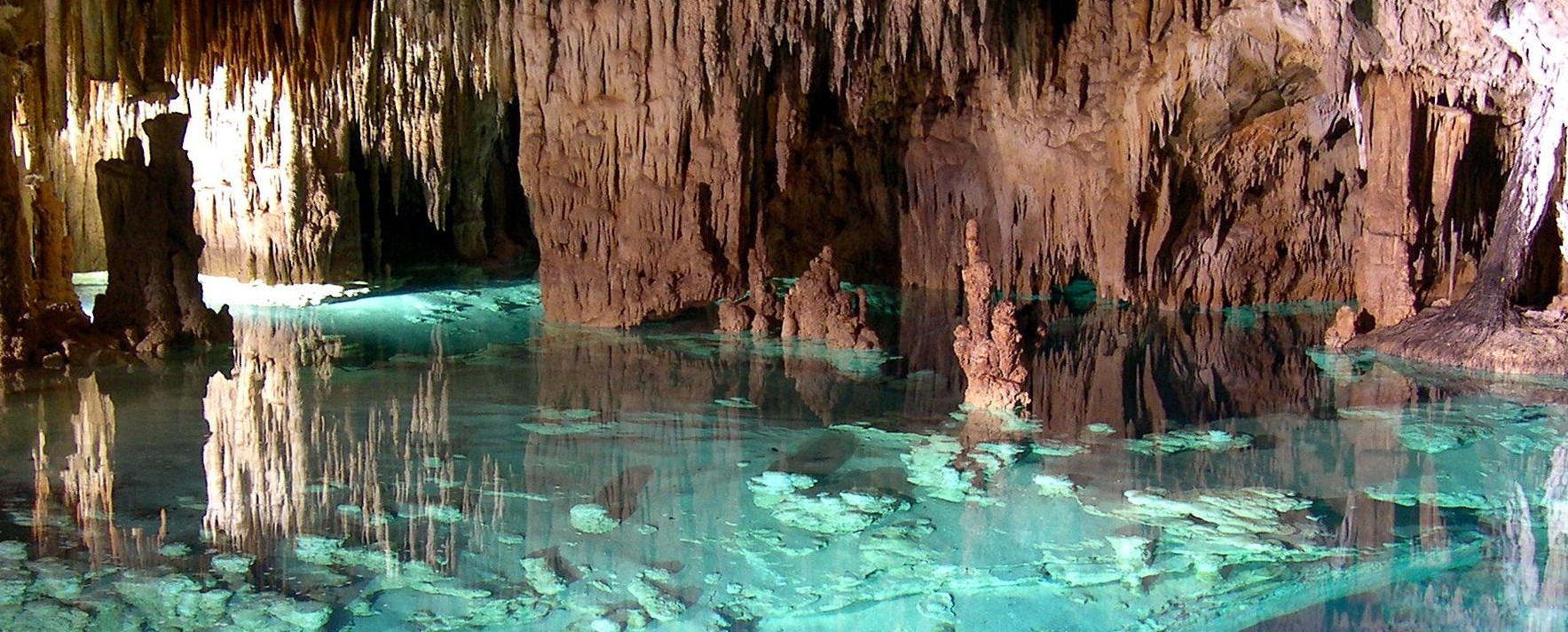
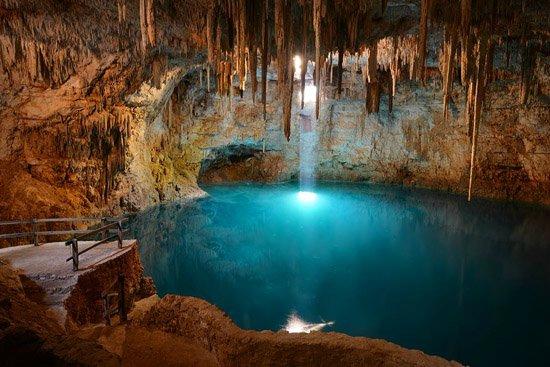
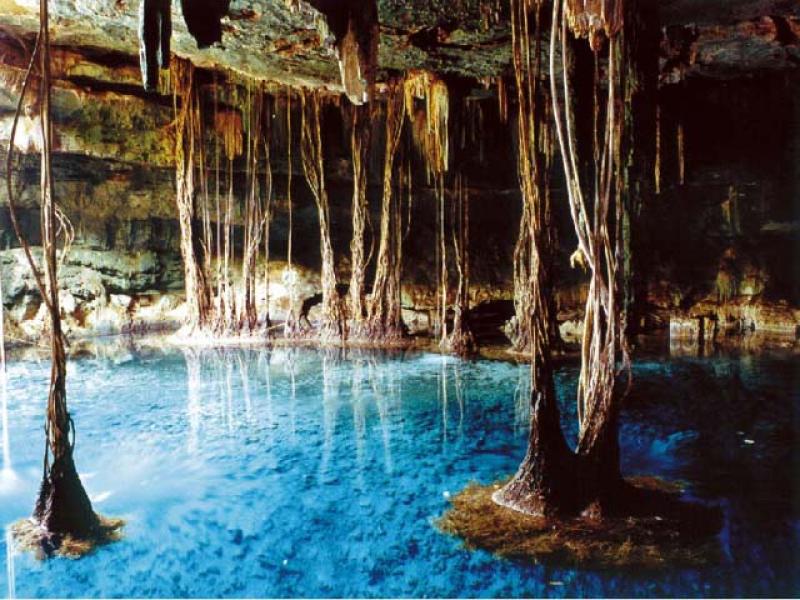 Other cenotes that are close to Tulum include Manatee, Carwash, Zacil Ha, and Crystal and Escondido. I even found a
Other cenotes that are close to Tulum include Manatee, Carwash, Zacil Ha, and Crystal and Escondido. I even found a 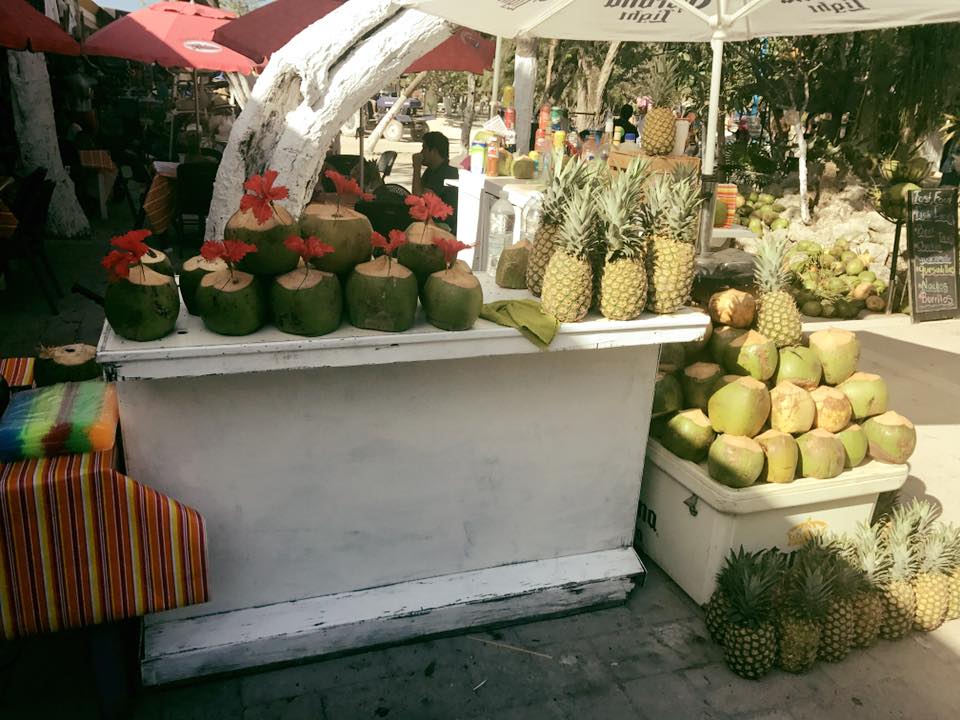 There are also no shortages of spas in Tulum. While I did not get to visit one this time, when I return, the spa at
There are also no shortages of spas in Tulum. While I did not get to visit one this time, when I return, the spa at 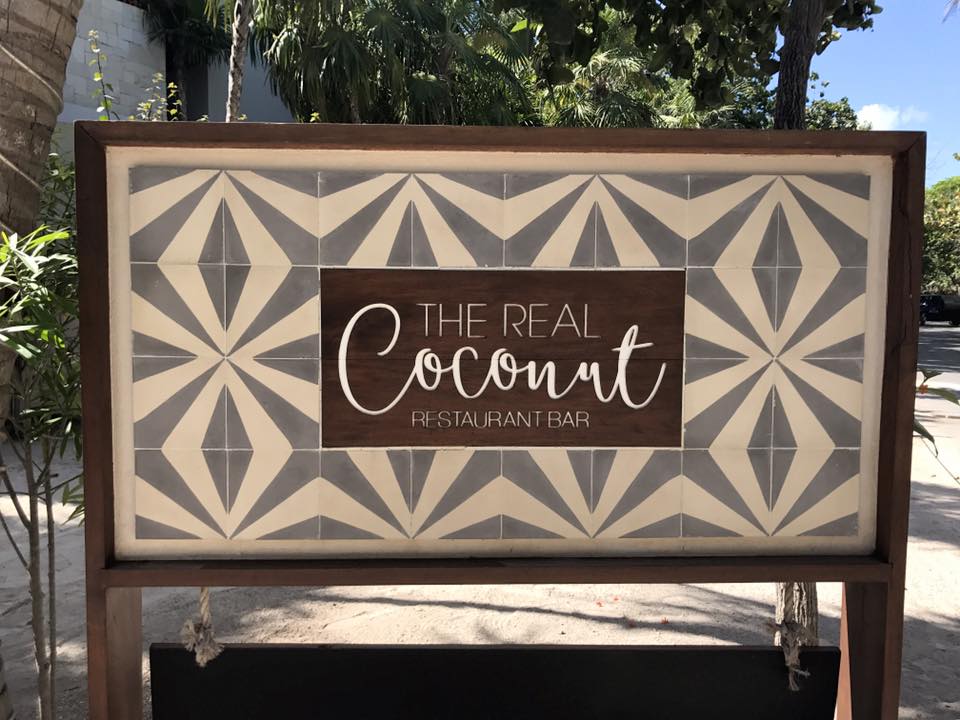
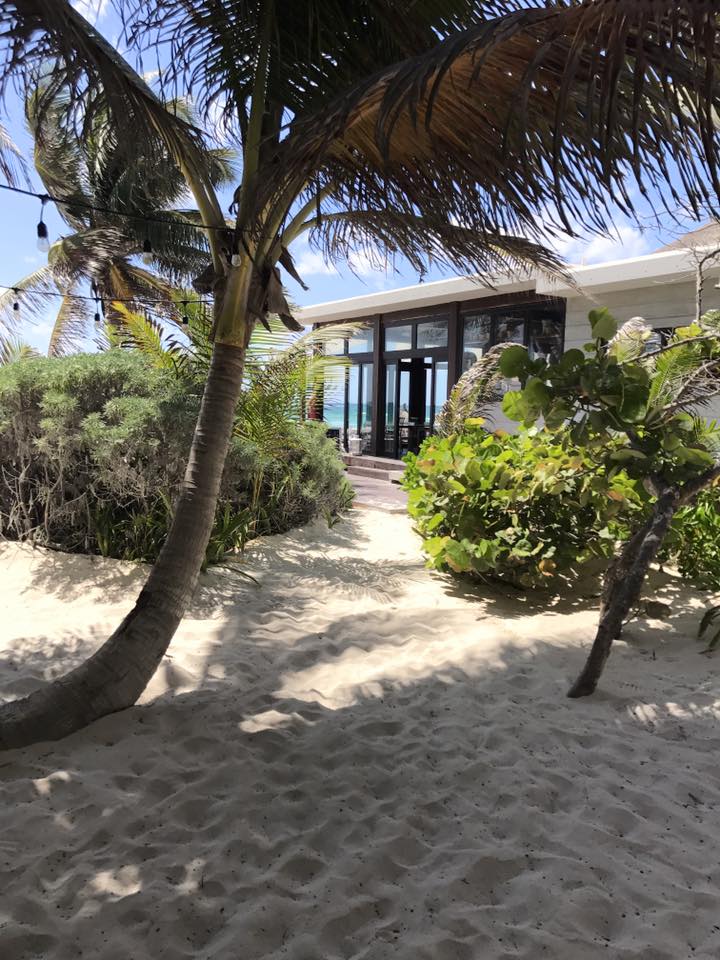
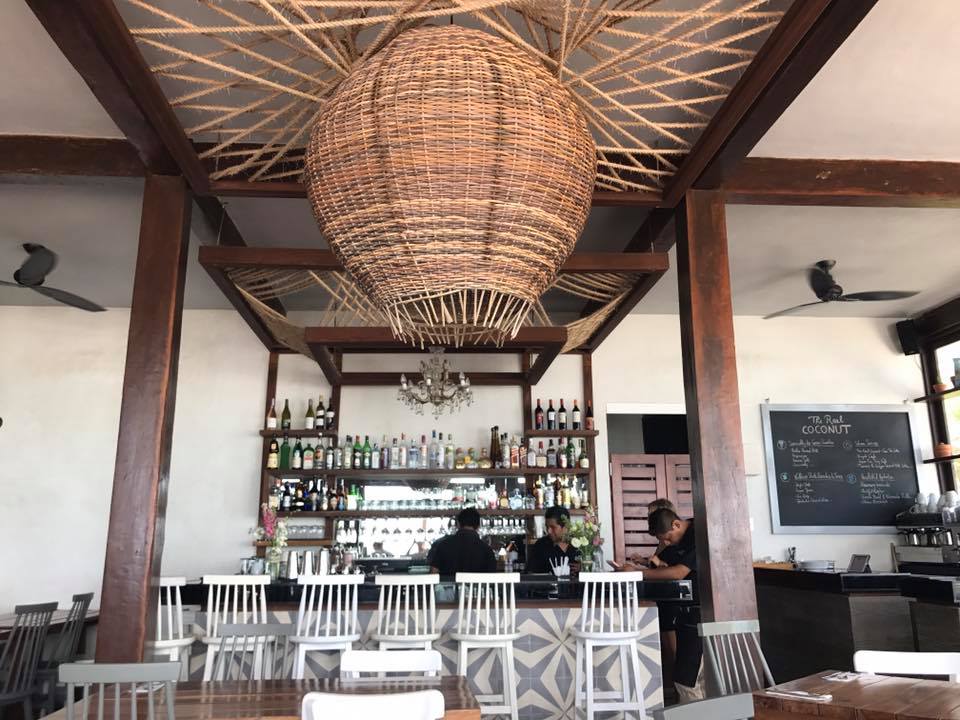
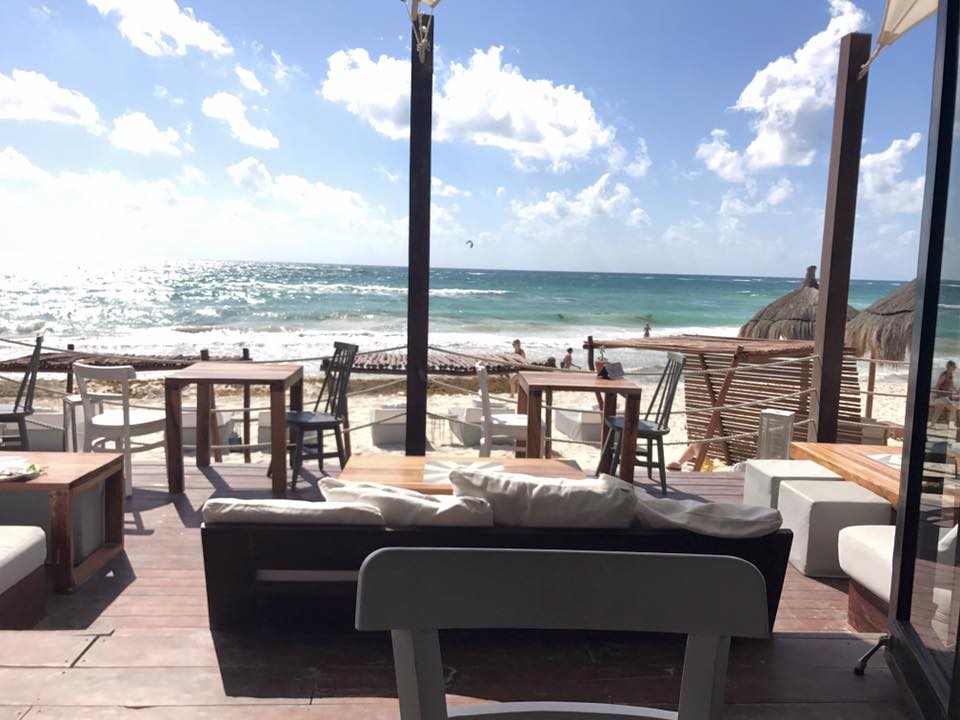
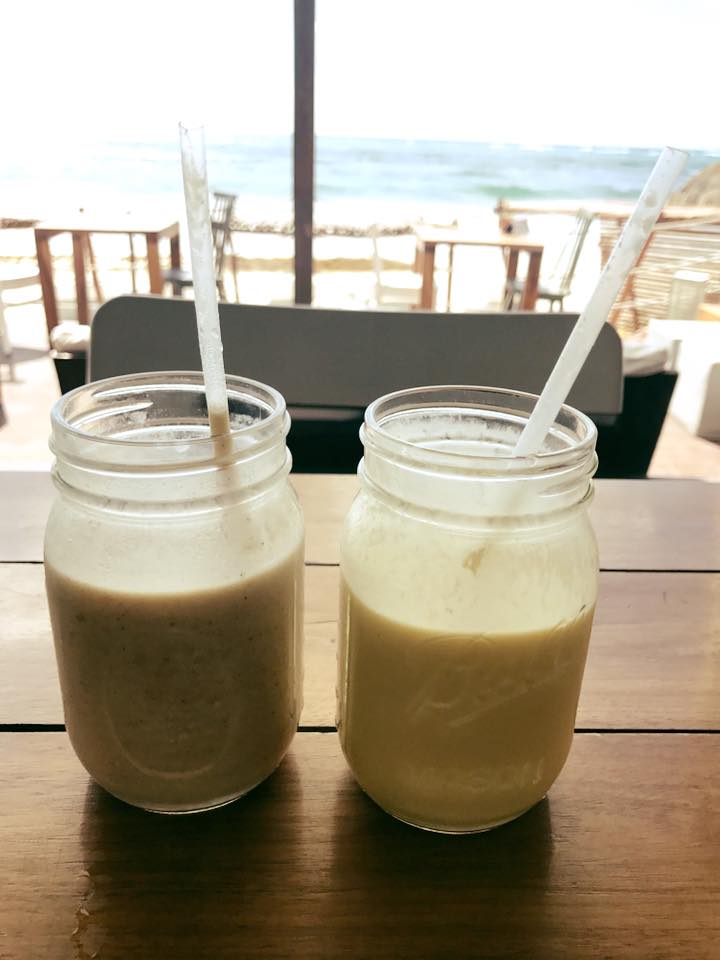
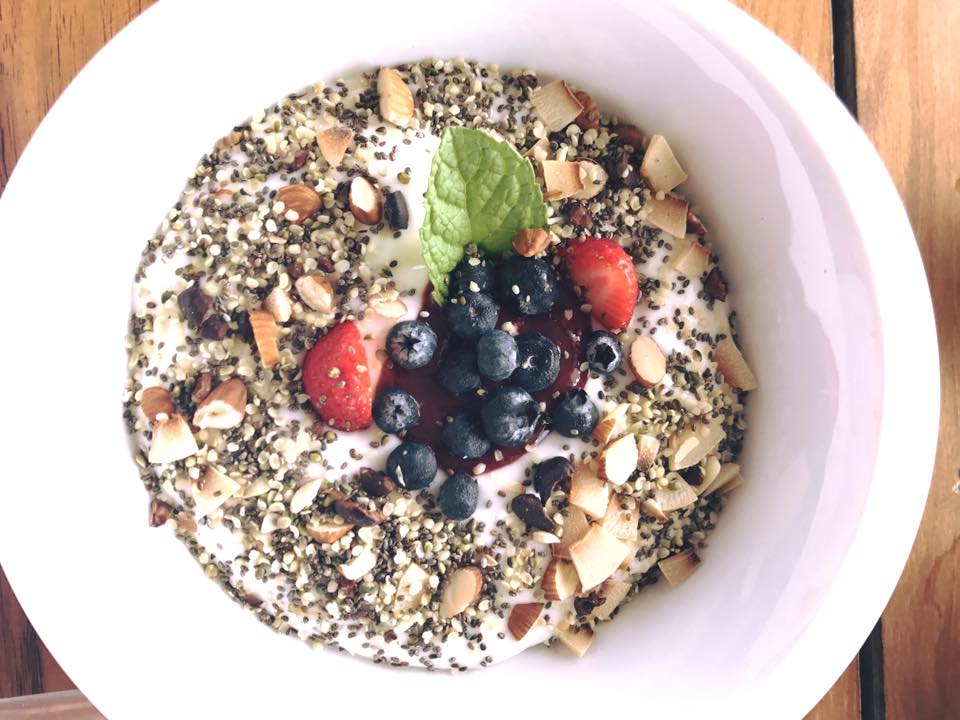
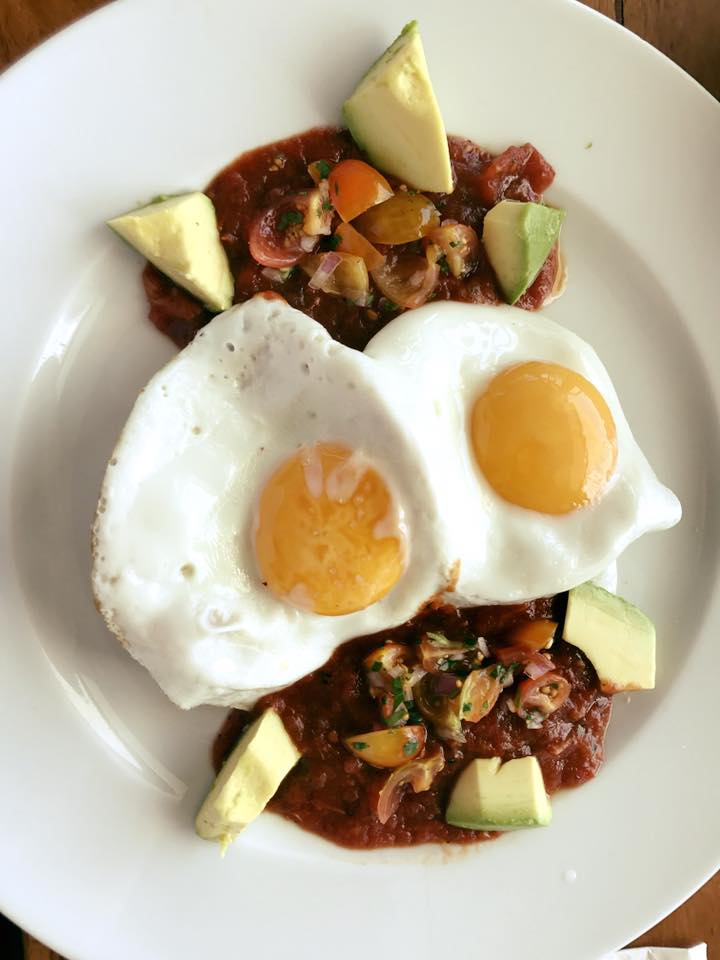
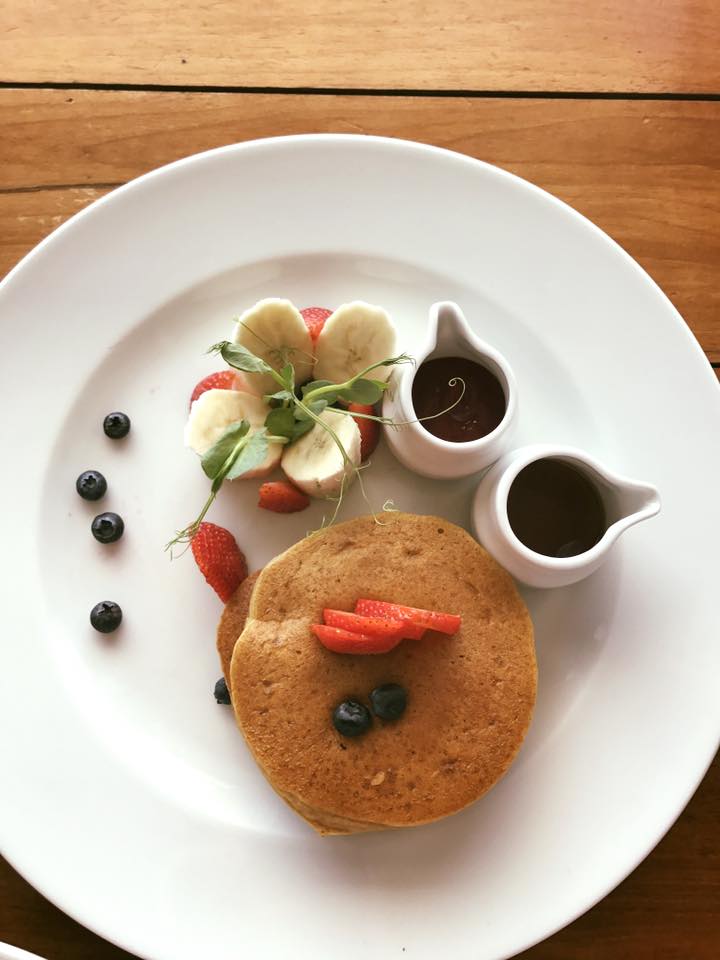 We also tried
We also tried 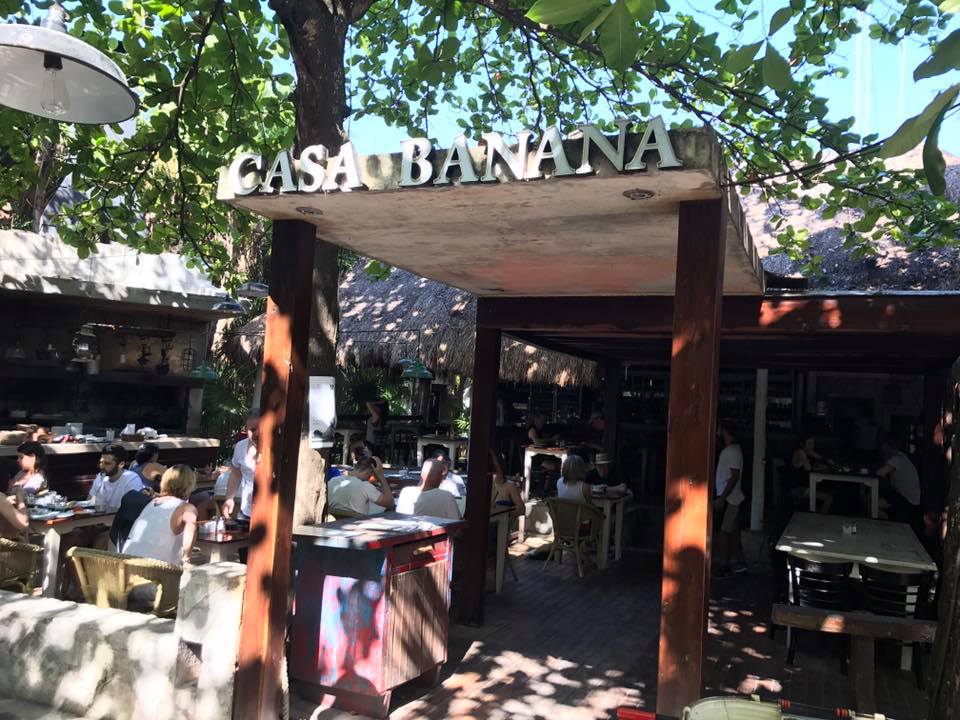
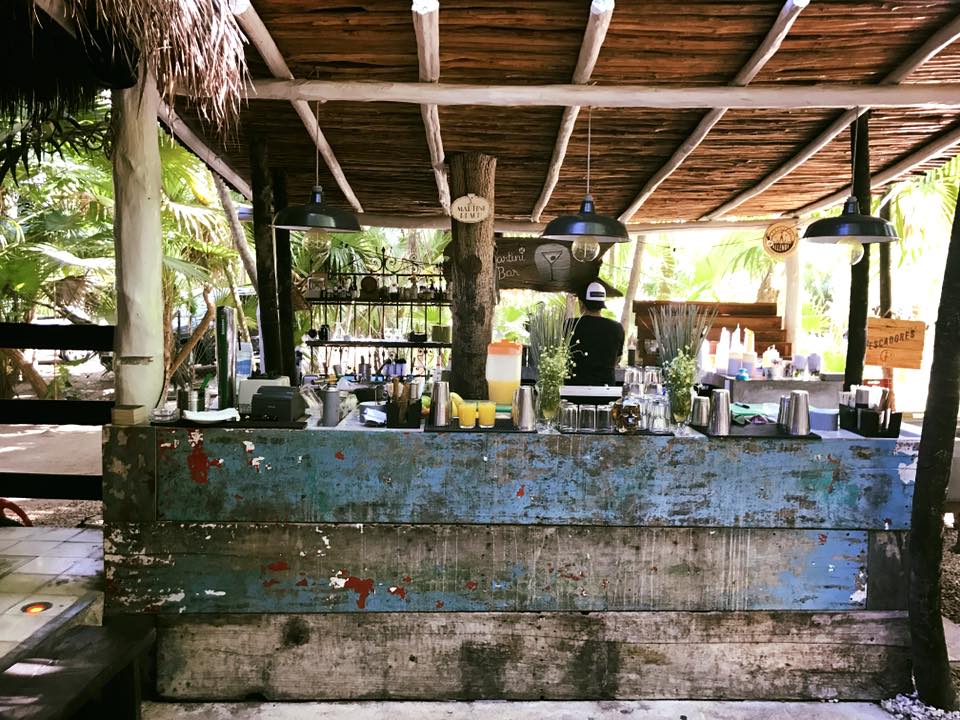
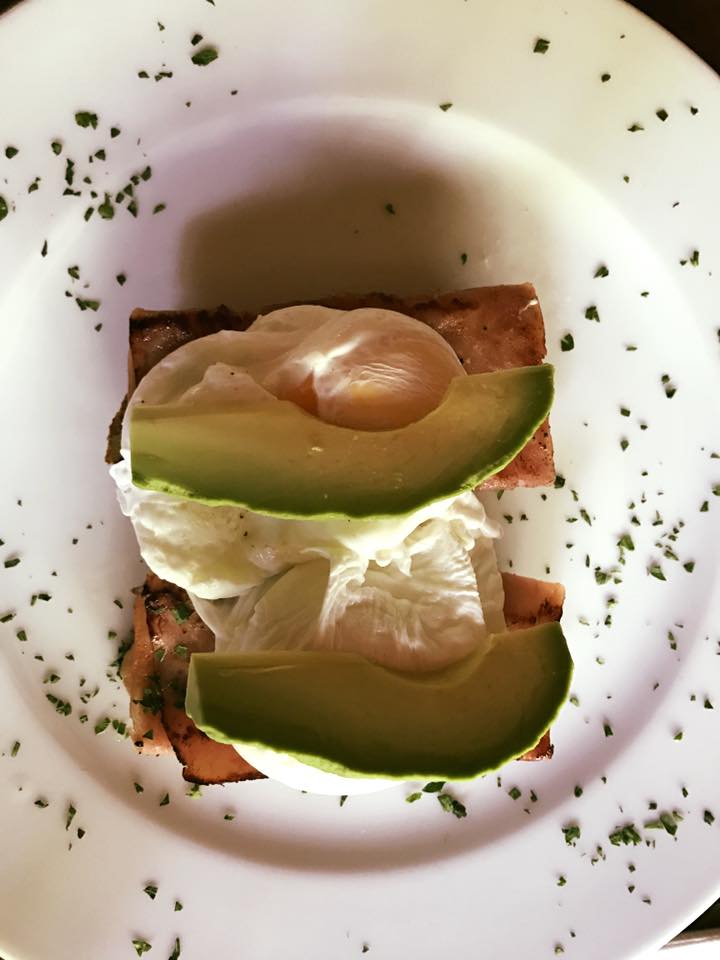
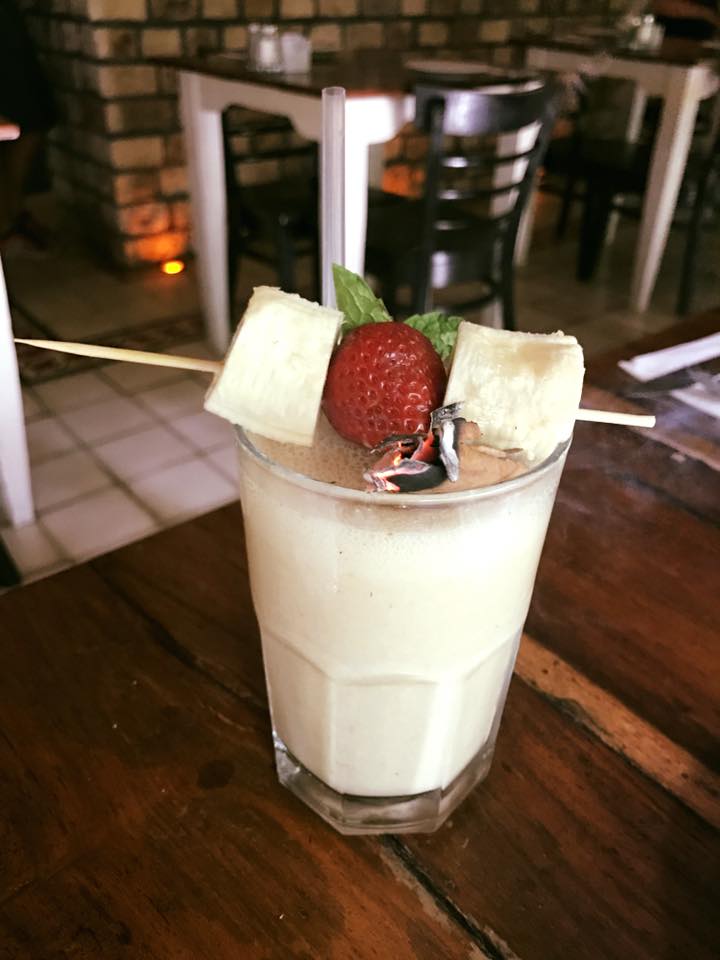 We kept hearing over and over that Be Tulum also had an amazing breakfast, so that is on our list for next time.
We kept hearing over and over that Be Tulum also had an amazing breakfast, so that is on our list for next time.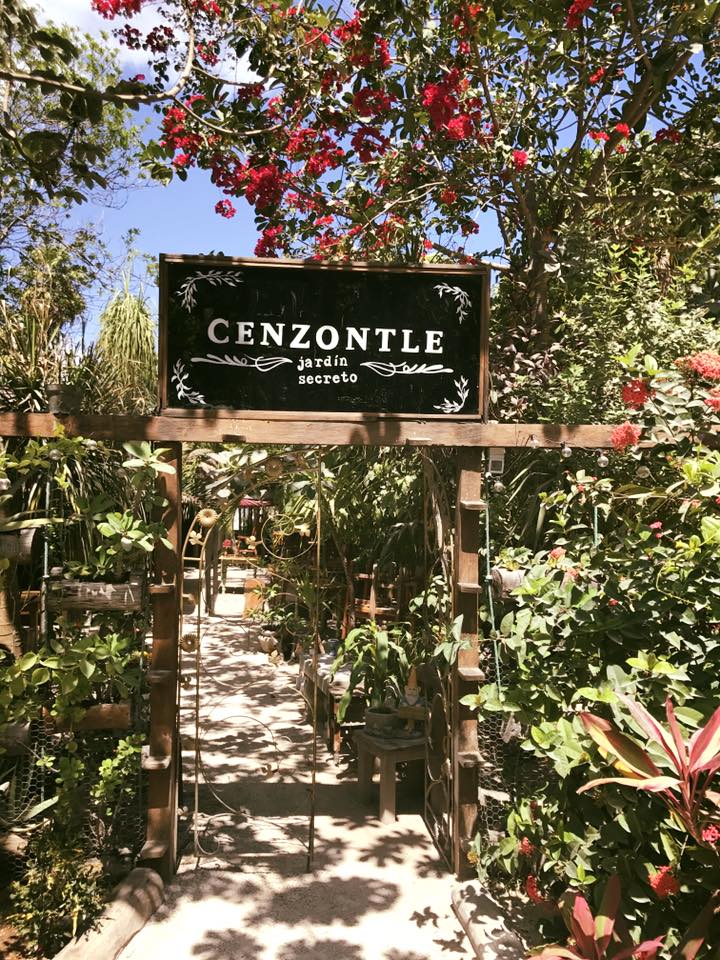 Also, the famous
Also, the famous 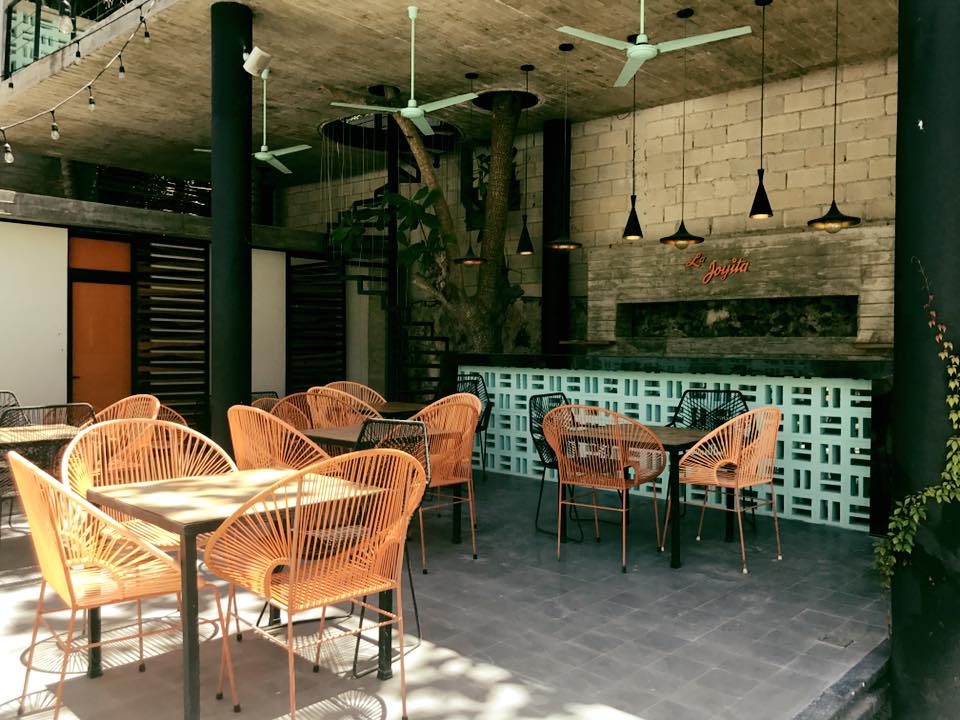
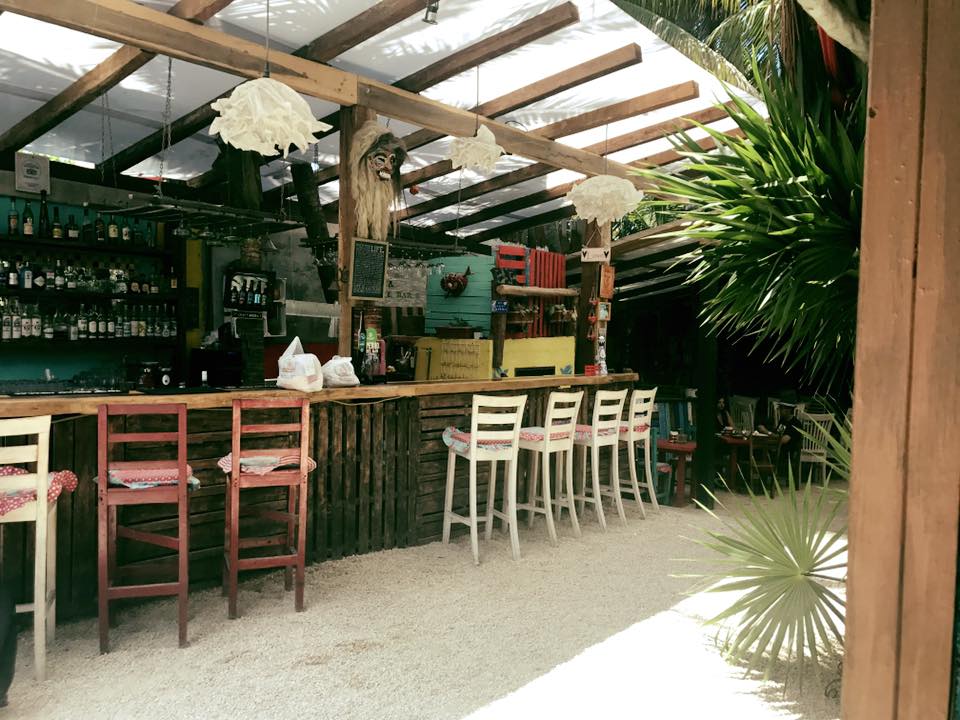
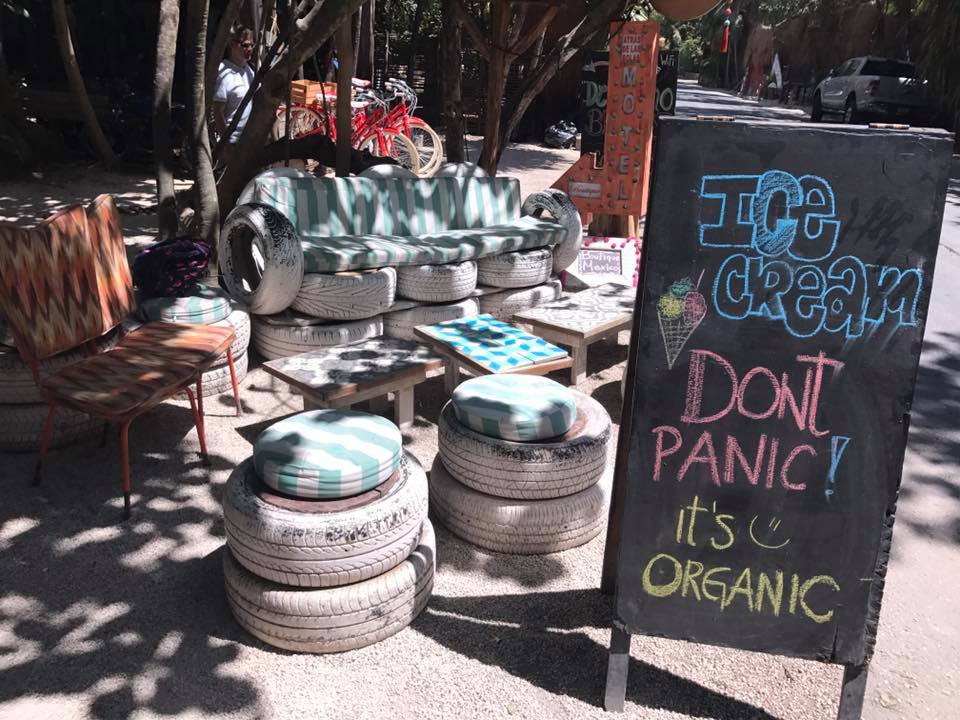
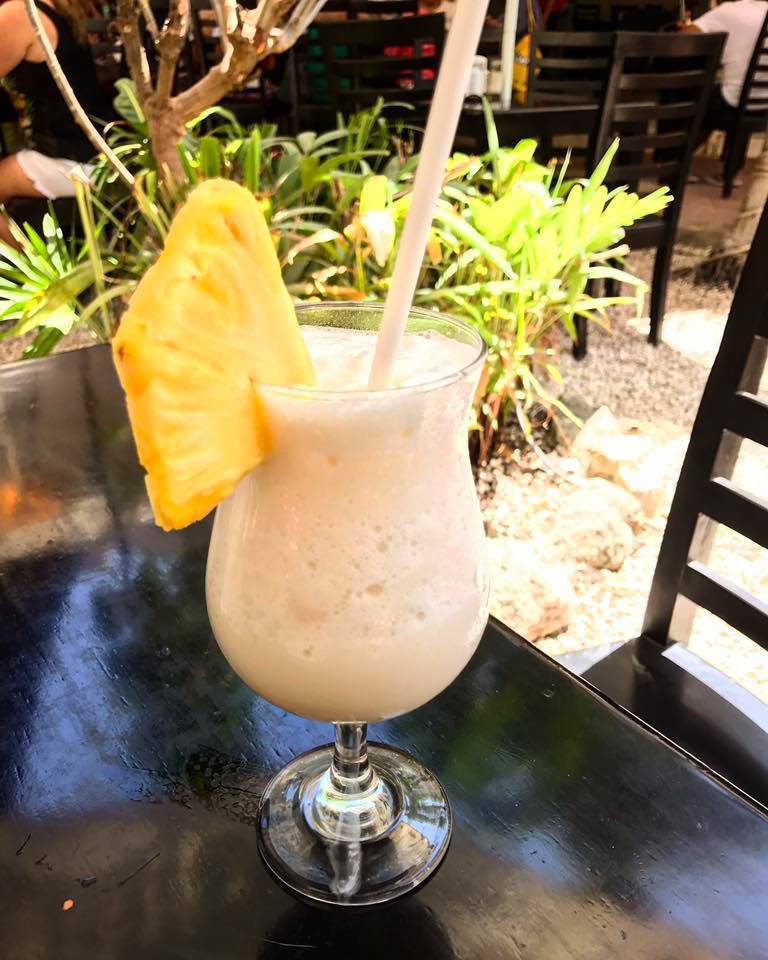
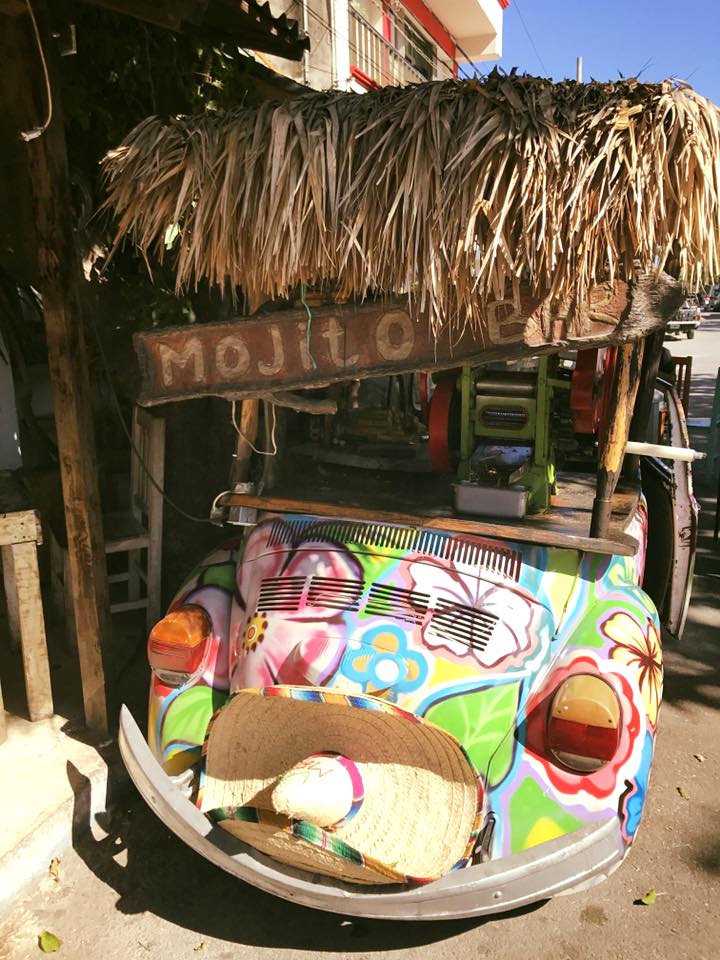
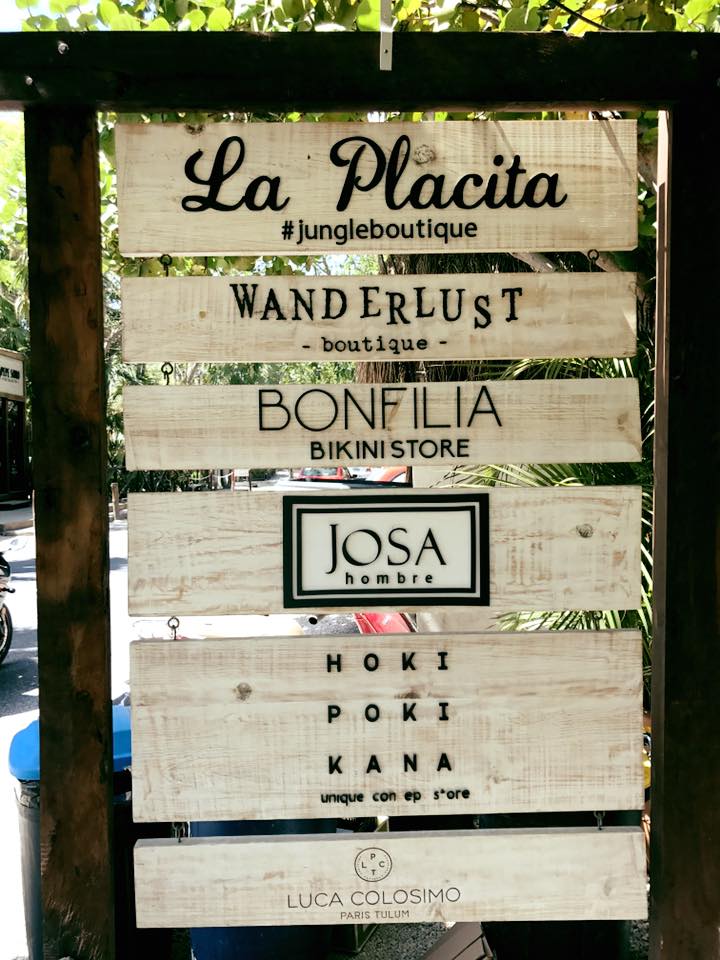
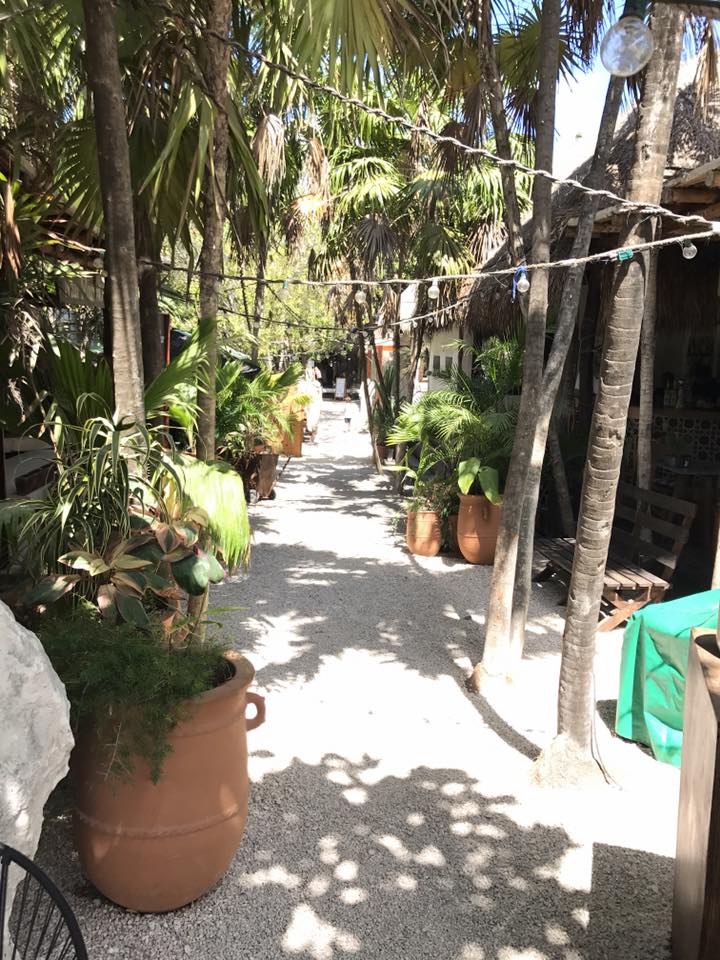
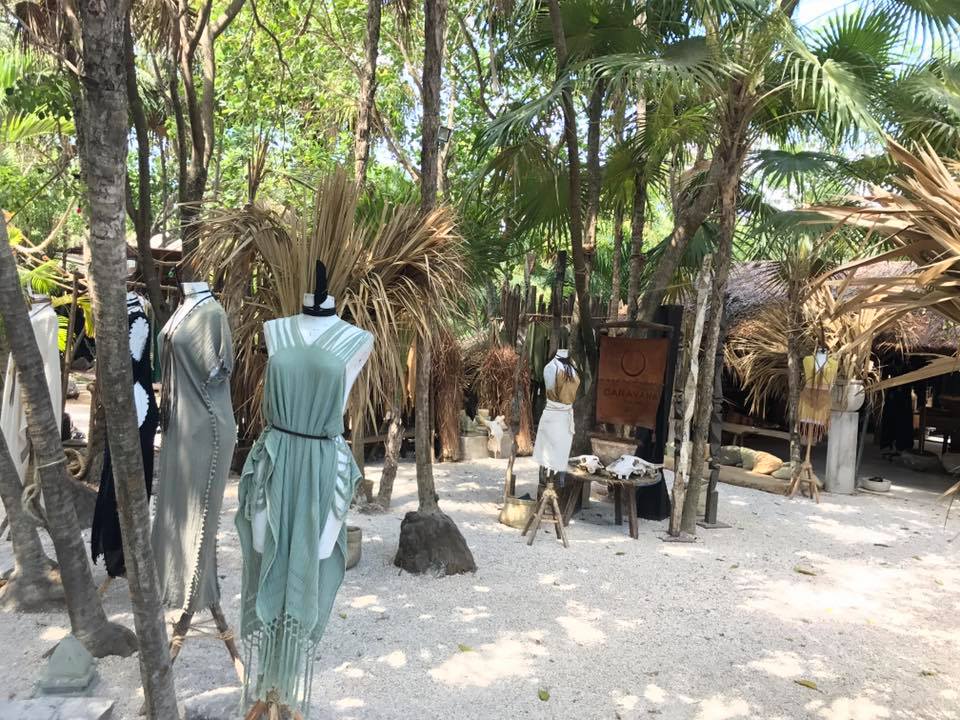
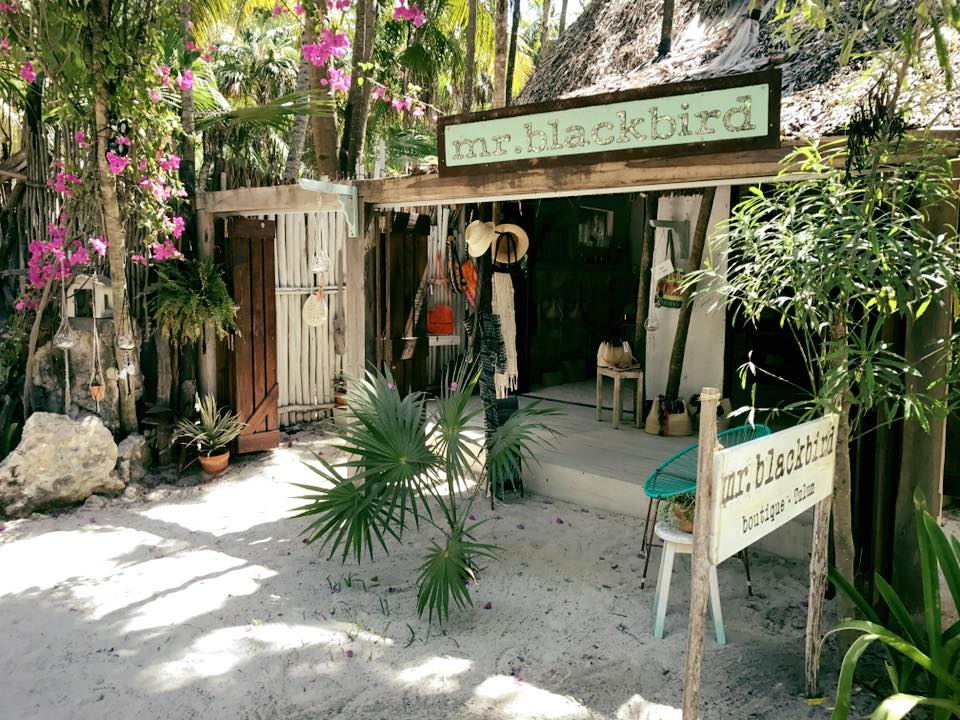
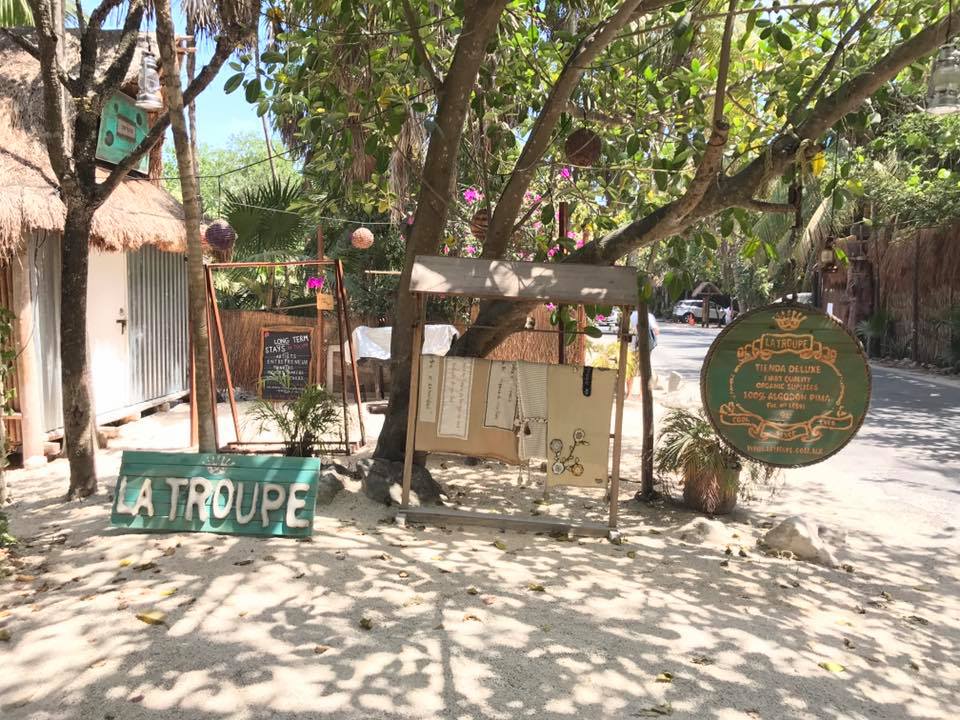
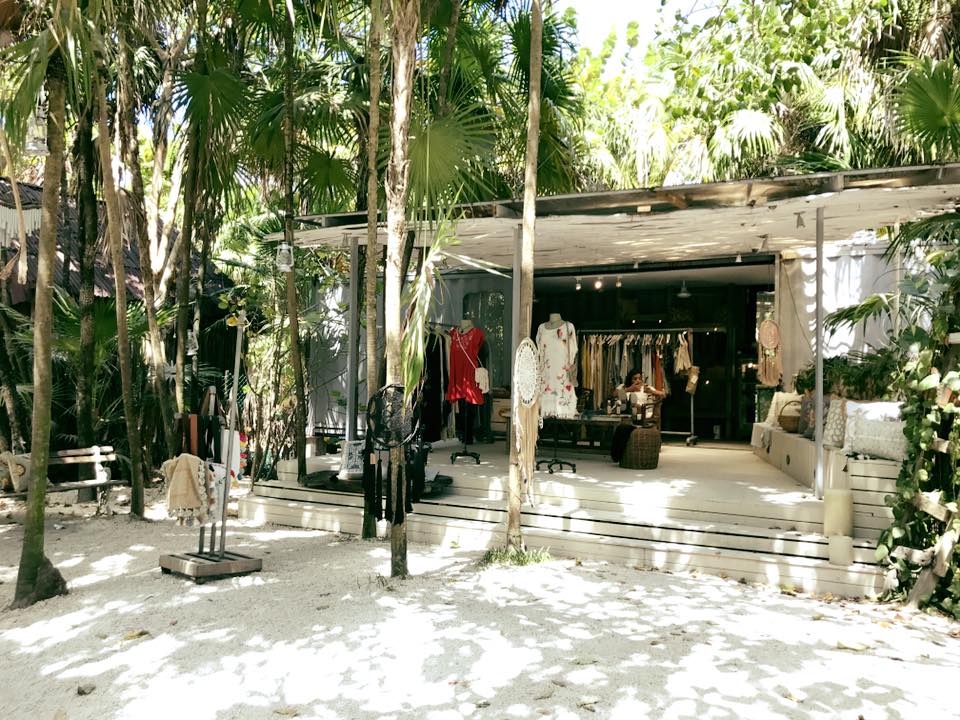
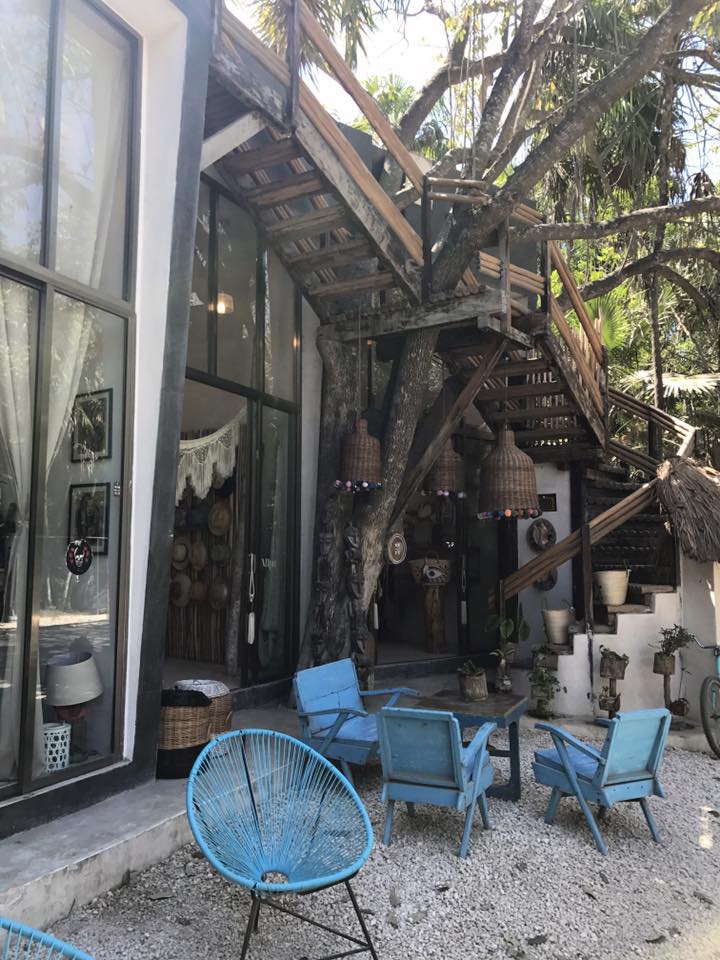
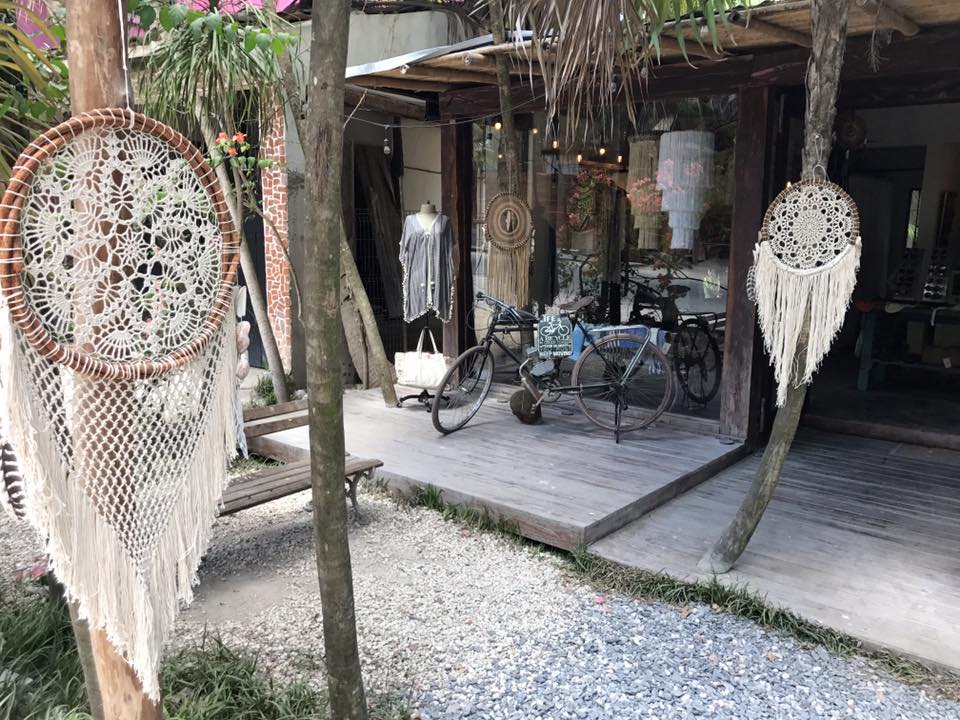
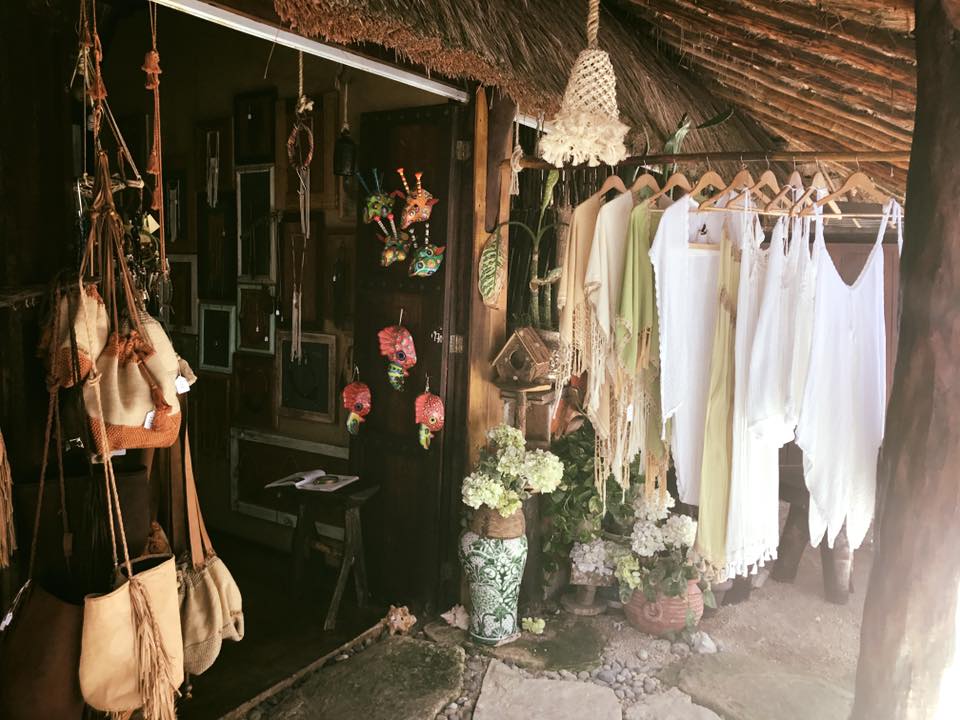 Other than the perfumes at Coqui Coqui, the one thing I wish I would have brought back is a beautiful, handmade dream catcher. If you want to buy one too, there was a shop directly across from our hotel that sold them for about $30.00 (all cash) or you could go into downtown and get them from the shops there for way cheaper than at the shops in the Hotel Zone.
Other than the perfumes at Coqui Coqui, the one thing I wish I would have brought back is a beautiful, handmade dream catcher. If you want to buy one too, there was a shop directly across from our hotel that sold them for about $30.00 (all cash) or you could go into downtown and get them from the shops there for way cheaper than at the shops in the Hotel Zone.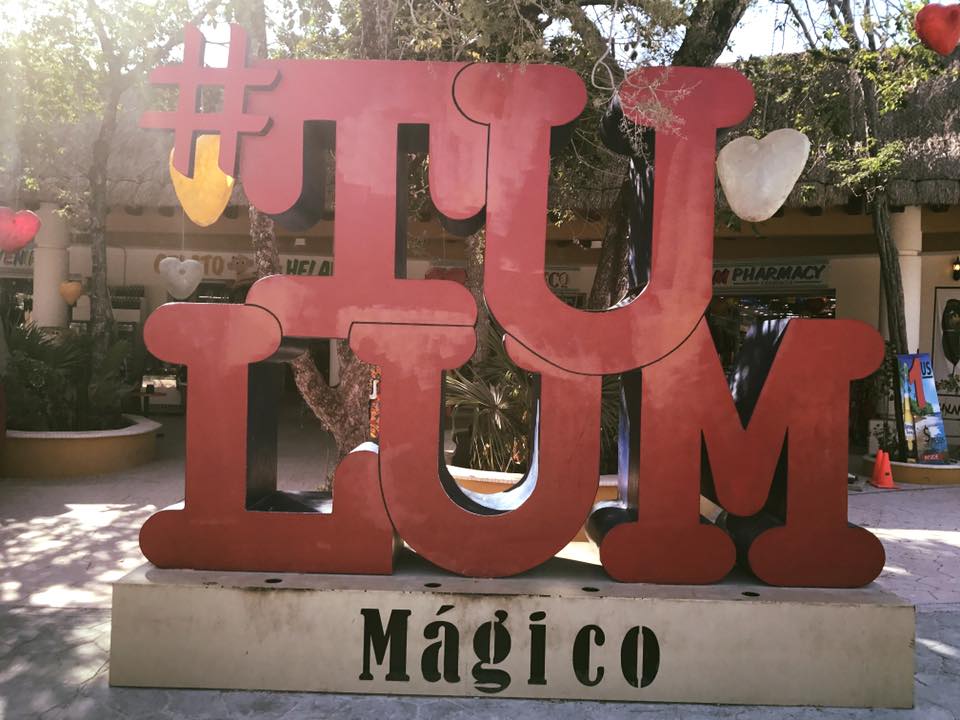
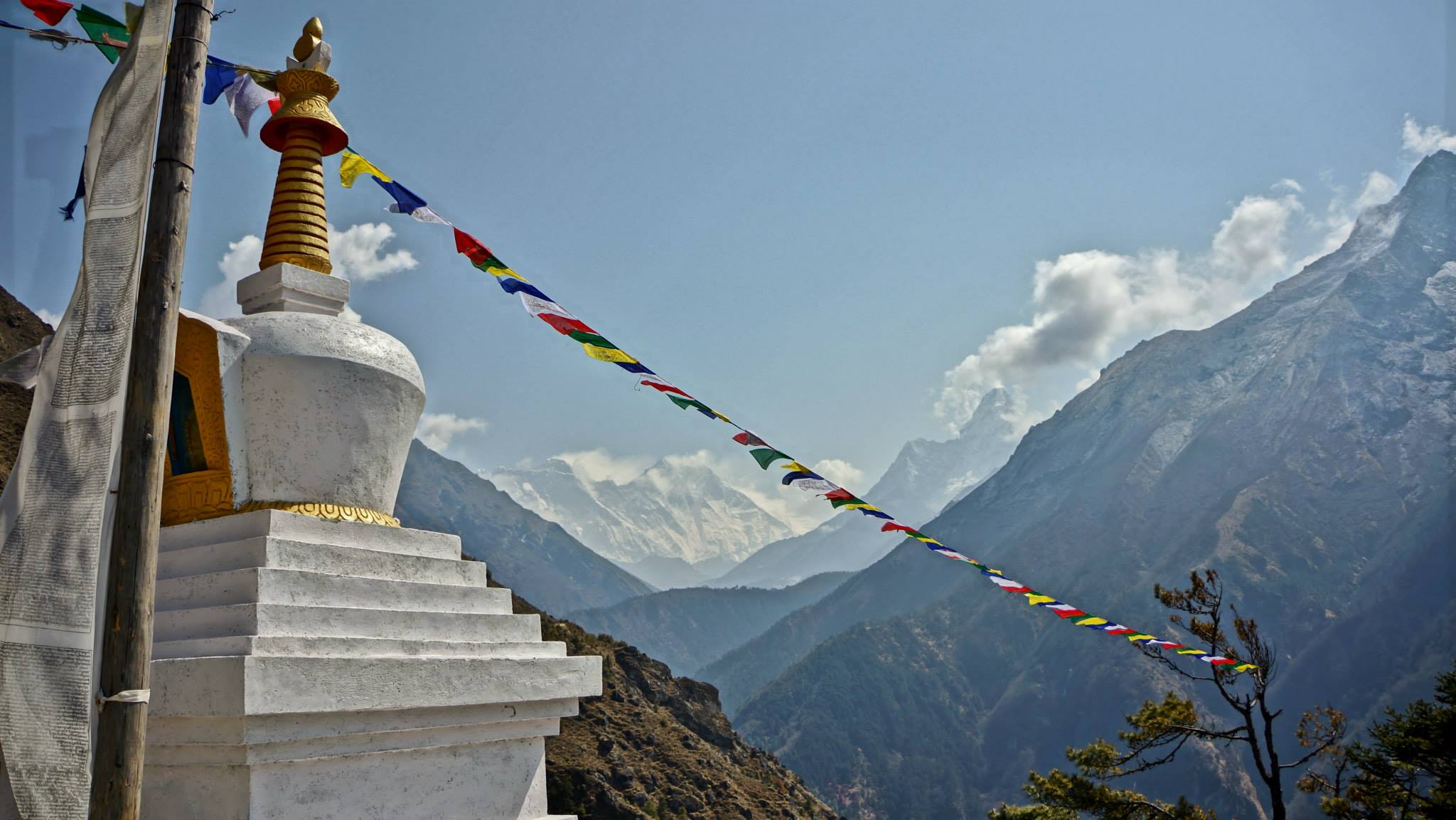

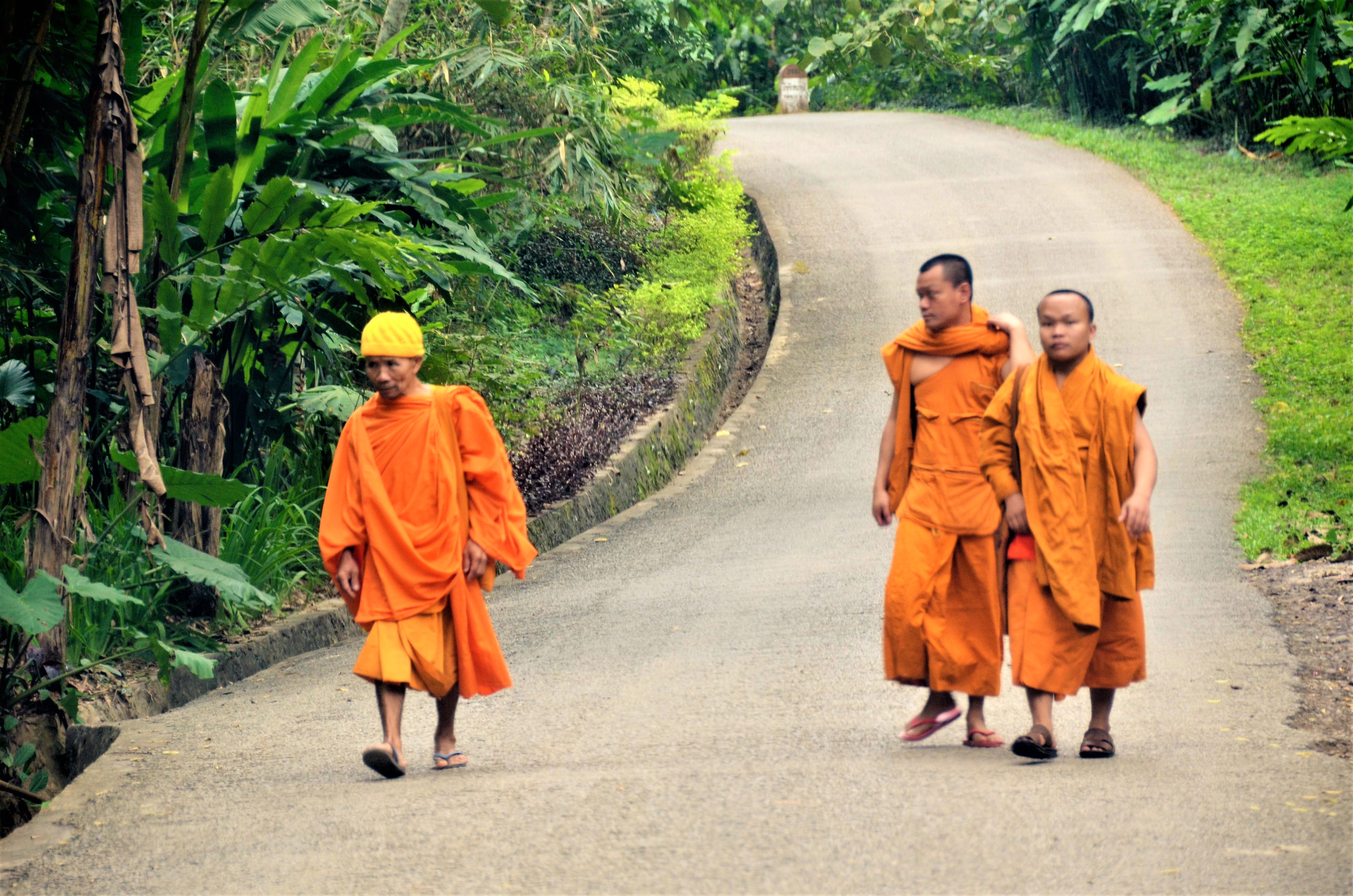 Chances are that
Chances are that 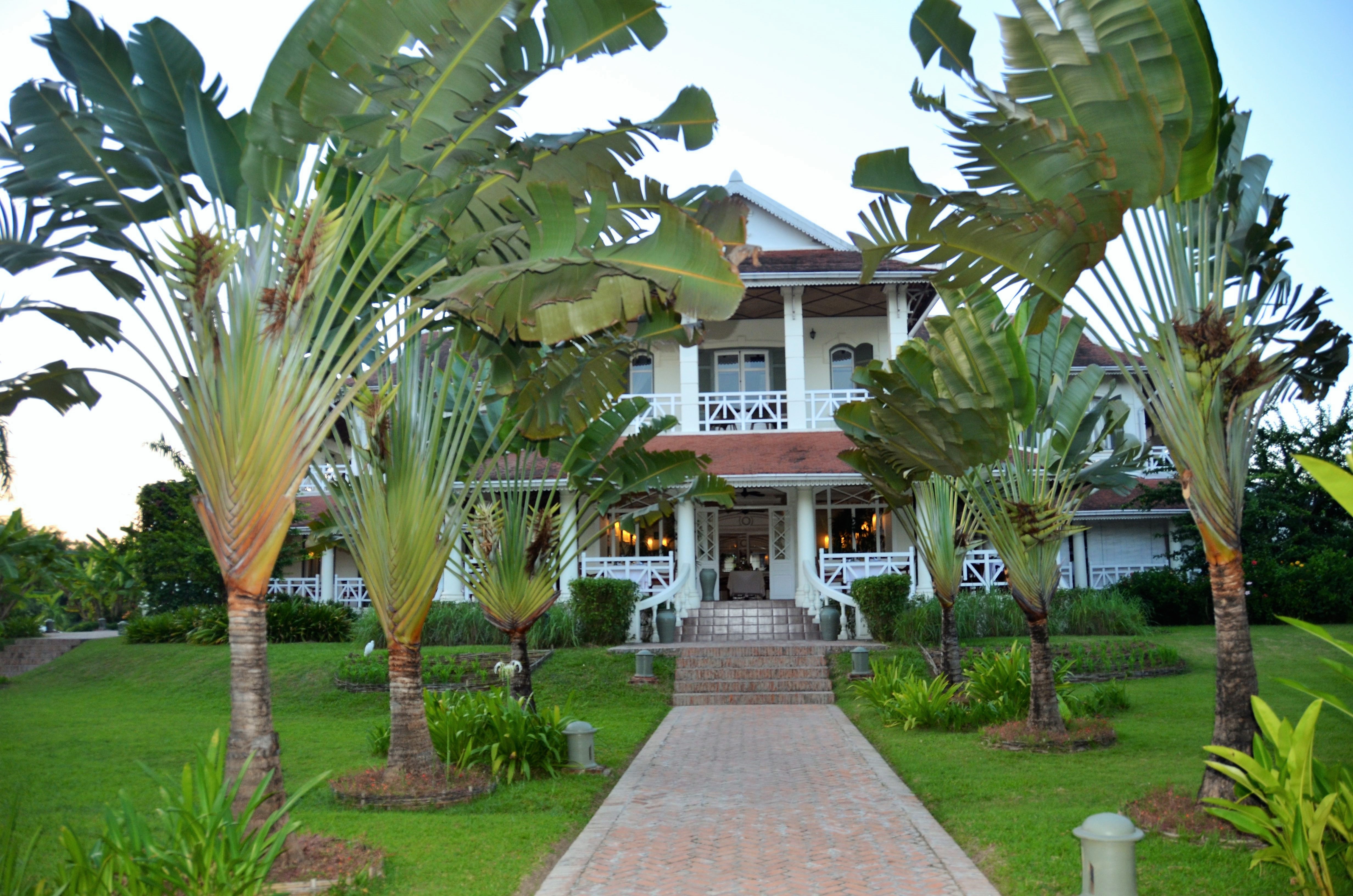
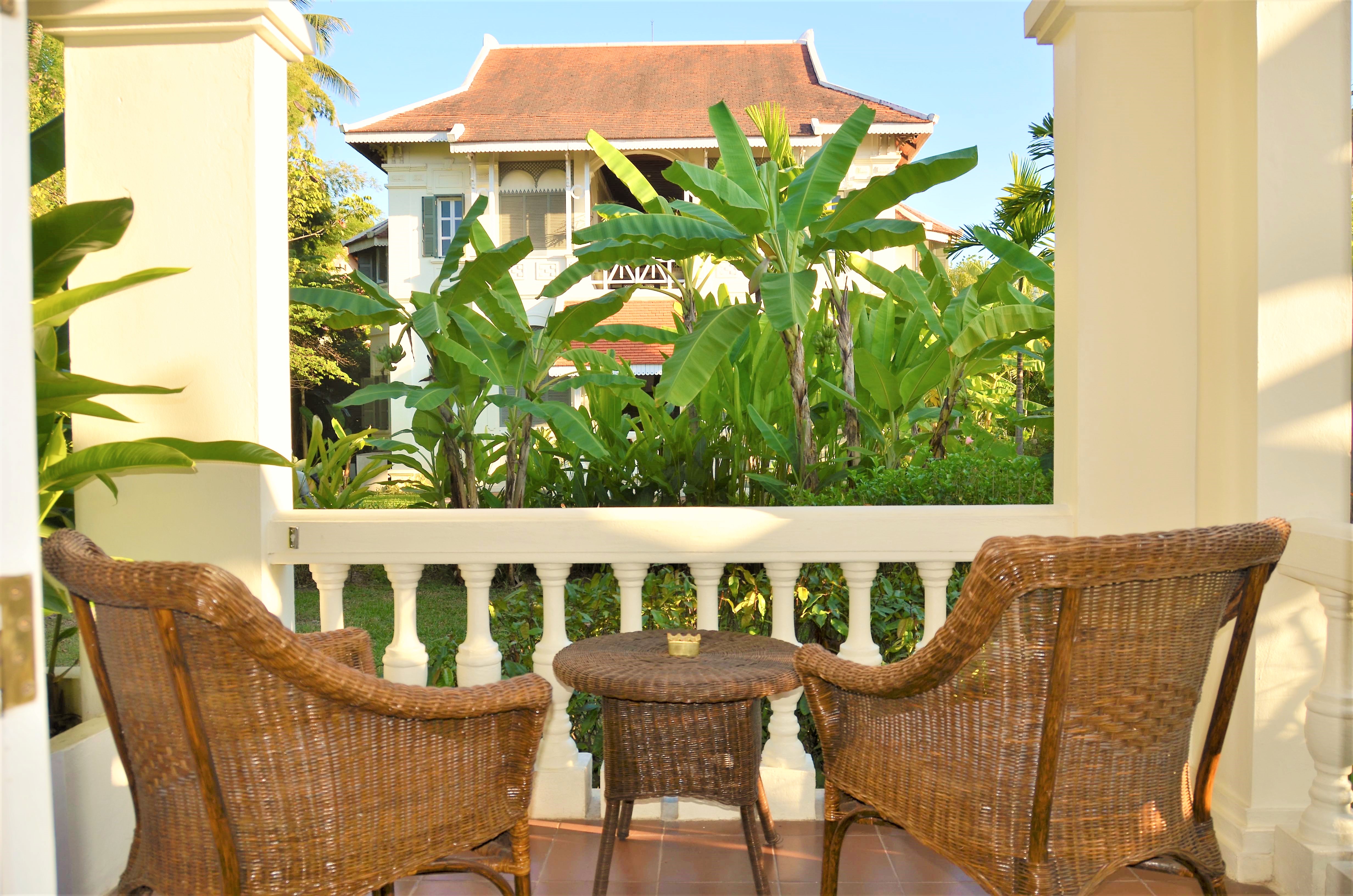
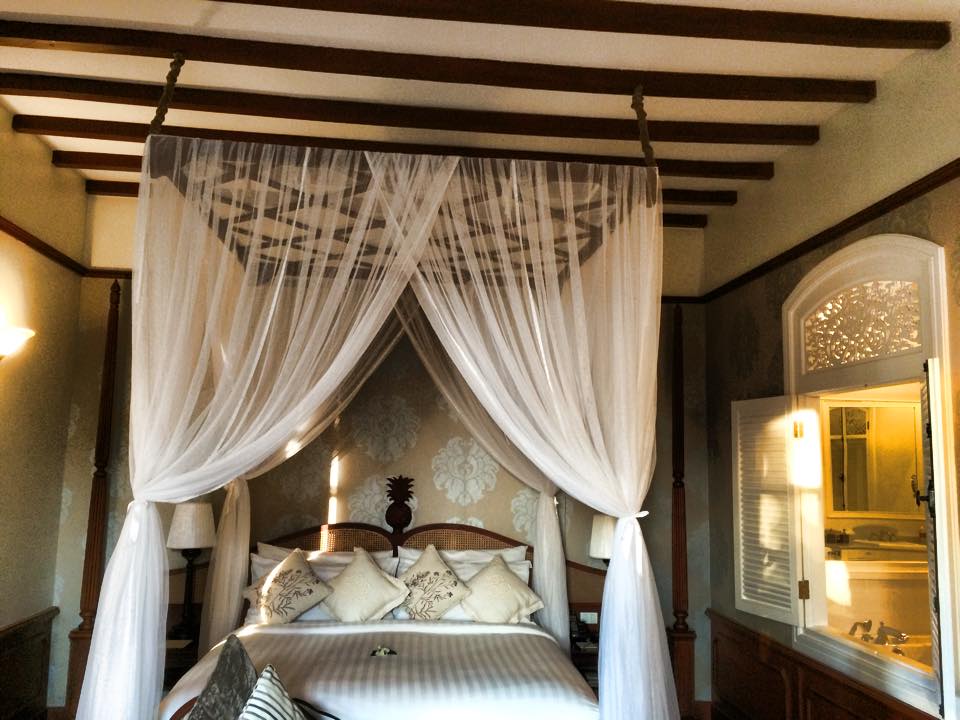 We arrived in Luang Prabang just in time to visit the night market. Apparently, there are a lot of unexploded ammunition left over from the Indochina and Vietnam wars. The locals take these wartime leftovers, turn them into keepsakes and jewelry, and sell them at the local markets.
We arrived in Luang Prabang just in time to visit the night market. Apparently, there are a lot of unexploded ammunition left over from the Indochina and Vietnam wars. The locals take these wartime leftovers, turn them into keepsakes and jewelry, and sell them at the local markets. 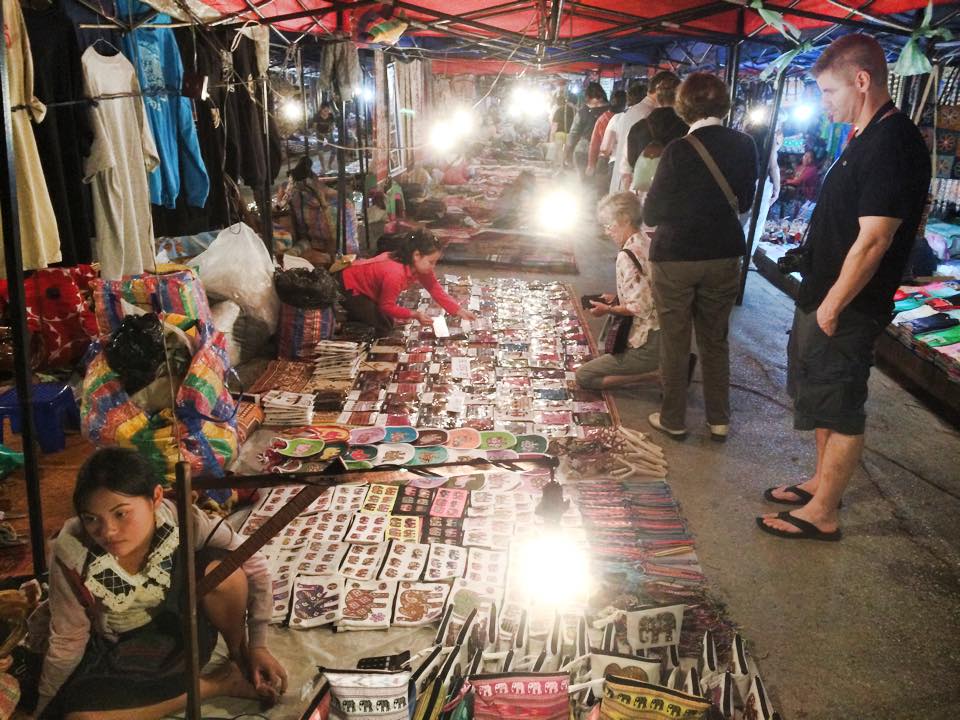
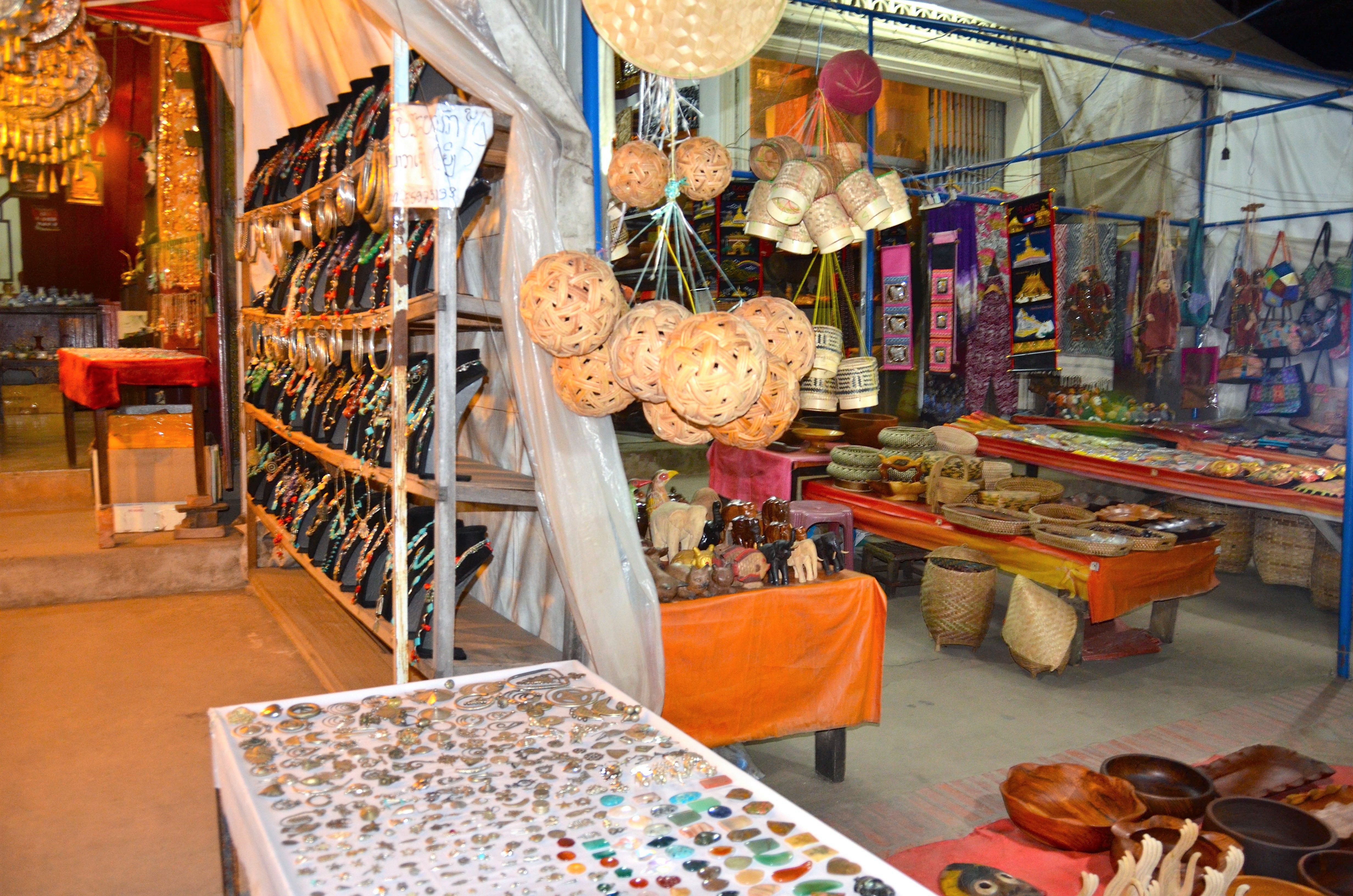 We had some action packed days in Luang Prabang! Along the way, during our all-too-short time in this magical little place, we had some very meaningful experiences and encounters with locals.
We had some action packed days in Luang Prabang! Along the way, during our all-too-short time in this magical little place, we had some very meaningful experiences and encounters with locals.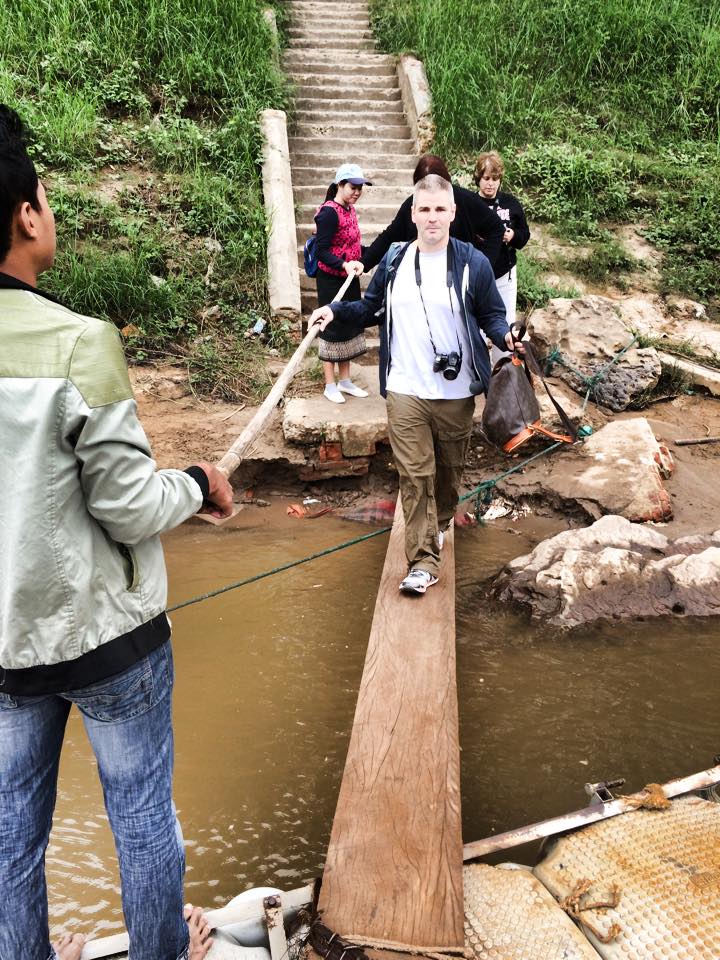
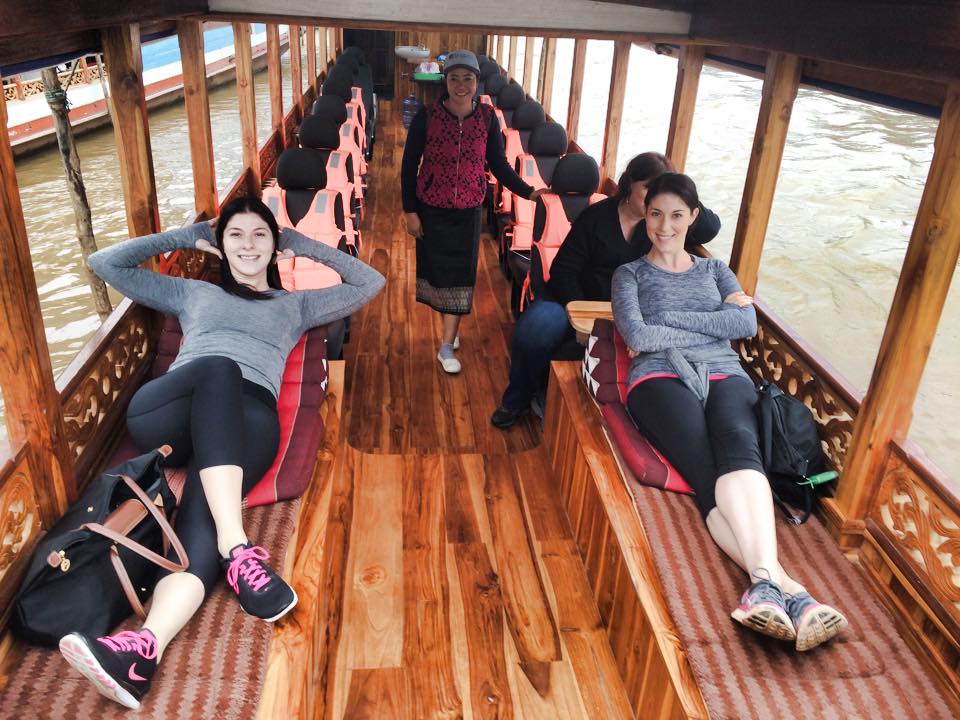 On the two hour journey down the peaceful Mekong River, we got to see a lot of rural everyday life along its banks.
On the two hour journey down the peaceful Mekong River, we got to see a lot of rural everyday life along its banks.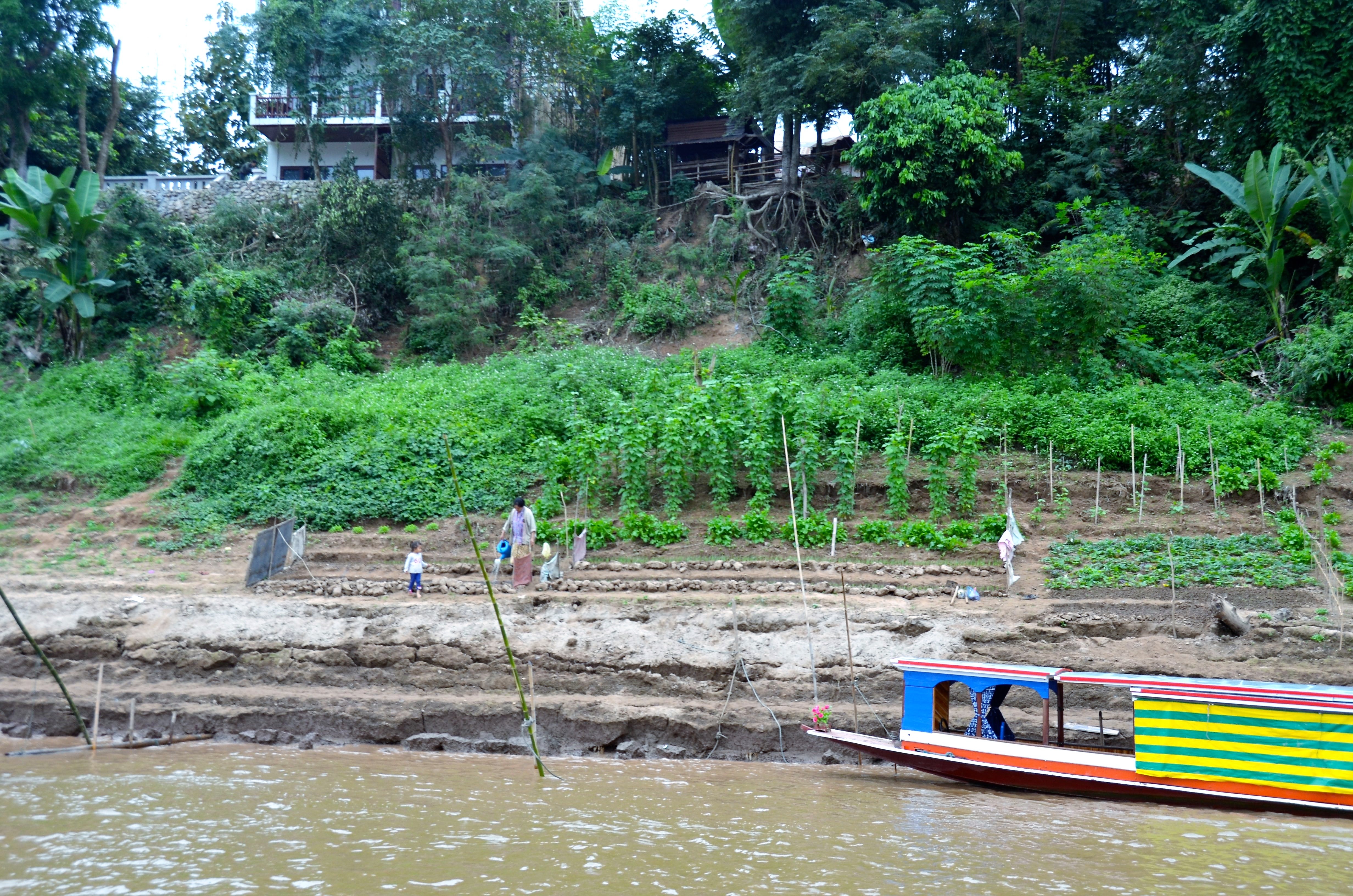
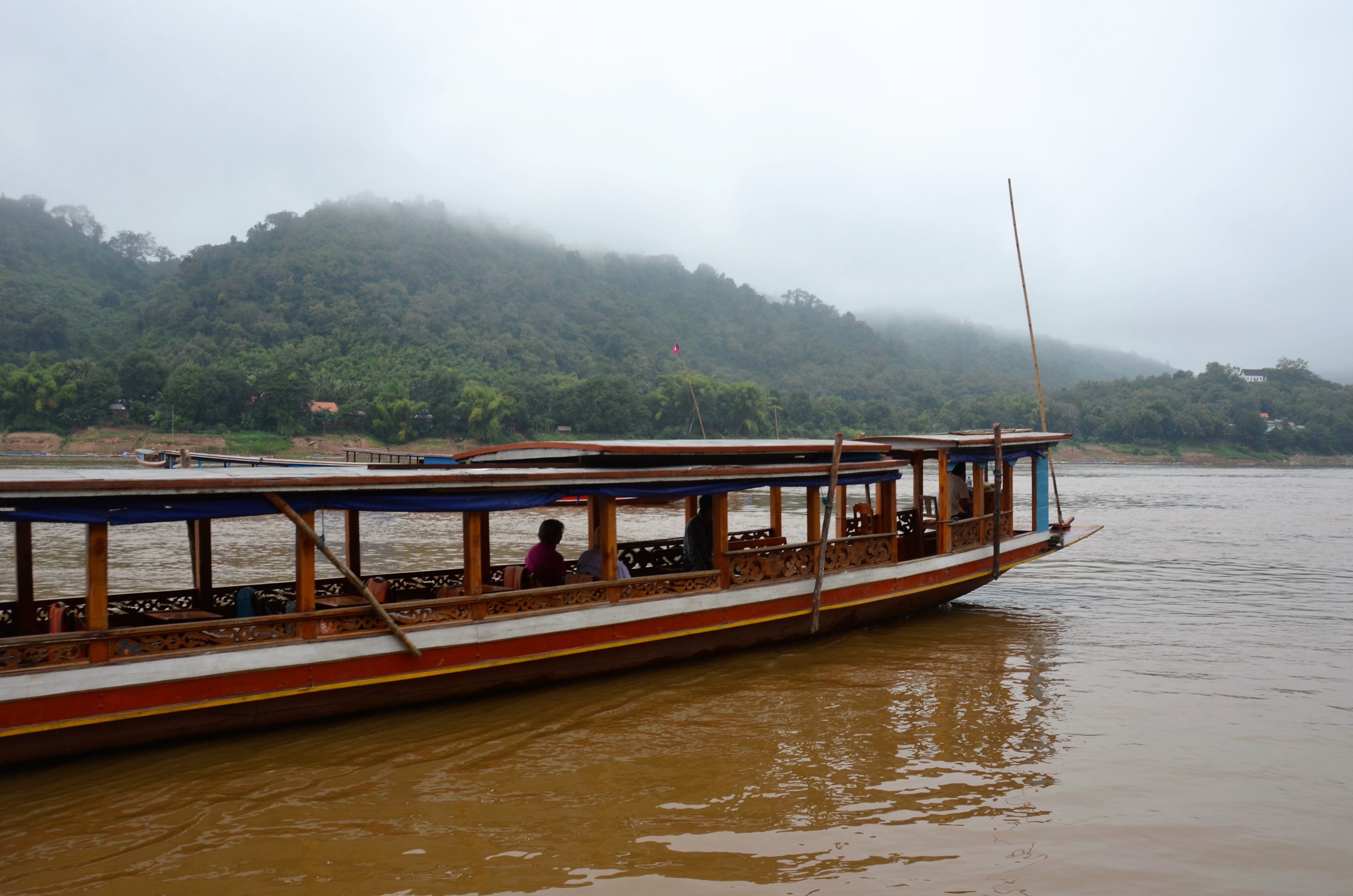
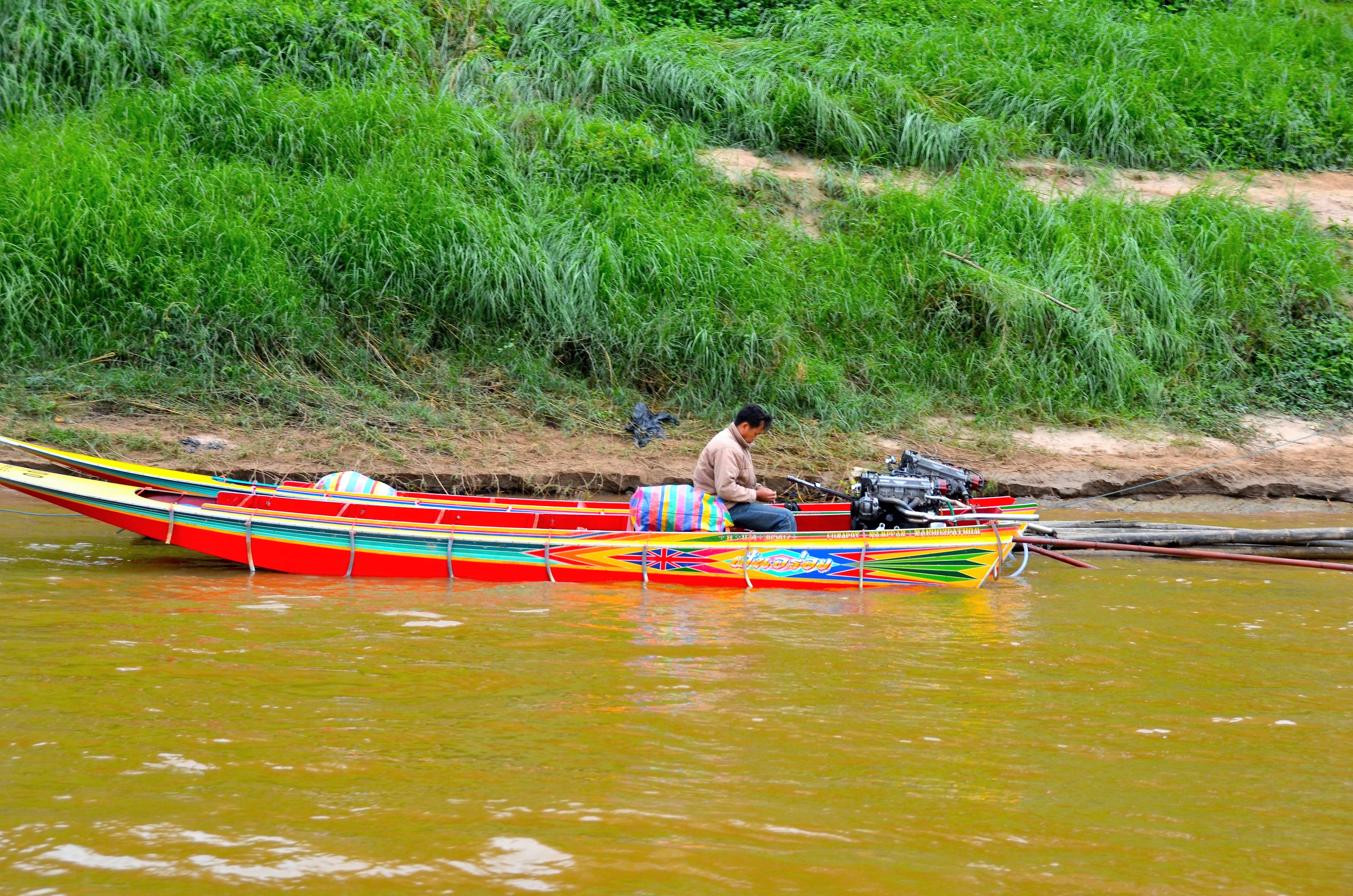
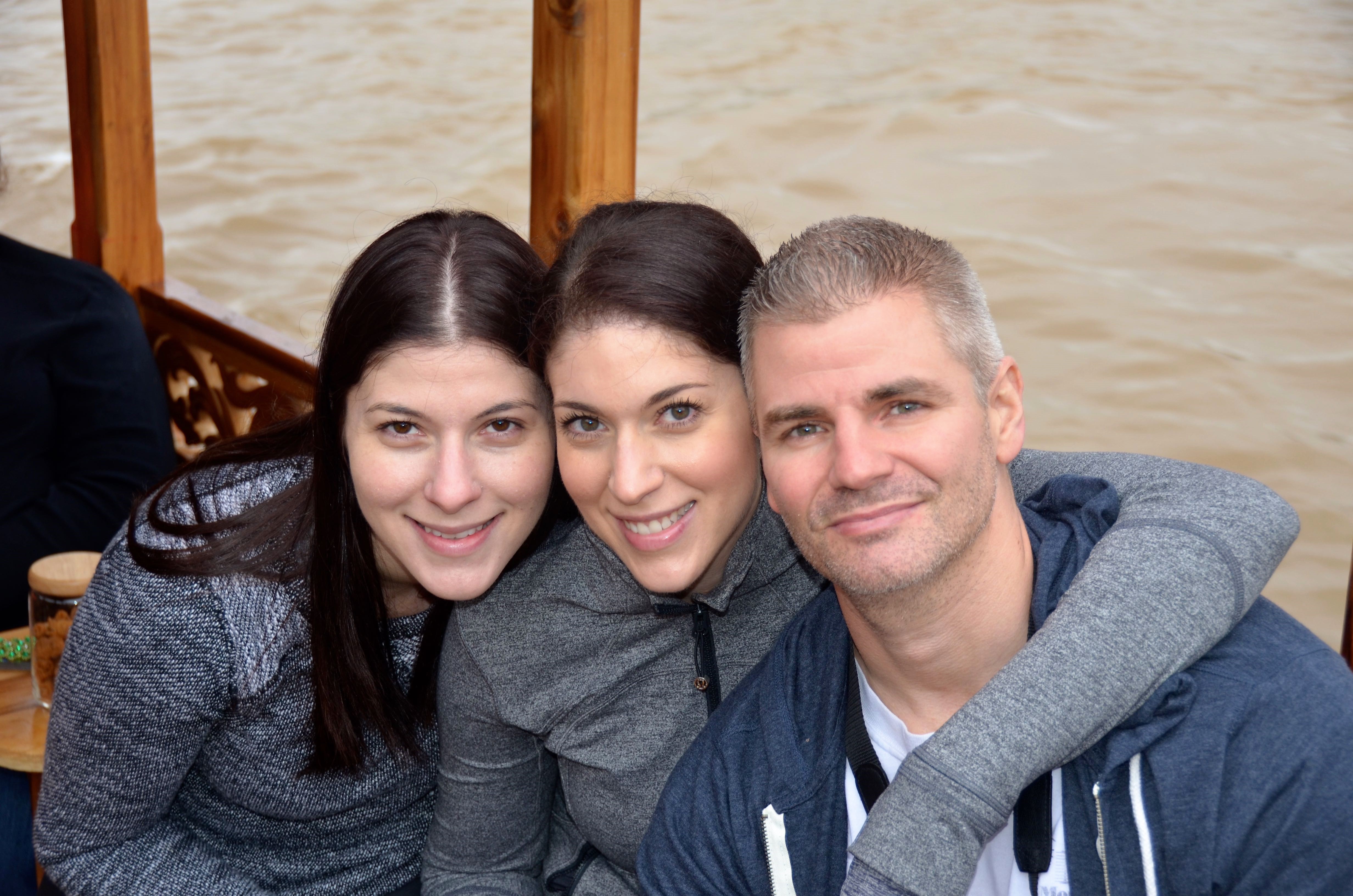
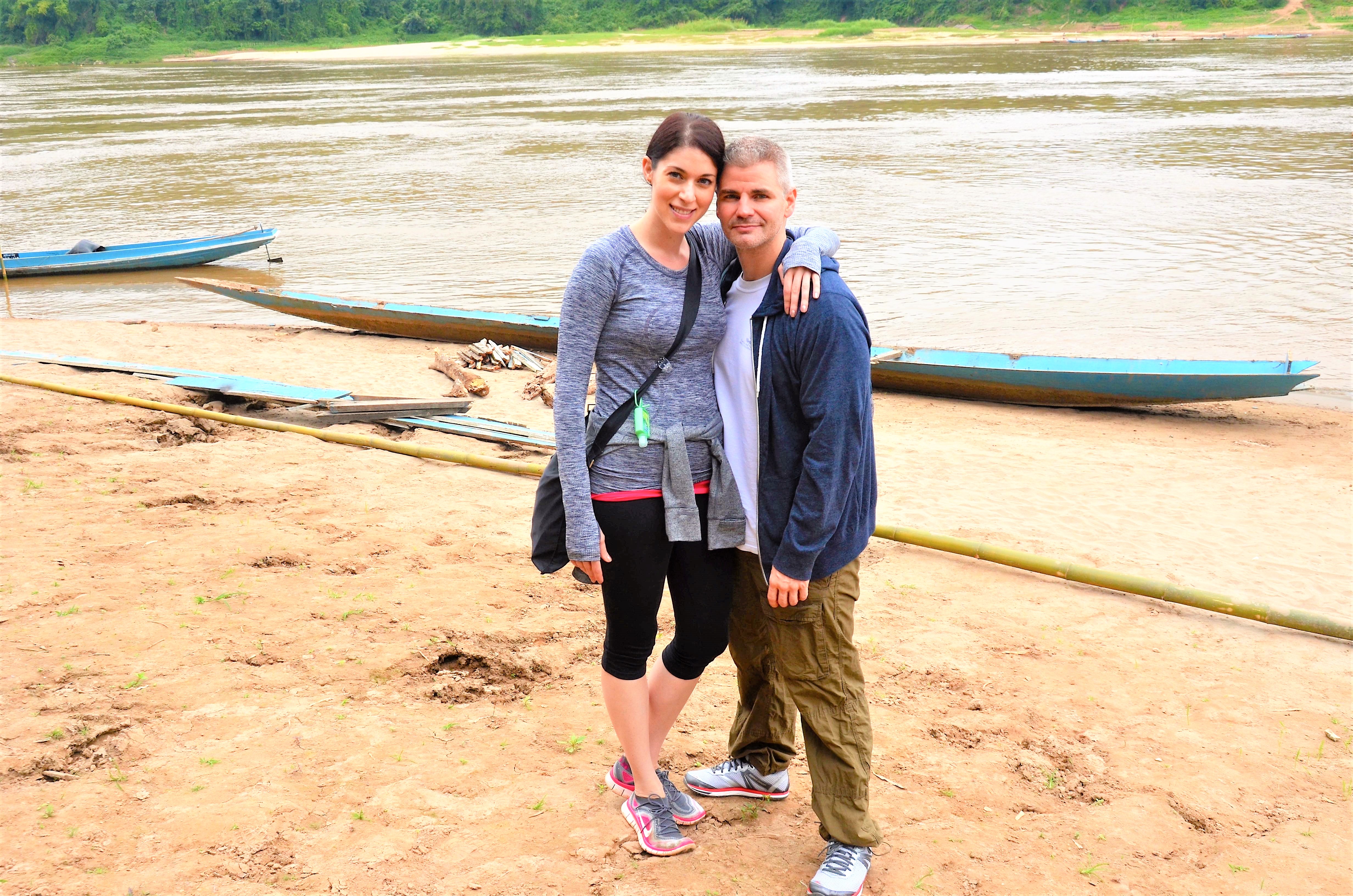 After a couple hours, we arrived at the caves!
After a couple hours, we arrived at the caves!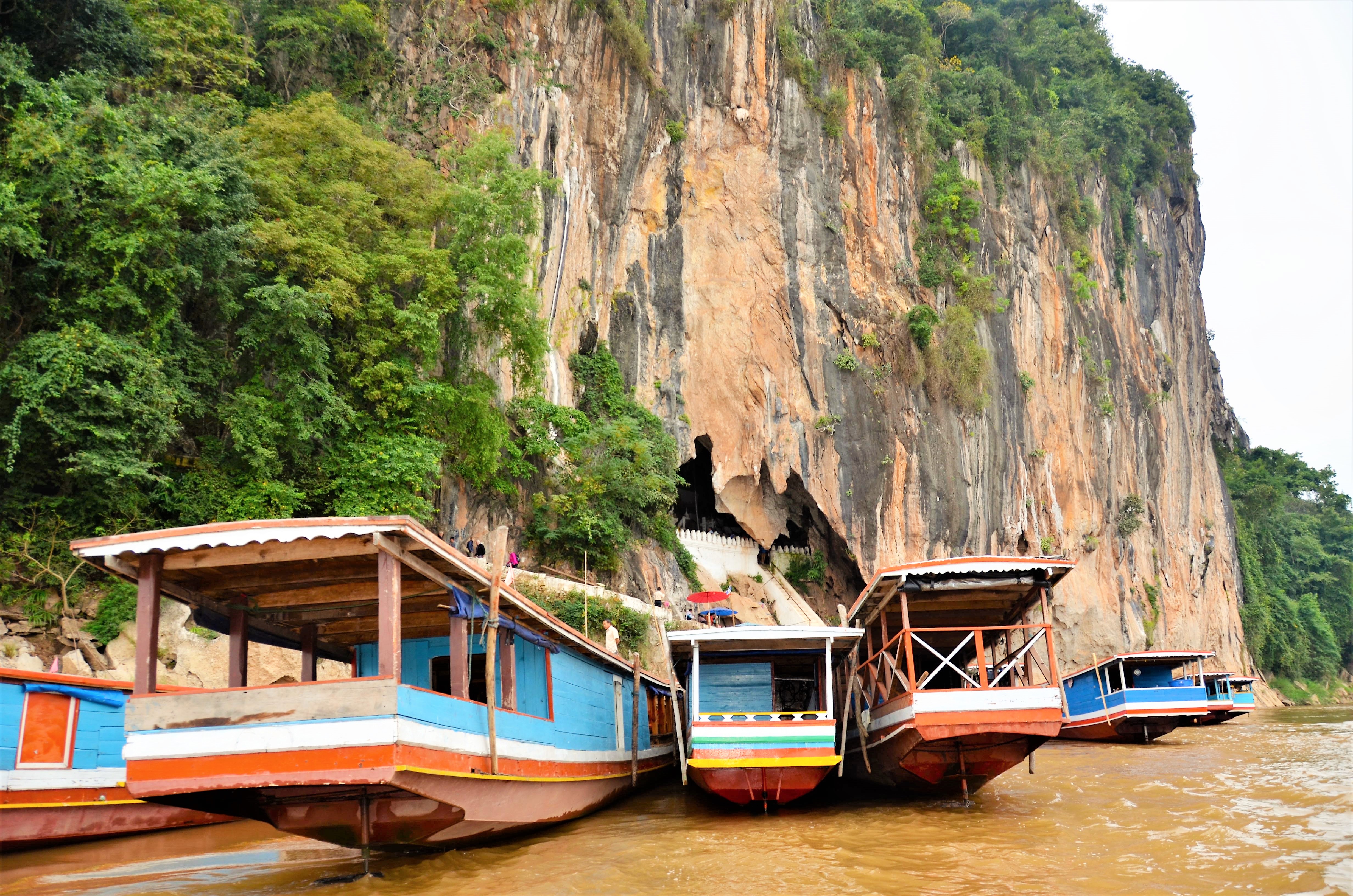
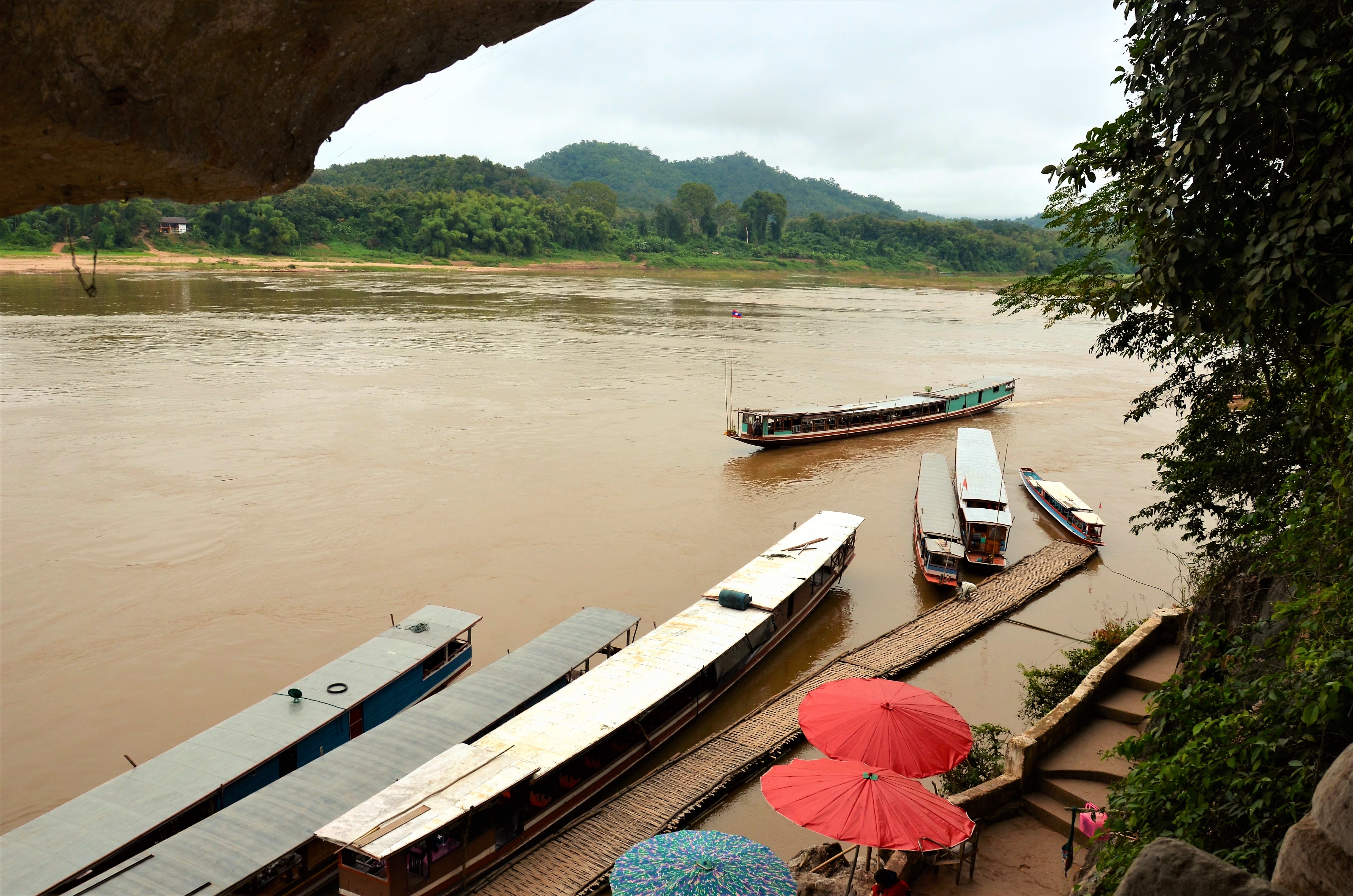
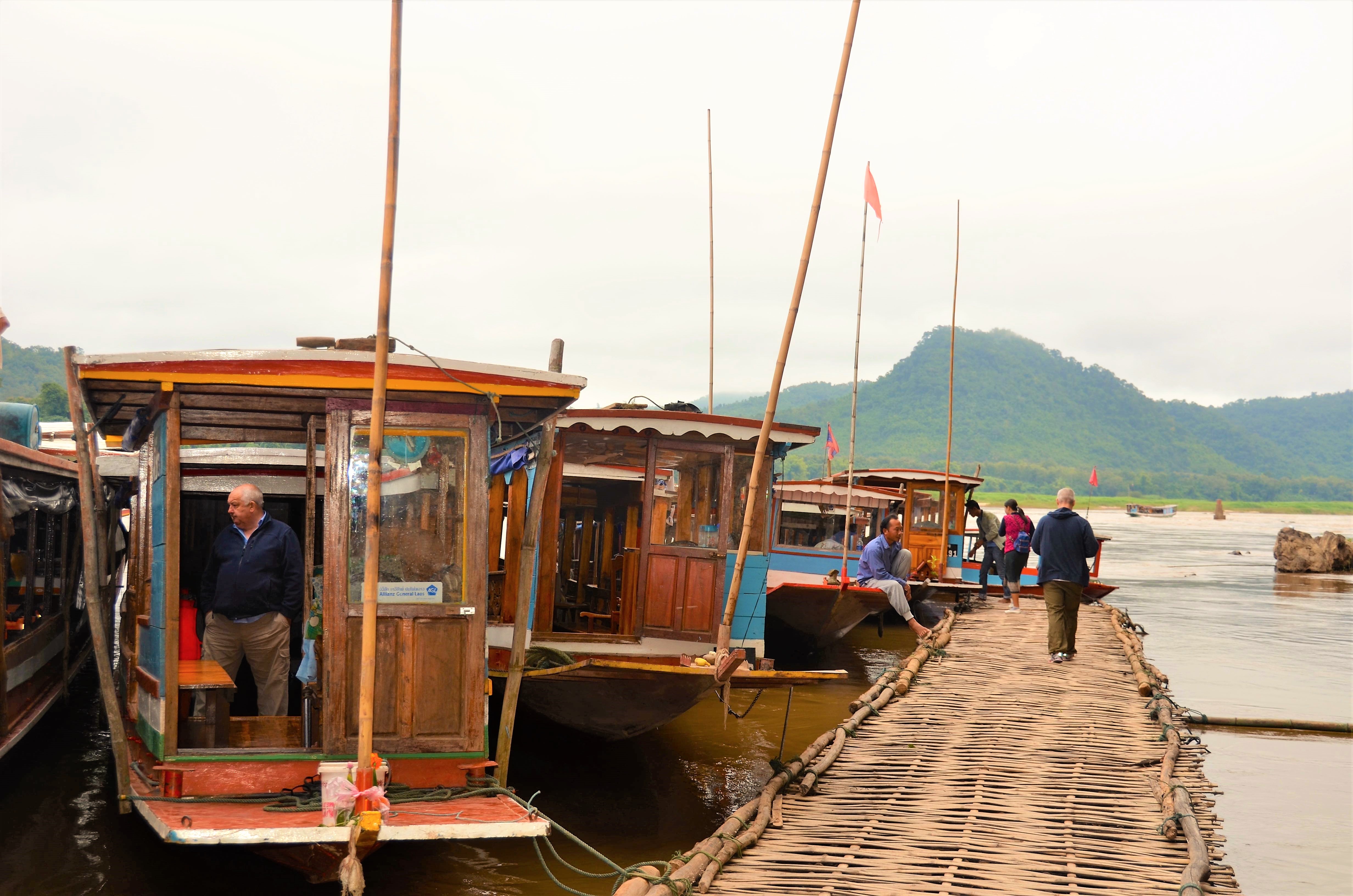
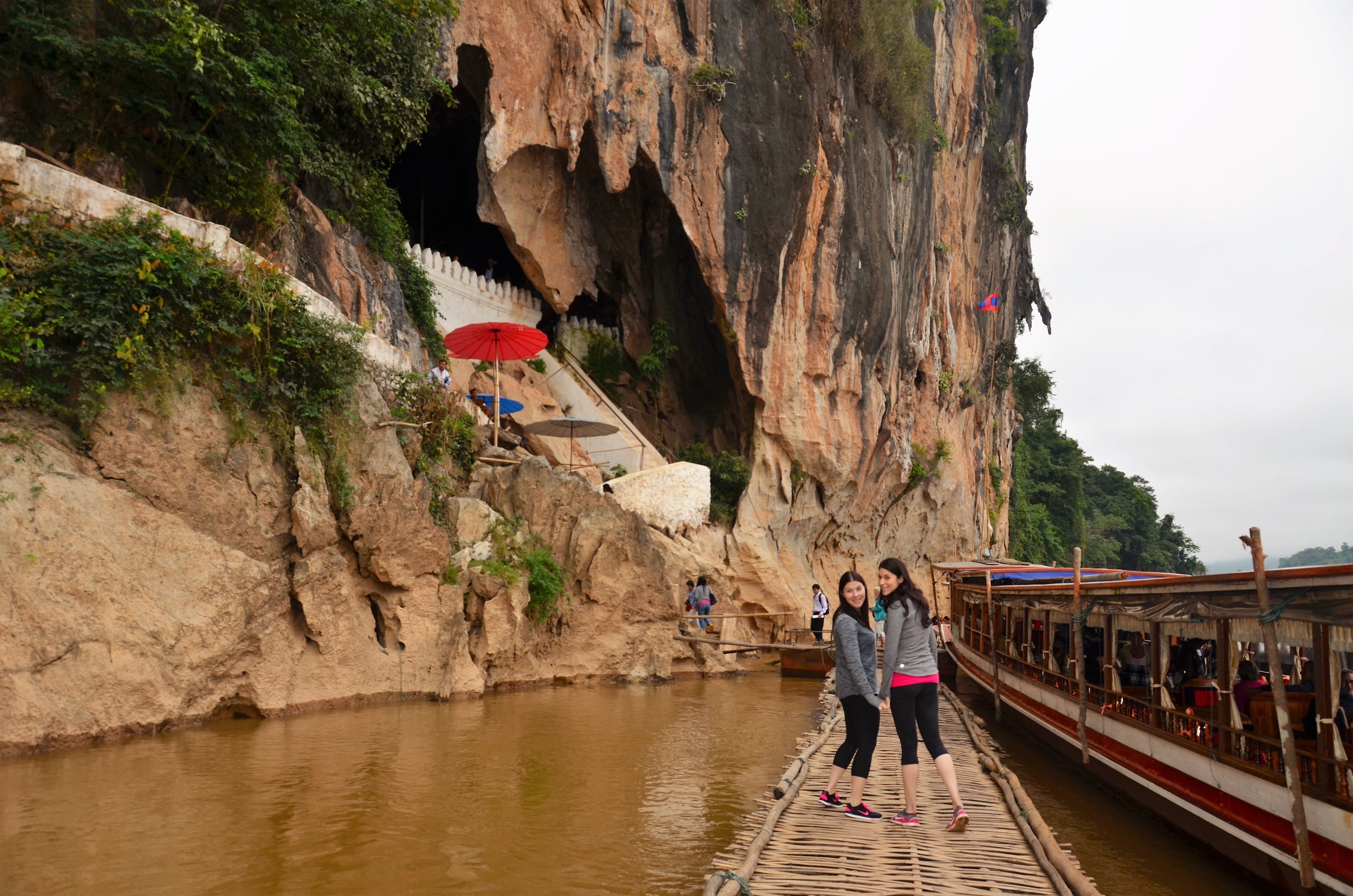
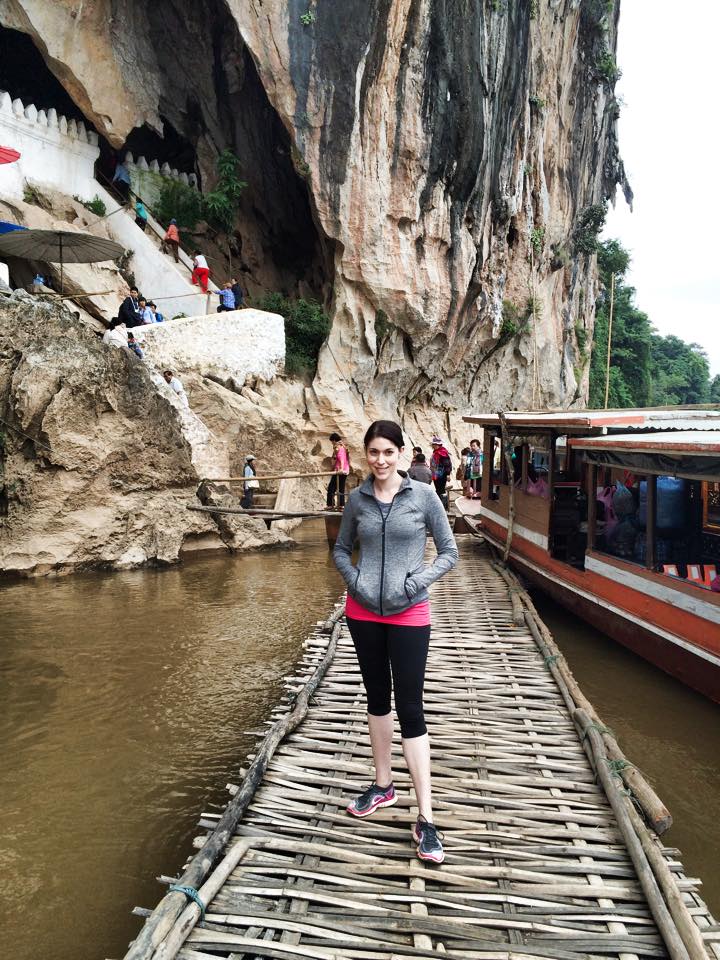 The caves overlook the Mekong River and are hidden in a mountain side. Inside the caves are hundreds of old Buddha statues. There is something very spiritual and peaceful about climbing into a cave full of treasure! Little golden Buddhas glittered from every corner.
The caves overlook the Mekong River and are hidden in a mountain side. Inside the caves are hundreds of old Buddha statues. There is something very spiritual and peaceful about climbing into a cave full of treasure! Little golden Buddhas glittered from every corner. 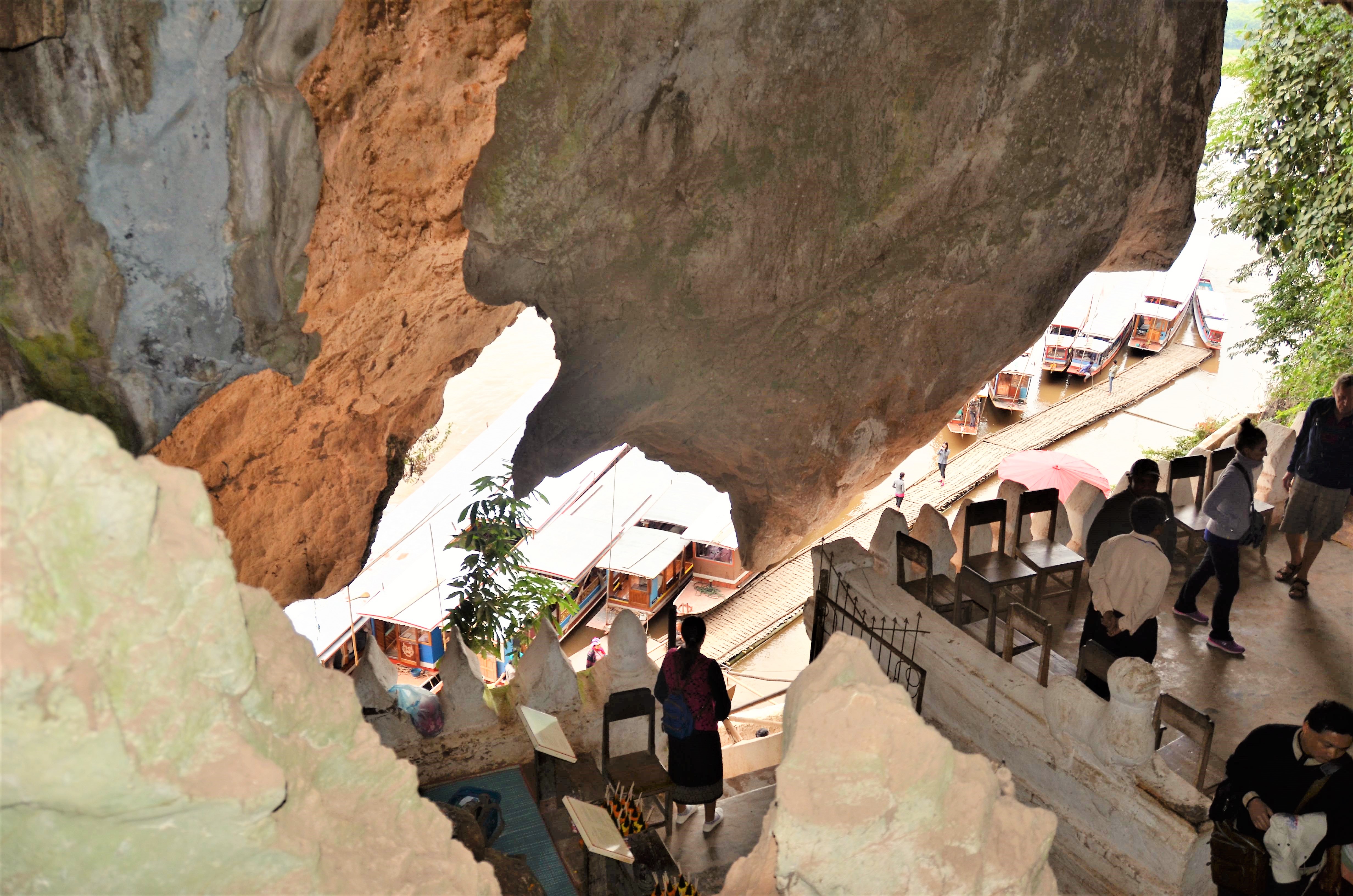
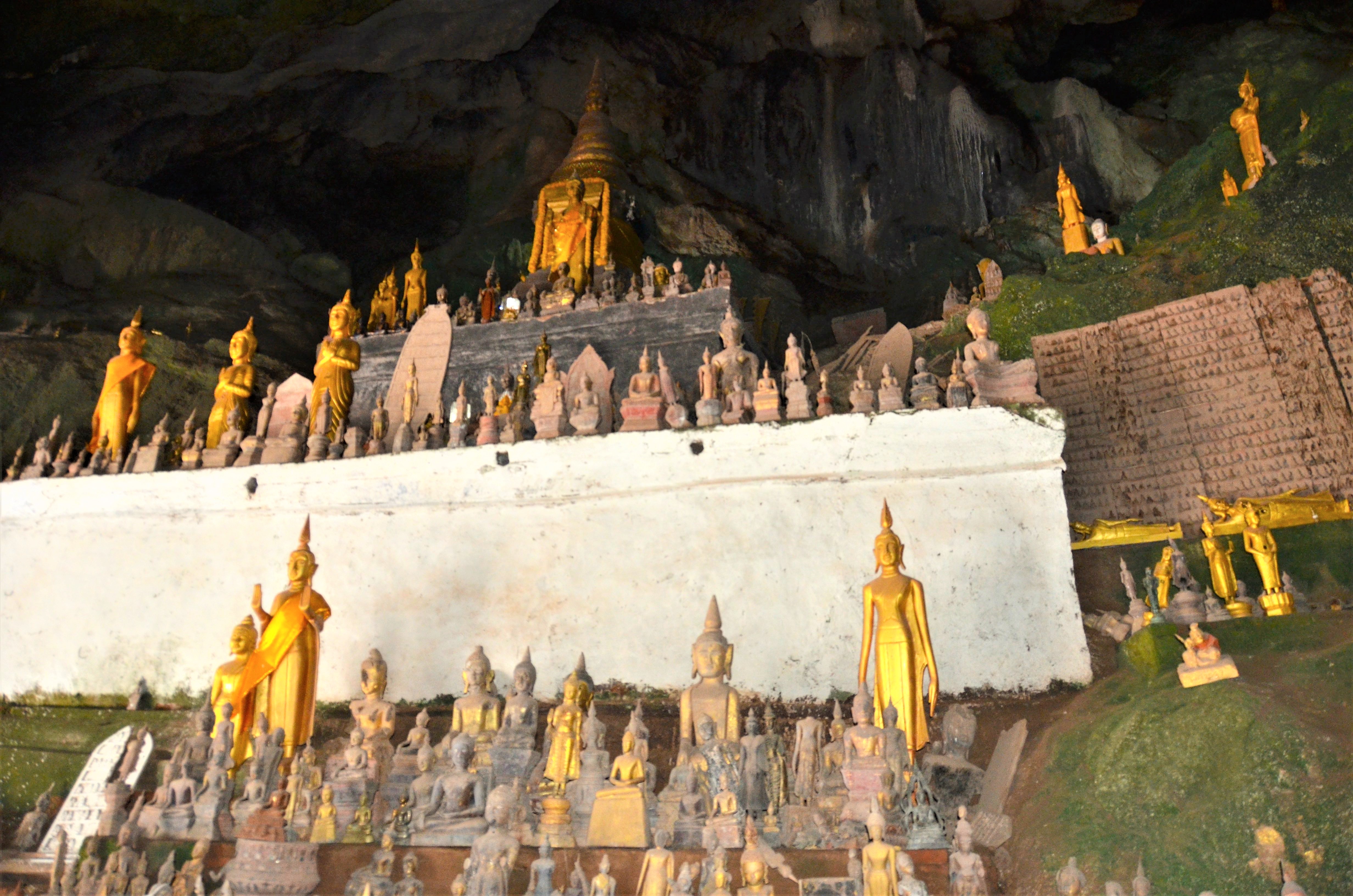
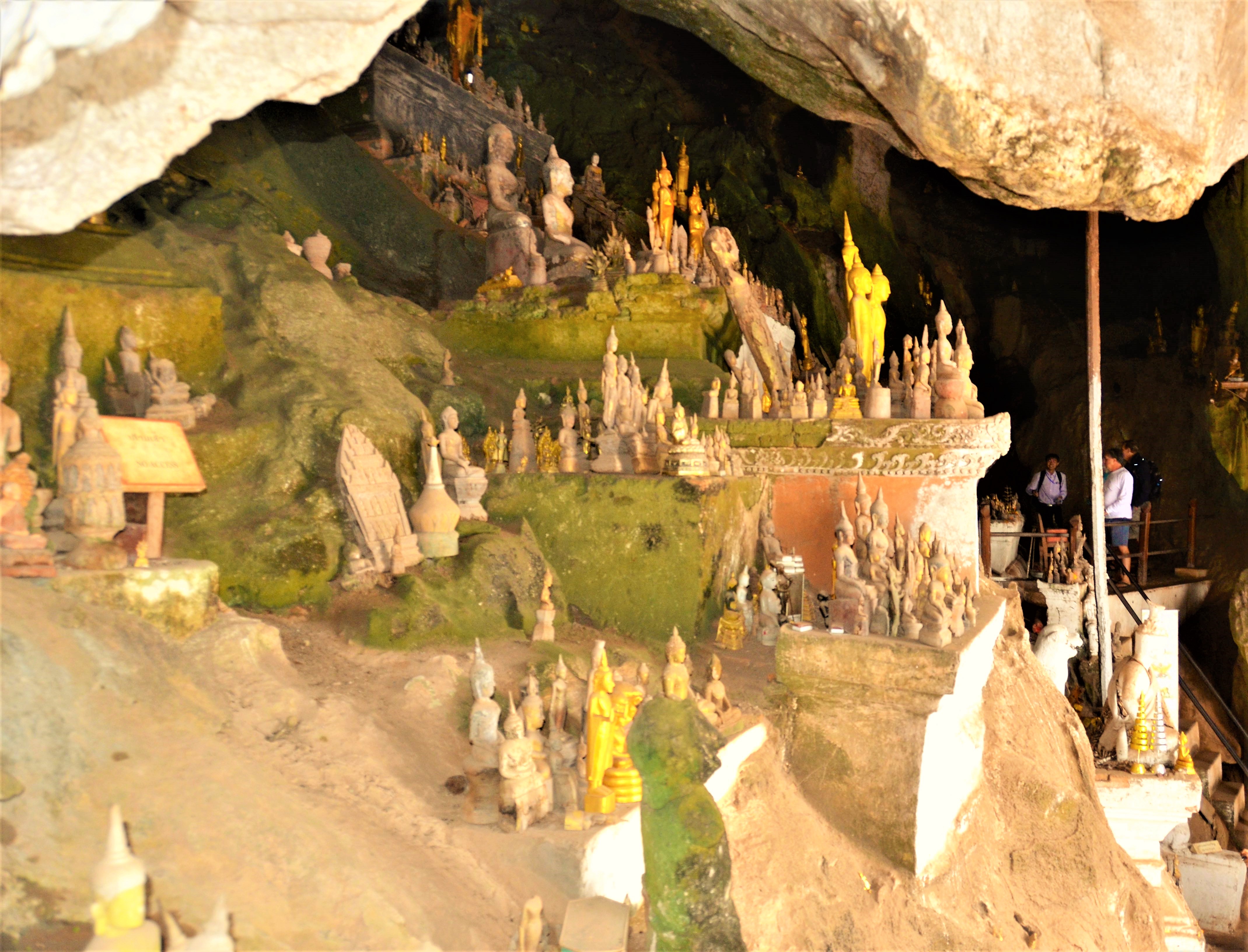
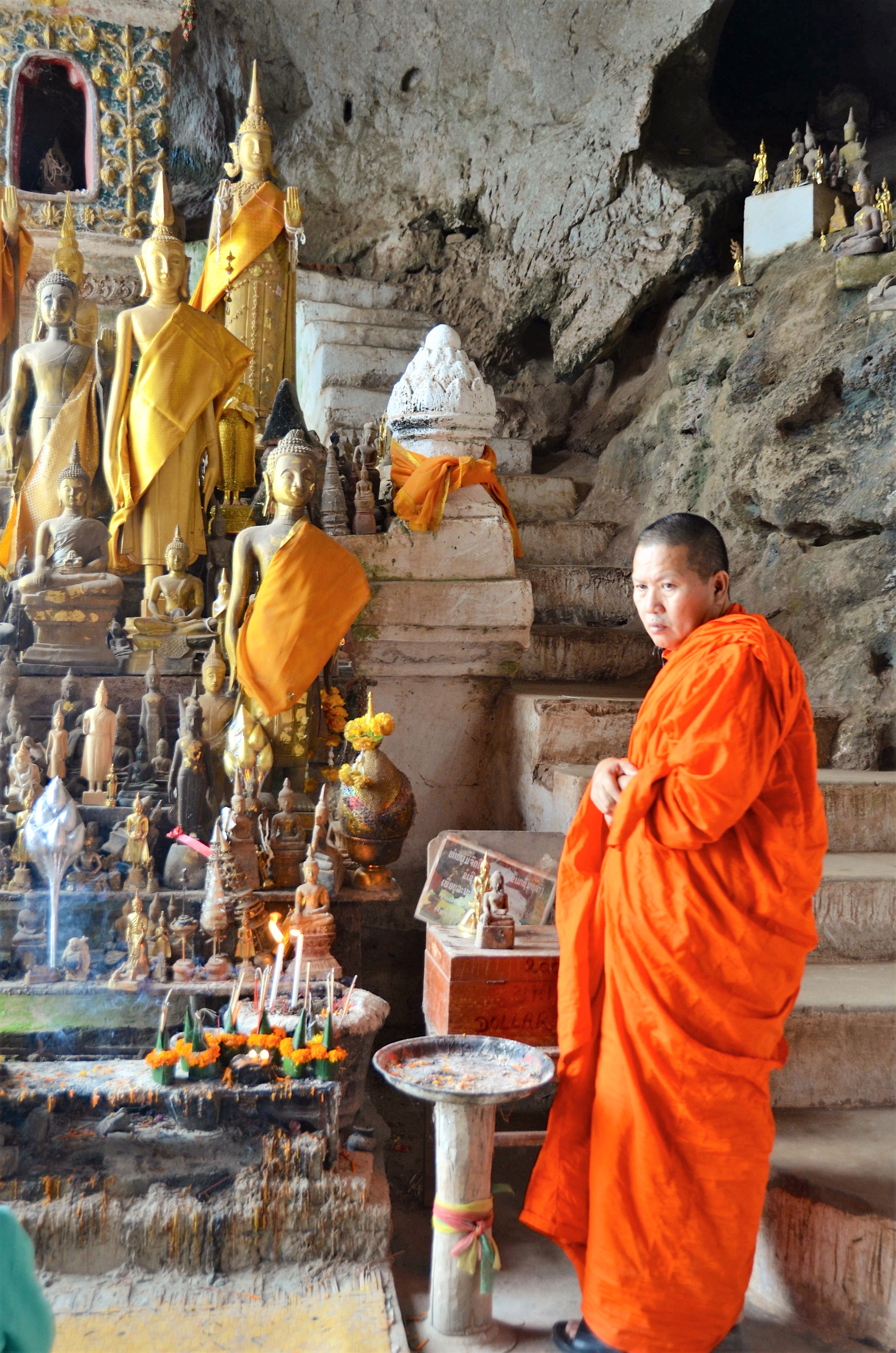
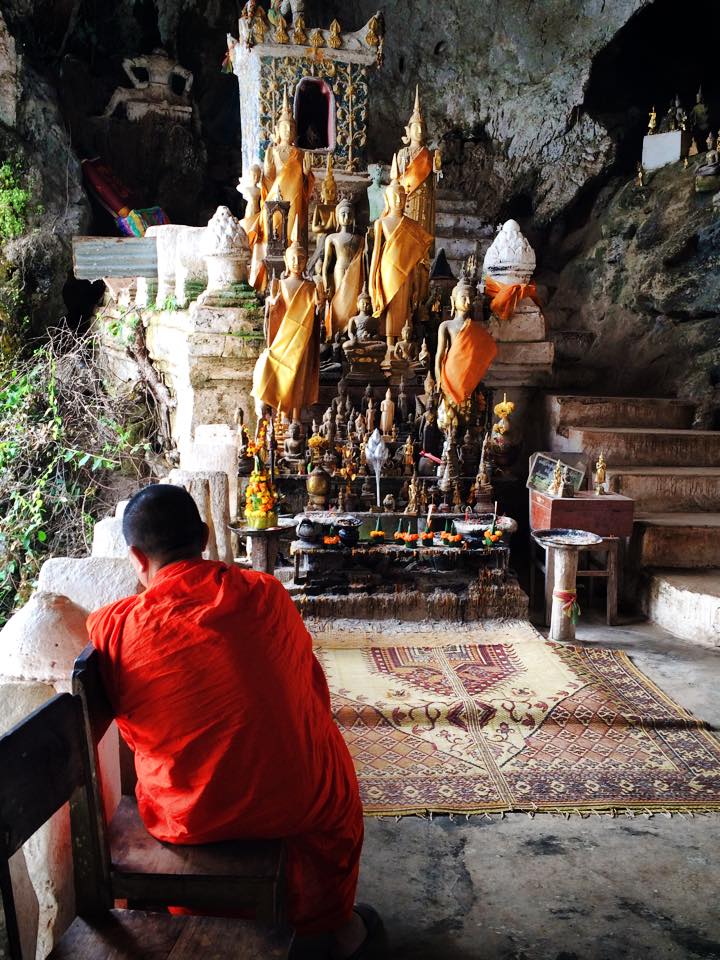 The caves are guarded by monks…
The caves are guarded by monks… 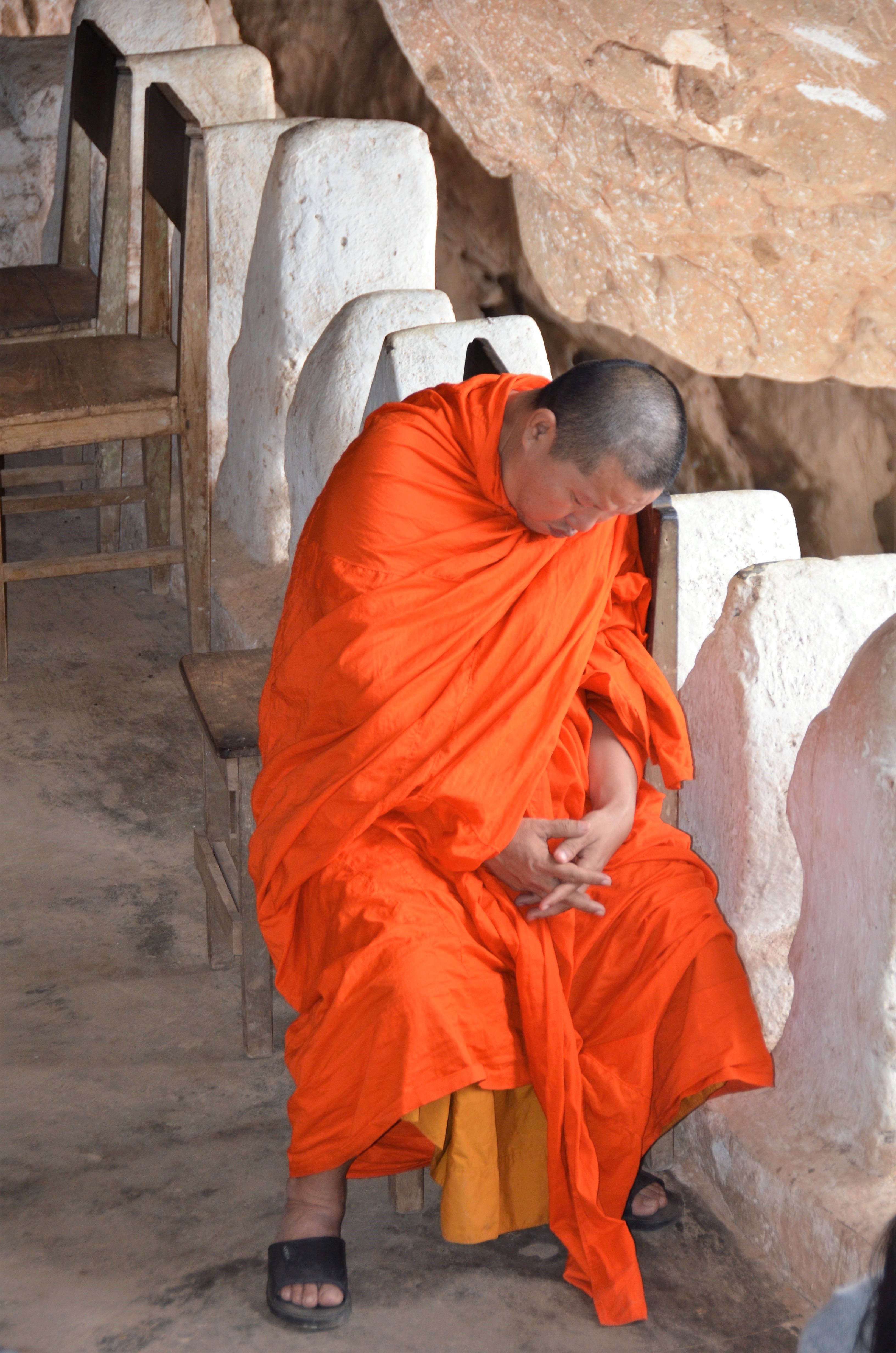
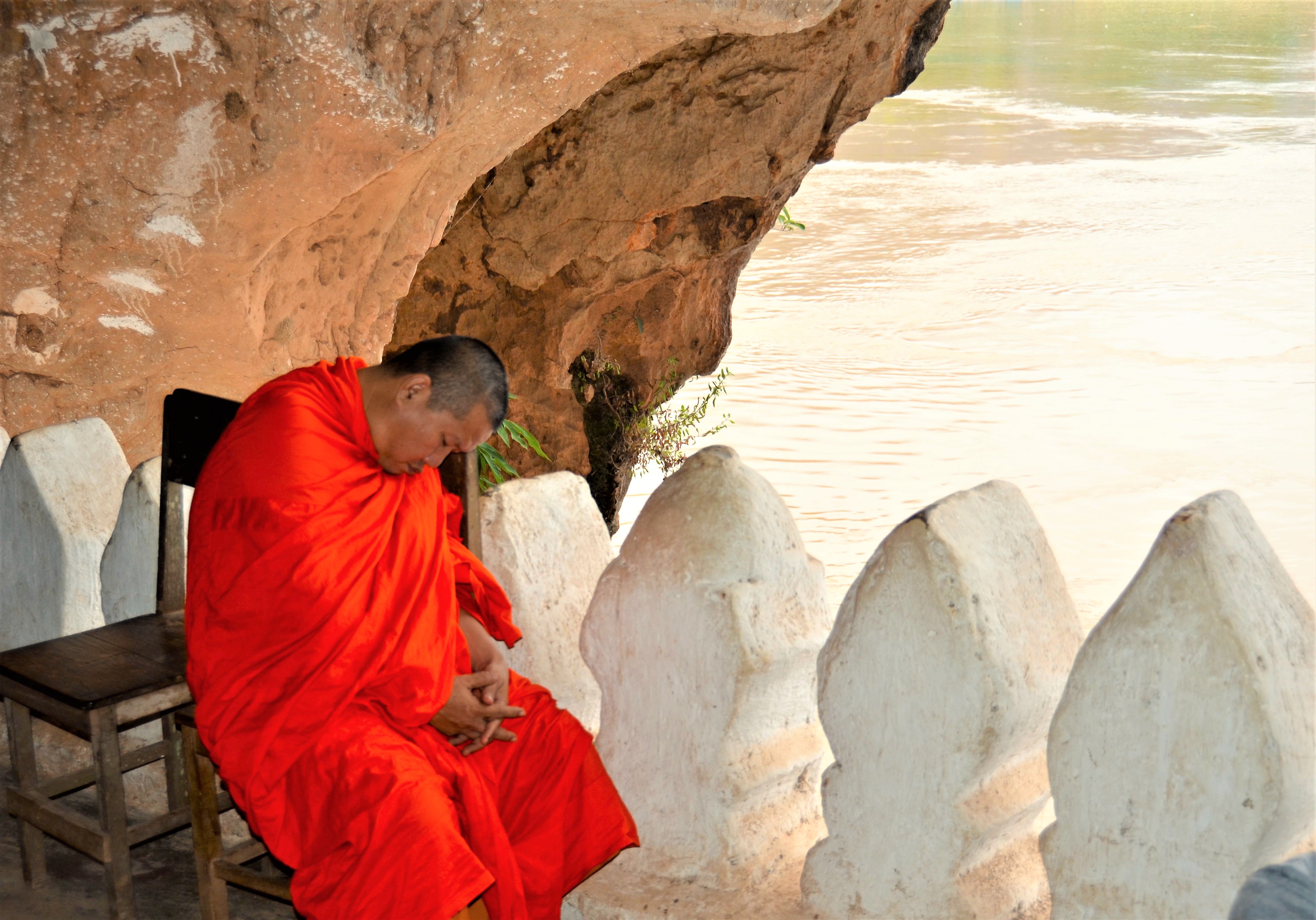 After our visit to the caves, we stopped at a local village, the Muangkeo Village, to try rice whiskey. We came to a village where we were greeted by an older woman who makes the rice whiskey at her home.
After our visit to the caves, we stopped at a local village, the Muangkeo Village, to try rice whiskey. We came to a village where we were greeted by an older woman who makes the rice whiskey at her home.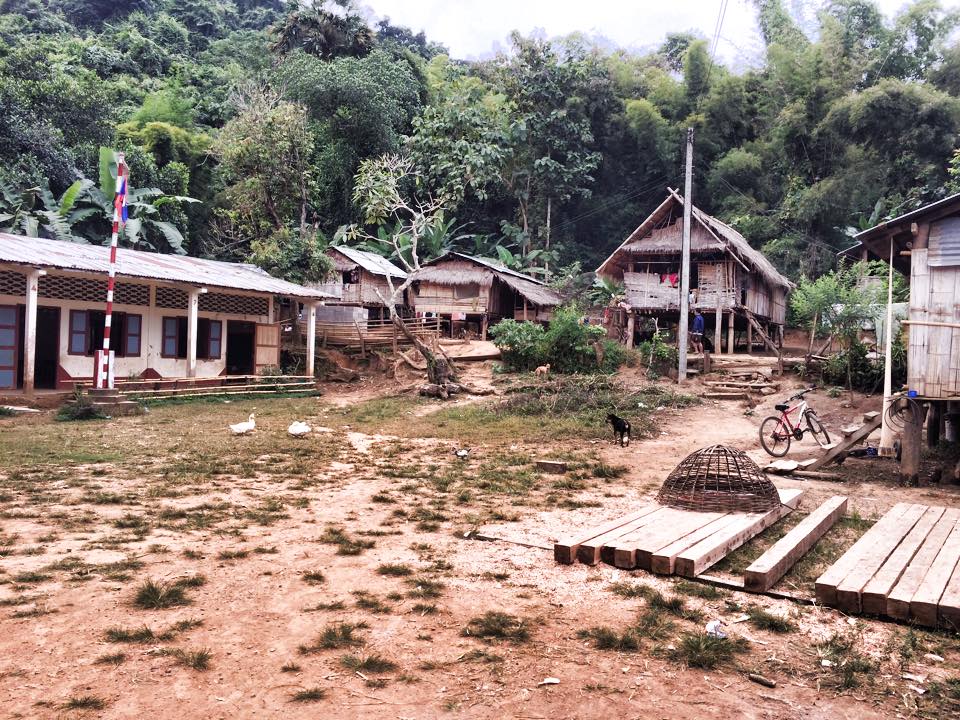
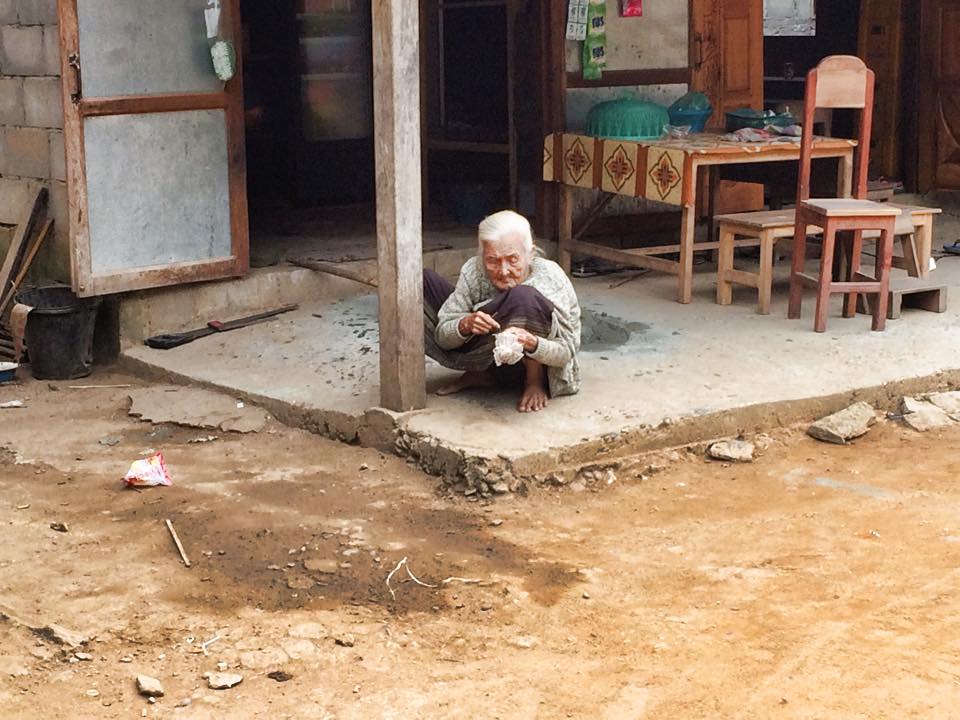 Rice whiskey in clay barrels:
Rice whiskey in clay barrels: 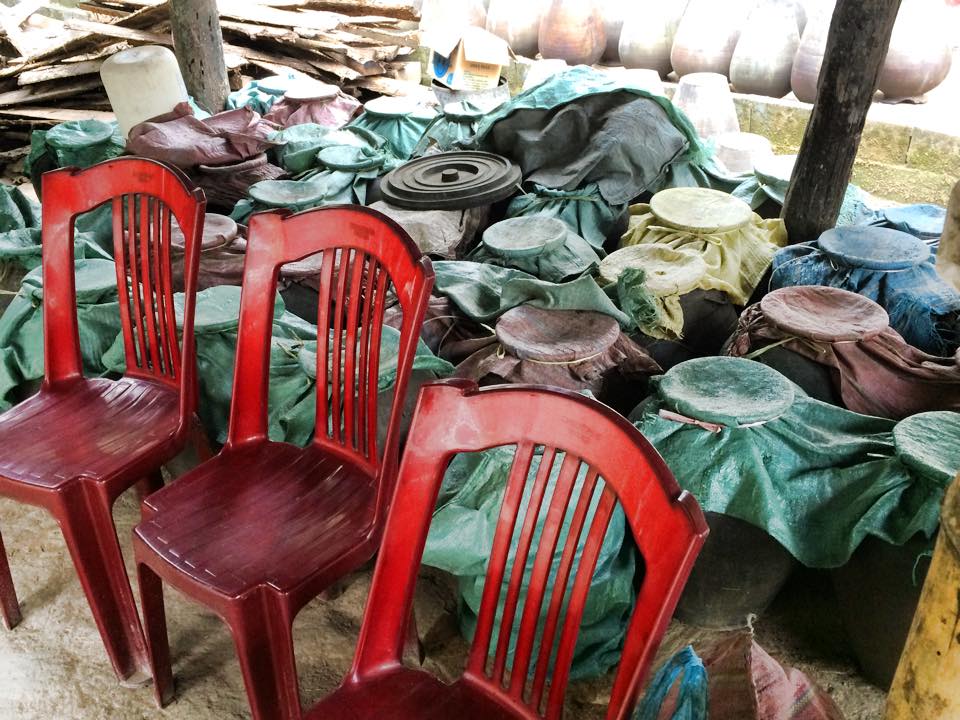
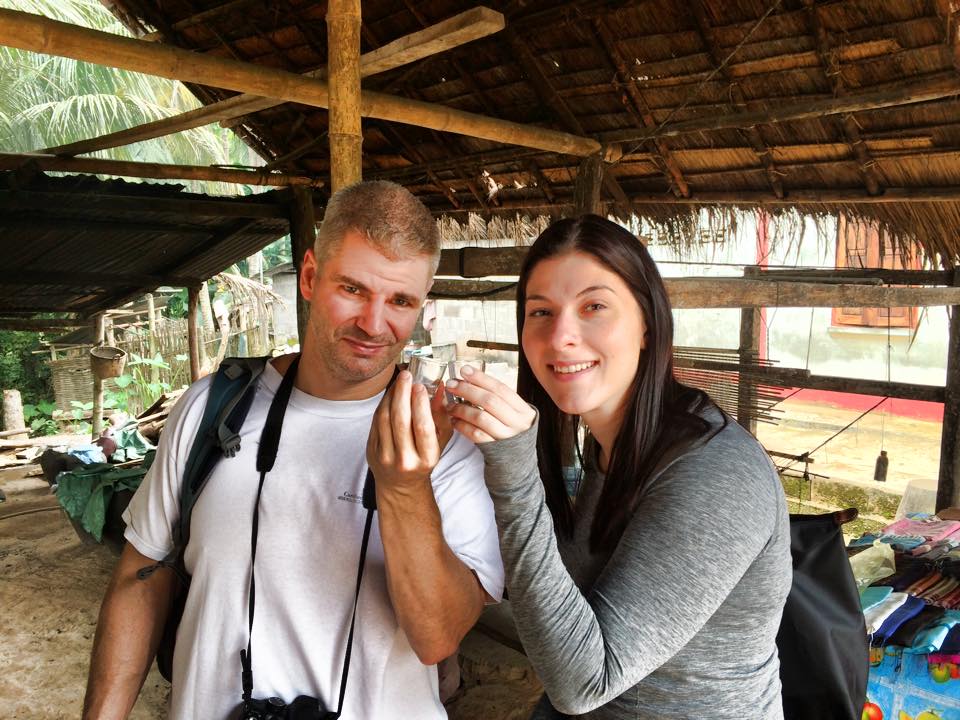
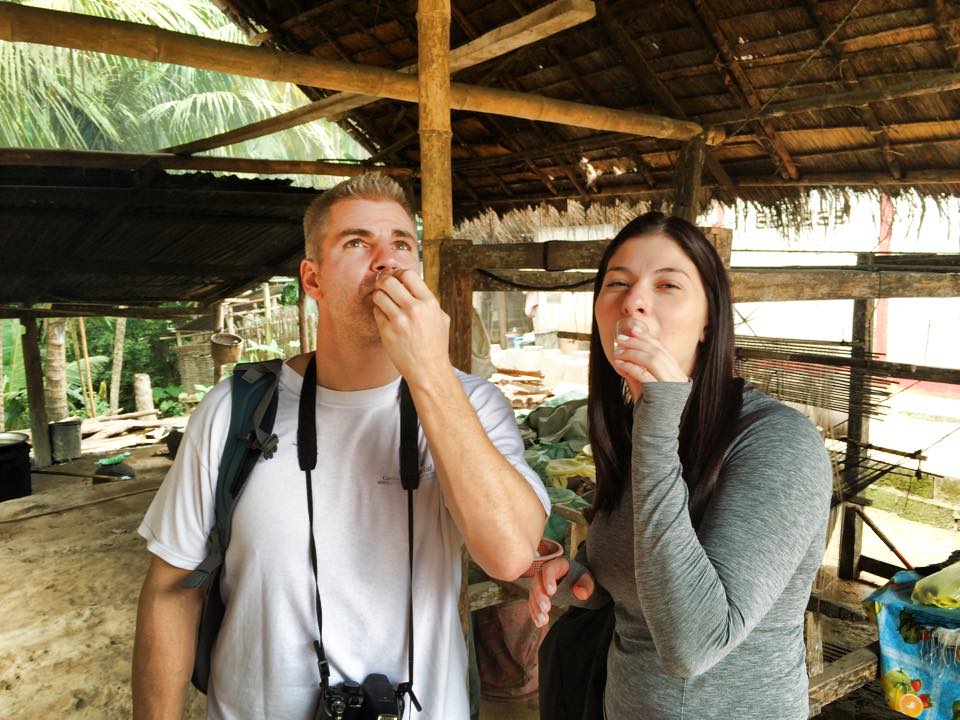 I’m not gonna sugarcoat this part– the village rice whiskey is not smooth. It is unlikely to ever win any tasting awards. It tastes like liquid fire. But it’s all part of the experience, so, by all means, drink up!
I’m not gonna sugarcoat this part– the village rice whiskey is not smooth. It is unlikely to ever win any tasting awards. It tastes like liquid fire. But it’s all part of the experience, so, by all means, drink up!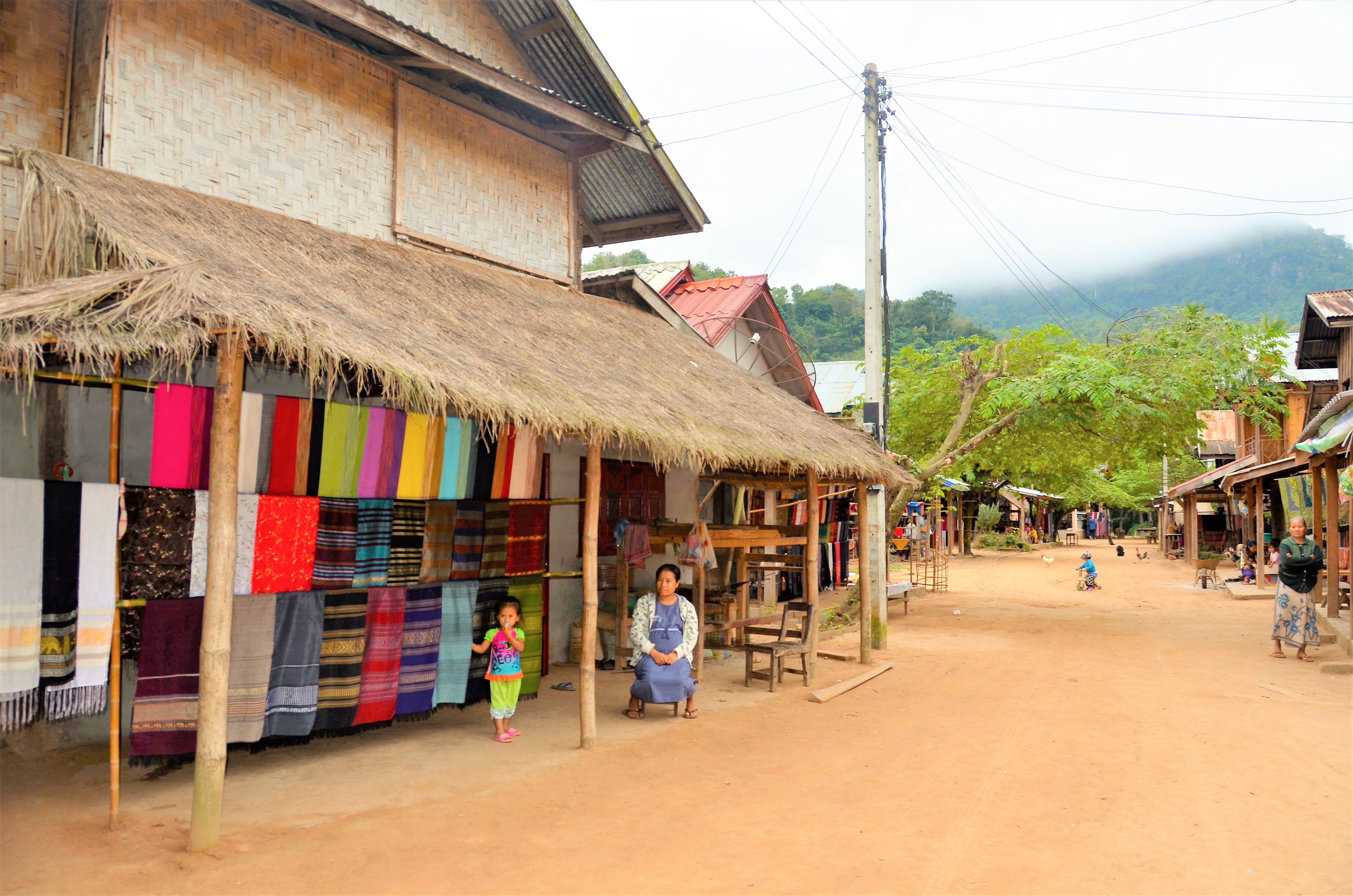
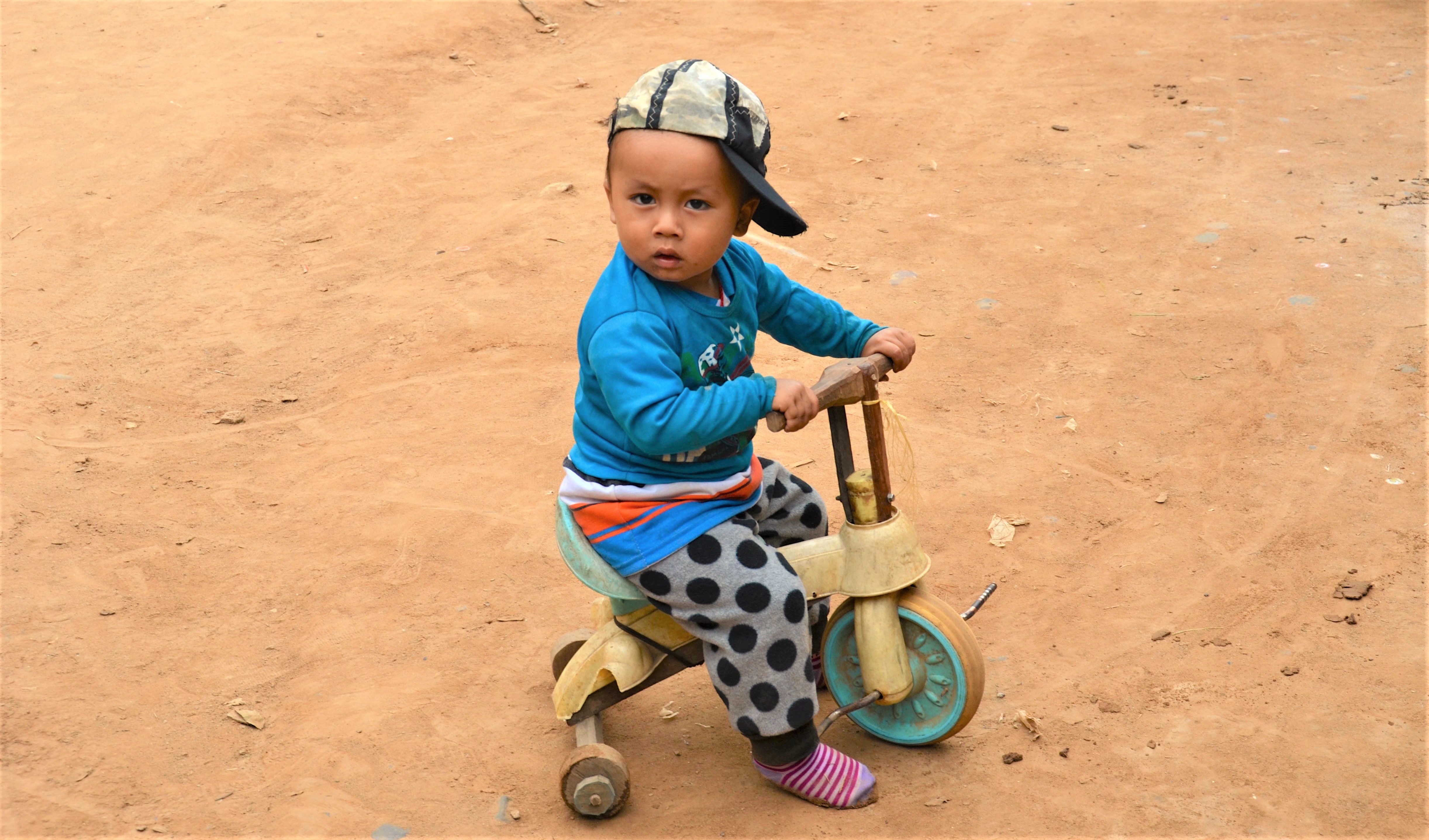
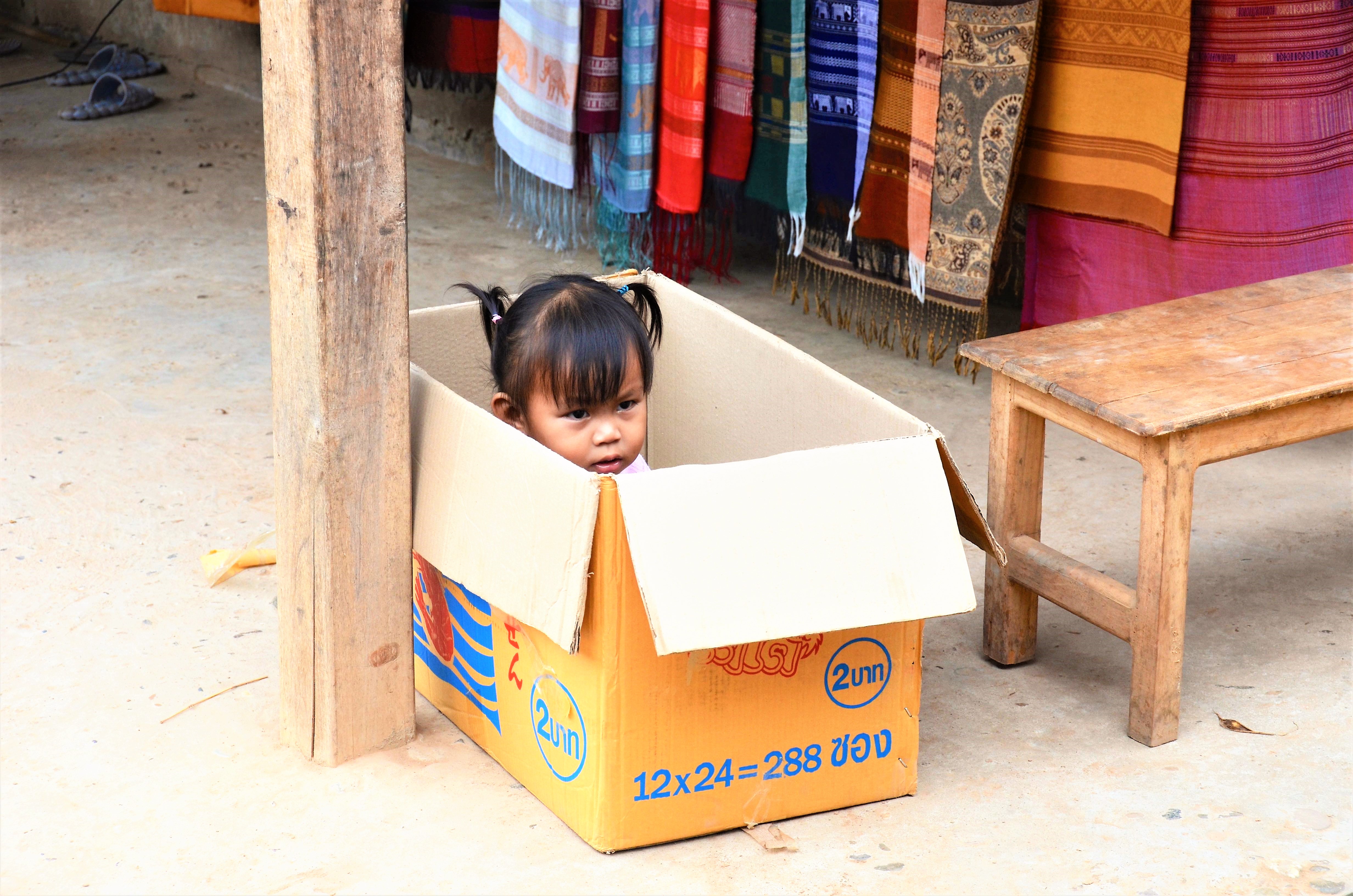
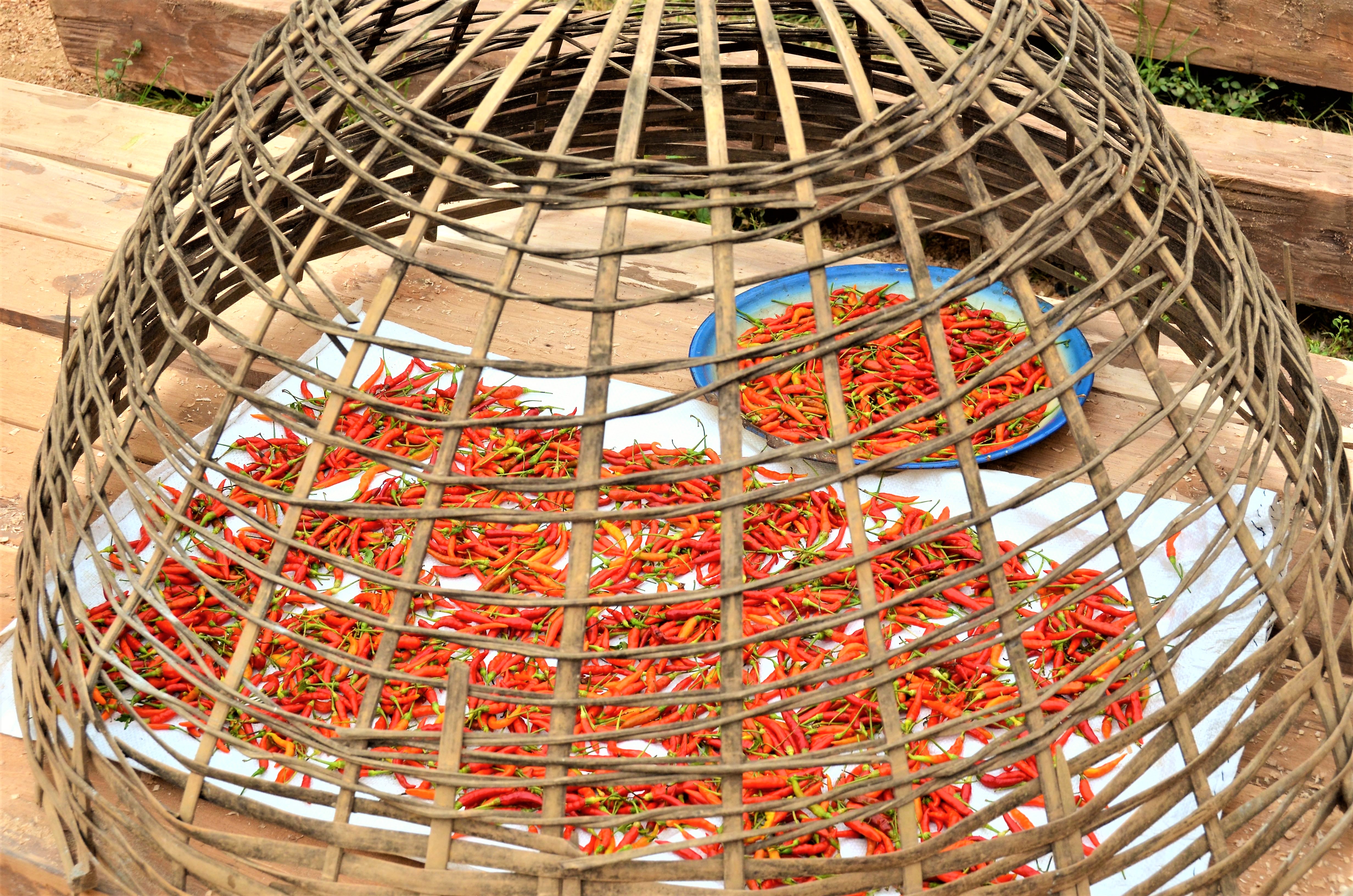 The best part about this visit was stopping in at the local school house, where we got a chance to visit the local children at school.
The best part about this visit was stopping in at the local school house, where we got a chance to visit the local children at school.  They were so cute that we ran out into the market and bought them all snacks. Word gets around fast in this little village because the next thing you know, little kids were coming out of everywhere lining up for their snack! It was like Christmas came early for these little kids! They were so happy and appreciative that they sang us songs as they ran around eating their treats!
They were so cute that we ran out into the market and bought them all snacks. Word gets around fast in this little village because the next thing you know, little kids were coming out of everywhere lining up for their snack! It was like Christmas came early for these little kids! They were so happy and appreciative that they sang us songs as they ran around eating their treats! 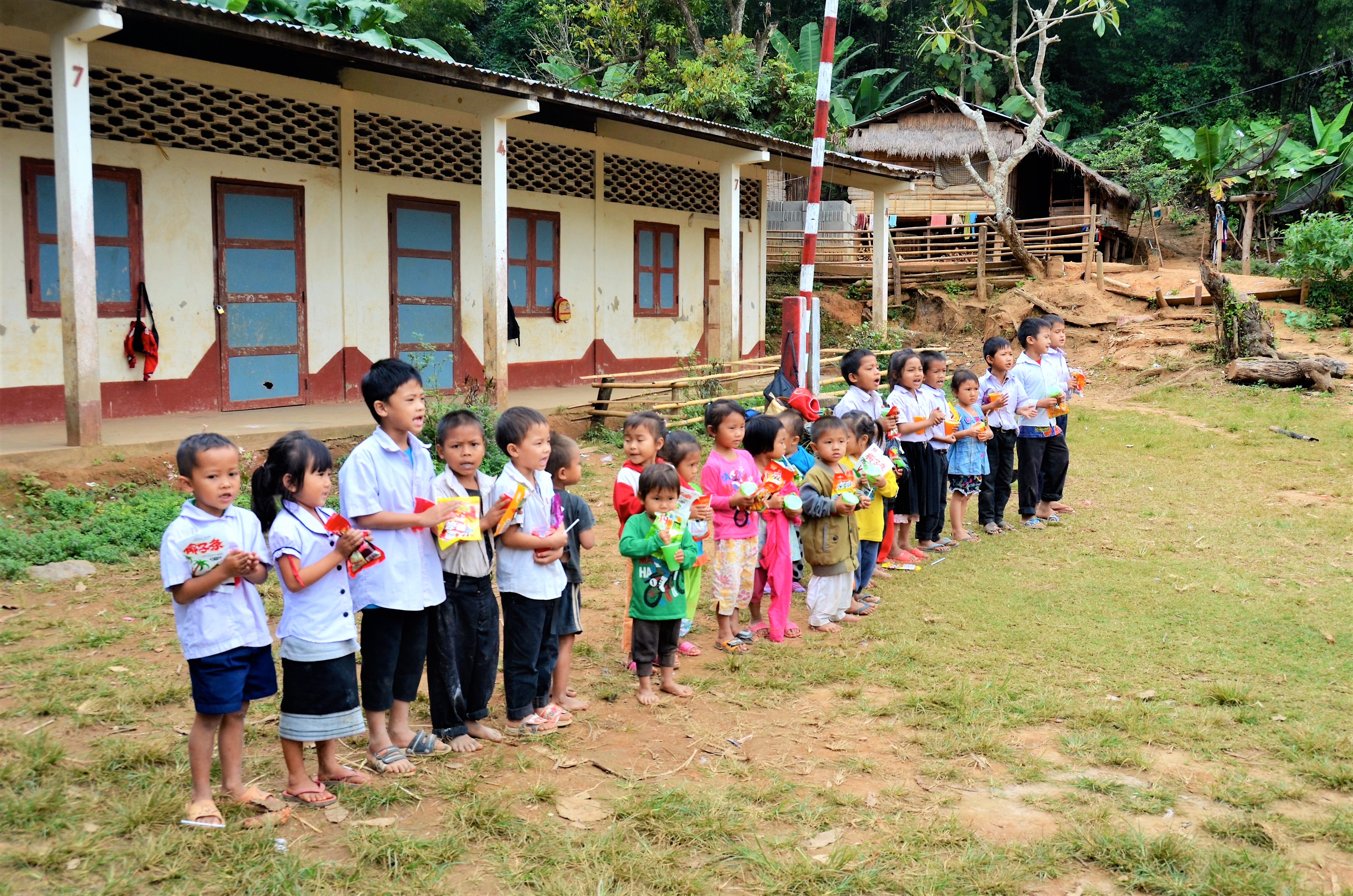 At last it was time to bid adieu to our new village friends and get back into town. After a long day on the Mekong, we came back into Luang Prabang to visit the museum and have some lunch.
At last it was time to bid adieu to our new village friends and get back into town. After a long day on the Mekong, we came back into Luang Prabang to visit the museum and have some lunch.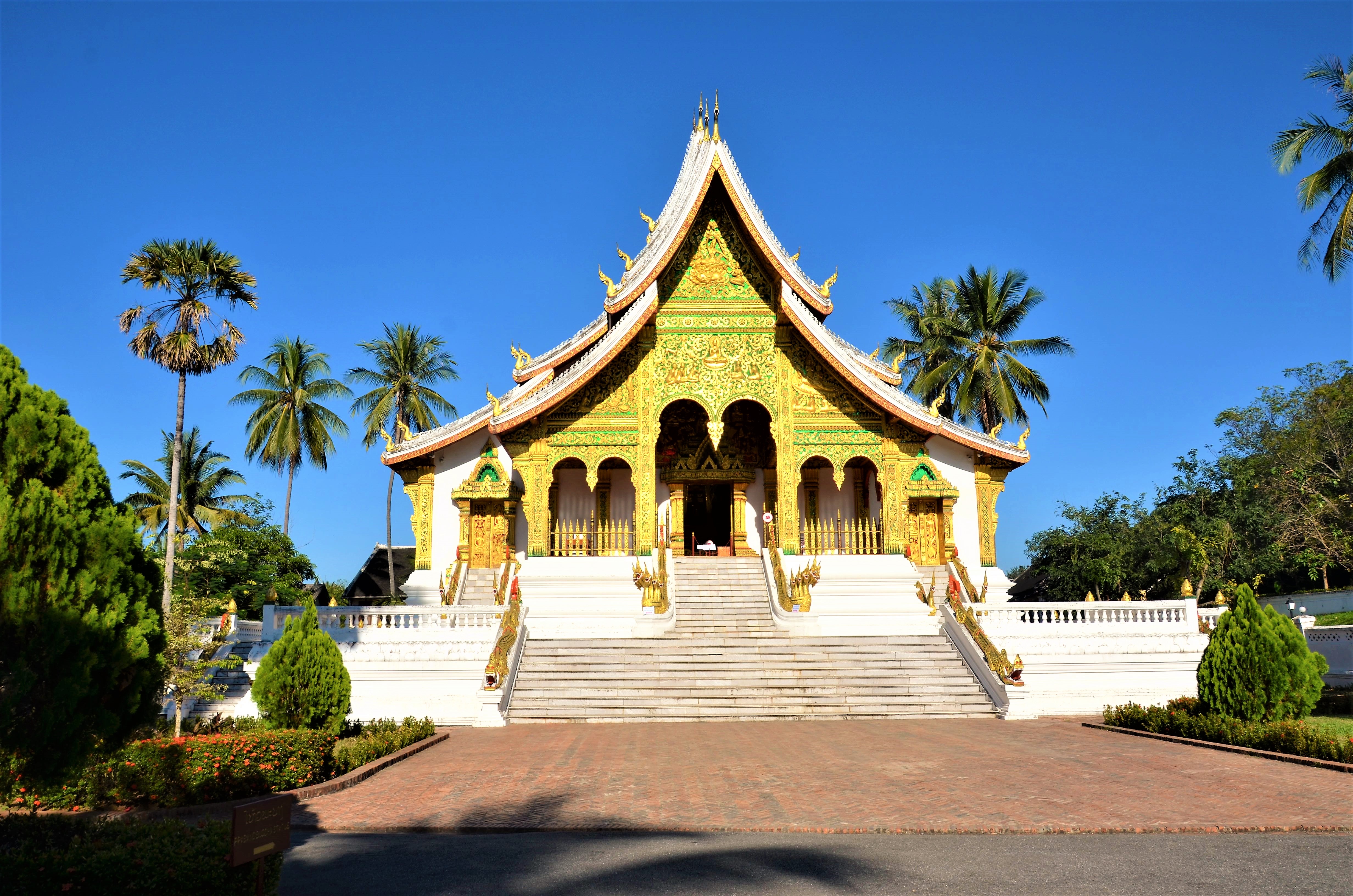 During lunch, we saw a group of monks crossing a make-shift bridge. We decided to follow them and explore the temple on the other side. By the way, the reason why this bridge seems so ill-constructed is because it only exists for several months. Every rainy season it is destroyed by flooding, so, every year, they construct a new ramshackle bridge to replace the one destroyed the year before.
During lunch, we saw a group of monks crossing a make-shift bridge. We decided to follow them and explore the temple on the other side. By the way, the reason why this bridge seems so ill-constructed is because it only exists for several months. Every rainy season it is destroyed by flooding, so, every year, they construct a new ramshackle bridge to replace the one destroyed the year before.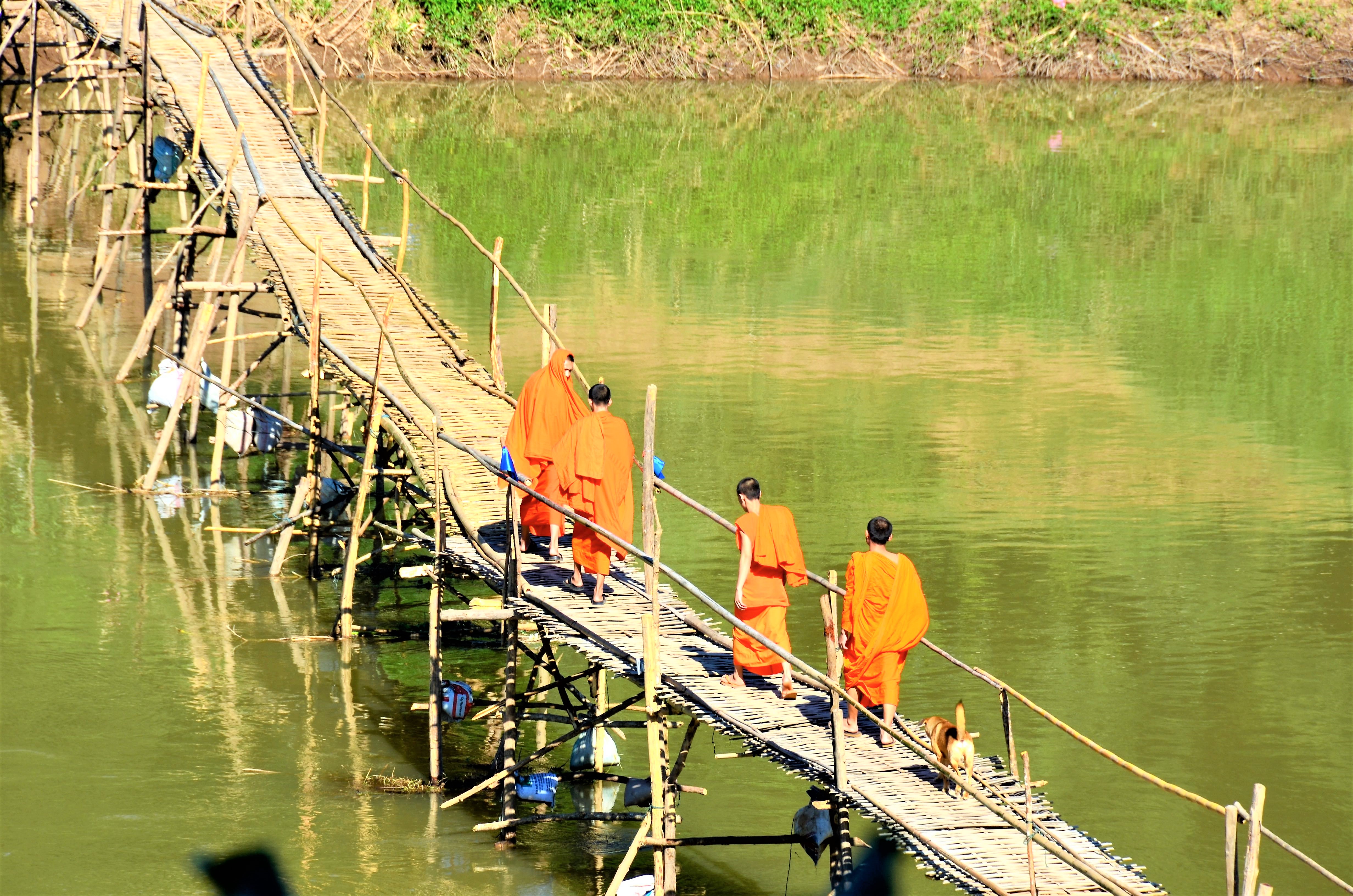
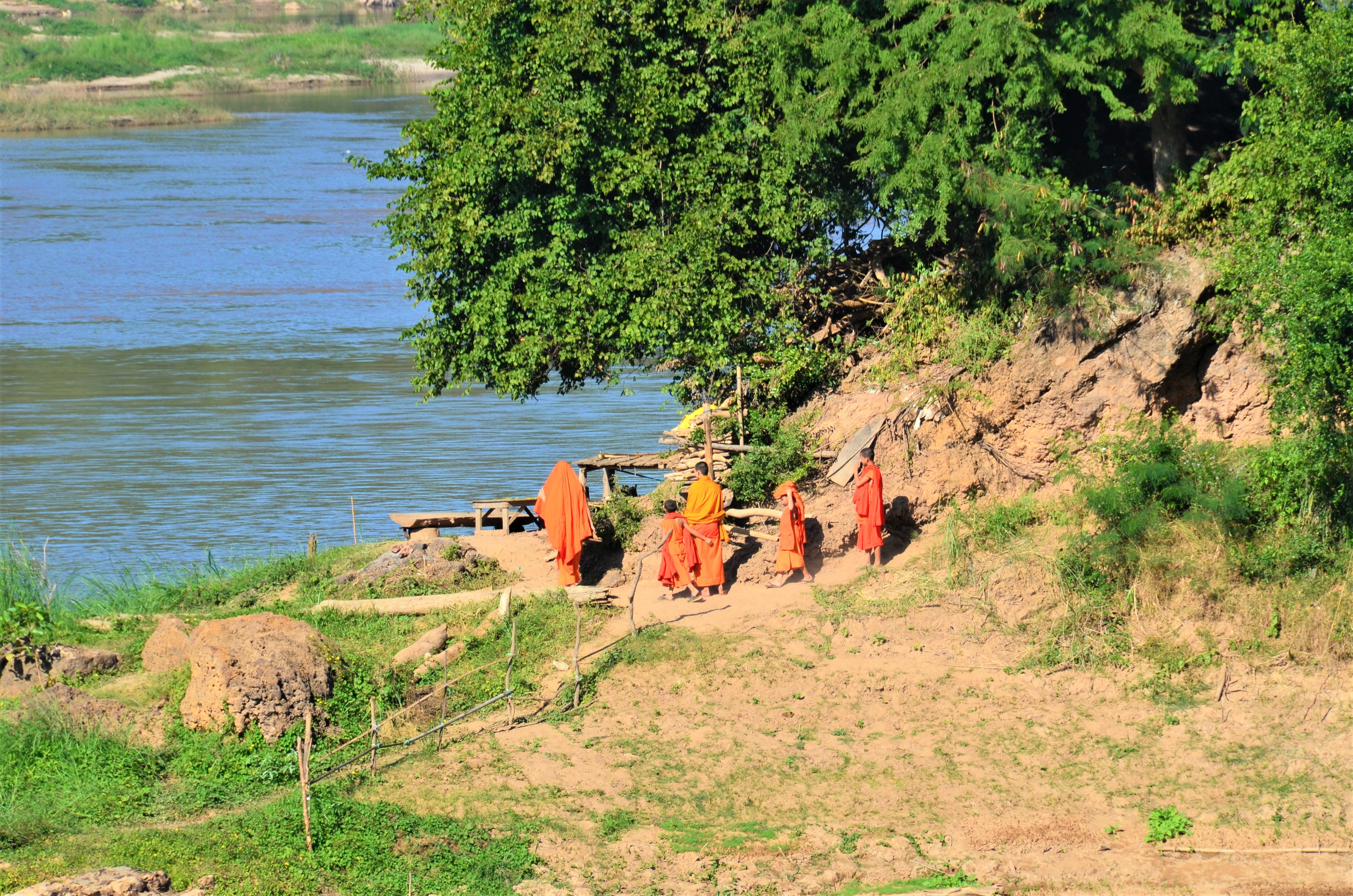
 The next day started way before dawn! This was probably my favorite day because we got to do three very cool things that gave us a more authentic experience. The first, and probably my favorite, is that we got to participate in the daily ritual of
The next day started way before dawn! This was probably my favorite day because we got to do three very cool things that gave us a more authentic experience. The first, and probably my favorite, is that we got to participate in the daily ritual of 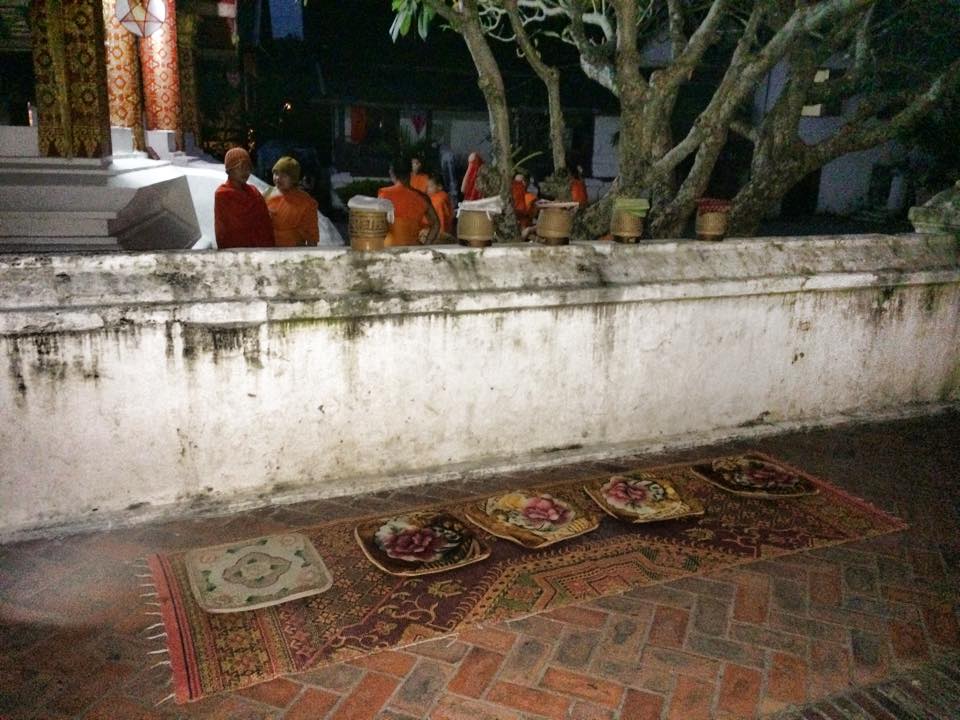 As the sun rises in Luang Prabang, around 200 Buddhist monks depart from their various temples to gather their daily meal (as monks only eat once per day). All the food that is collected is shared by the monks of each temple.
As the sun rises in Luang Prabang, around 200 Buddhist monks depart from their various temples to gather their daily meal (as monks only eat once per day). All the food that is collected is shared by the monks of each temple.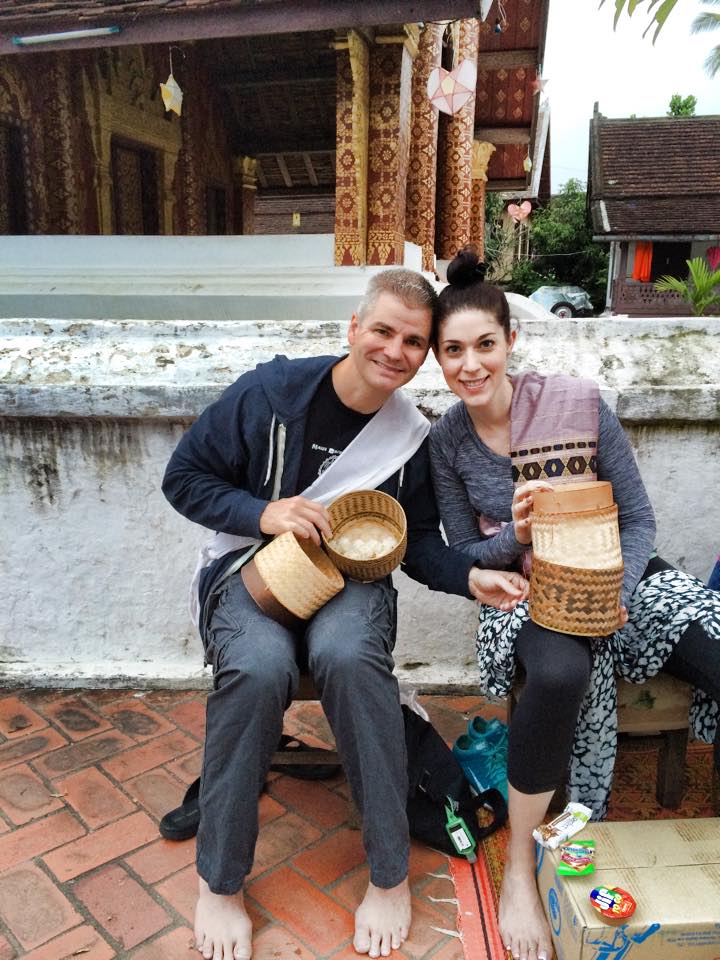 Offerings are typically rice and fruits. We had traditional offerings, but we also brought along some American treats, like peanut butter, almonds, and snack bars, which the monks were very excited to receive.
Offerings are typically rice and fruits. We had traditional offerings, but we also brought along some American treats, like peanut butter, almonds, and snack bars, which the monks were very excited to receive. 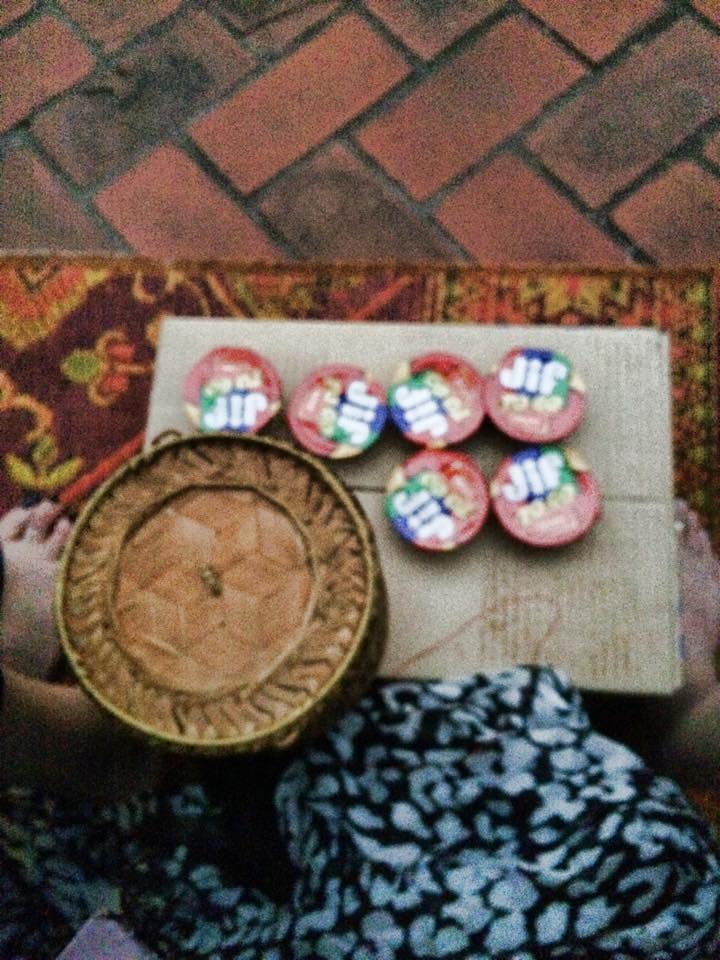
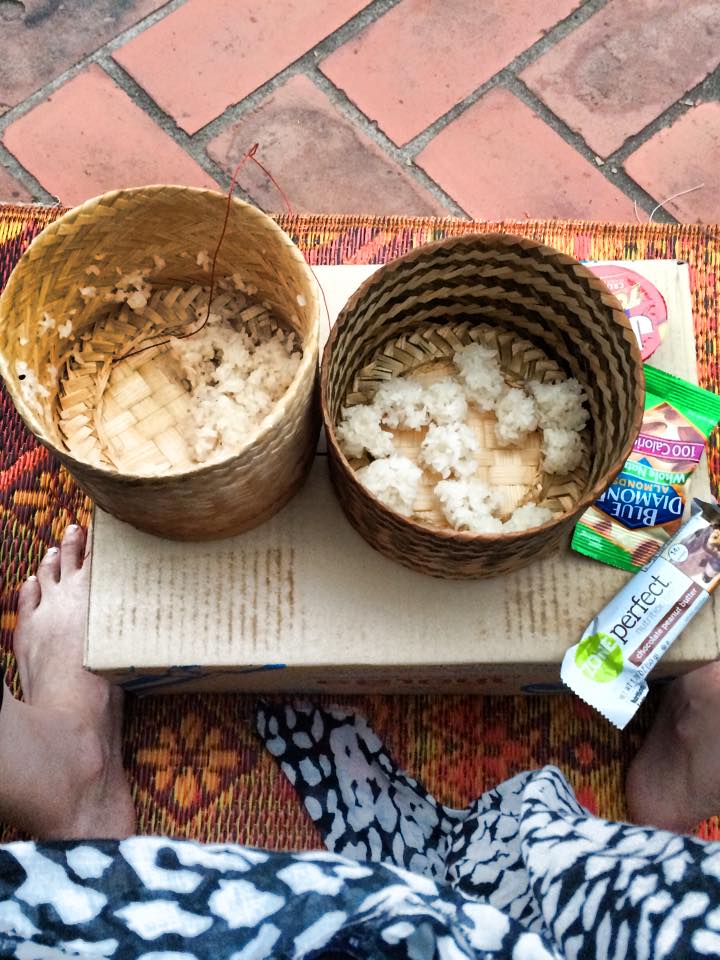 The monks carry a large bowl which they keep open, and you place your offering in their bowl as they pass by. This processional goes quickly and there are a lot of monks, so you need to be on your game, as they will not stop and wait for you. Here’s a pro tip: when you get your big bowl of sticky rice, roll it into balls so you are ready make an offering at lightning speed!
The monks carry a large bowl which they keep open, and you place your offering in their bowl as they pass by. This processional goes quickly and there are a lot of monks, so you need to be on your game, as they will not stop and wait for you. Here’s a pro tip: when you get your big bowl of sticky rice, roll it into balls so you are ready make an offering at lightning speed! 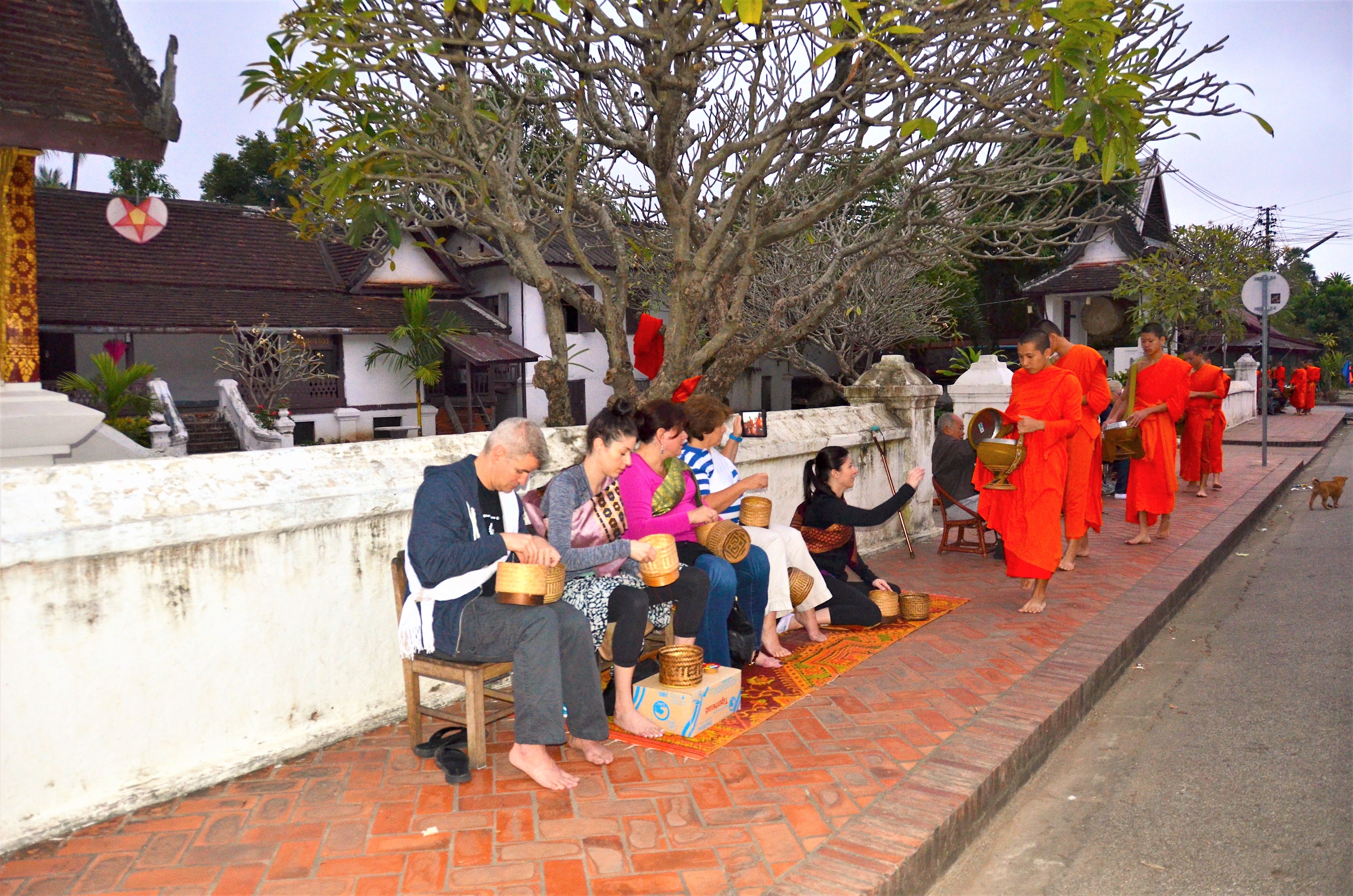
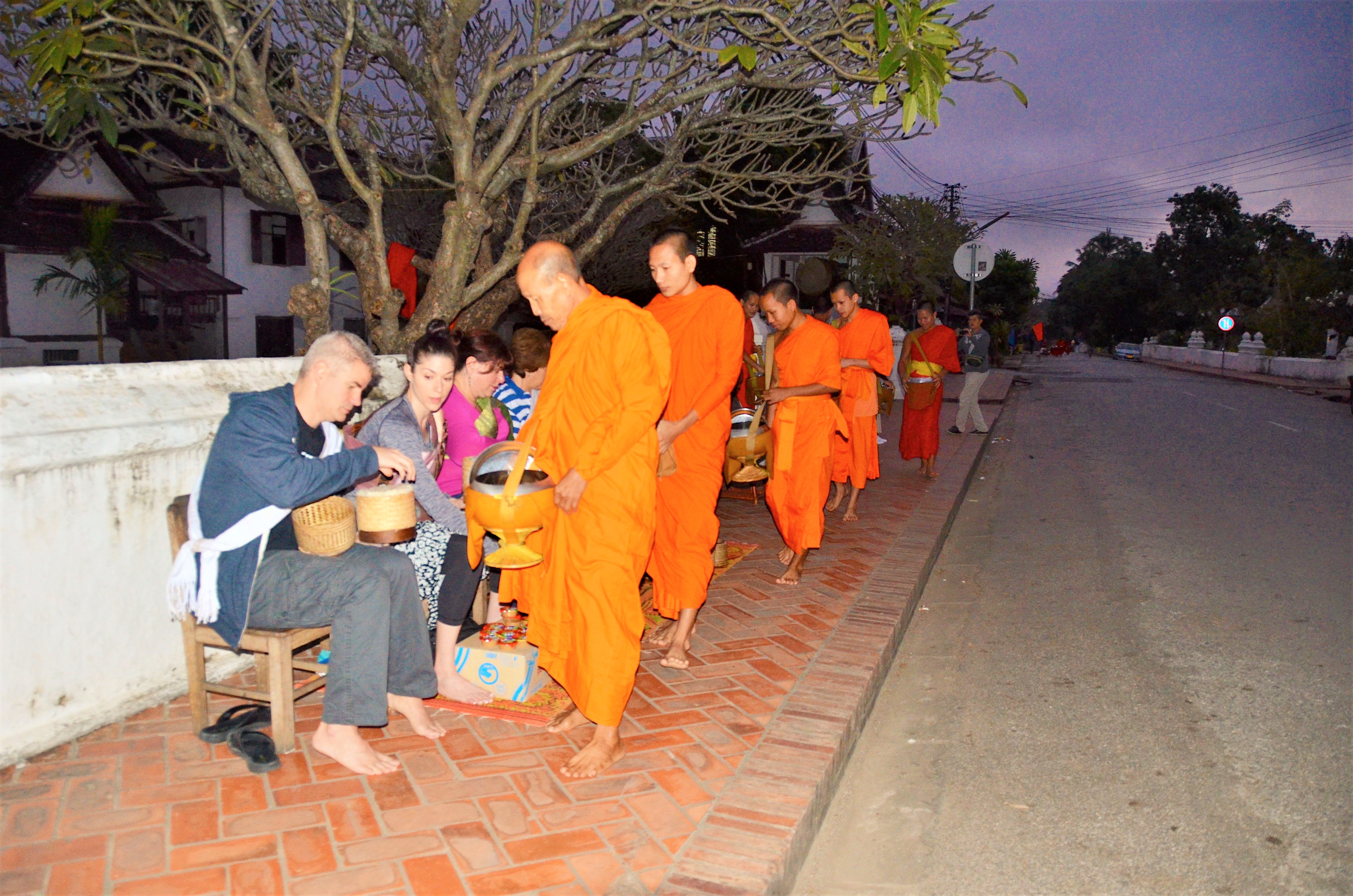
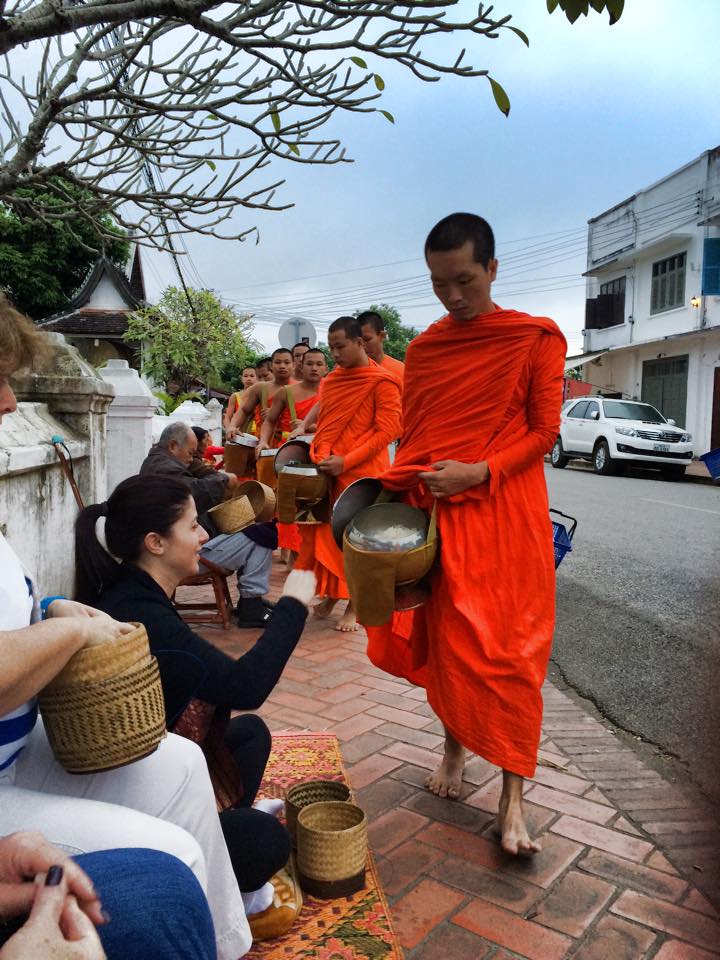
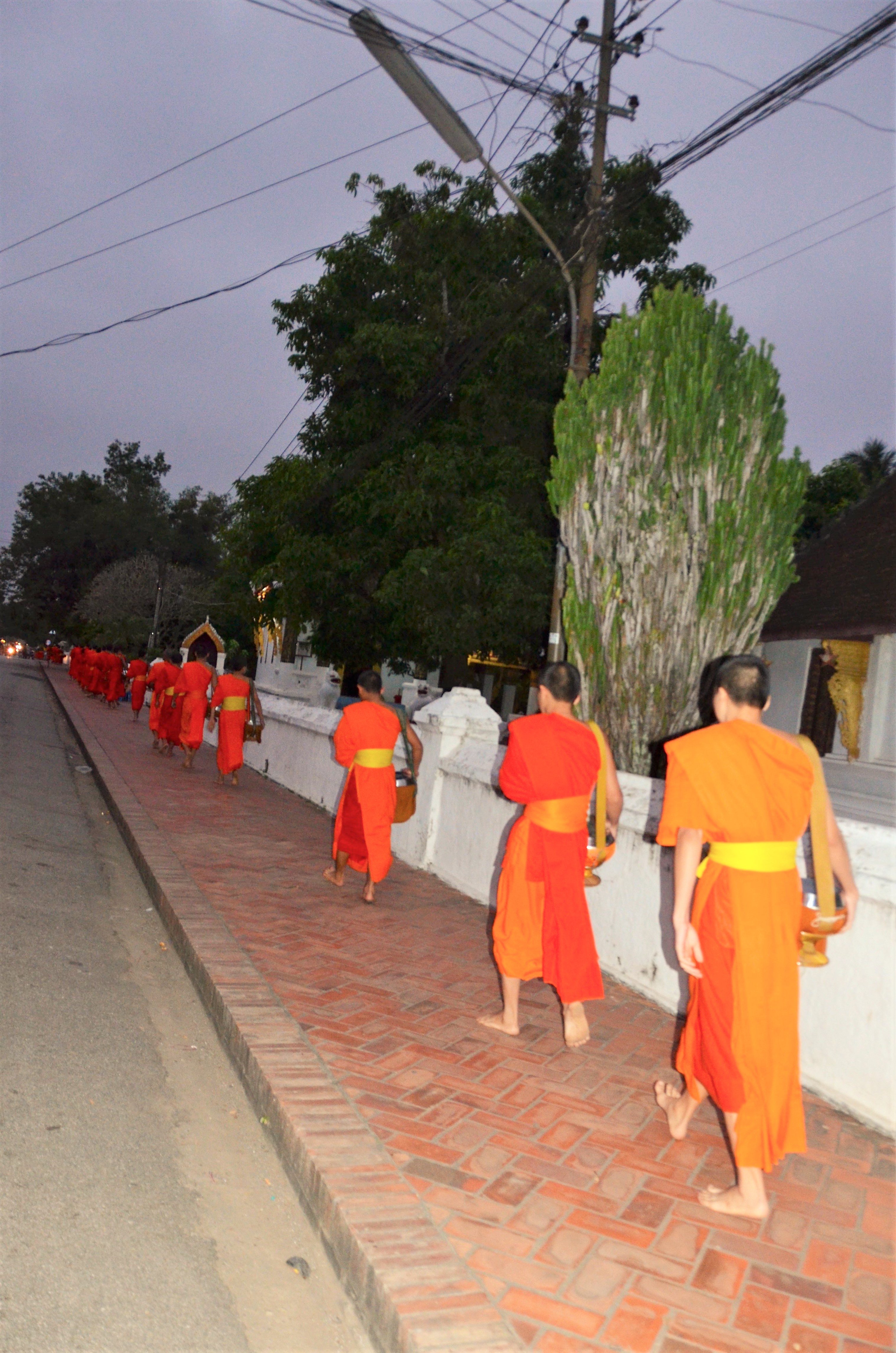
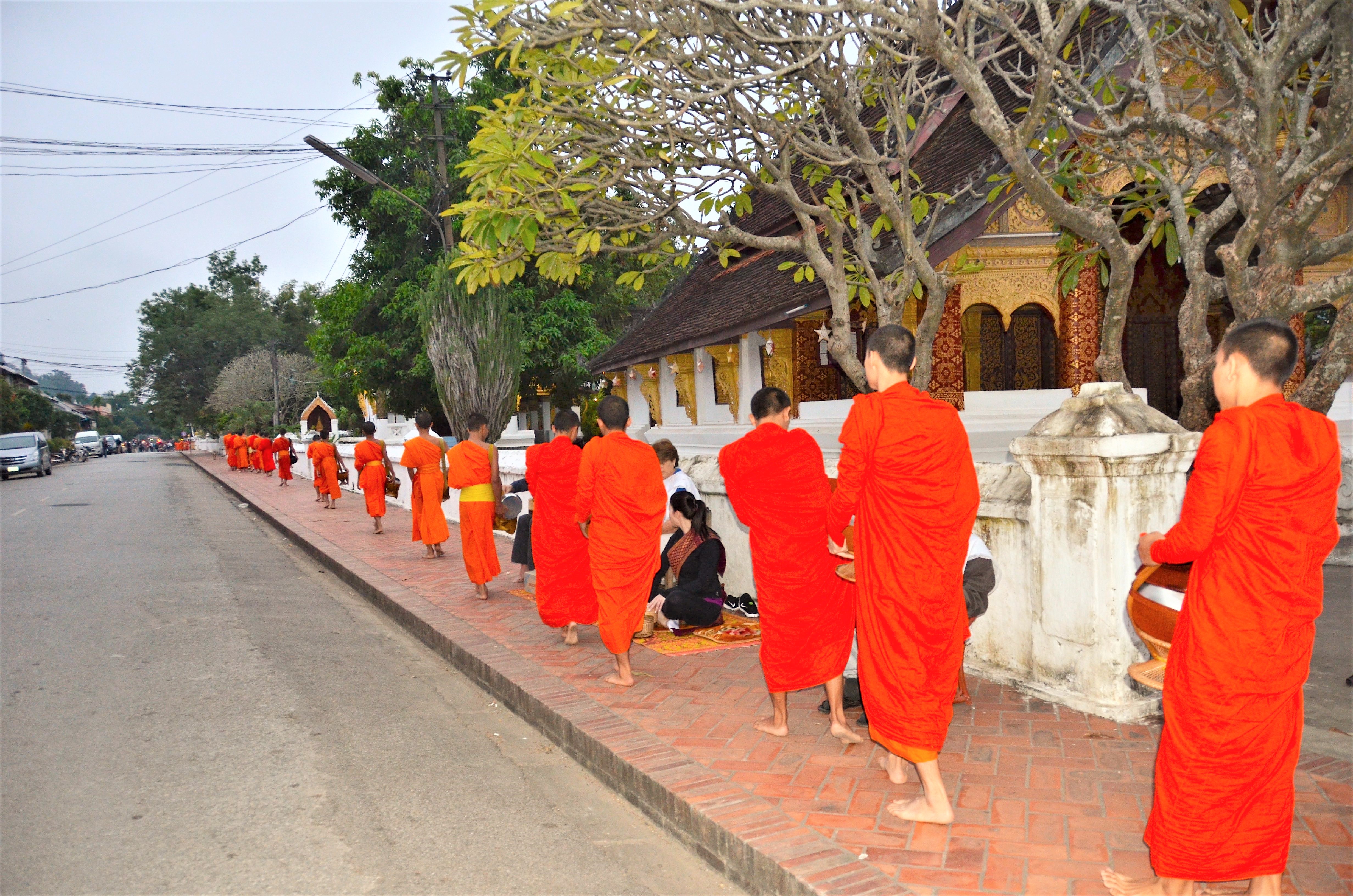 At the end of the processional, the monks line up in front of their temple and chant a prayer before heading into their temple to share their food and eat their daily meal.
At the end of the processional, the monks line up in front of their temple and chant a prayer before heading into their temple to share their food and eat their daily meal.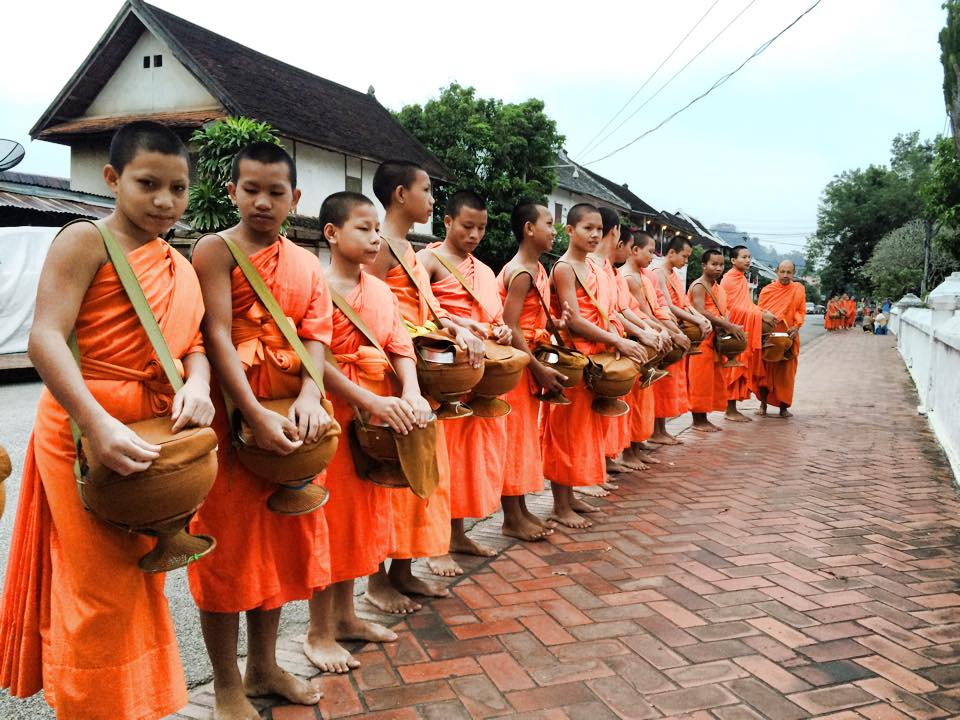
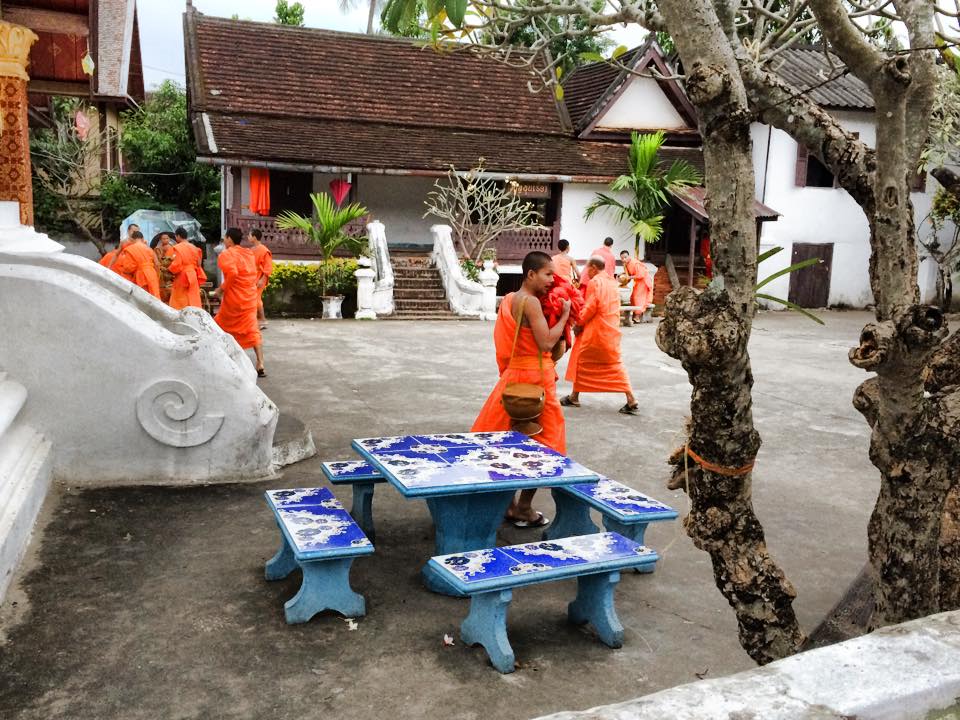 After the ceremony was over, we were invited to explore the inside of one of the temples.
After the ceremony was over, we were invited to explore the inside of one of the temples.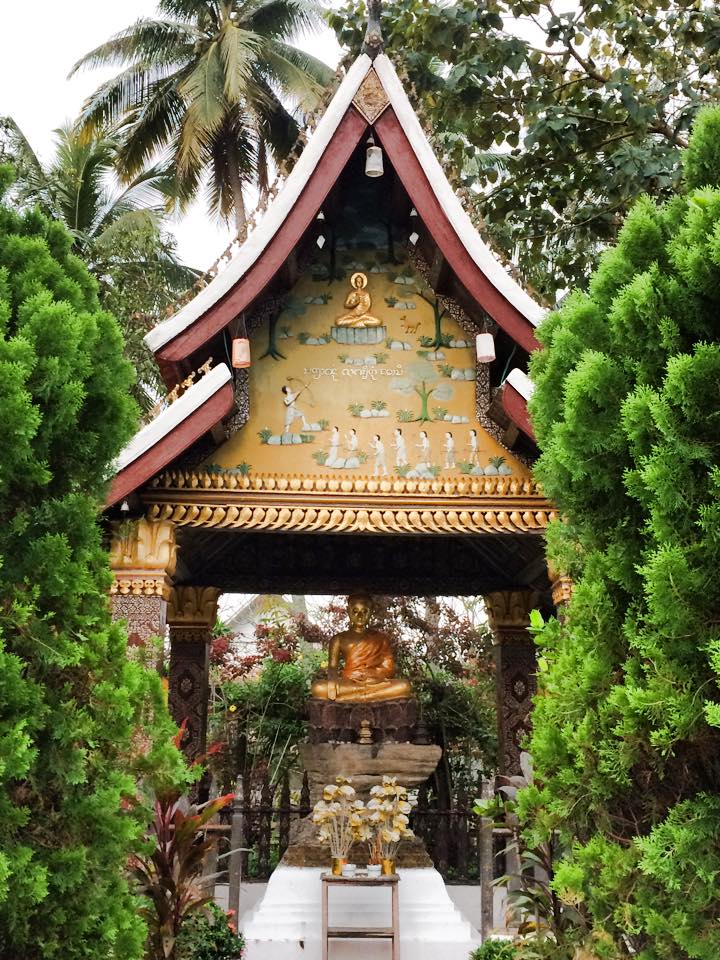
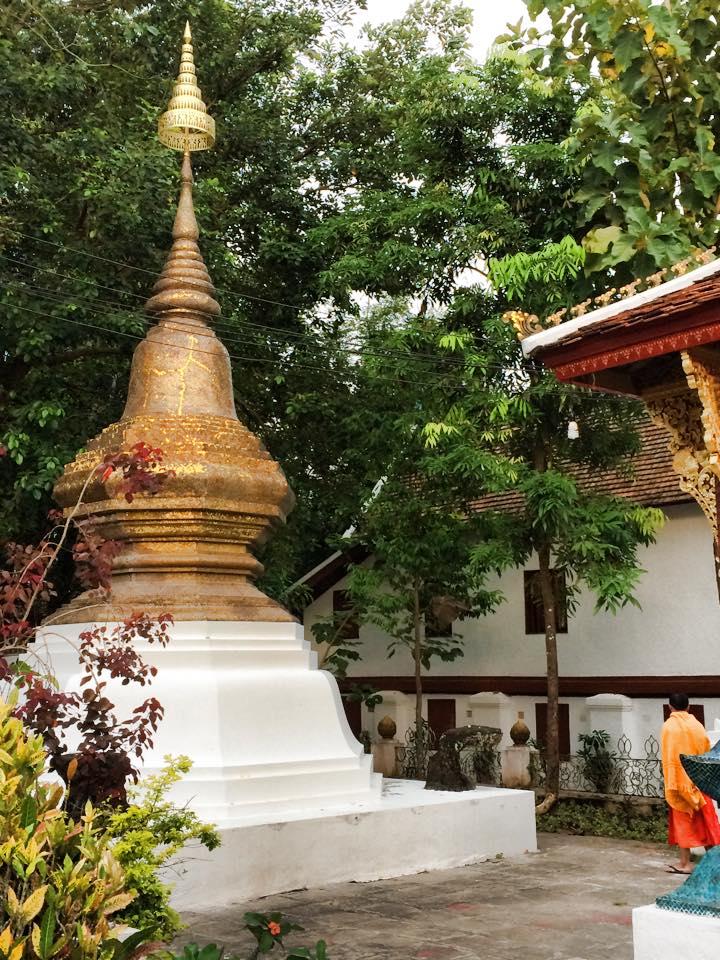 First, we left an offering of sticky rice in the tree.
First, we left an offering of sticky rice in the tree.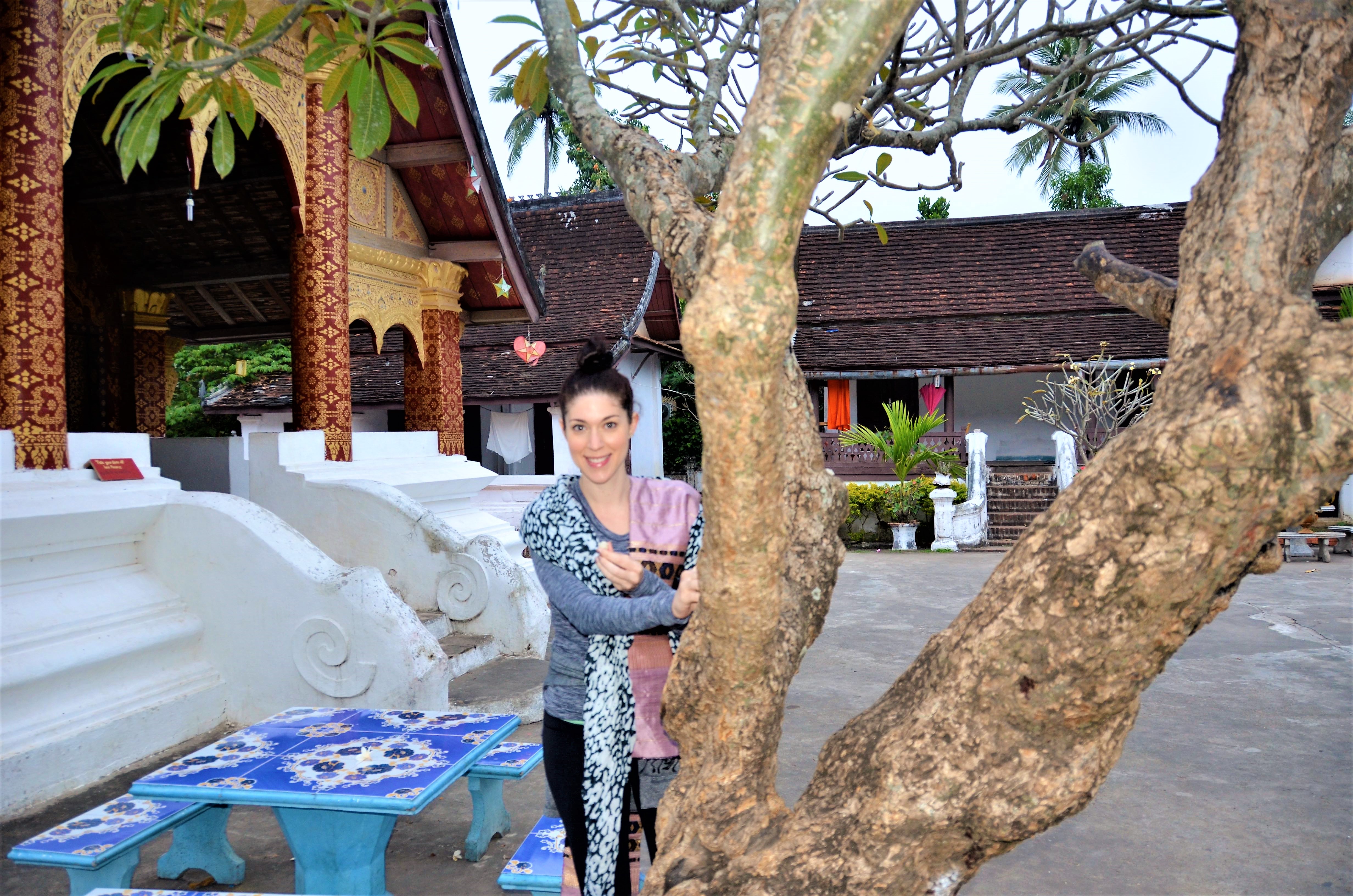 When the locals visit the temples, they typically bring an offering of marigolds, and our guide came prepared. She gave us this beautiful cone of marigolds that we offered to the temple.
When the locals visit the temples, they typically bring an offering of marigolds, and our guide came prepared. She gave us this beautiful cone of marigolds that we offered to the temple.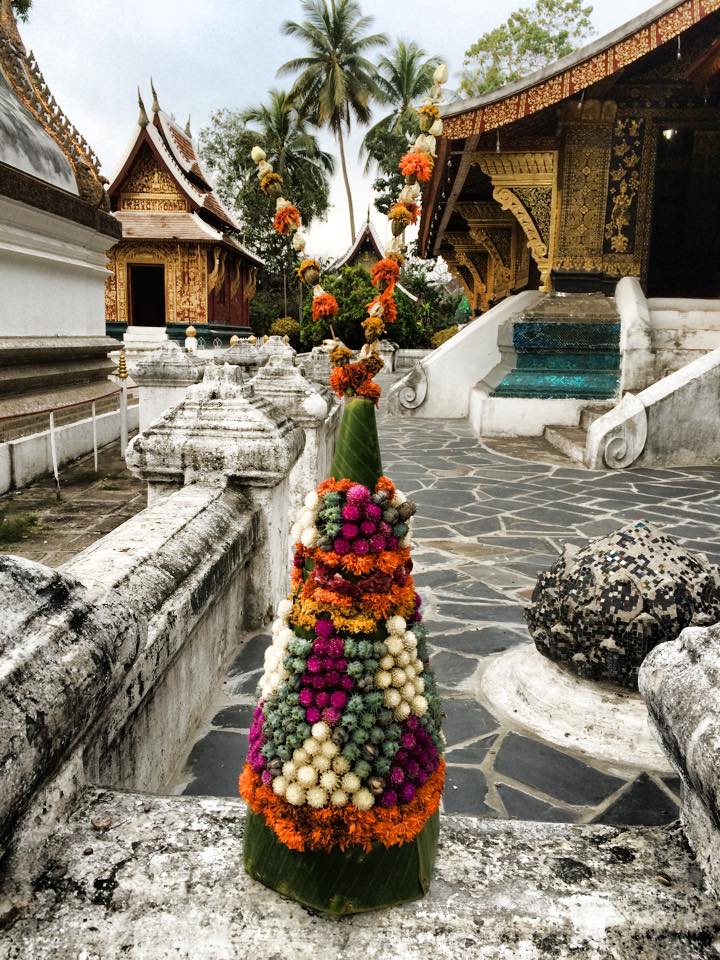
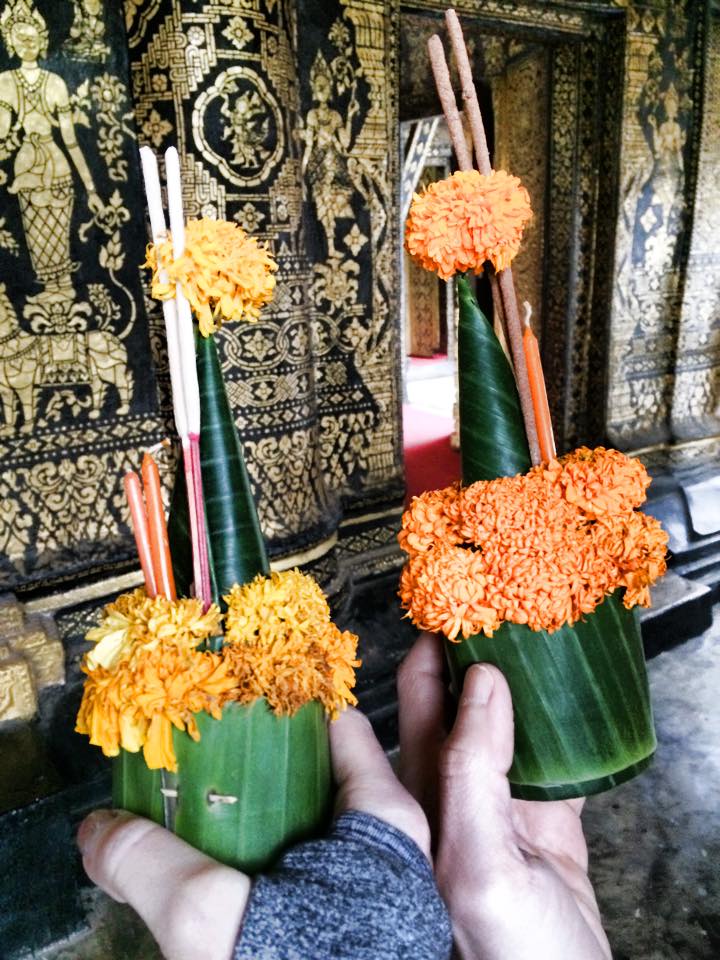
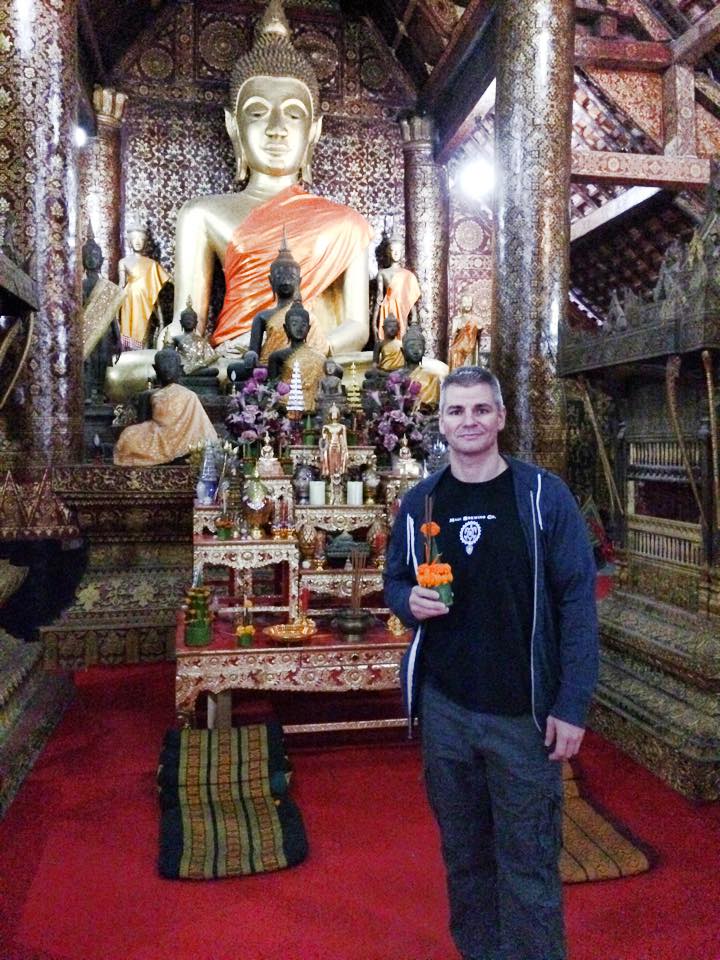
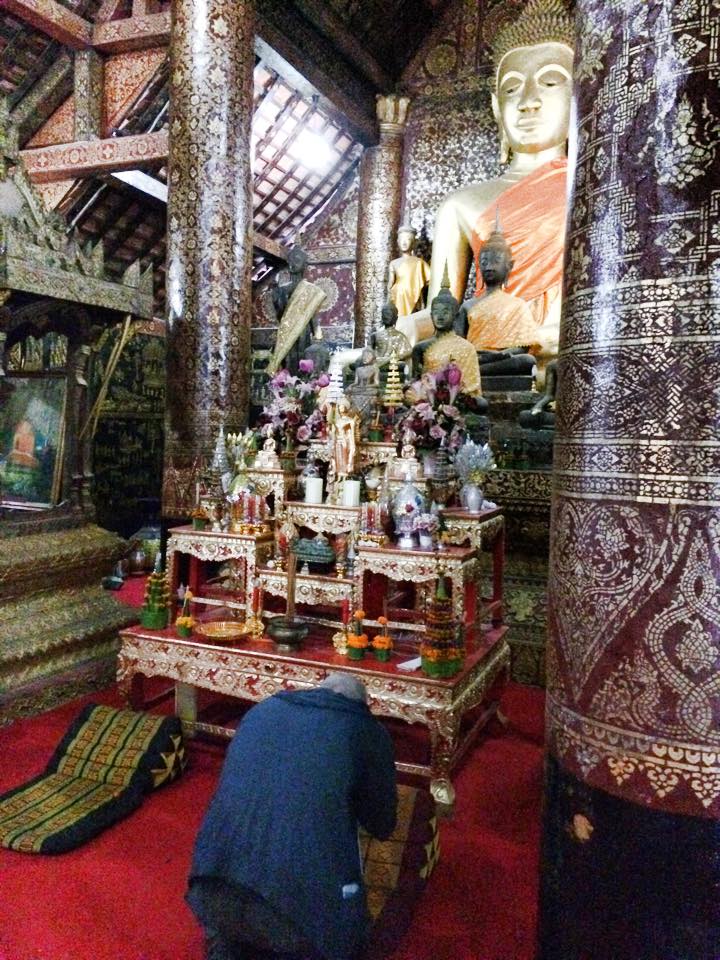
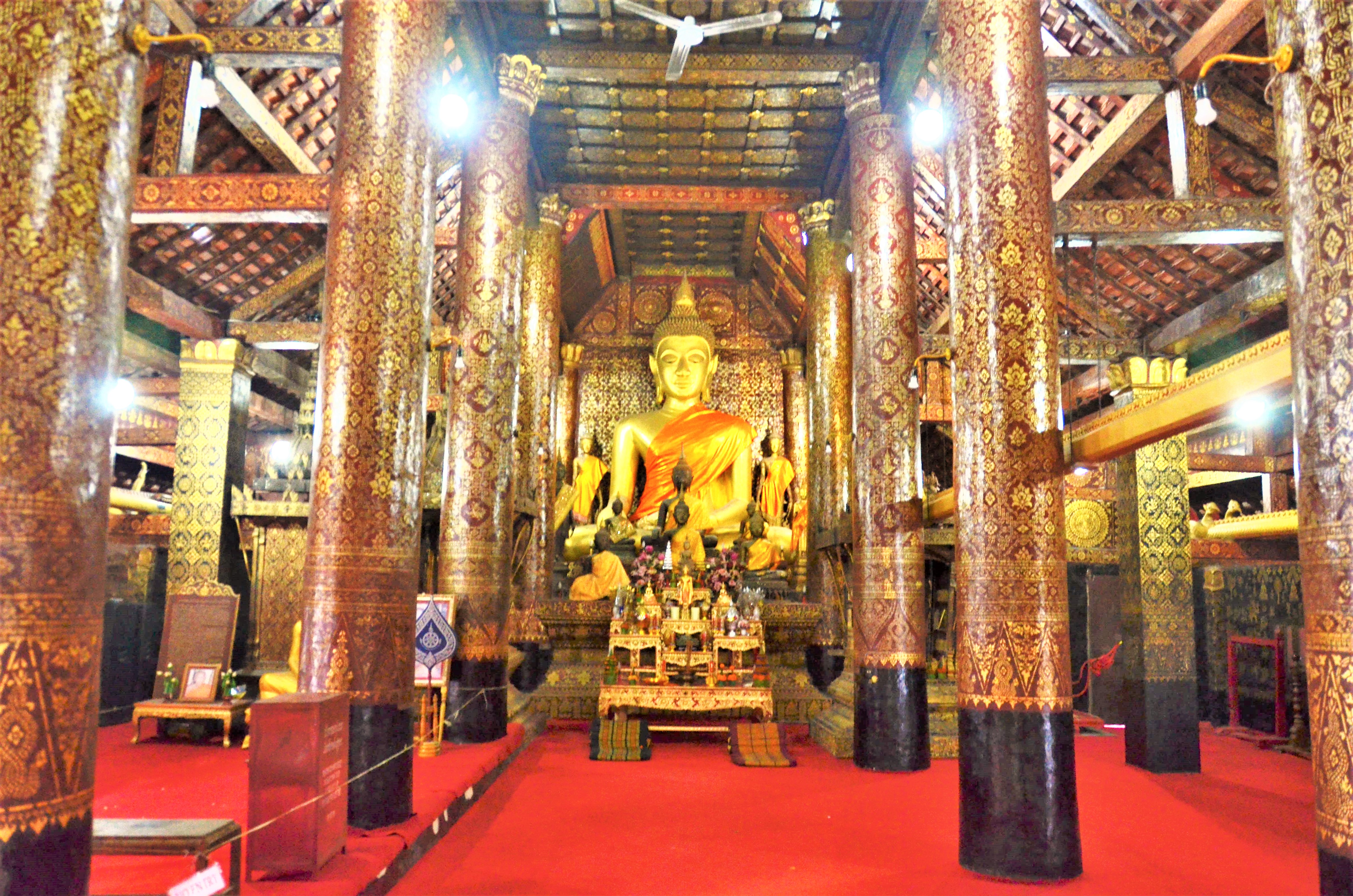 Our next order of business was to go to the morning market and buy all the ingredients we would need in order to cook a traditional meal at our guide’s home which we would share with her family. She gave us our lists and our money, and we were on our way.
Our next order of business was to go to the morning market and buy all the ingredients we would need in order to cook a traditional meal at our guide’s home which we would share with her family. She gave us our lists and our money, and we were on our way.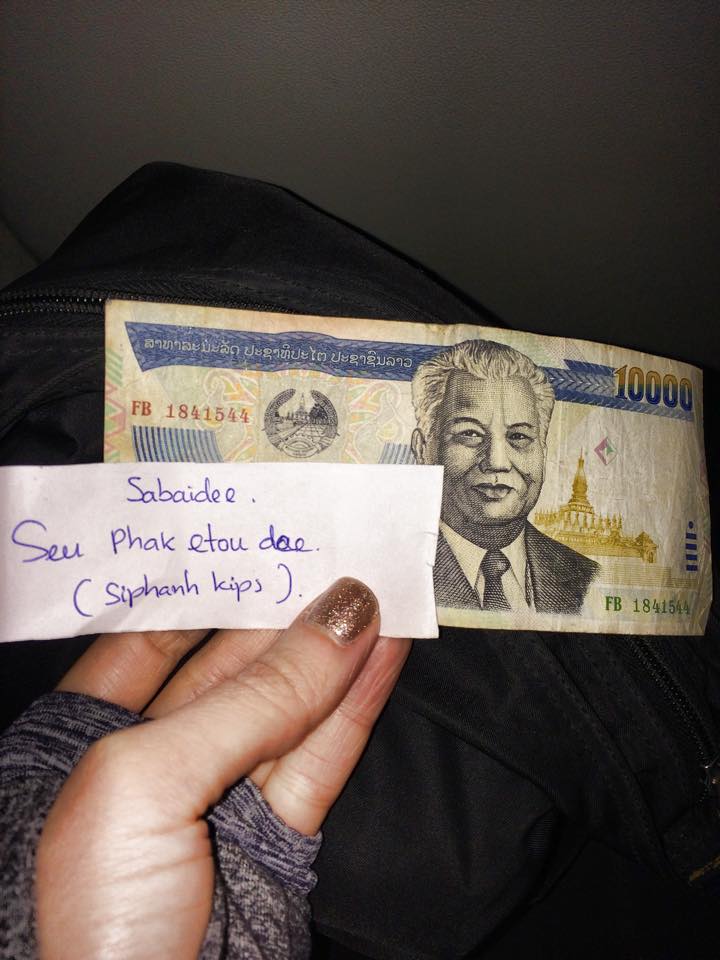 The morning markets are fascinating. They are a great way to get a glimpse of everyday life and interact with the locals.
The morning markets are fascinating. They are a great way to get a glimpse of everyday life and interact with the locals. 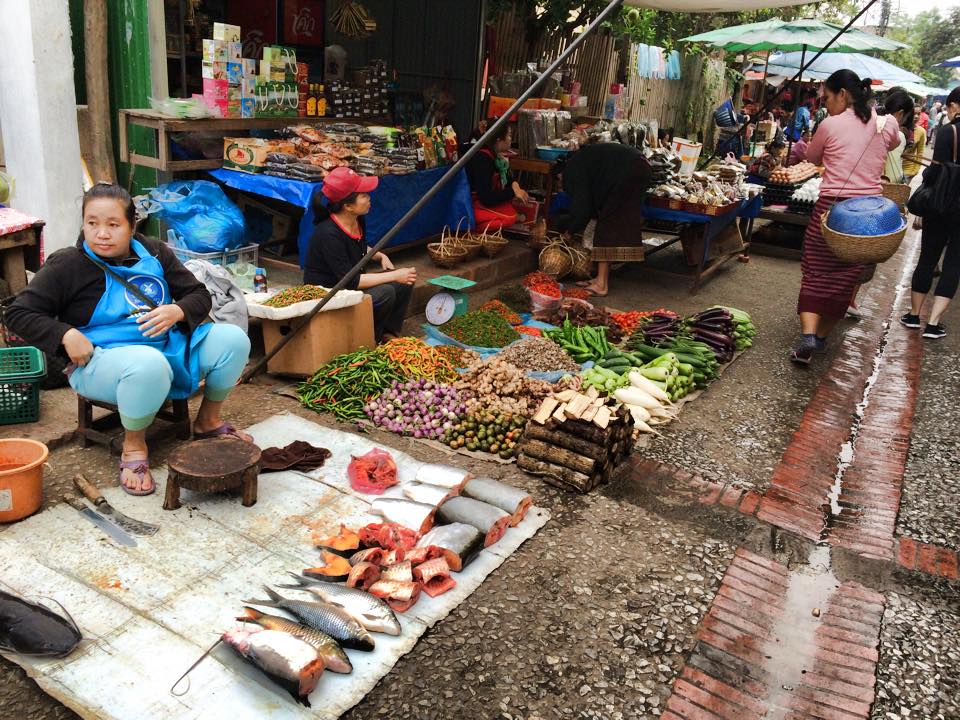
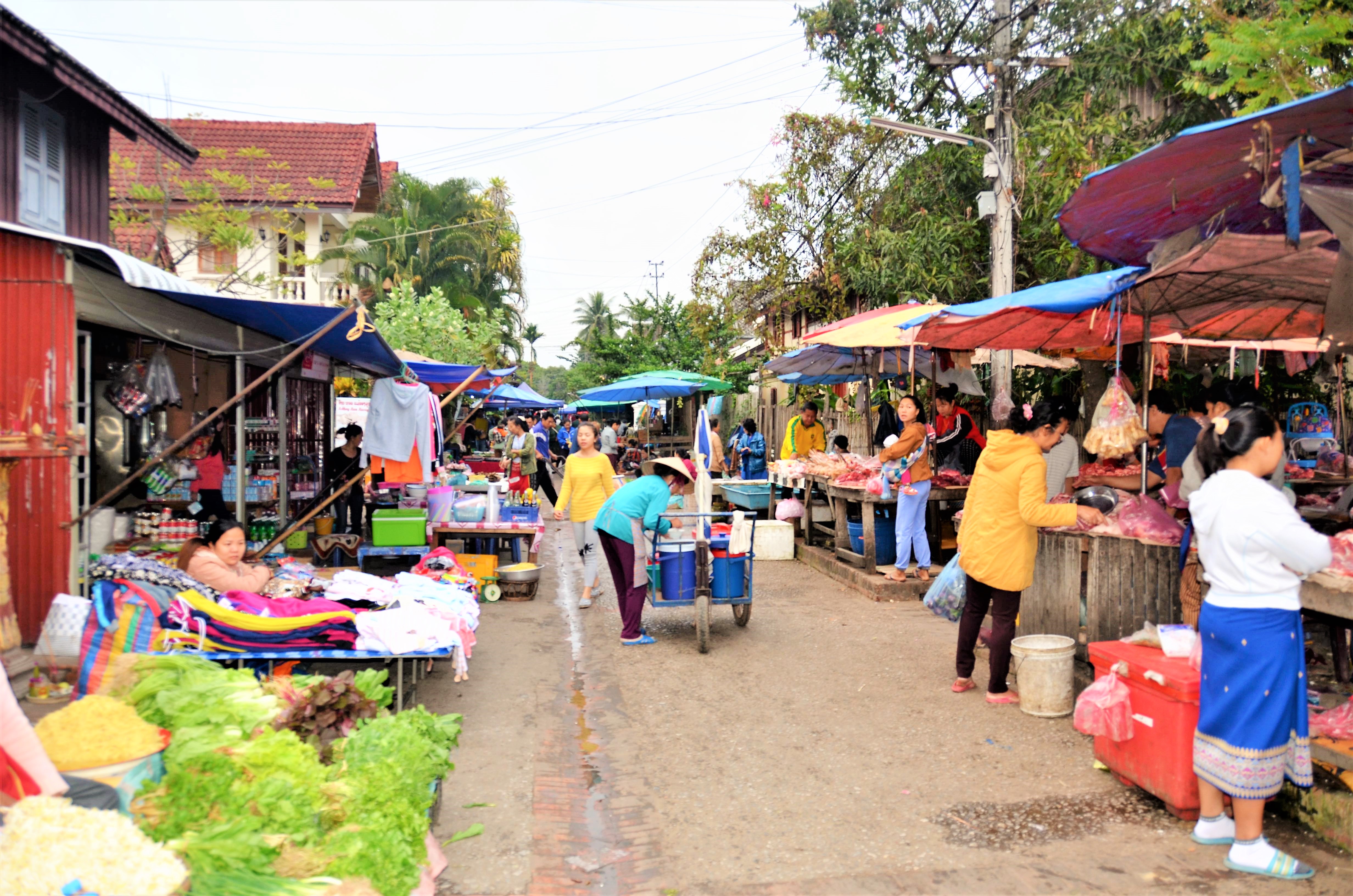 There is an array of fresh vegetables, fruits, and fish on display.
There is an array of fresh vegetables, fruits, and fish on display.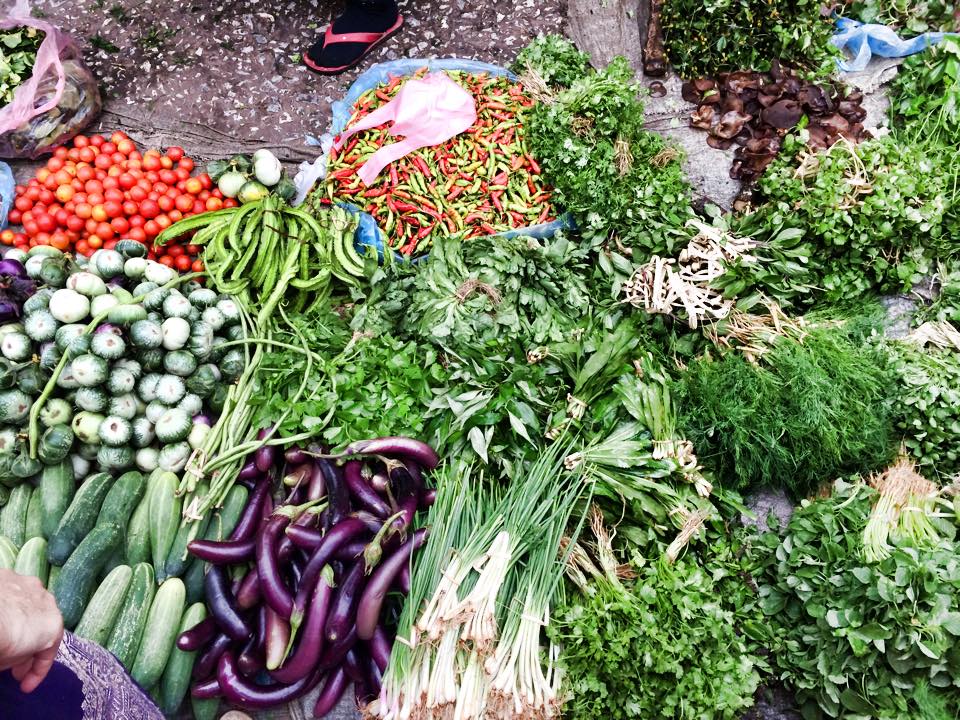
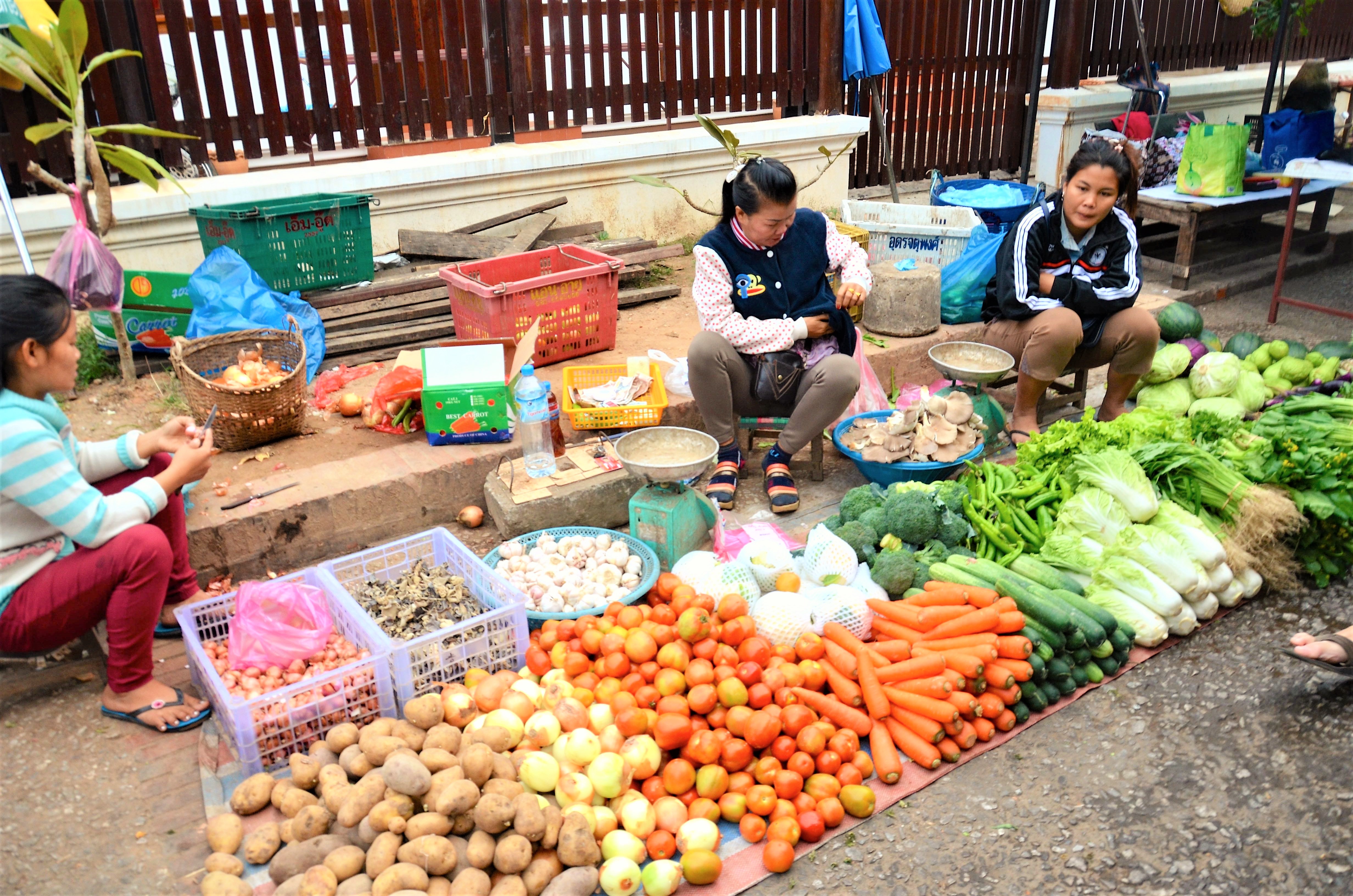
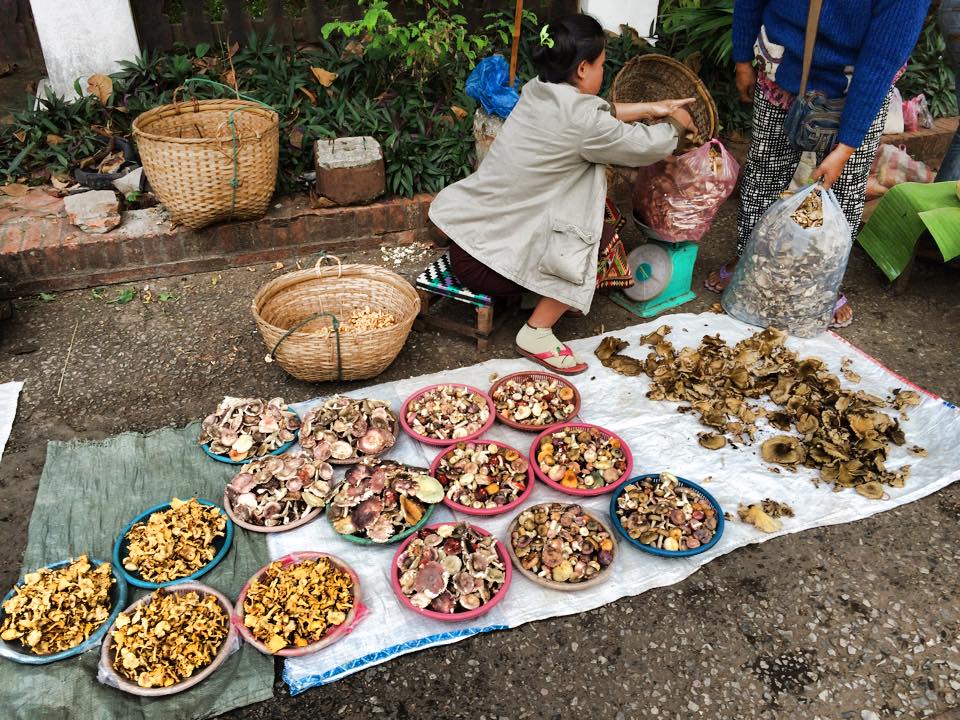
 And then there are these:
And then there are these: 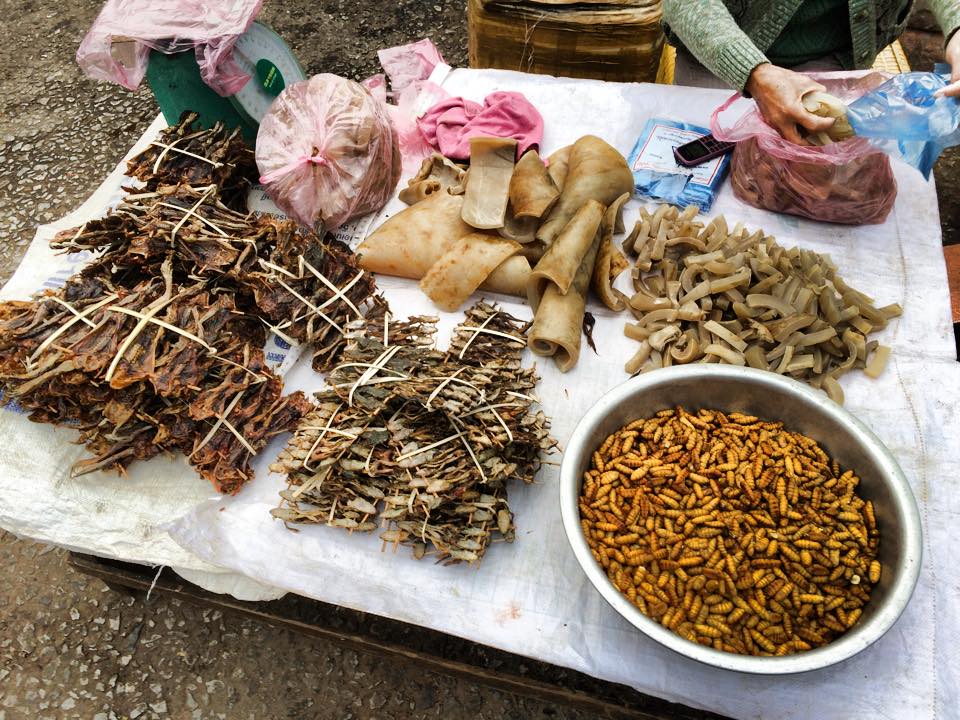
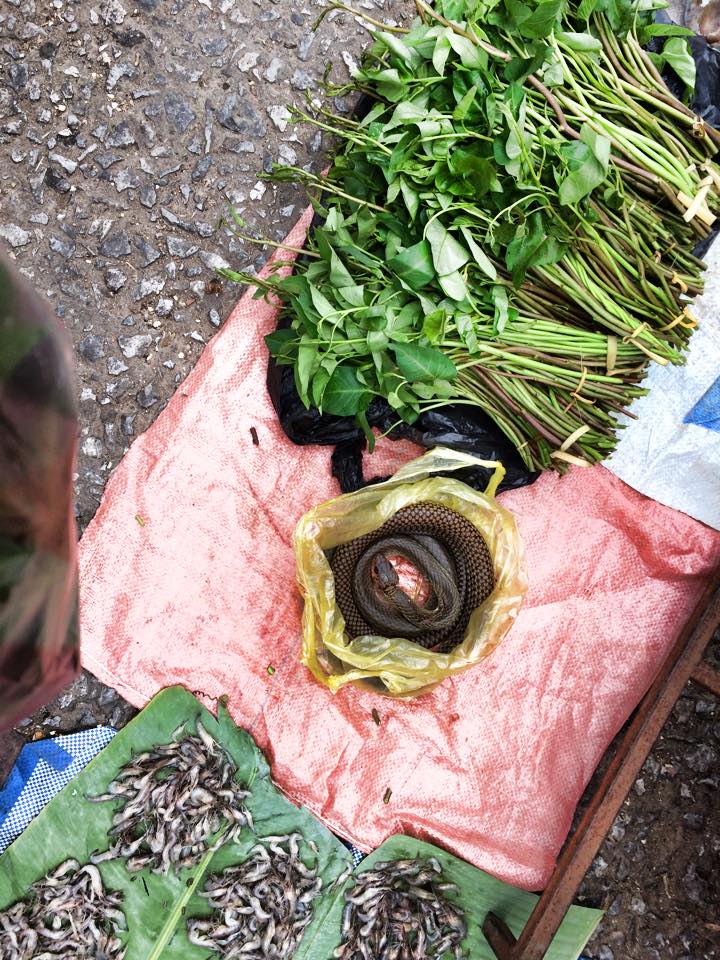 Insects and snakes?? My adventurous spirit only goes so far… No thanks!
Insects and snakes?? My adventurous spirit only goes so far… No thanks! We arrived at the village with our goodies in tow!
We arrived at the village with our goodies in tow!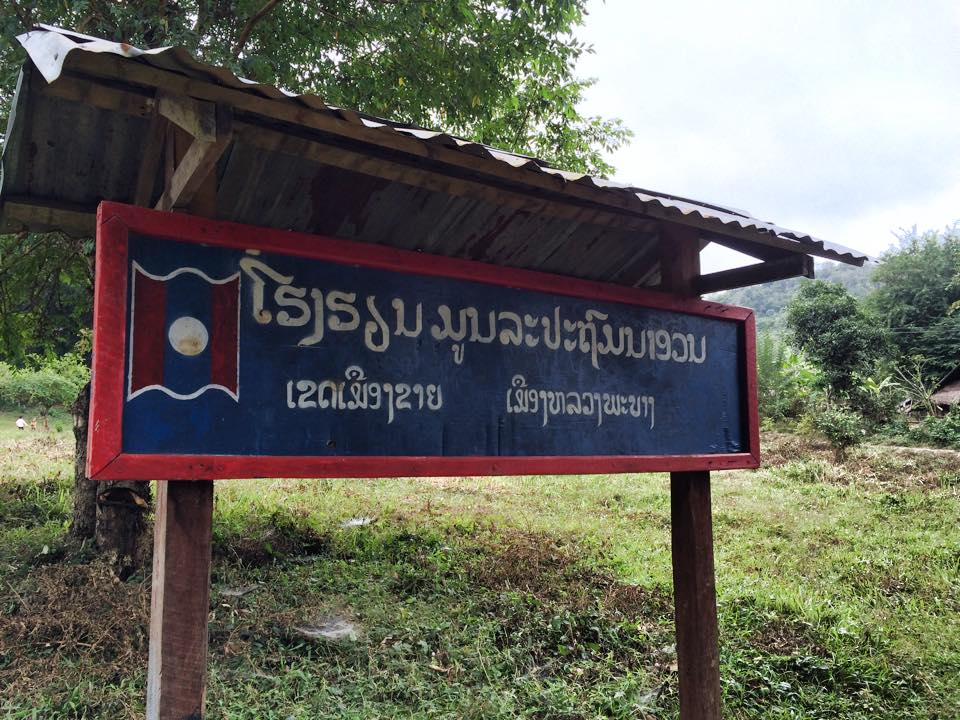
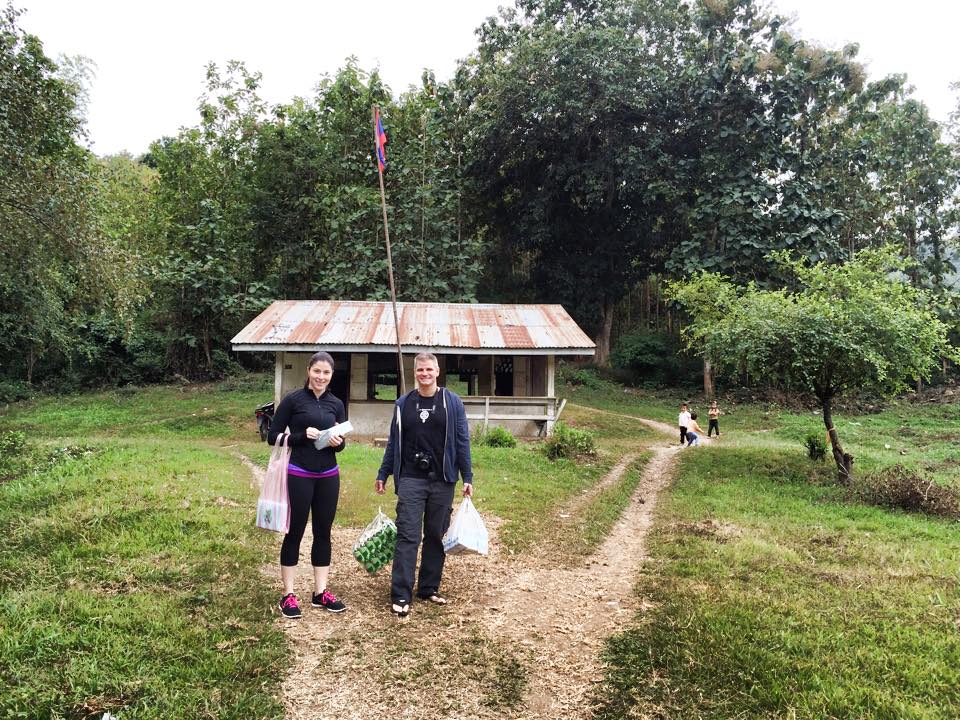 The
The  The children were so excited to receive their treats and clapped along as we sang the English ABCs. They were very curious and excited to see Western tourists in their village.
The children were so excited to receive their treats and clapped along as we sang the English ABCs. They were very curious and excited to see Western tourists in their village.  We happened to visit when
We happened to visit when  On the way back from the village, we stopped at the famed
On the way back from the village, we stopped at the famed 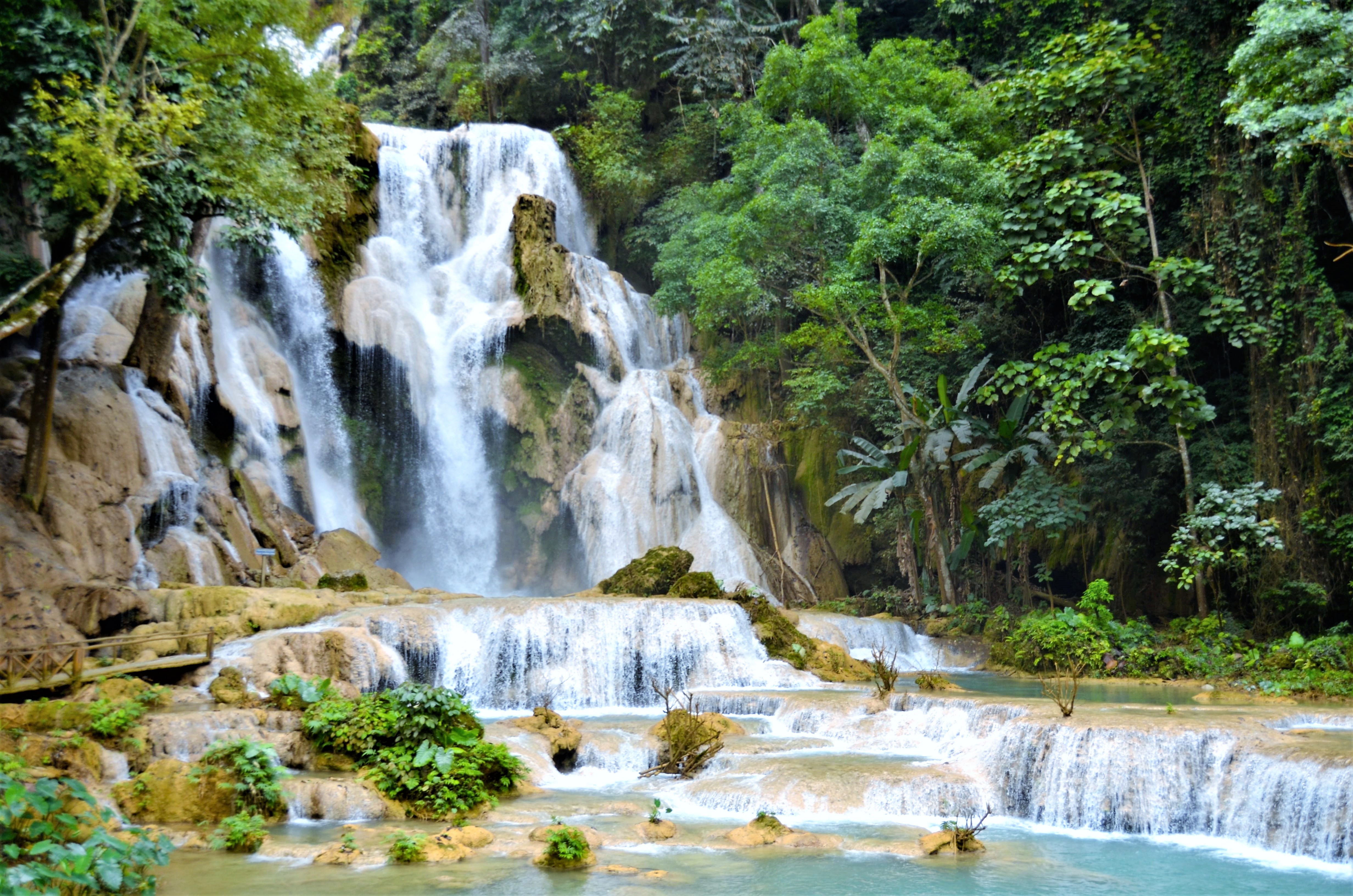
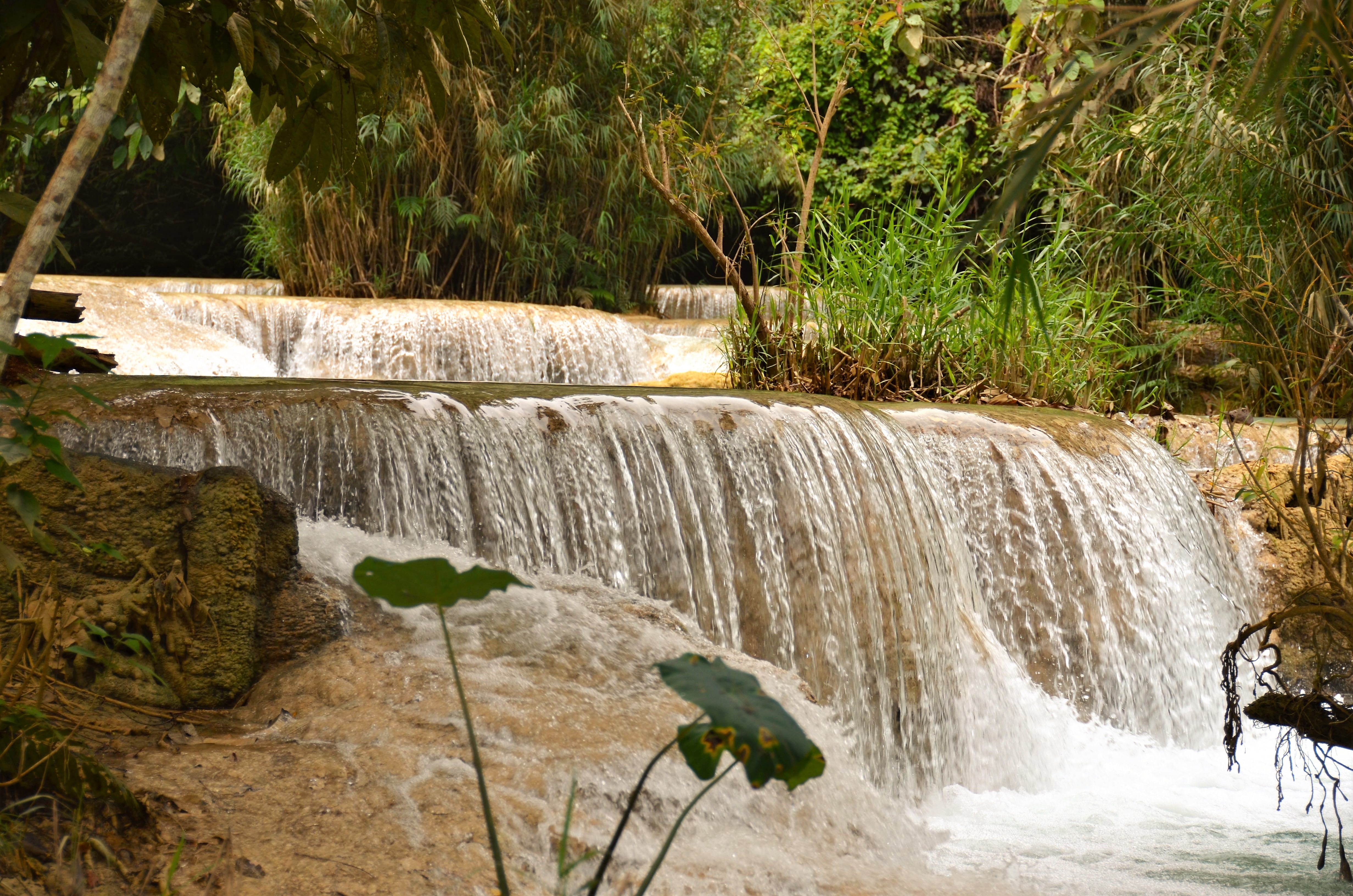
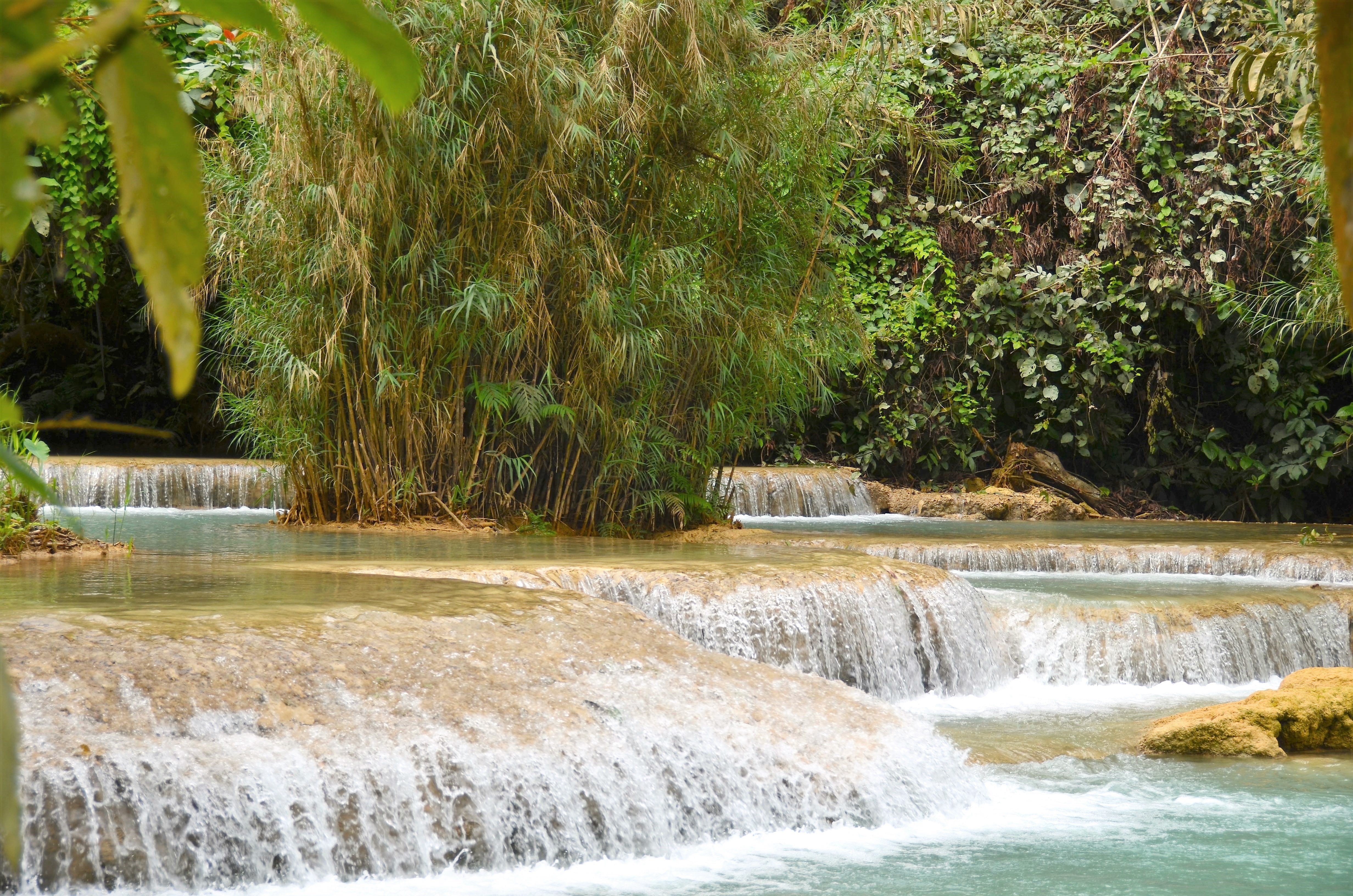
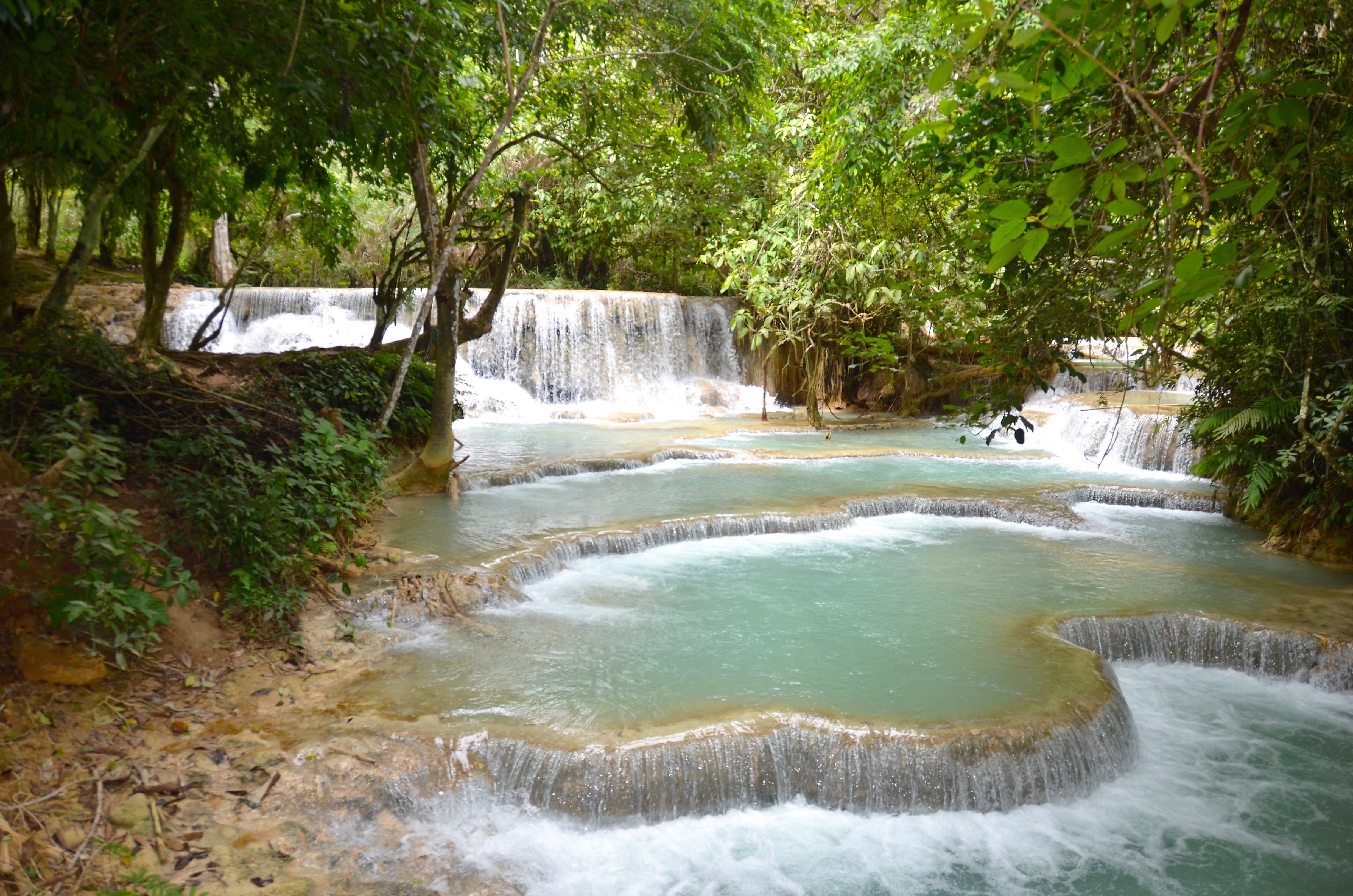
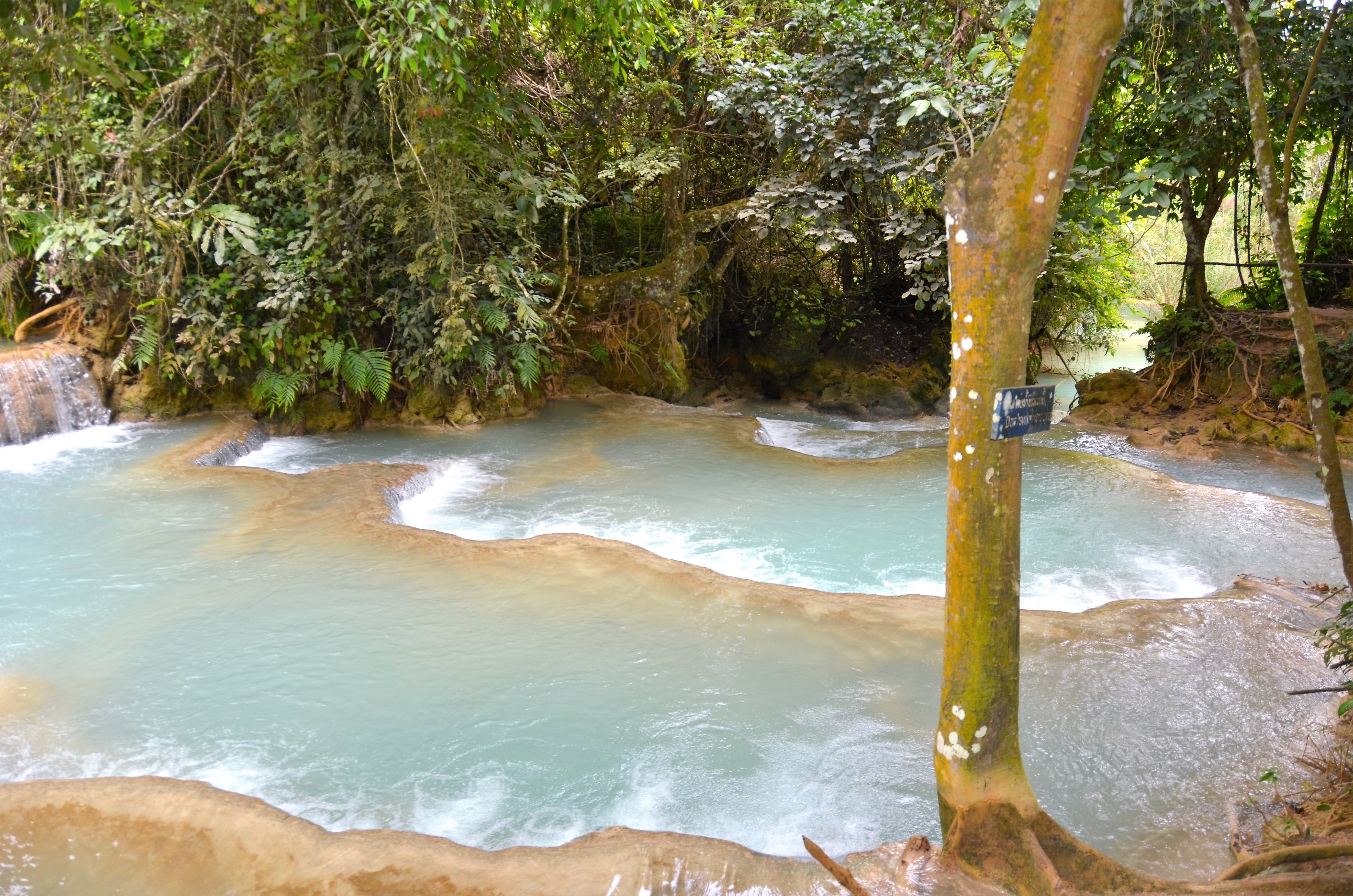
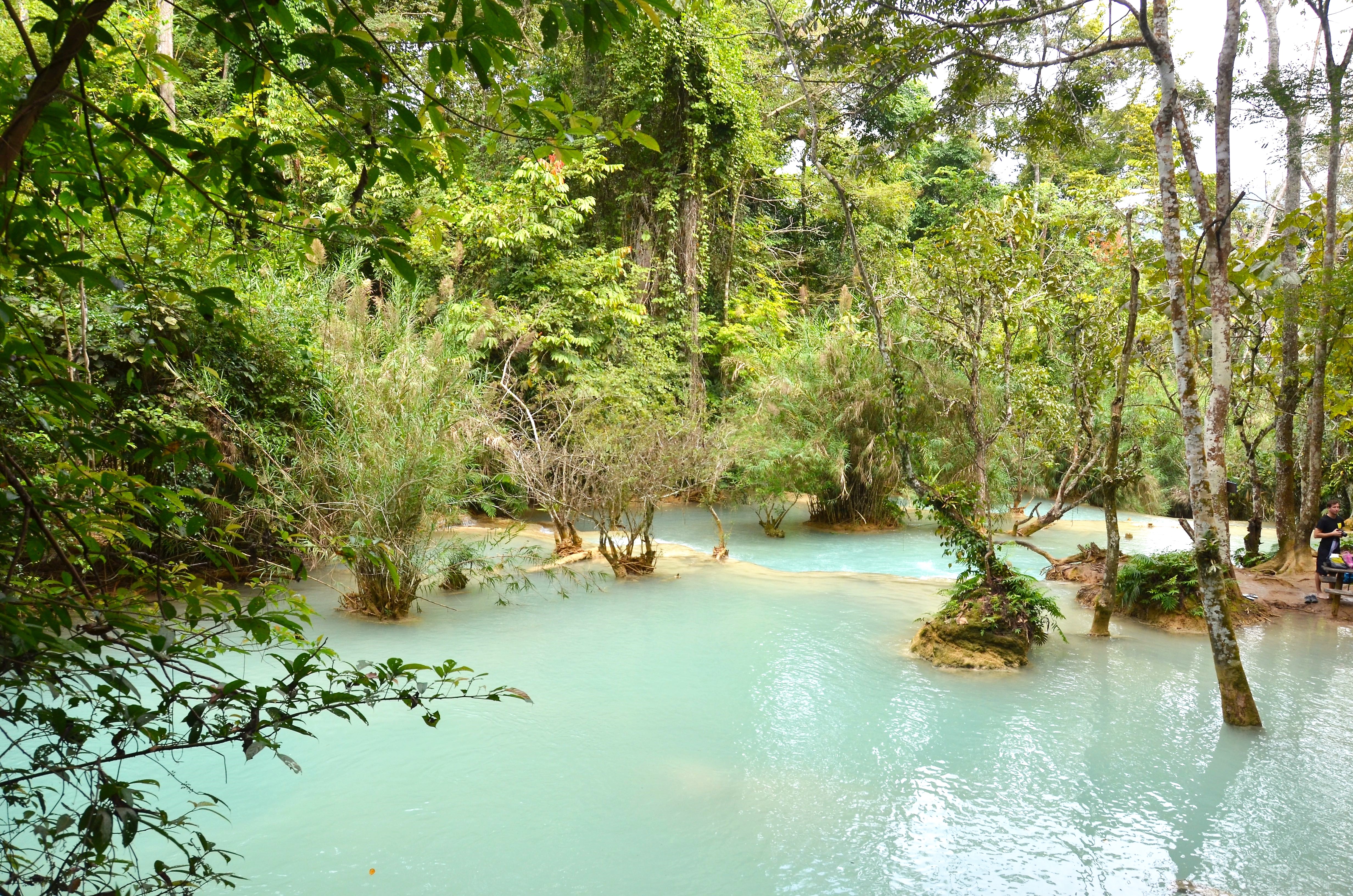
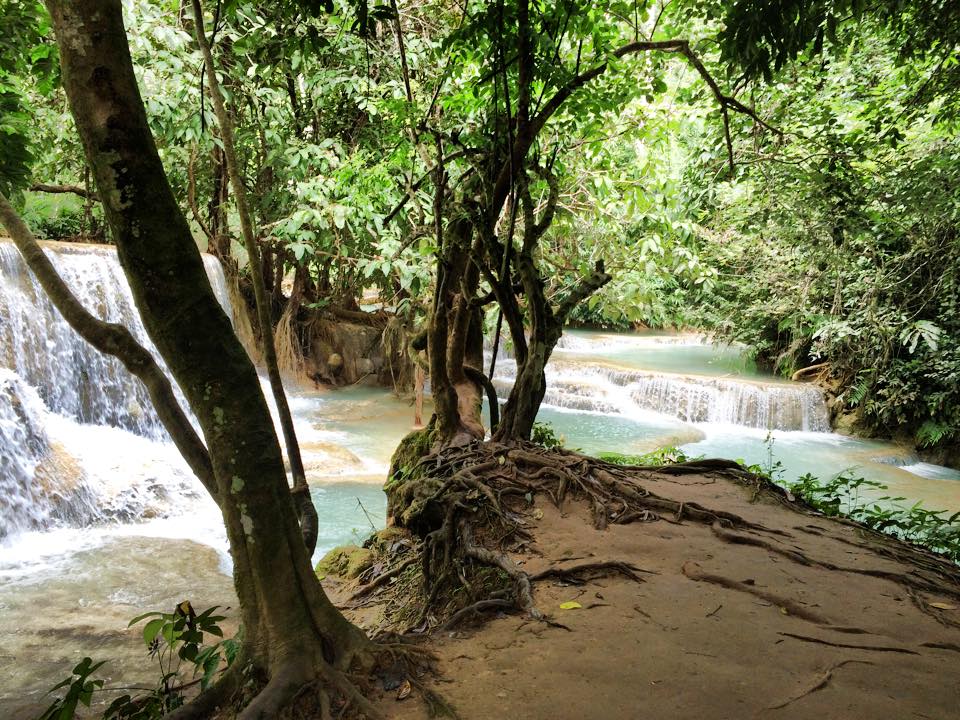 The cost to get into the park is about $2.50 per person. There are a series of trails and bridges that you can use to walk among the falls. You can even swim in them, although when we were there in late November, the water was cold; but that didn’t stop this spectacle. Allow me to introduce you to the Amazing Asian Man, with whom I fell in love. Not only was he wearing a magnificently small Speedo, but he would climb up to a tree or rock, strike a pose, and demand that his friends photograph him before he jumped into the water. I was mesmerized by this creature, and he has inspired in me a book idea!
The cost to get into the park is about $2.50 per person. There are a series of trails and bridges that you can use to walk among the falls. You can even swim in them, although when we were there in late November, the water was cold; but that didn’t stop this spectacle. Allow me to introduce you to the Amazing Asian Man, with whom I fell in love. Not only was he wearing a magnificently small Speedo, but he would climb up to a tree or rock, strike a pose, and demand that his friends photograph him before he jumped into the water. I was mesmerized by this creature, and he has inspired in me a book idea!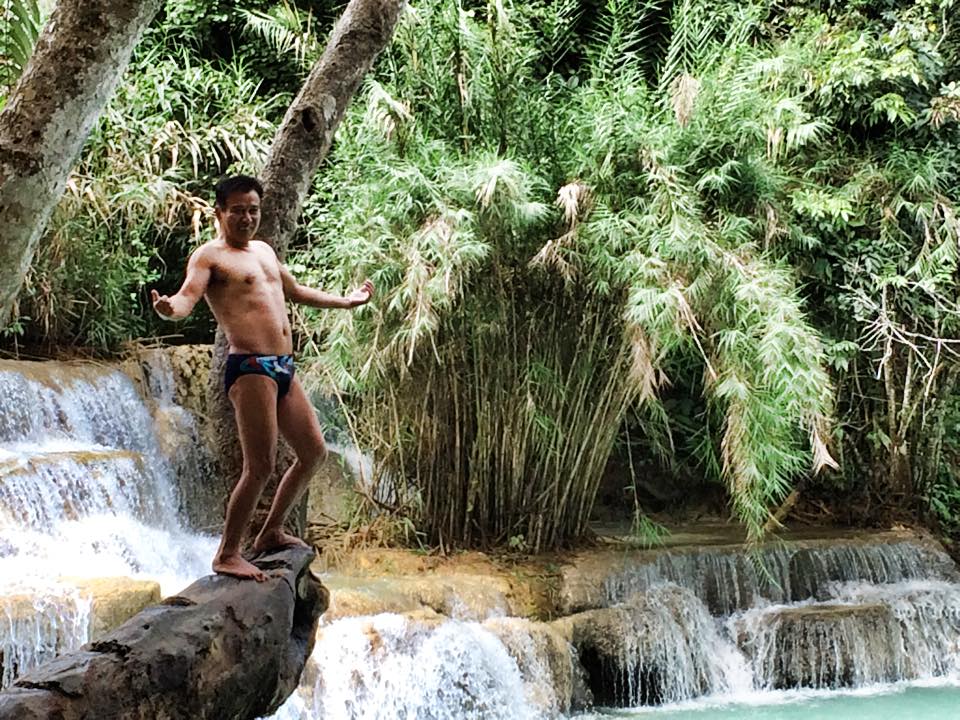
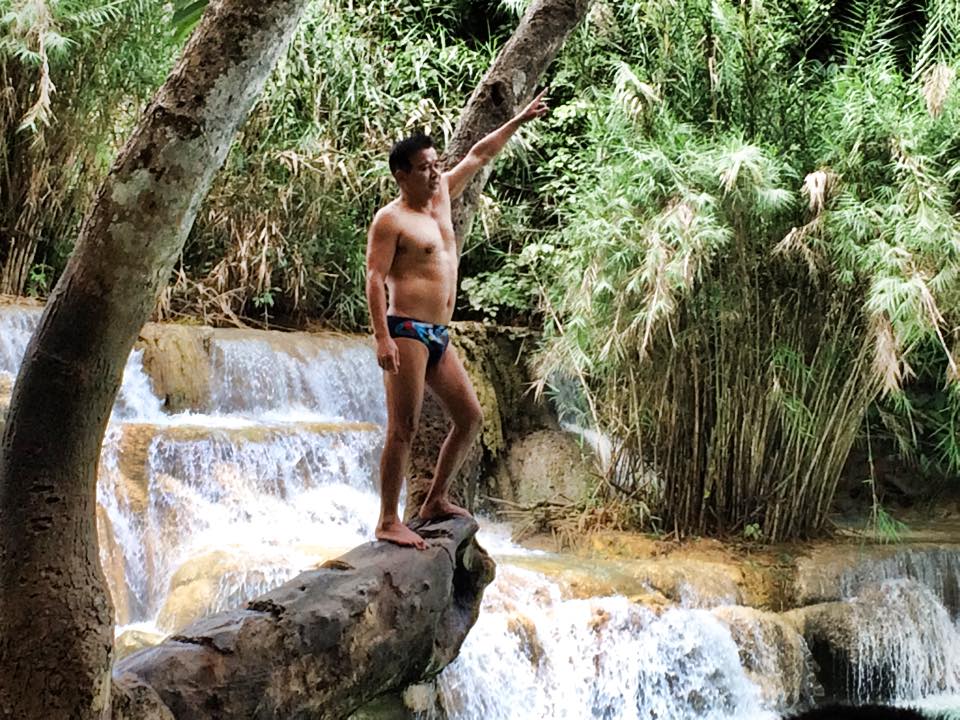
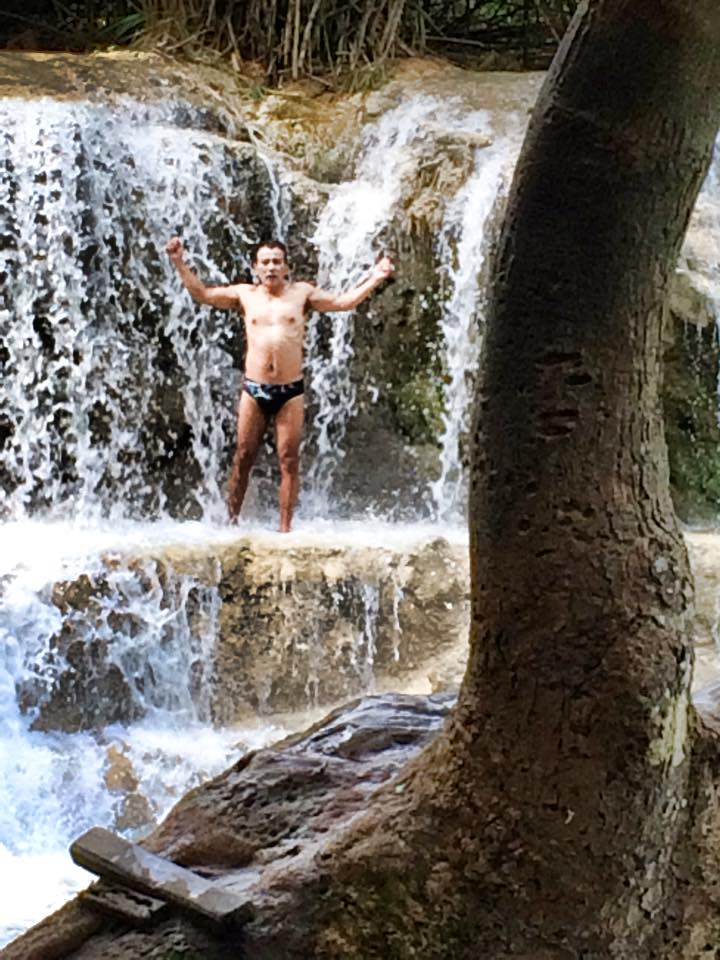 After studying this jewel for a very long time, we made our way over to the bear sanctuary on property. These black bears are an endangered species because their bile is used by the Chinese for medicinal purposes. This sanctuary rescues them and houses 23 bears. I love animals, so I just loved watching these bears roam and play.
After studying this jewel for a very long time, we made our way over to the bear sanctuary on property. These black bears are an endangered species because their bile is used by the Chinese for medicinal purposes. This sanctuary rescues them and houses 23 bears. I love animals, so I just loved watching these bears roam and play.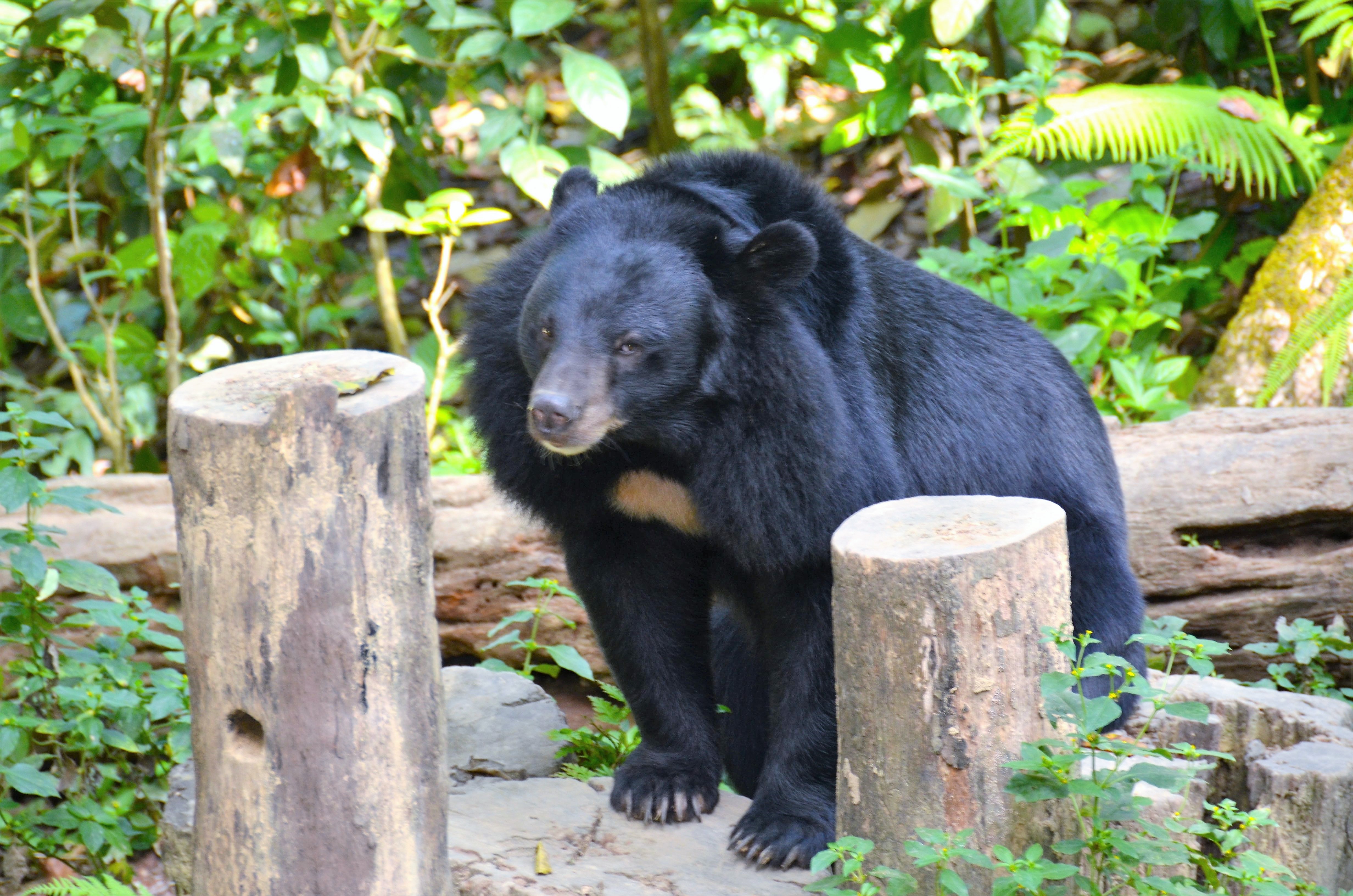 Our next stop was to
Our next stop was to 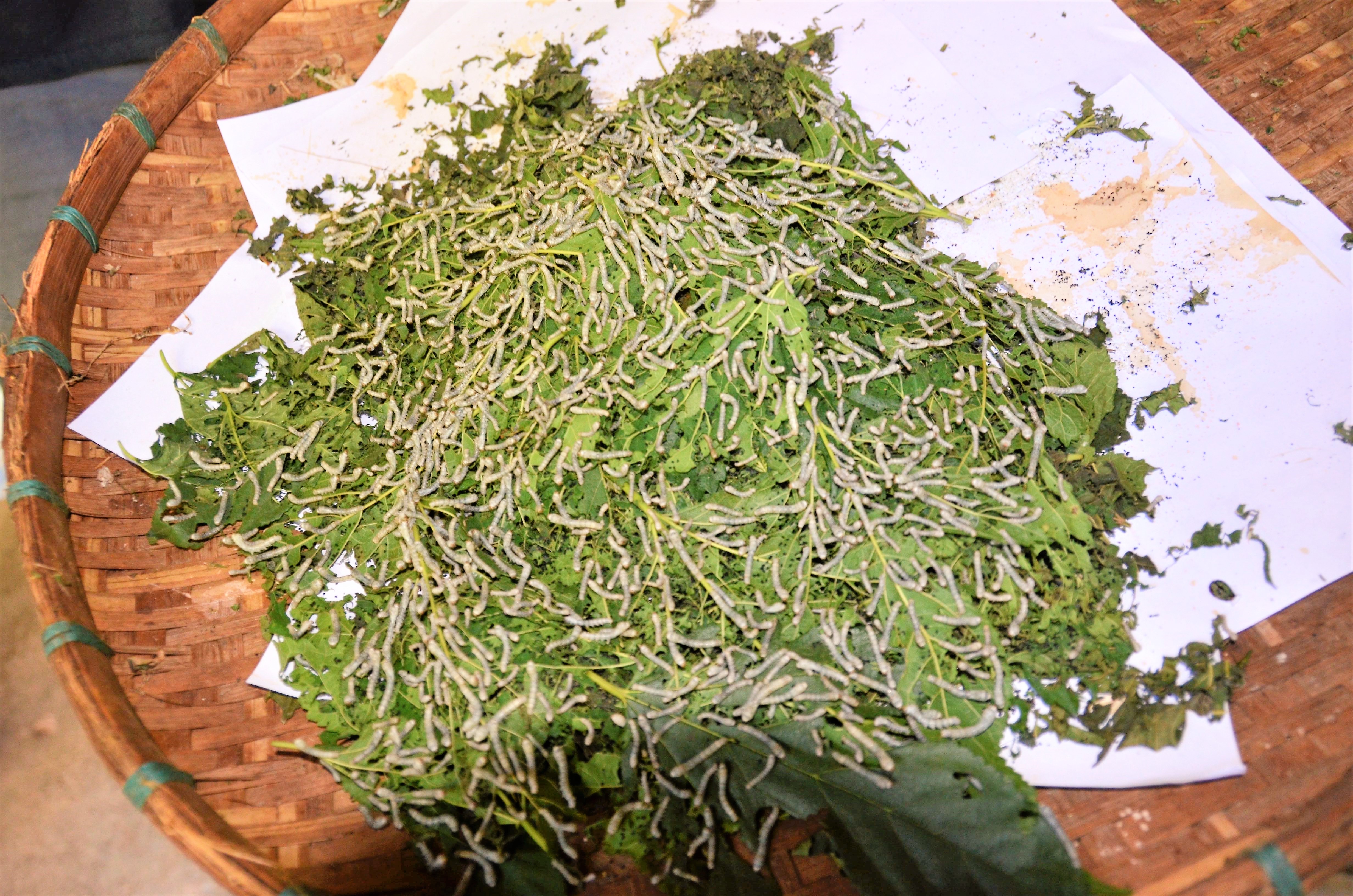
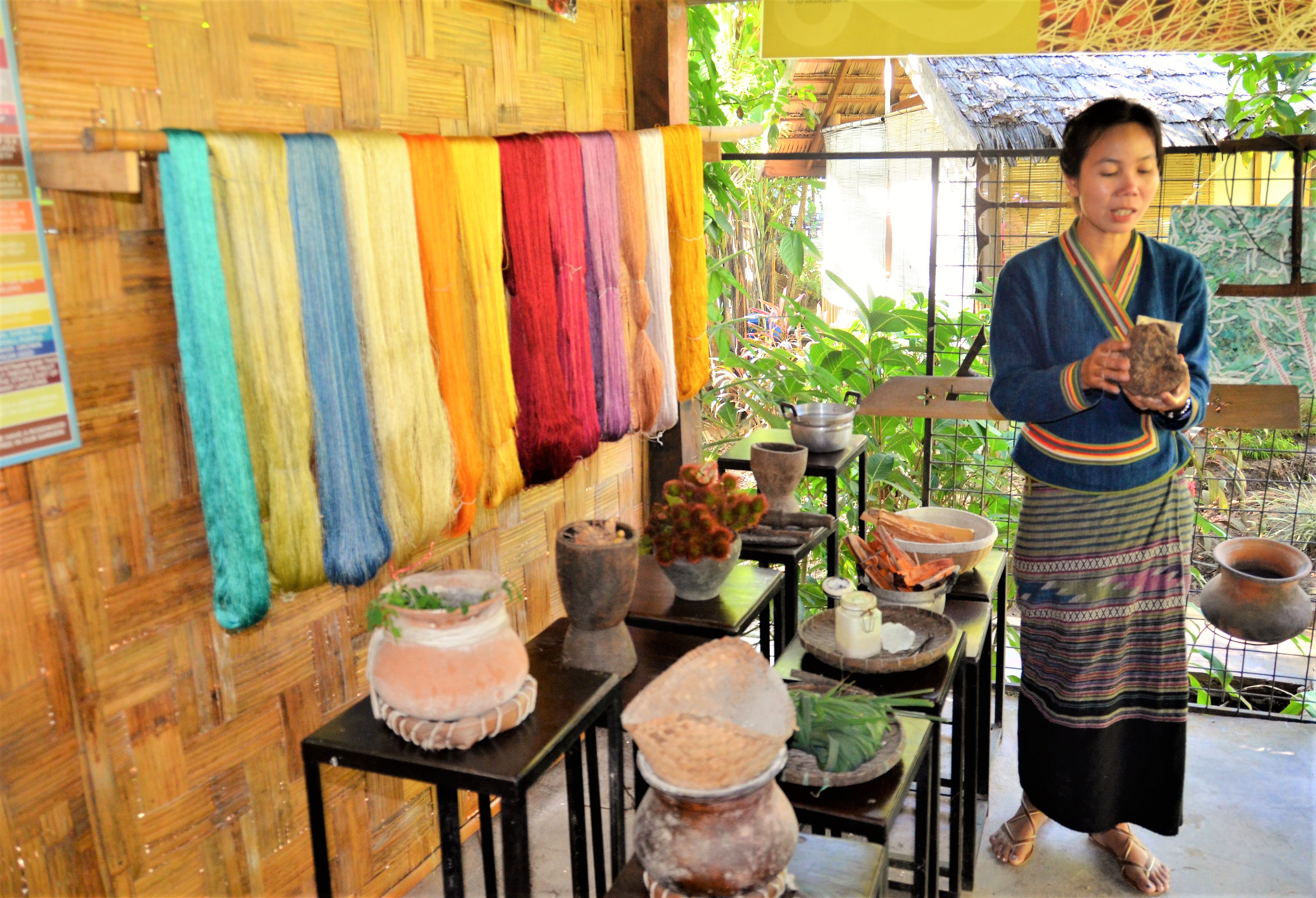
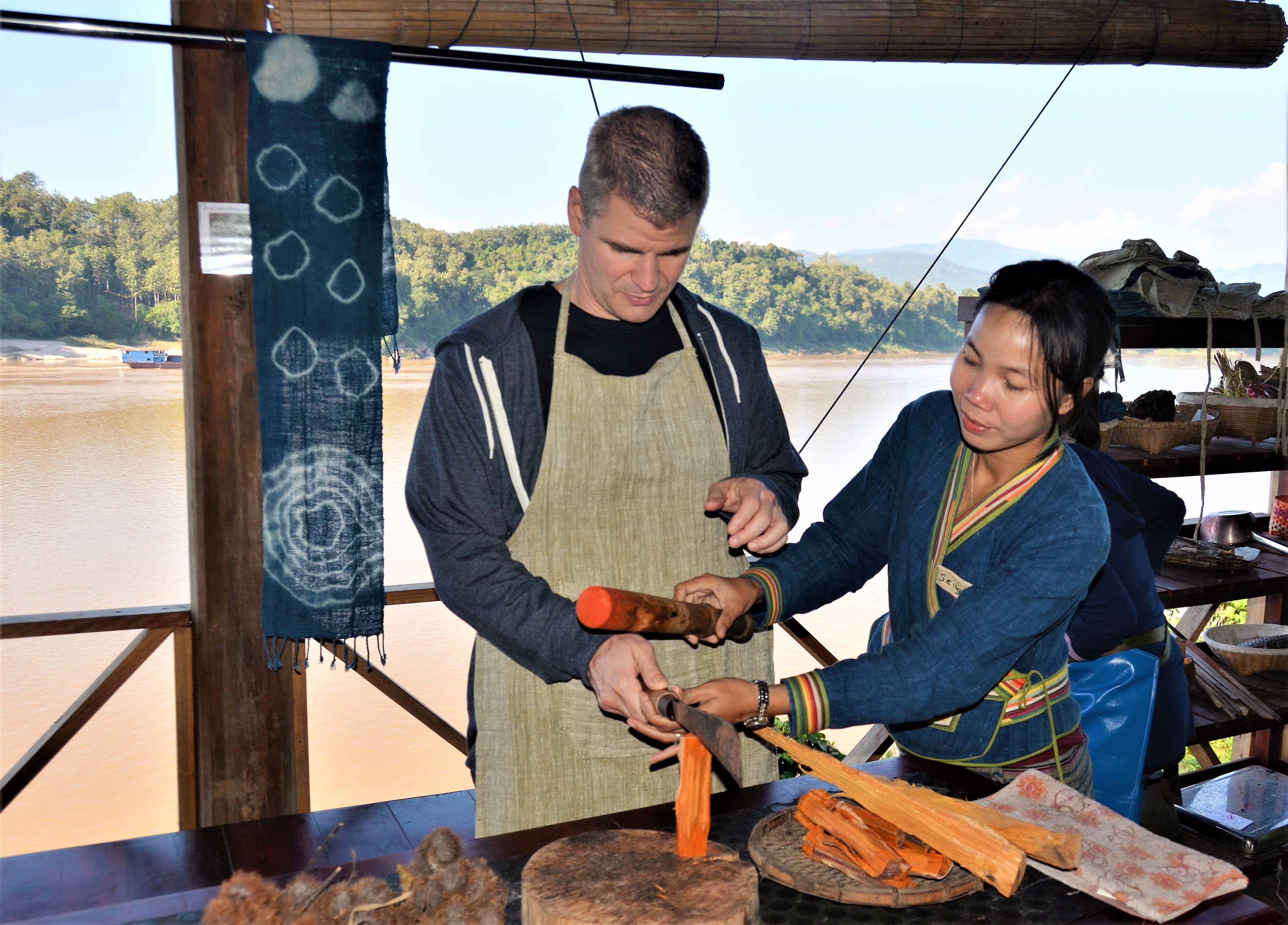
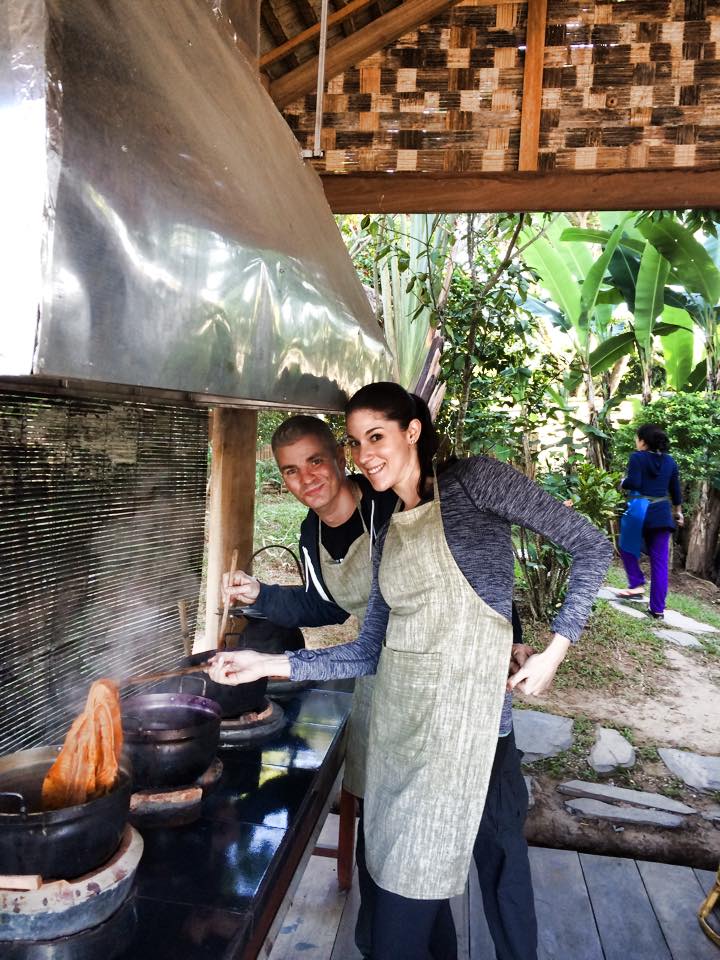
 But, our day of learning was not over. It was time to go to our guide’s home and learn to cook a traditional meal that we would share with her family, which is where we had the third coolest experience!
But, our day of learning was not over. It was time to go to our guide’s home and learn to cook a traditional meal that we would share with her family, which is where we had the third coolest experience!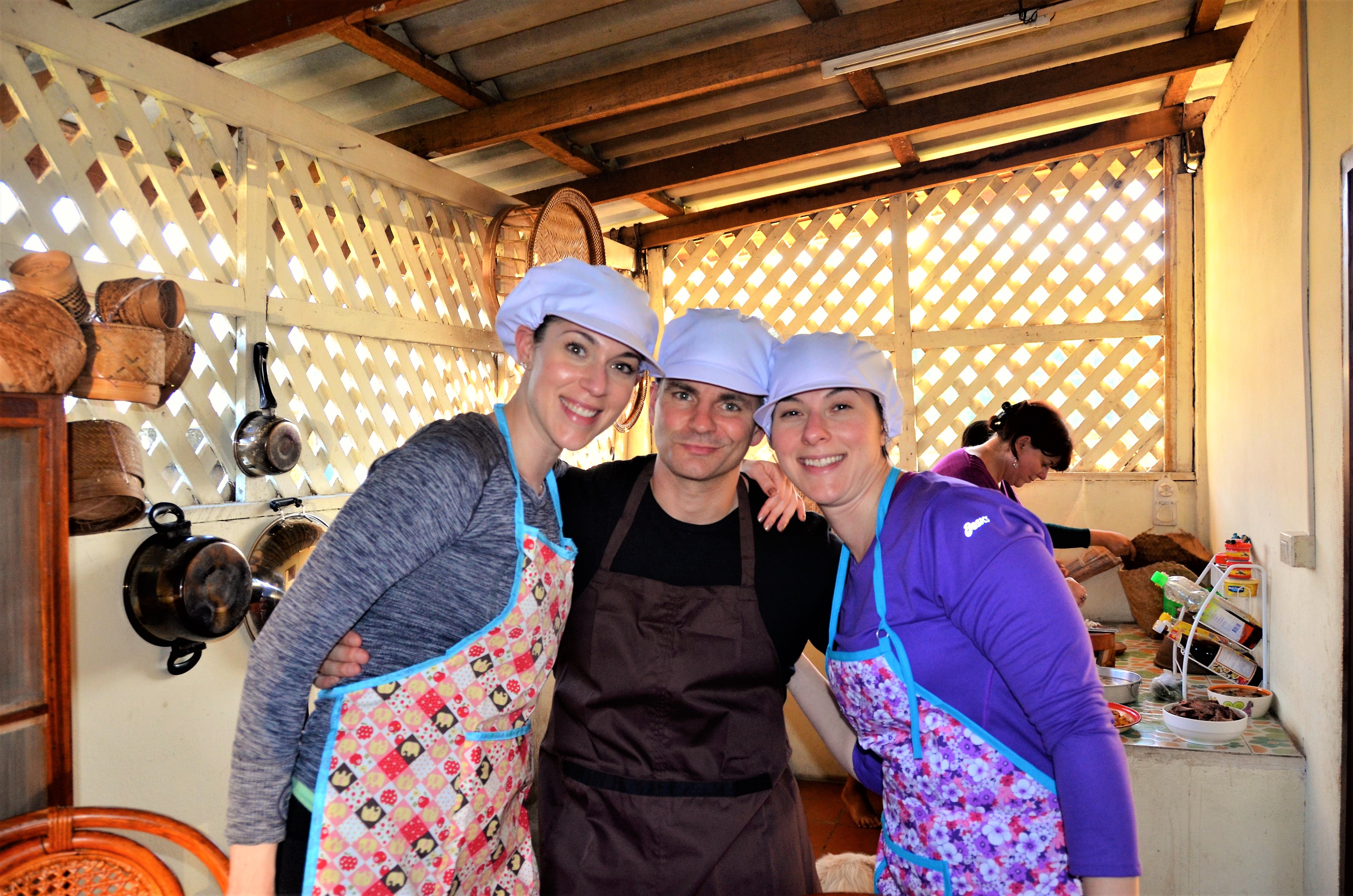 Then we got to work cleaning, chopping, mincing, and cooking.
Then we got to work cleaning, chopping, mincing, and cooking. 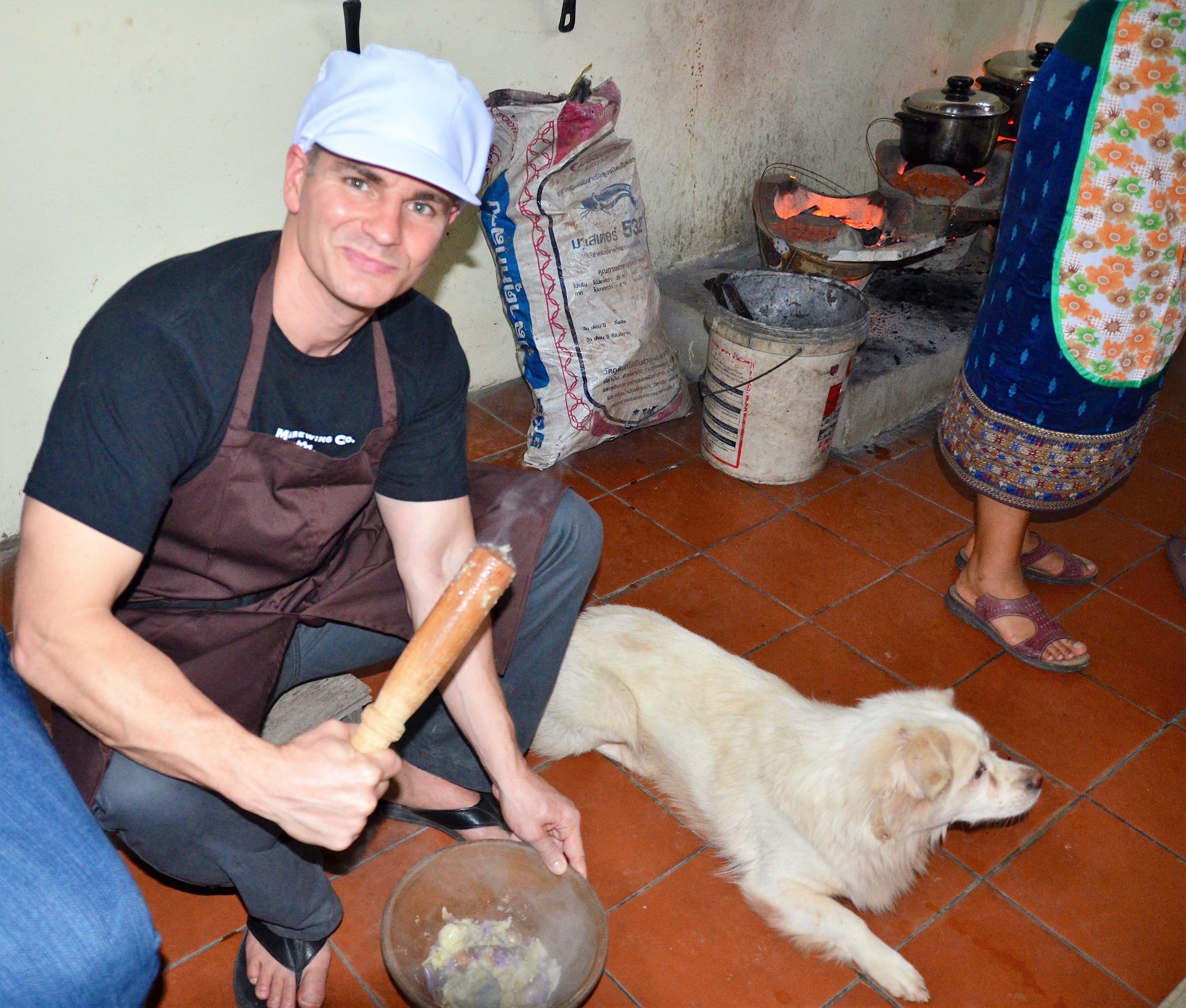
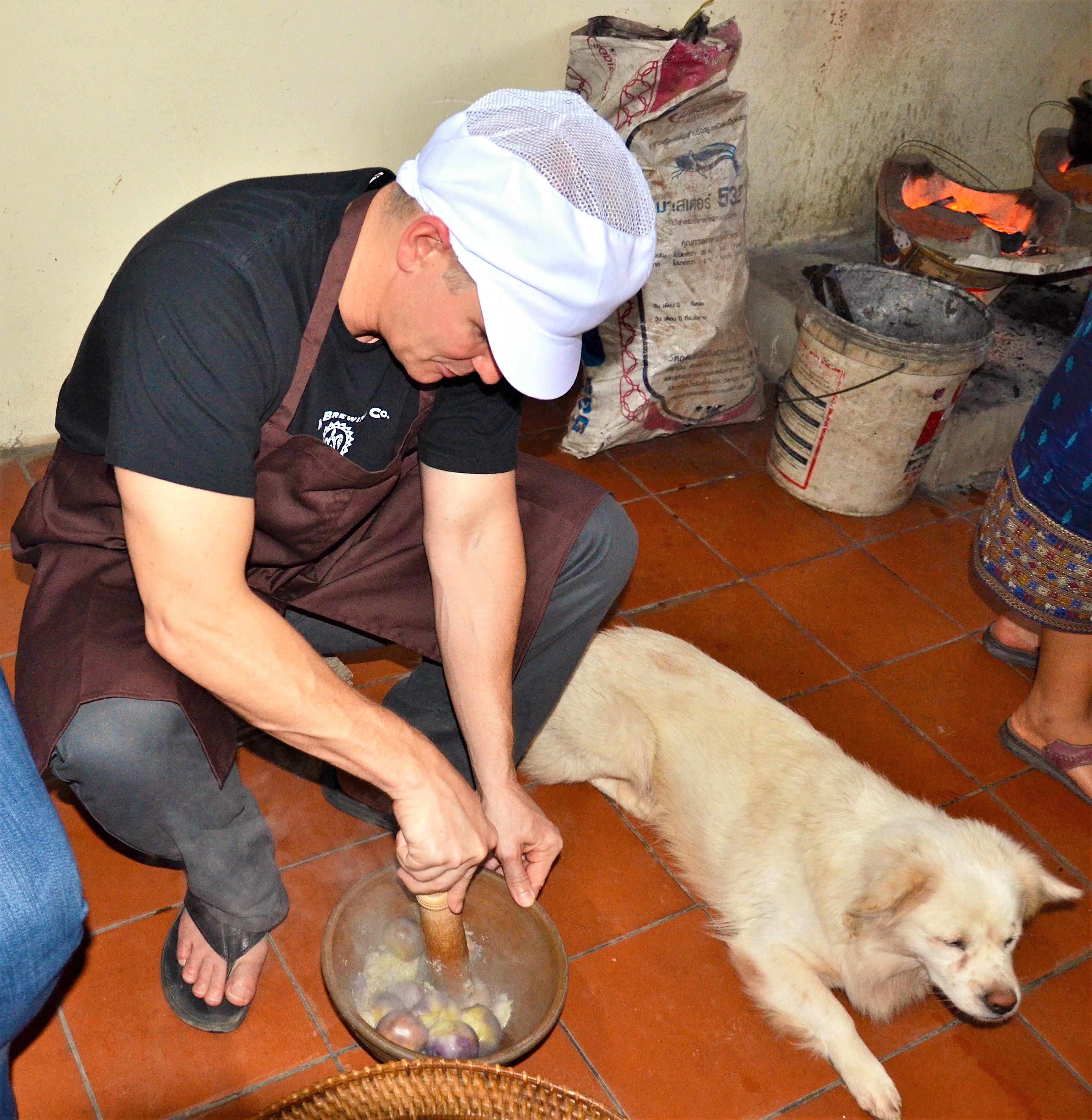
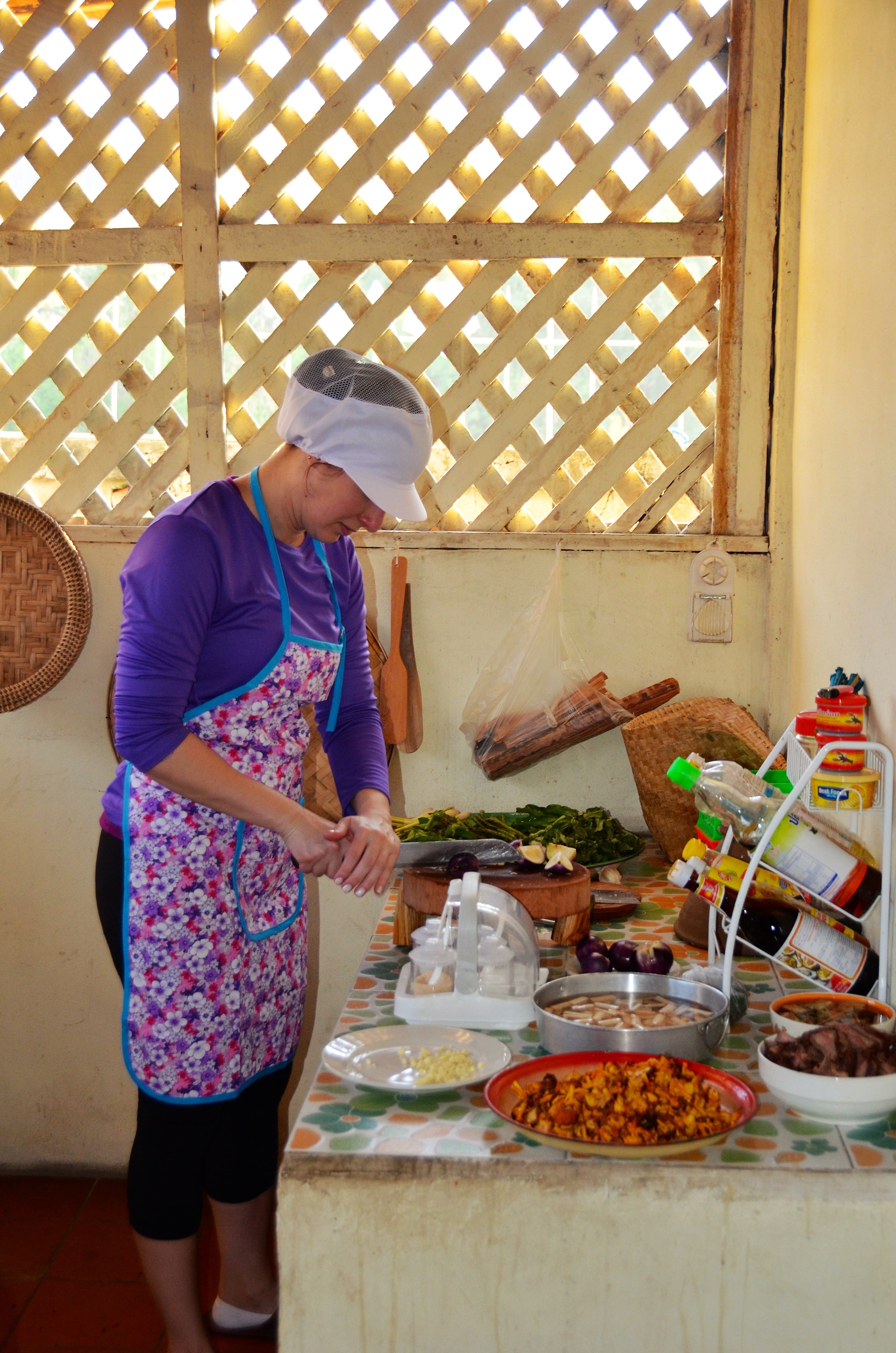
 While we worked in an outdoor kitchen, inside, the elders prepared the centerpiece that they would use to offer a blessing to us.
While we worked in an outdoor kitchen, inside, the elders prepared the centerpiece that they would use to offer a blessing to us. 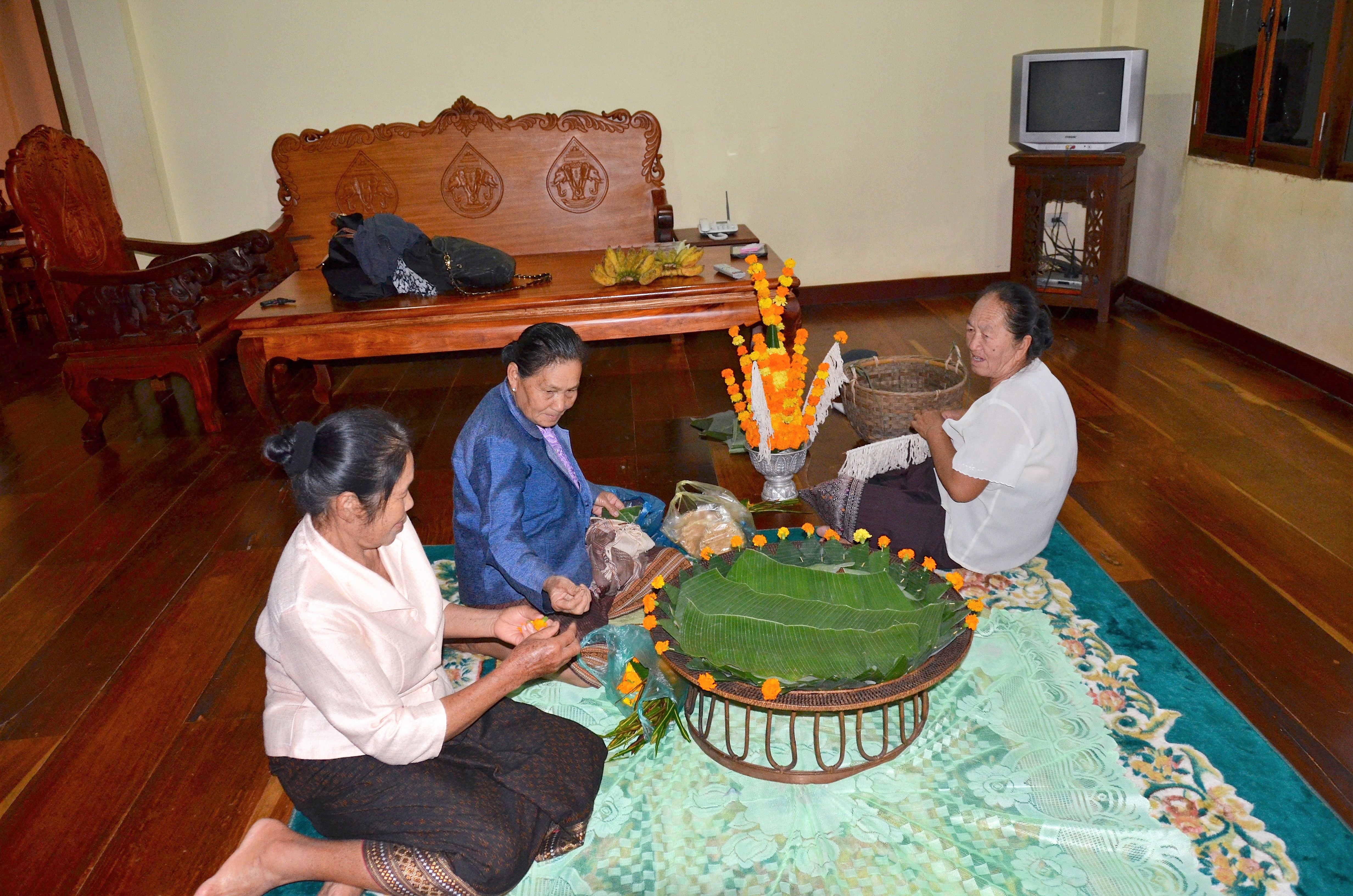 They used banana leaves, marigolds, and sweets for the offerings. Candles were placed in the center and poles of white string were placed in the center. Our guide’s uncle, a former monk, led the blessing ceremony as the elders sang.
They used banana leaves, marigolds, and sweets for the offerings. Candles were placed in the center and poles of white string were placed in the center. Our guide’s uncle, a former monk, led the blessing ceremony as the elders sang.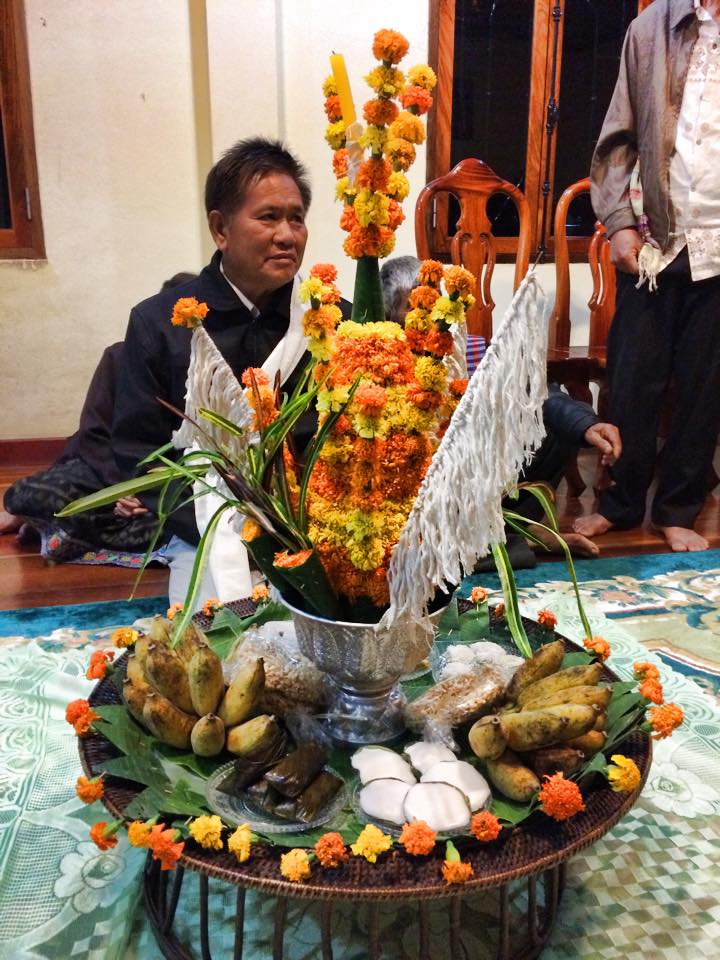 One by one, each elder removed a set of white strings and came around in a circle placing one string on each of our wrists as they gave us a blessing.
One by one, each elder removed a set of white strings and came around in a circle placing one string on each of our wrists as they gave us a blessing. 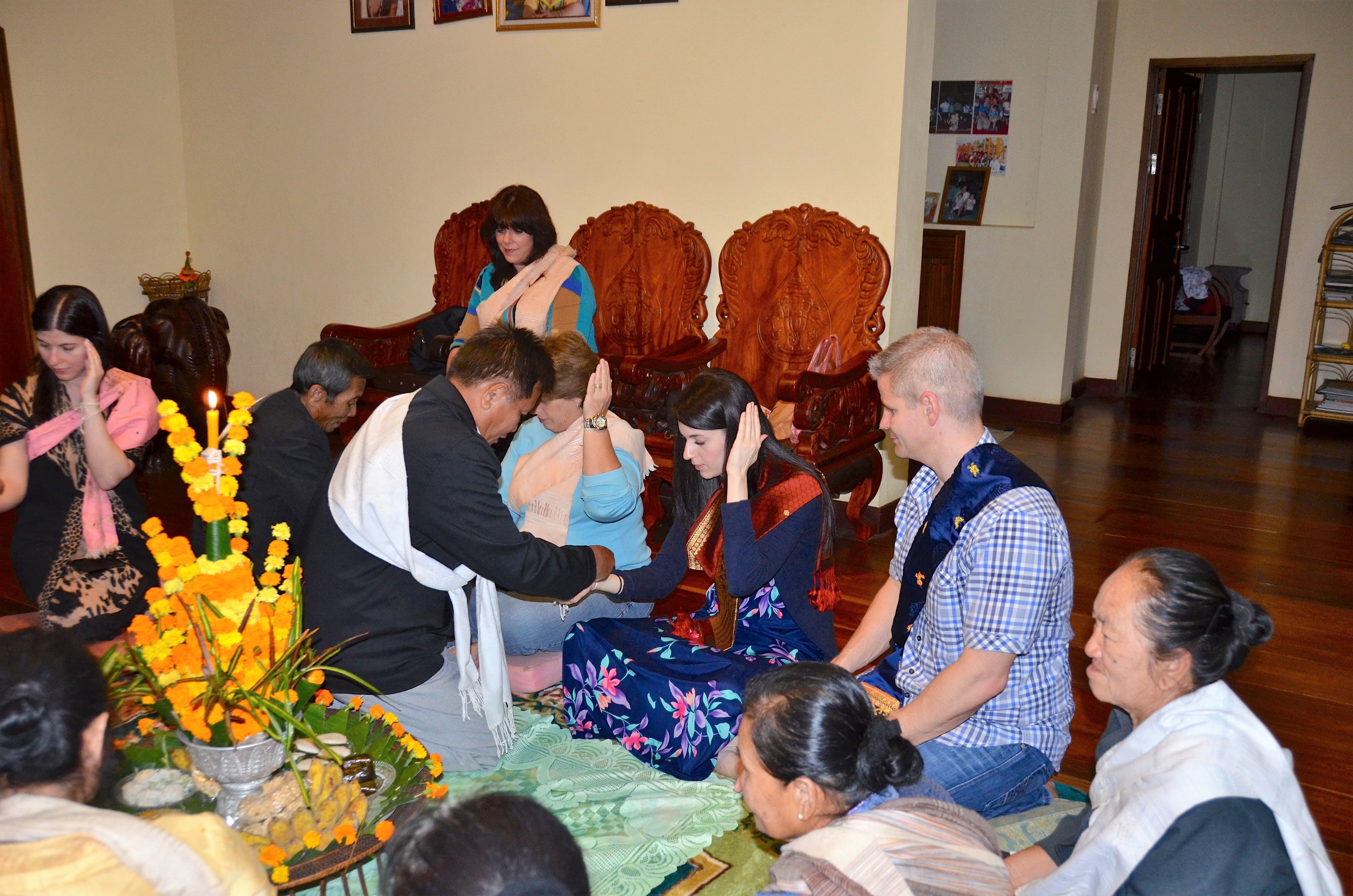
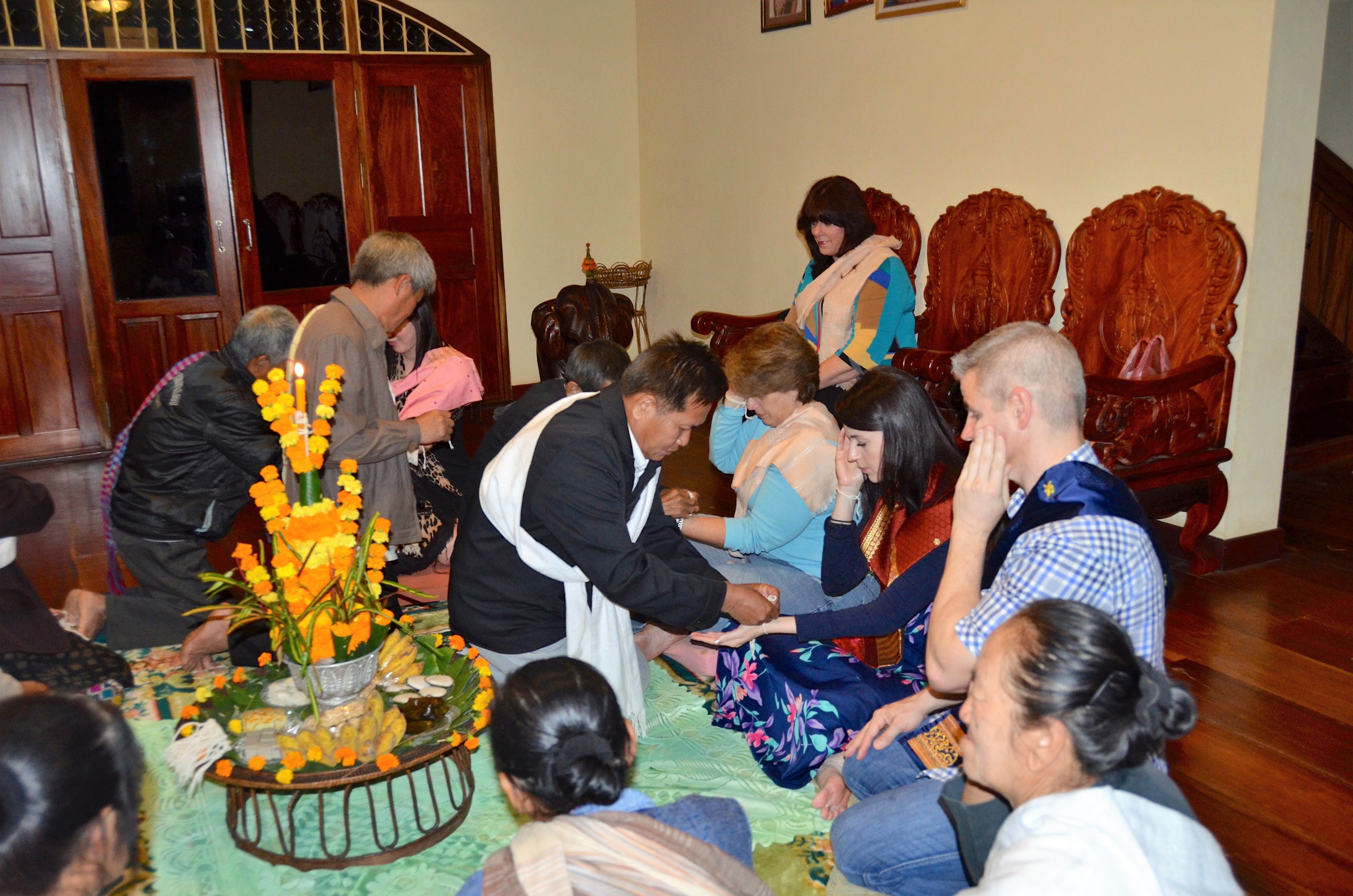
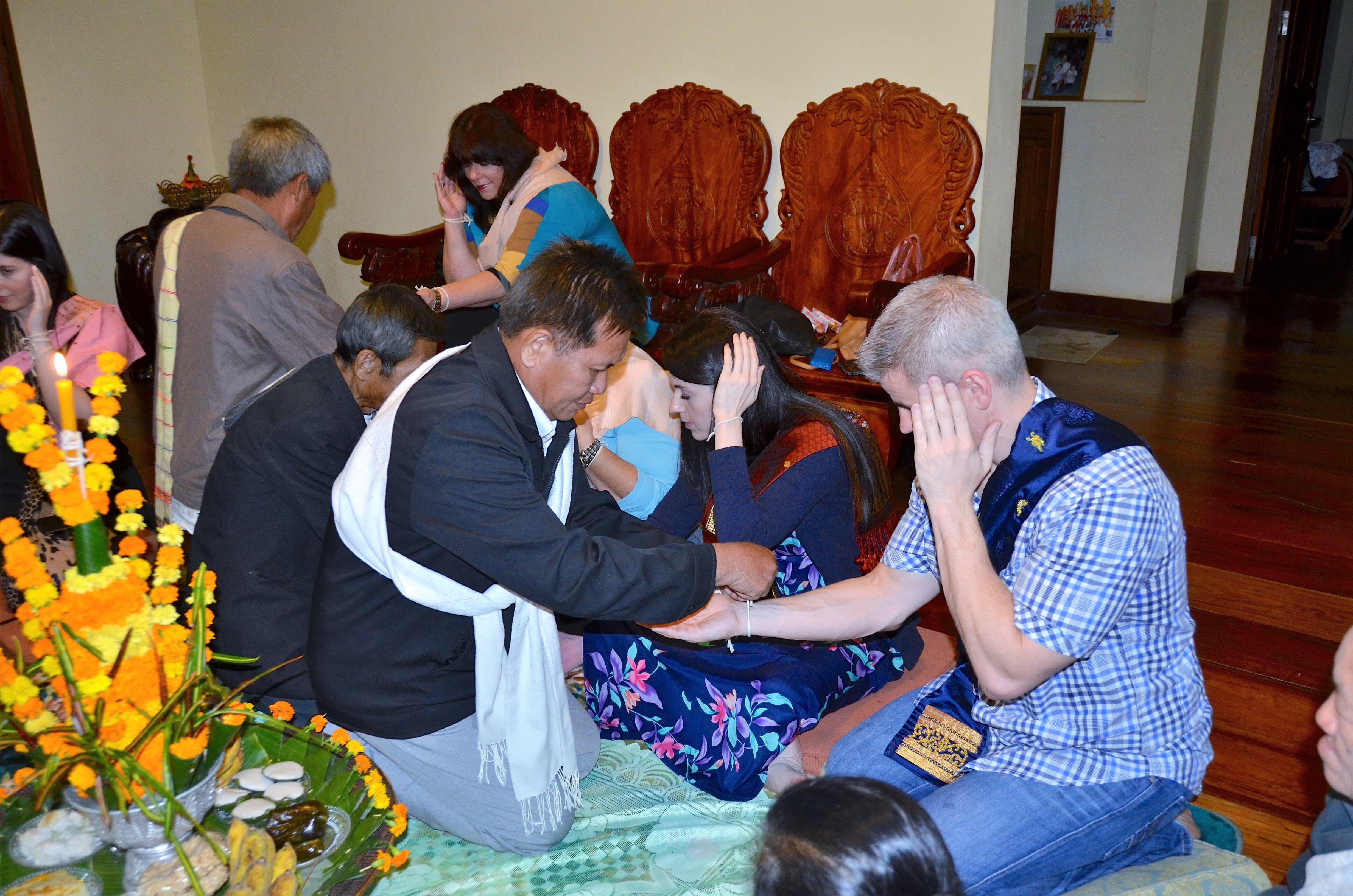
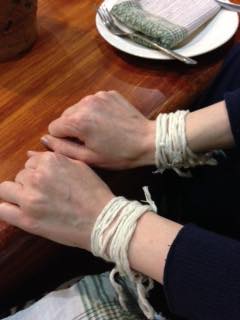 At the end of the ceremony, they offered us the marigolds.
At the end of the ceremony, they offered us the marigolds. 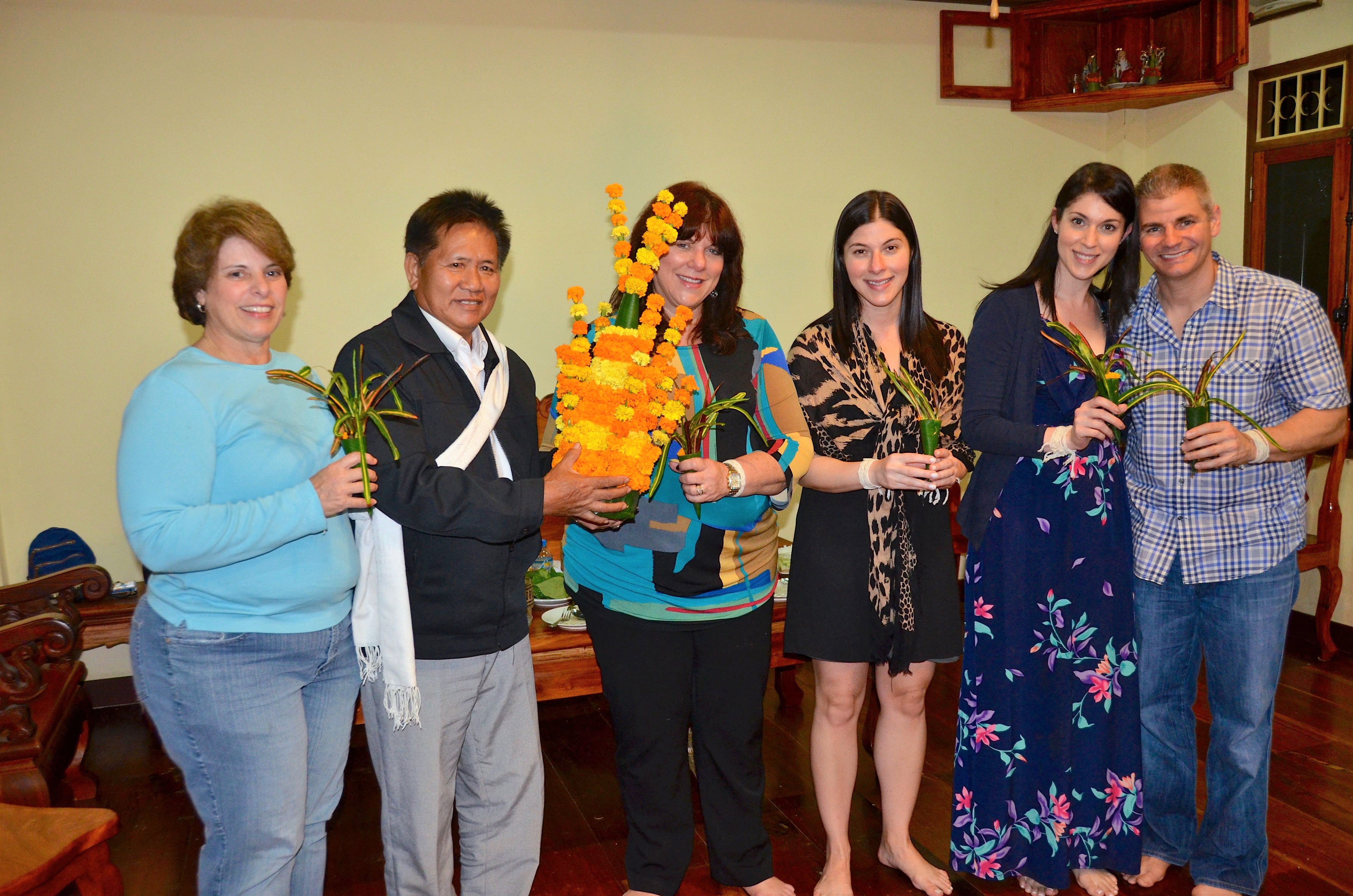
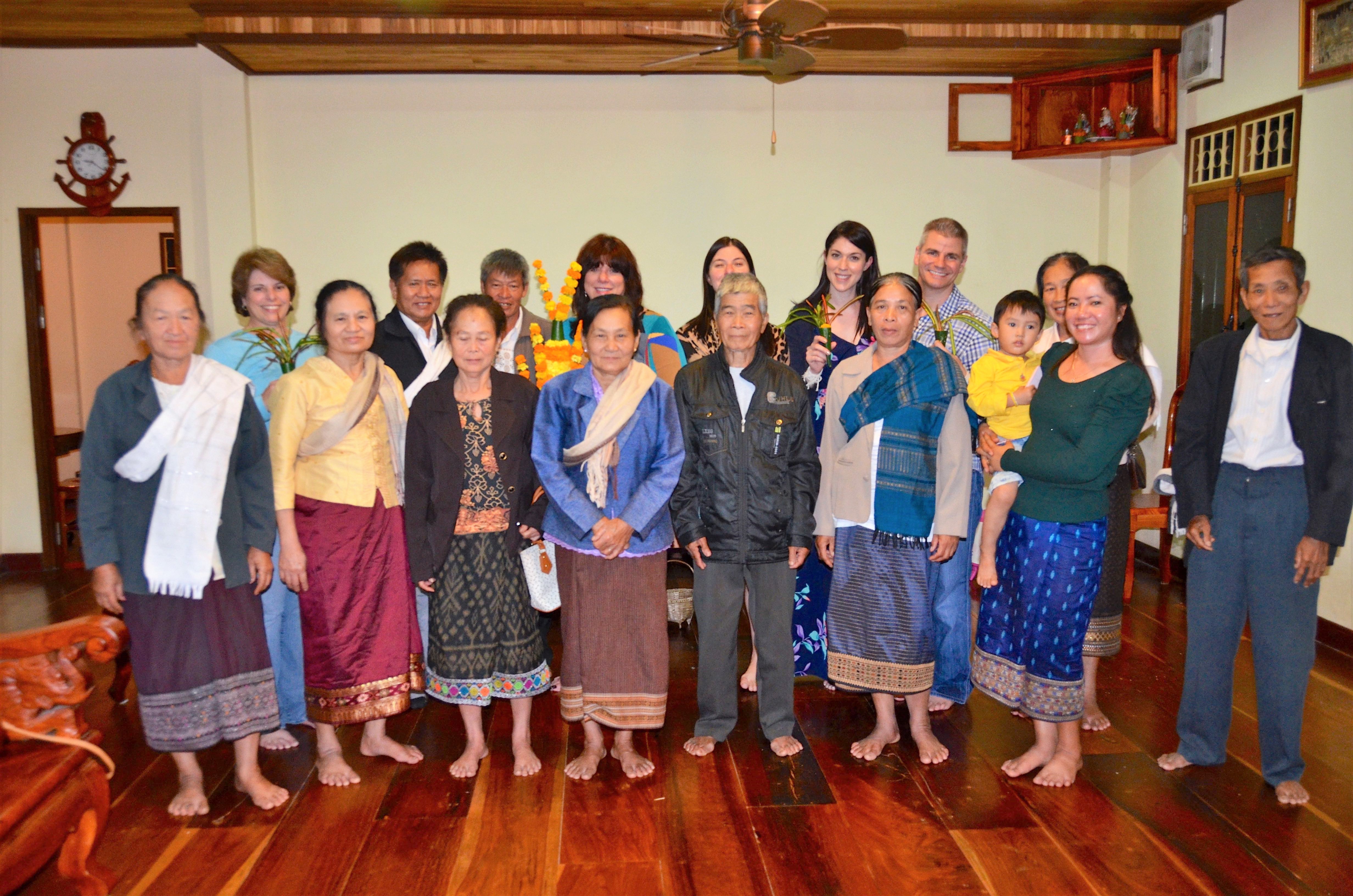 After the ceremony, it was time to eat and party! We shared the lovely meal we prepared with her family.
After the ceremony, it was time to eat and party! We shared the lovely meal we prepared with her family.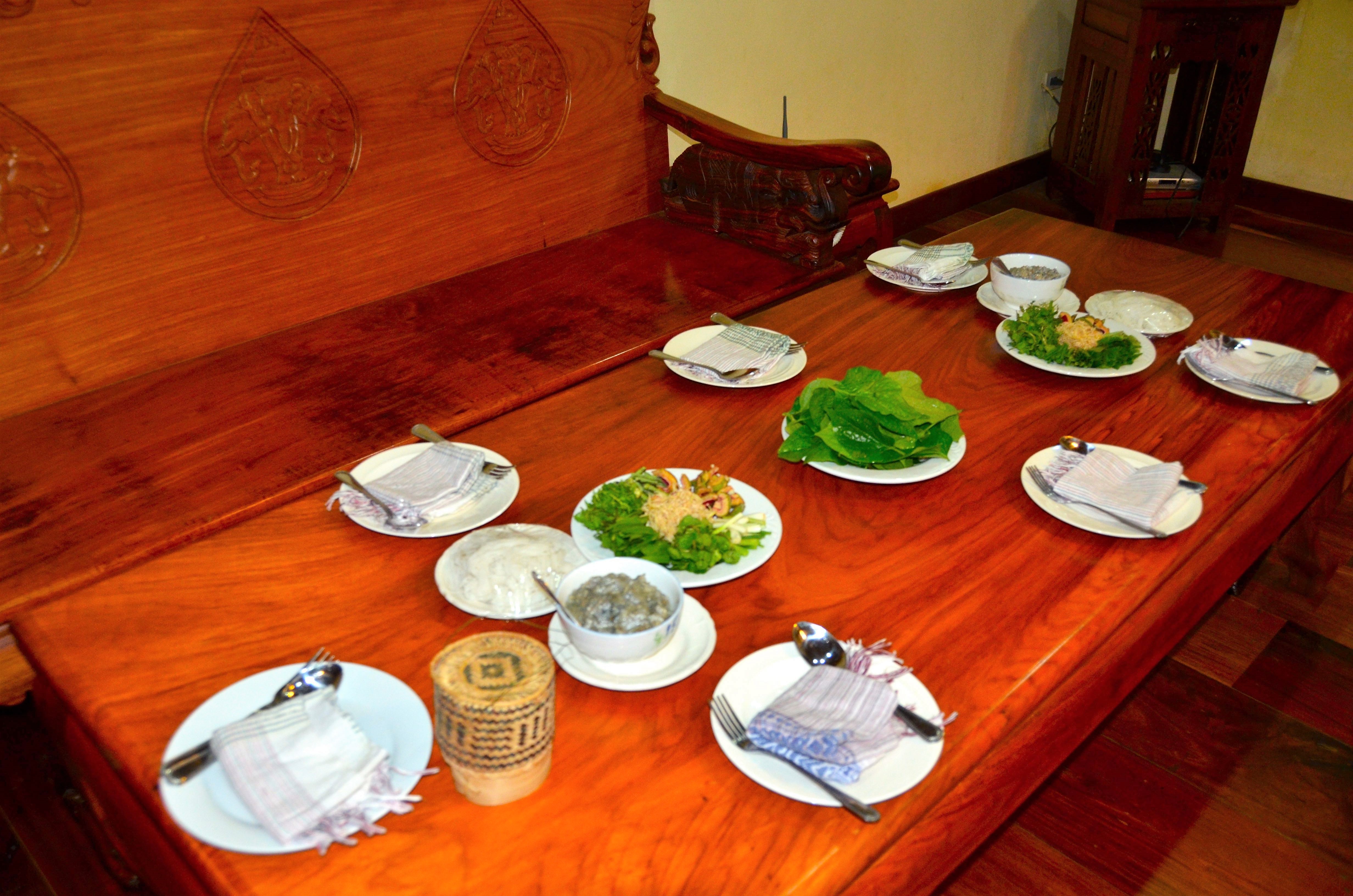 You see the guy in the back row, third from the left? We nicknamed him “Uncle Crunk”! He kept coming around with a growler of Beerlao (the main, locally brewed beer in Laos, which Chad says is actually a pretty good lager) and doing the ‘ol “one for me and one for you!” It wasn’t long until Uncle Crunk, was well, Crunk! He turned on the tunes and then it was time to dance; and, let me tell you, Uncle Crunk LOVES to dance, especially with his new American lady friends. Here is also where my sister, whose name is Haroula, solidified her nickname: Colorado, Asian Temptress. If you are wondering what I am talking about, then you need to read
You see the guy in the back row, third from the left? We nicknamed him “Uncle Crunk”! He kept coming around with a growler of Beerlao (the main, locally brewed beer in Laos, which Chad says is actually a pretty good lager) and doing the ‘ol “one for me and one for you!” It wasn’t long until Uncle Crunk, was well, Crunk! He turned on the tunes and then it was time to dance; and, let me tell you, Uncle Crunk LOVES to dance, especially with his new American lady friends. Here is also where my sister, whose name is Haroula, solidified her nickname: Colorado, Asian Temptress. If you are wondering what I am talking about, then you need to read 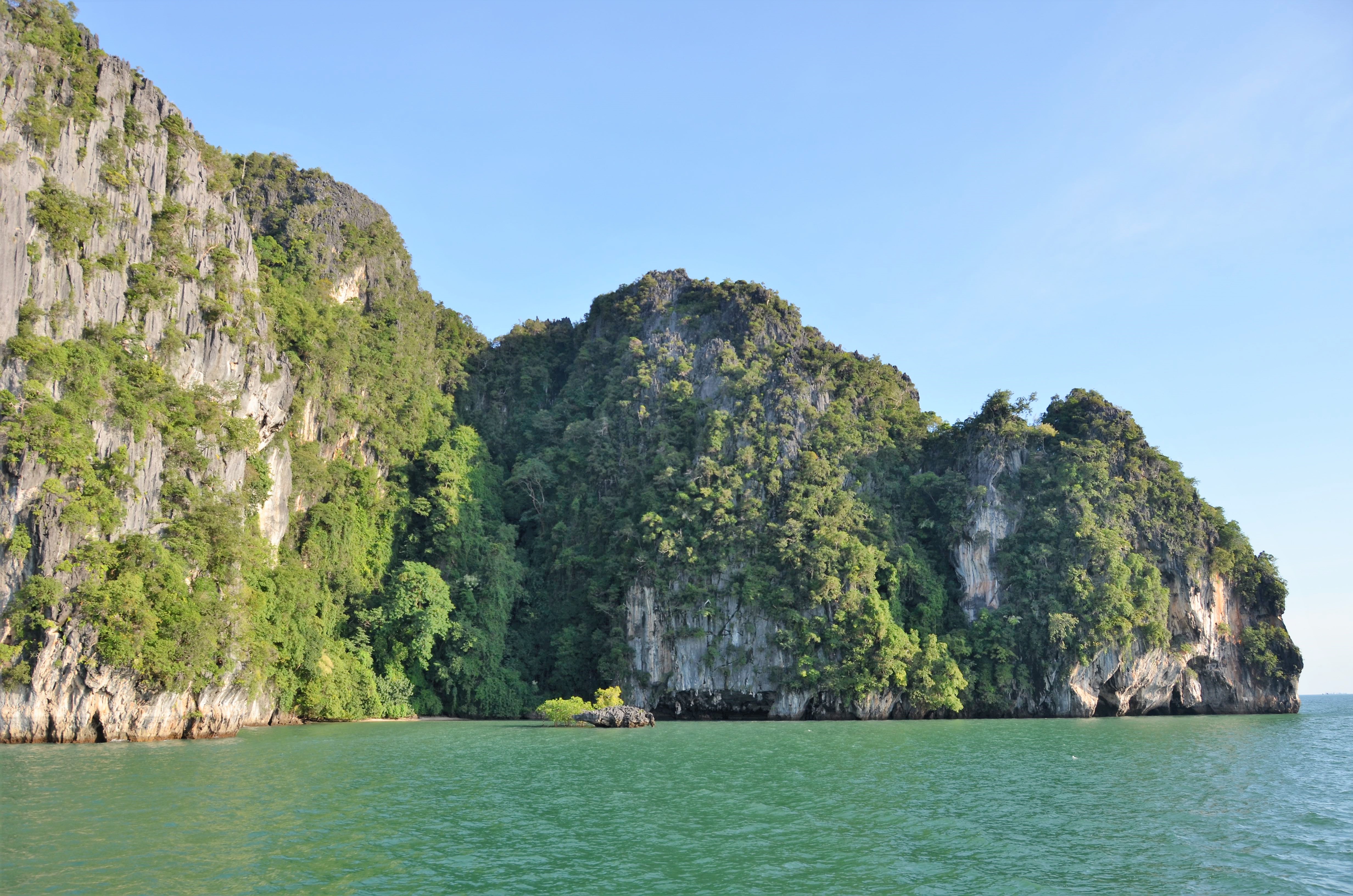 No trip to Thailand would be complete without a visit to one of Thailand’s breathtaking islands. I strongly urge you to skip the overly commercialized Phuket and opt for one of the less developed islands. During our trip, we chose
No trip to Thailand would be complete without a visit to one of Thailand’s breathtaking islands. I strongly urge you to skip the overly commercialized Phuket and opt for one of the less developed islands. During our trip, we chose 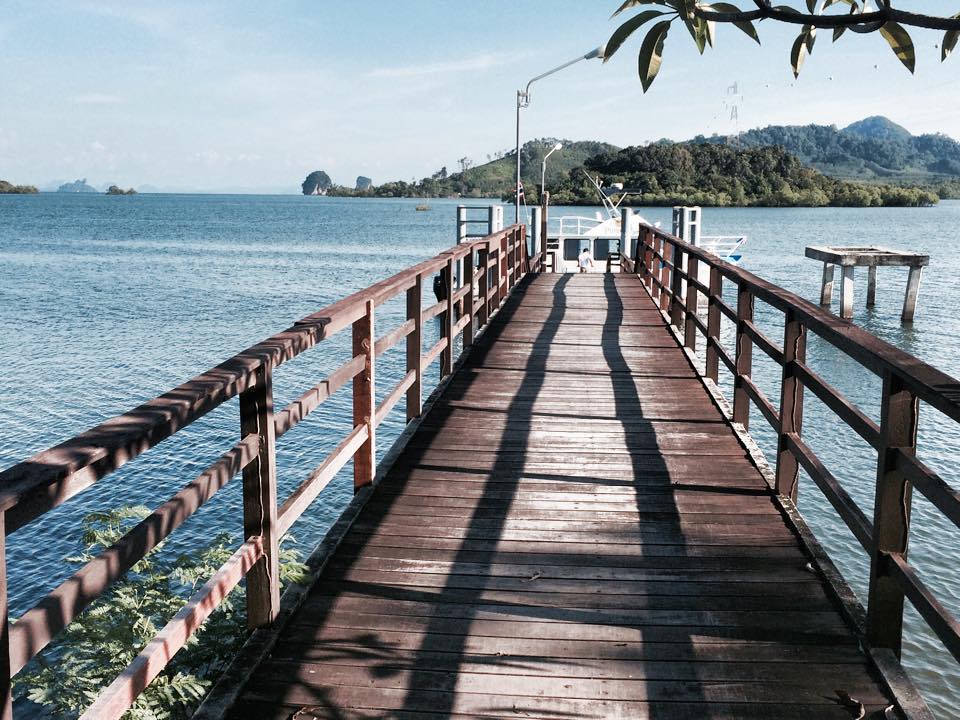 We chose the
We chose the 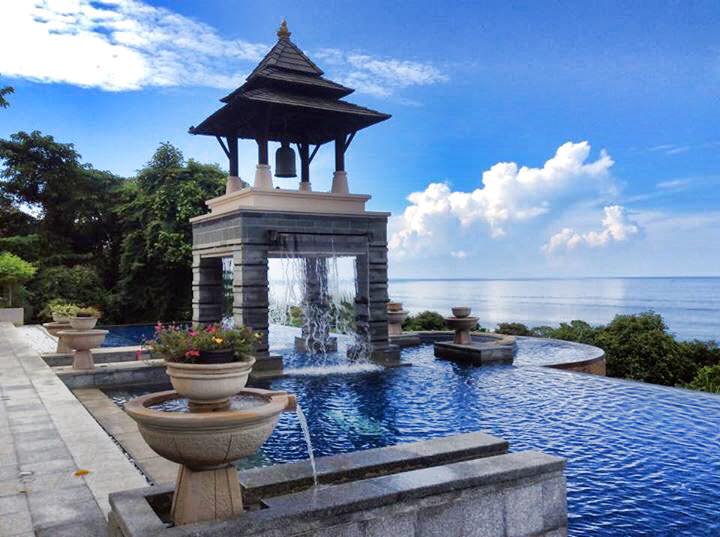
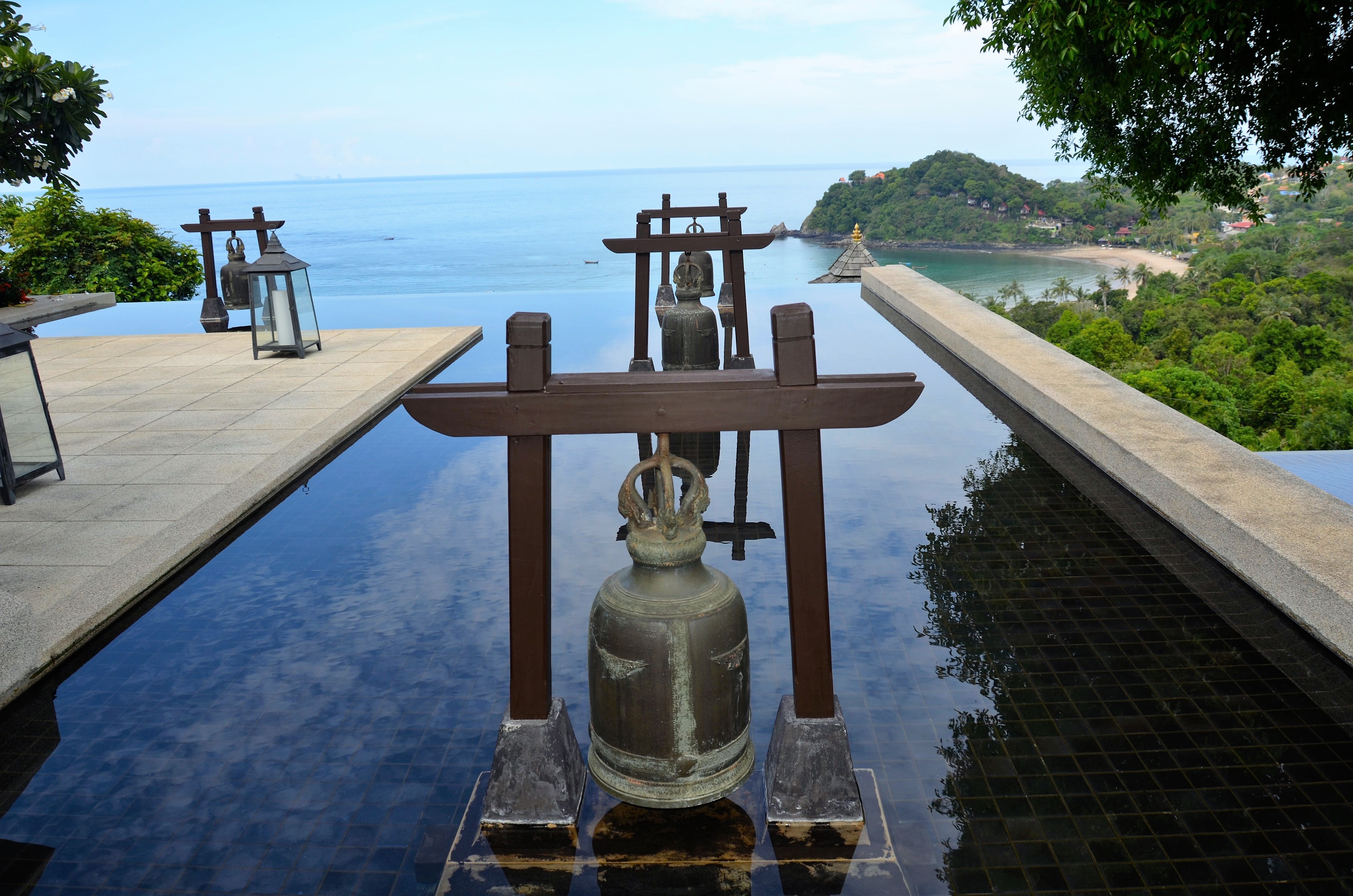
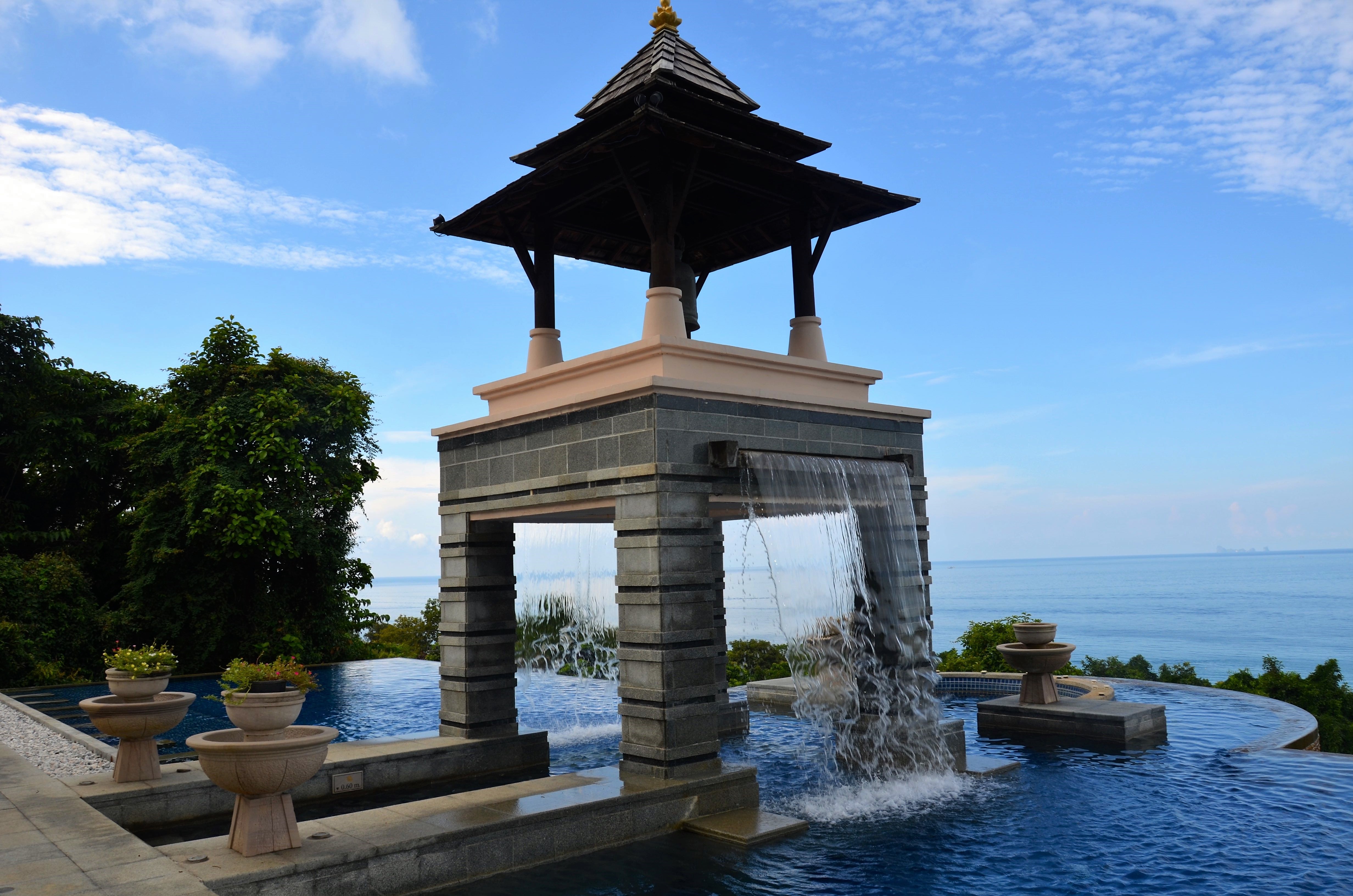
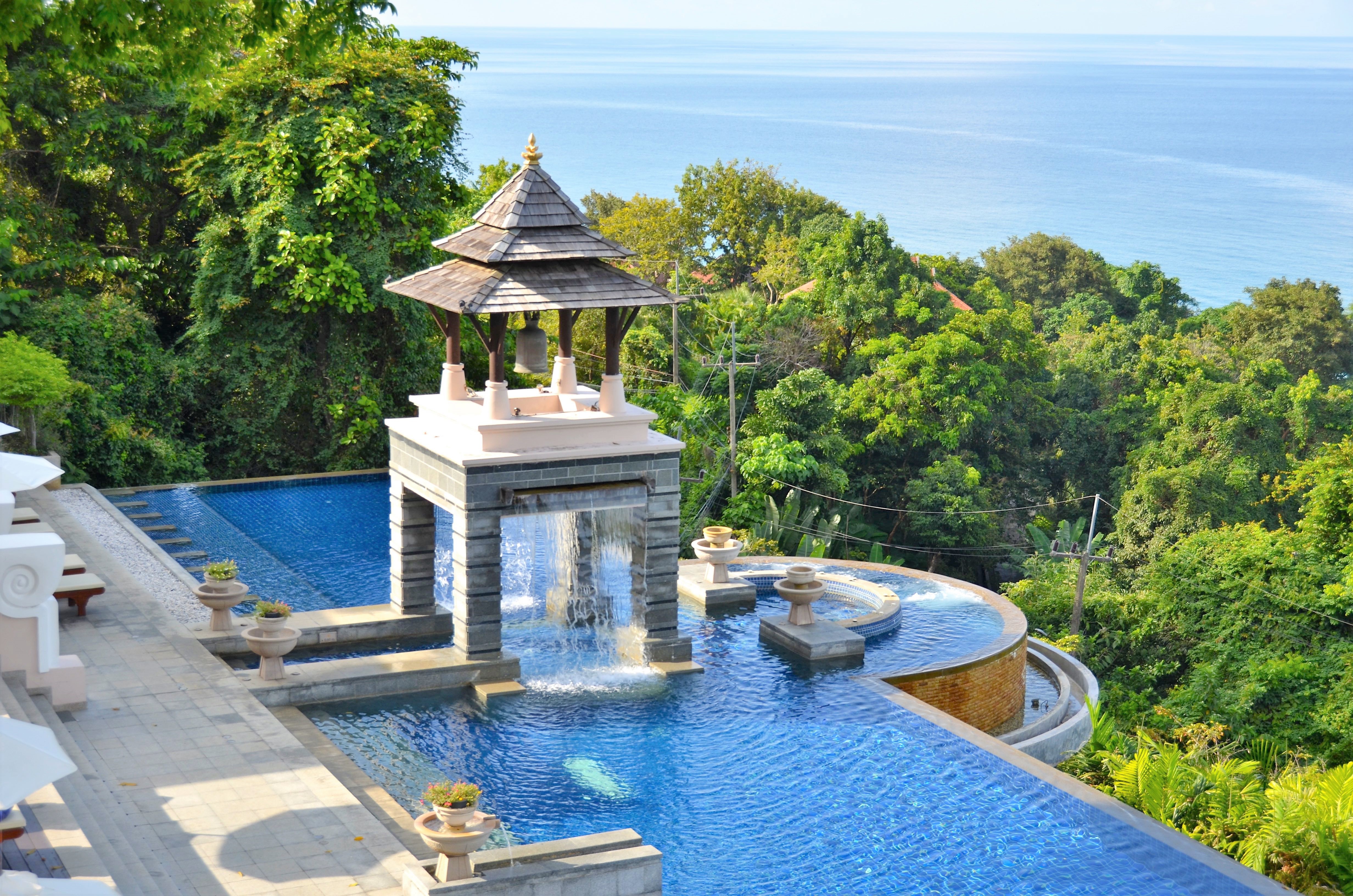
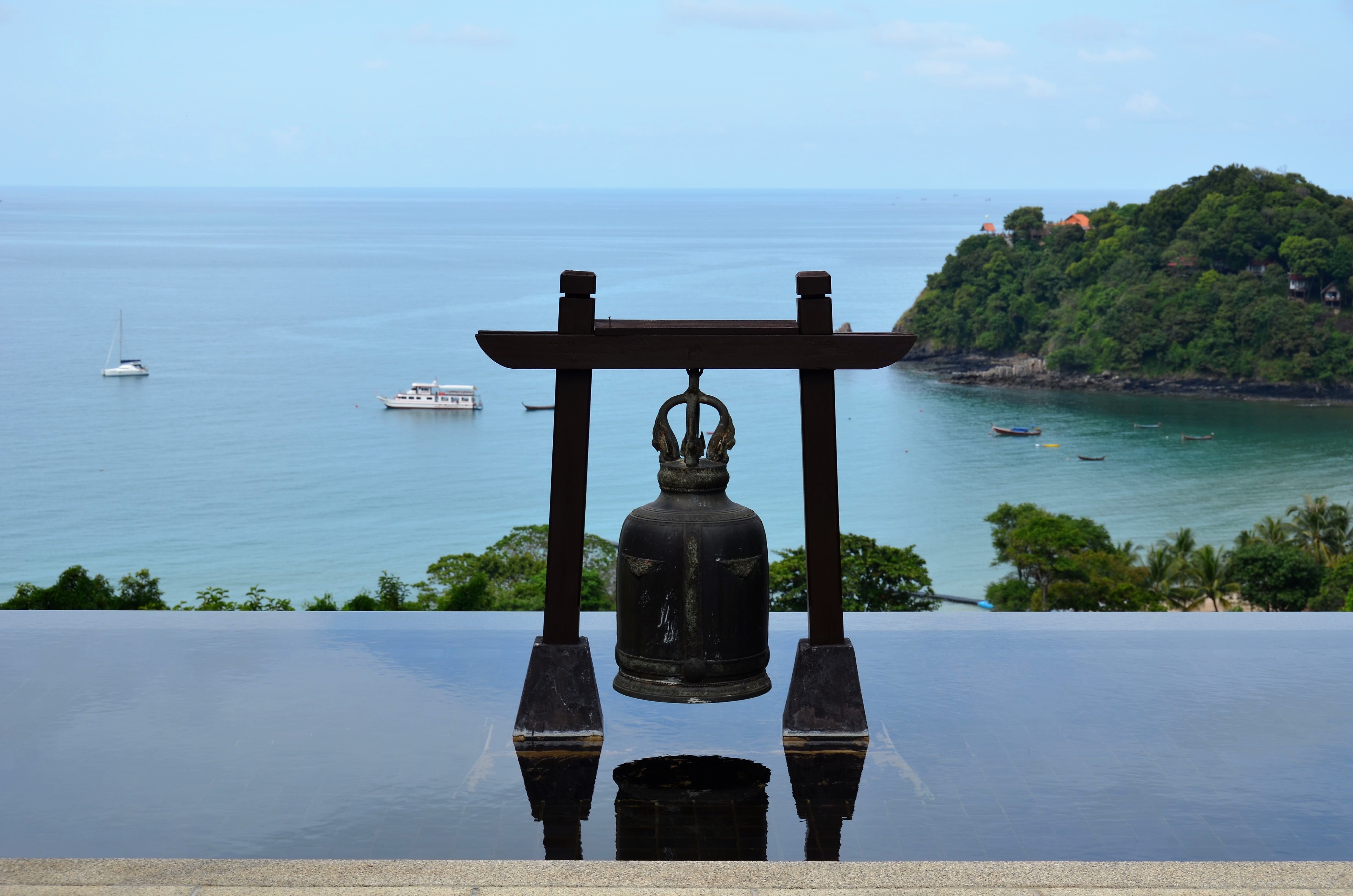
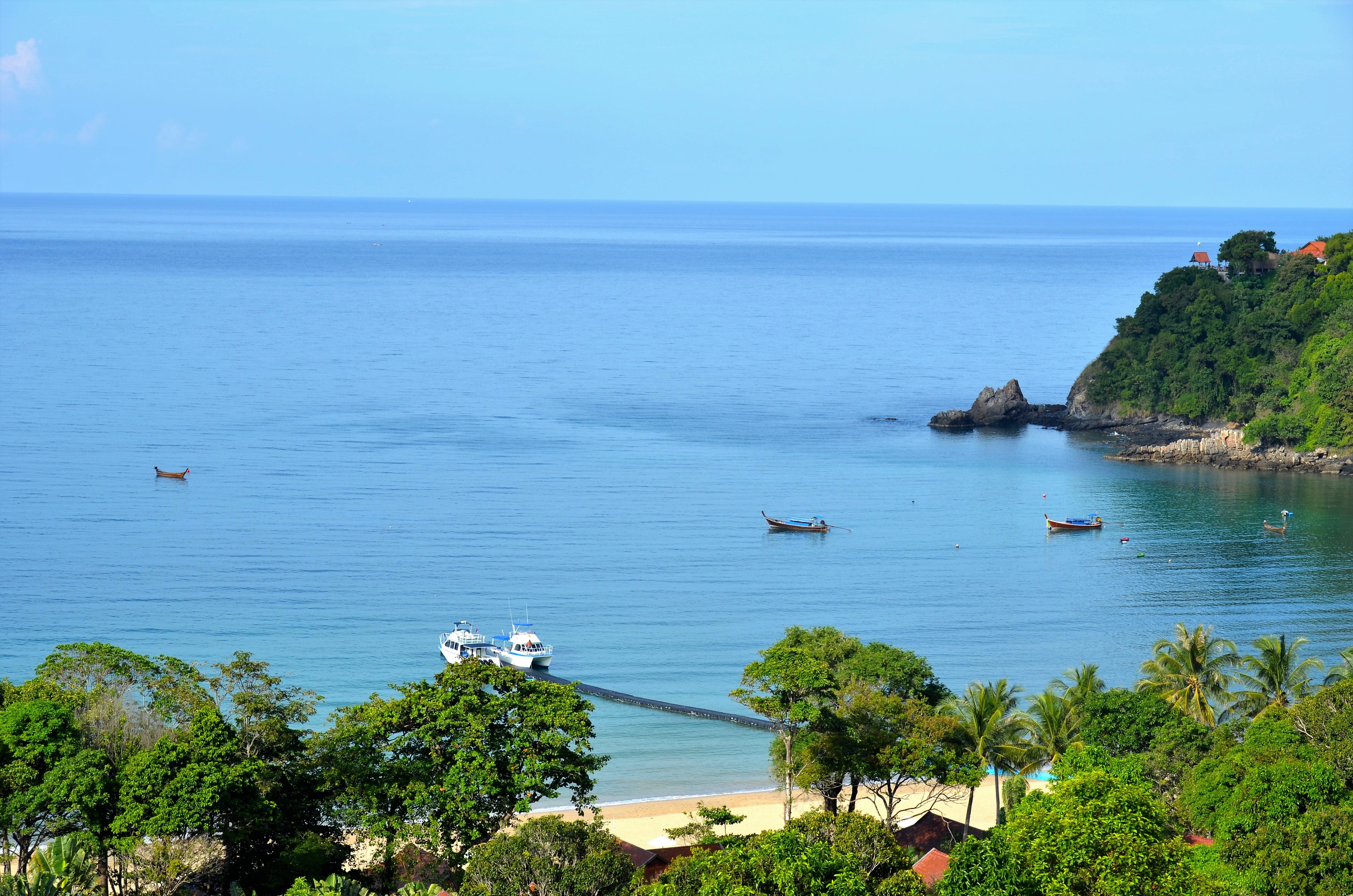 I am going to shut up now and let the photos tell the rest of the story (although these pictures don’t do the natural beauty of the island justice, nor do they properly convey the absolute peace and tranquility that this resort provides to its guests; I HIGHLY recommend that you make it to this Heaven on Earth sometime soon!)…
I am going to shut up now and let the photos tell the rest of the story (although these pictures don’t do the natural beauty of the island justice, nor do they properly convey the absolute peace and tranquility that this resort provides to its guests; I HIGHLY recommend that you make it to this Heaven on Earth sometime soon!)…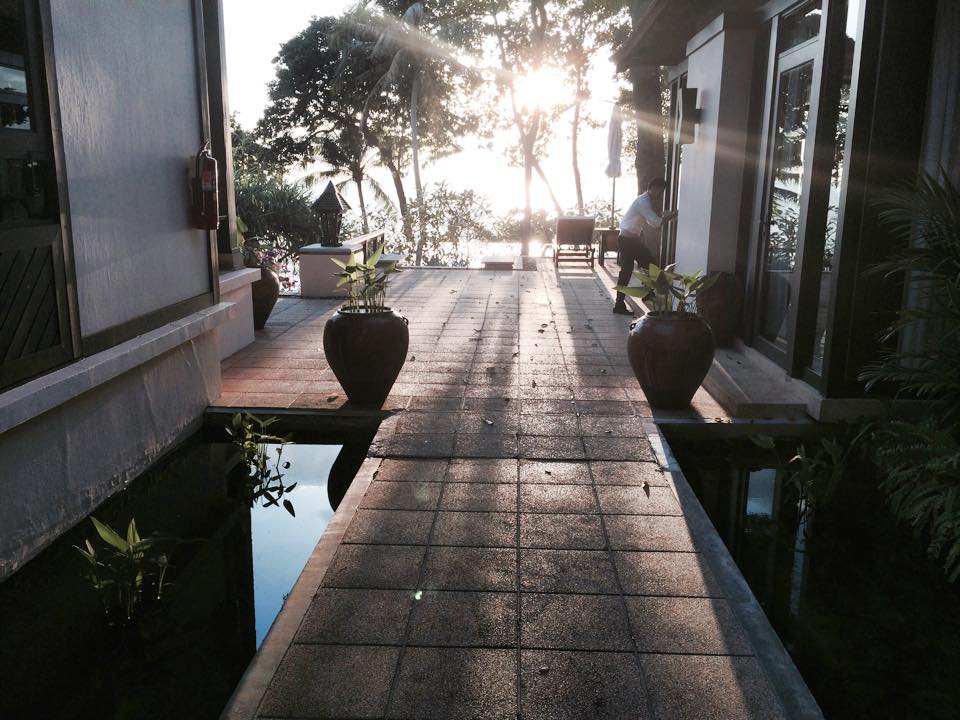
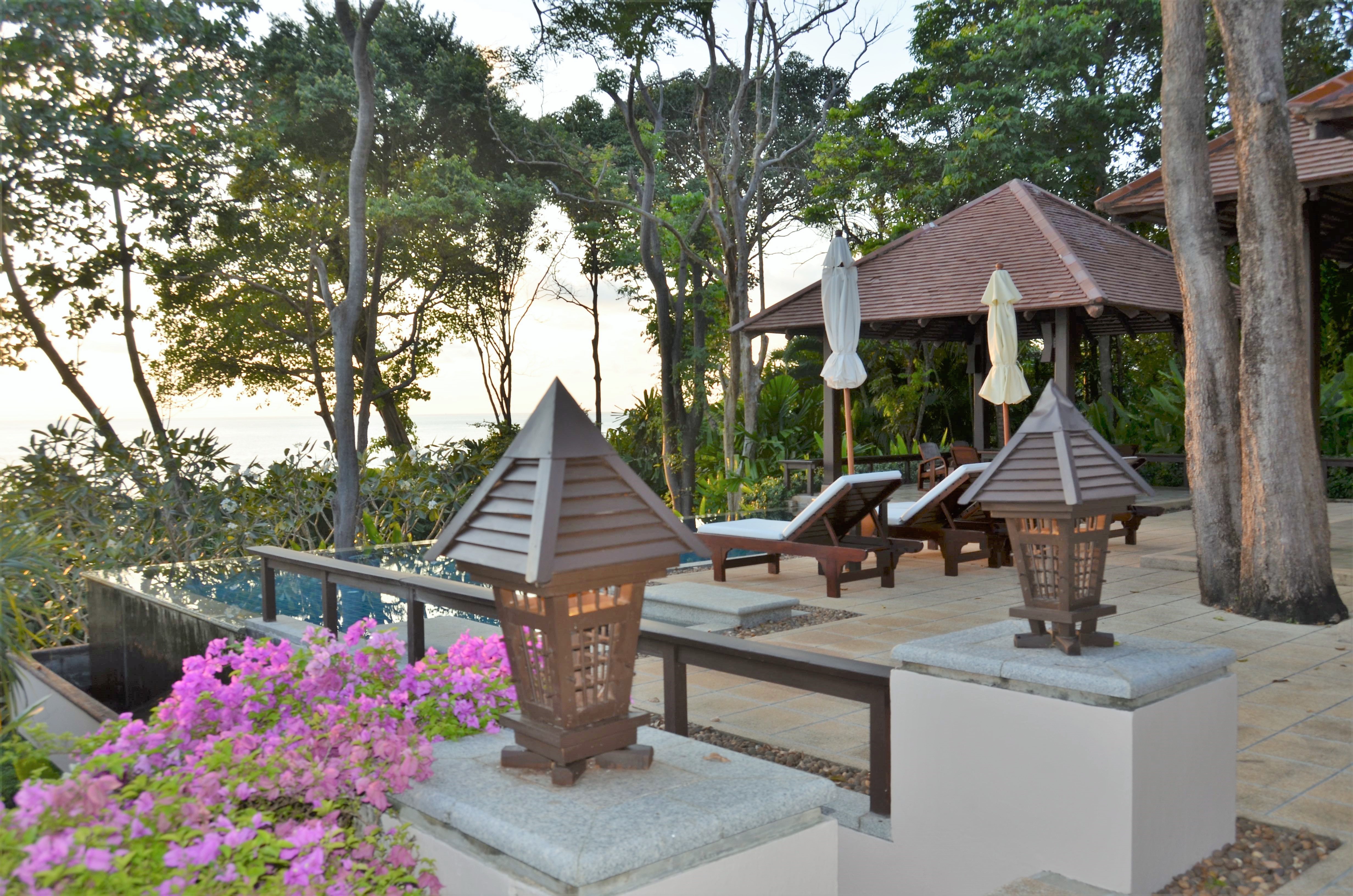
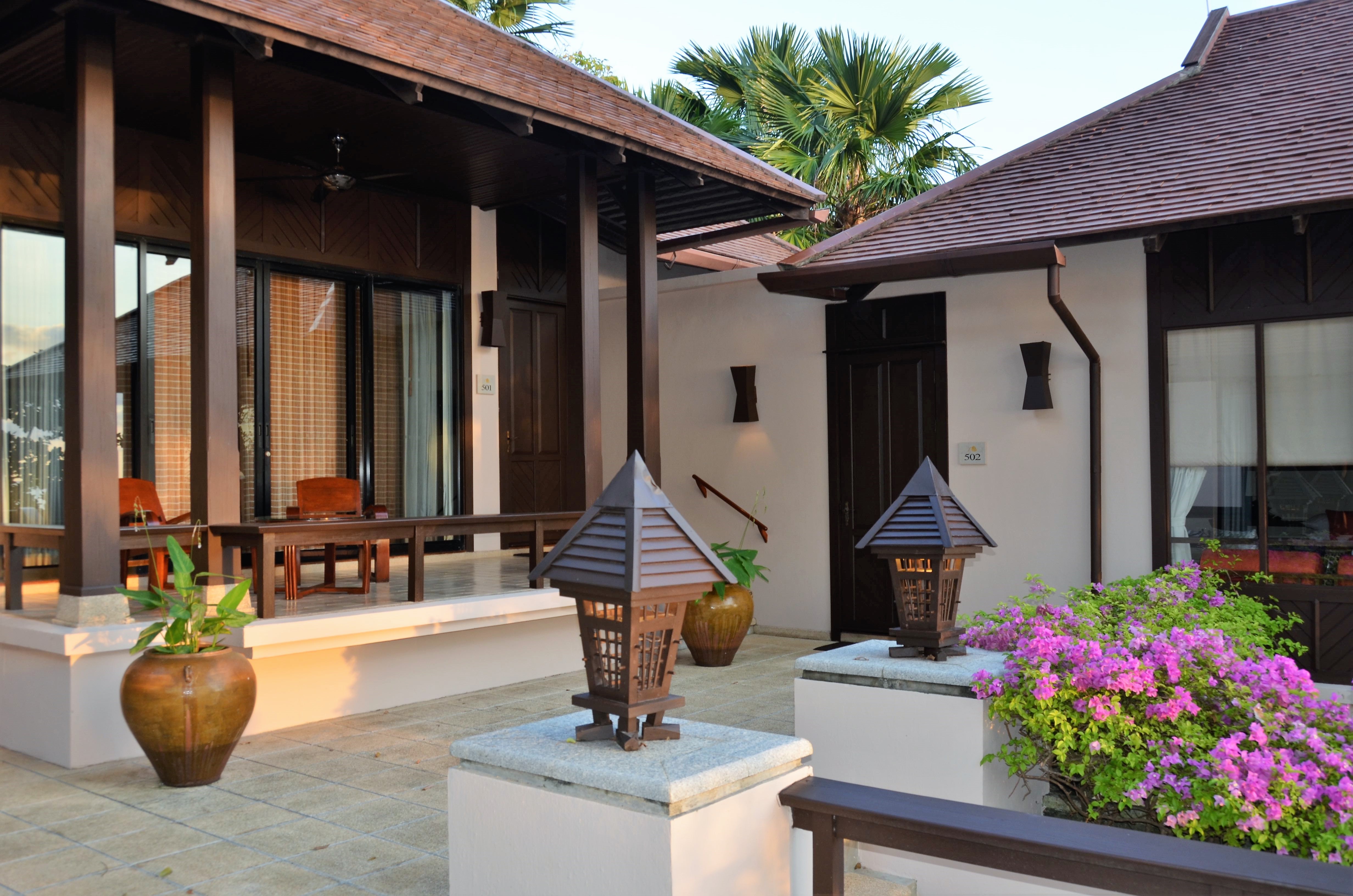
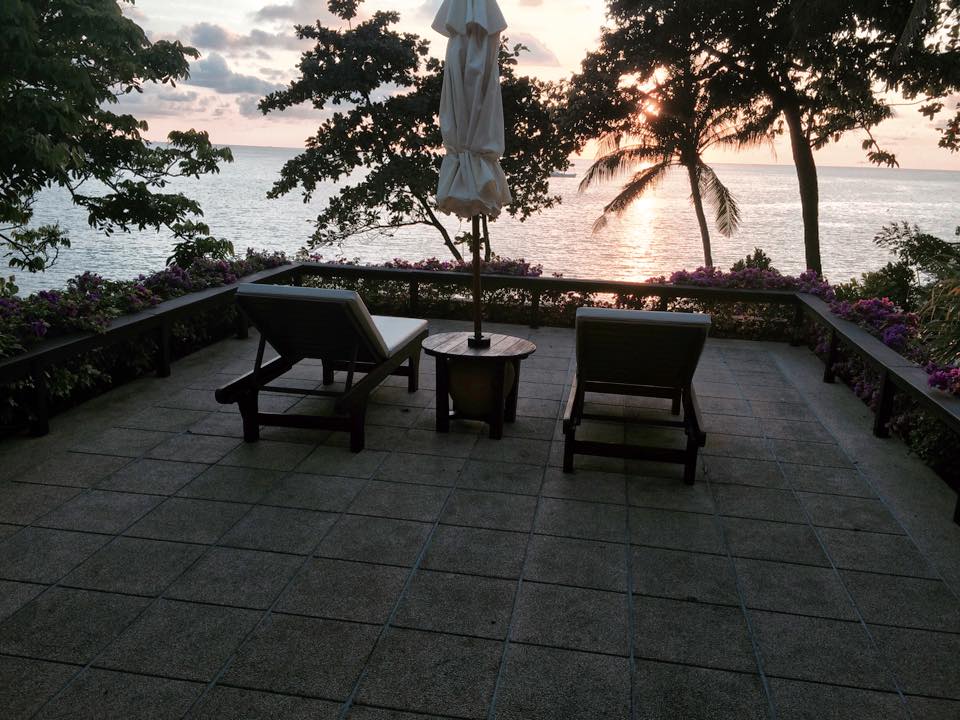
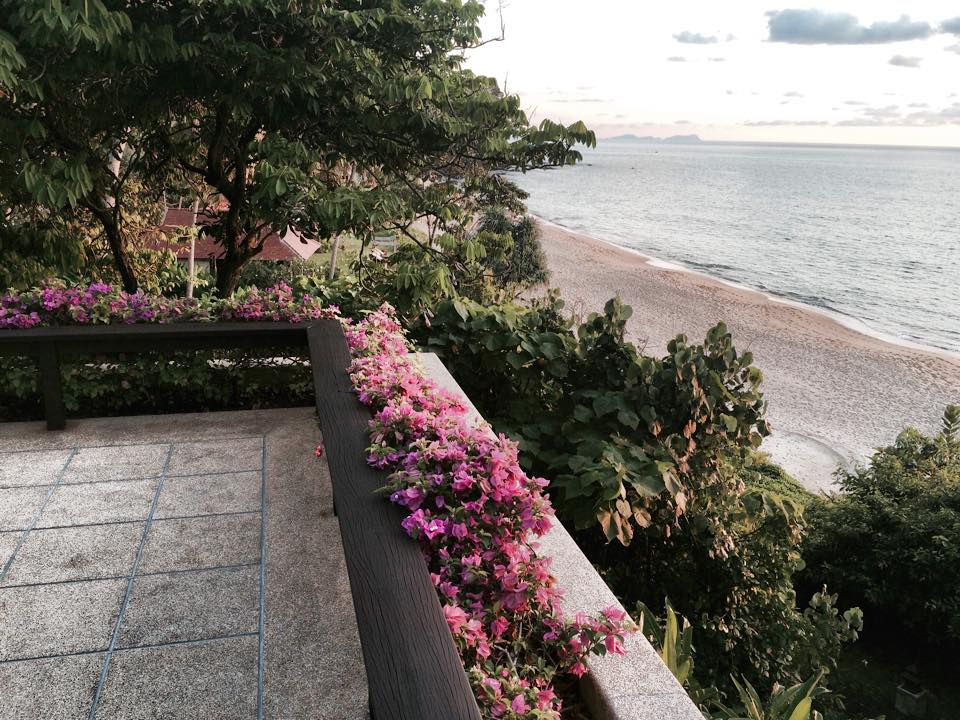
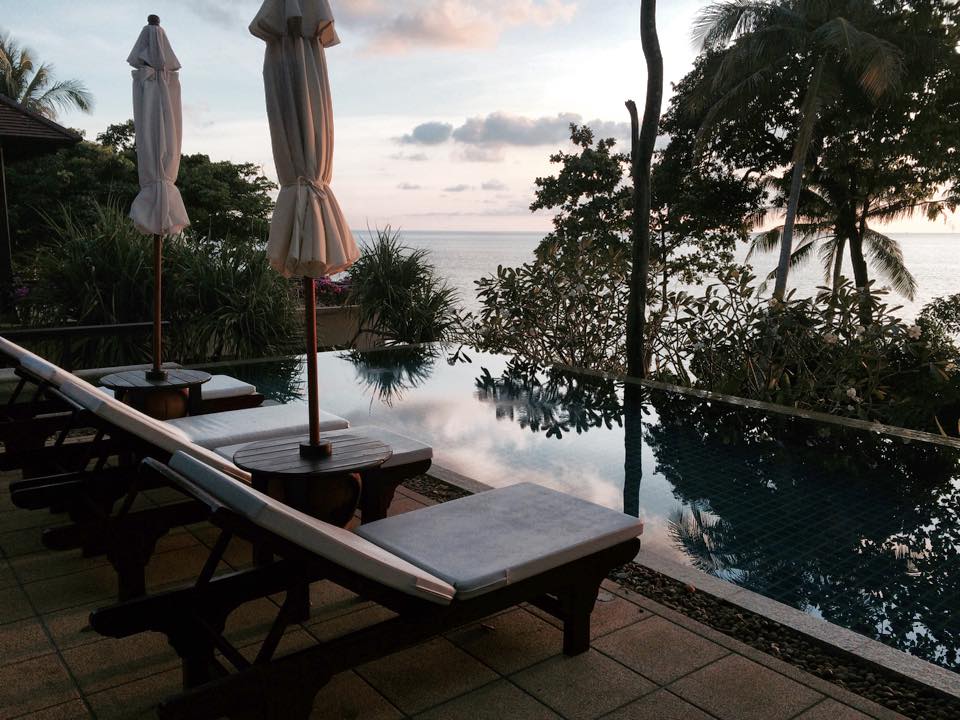 Private foot path to the nearly private beach:
Private foot path to the nearly private beach: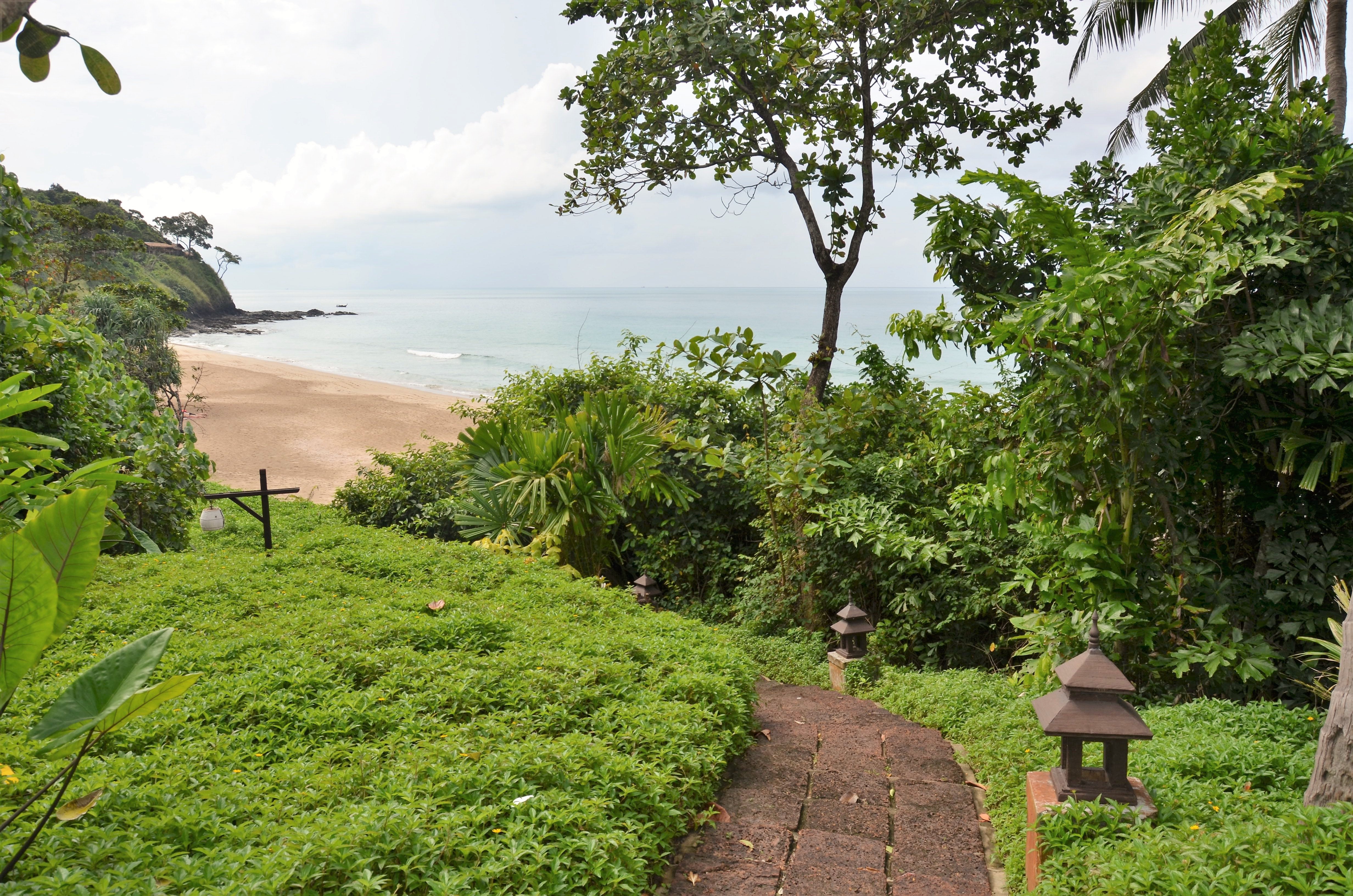
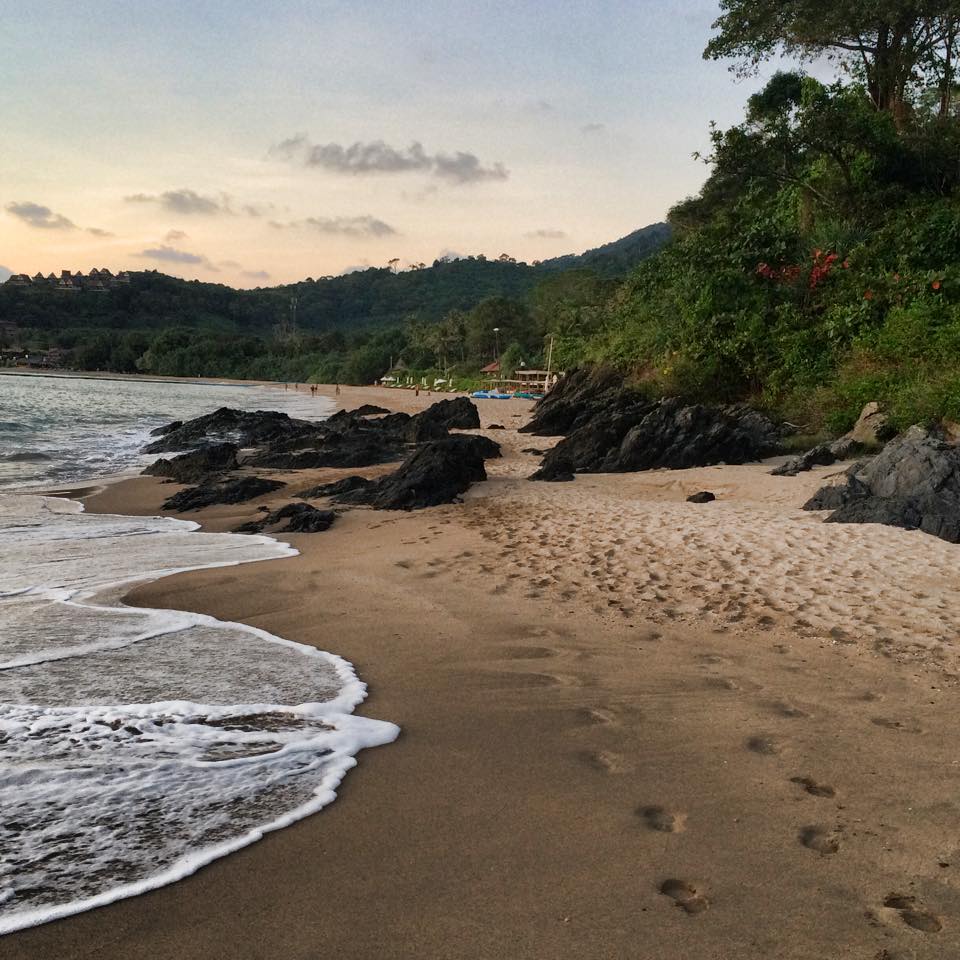 The sunsets were unreal:
The sunsets were unreal: 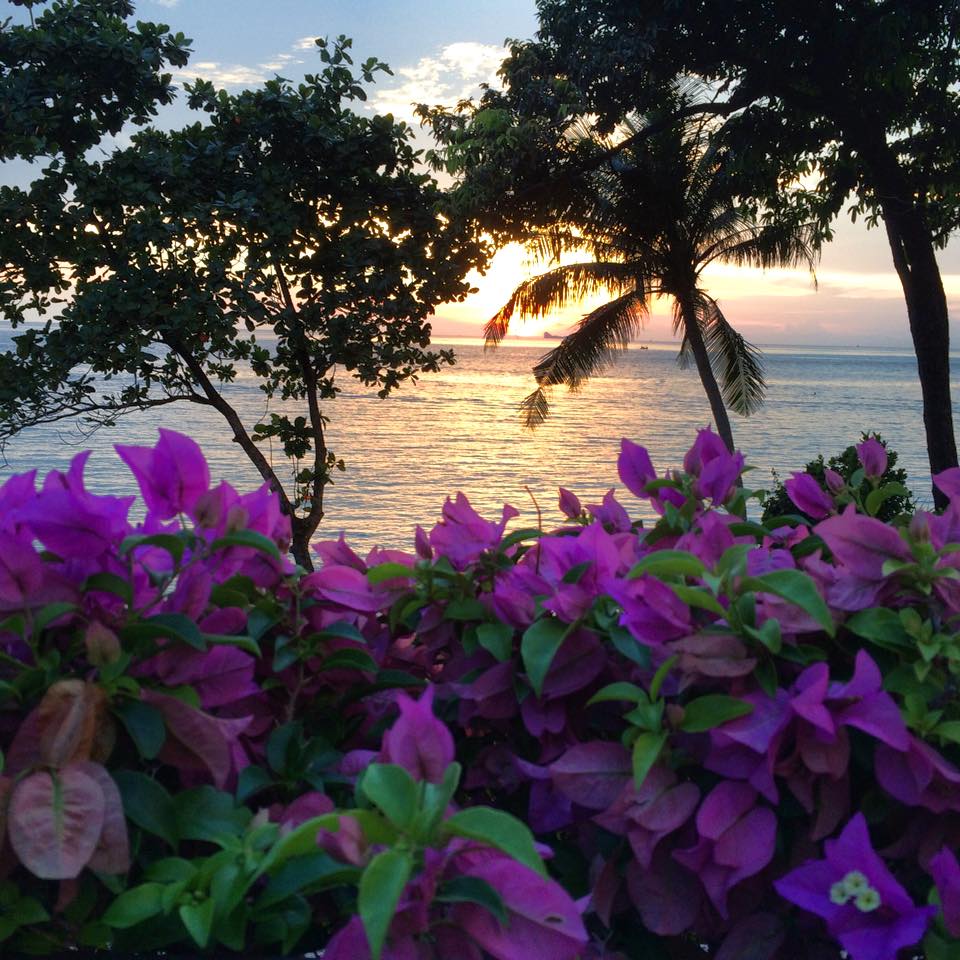
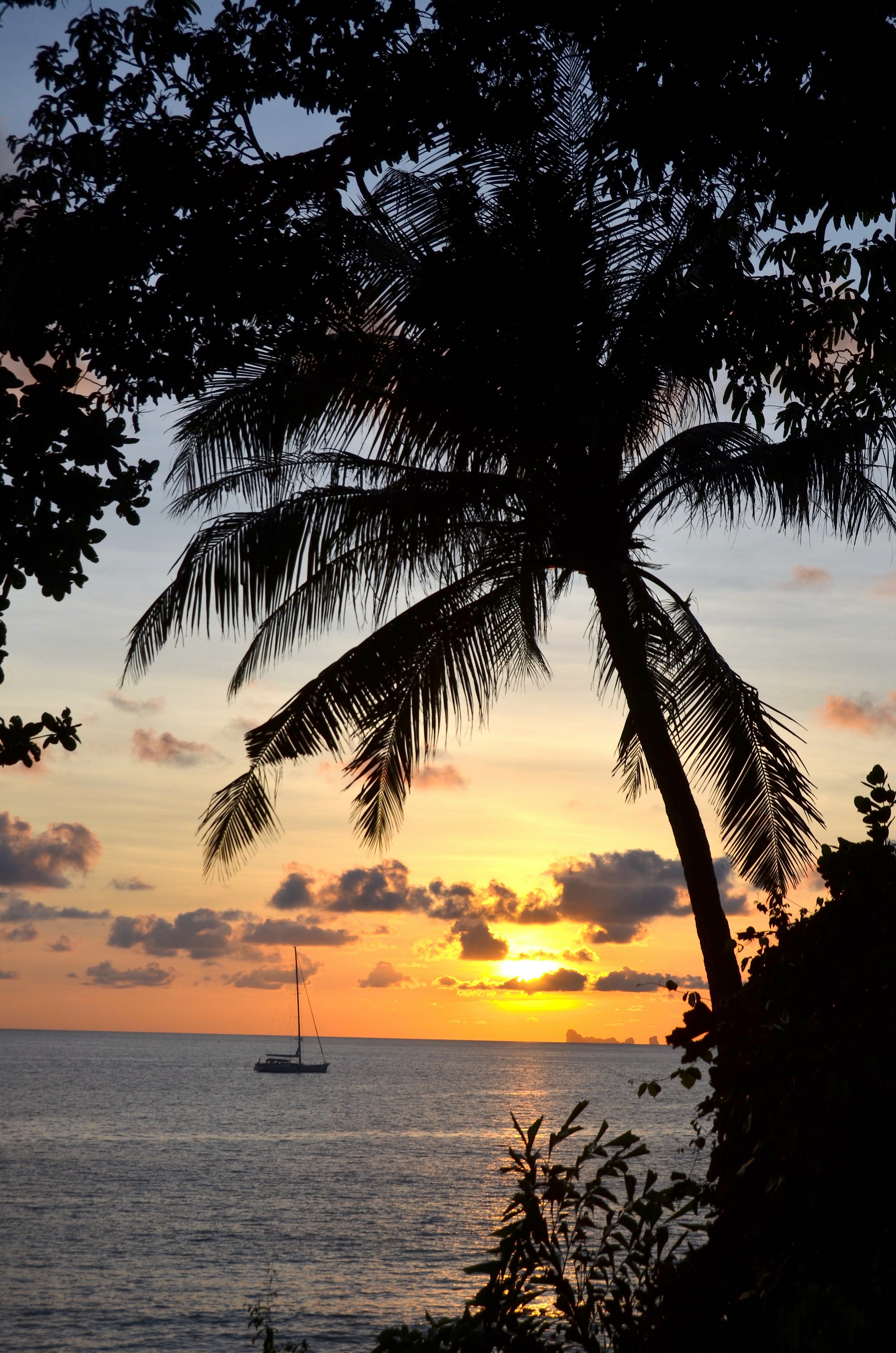
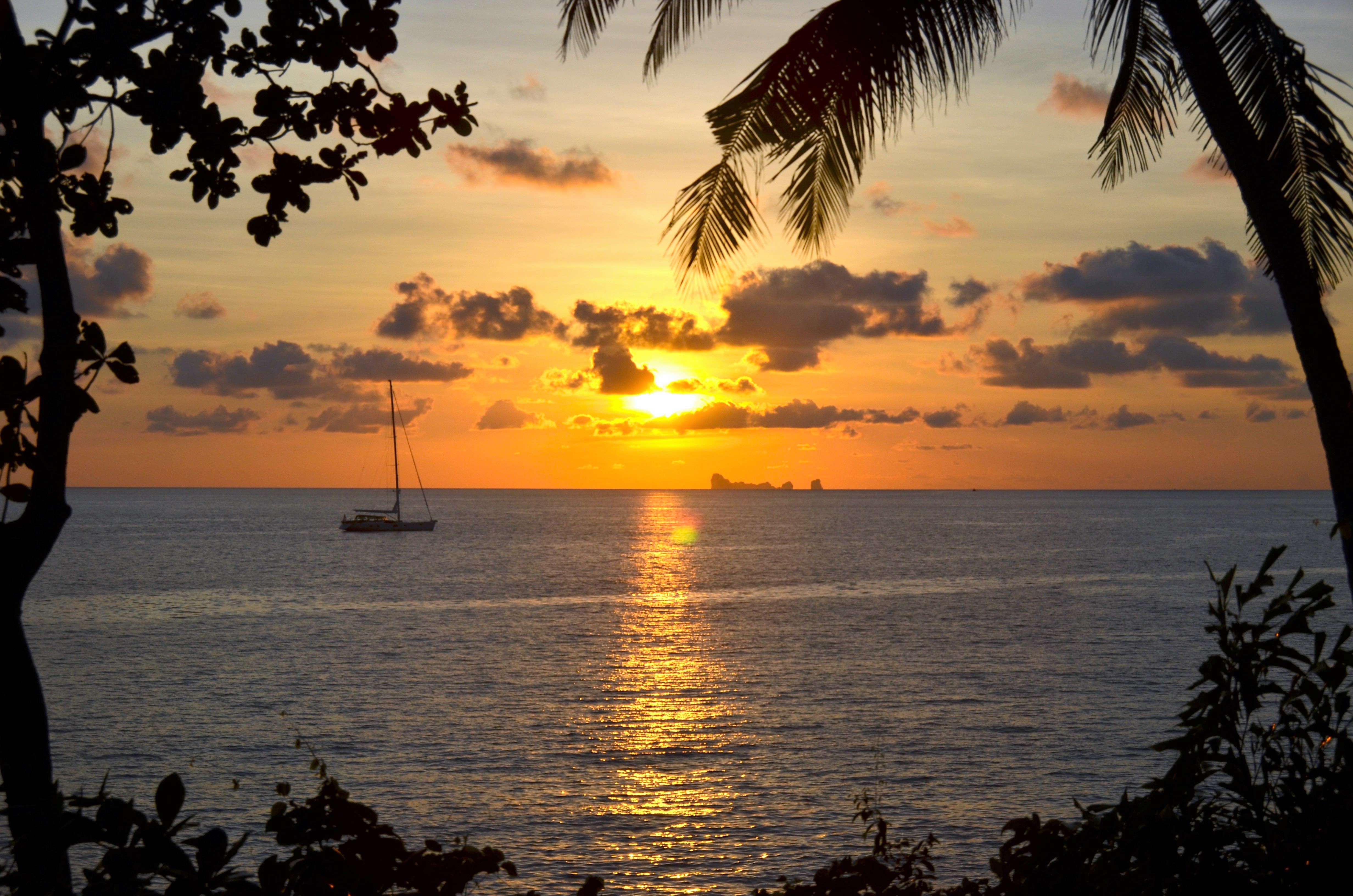
 Relax, snorkel, float…
Relax, snorkel, float…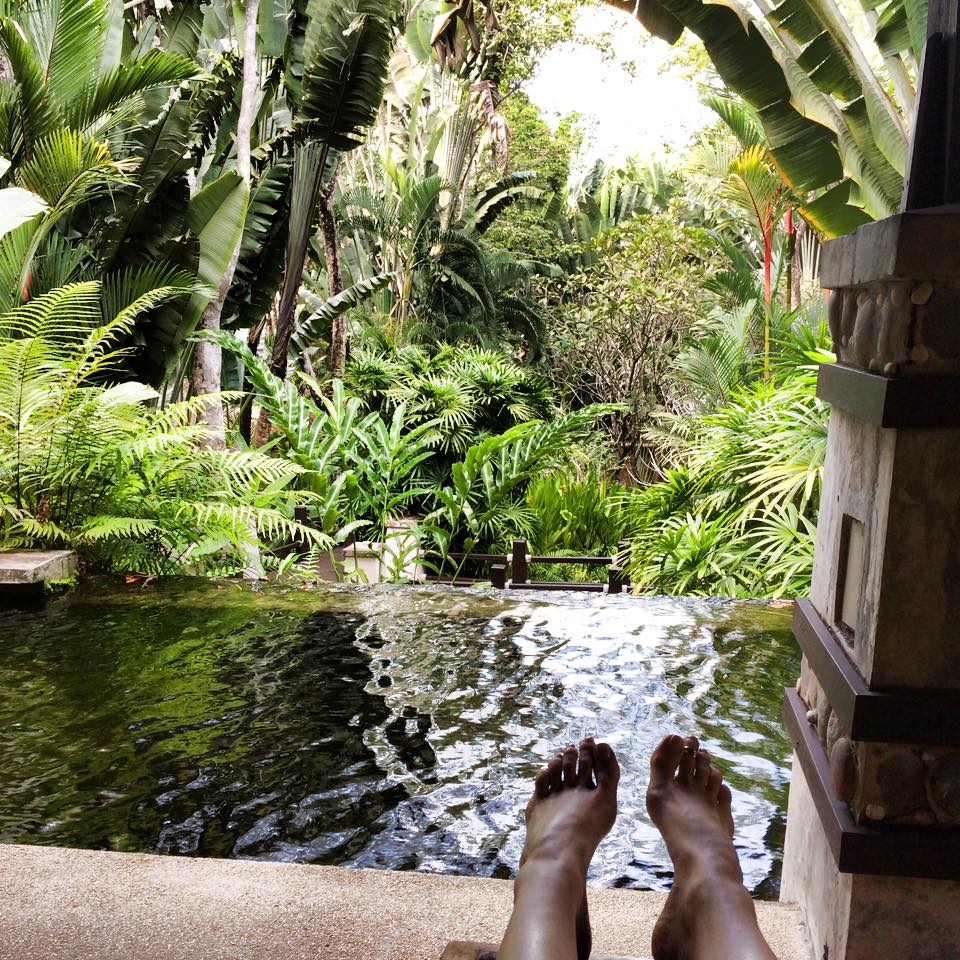
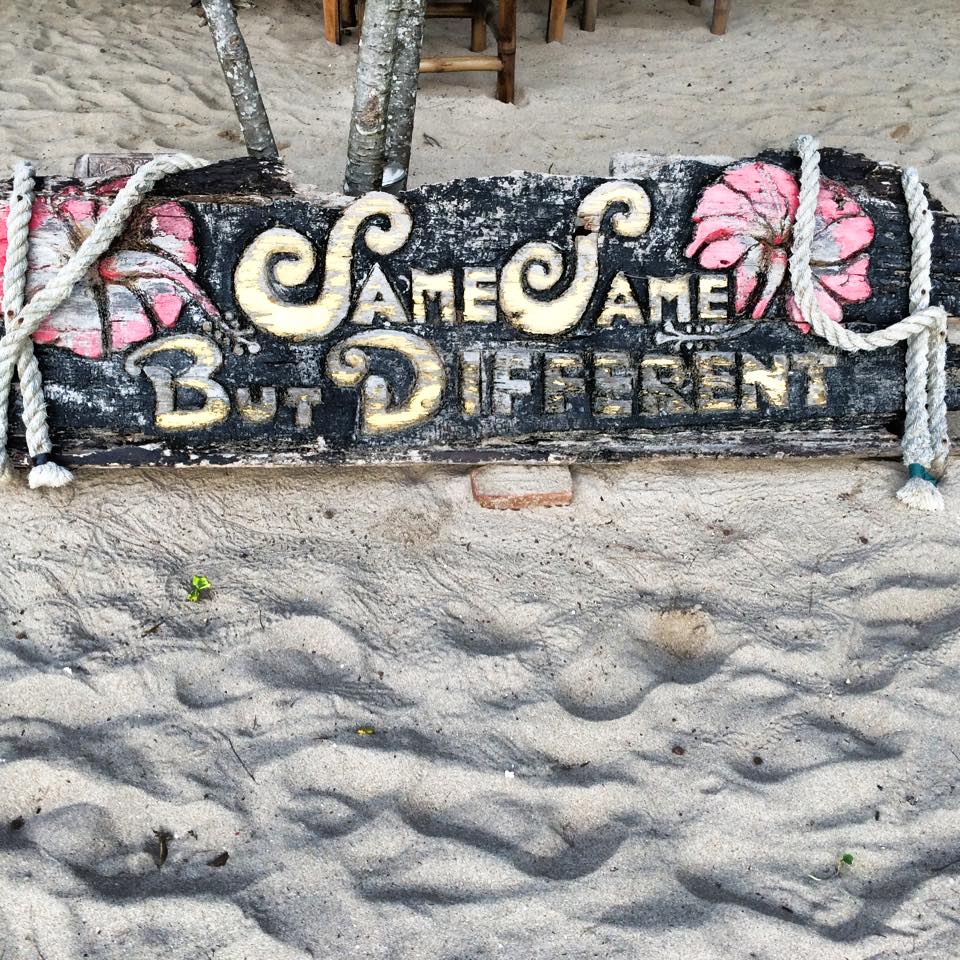
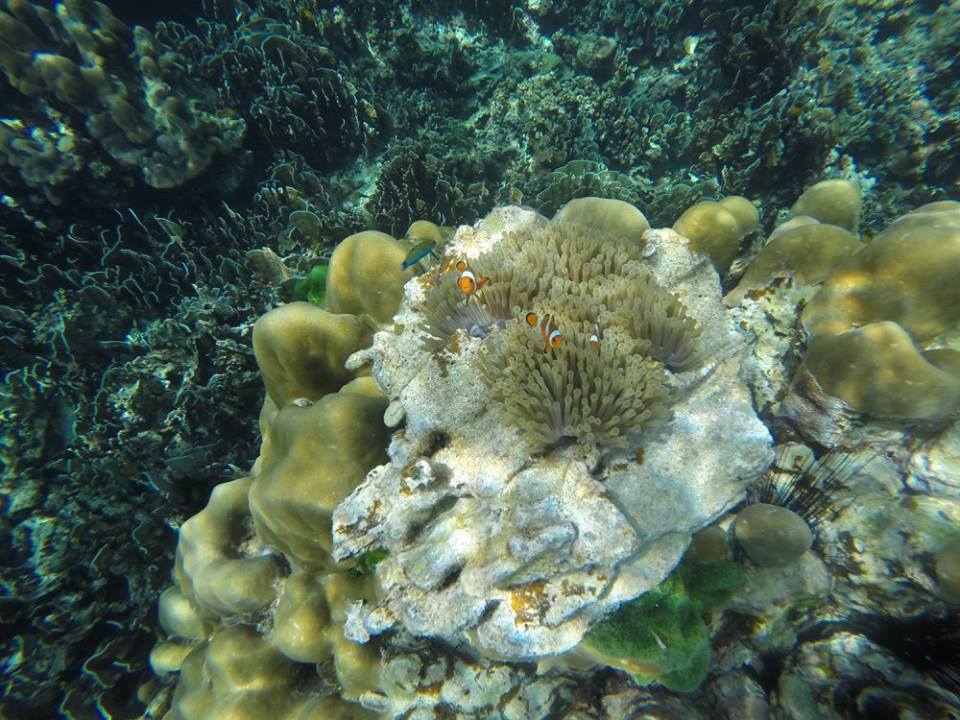
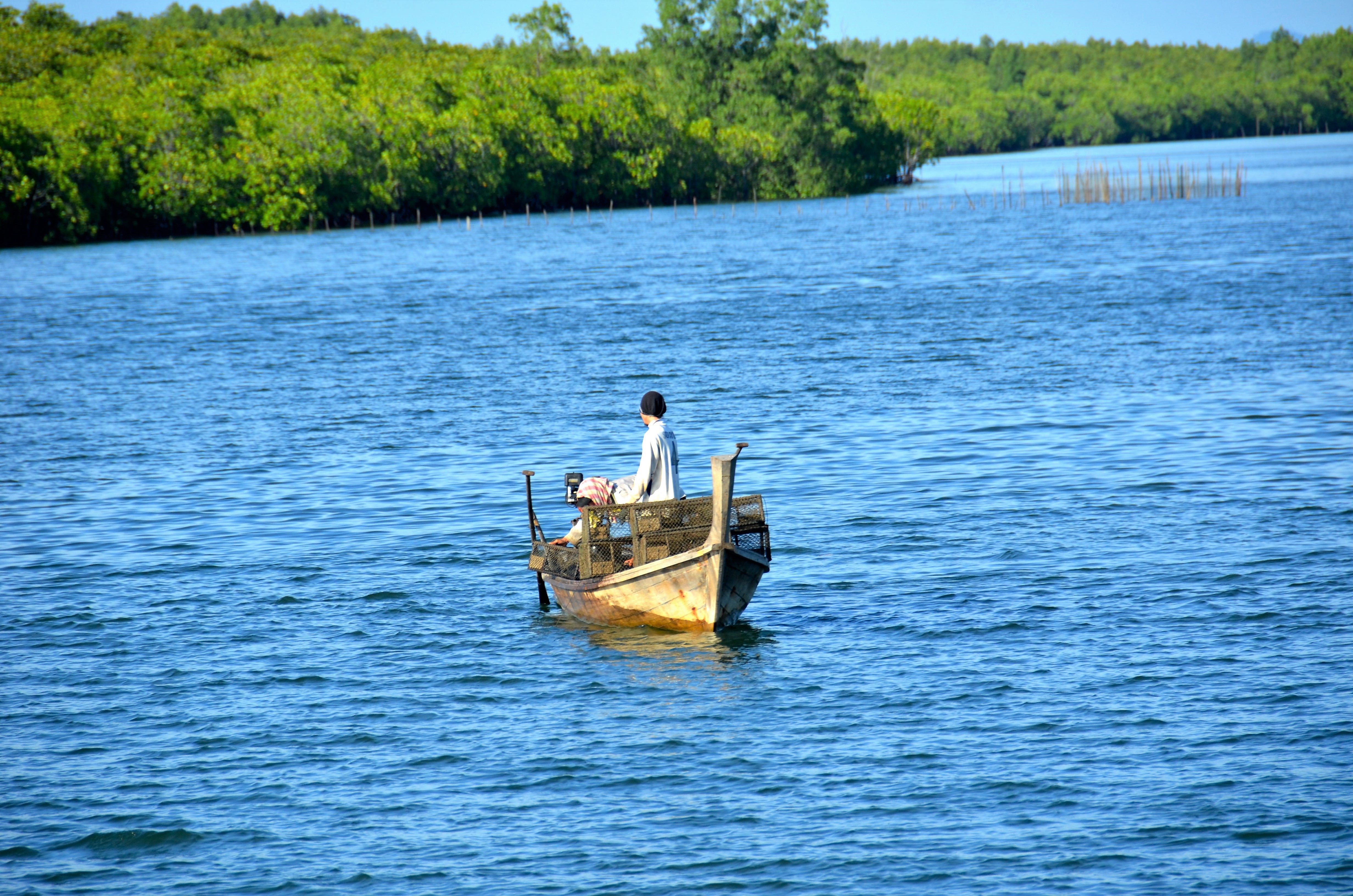
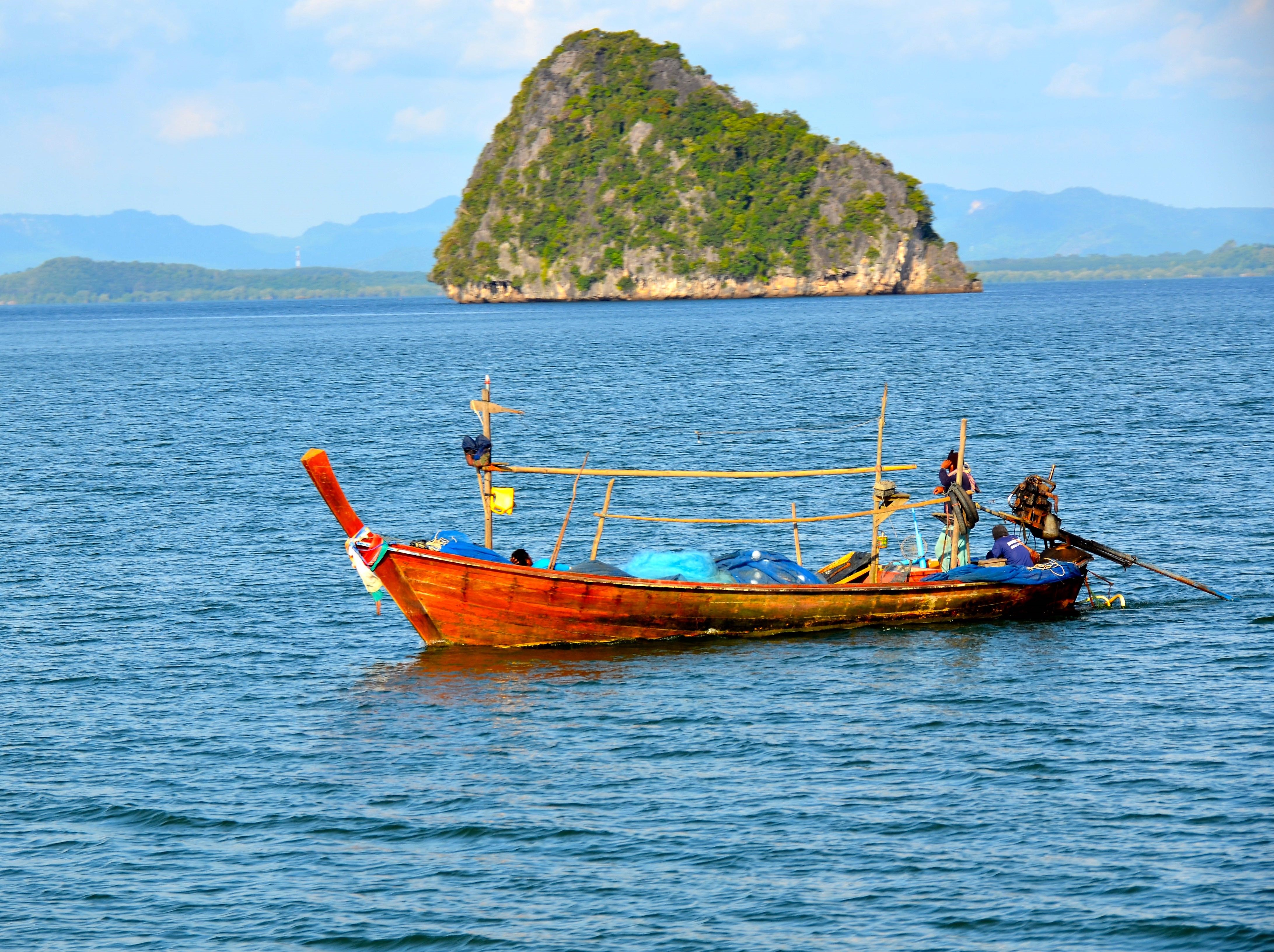
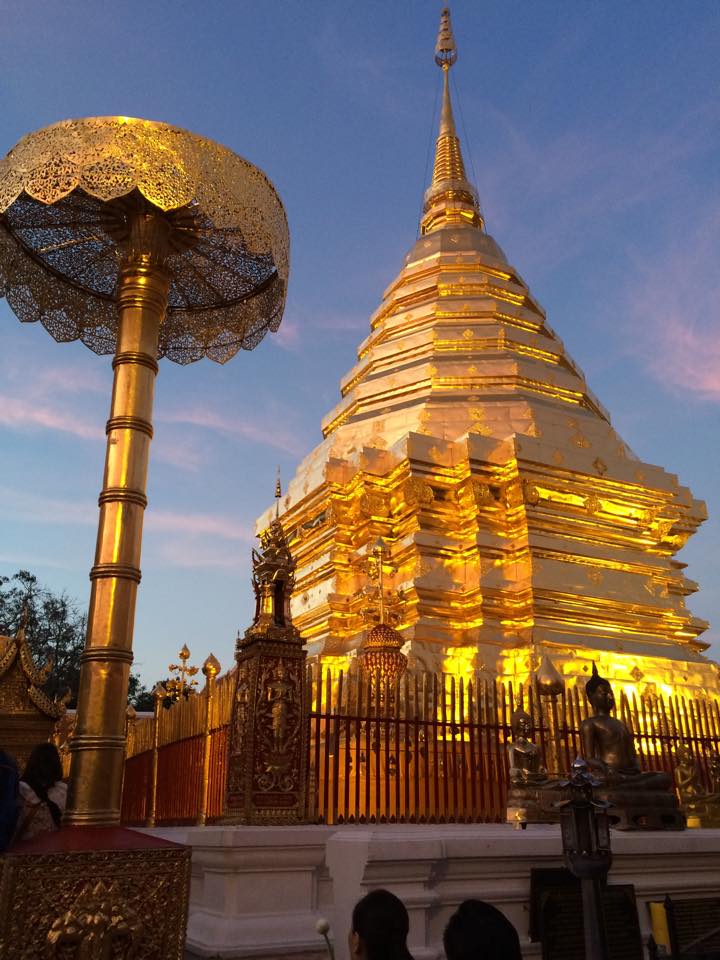 It has been over 800 days since Chad and I were last in Chiang Mai, but the memories of our time there are fresh. We often think back to a moment or a experience we had in this magical little city. It was certainly our favorite city in Thailand, and one of our favorites of all time. Chiang Mai is peaceful, spiritual, friendly, and beautiful. It is a place that stays with you. It is worth a trip to Thailand just to visit this serene city. Allow me to share with you a perfect three-day itinerary for Chiang Mai, Thailand’s principle northern city.
It has been over 800 days since Chad and I were last in Chiang Mai, but the memories of our time there are fresh. We often think back to a moment or a experience we had in this magical little city. It was certainly our favorite city in Thailand, and one of our favorites of all time. Chiang Mai is peaceful, spiritual, friendly, and beautiful. It is a place that stays with you. It is worth a trip to Thailand just to visit this serene city. Allow me to share with you a perfect three-day itinerary for Chiang Mai, Thailand’s principle northern city.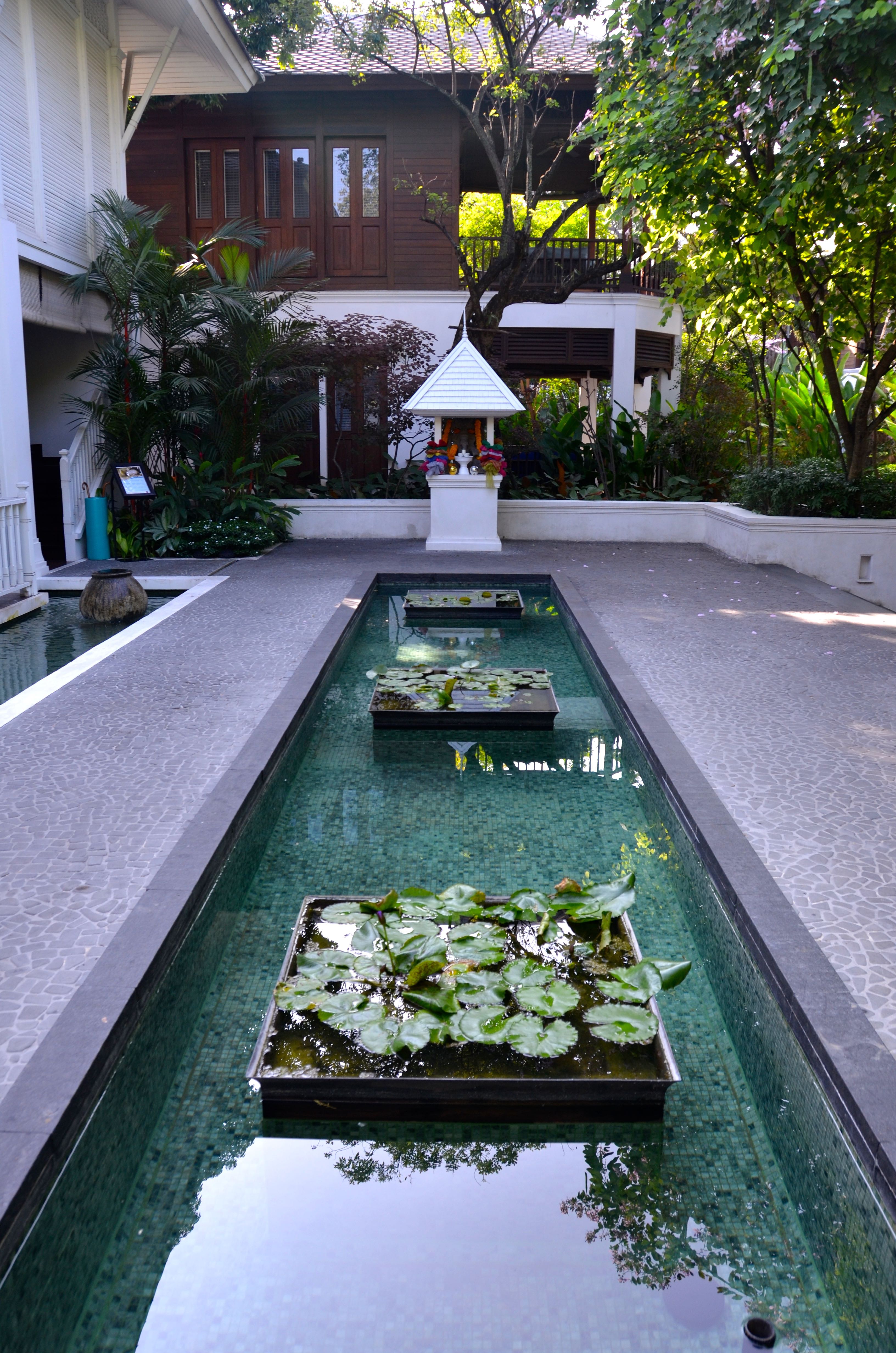
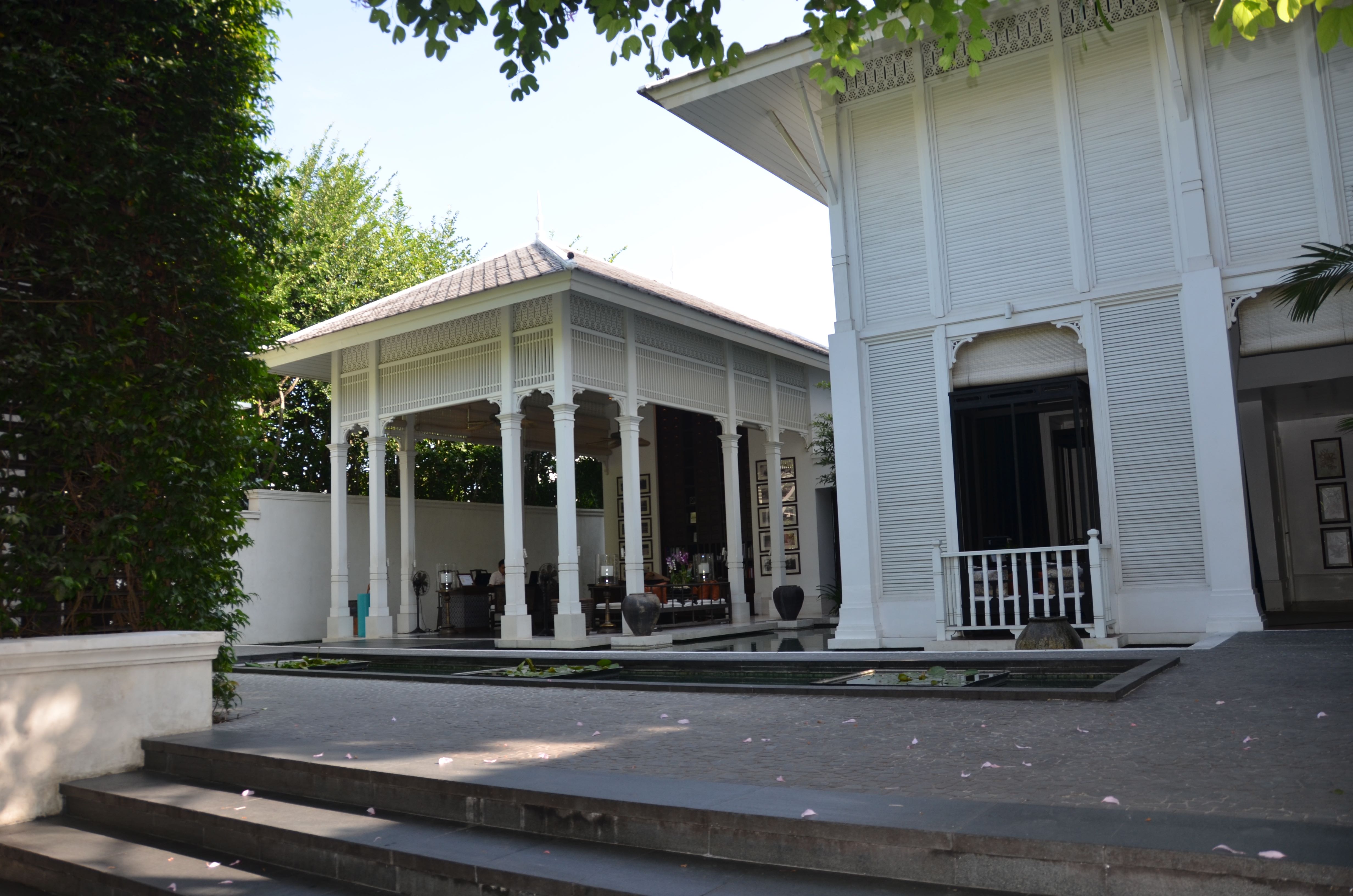
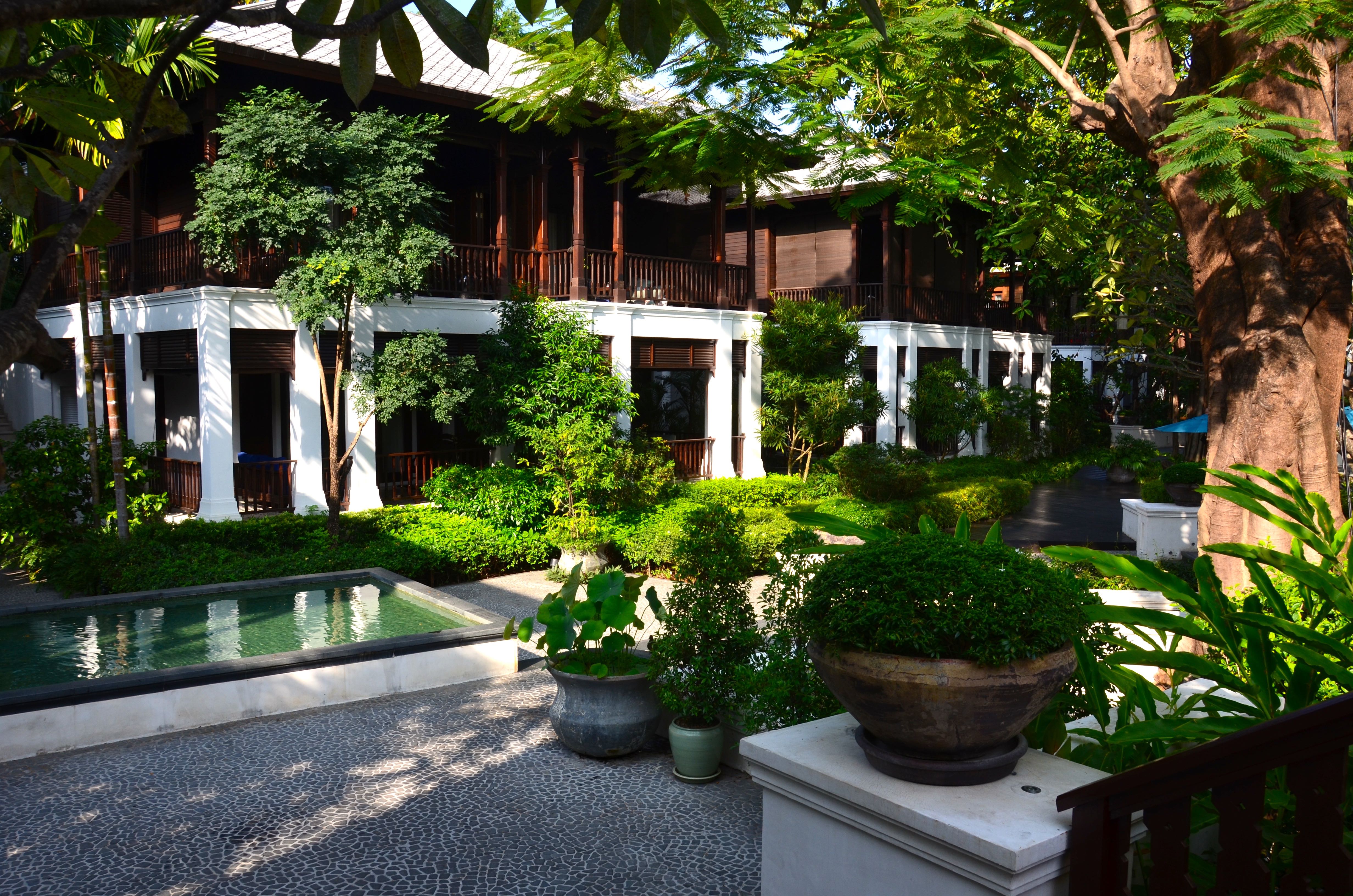
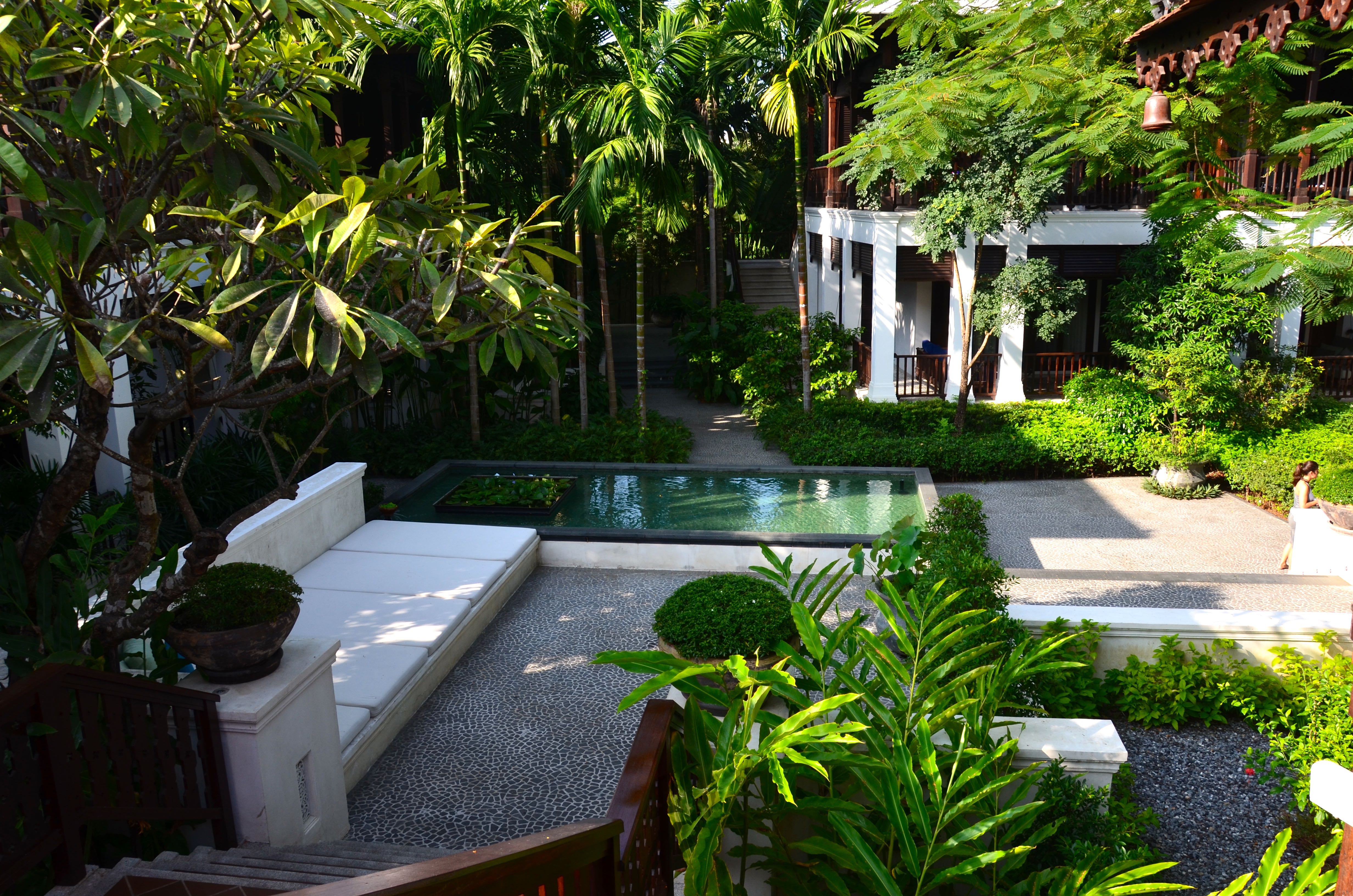
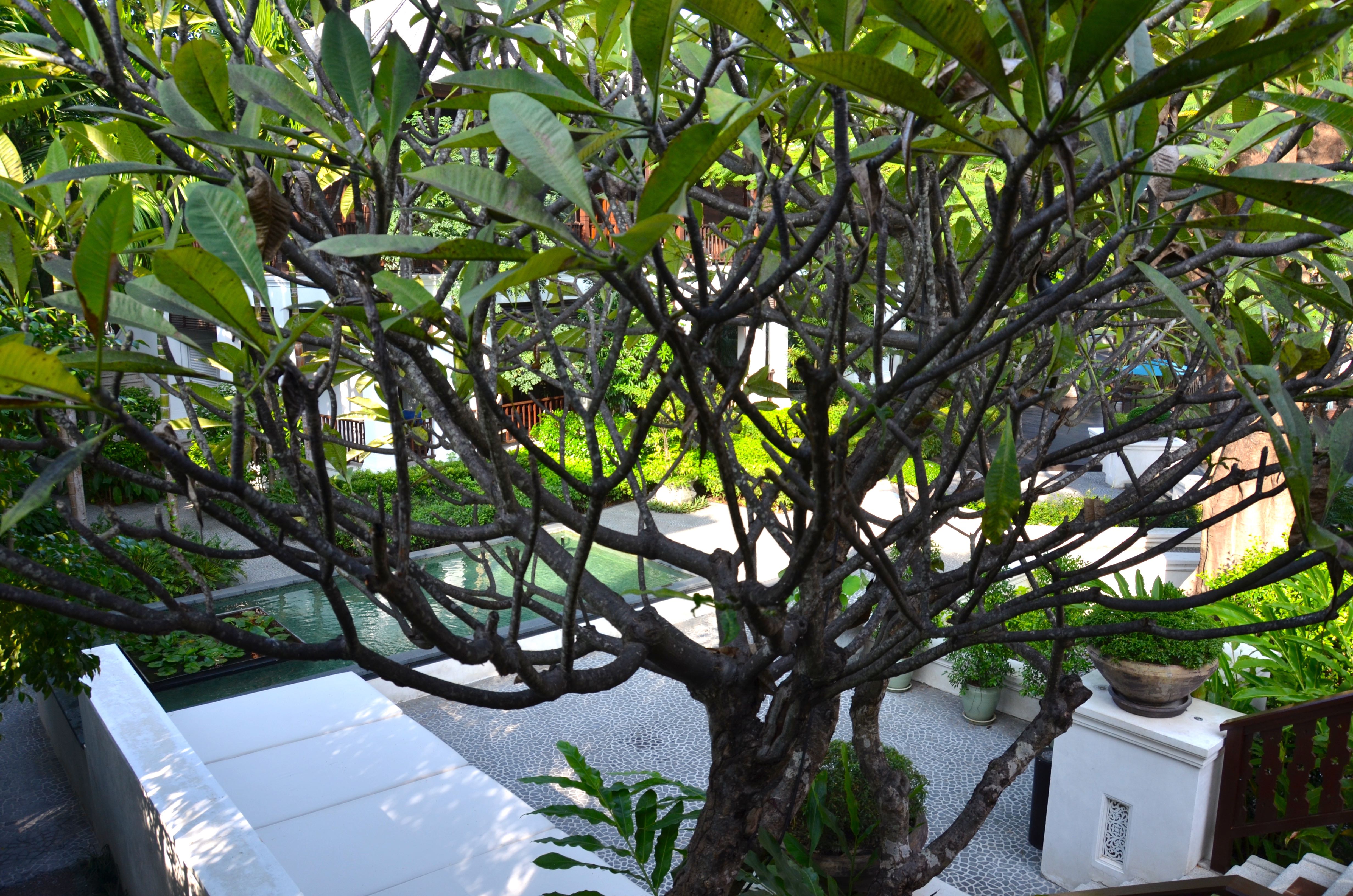
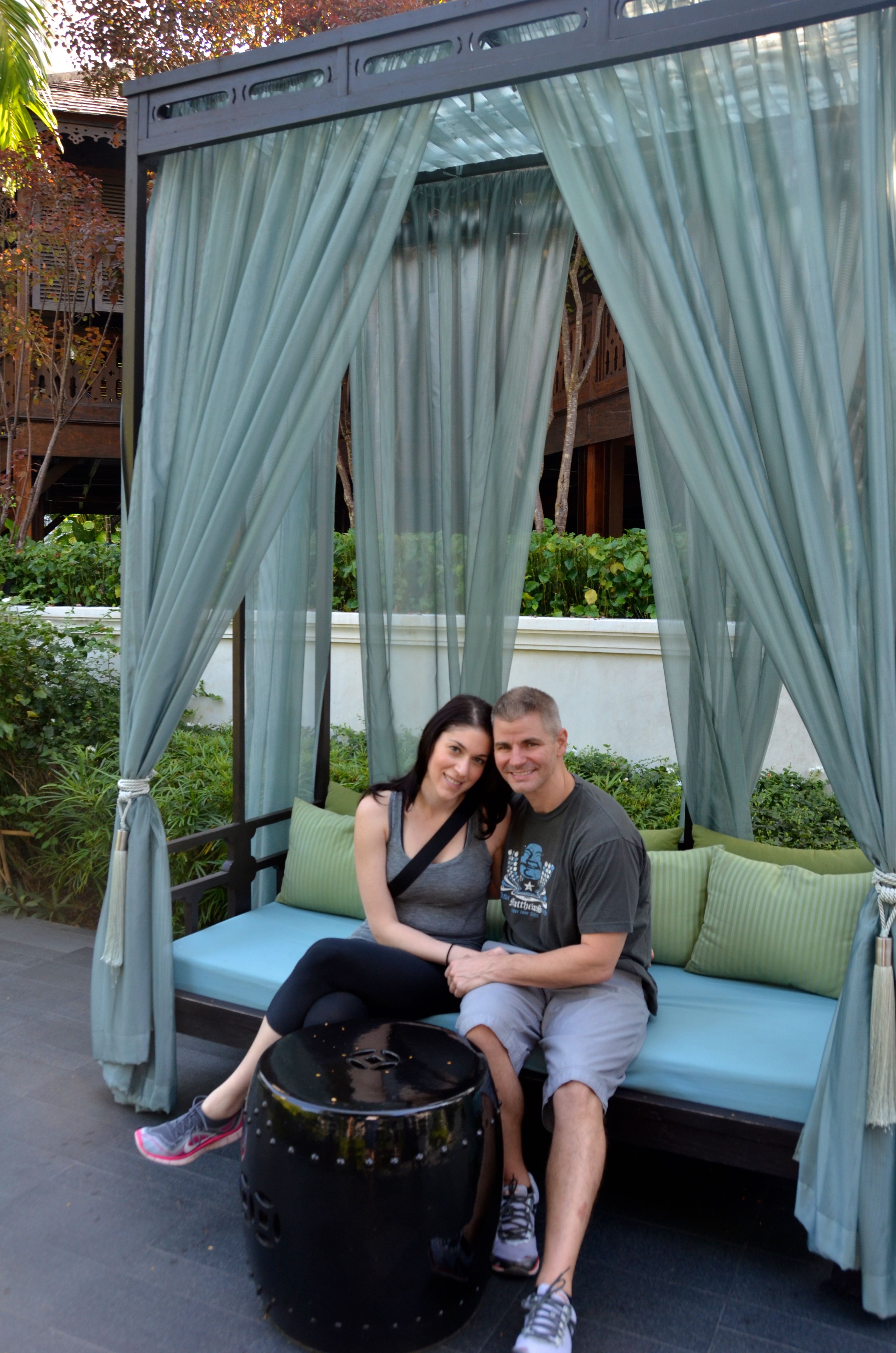
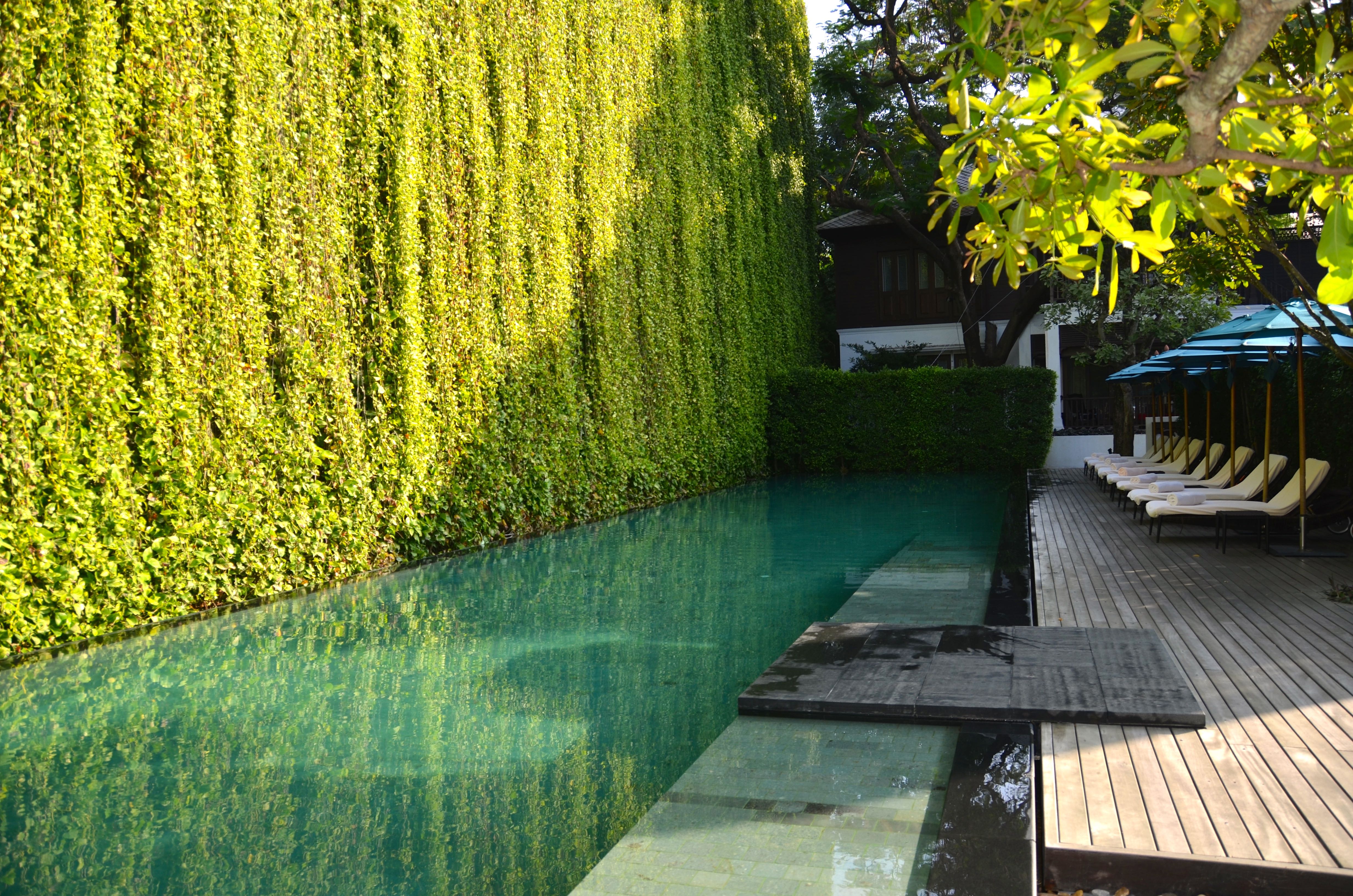
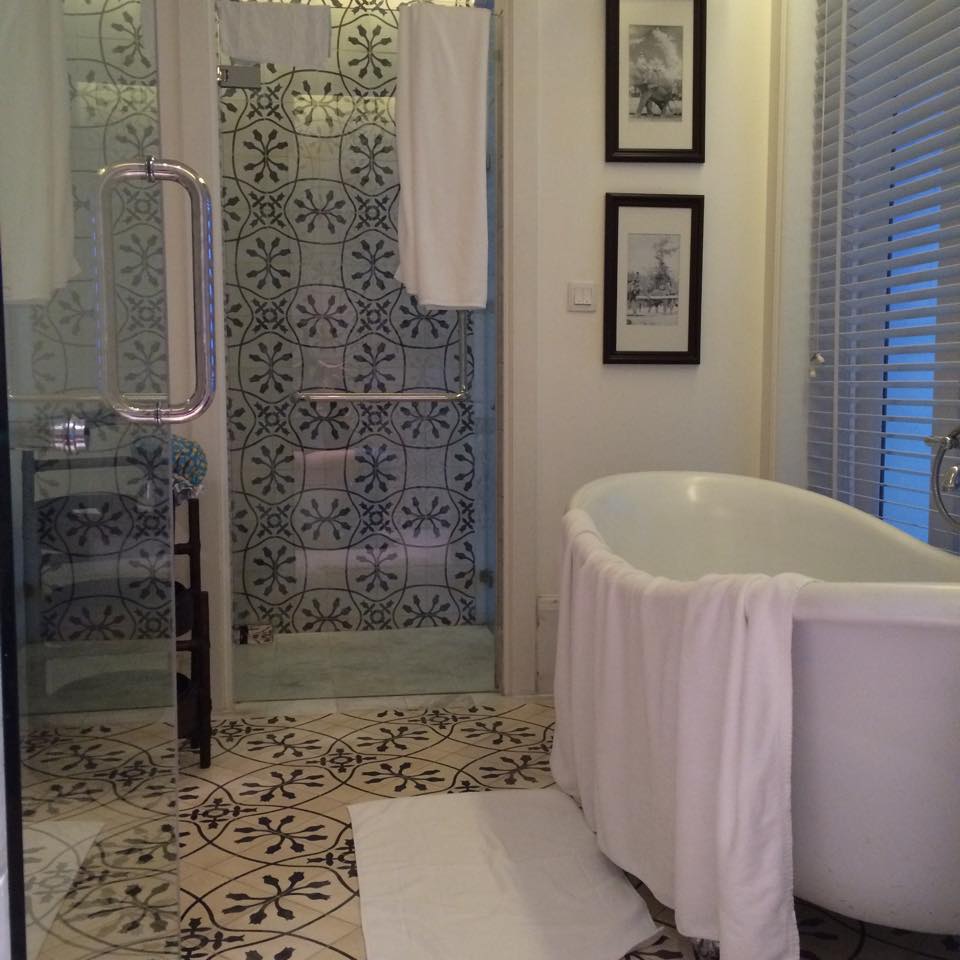
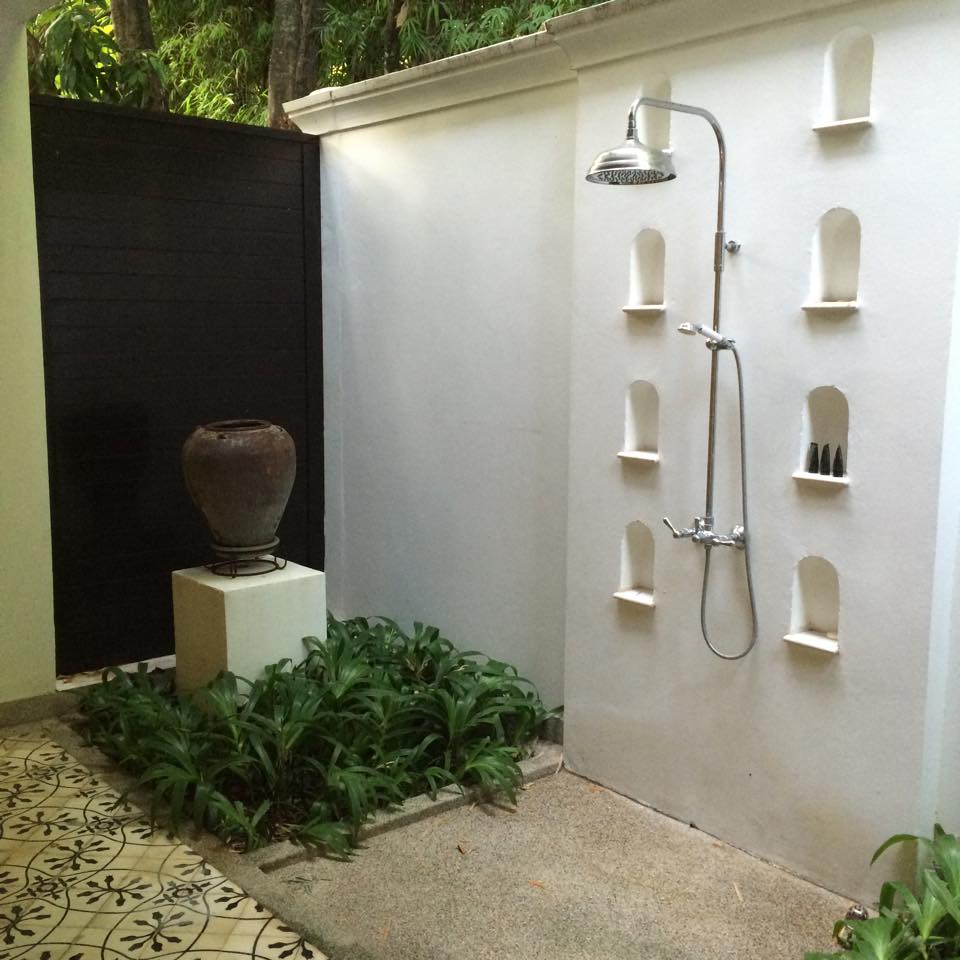 The next morning we were met by our private guide, Nikki, who, together with our driver, would be with us for the rest of our time in Chiang Mai. Nikki, like most of the Thai people, was so warm and friendly. Her goal was to make sure we were having an amazing time, and, she succeeded in that goal. No ask was too great a feat for Nikki!
The next morning we were met by our private guide, Nikki, who, together with our driver, would be with us for the rest of our time in Chiang Mai. Nikki, like most of the Thai people, was so warm and friendly. Her goal was to make sure we were having an amazing time, and, she succeeded in that goal. No ask was too great a feat for Nikki!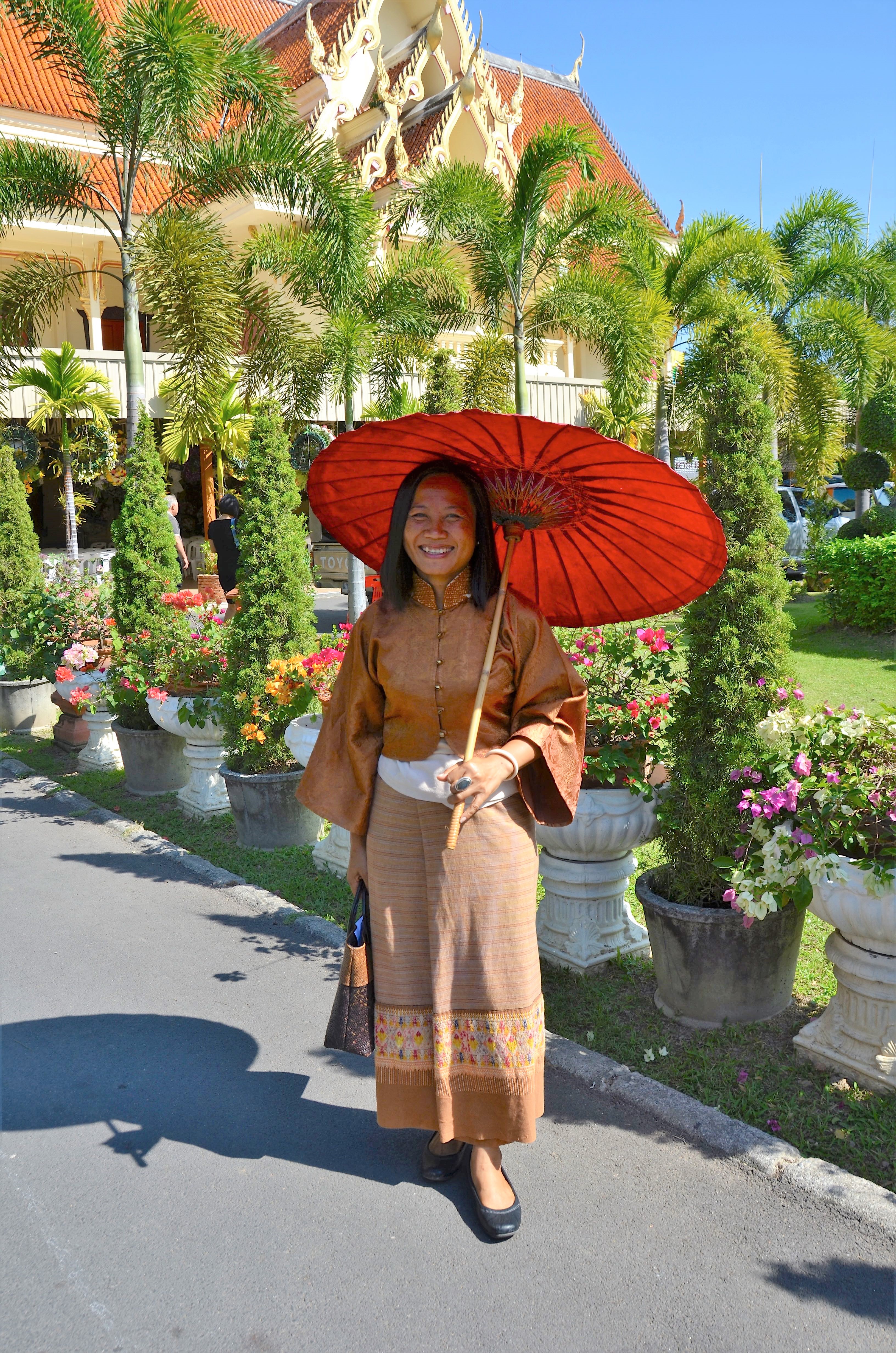 On our first full day in Chiang Mai, a city tour with plenty of temples were on the itinerary! Chiang Mai has some very beautiful temples right in the heart of the city. If your are going to visit the temples, here are some things you should know. First, bring a scarf to throw over your shoulders. It can get pretty warm in Thailand, but bare shoulders for women is a no-no. Second, wear shoes that you can easily take on and off and which you do not mind leaving outside while you visit the temples. Shoes are not allowed to be worn inside the temples. Third, and probably most important, bring a good pair of socks that you don’t mind getting dirty because you will be doing most of your temple walking in socks!
On our first full day in Chiang Mai, a city tour with plenty of temples were on the itinerary! Chiang Mai has some very beautiful temples right in the heart of the city. If your are going to visit the temples, here are some things you should know. First, bring a scarf to throw over your shoulders. It can get pretty warm in Thailand, but bare shoulders for women is a no-no. Second, wear shoes that you can easily take on and off and which you do not mind leaving outside while you visit the temples. Shoes are not allowed to be worn inside the temples. Third, and probably most important, bring a good pair of socks that you don’t mind getting dirty because you will be doing most of your temple walking in socks!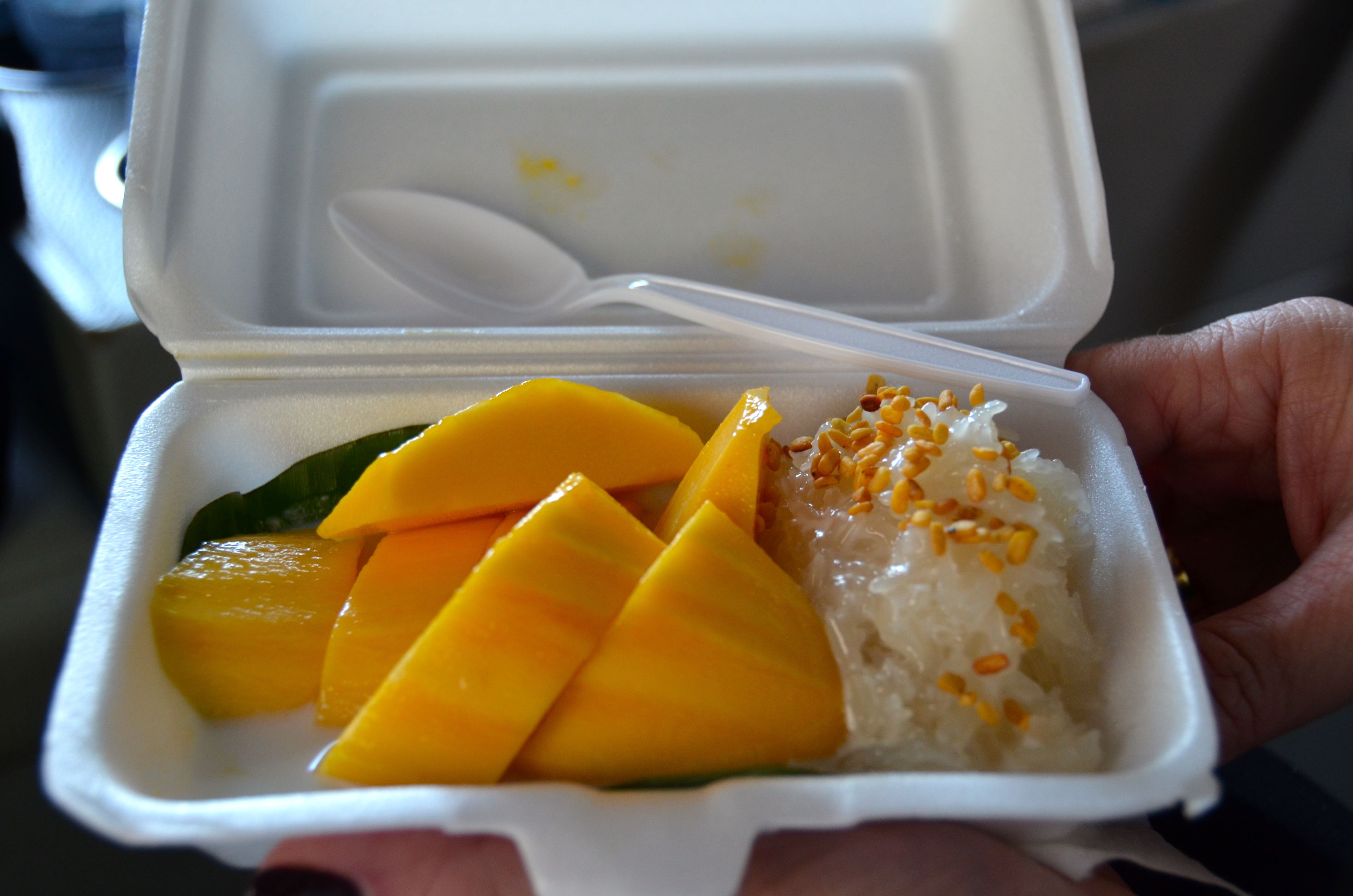 Now we ready to temple! Temples, or wats as they are called in Thailand, are the backbone of Thai culture. Our first stop was to Chiang Mai’s best known temple,
Now we ready to temple! Temples, or wats as they are called in Thailand, are the backbone of Thai culture. Our first stop was to Chiang Mai’s best known temple, 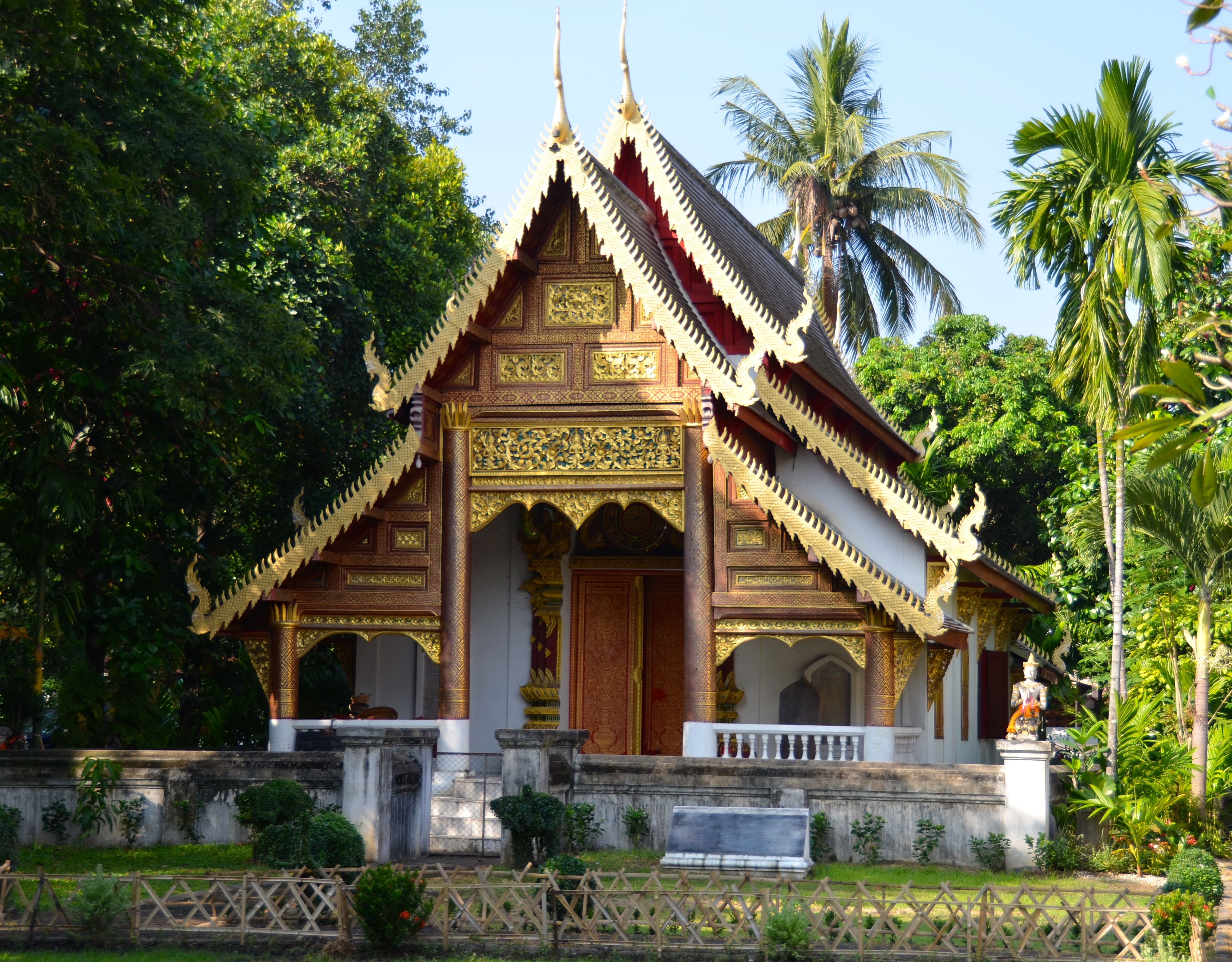
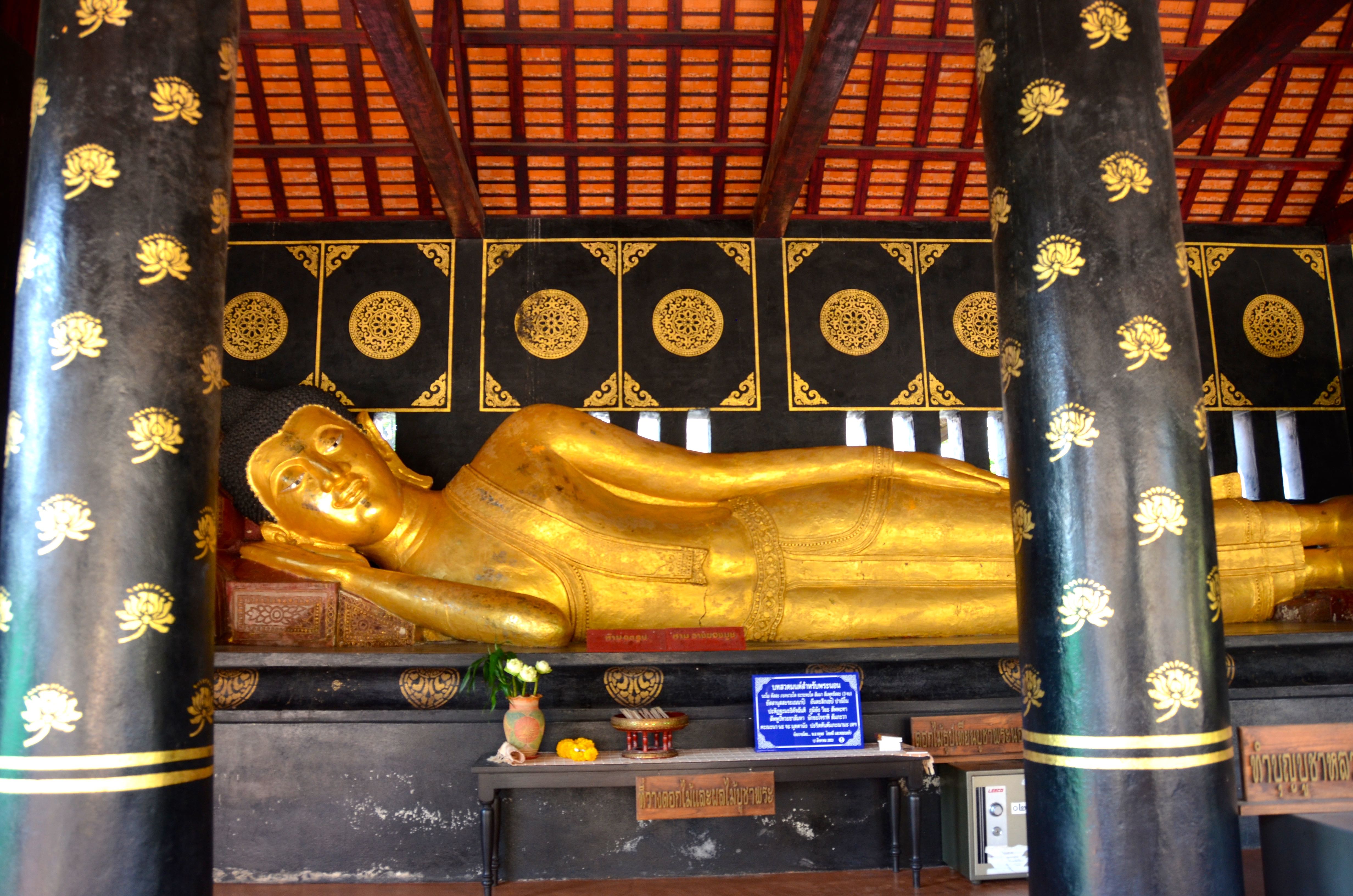
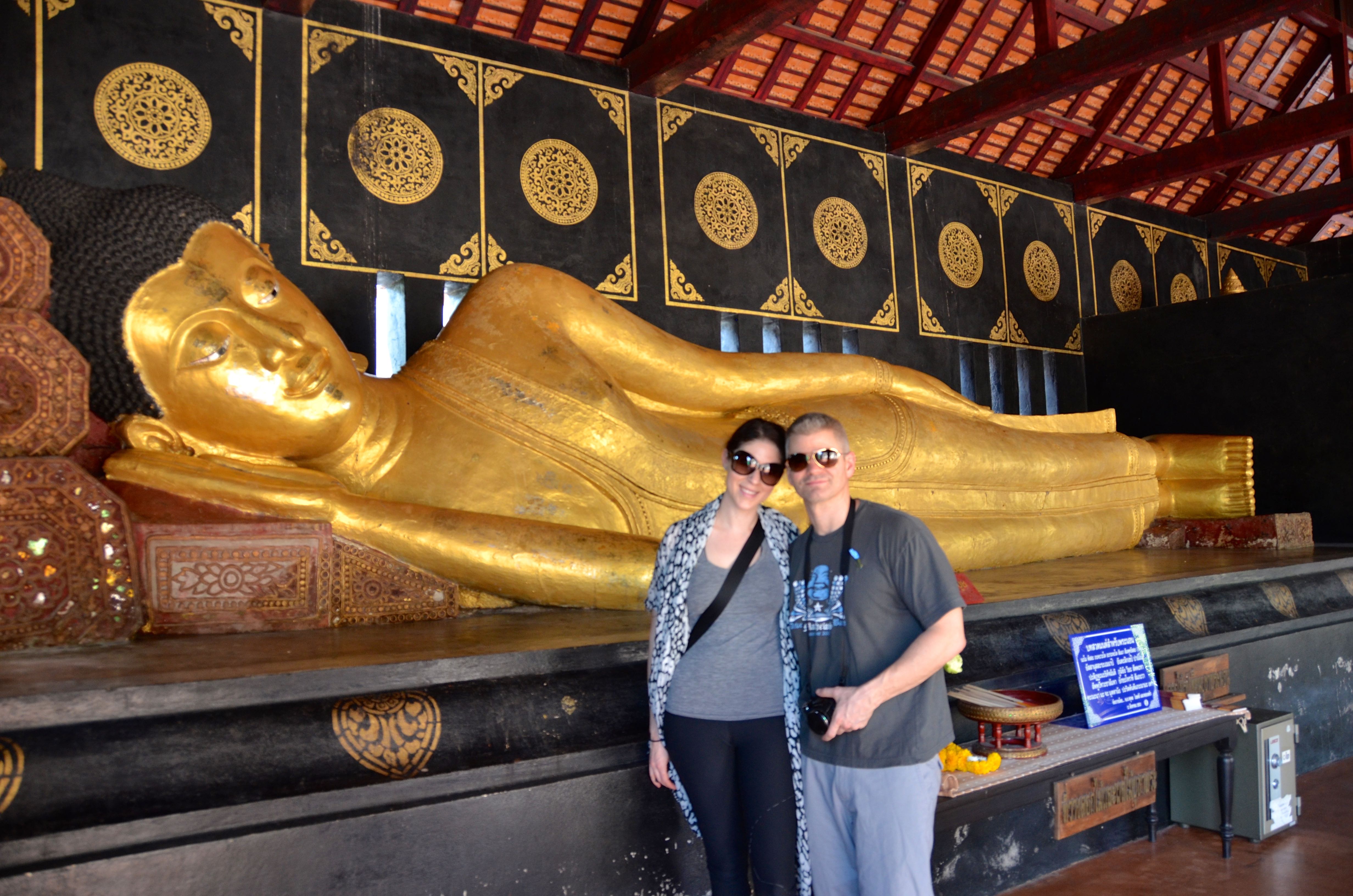
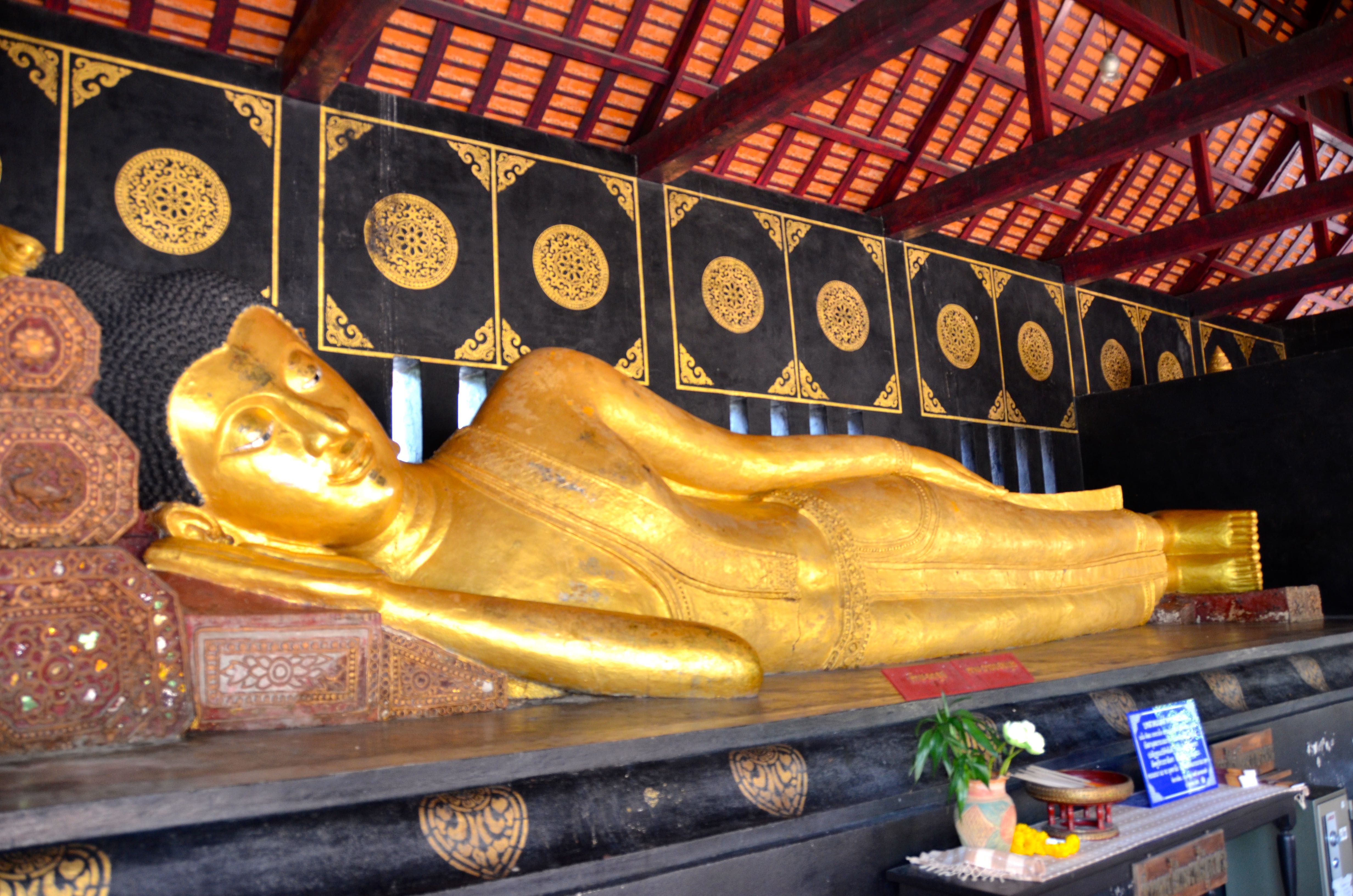
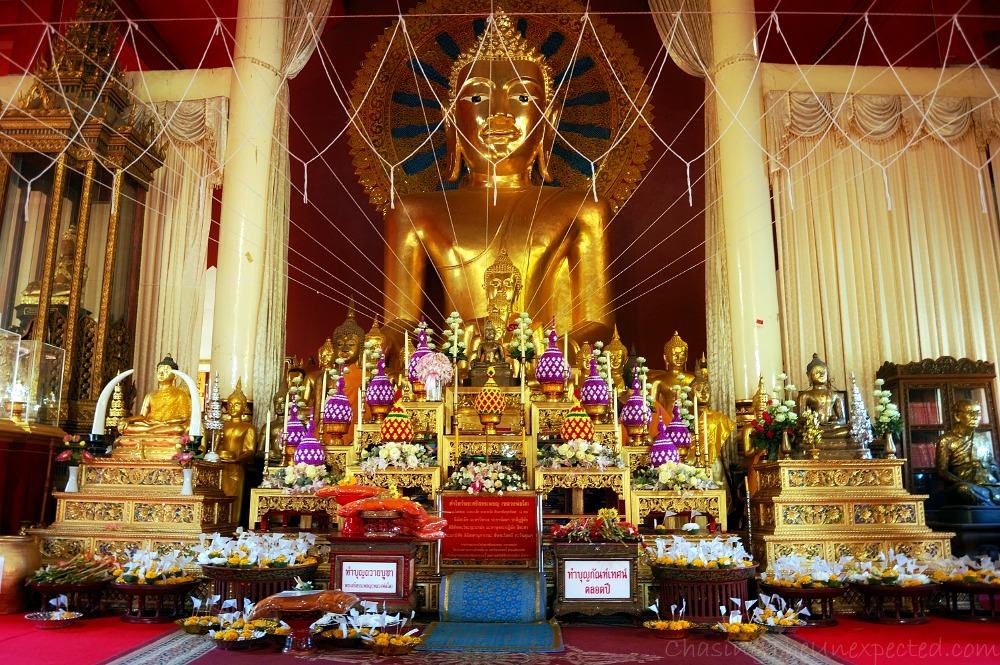 We next visited
We next visited 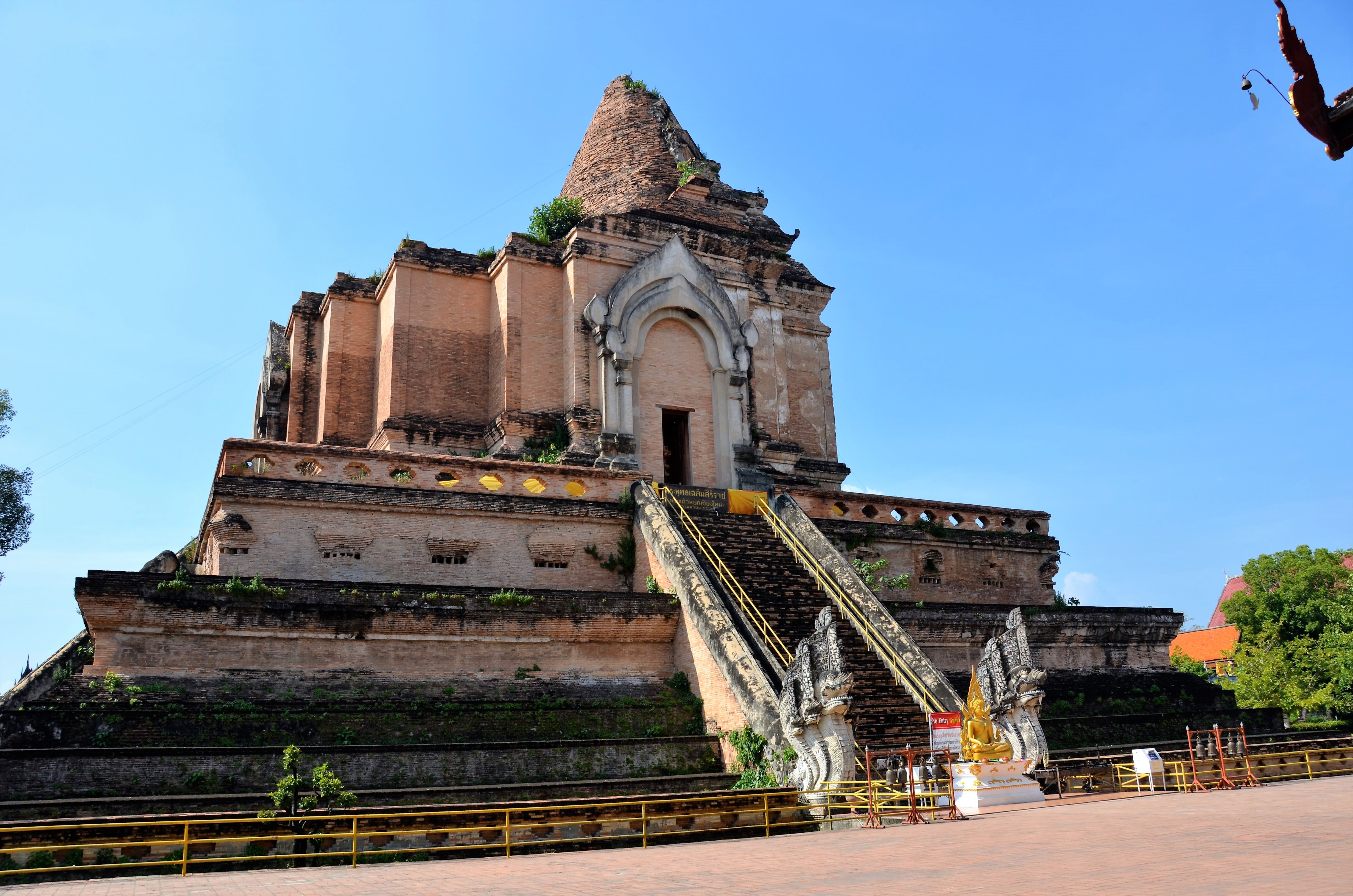
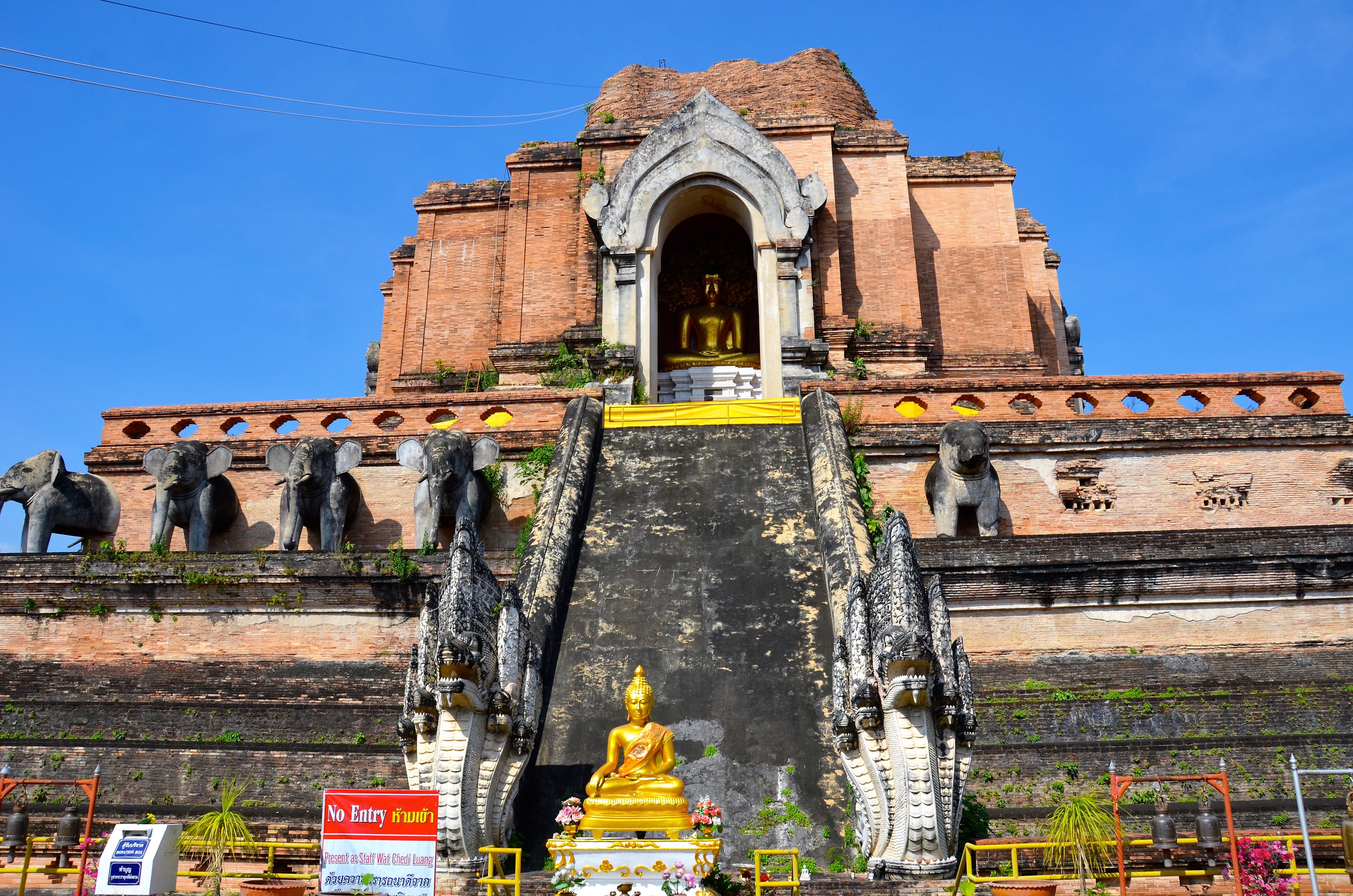
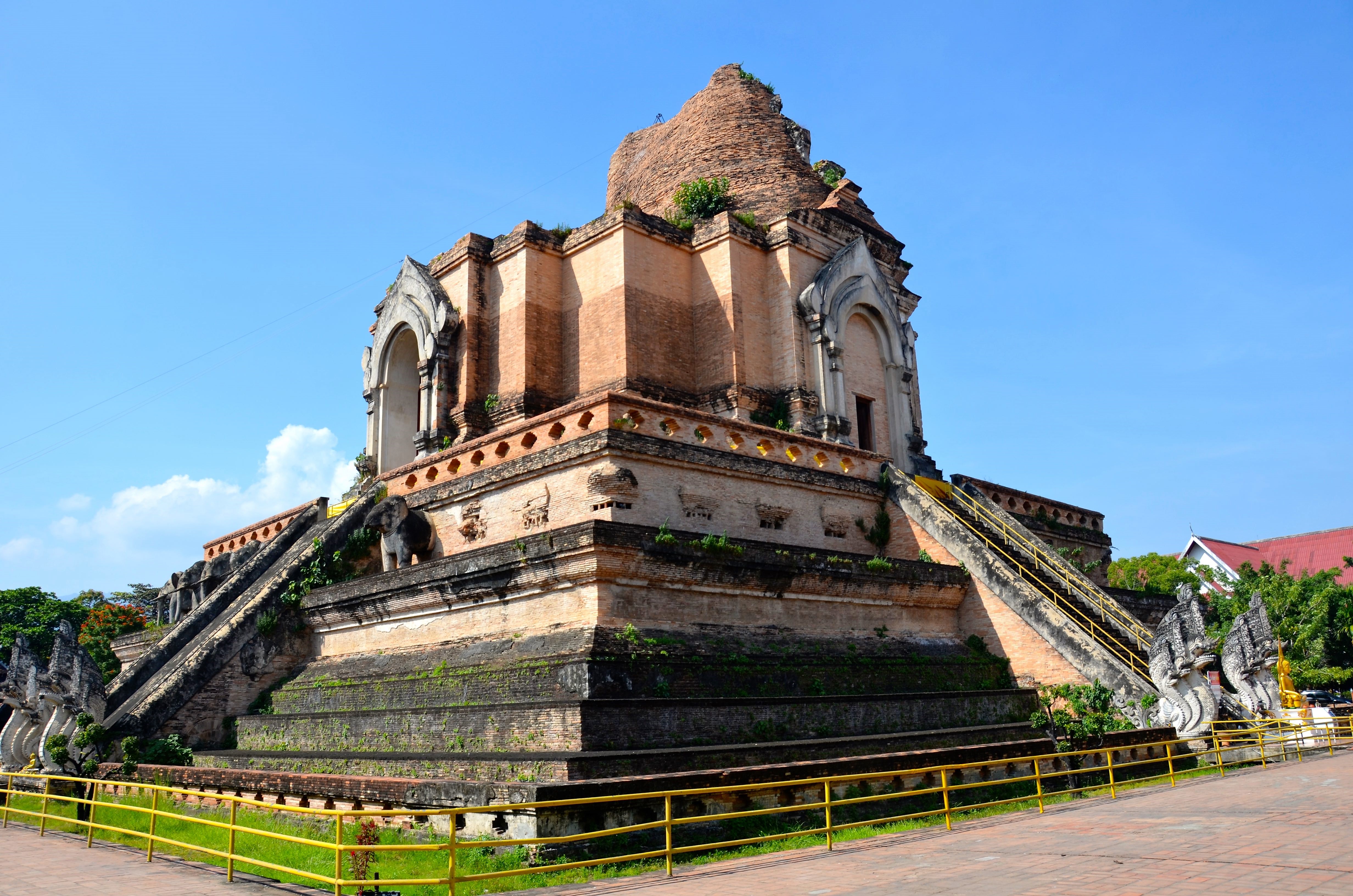
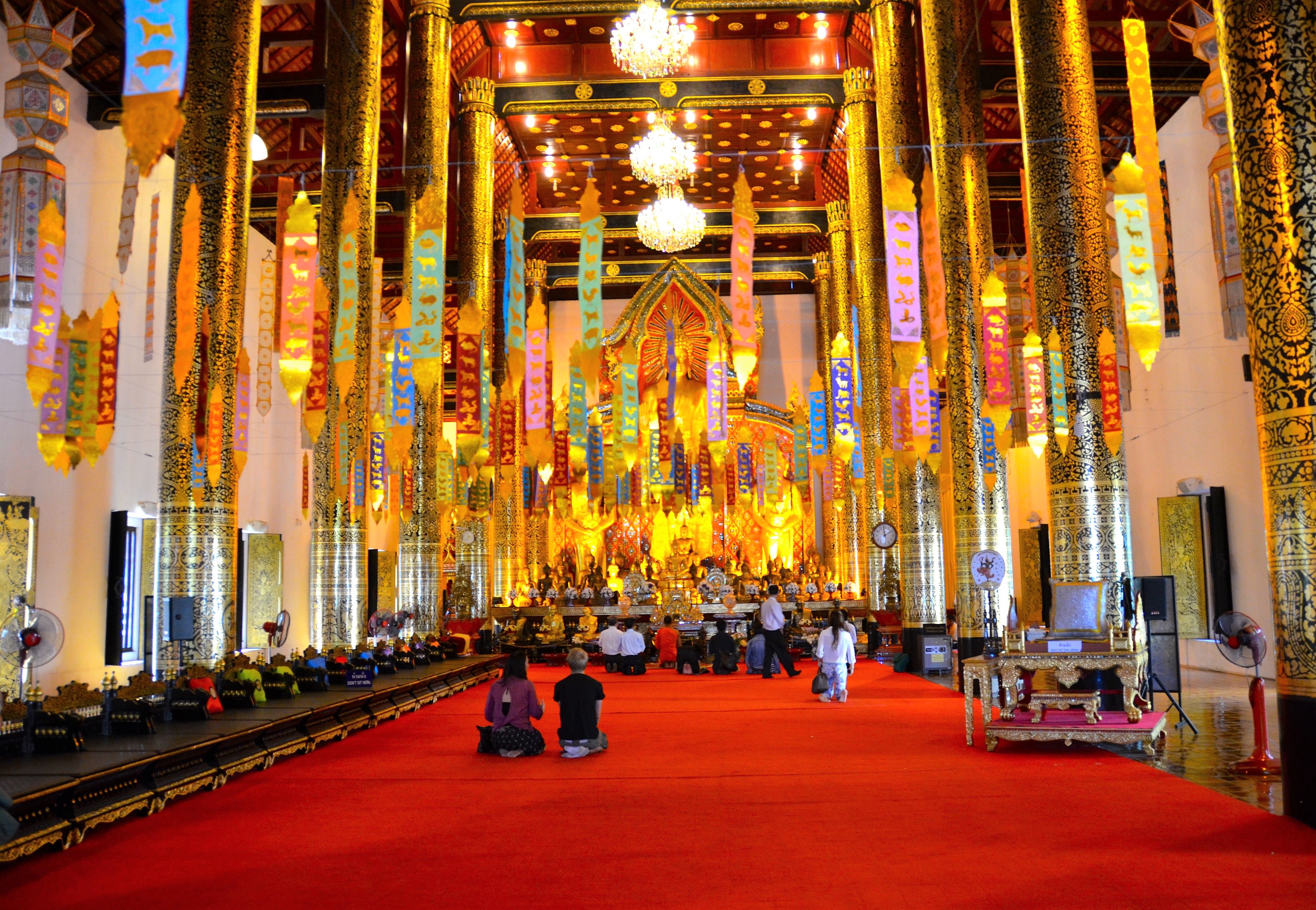
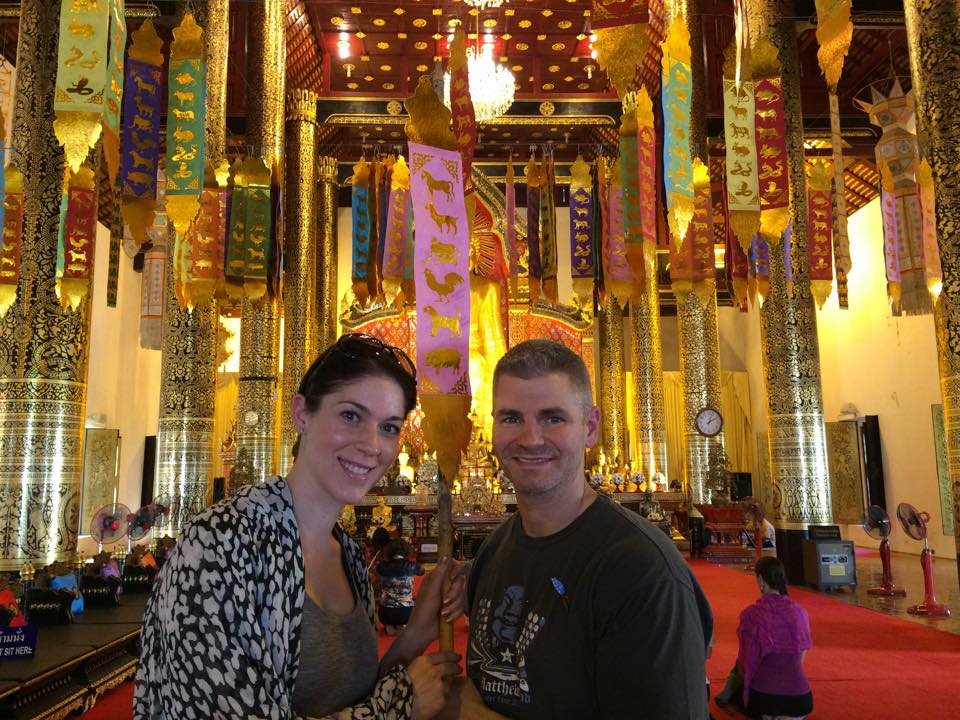
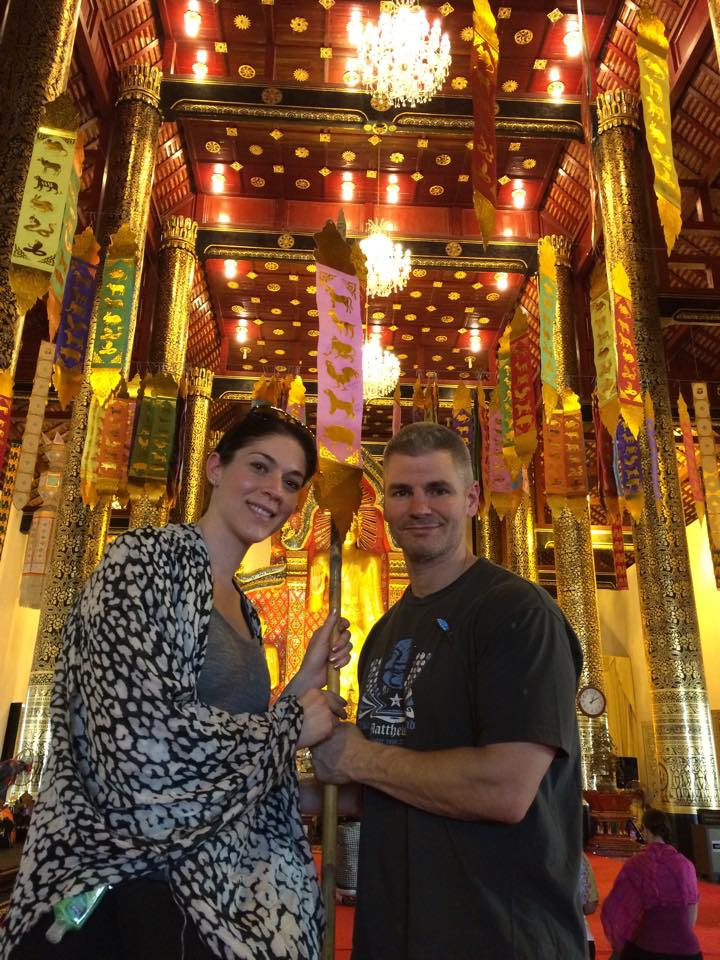
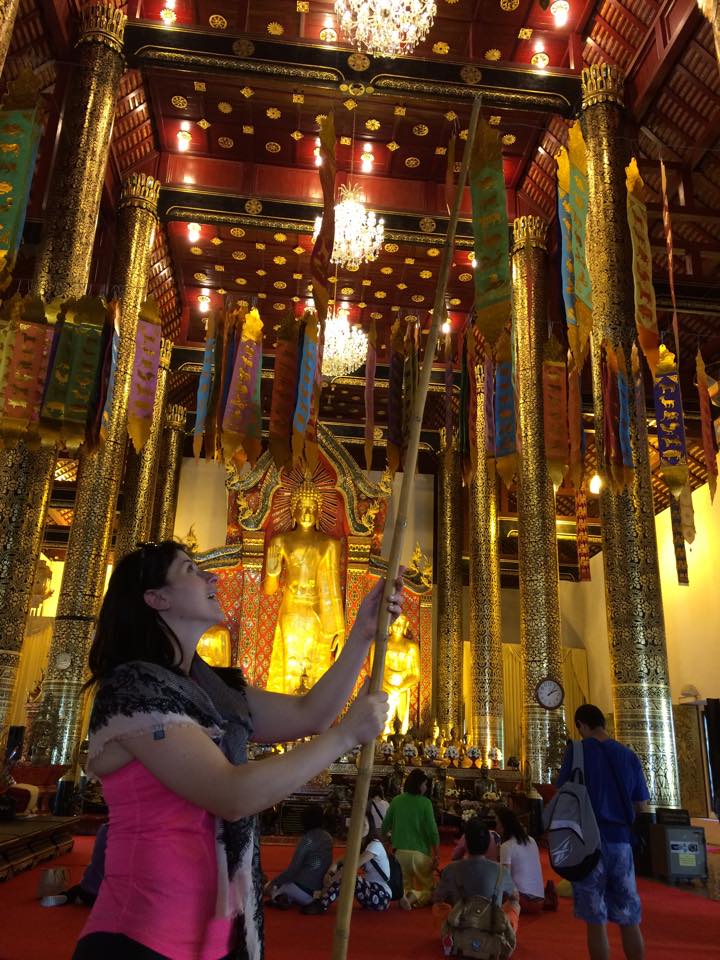
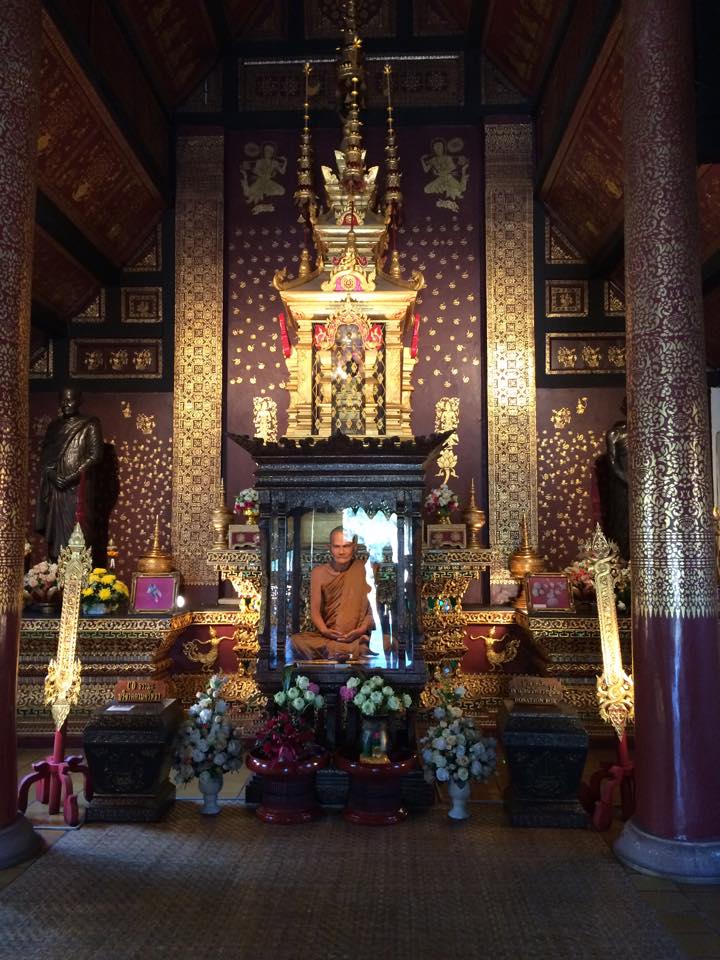 We also visited
We also visited 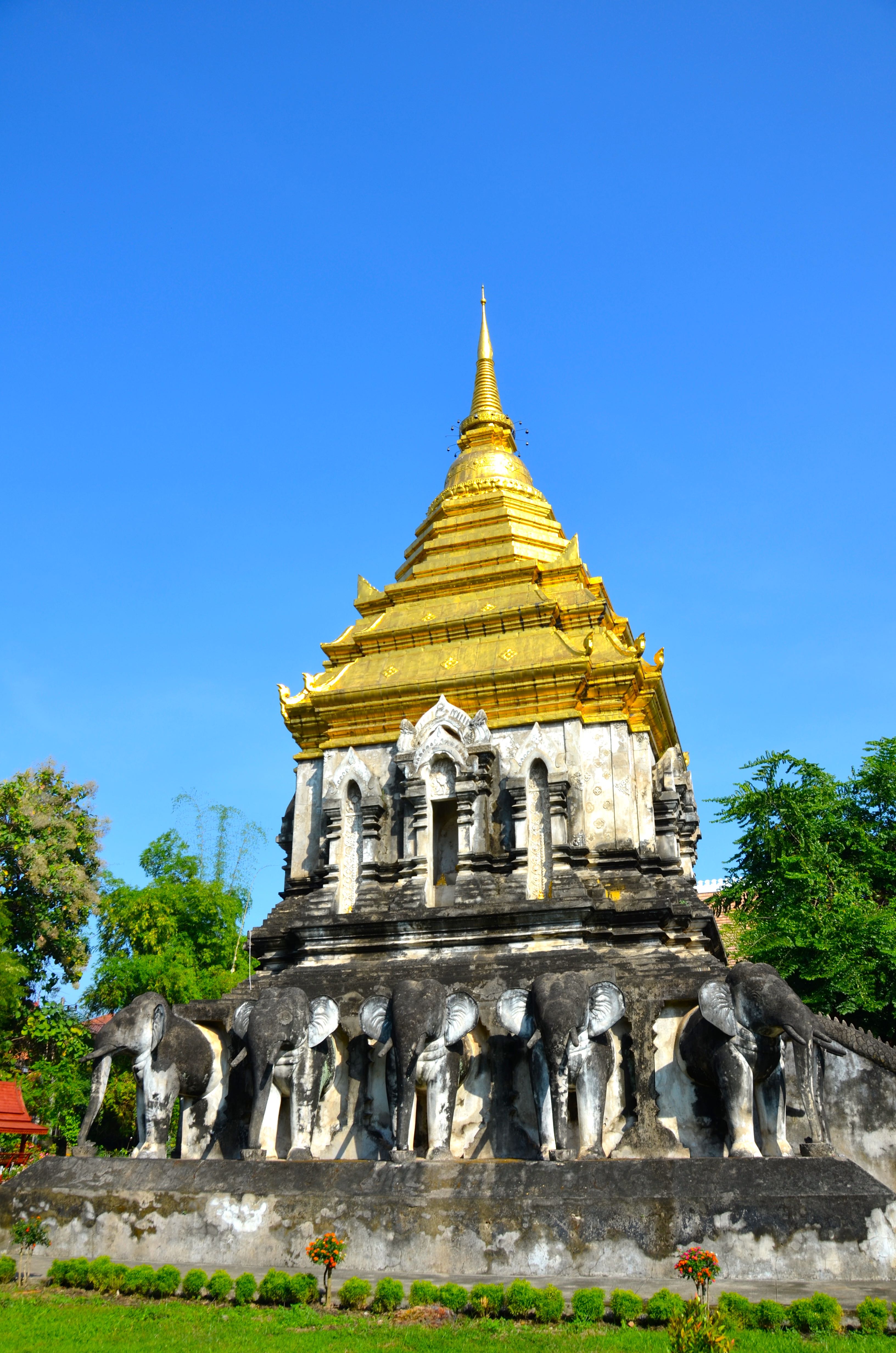
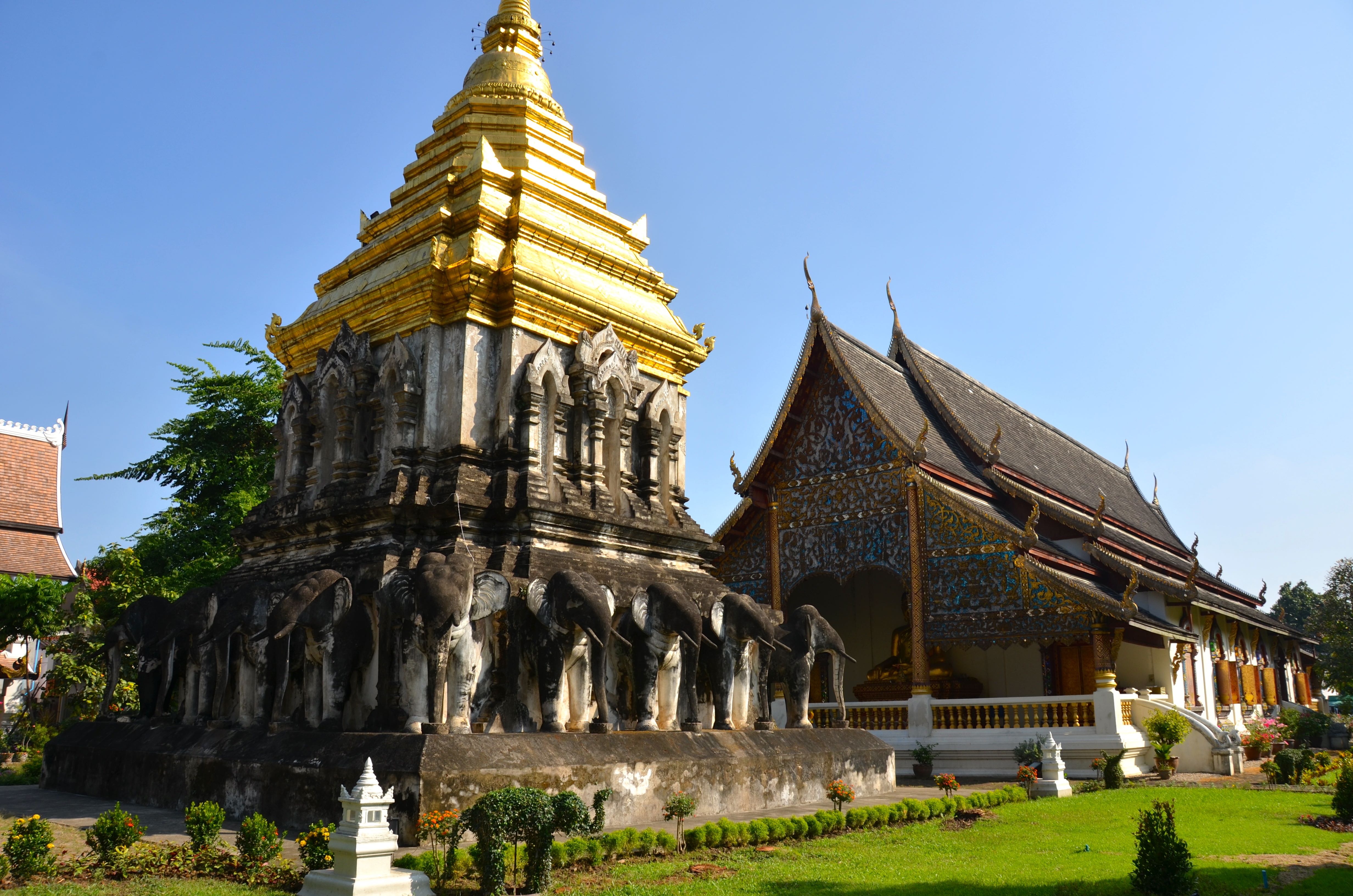
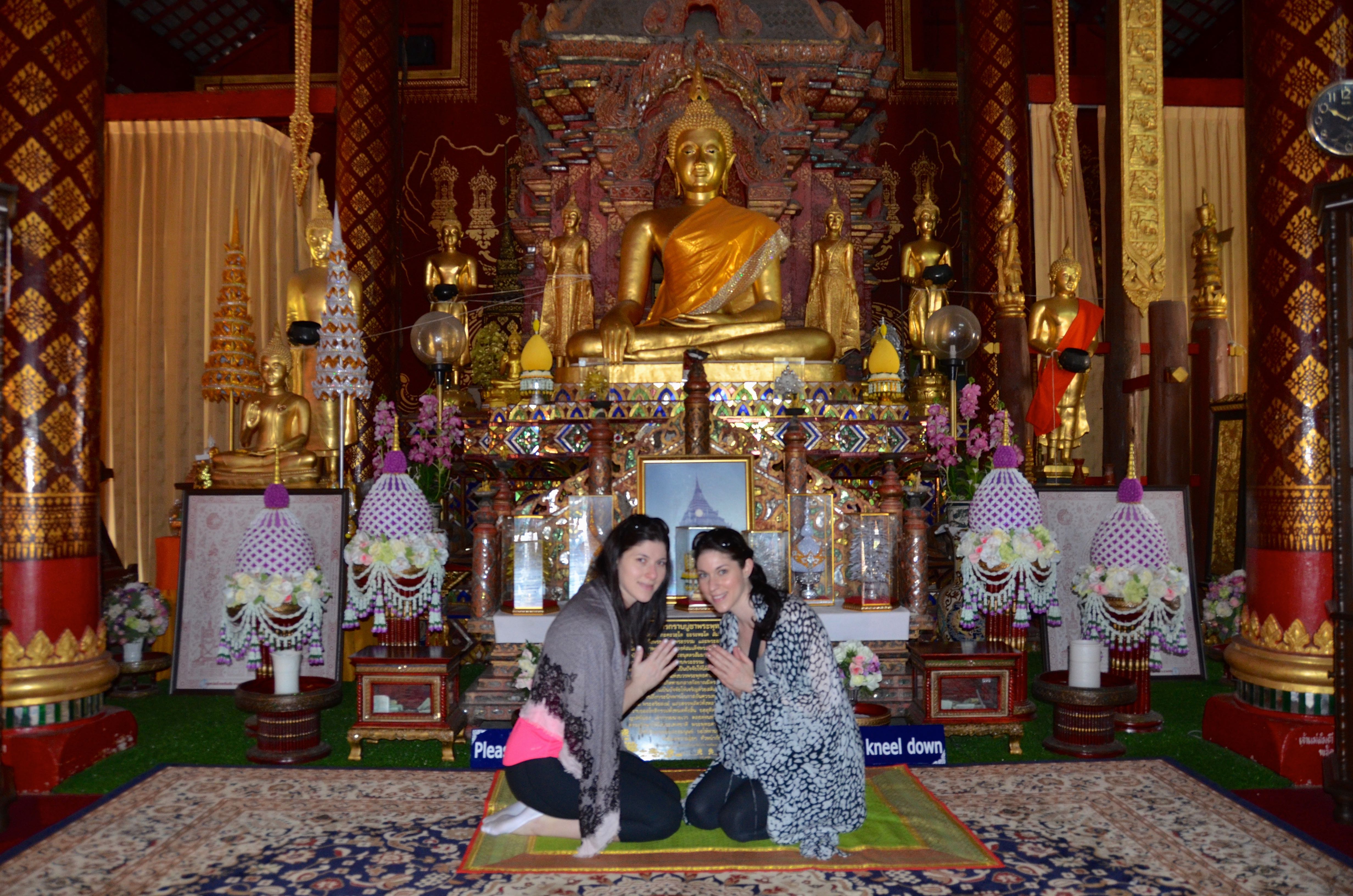
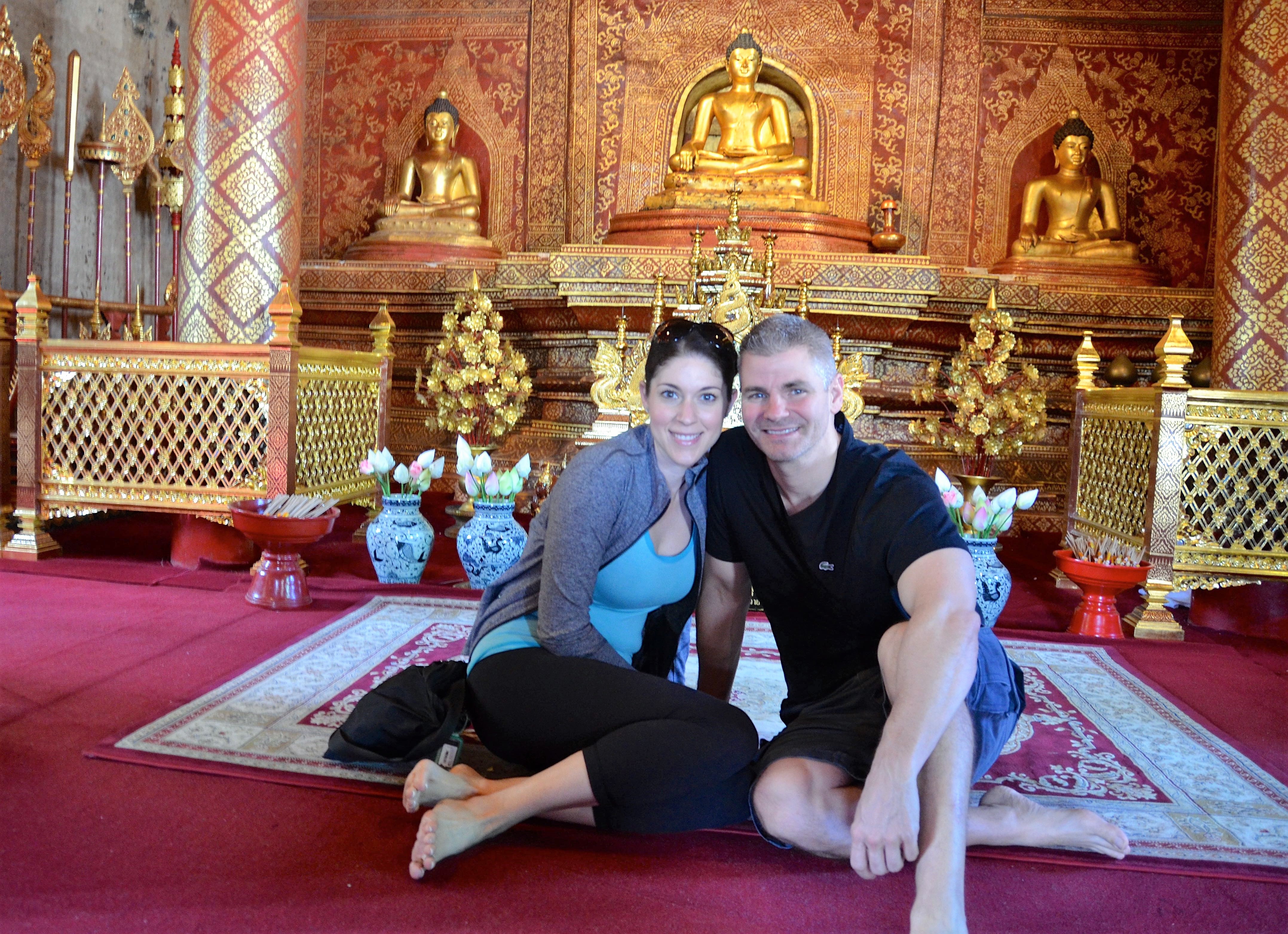
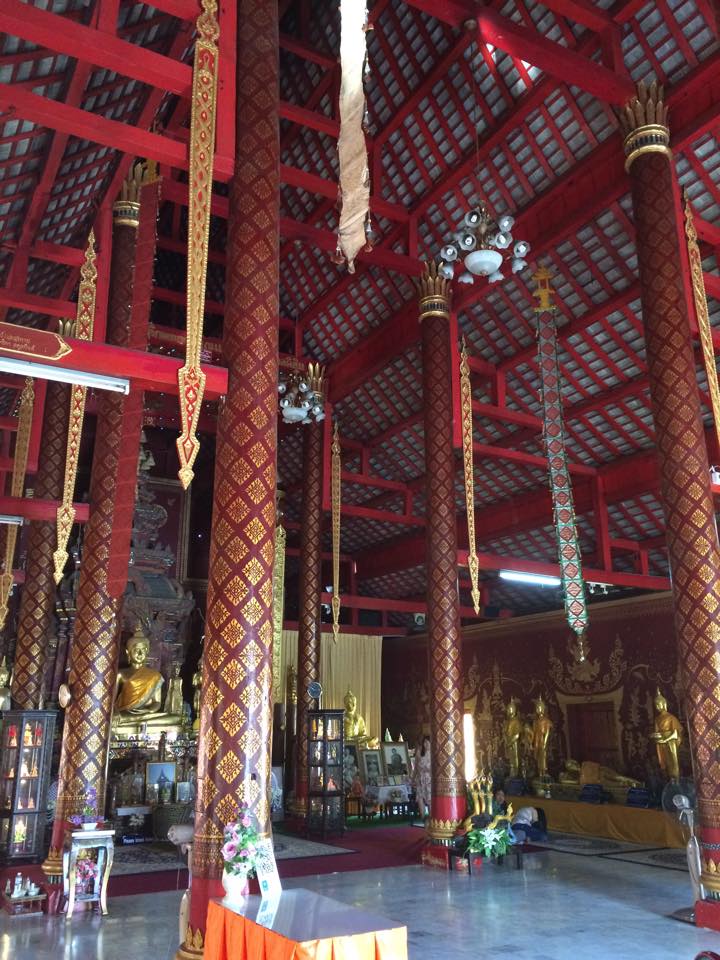
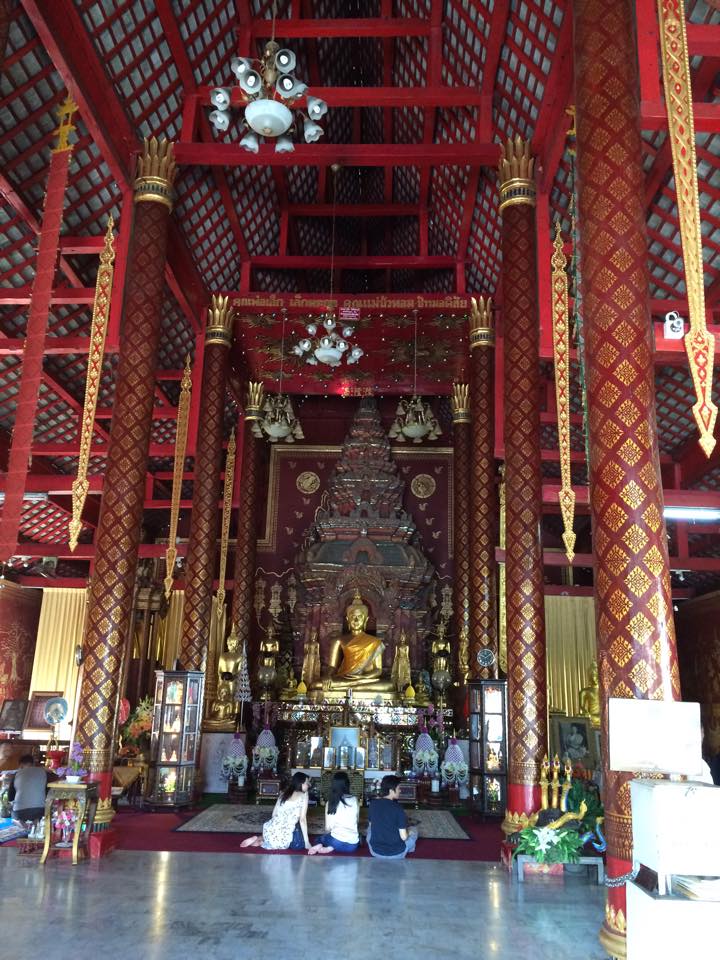 We visited some other smaller temples as well:
We visited some other smaller temples as well: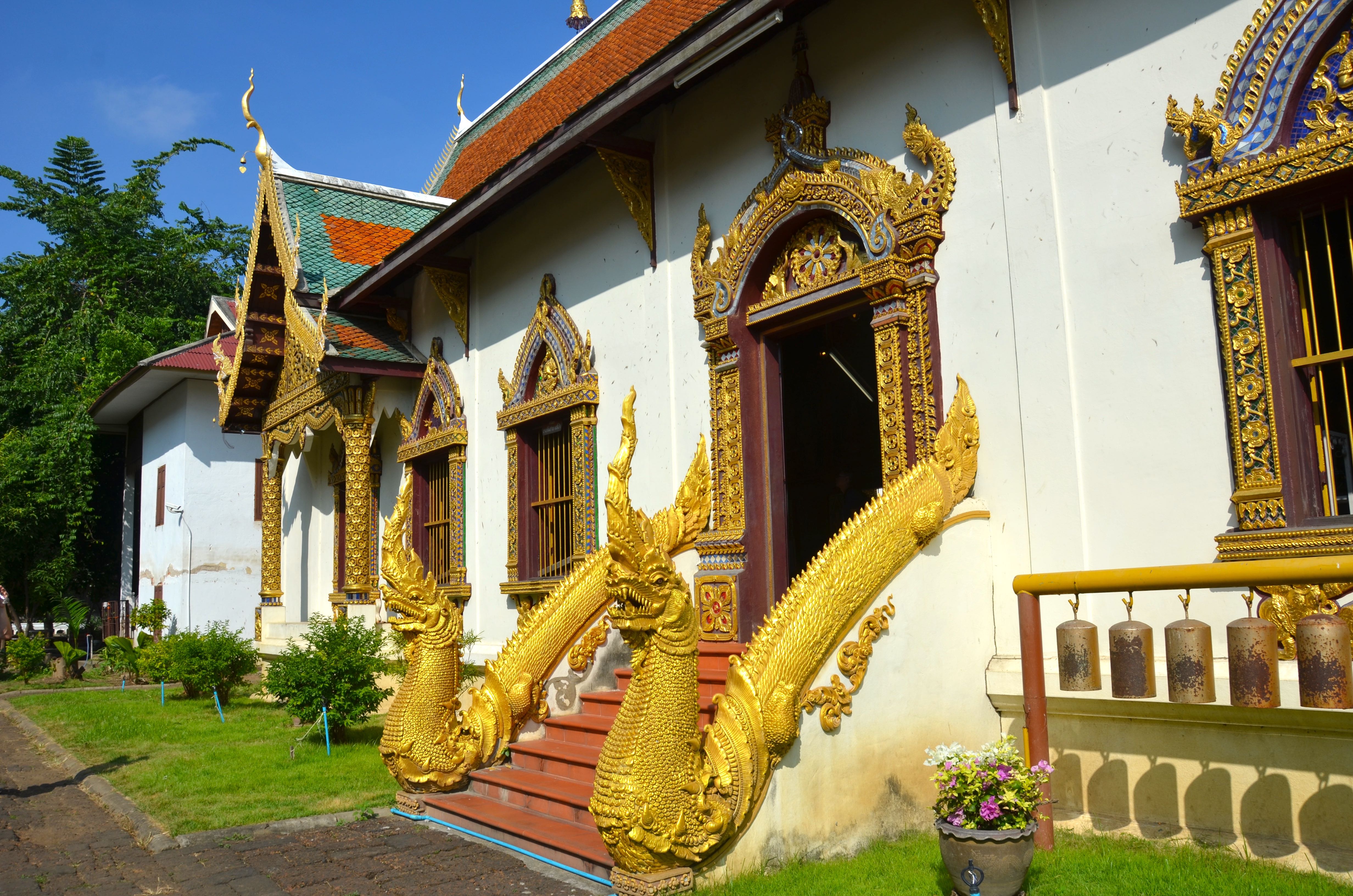
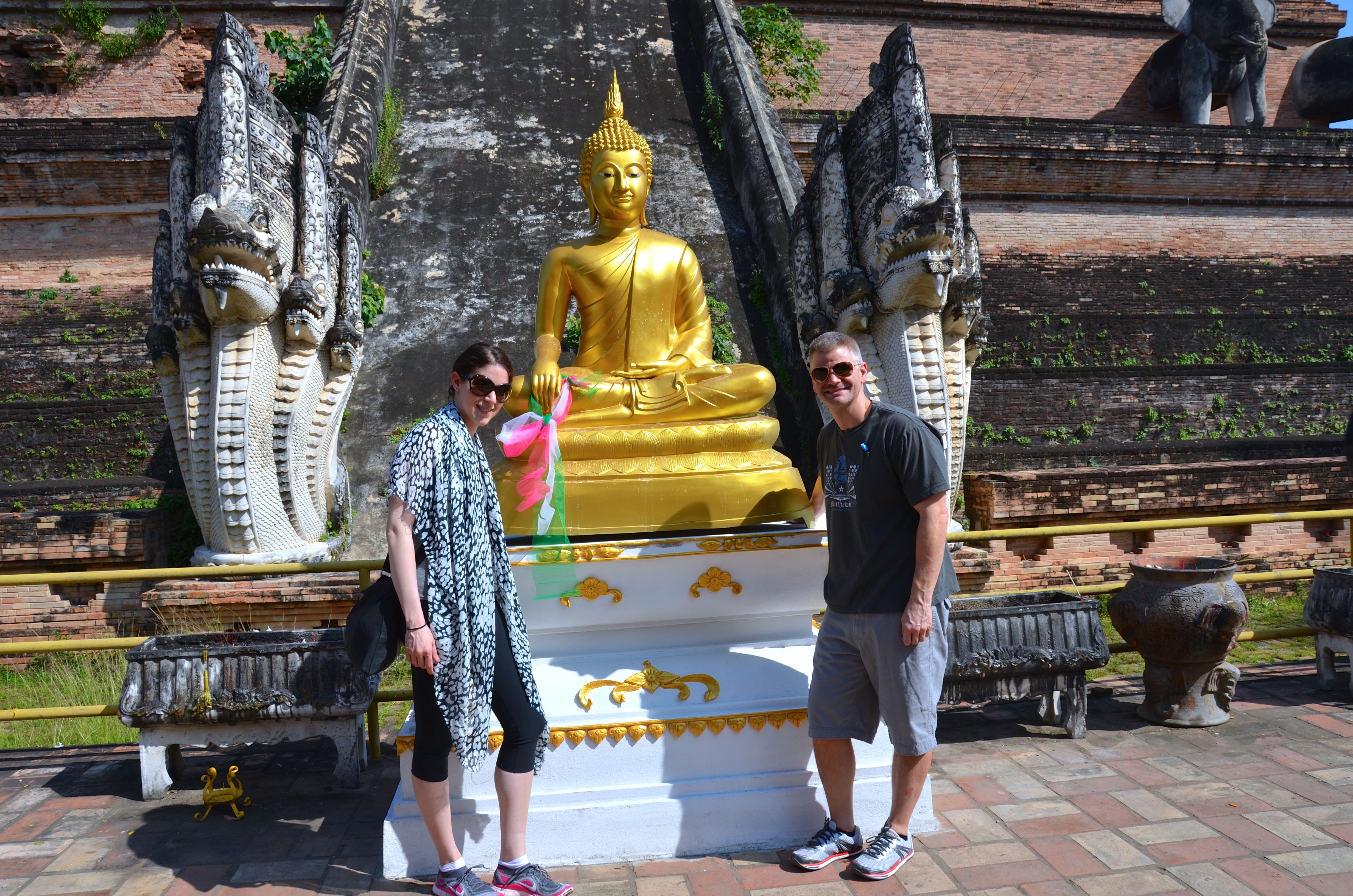
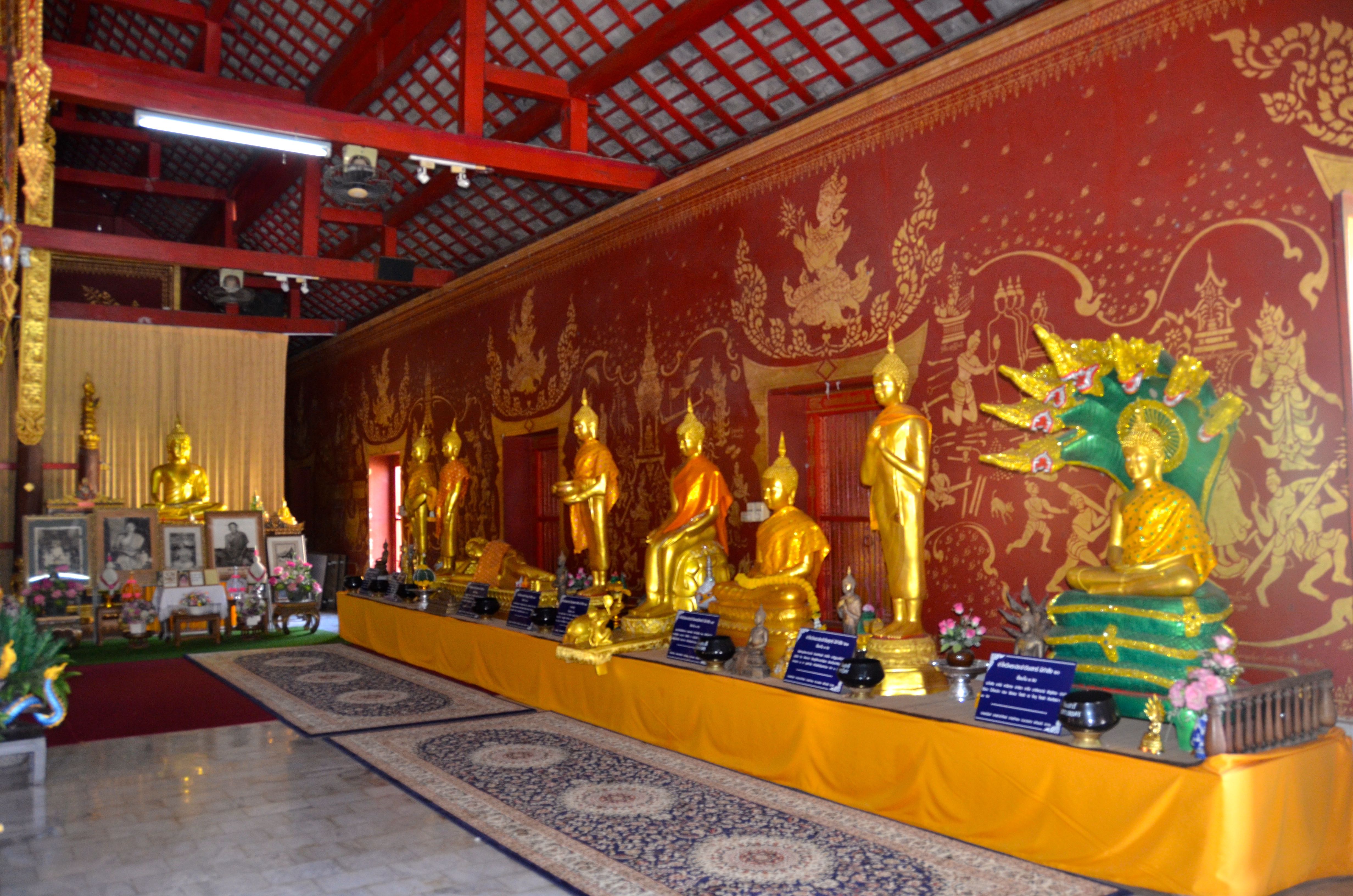
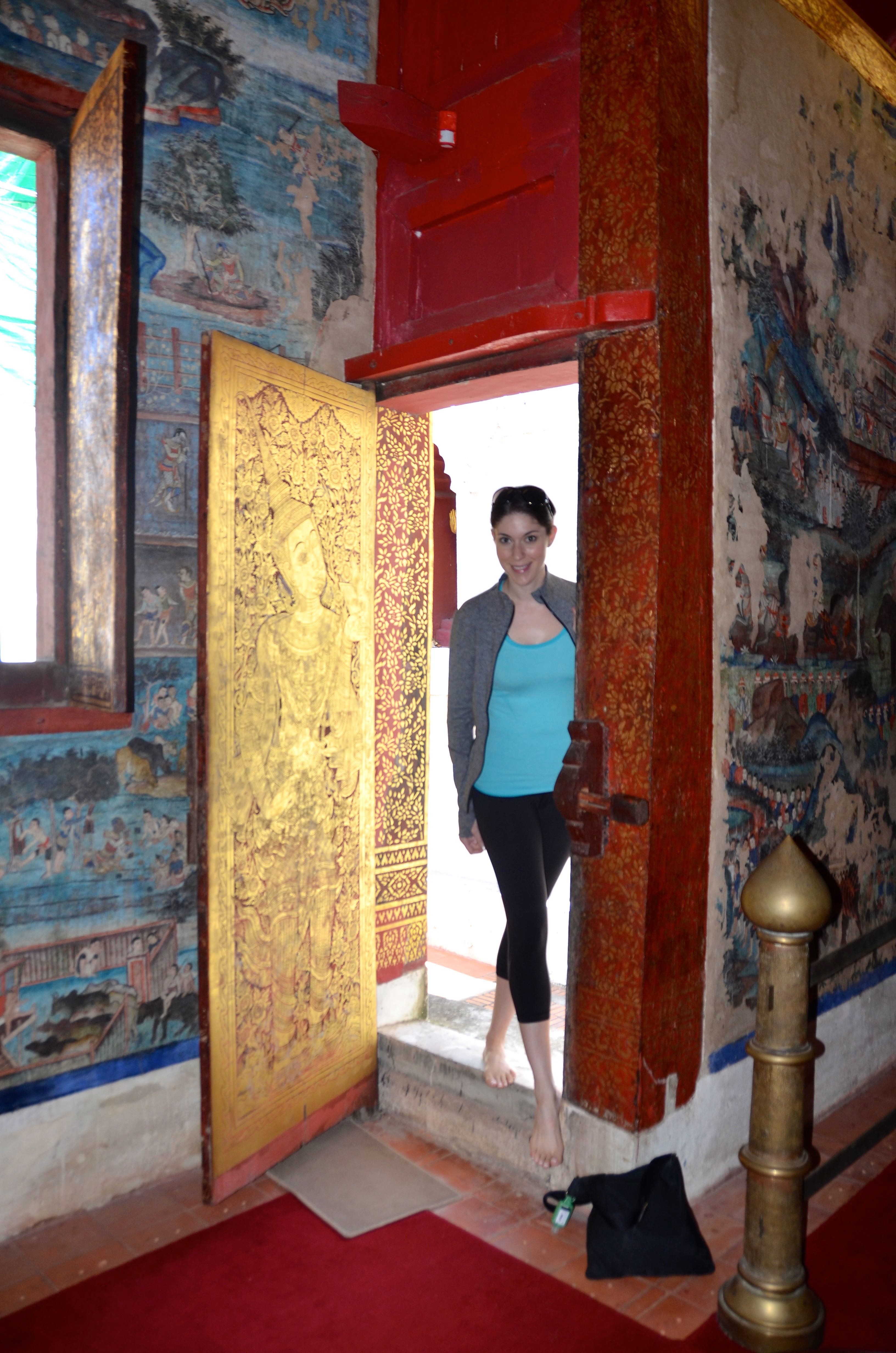
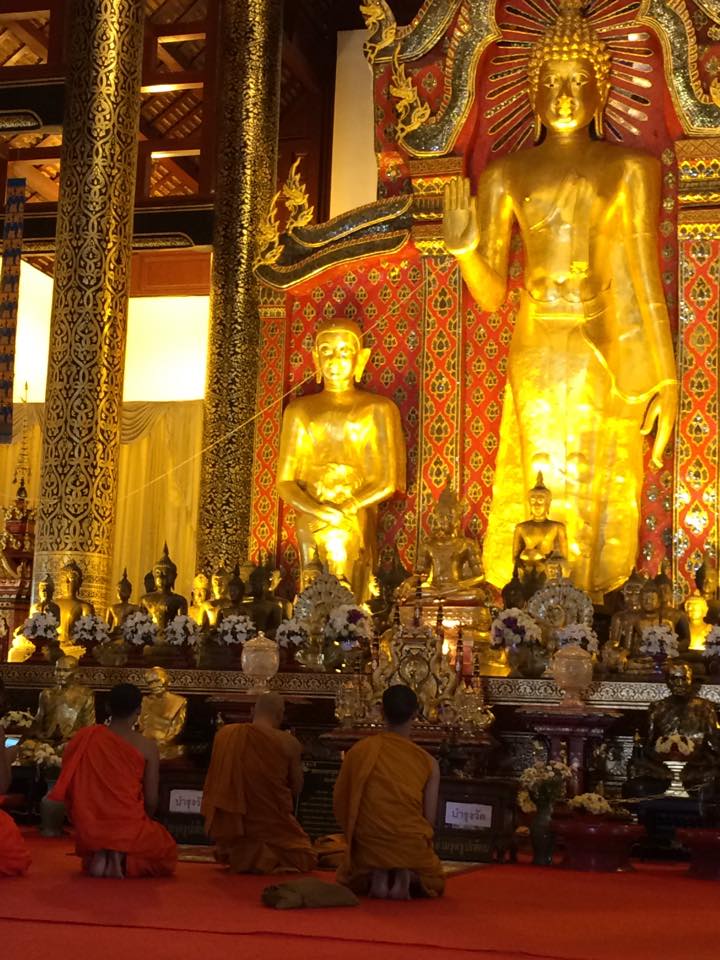
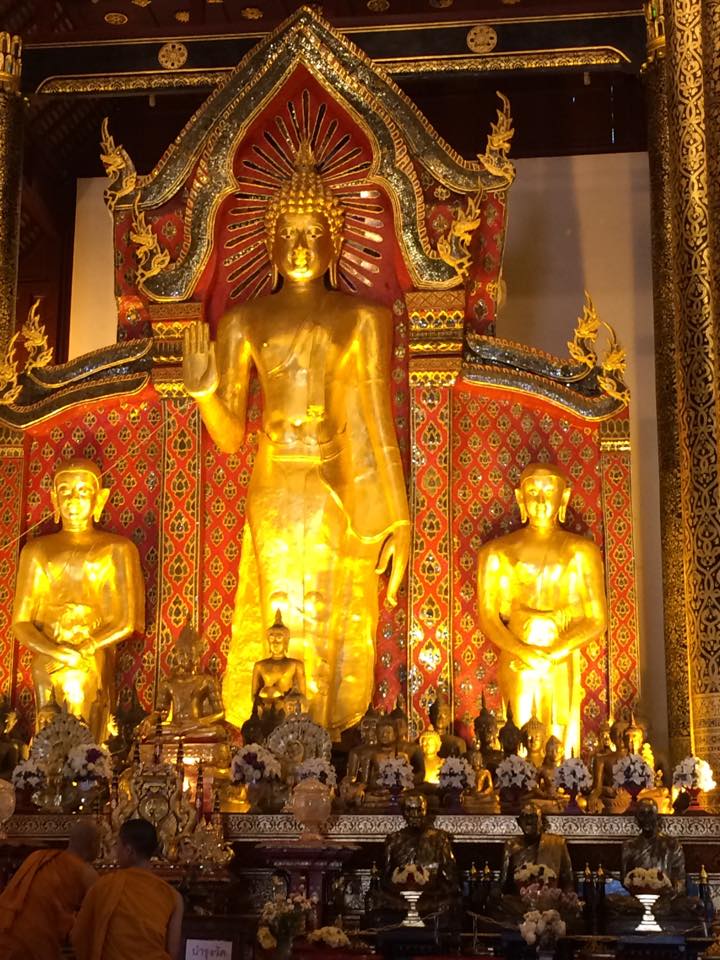
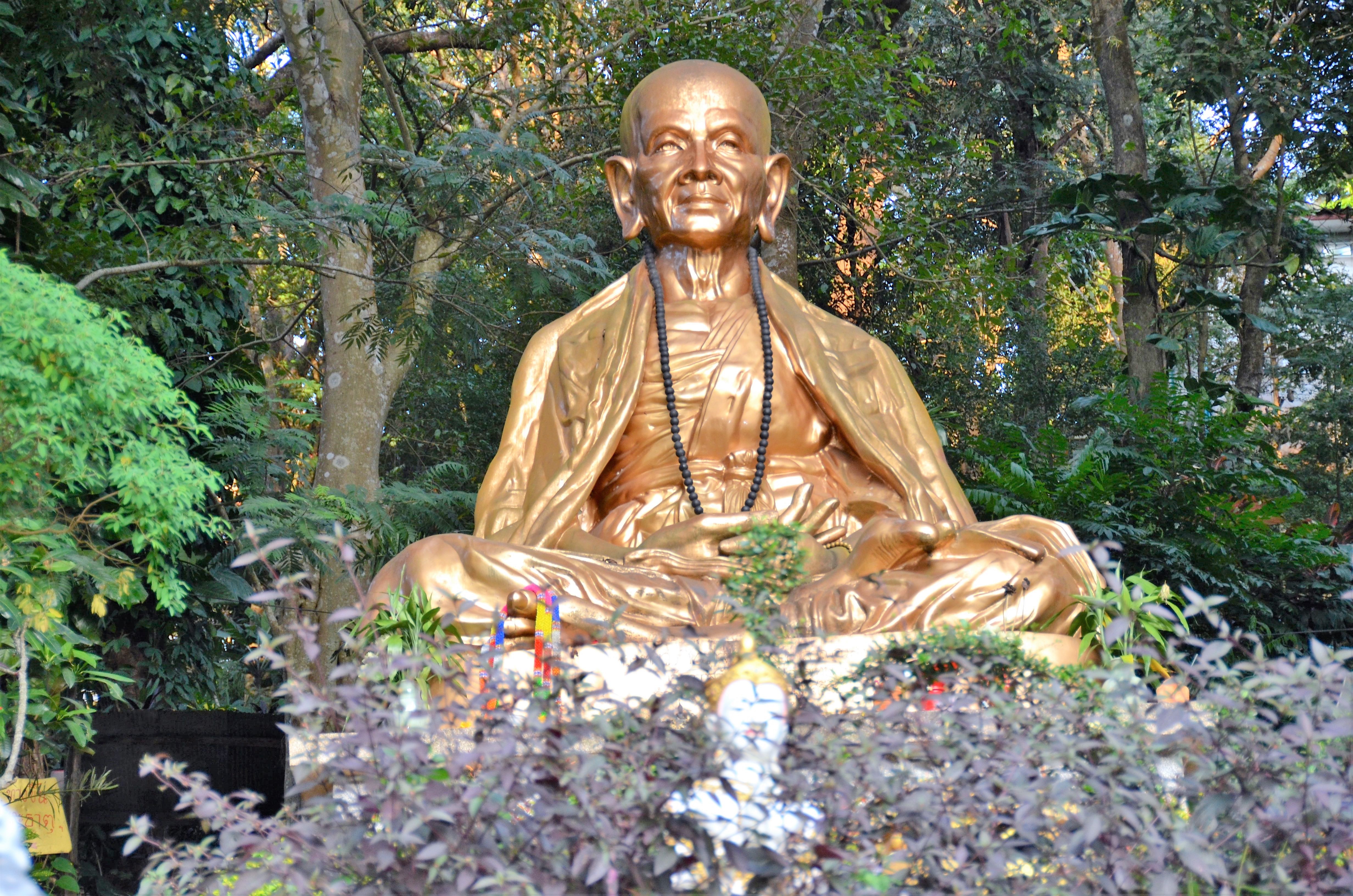 One of the coolest experiences we had while visiting the temples was a chance to sit with a novice monk and have a monk chat. You can ask the monks anything you want about life as a monk, and it gives the monks a chance to practice their English. While becoming a monk is sort of a process, it is voluntary, and a monk can return to civilian life whenever he chooses. This
One of the coolest experiences we had while visiting the temples was a chance to sit with a novice monk and have a monk chat. You can ask the monks anything you want about life as a monk, and it gives the monks a chance to practice their English. While becoming a monk is sort of a process, it is voluntary, and a monk can return to civilian life whenever he chooses. This 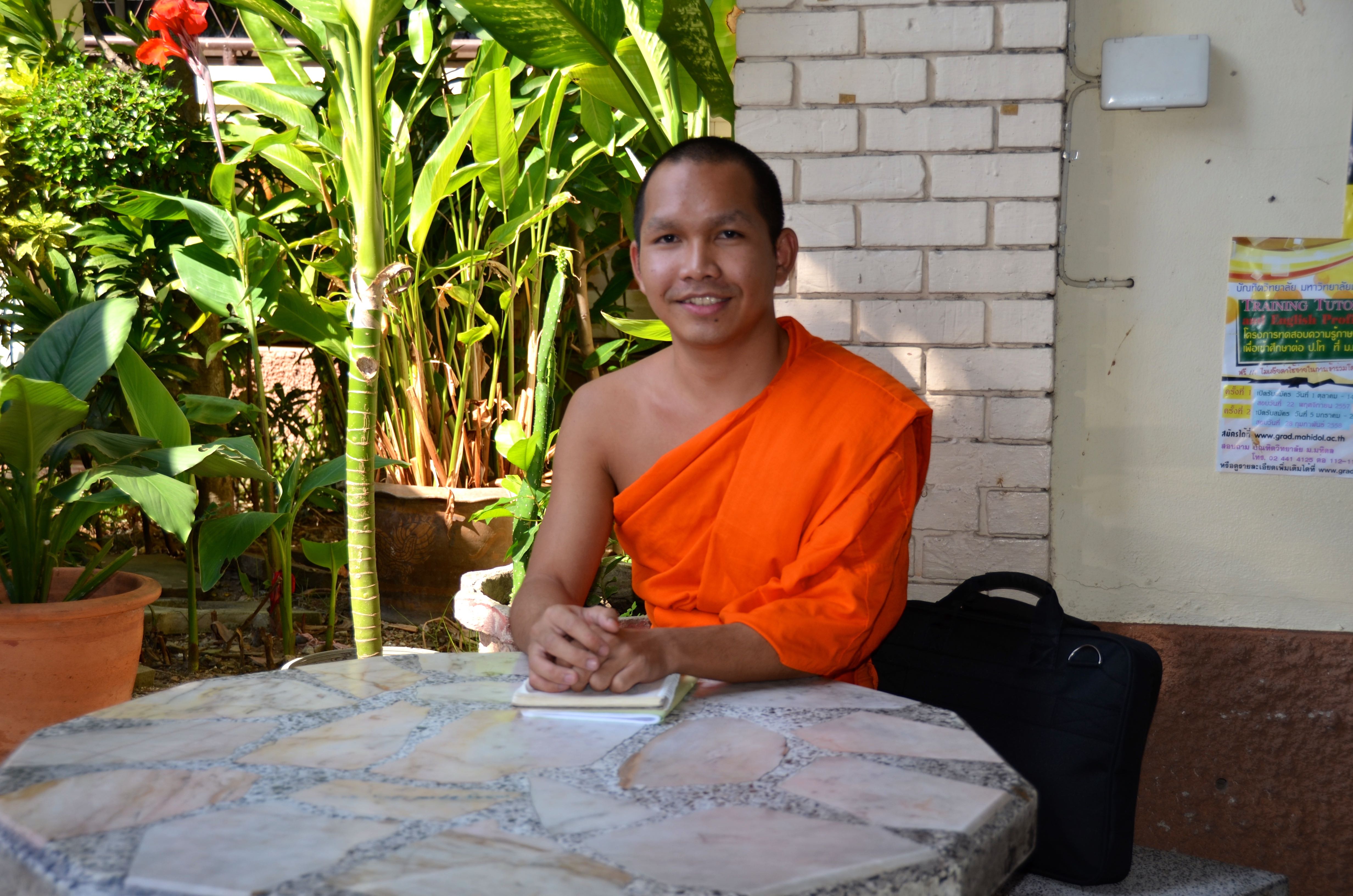 Throughout the day, we had some other monk encounters, like this one:
Throughout the day, we had some other monk encounters, like this one: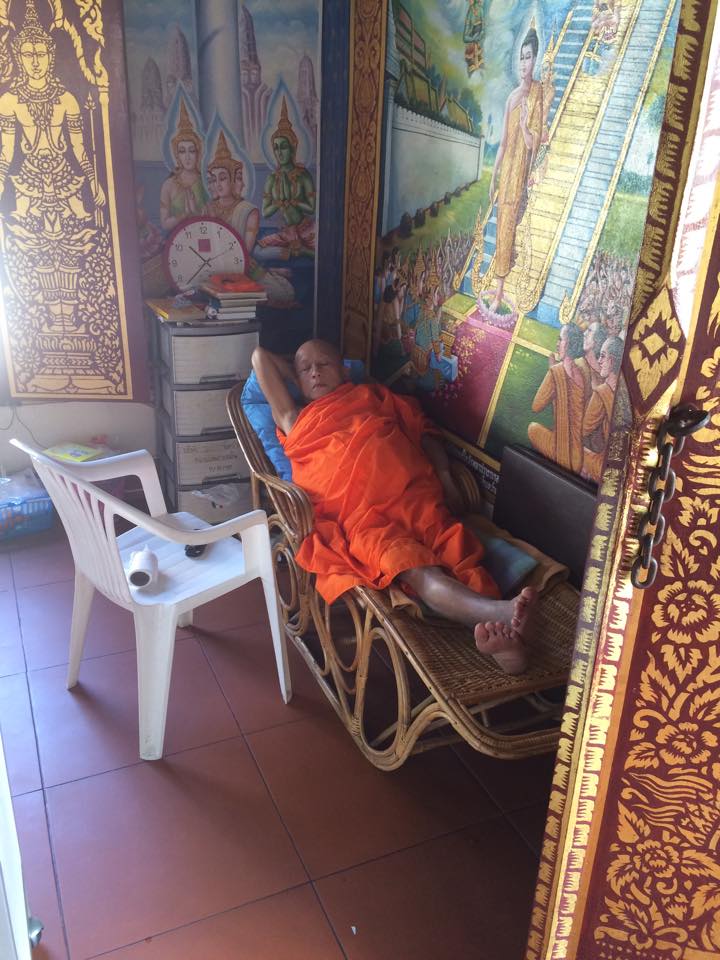 This may be a good place to tell you about one of the stranger Thai customs we encountered: Thai public restrooms. The Thai are concerned with cleanliness, so, at some of the temples, in addition to paying to use the restroom, you also have to wear what they call toilet shoes. Yes, you read that right, toilet shoes. Oddly enough, toilet shoes are public shoes that they loan you in the restroom facilities that are worn only when using the toilet. You leave your regular shoes outside. Seems kind of opposite of sanitary, right? Also, this is where you become thankful for those socks. Another odd bathroom custom are the signs that instruct you not to stand on the toilet seat and squat, but rather, to sit on the seat. I am not sure why this needs explaining, but I assume that local or indigenous people who do not have indoor plumbing sometimes take a pilgrimage to the temples and are unaccustomed to using an indoor toilet facility. I don’t know; all I know is that I was amused and grossed out at the same time.
This may be a good place to tell you about one of the stranger Thai customs we encountered: Thai public restrooms. The Thai are concerned with cleanliness, so, at some of the temples, in addition to paying to use the restroom, you also have to wear what they call toilet shoes. Yes, you read that right, toilet shoes. Oddly enough, toilet shoes are public shoes that they loan you in the restroom facilities that are worn only when using the toilet. You leave your regular shoes outside. Seems kind of opposite of sanitary, right? Also, this is where you become thankful for those socks. Another odd bathroom custom are the signs that instruct you not to stand on the toilet seat and squat, but rather, to sit on the seat. I am not sure why this needs explaining, but I assume that local or indigenous people who do not have indoor plumbing sometimes take a pilgrimage to the temples and are unaccustomed to using an indoor toilet facility. I don’t know; all I know is that I was amused and grossed out at the same time. 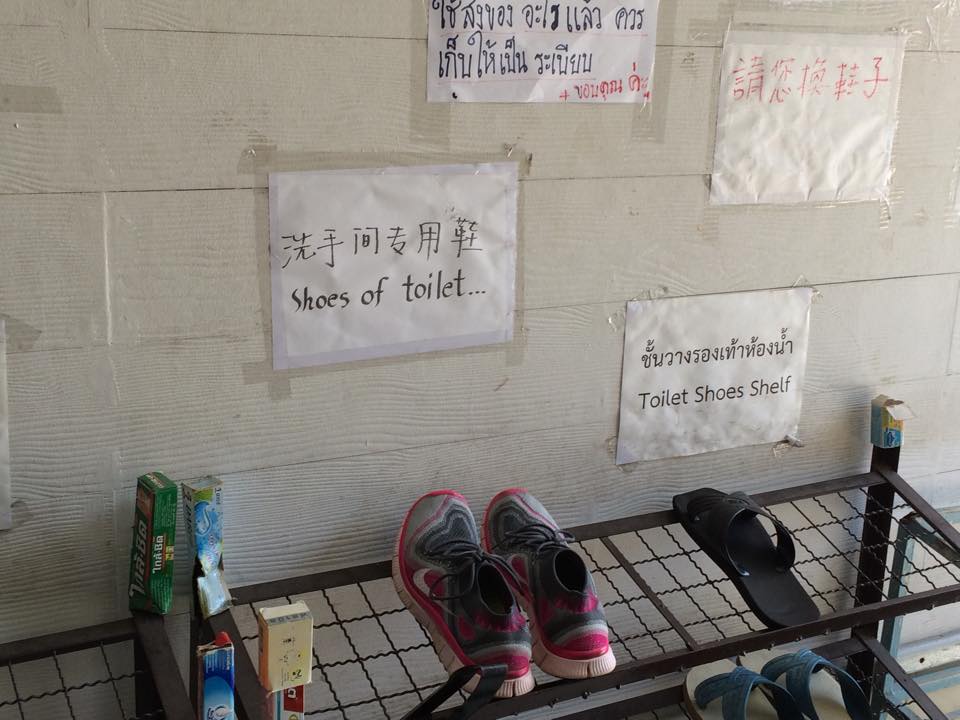
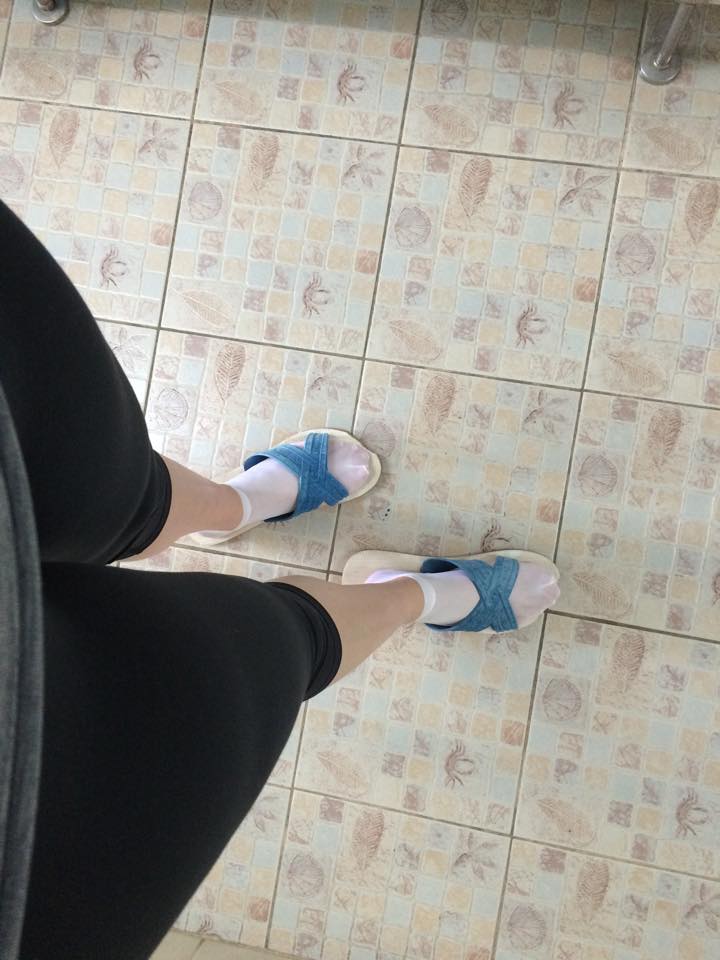
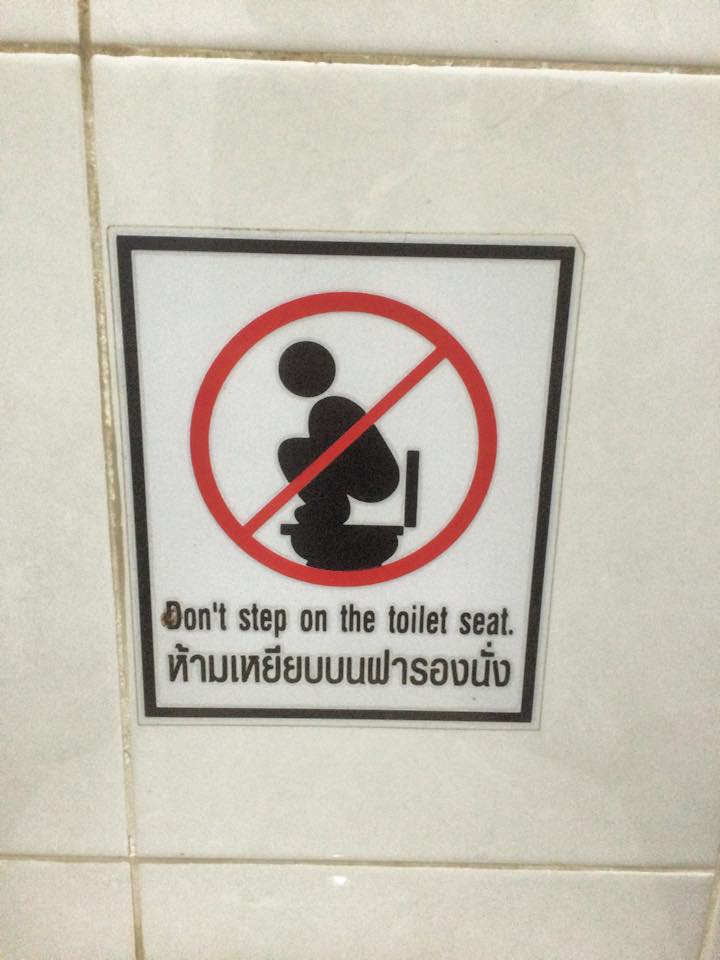
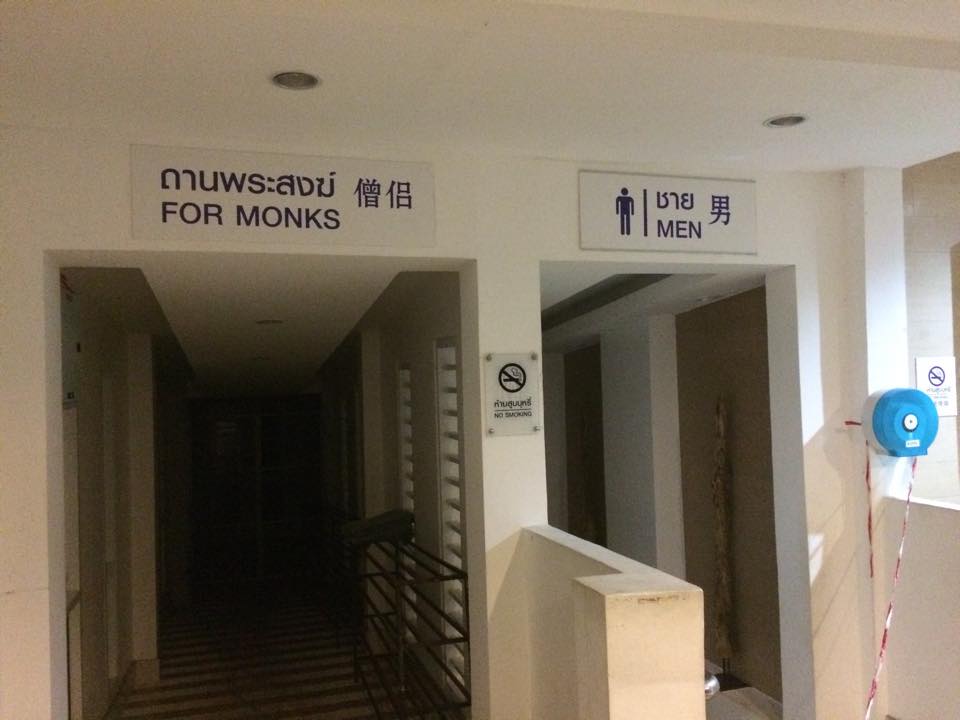 After a morning of visiting temples, we decided to spend the afternoon at a weaving cooperative where we learned about ancient weaving techniques from Thai weavers.
After a morning of visiting temples, we decided to spend the afternoon at a weaving cooperative where we learned about ancient weaving techniques from Thai weavers.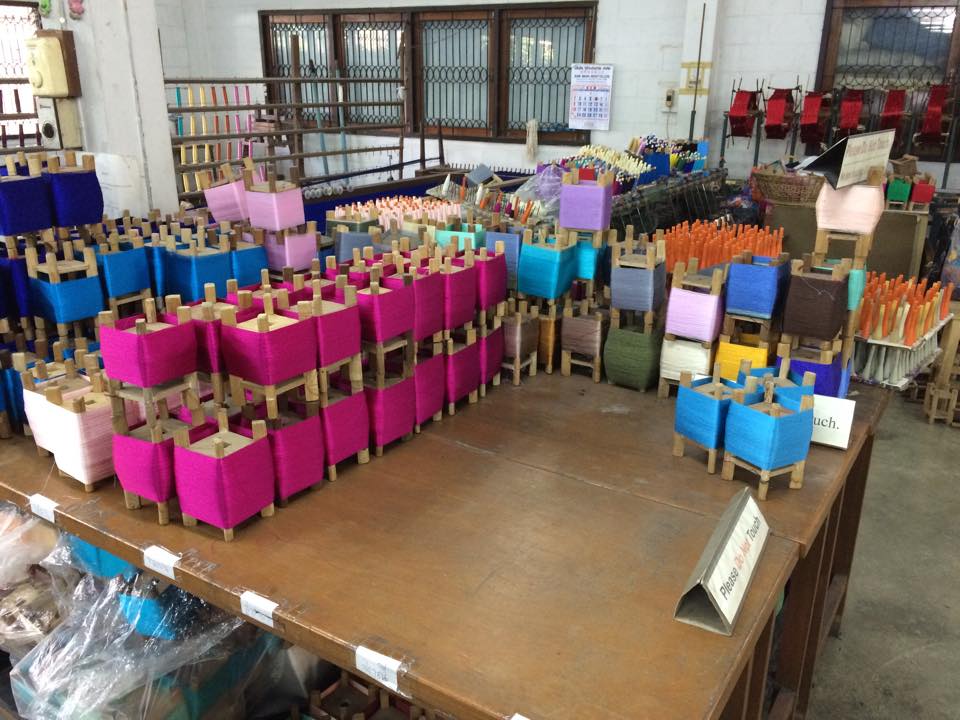
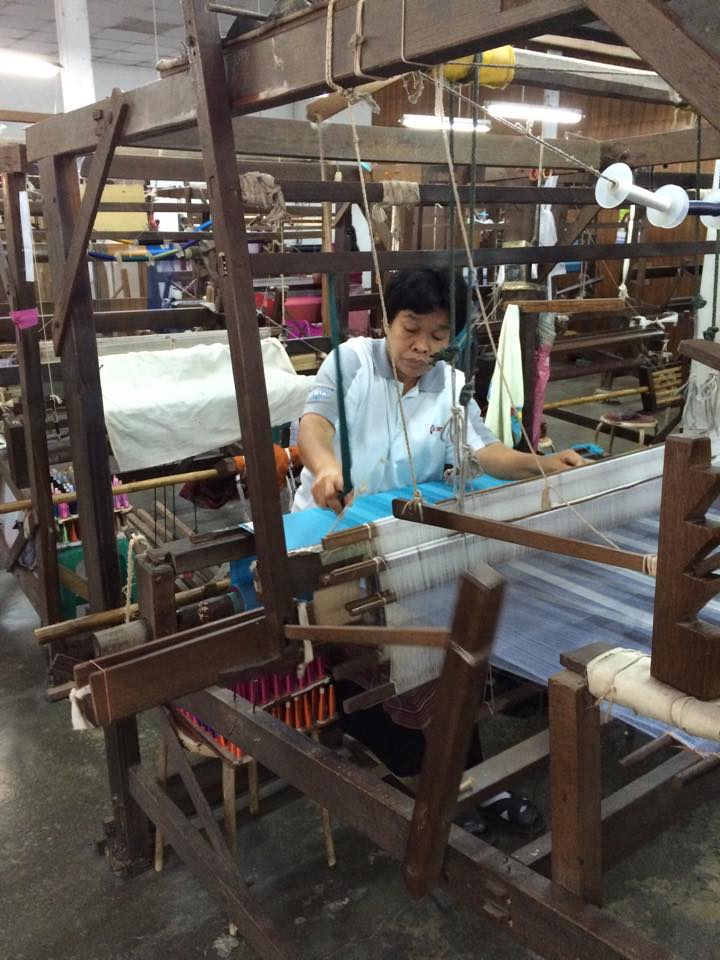 Our next order of business was to get a famous Thai foot massage! Not only was this cheap, it was an hour of pure bliss.
Our next order of business was to get a famous Thai foot massage! Not only was this cheap, it was an hour of pure bliss.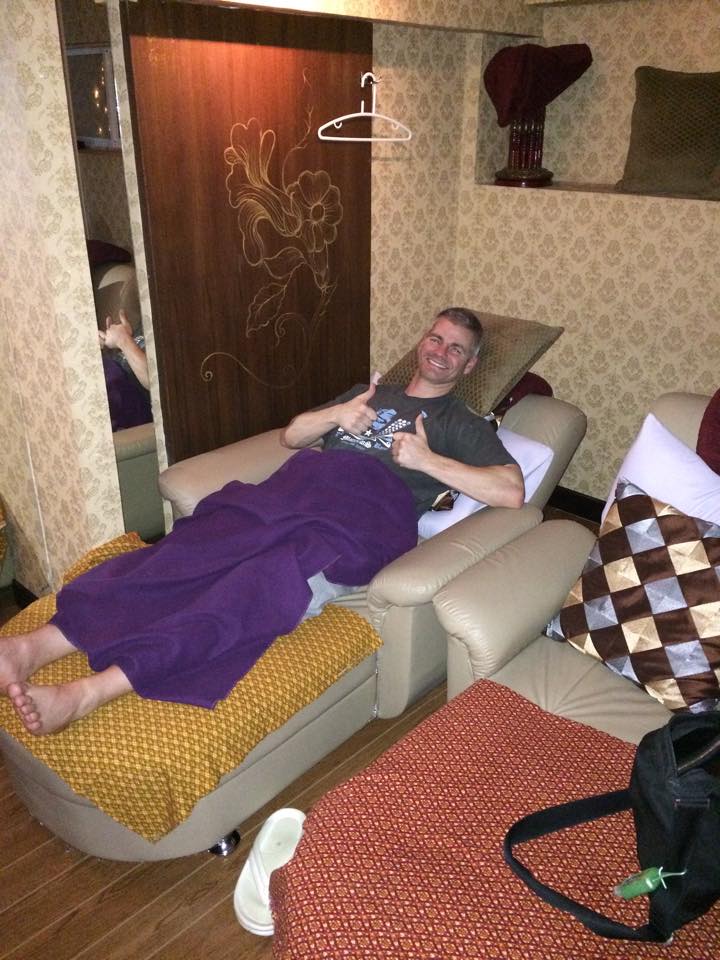 In the evening, we visited my favorite temple in all of Thailand,
In the evening, we visited my favorite temple in all of Thailand, 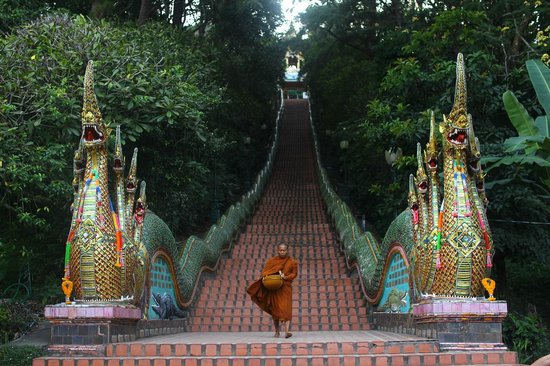
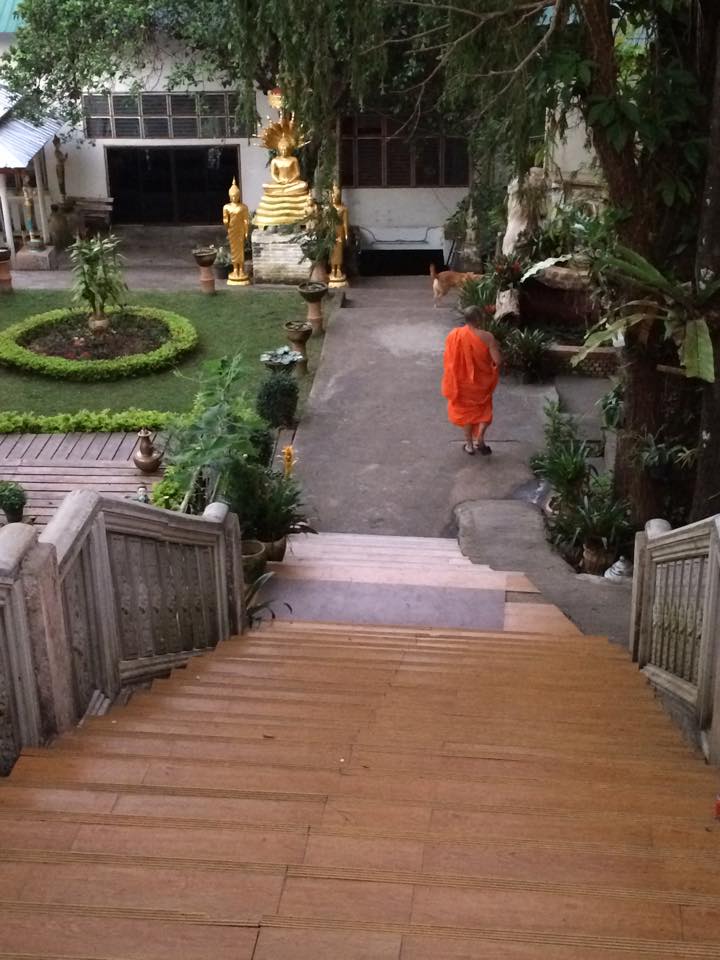
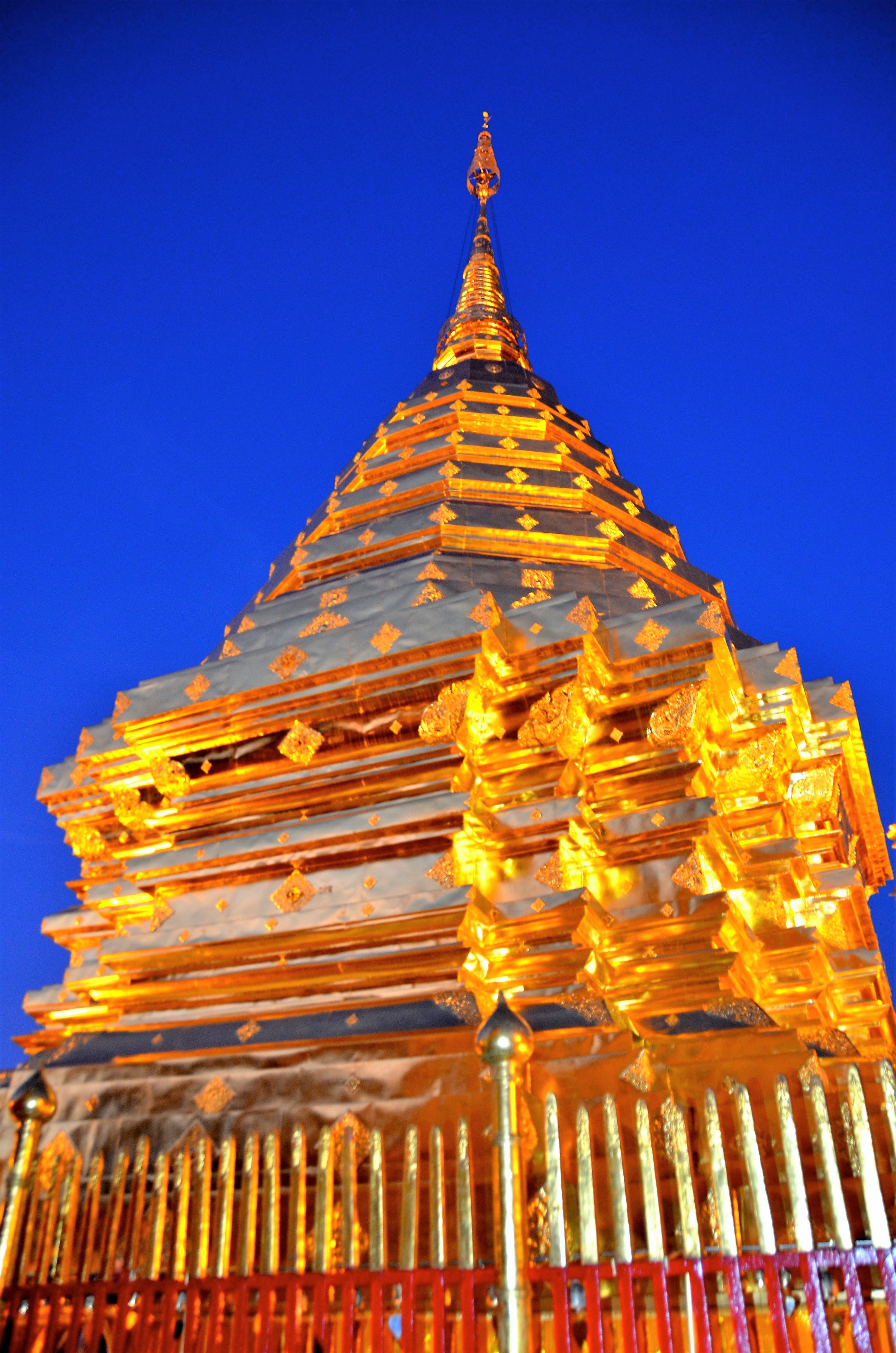
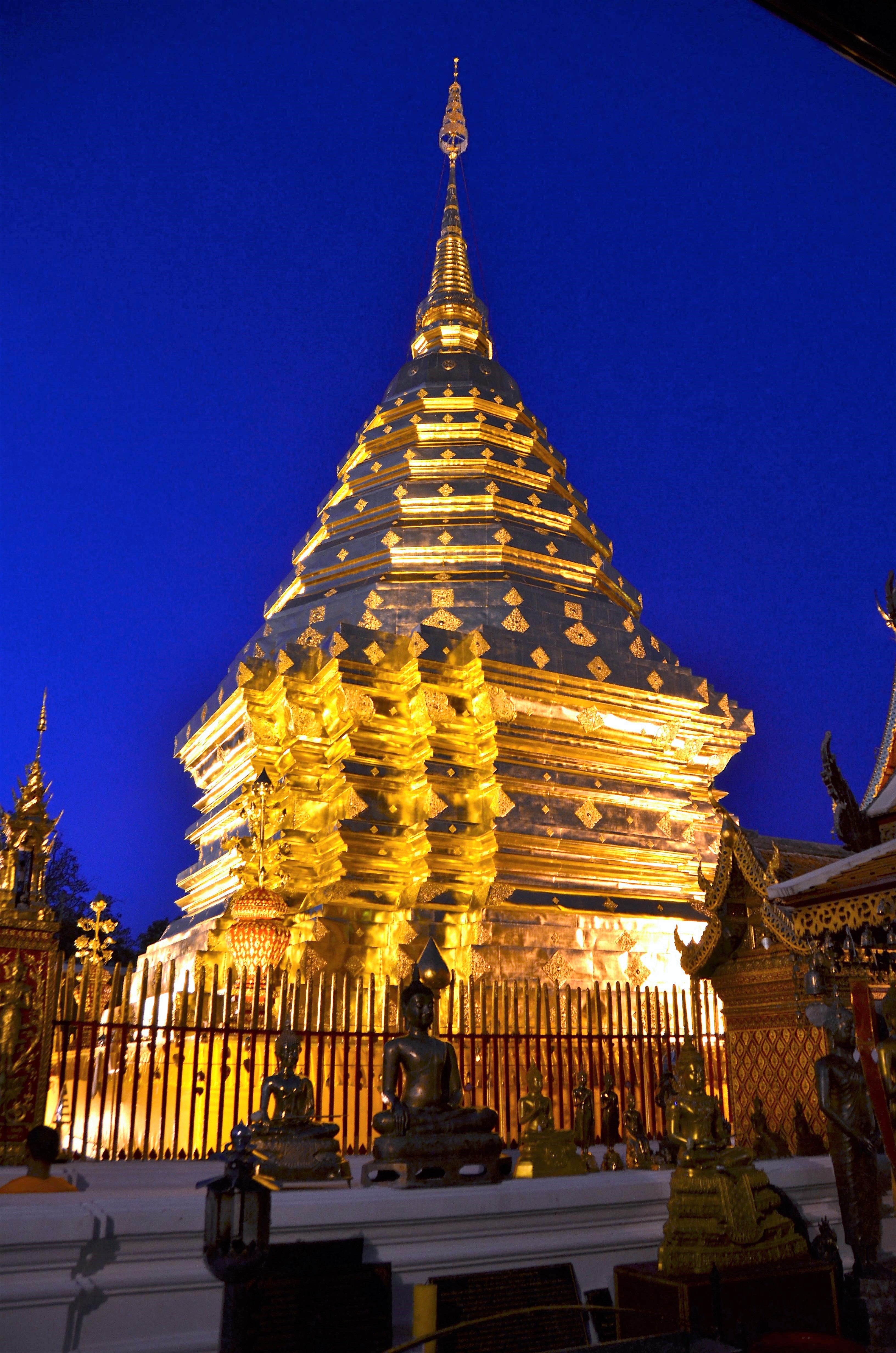
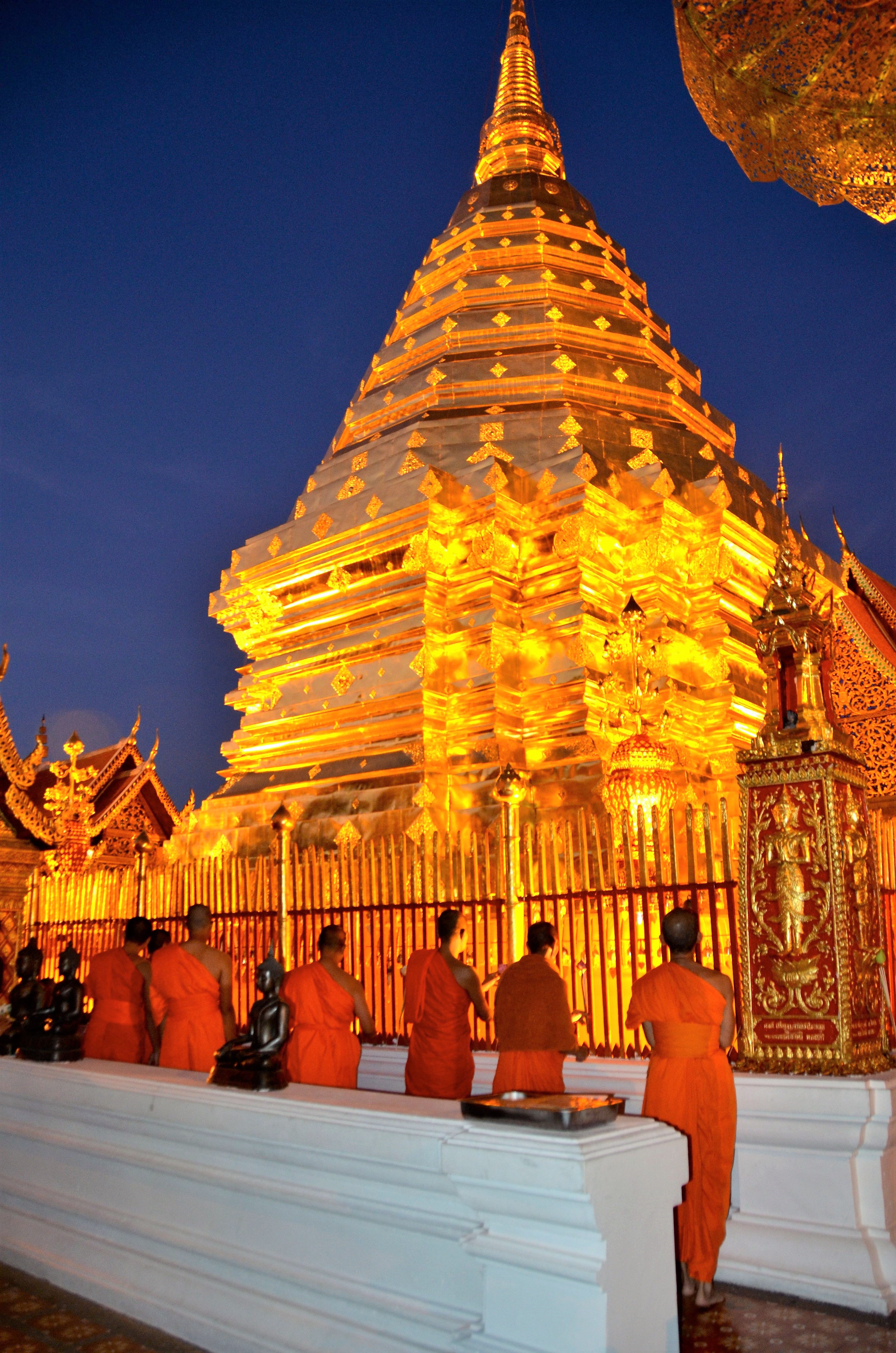
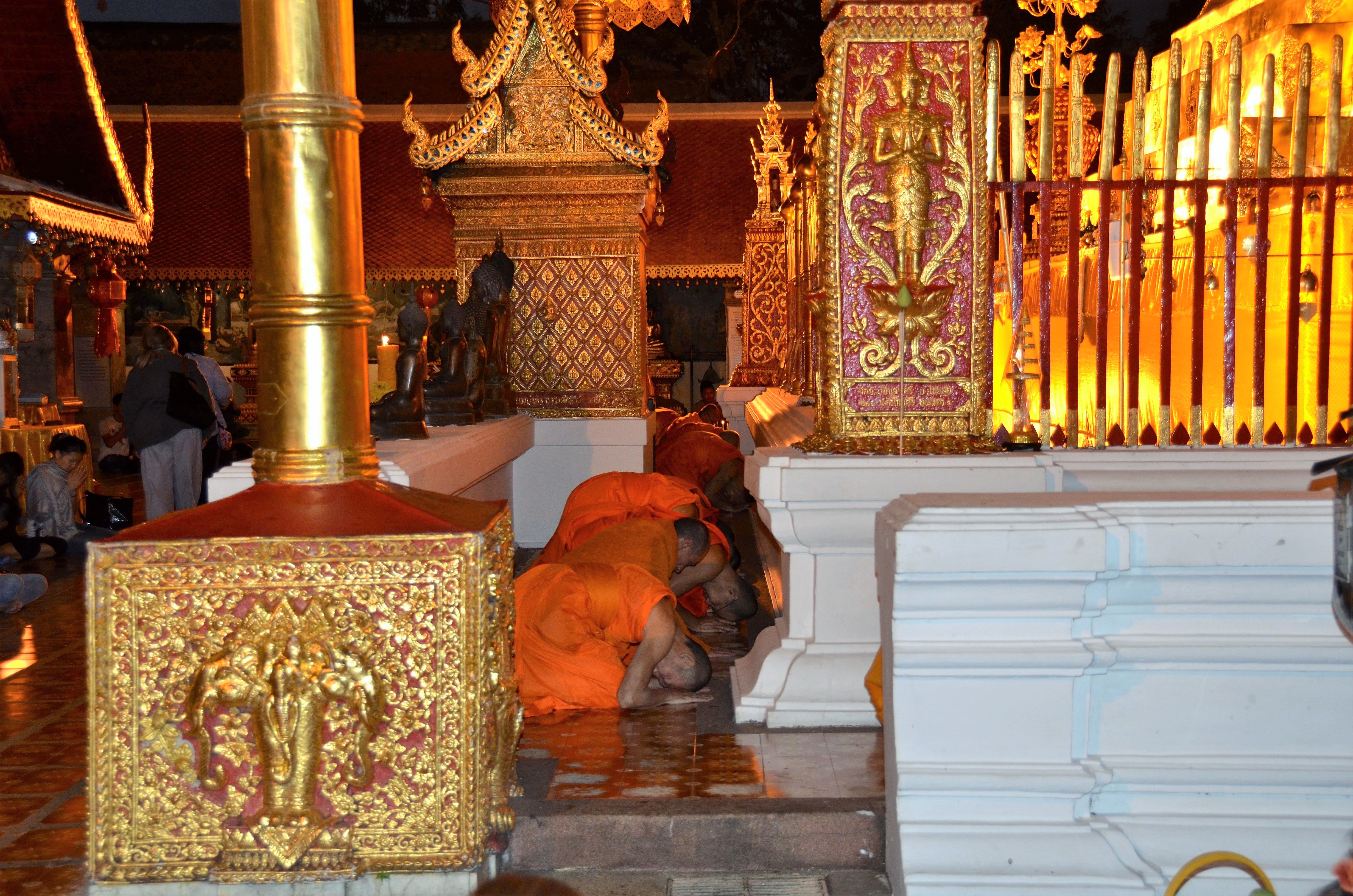
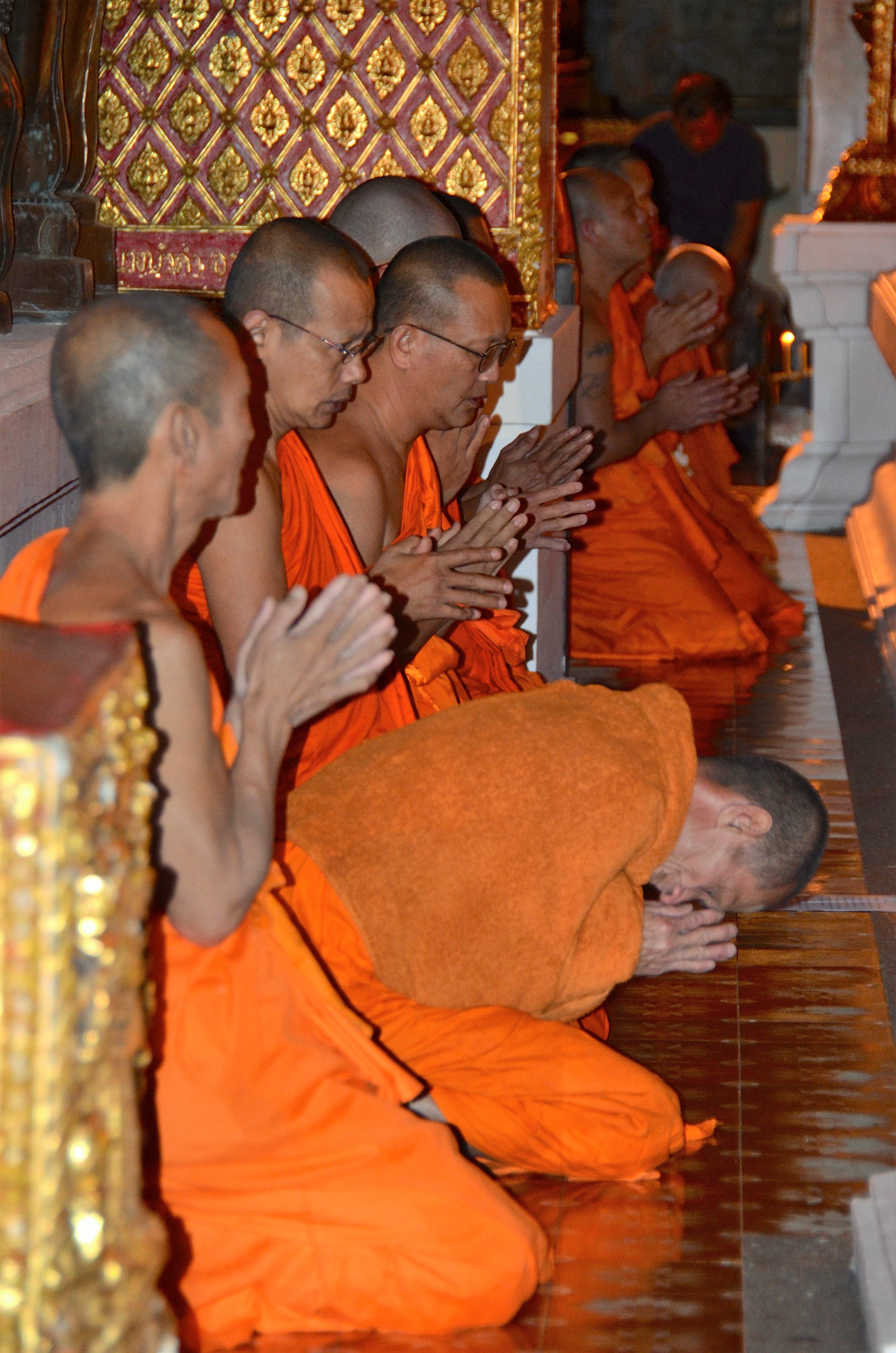
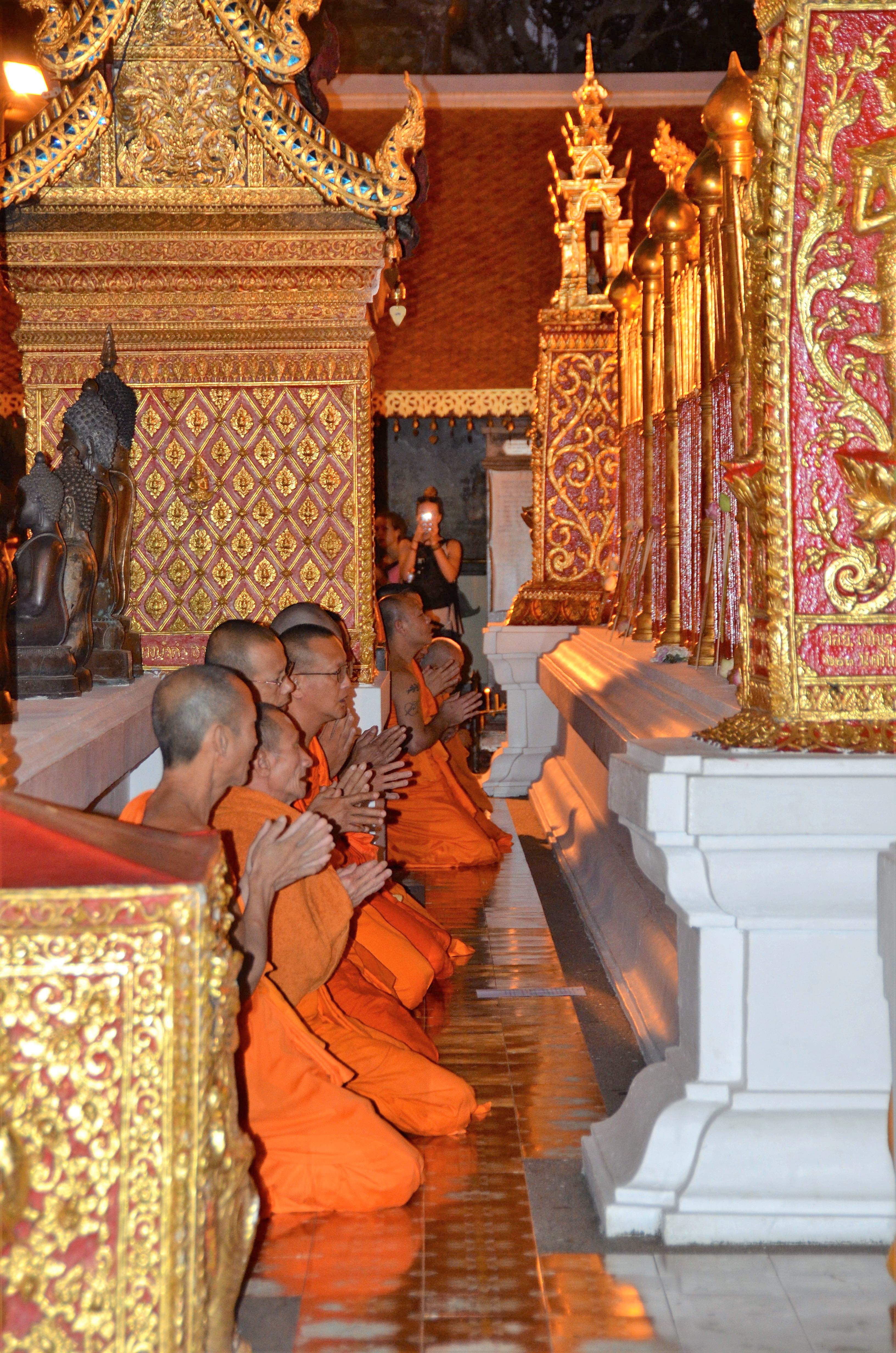
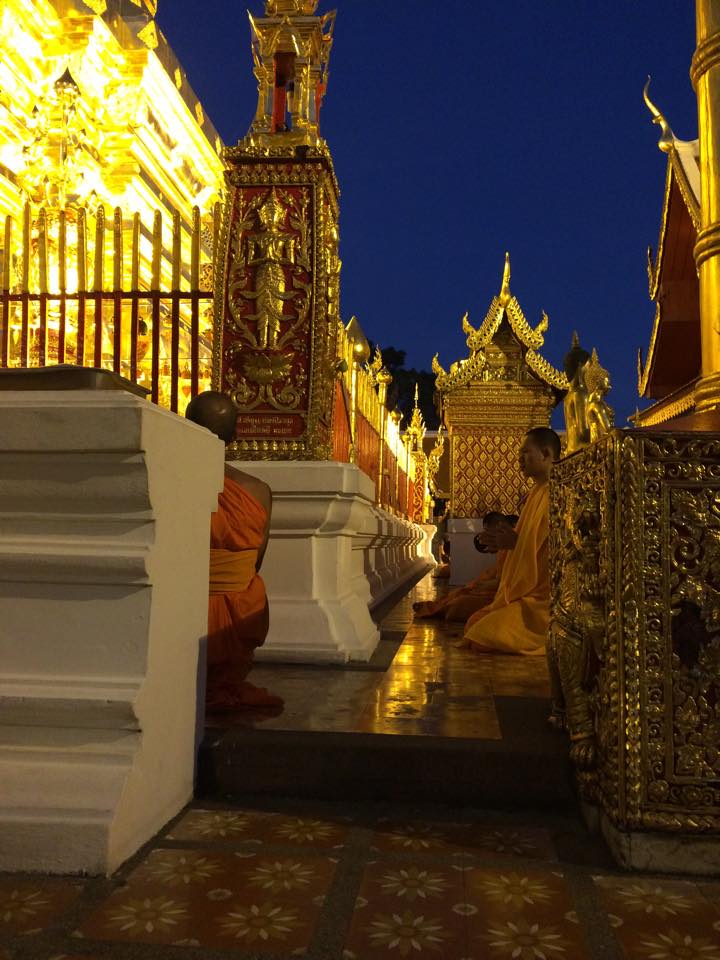
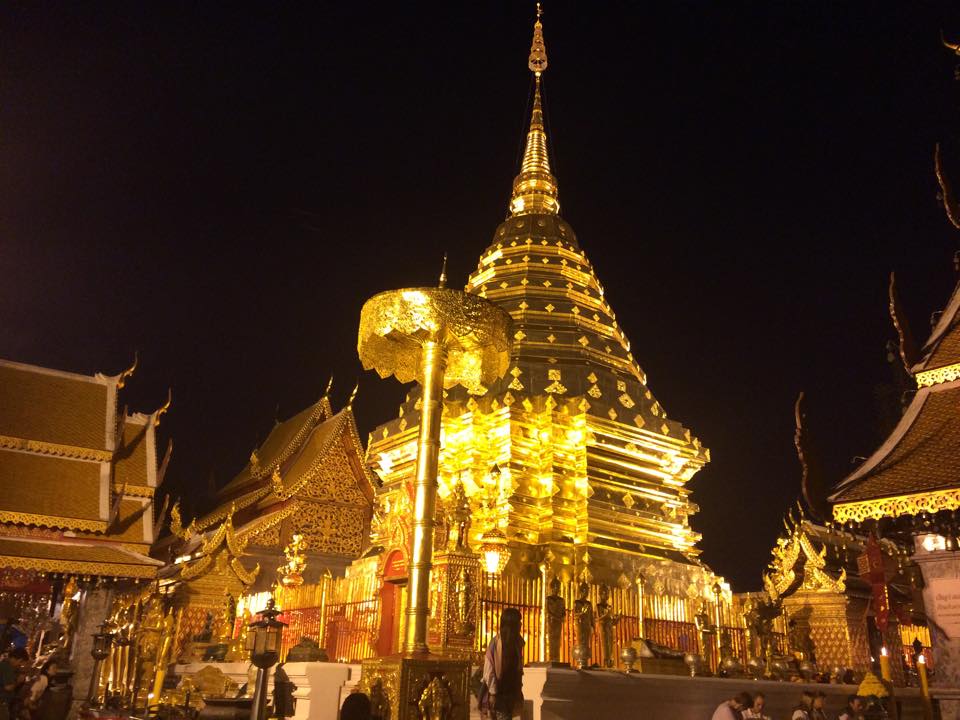
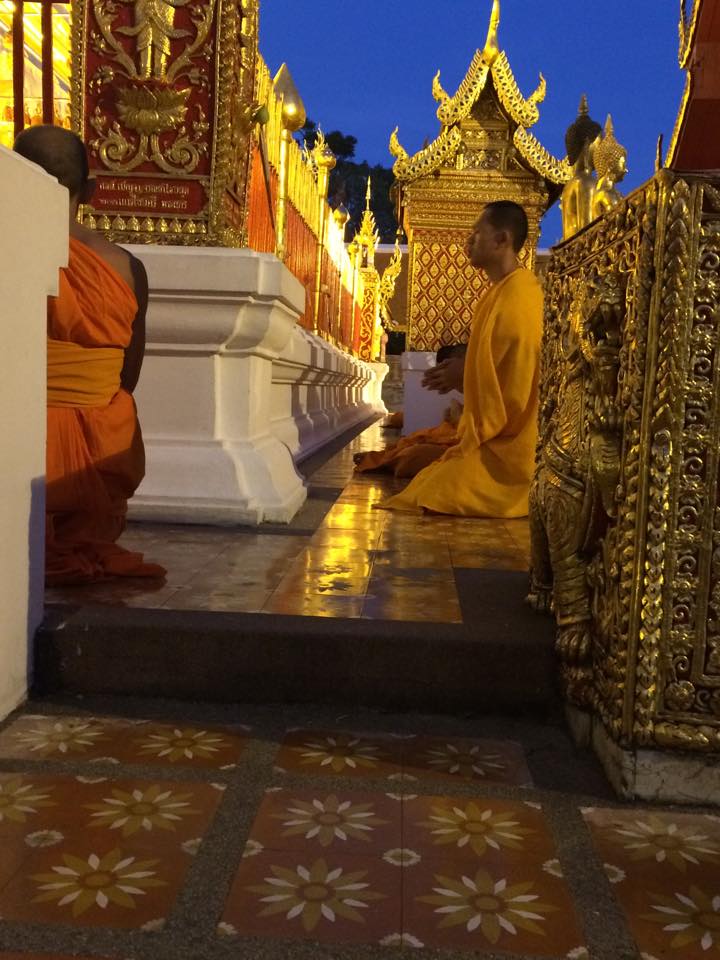
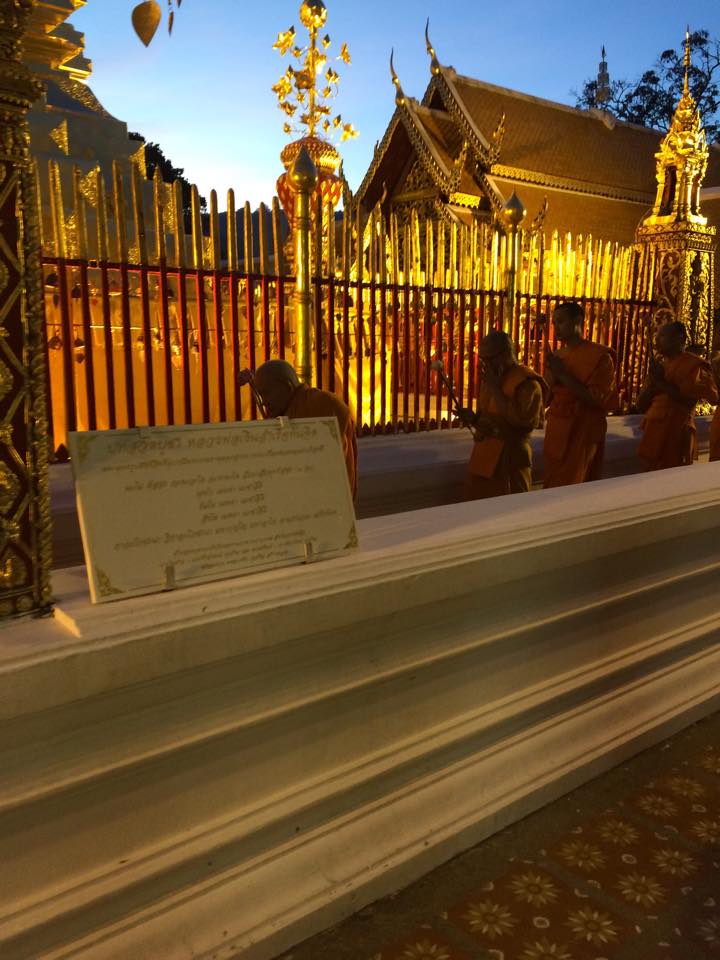
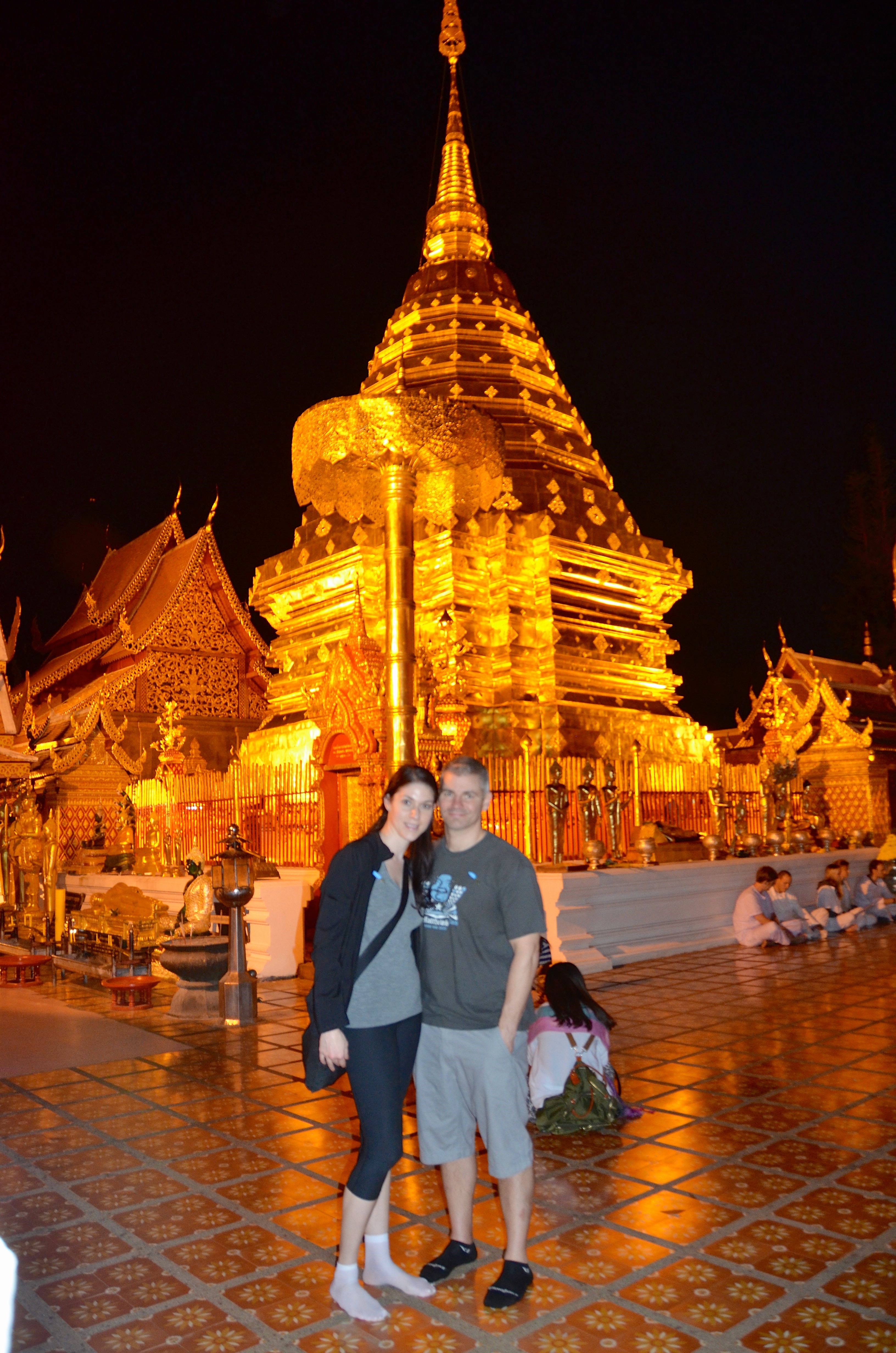 I thought it was going to be hard to top our first day in Chiang Mai, but I was wrong. On our second day, we visited
I thought it was going to be hard to top our first day in Chiang Mai, but I was wrong. On our second day, we visited 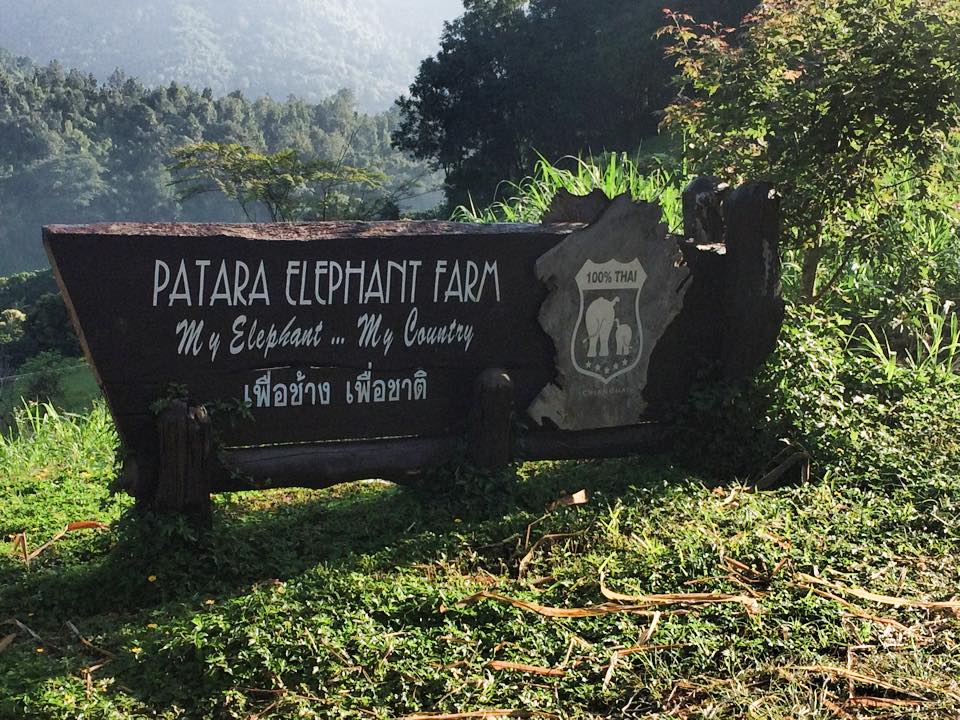 Before I tell you about out incredible experience here, I strongly encourage you to read my post about being a
Before I tell you about out incredible experience here, I strongly encourage you to read my post about being a 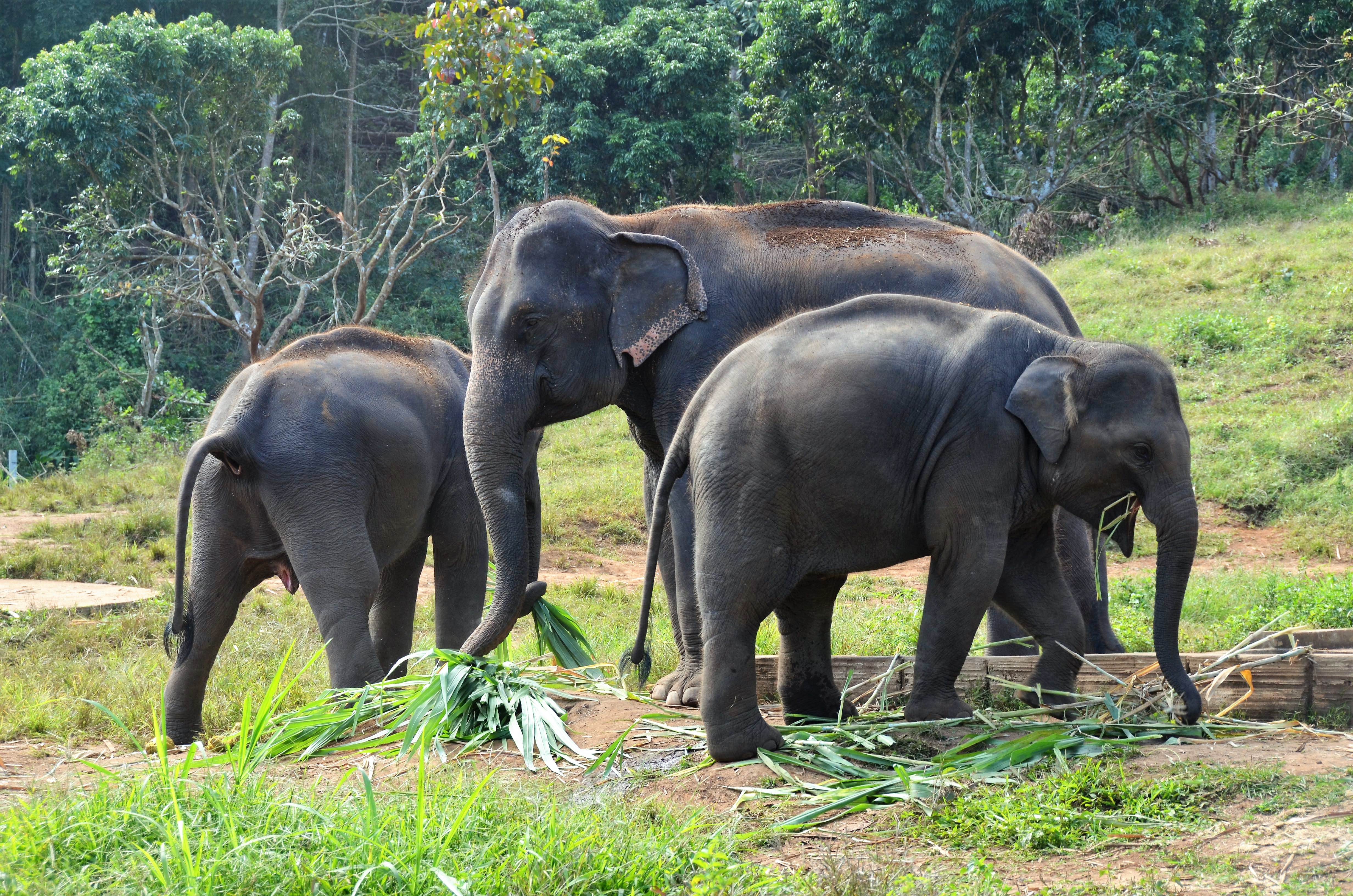
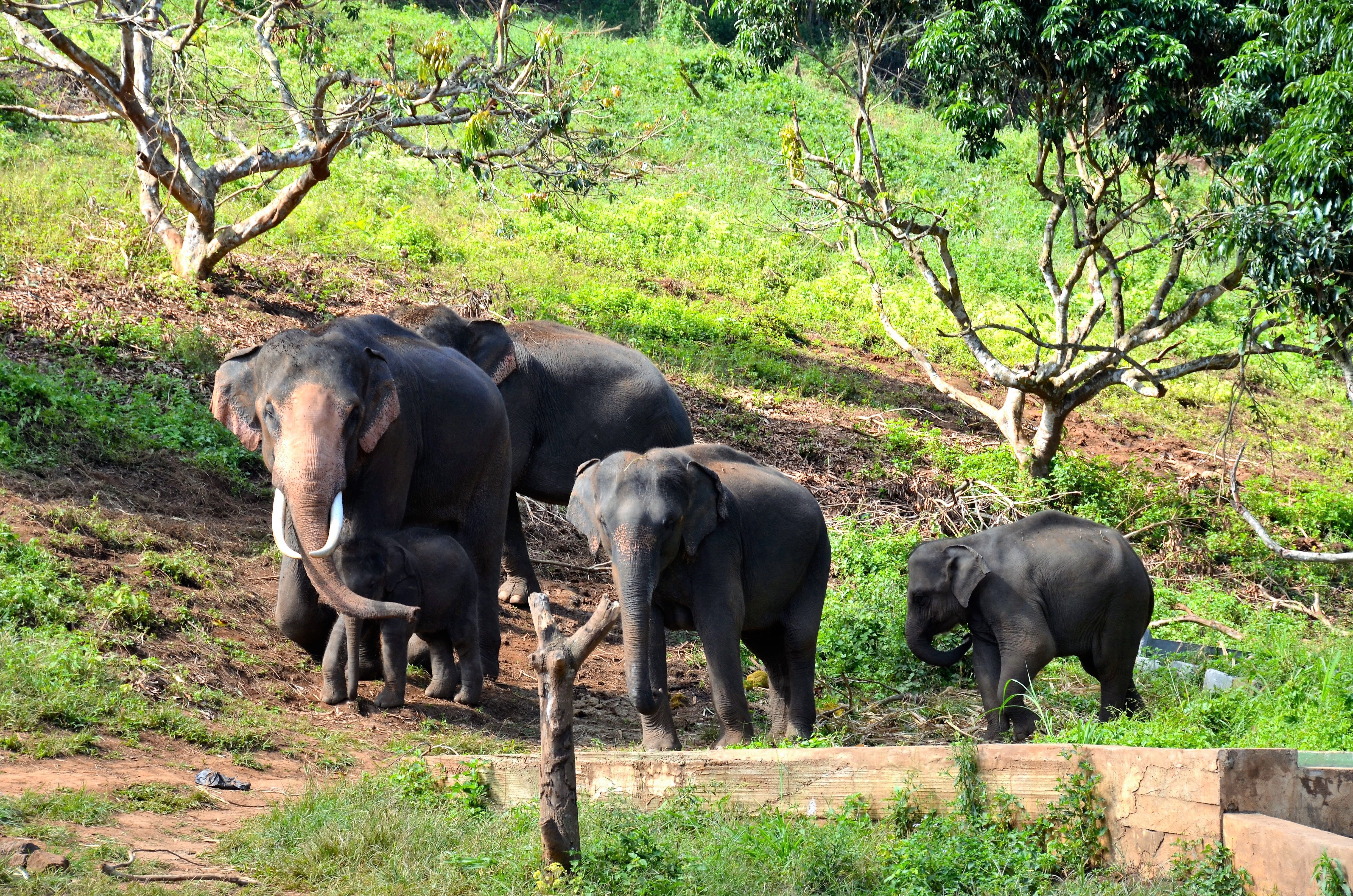
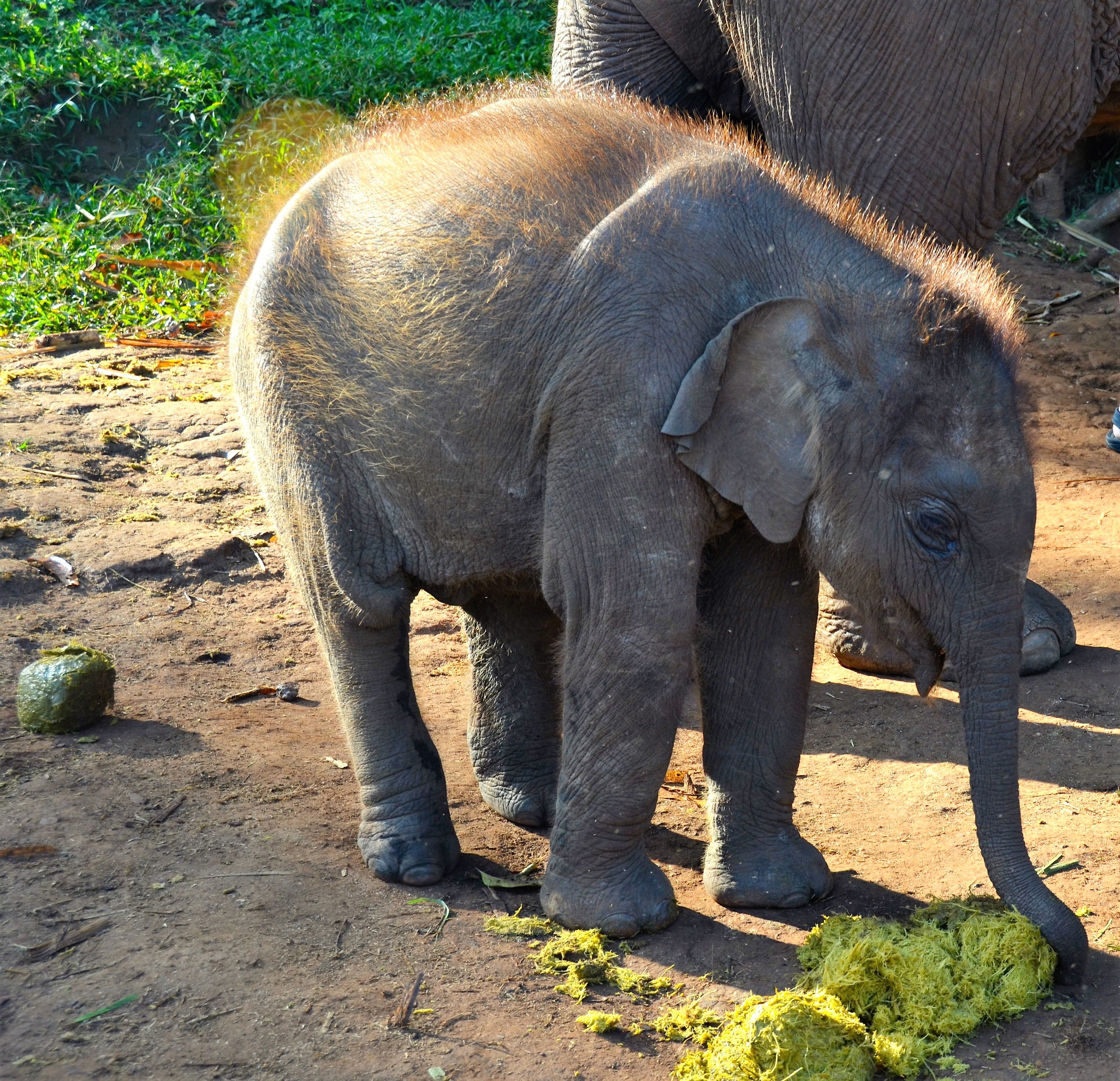
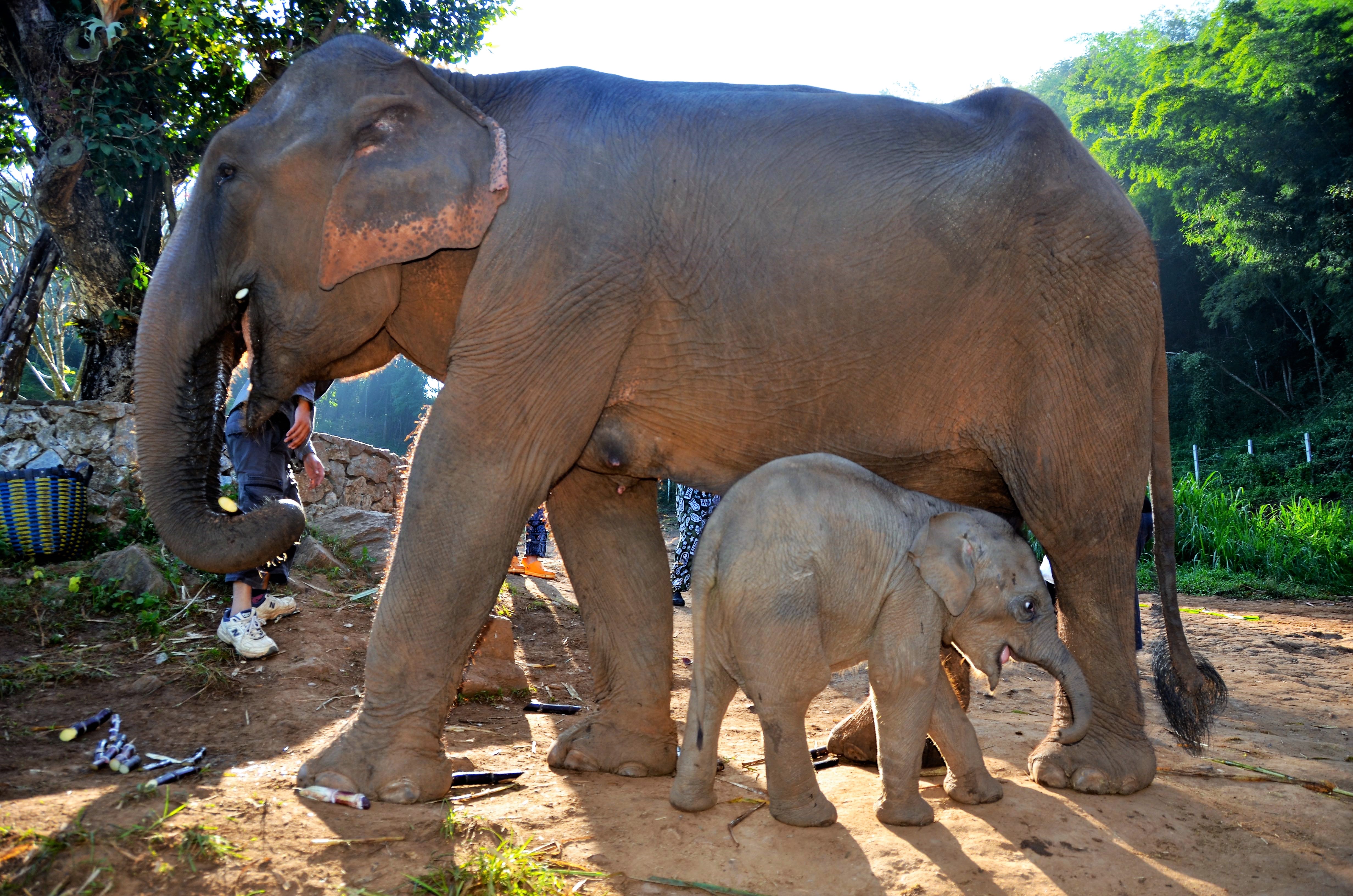
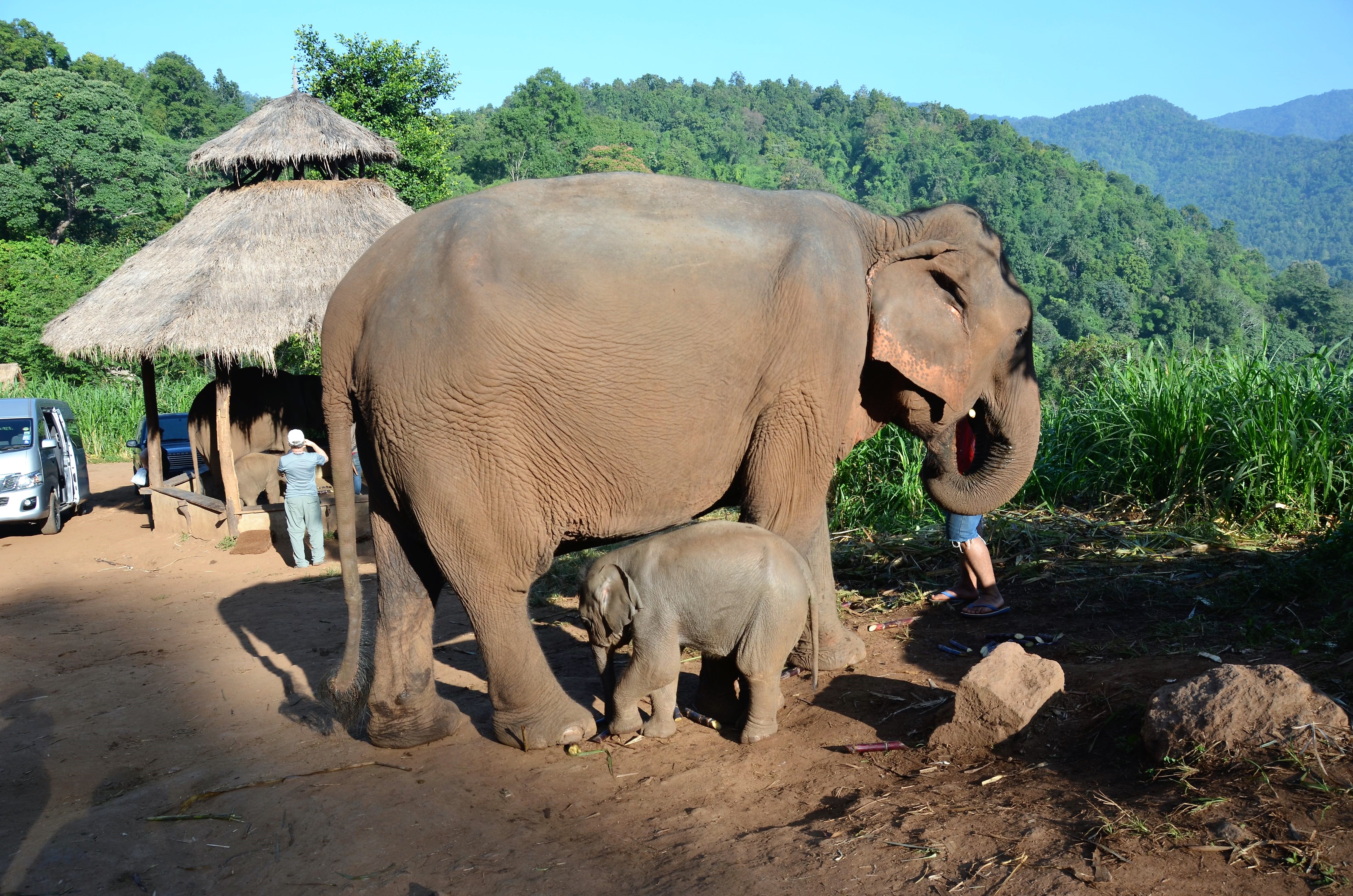
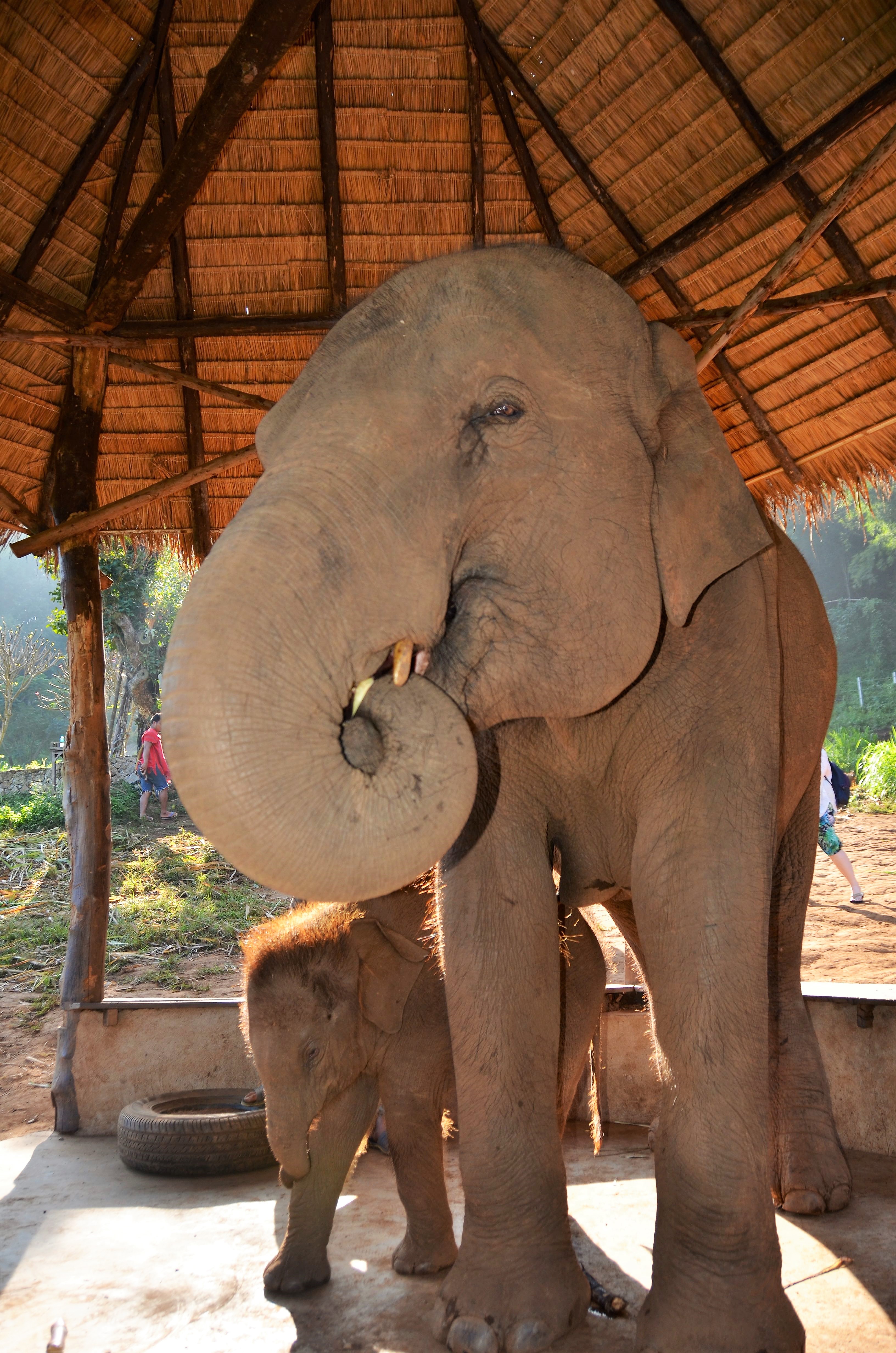
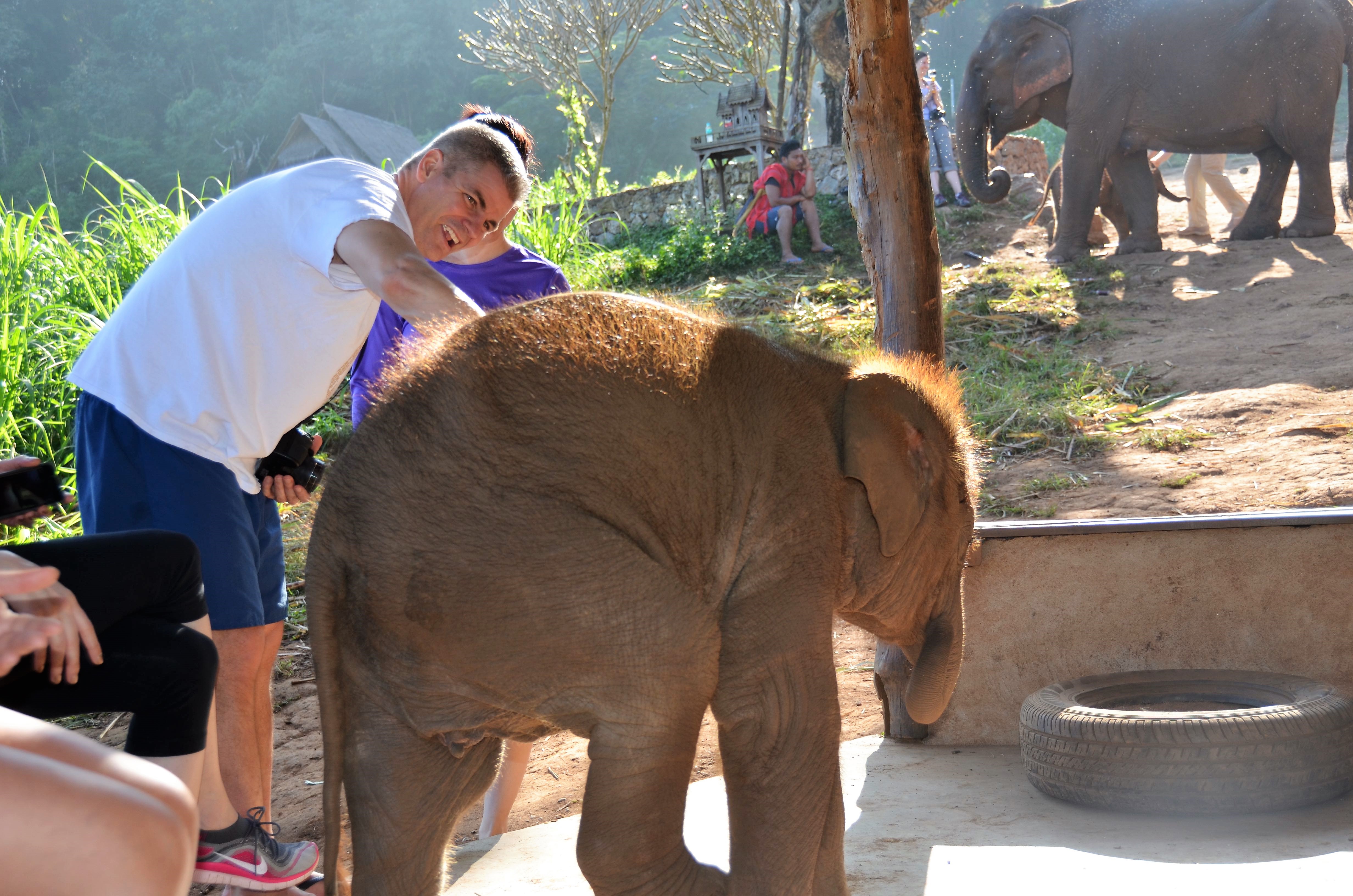
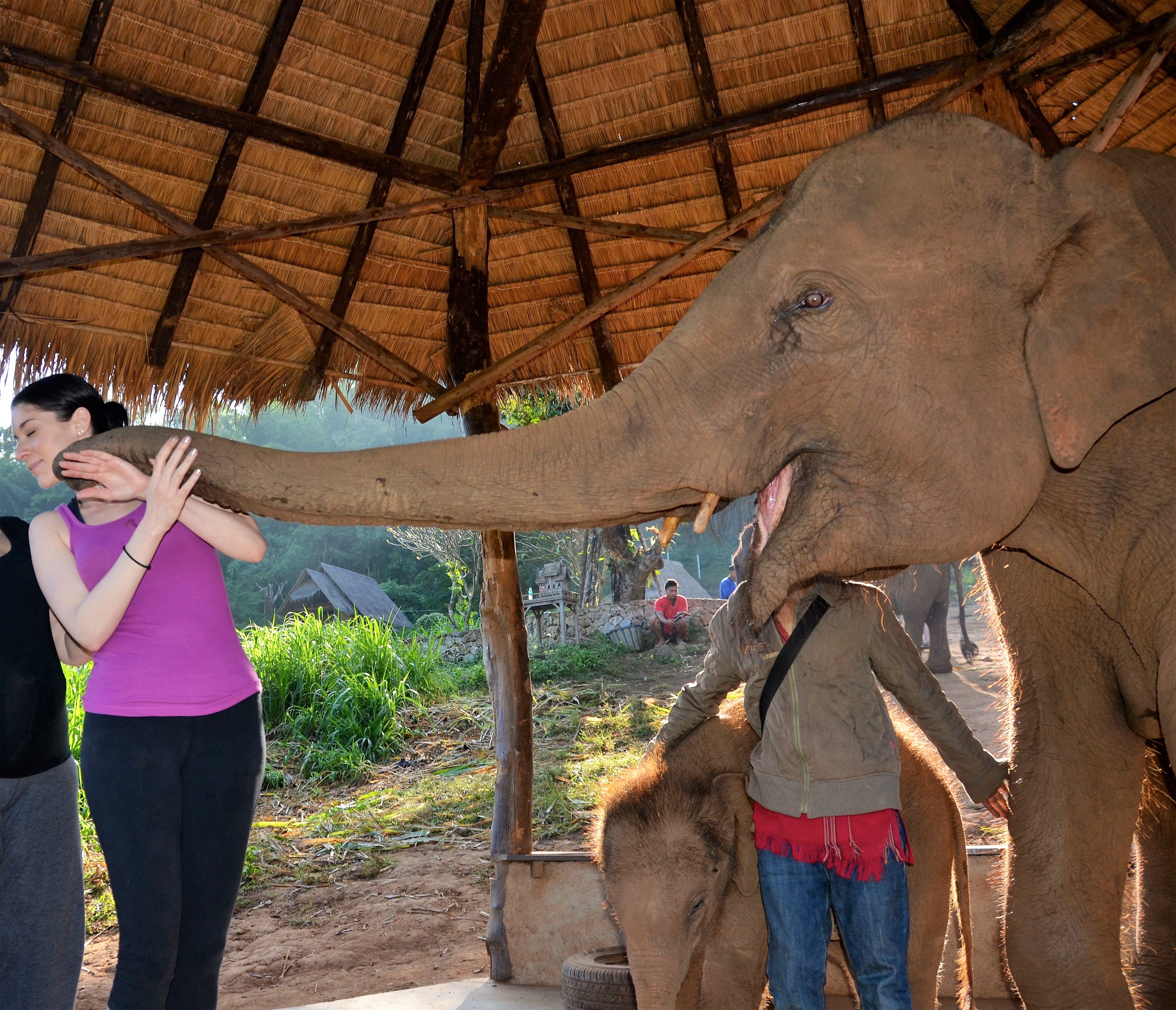
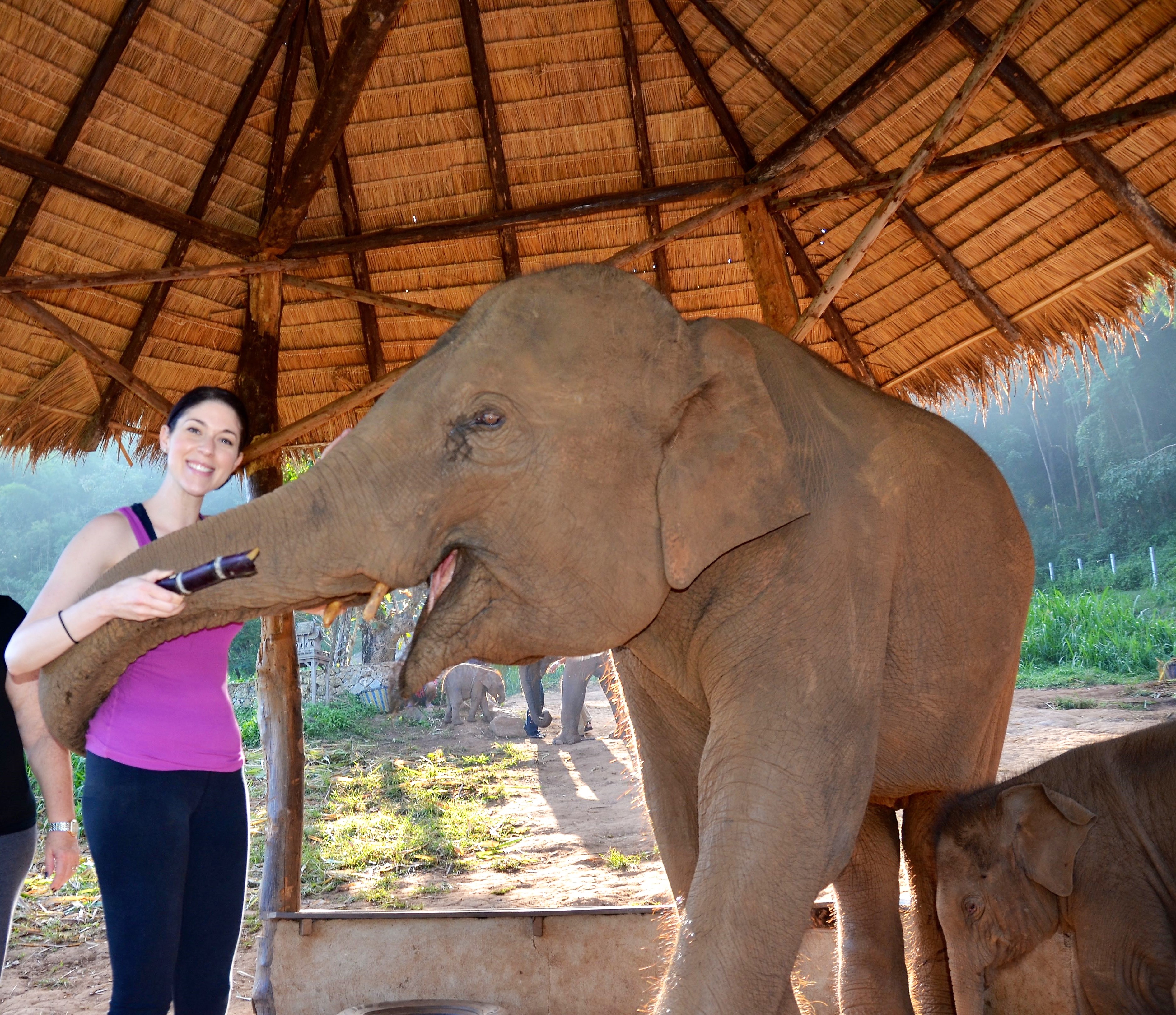
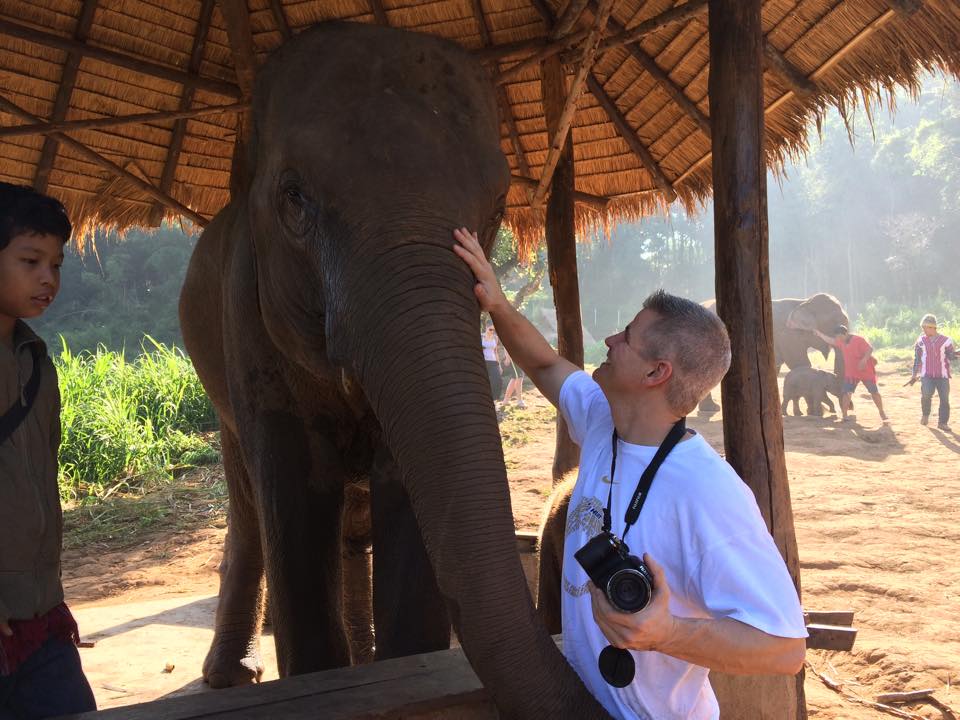
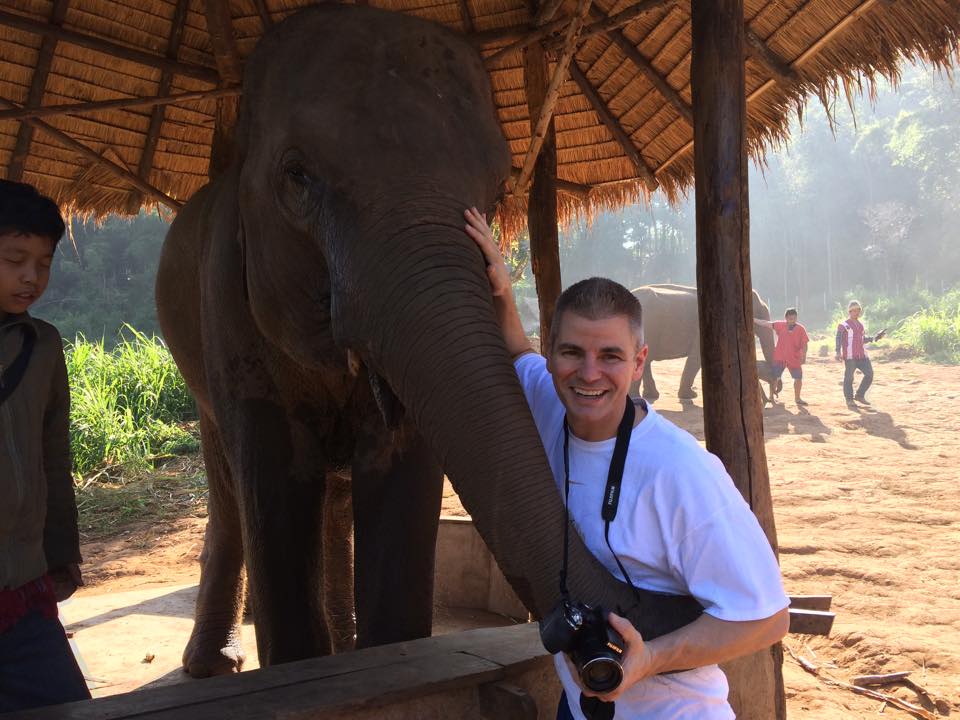
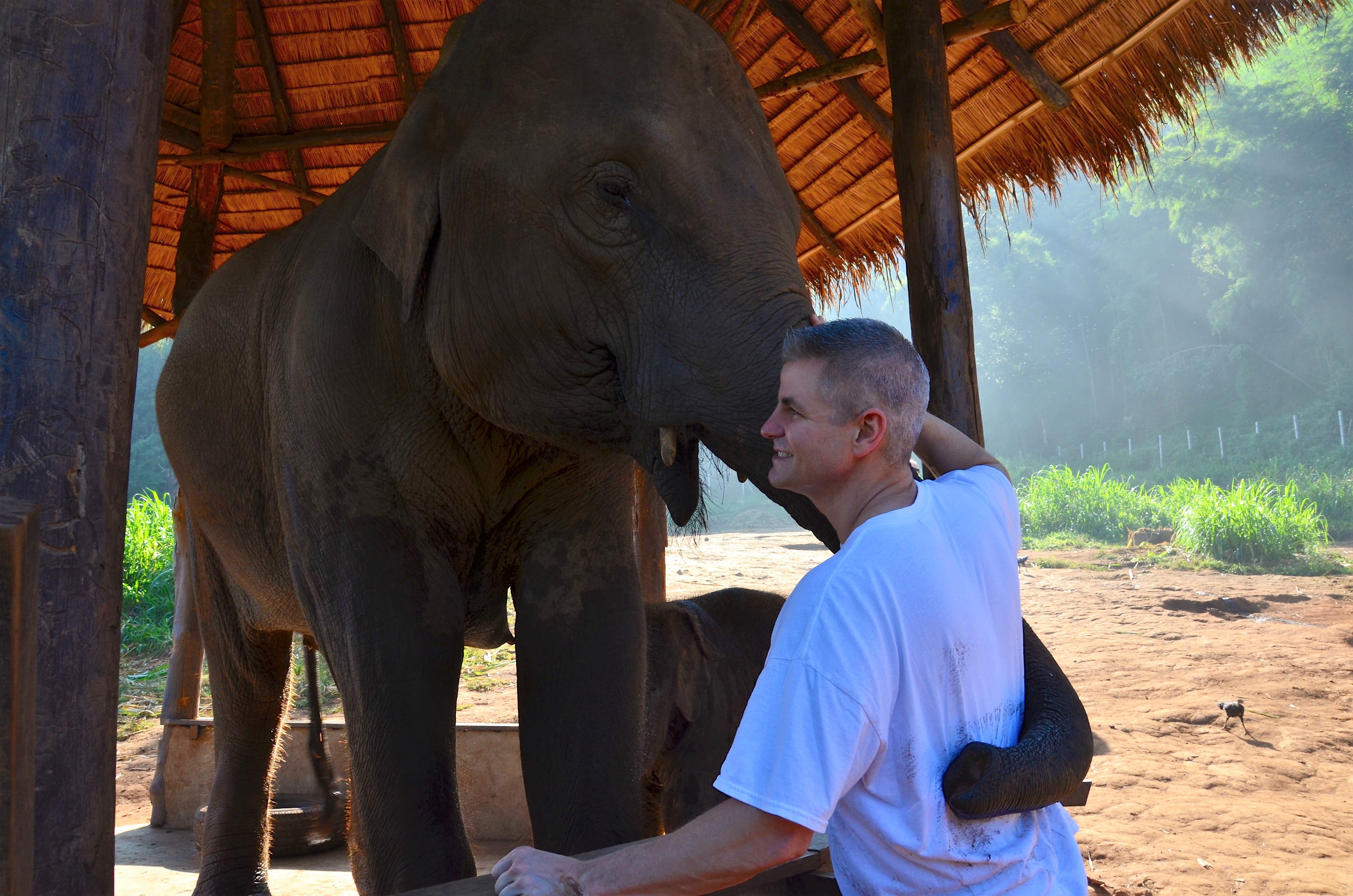
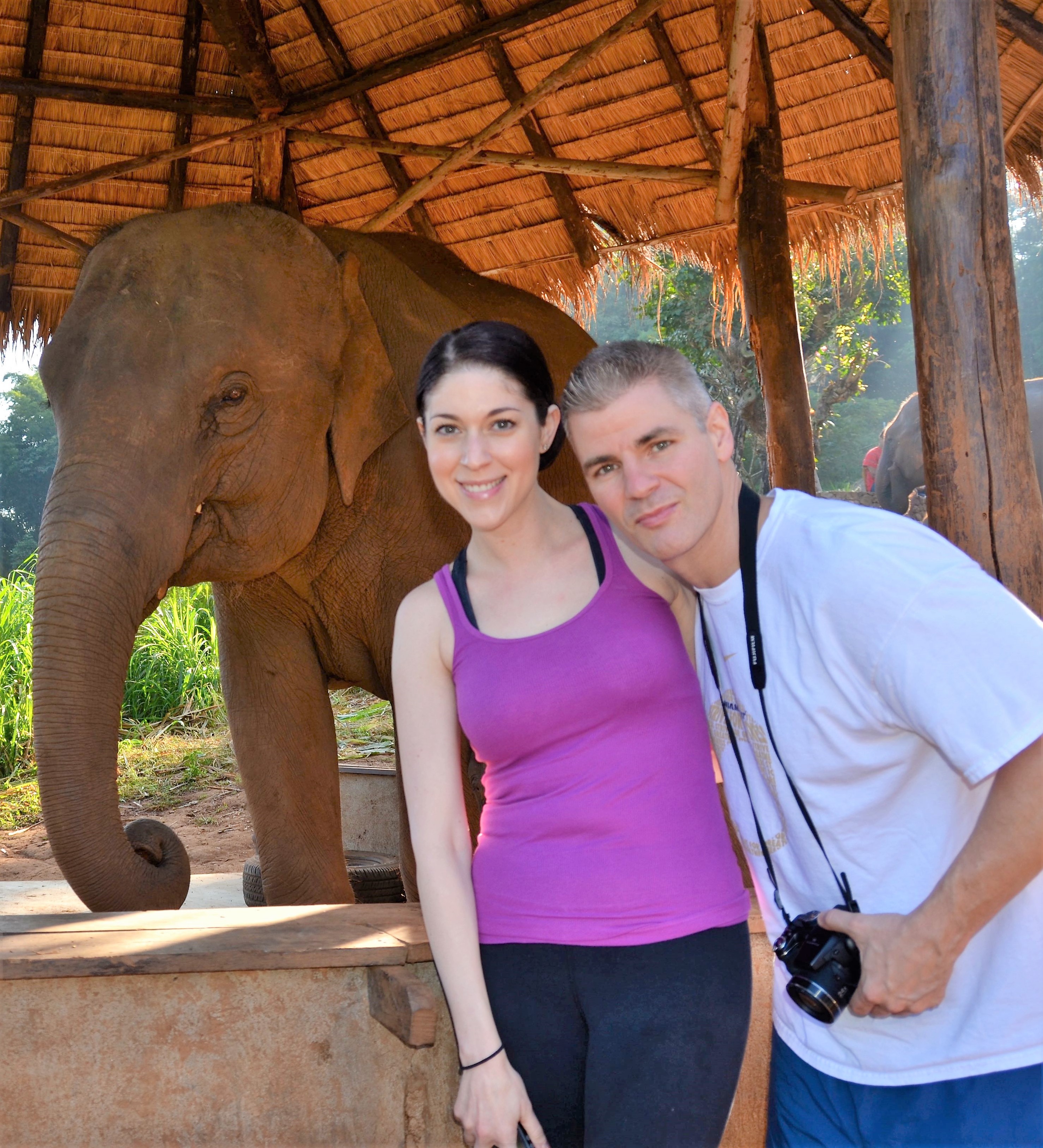
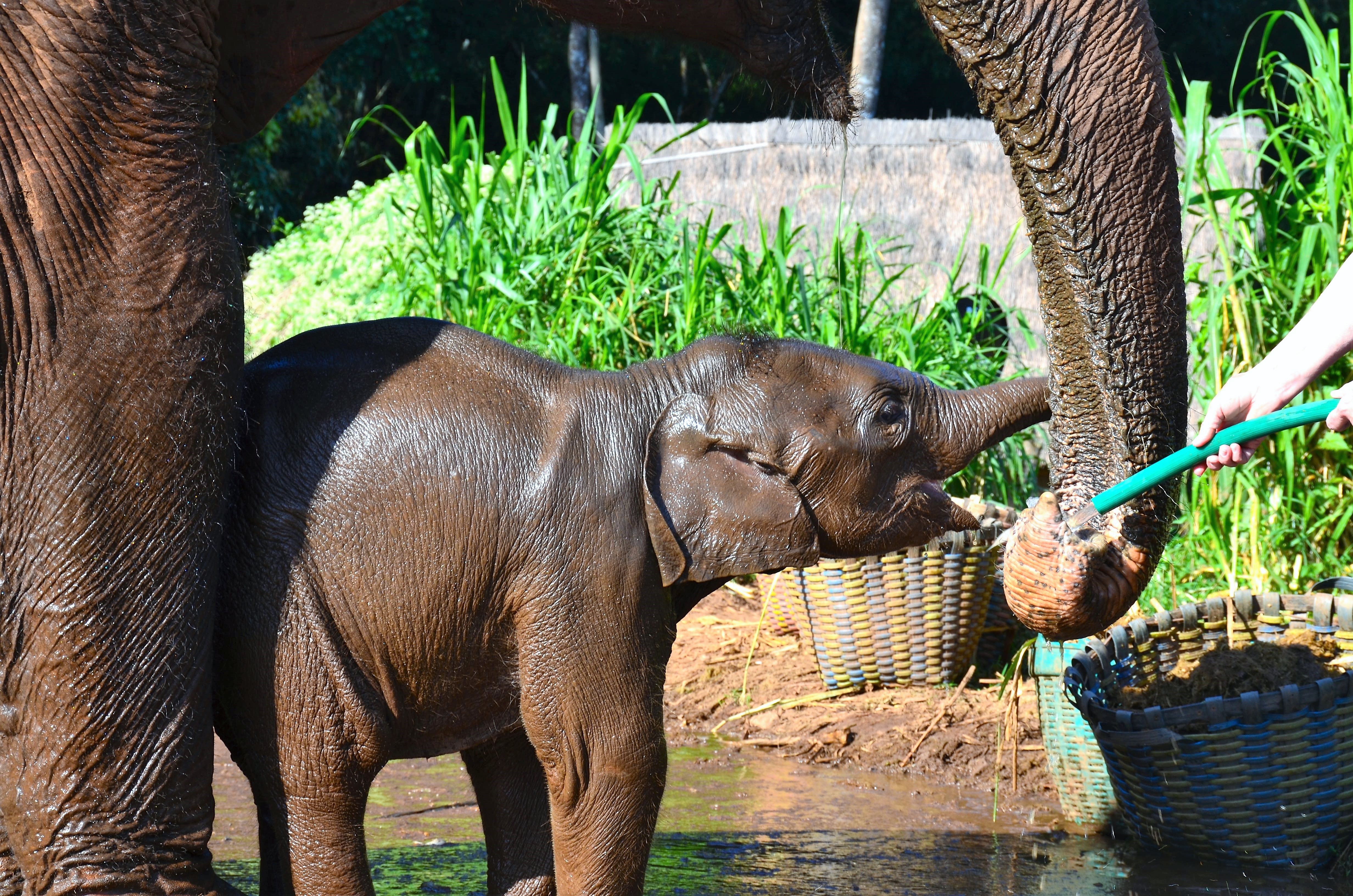 After a couple of hours of that, we were taken to another part of the park where we were assigned a uniform and an elephant whom we would be responsible to care for that day. Our elephant’s name was BunJin. He was the largest elephant, the only adult male, and the baby daddy to all the other elephants. Needless to say, he was a pretty popular guy. But, even popular guys need to eat and be cleaned, and that was out job! We also learned simple hand gestures and commands in Thai that the elephants knew, like telling them “Didi” which means that he or she was a good boy or girl, that helped us interact with our elephant.
After a couple of hours of that, we were taken to another part of the park where we were assigned a uniform and an elephant whom we would be responsible to care for that day. Our elephant’s name was BunJin. He was the largest elephant, the only adult male, and the baby daddy to all the other elephants. Needless to say, he was a pretty popular guy. But, even popular guys need to eat and be cleaned, and that was out job! We also learned simple hand gestures and commands in Thai that the elephants knew, like telling them “Didi” which means that he or she was a good boy or girl, that helped us interact with our elephant.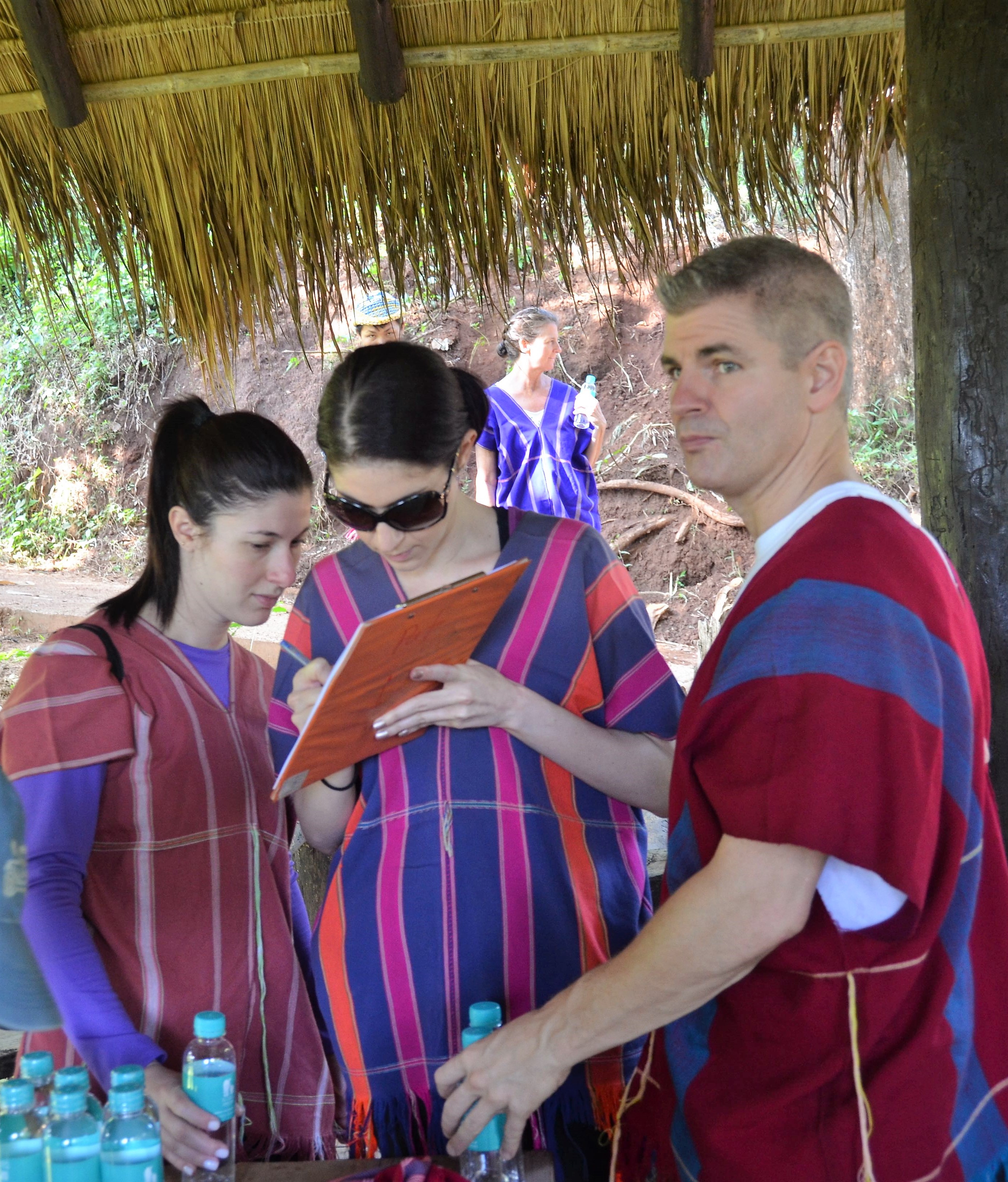
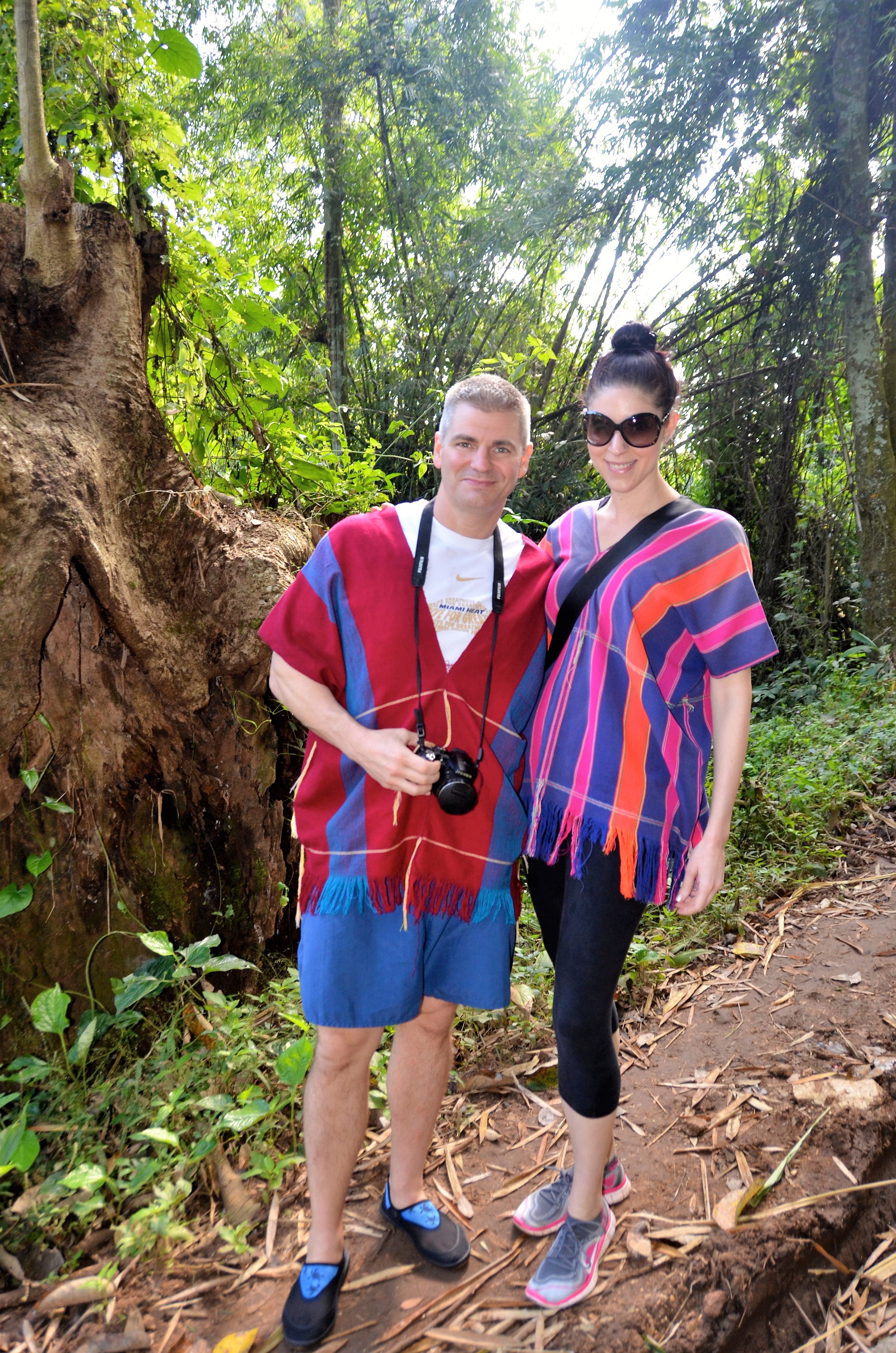
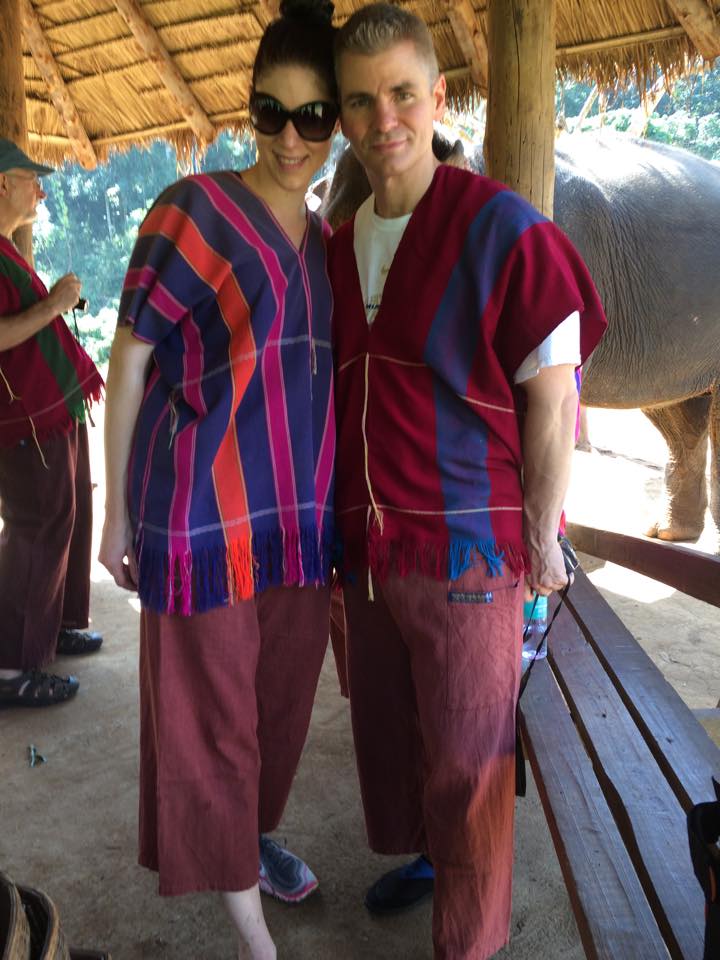
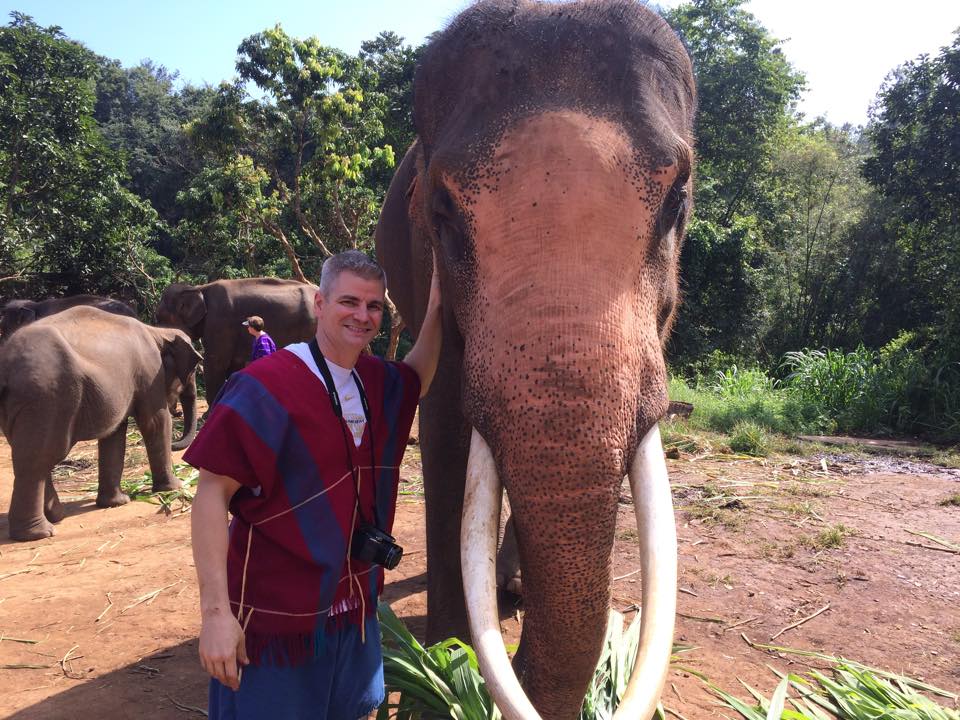
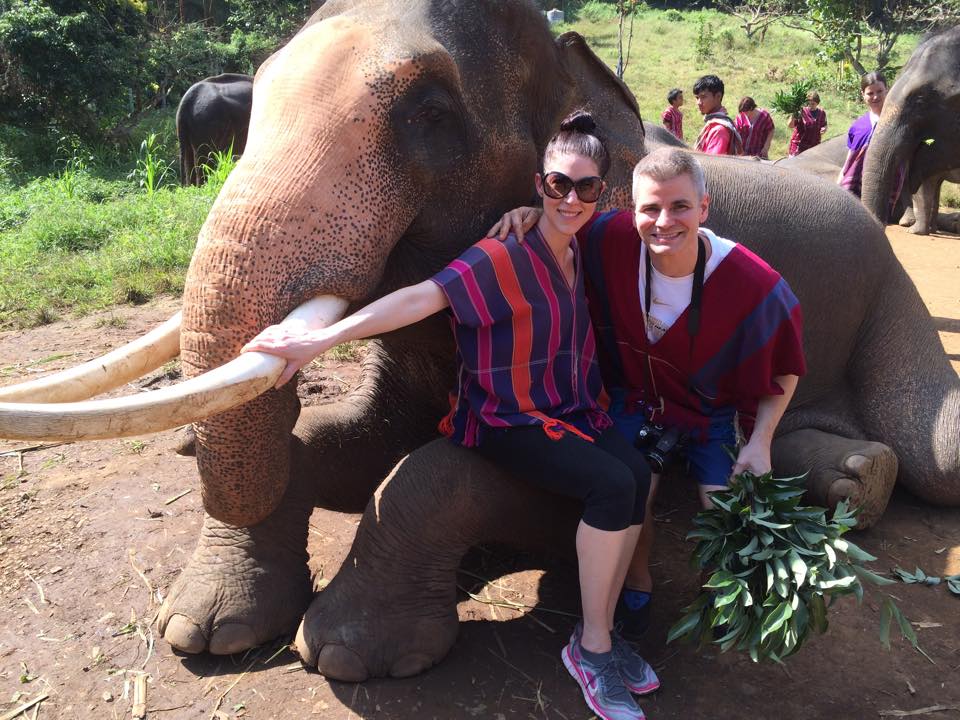
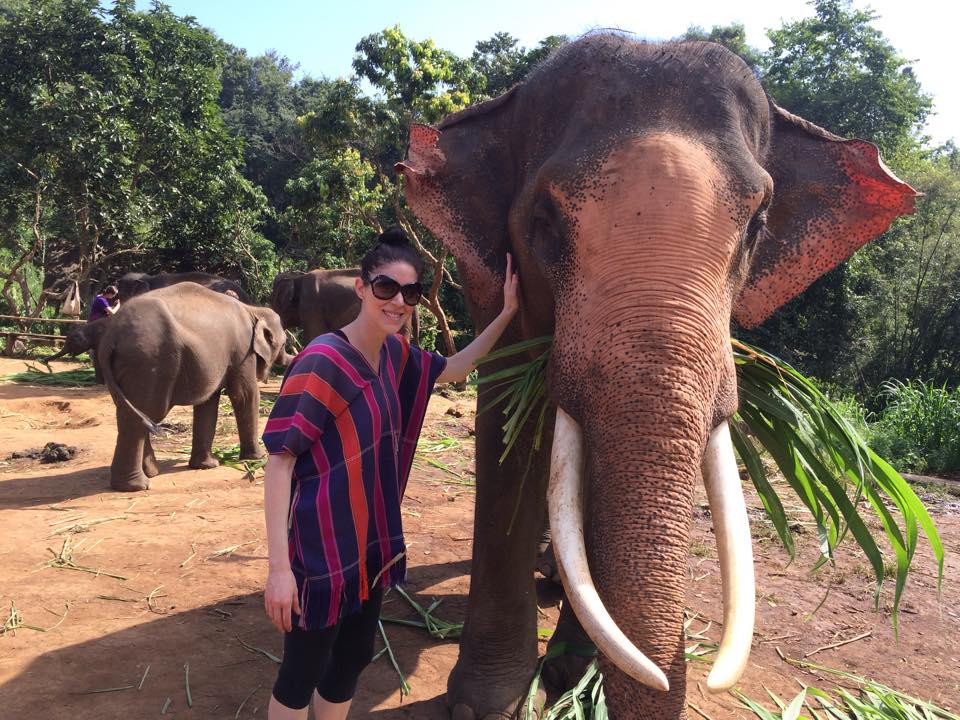
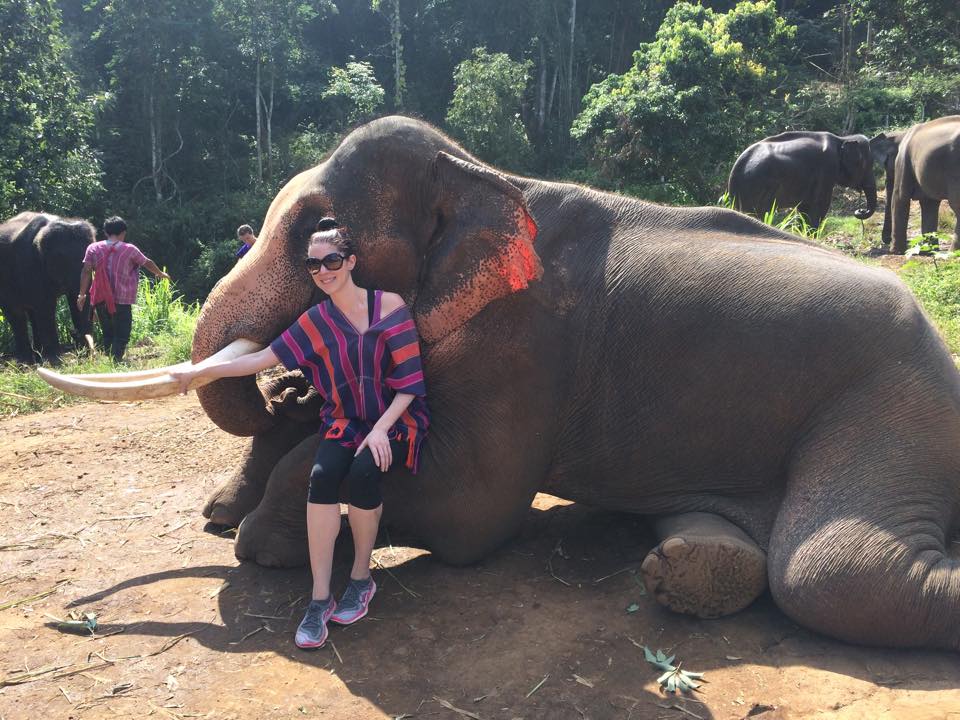 This is my sister, Haroula (Ha-Rue-La), and this is a fun story that would probably embarrass her! Needless to say, her very Greek name isn’t the easiest to pronounce for American people, let alone the Thai! Well, they guy who assigned to help her decided that since he couldn’t say Haroula, he would just call her Colorado! And then, to top it all off, as the day went on, this young Thai boy fell in love with Colorado, so we began calling her Colorado, the Asian temptress. This name turned out to be pretty appropriate as the trip went on!
This is my sister, Haroula (Ha-Rue-La), and this is a fun story that would probably embarrass her! Needless to say, her very Greek name isn’t the easiest to pronounce for American people, let alone the Thai! Well, they guy who assigned to help her decided that since he couldn’t say Haroula, he would just call her Colorado! And then, to top it all off, as the day went on, this young Thai boy fell in love with Colorado, so we began calling her Colorado, the Asian temptress. This name turned out to be pretty appropriate as the trip went on!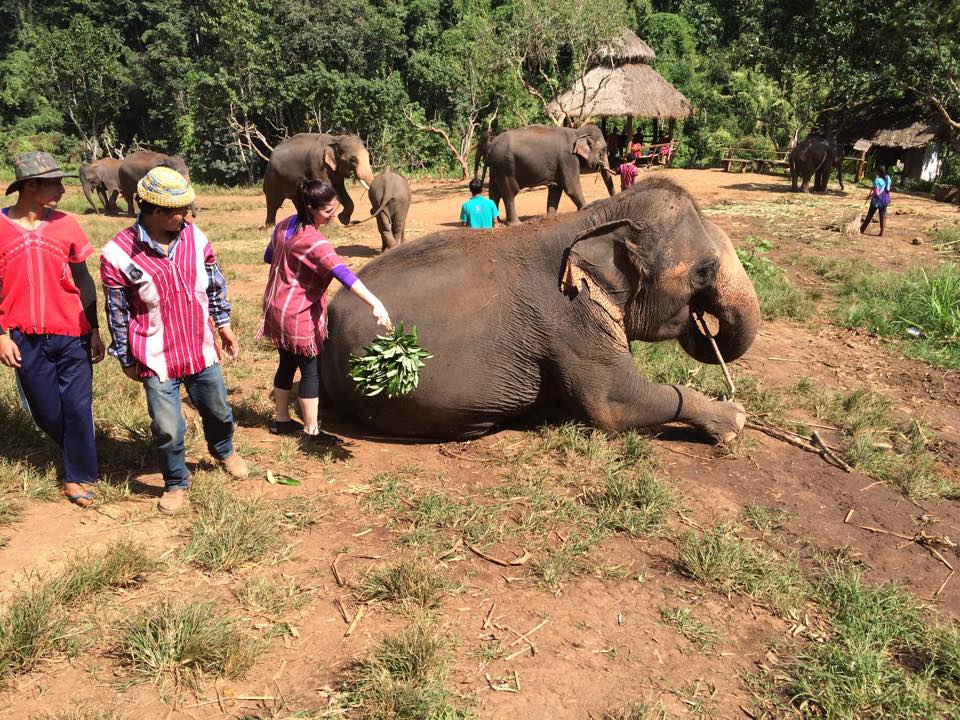
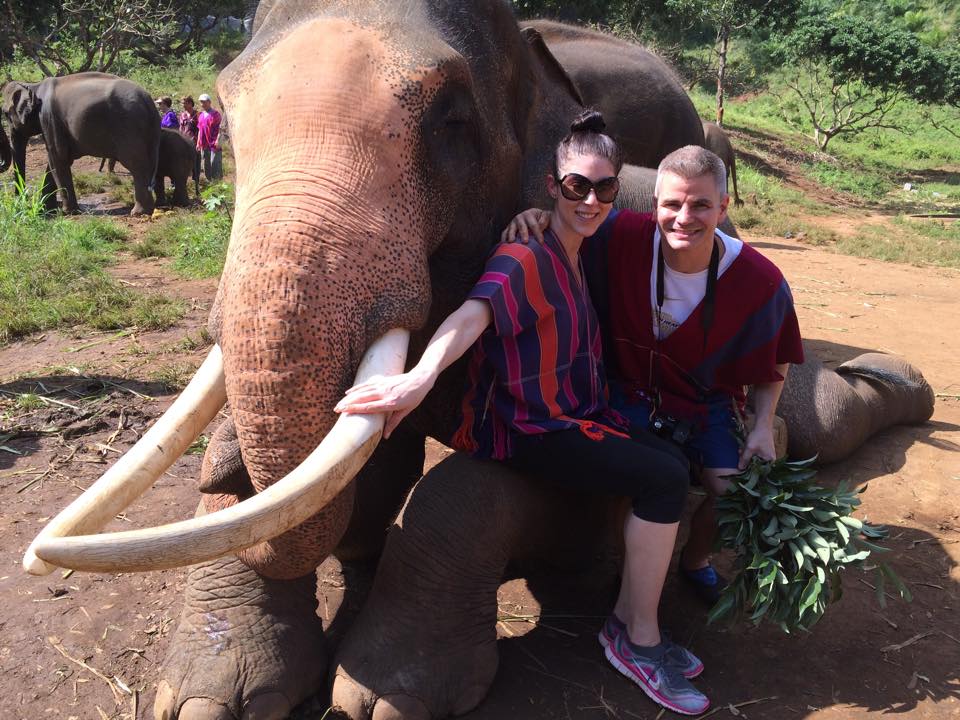 After BunJin was groomed and fed, it was time to ride him for an hour through a hillside jungle where we would find a pool in which to bathe him in. Have you ever mounted and dismounted an animal that is taller than you standing on your head and weighs as much as house? It ain’t cute, I can tell you that. How do you get up? Well, you climb onto his head from the trunk or you hoist yourself onto his back from his leg. Getting off? Now that is the sexy part.
After BunJin was groomed and fed, it was time to ride him for an hour through a hillside jungle where we would find a pool in which to bathe him in. Have you ever mounted and dismounted an animal that is taller than you standing on your head and weighs as much as house? It ain’t cute, I can tell you that. How do you get up? Well, you climb onto his head from the trunk or you hoist yourself onto his back from his leg. Getting off? Now that is the sexy part.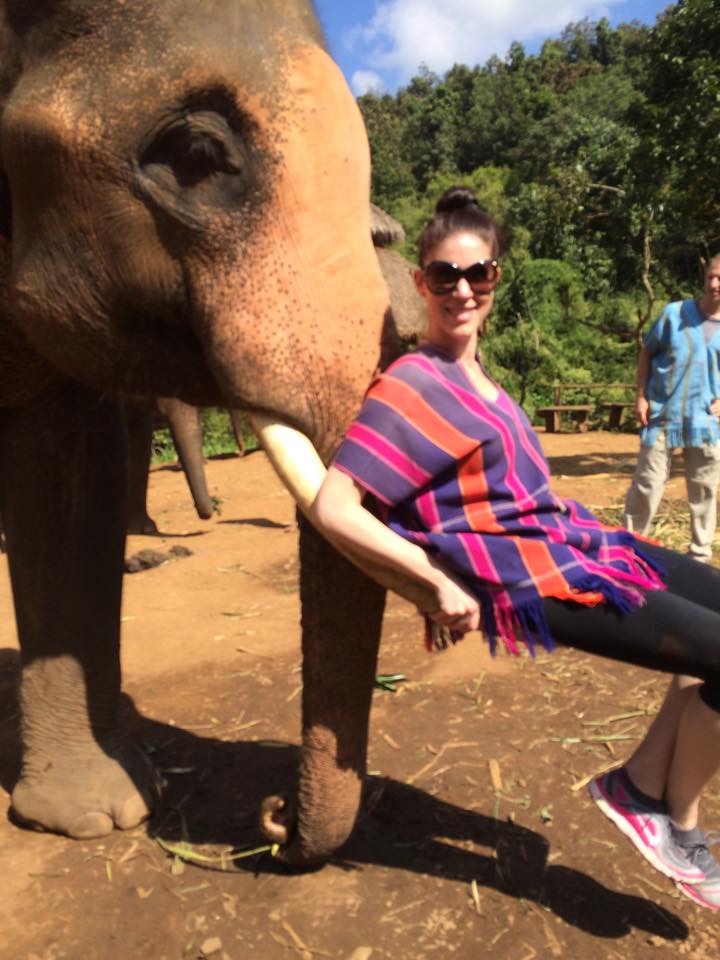 Don’t we just look like an advertisement for visiting Thailand? If you could only hear the expletives that we were whispering to each other as we were trying to stay balanced on this gigantic creature who liked to look down, chase lady elephants on the trail, and always (without fail) tried to shove himself between two trees because the scratch felt good! Remember, we are riding bare back, so there is nothing keeping us on this elephant but pure balance! Also, he’s got coarse little hairs poking us in the butt, and, as Chad will later learn, a colony of fire ants on his back!
Don’t we just look like an advertisement for visiting Thailand? If you could only hear the expletives that we were whispering to each other as we were trying to stay balanced on this gigantic creature who liked to look down, chase lady elephants on the trail, and always (without fail) tried to shove himself between two trees because the scratch felt good! Remember, we are riding bare back, so there is nothing keeping us on this elephant but pure balance! Also, he’s got coarse little hairs poking us in the butt, and, as Chad will later learn, a colony of fire ants on his back! 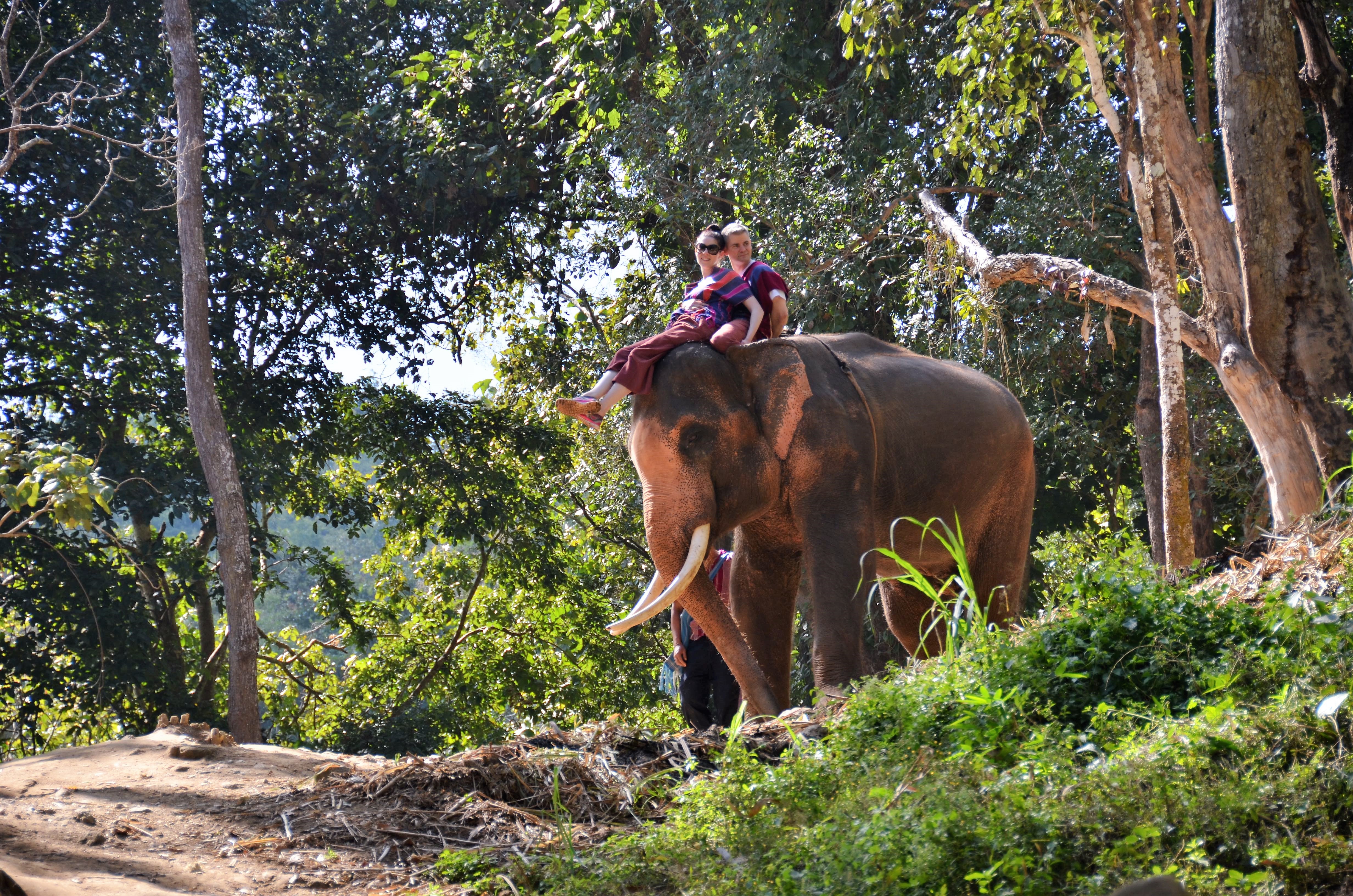
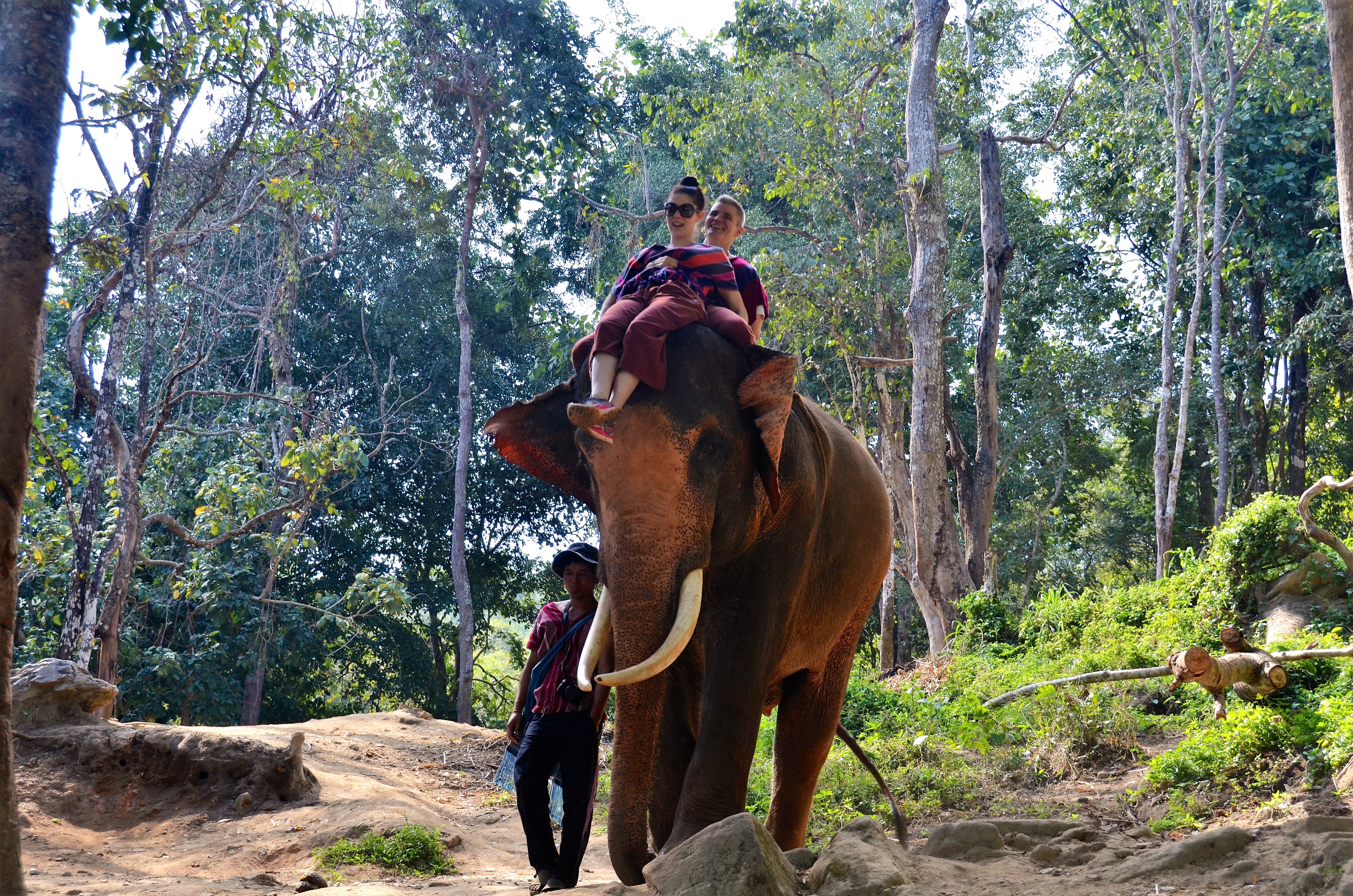
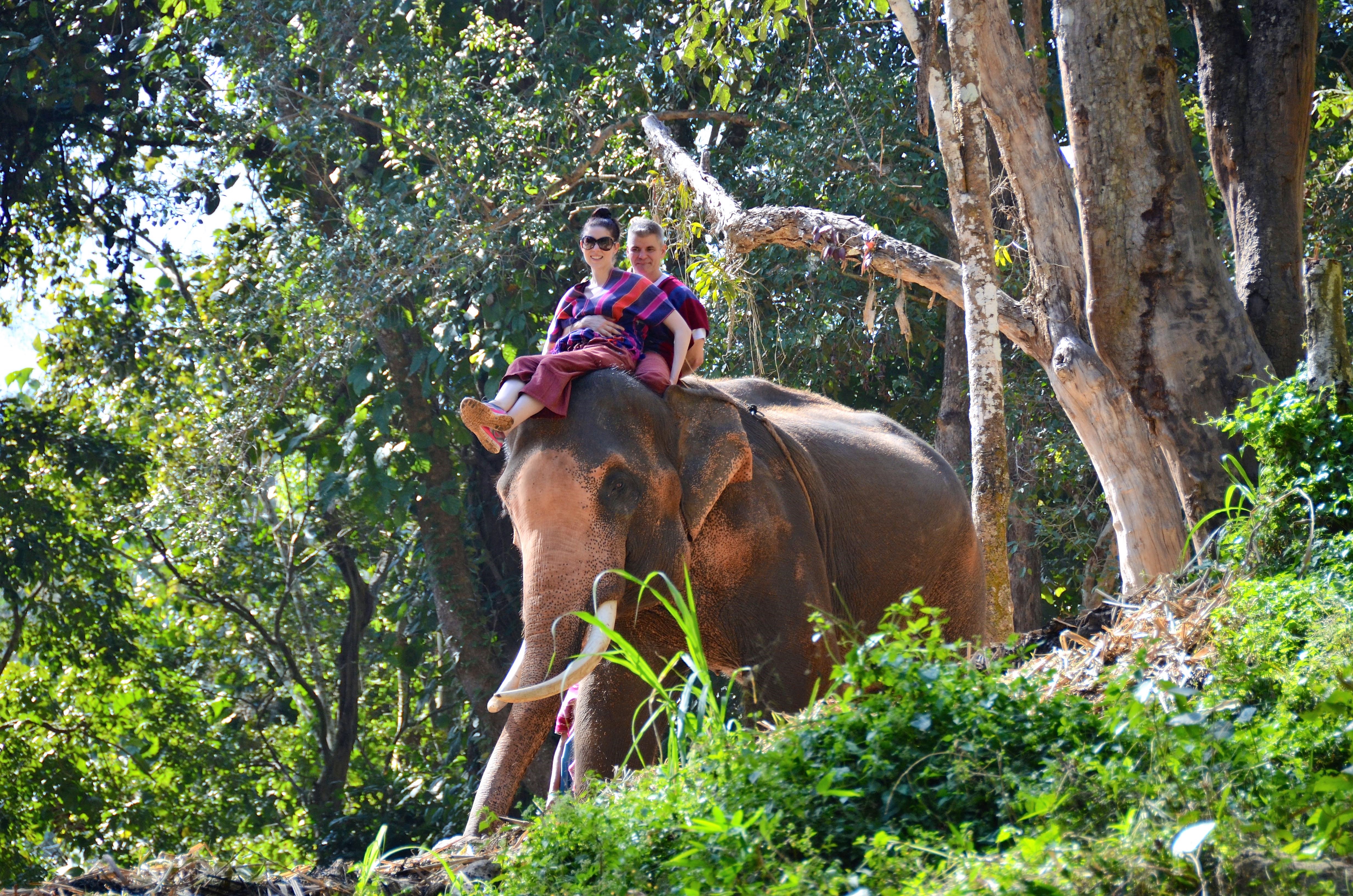
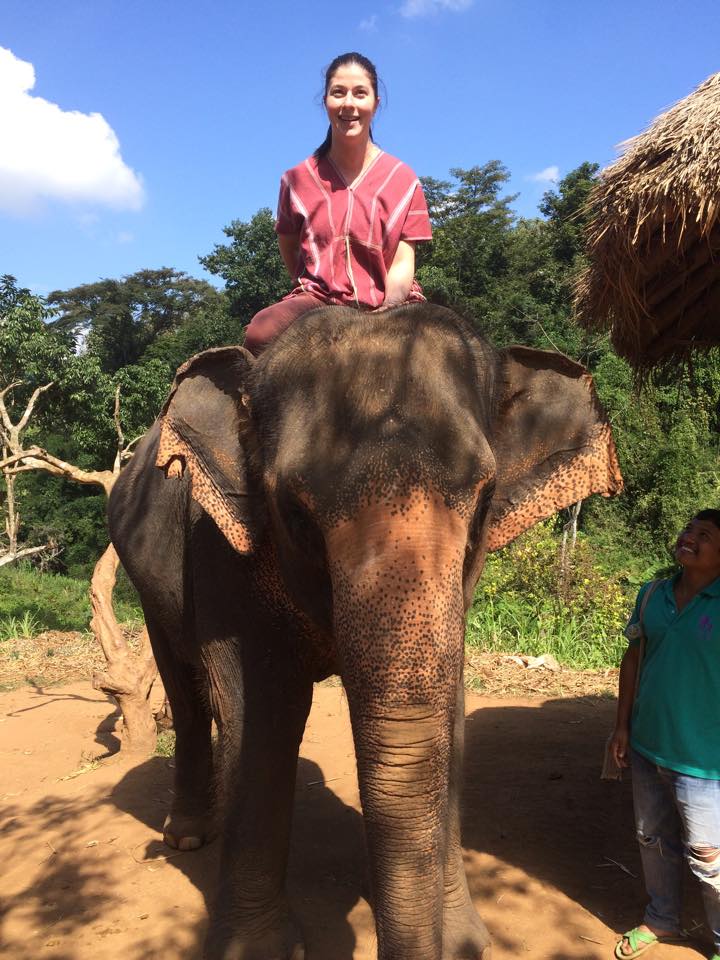
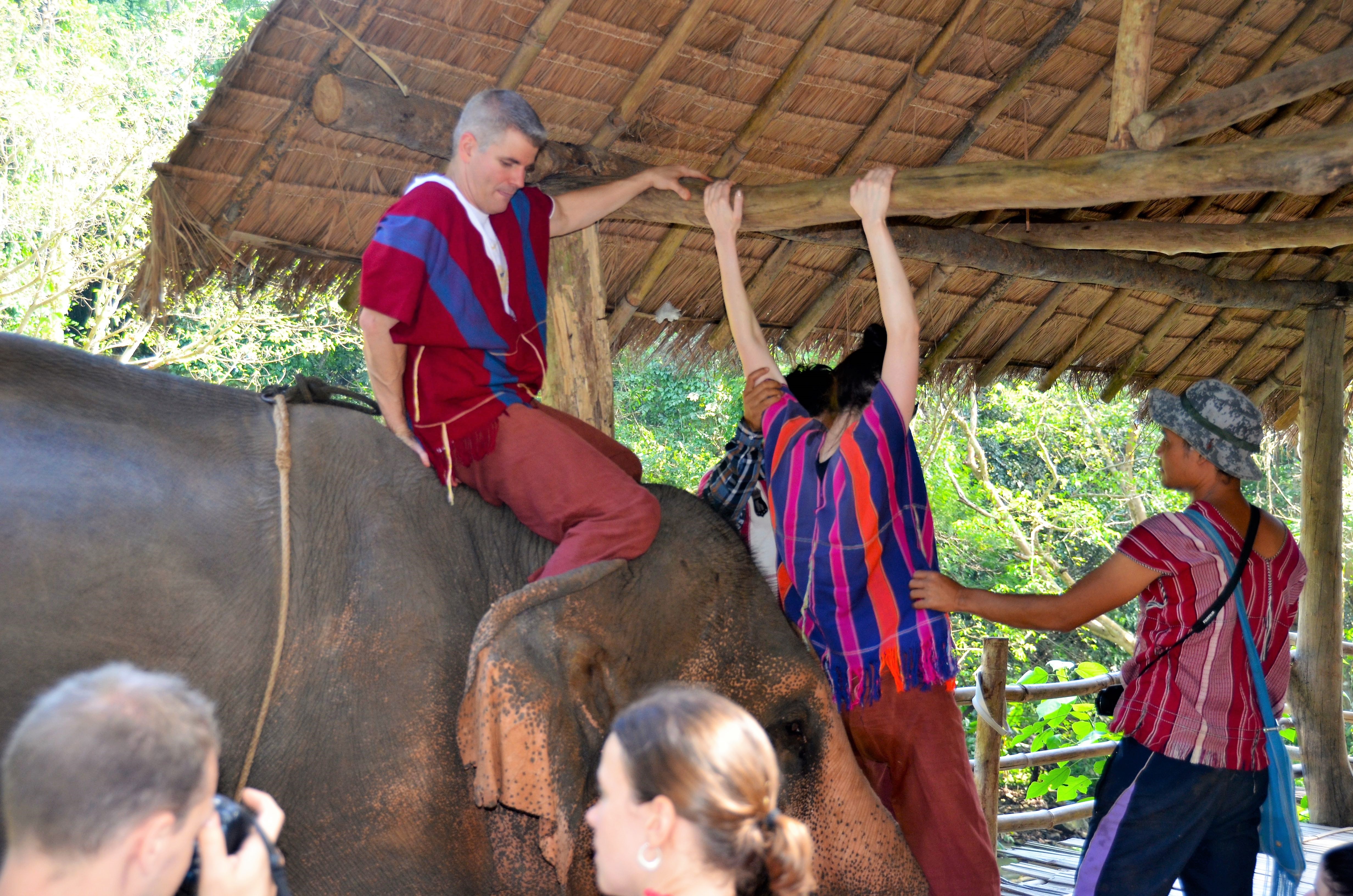 Alas, we made it to the pool alive! BunJin just walked us right in, rolled over and then demanded to be bathed.
Alas, we made it to the pool alive! BunJin just walked us right in, rolled over and then demanded to be bathed. 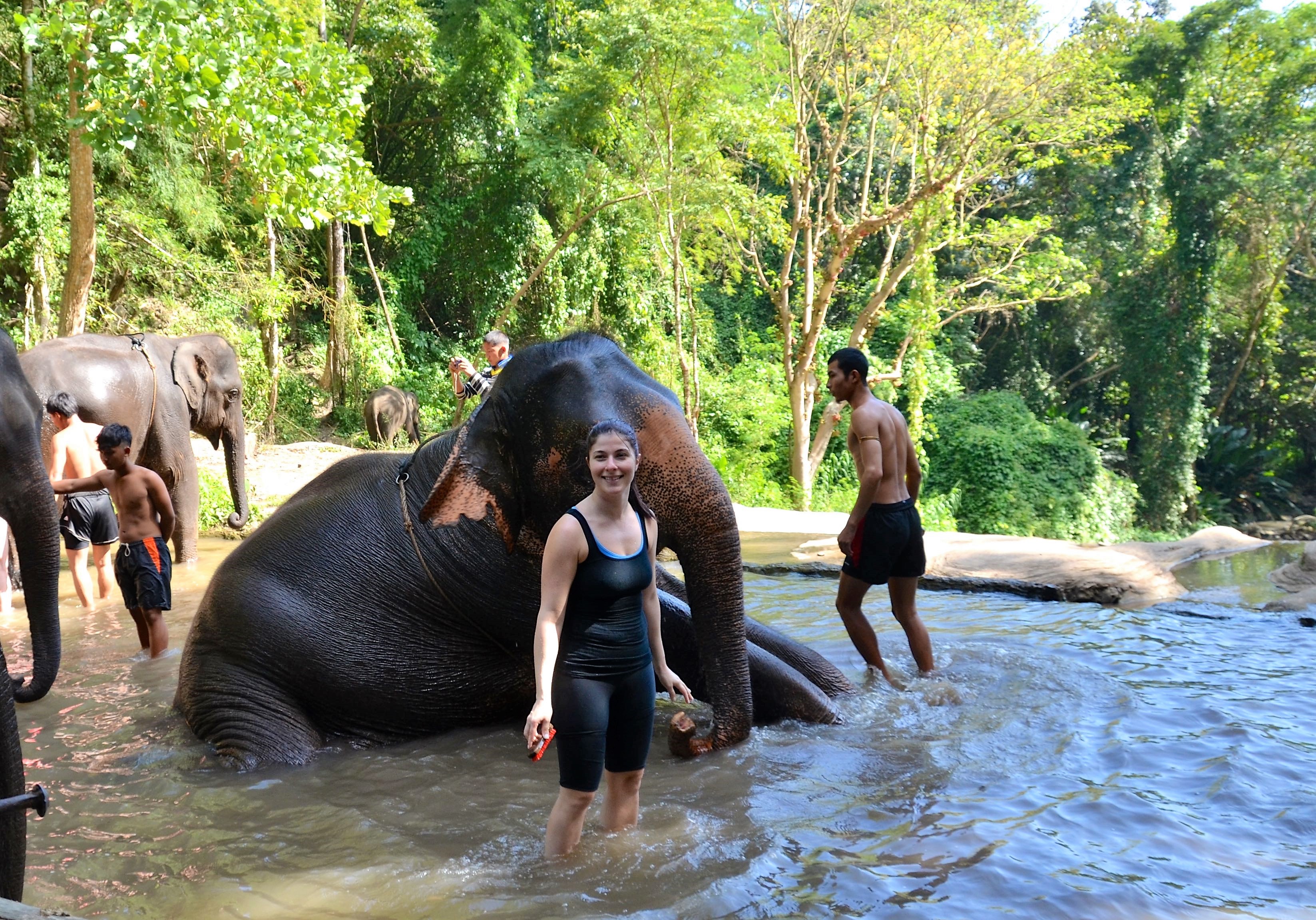
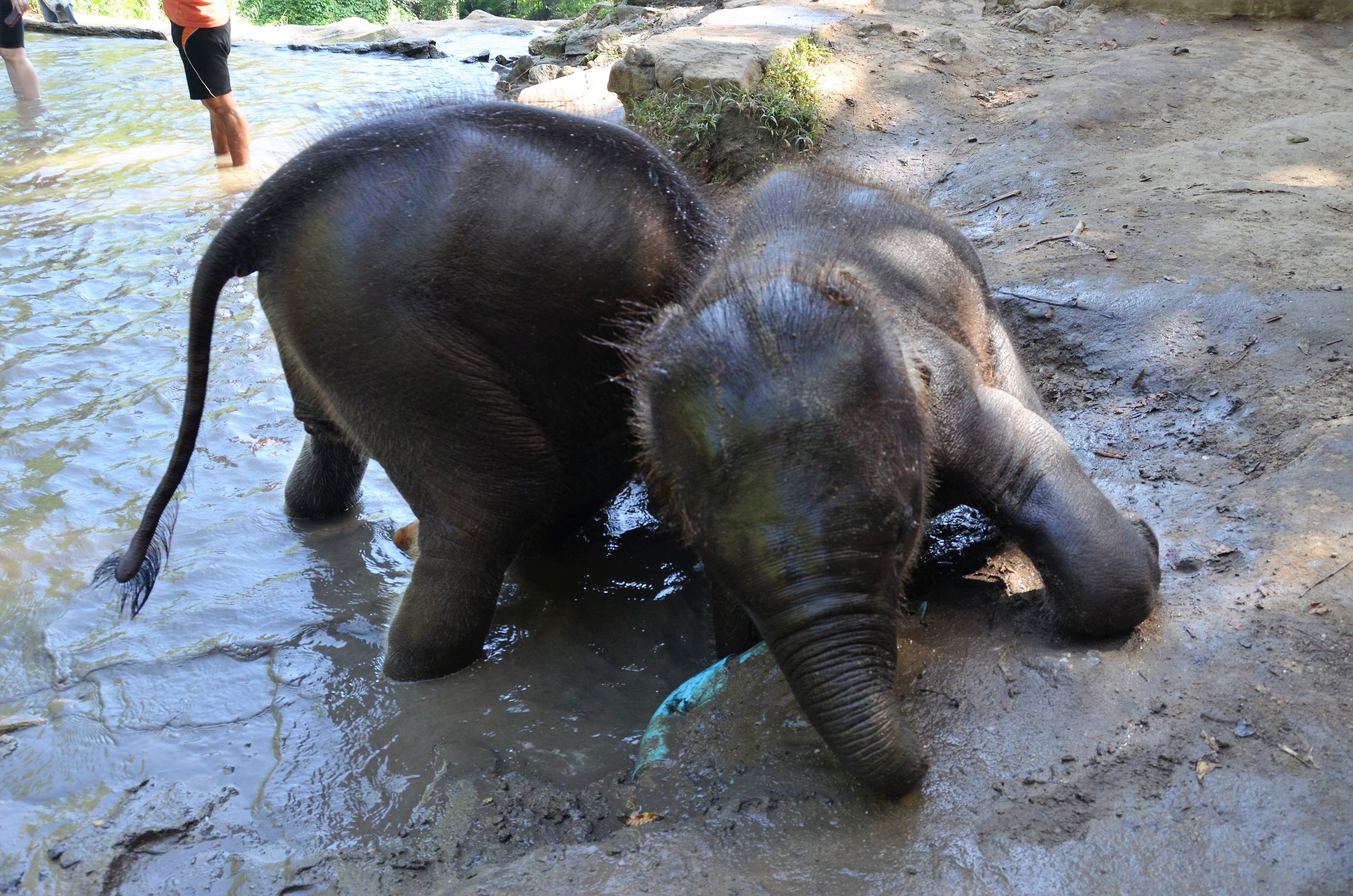 After splashing around with the elephants for a while, we were treated to a delicious picnic.
After splashing around with the elephants for a while, we were treated to a delicious picnic.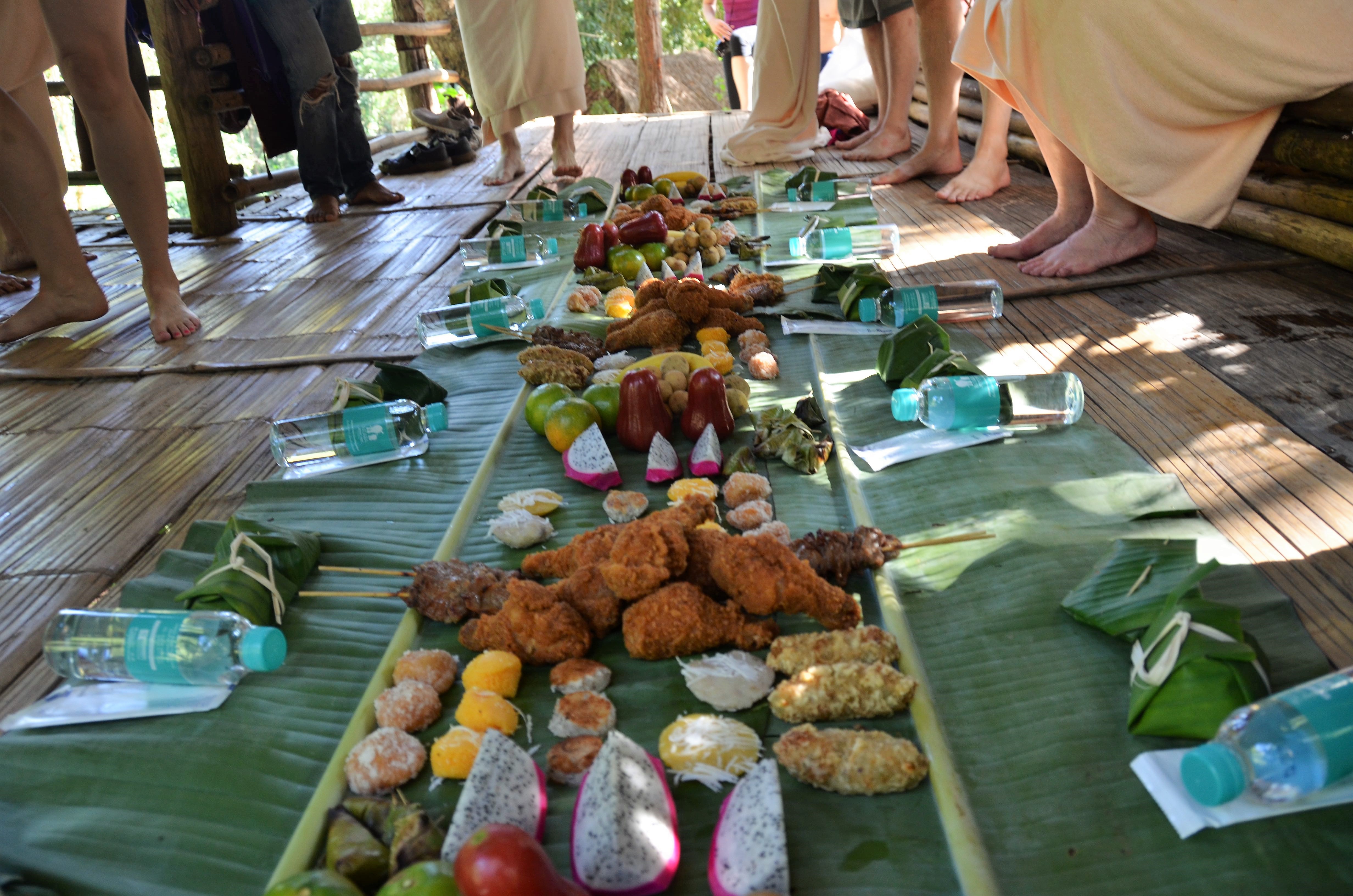 This truly was an incredible experience. Nonetheless, I continued to wonder whether riding an elephant at all was ethical. I have read several articles about this since then, and while it is probably best to not ride an elephant at all, the safest way to ride an elephant is bareback and on the neck, like we did at Patara. Also, I can honestly say that I did not see any of the elephants being mistreated, and all the locals truly seemed to care for and have bond with these animals.
This truly was an incredible experience. Nonetheless, I continued to wonder whether riding an elephant at all was ethical. I have read several articles about this since then, and while it is probably best to not ride an elephant at all, the safest way to ride an elephant is bareback and on the neck, like we did at Patara. Also, I can honestly say that I did not see any of the elephants being mistreated, and all the locals truly seemed to care for and have bond with these animals.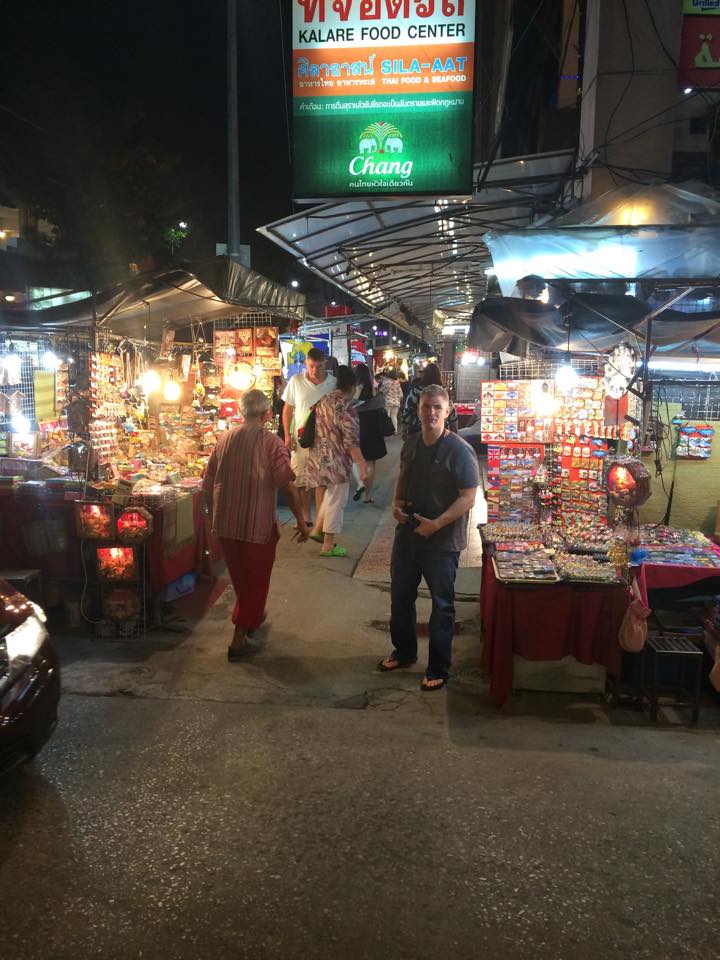
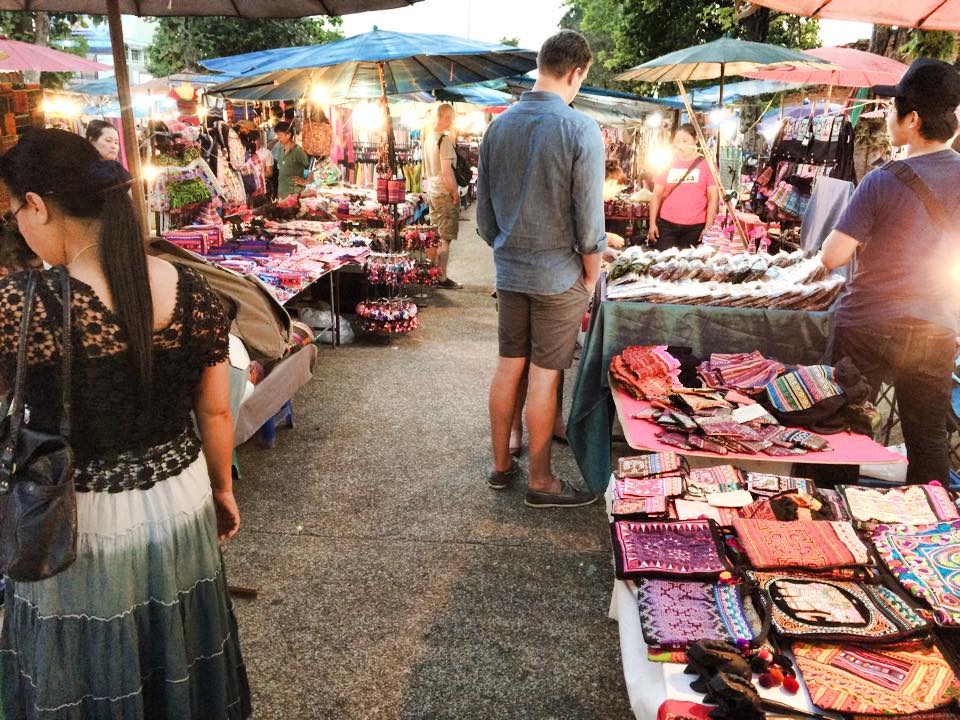
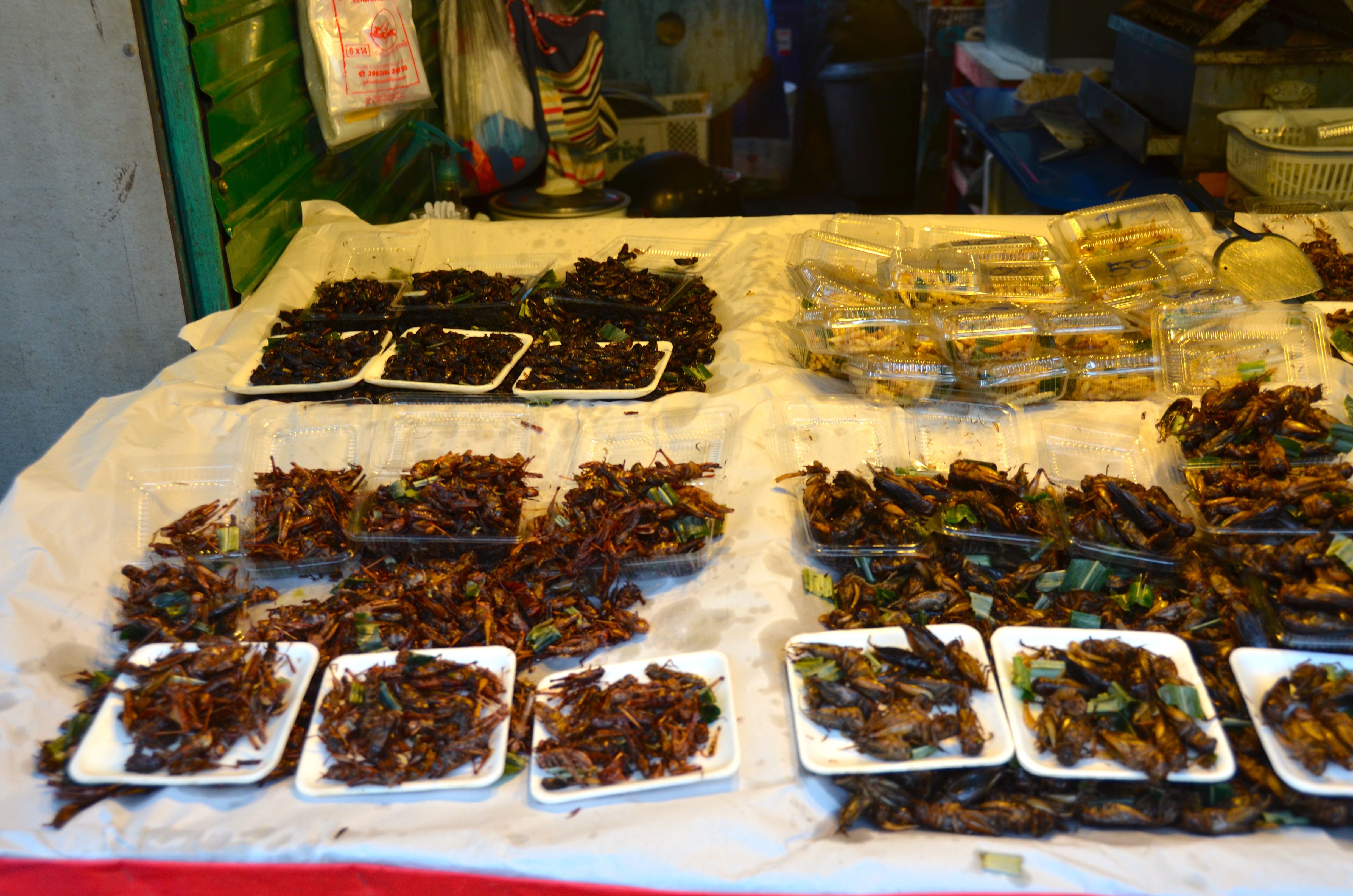
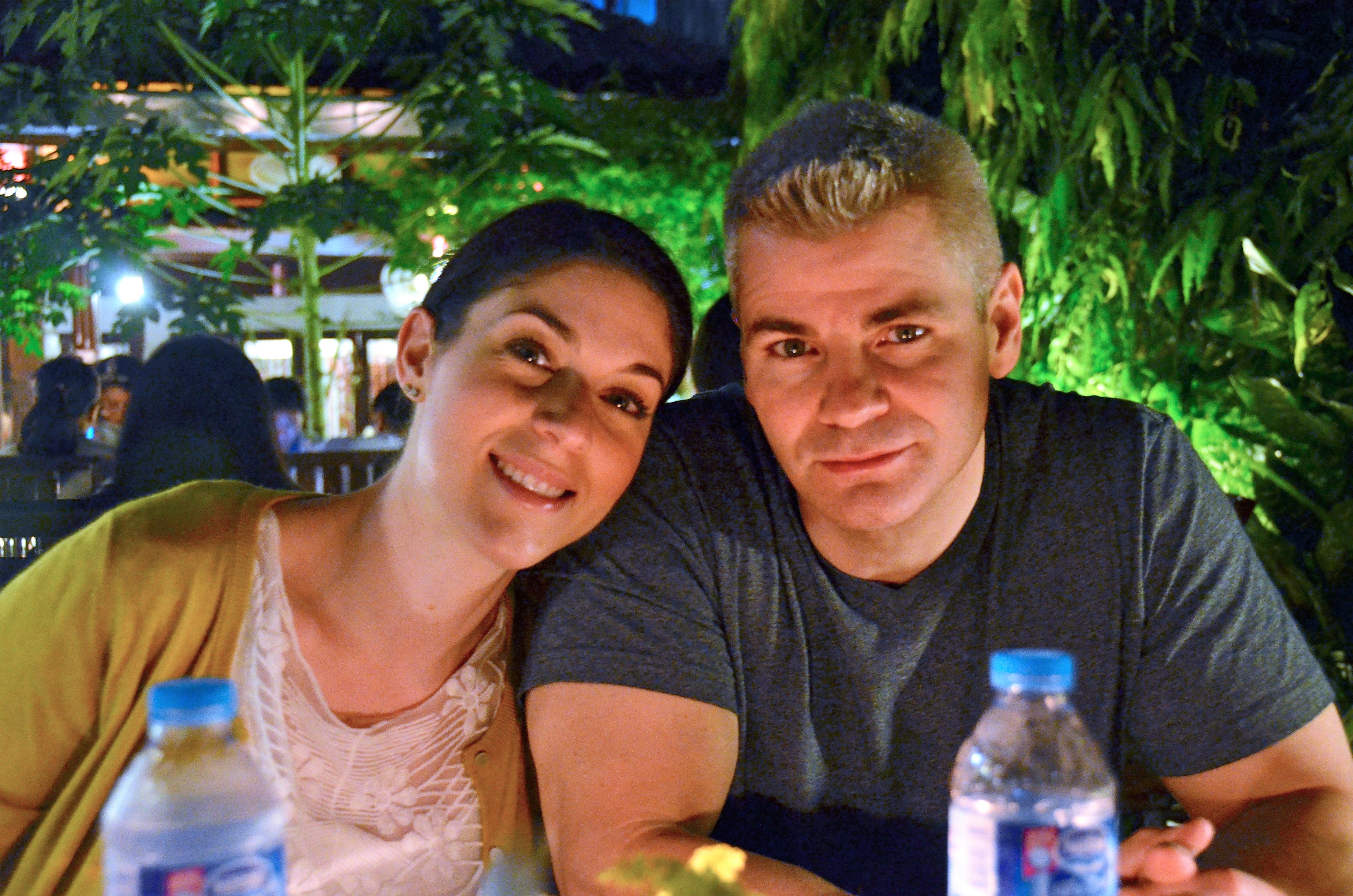 On our final day in Chiang Mai, we decided to indulge. We spent the day at the best hotel in Chiang Mai, the
On our final day in Chiang Mai, we decided to indulge. We spent the day at the best hotel in Chiang Mai, the 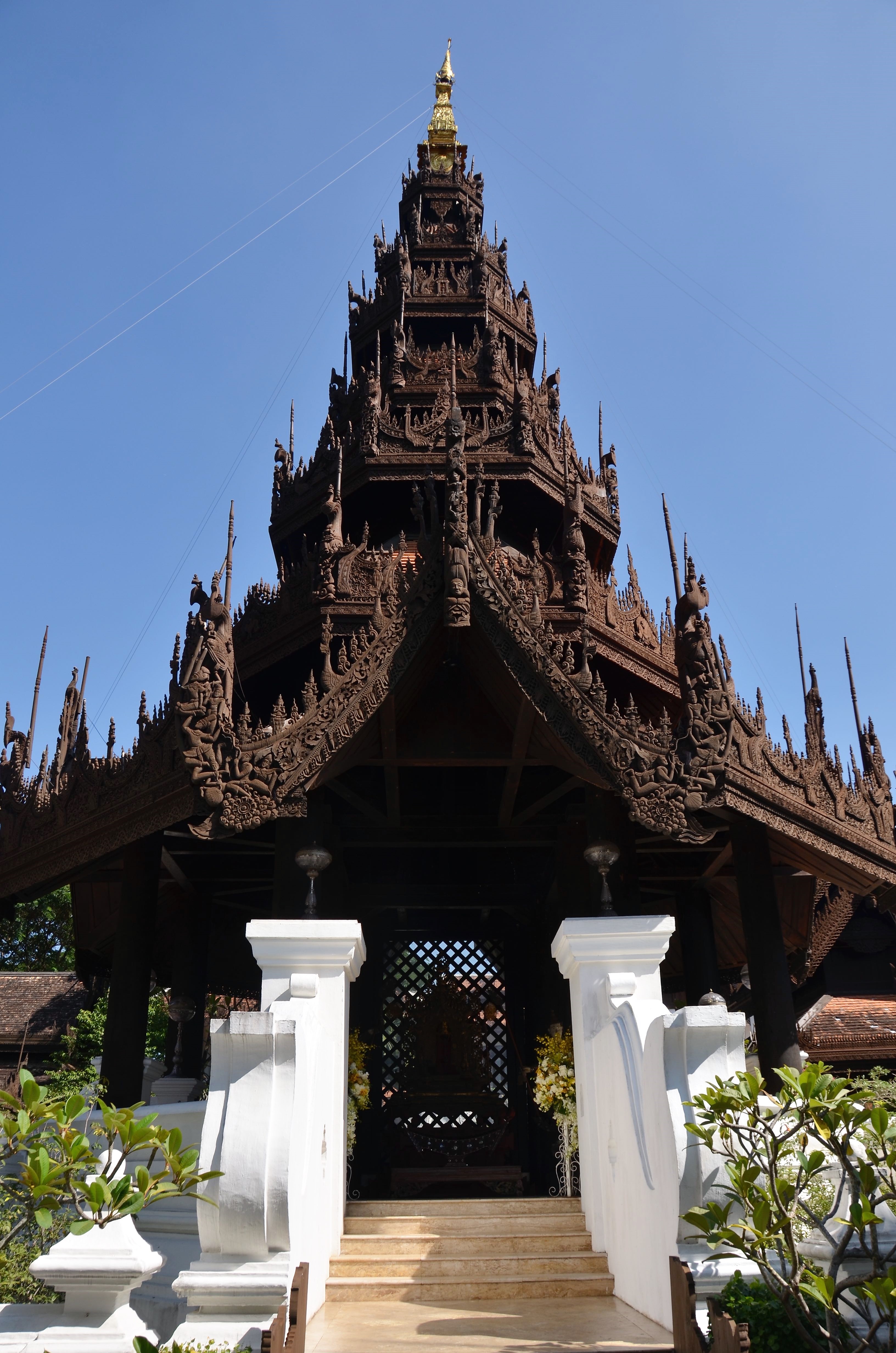
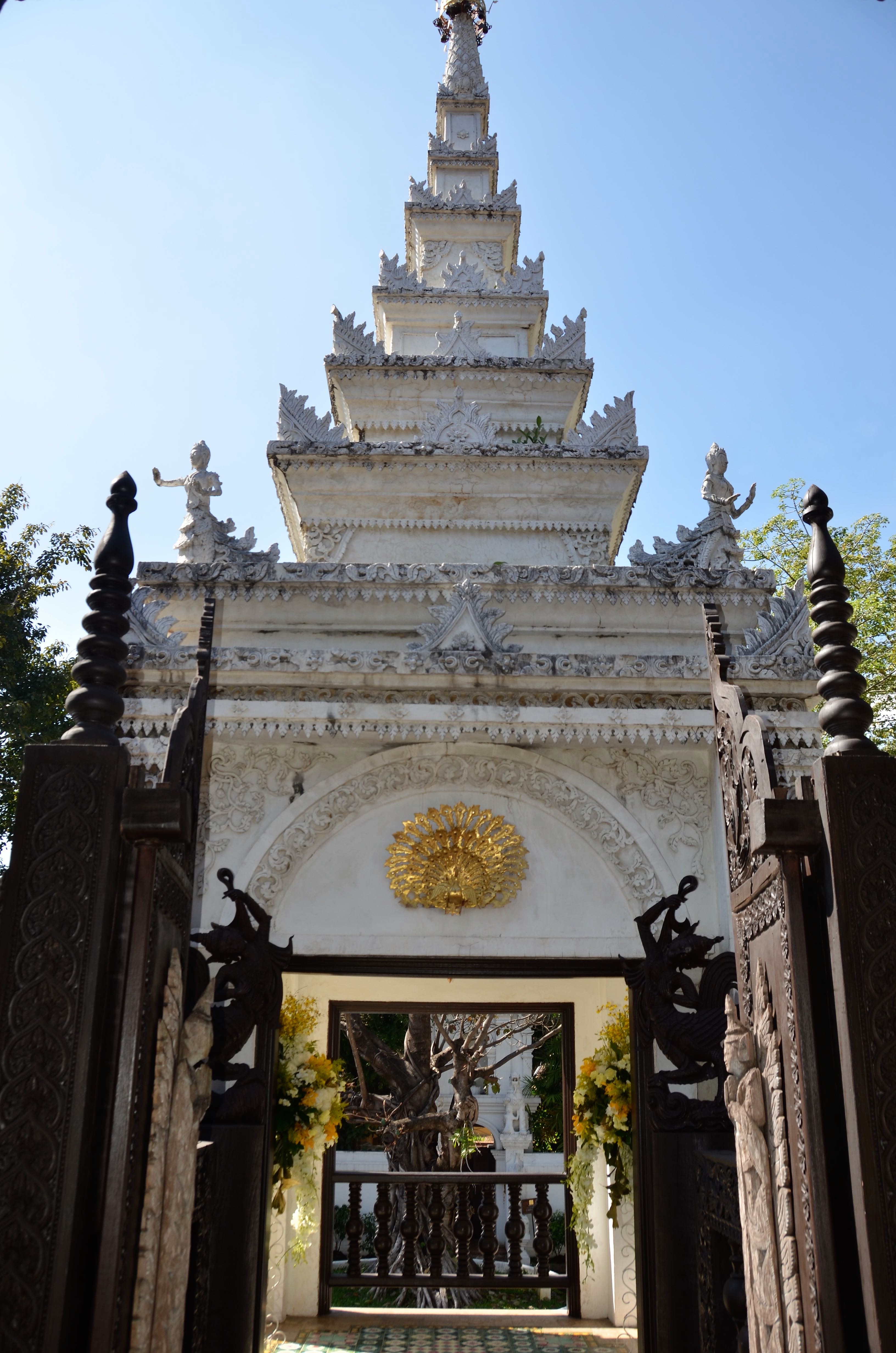
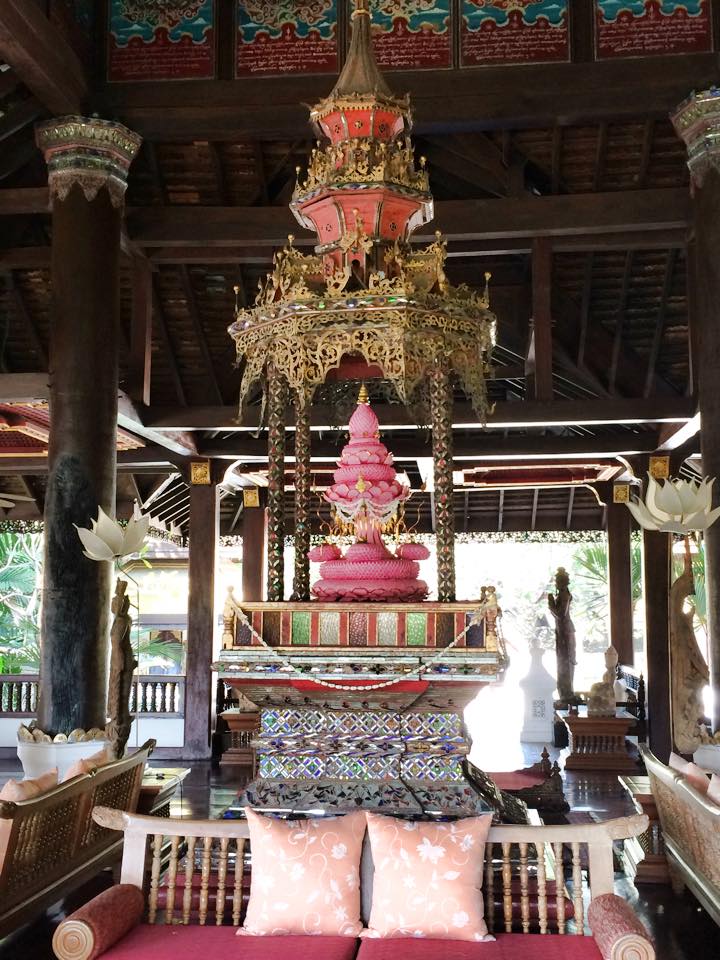 We next indulged in a nice long massage followed by tea!
We next indulged in a nice long massage followed by tea!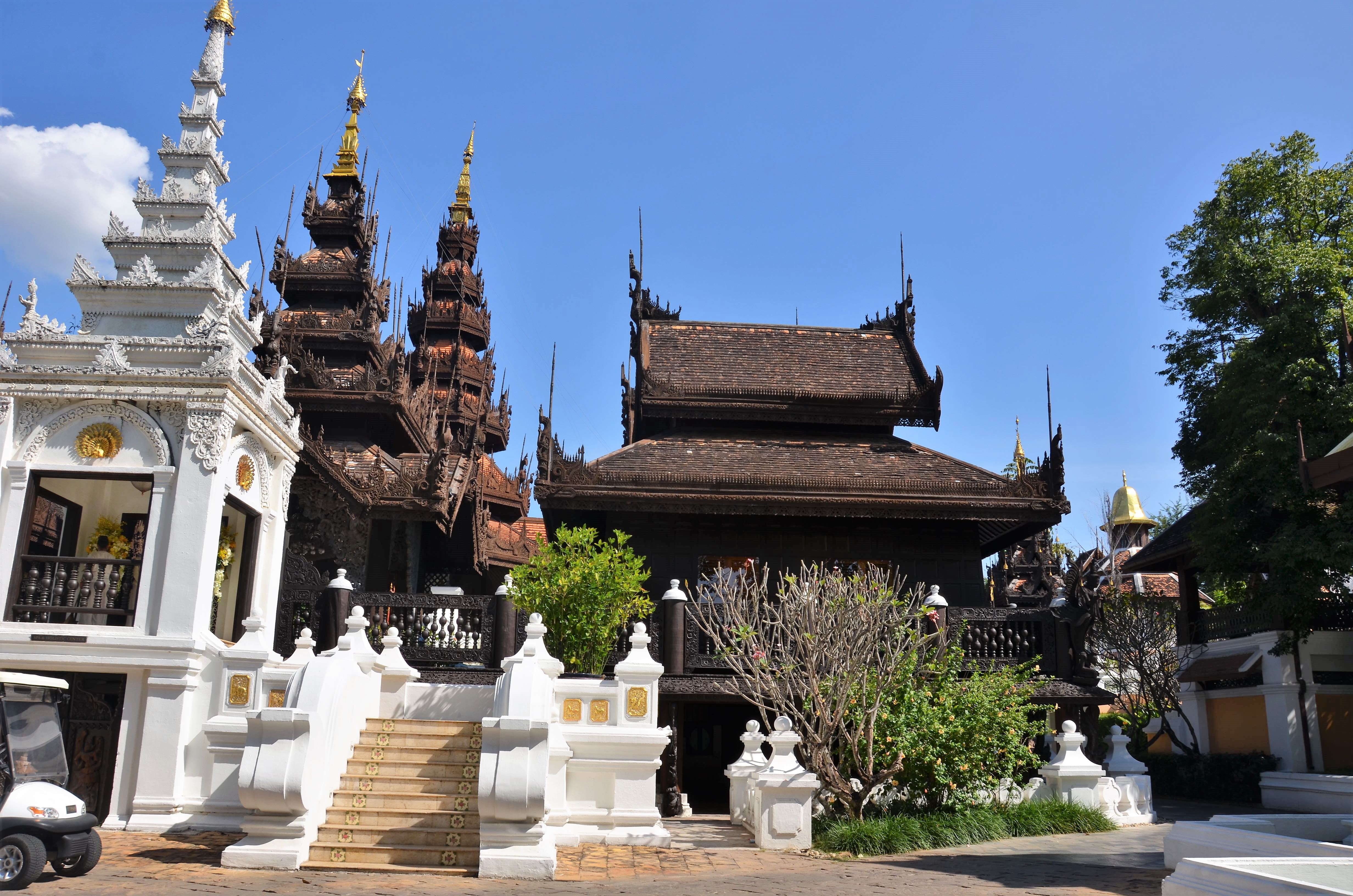
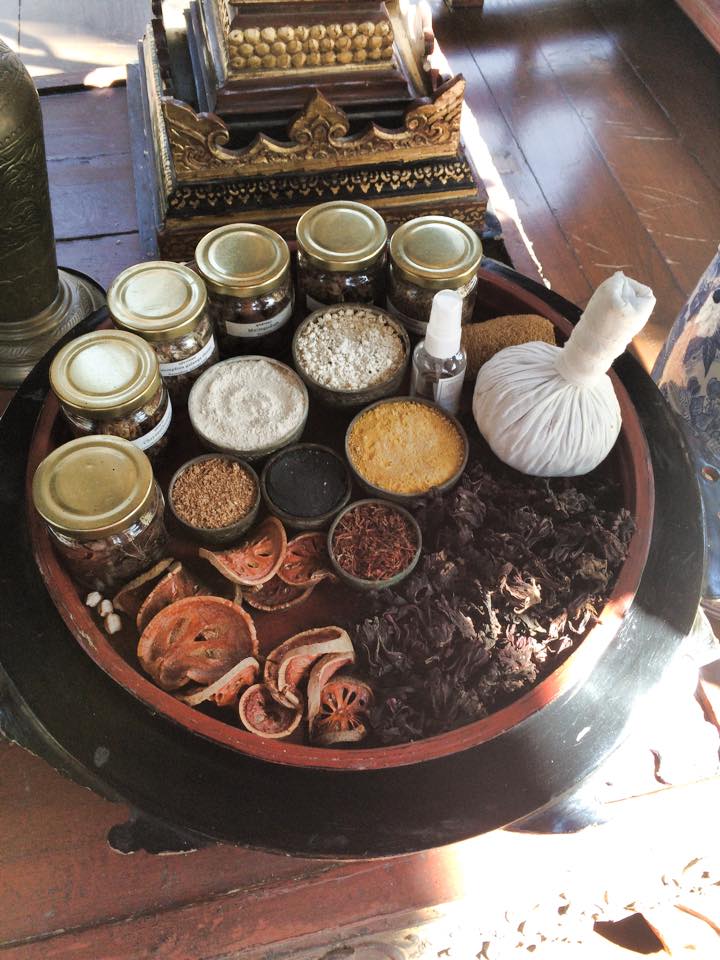 We ended the night in one of their fabulous restaurants where we enjoyed a traditional Thai dance and dinner show.
We ended the night in one of their fabulous restaurants where we enjoyed a traditional Thai dance and dinner show.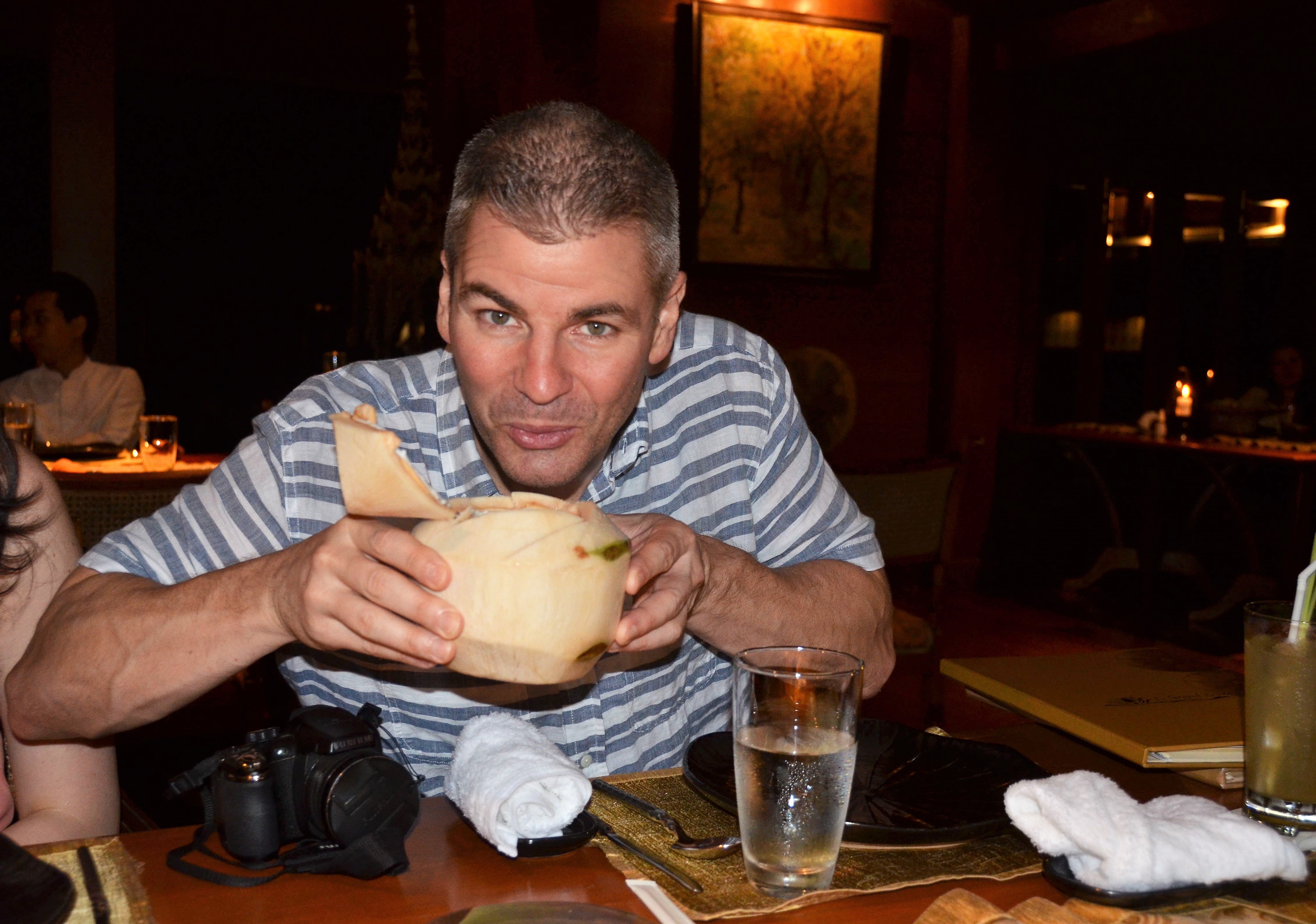
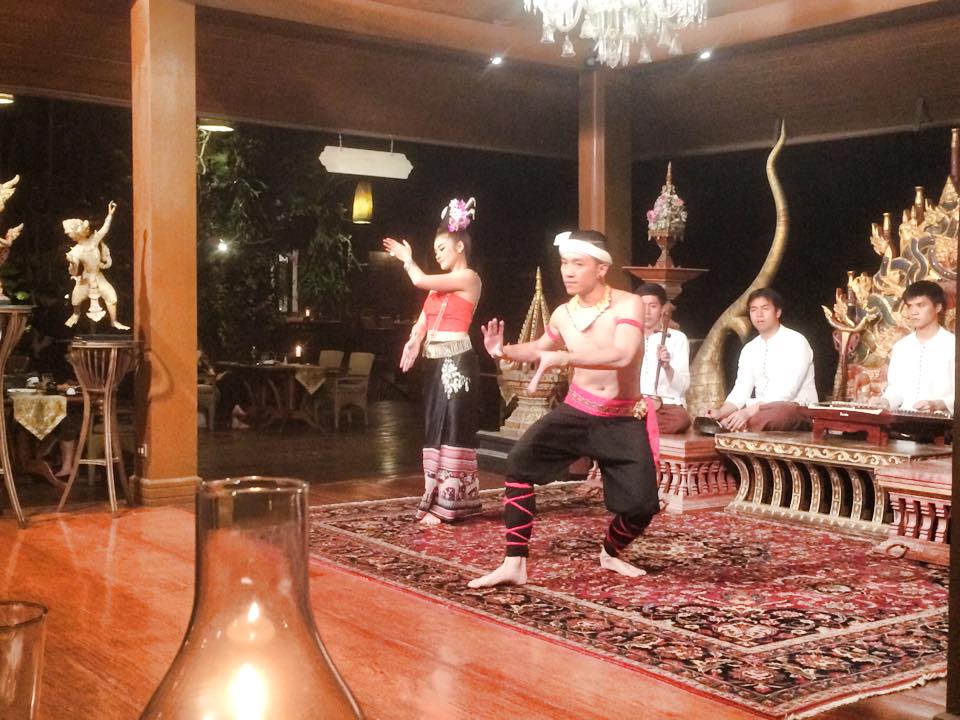 Chiang Mai is like Shangri-La. It has beautiful scenery, friendly people, and amazing experiences just waiting for you. It is a clean, budget friendly city with relatively mild temperatures and serves as the perfect place to start your journey of Northern Thailand. Chad and I truly loved our time there and would like to return to experience the
Chiang Mai is like Shangri-La. It has beautiful scenery, friendly people, and amazing experiences just waiting for you. It is a clean, budget friendly city with relatively mild temperatures and serves as the perfect place to start your journey of Northern Thailand. Chad and I truly loved our time there and would like to return to experience the 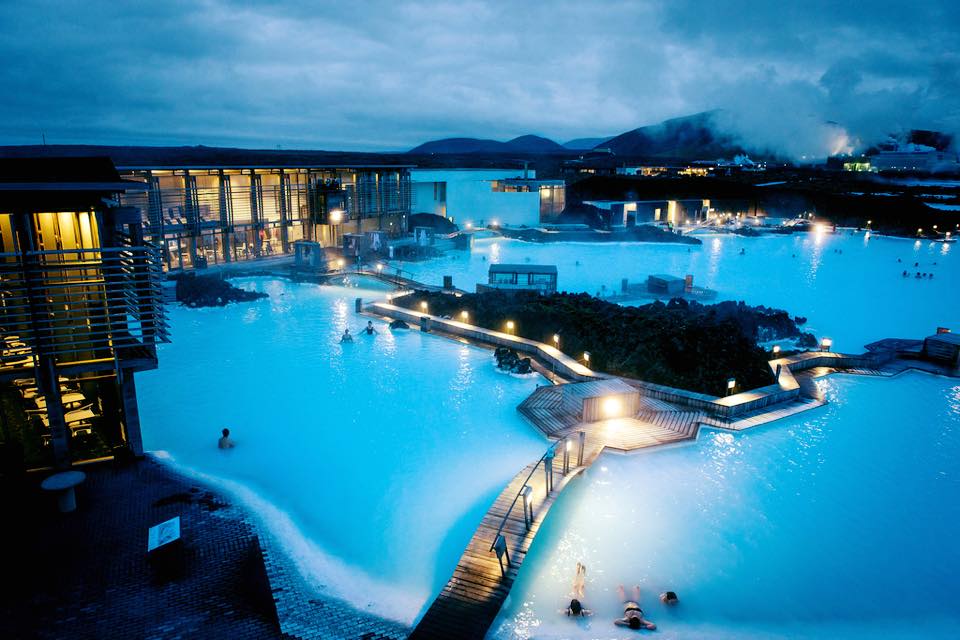 The
The 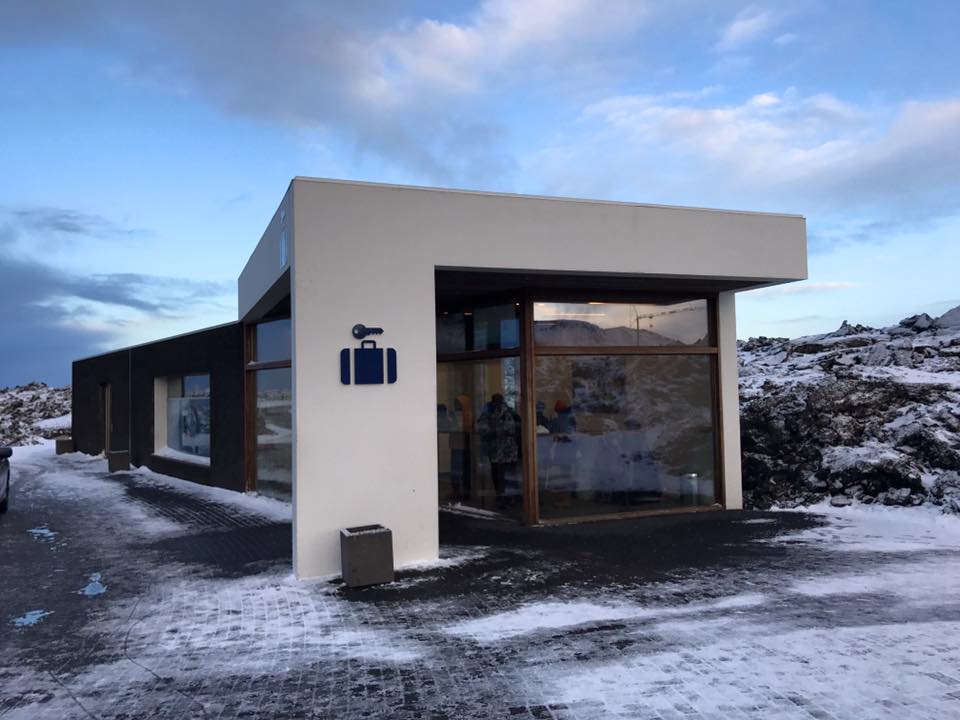 Once you arrive, you will take a winding path to the entrance. Just before the entrance are little trails you can take to see the outside of the lagoon.
Once you arrive, you will take a winding path to the entrance. Just before the entrance are little trails you can take to see the outside of the lagoon.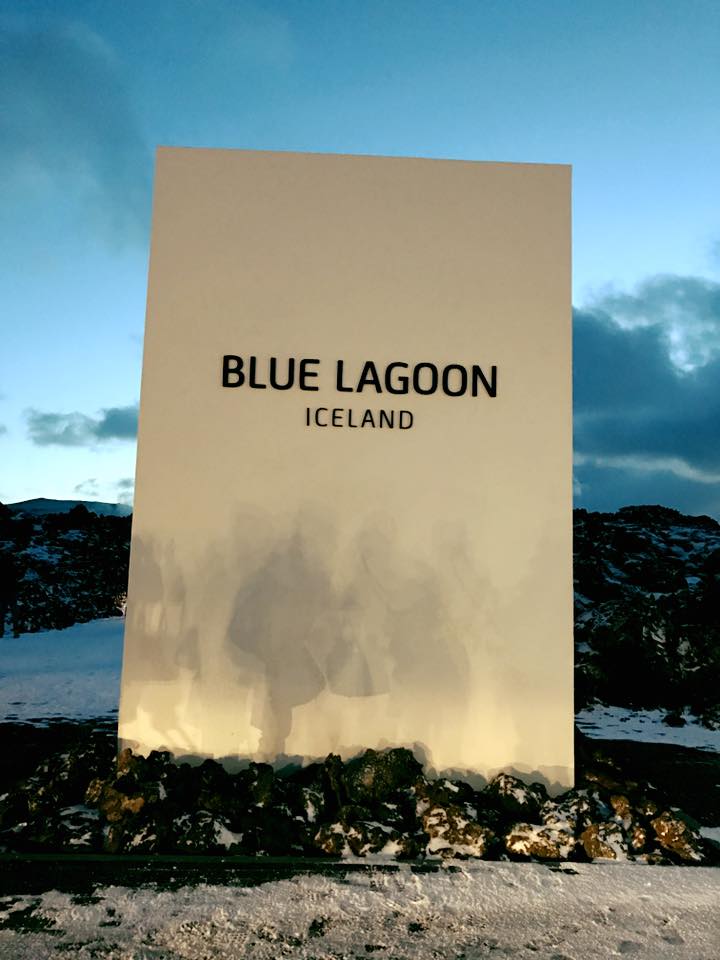
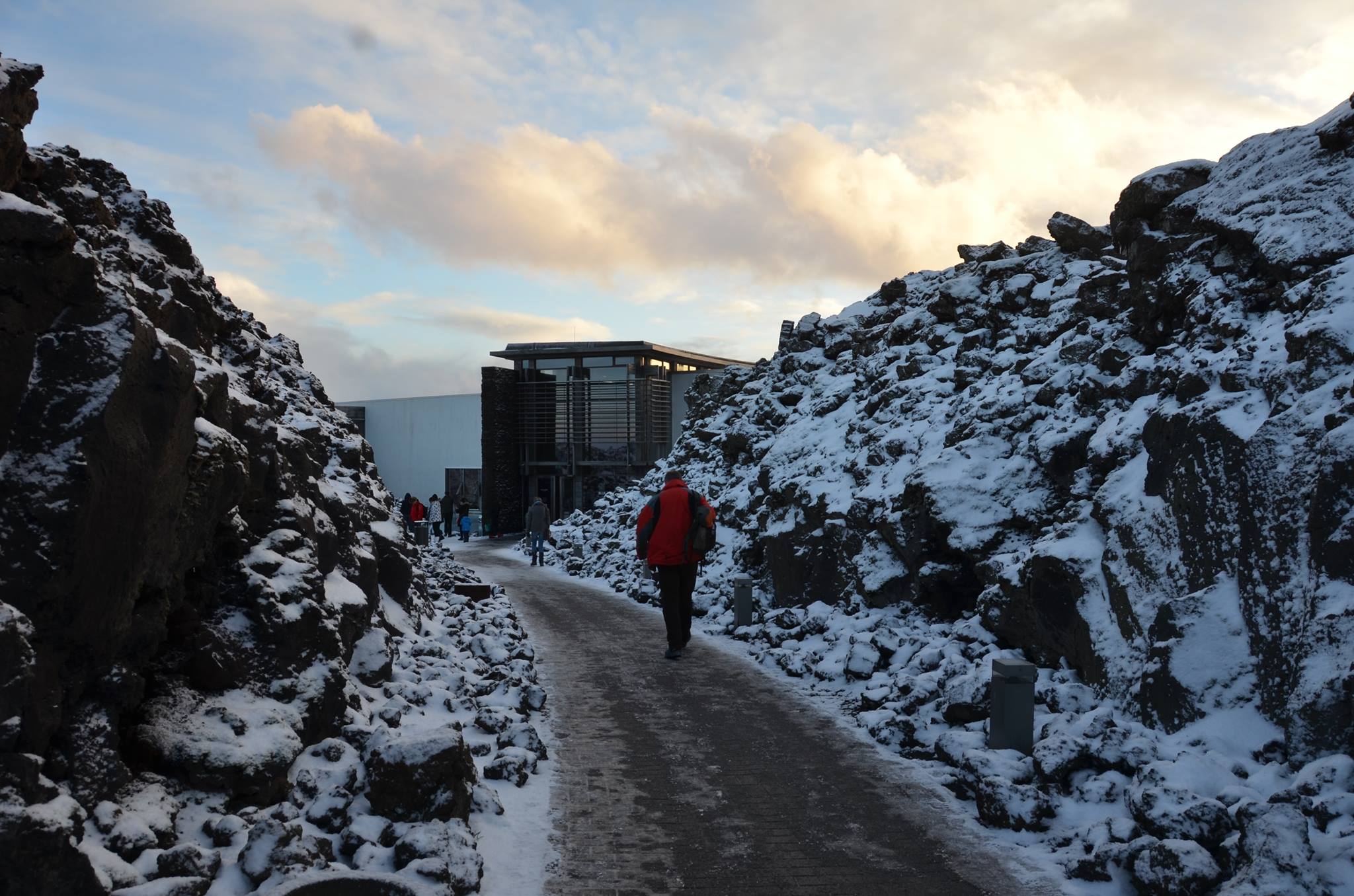
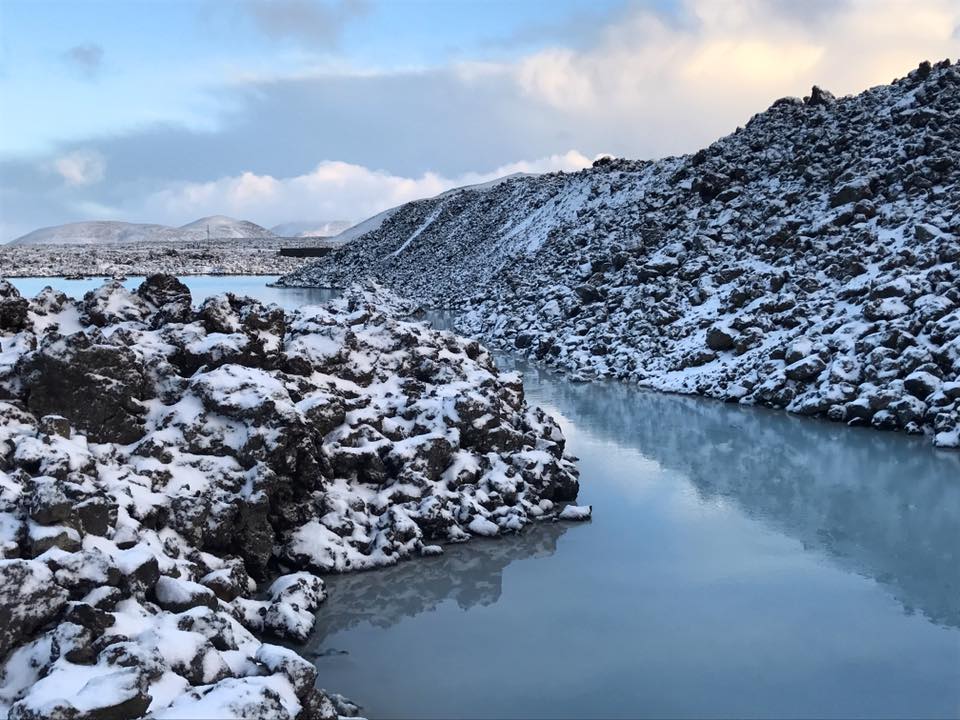
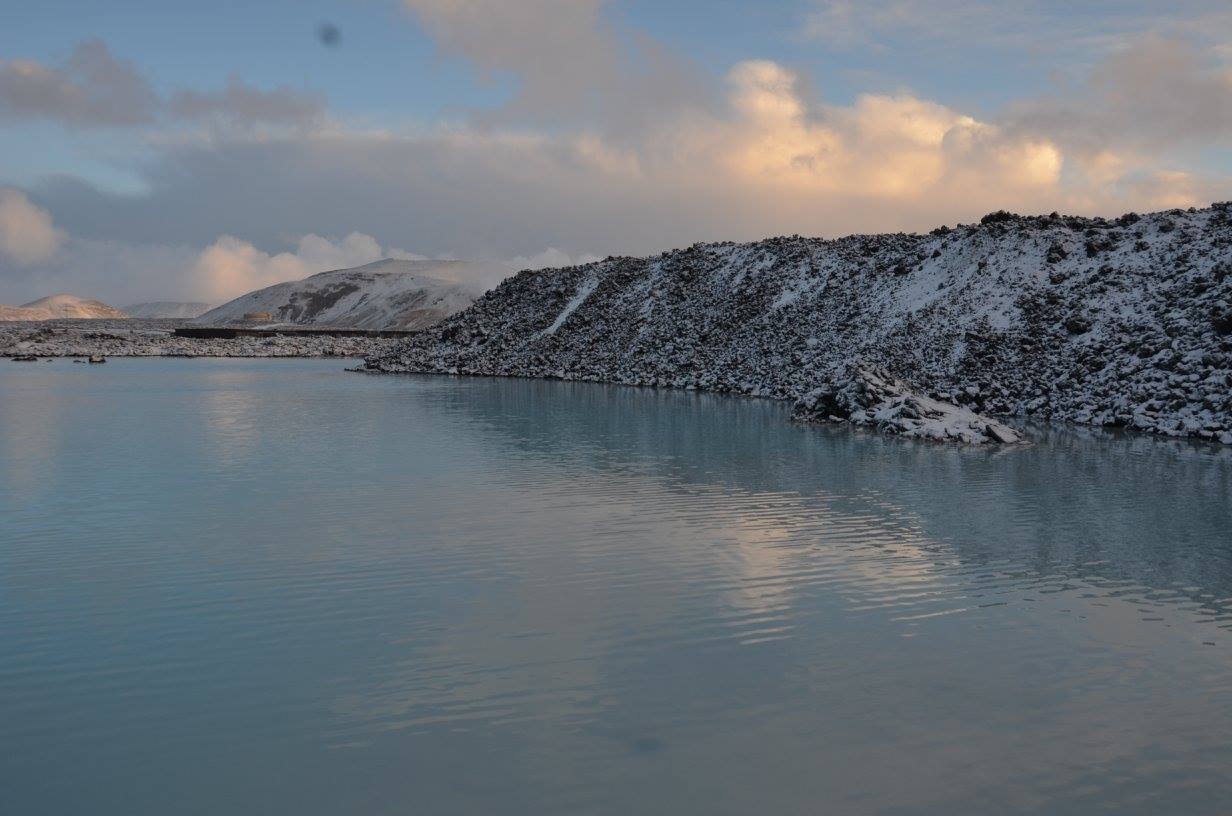
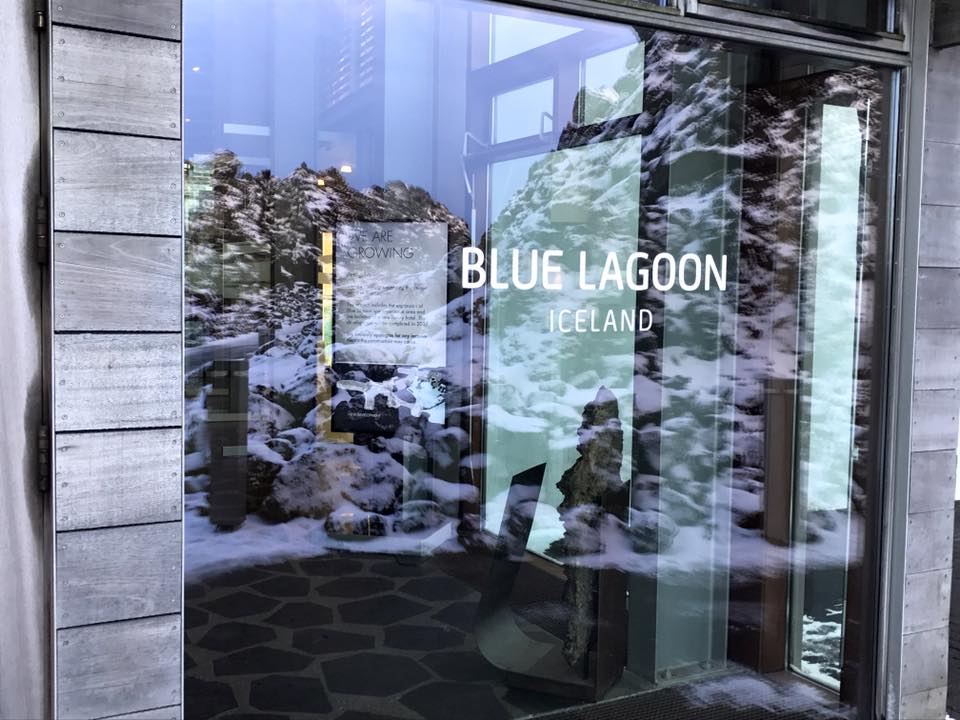 When you walk in, you will line up based on the package you purchased to check-in. At check-in, they will assign you your towel, robe, and slippers, and give you a bracelet that acts as your locker key and your credit card on the property.
When you walk in, you will line up based on the package you purchased to check-in. At check-in, they will assign you your towel, robe, and slippers, and give you a bracelet that acts as your locker key and your credit card on the property.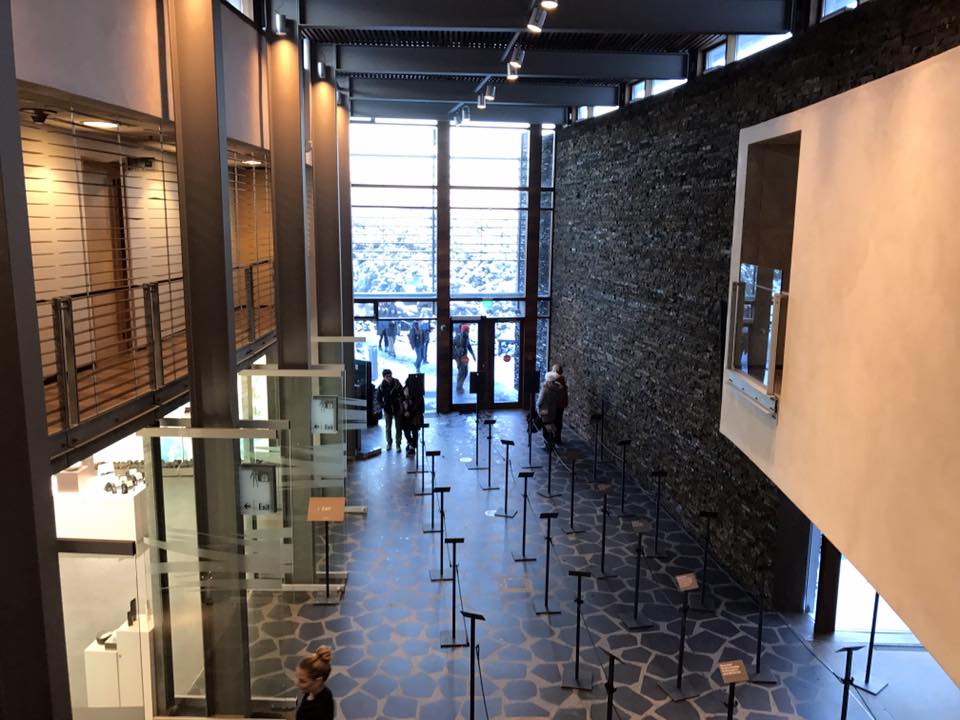
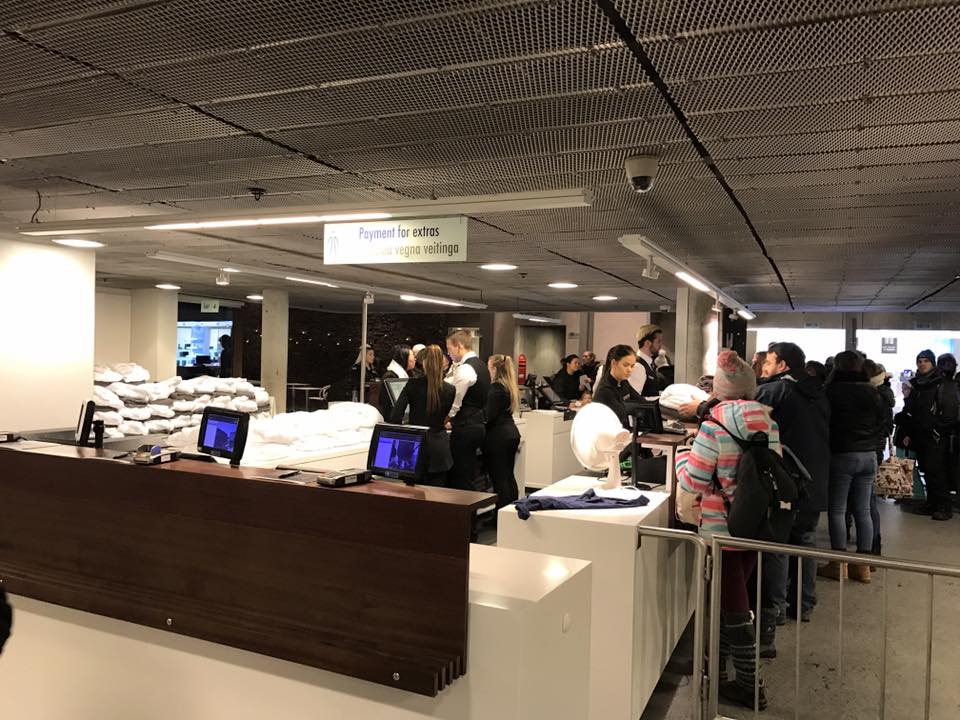
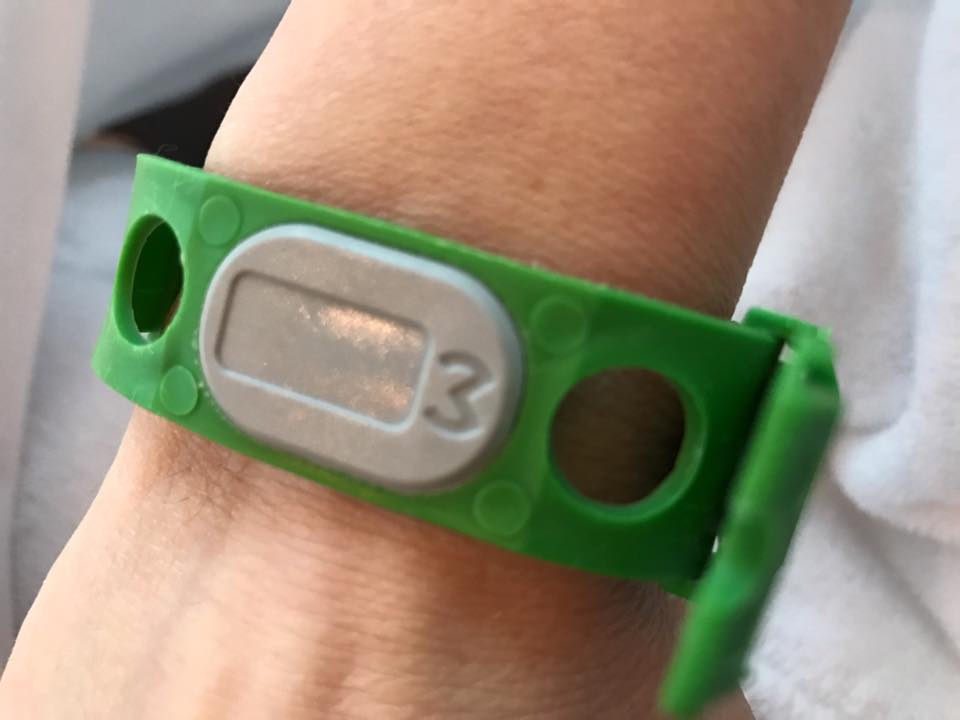 From the check-in, you will be escorted to the locker room where you will choose a locker. You must shower before entering the lagoon. The locker rooms have restrooms and shower facilities, but don’t expect the same amenities as a spa. They have a soap and like one blowdryer, so bring your own toiletries and blow dryers if you need them for afterwards.
From the check-in, you will be escorted to the locker room where you will choose a locker. You must shower before entering the lagoon. The locker rooms have restrooms and shower facilities, but don’t expect the same amenities as a spa. They have a soap and like one blowdryer, so bring your own toiletries and blow dryers if you need them for afterwards. 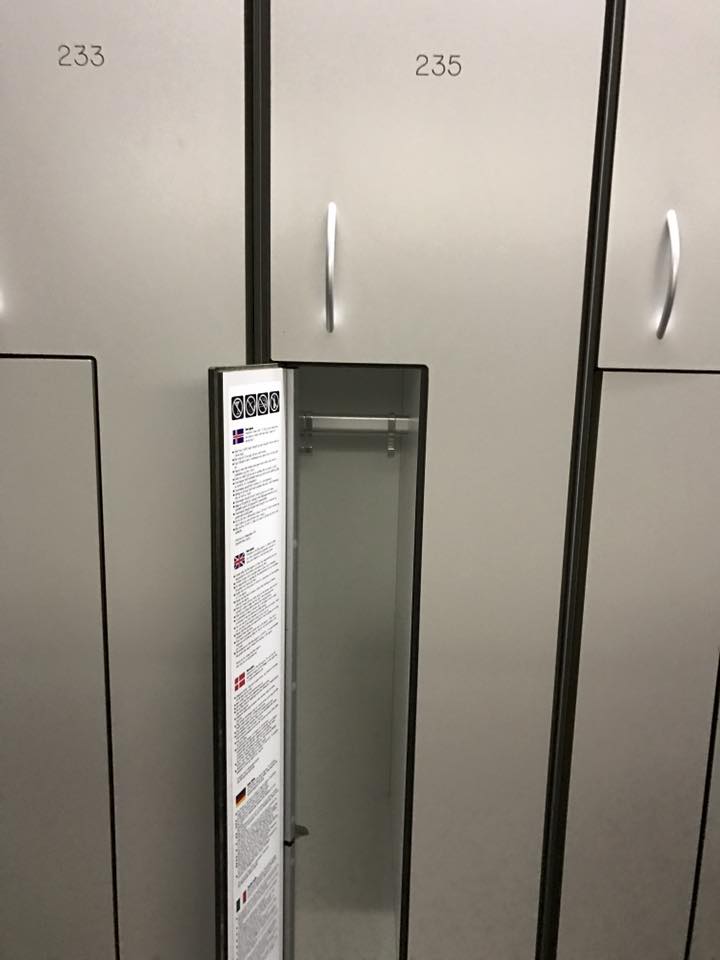 The locker rooms lead out to the lagoon entrance area. There are two ways to enter the lagoon: from the inside pool that has a door that leads to the outside or from the outside using a sloped ramp. There are places to hang your towels and robes inside and outside, but space is very limited.
The locker rooms lead out to the lagoon entrance area. There are two ways to enter the lagoon: from the inside pool that has a door that leads to the outside or from the outside using a sloped ramp. There are places to hang your towels and robes inside and outside, but space is very limited. 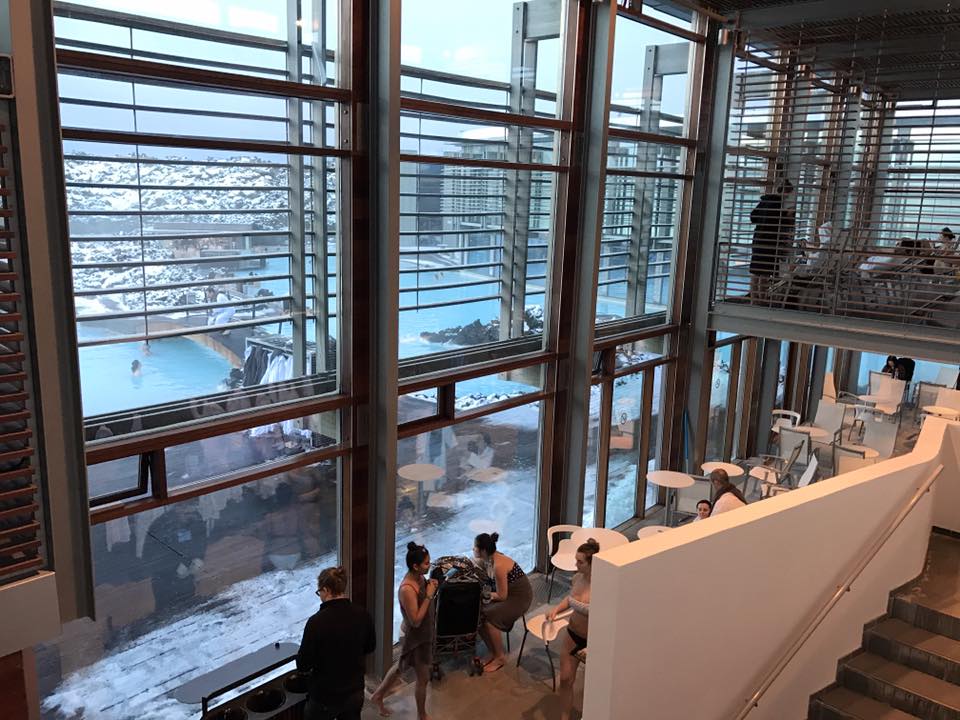
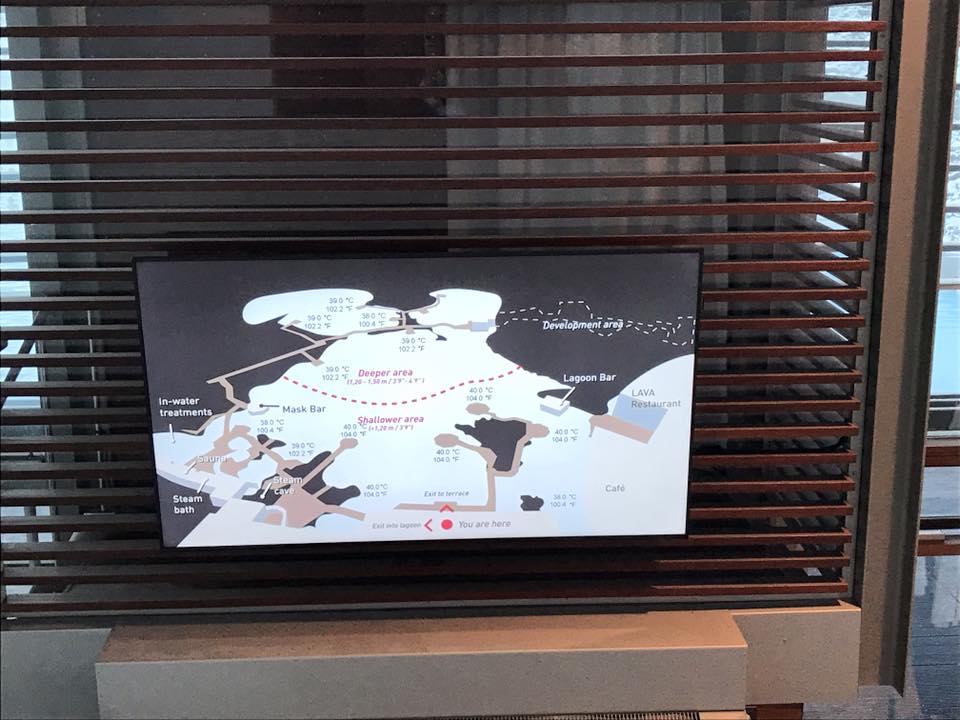
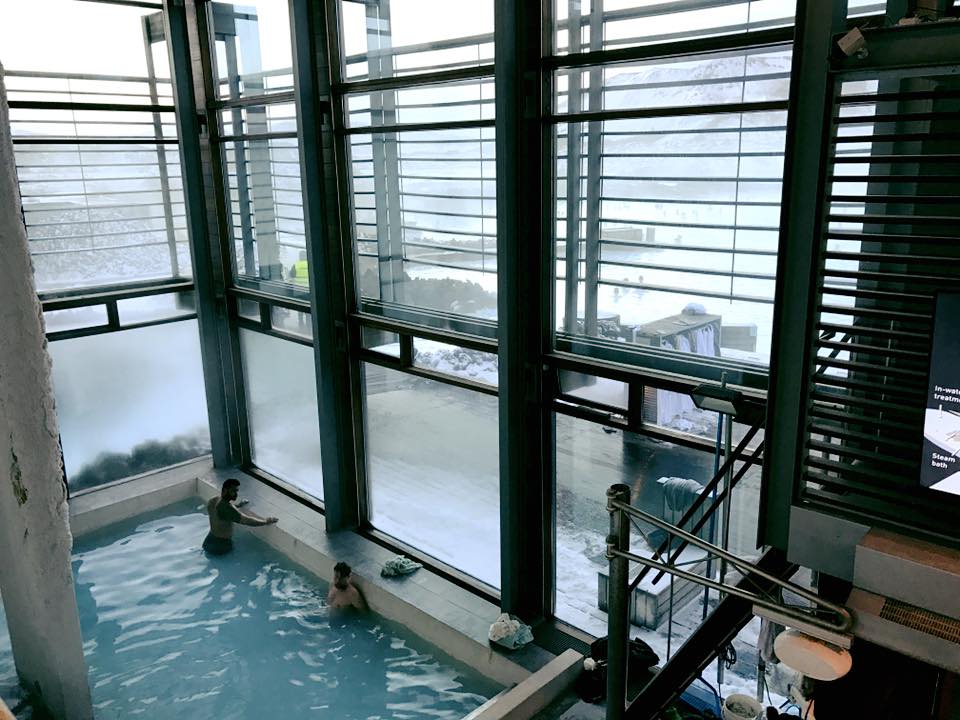
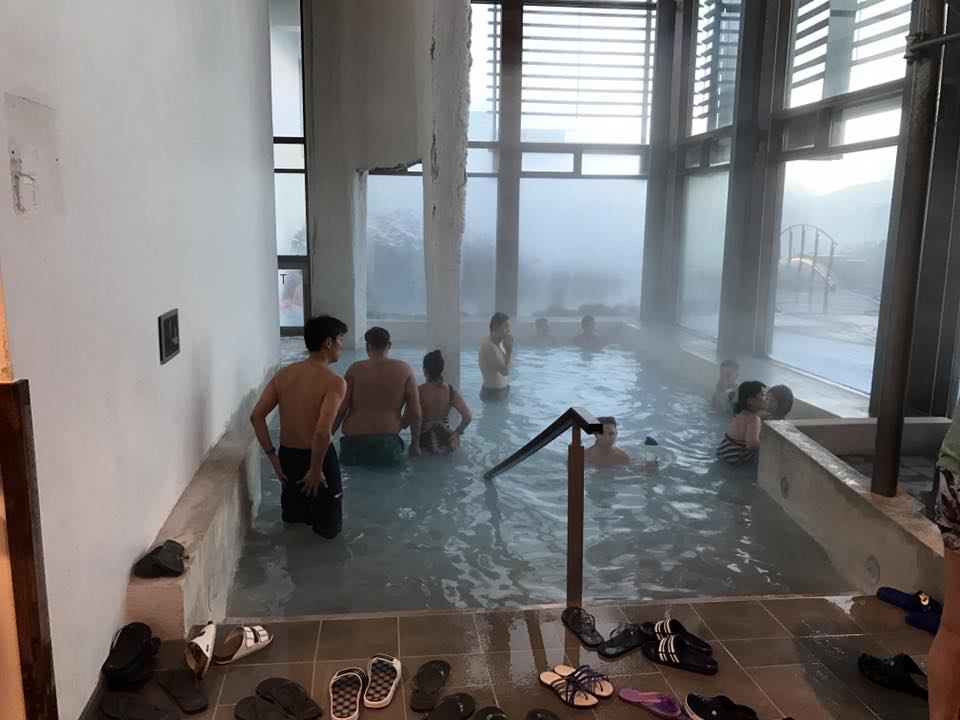
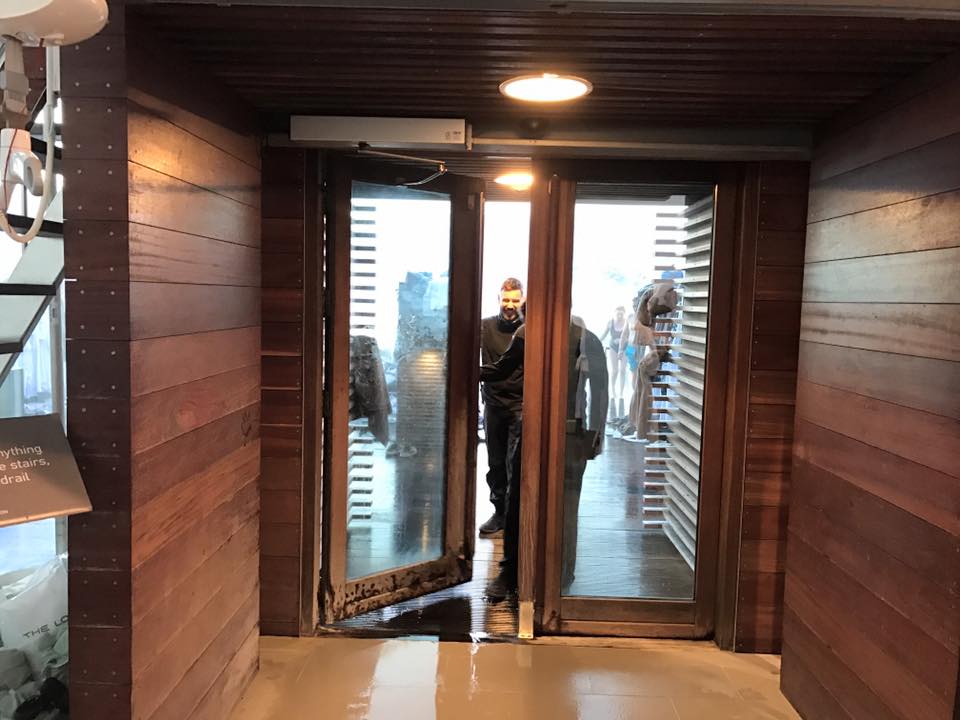
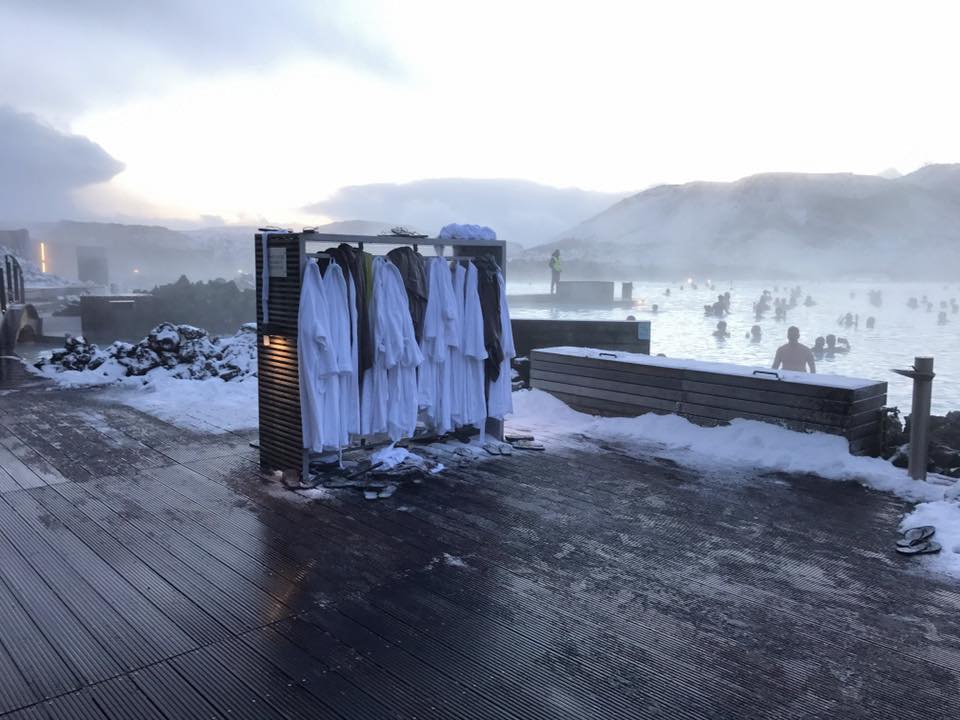
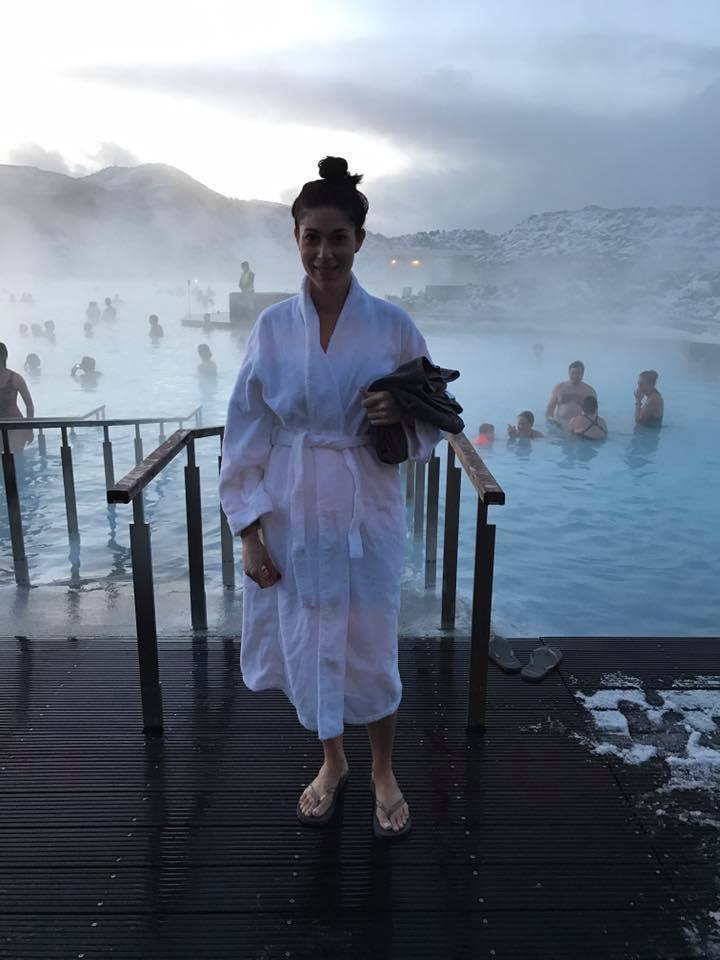
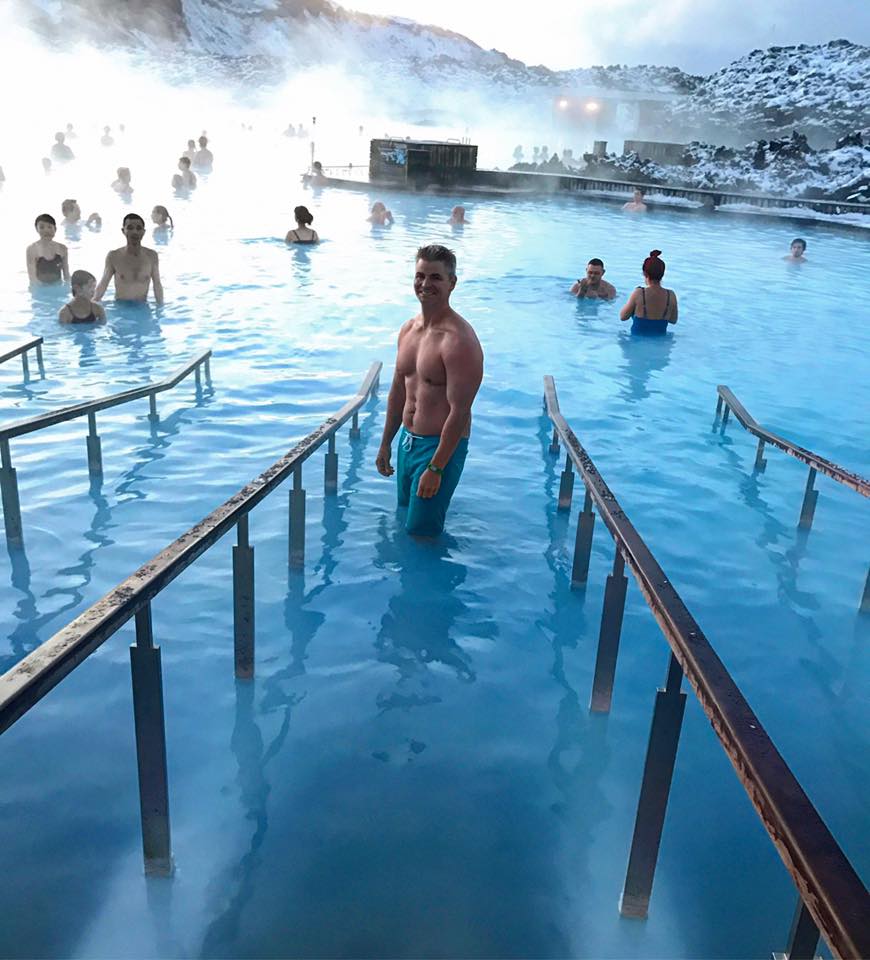 Once inside the lagoon, there are shallow and deep areas. There are also saunas and steam rooms as well as swim up bars where you can buy drinks and from where you can get your mud and algae masks. If you plan to take pictures while inside the lagoon, make sure you bring a waterproof case for your camera or phone.
Once inside the lagoon, there are shallow and deep areas. There are also saunas and steam rooms as well as swim up bars where you can buy drinks and from where you can get your mud and algae masks. If you plan to take pictures while inside the lagoon, make sure you bring a waterproof case for your camera or phone.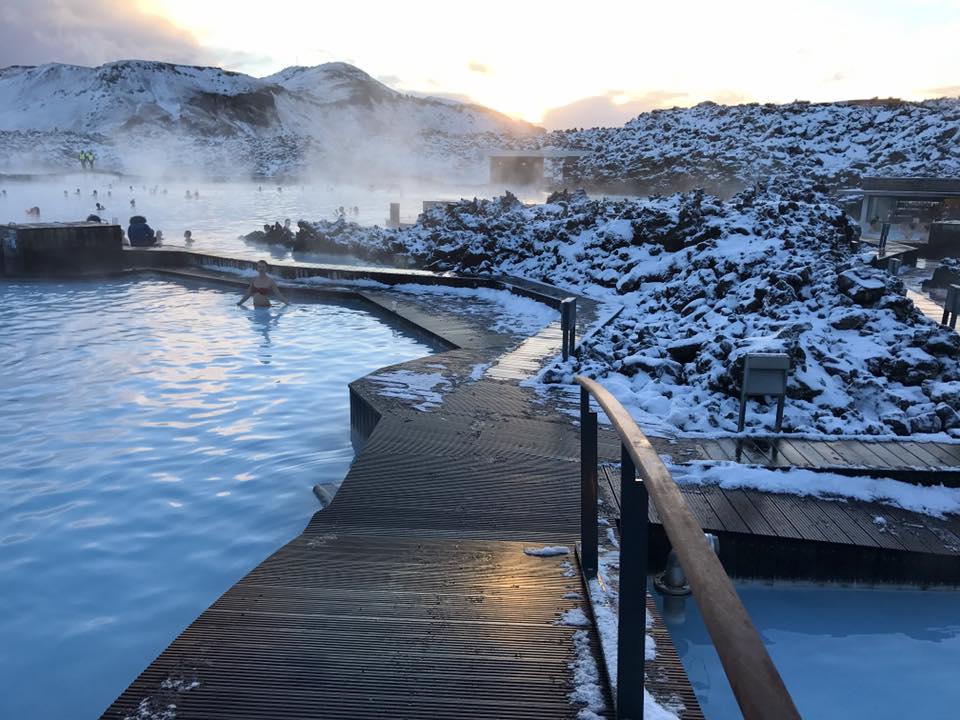
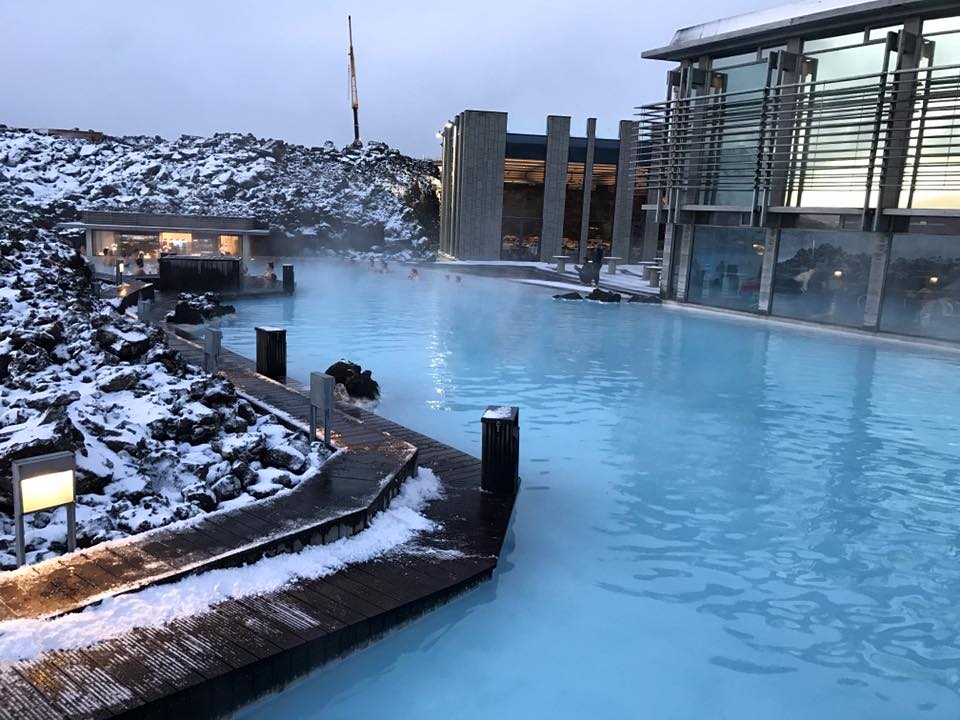
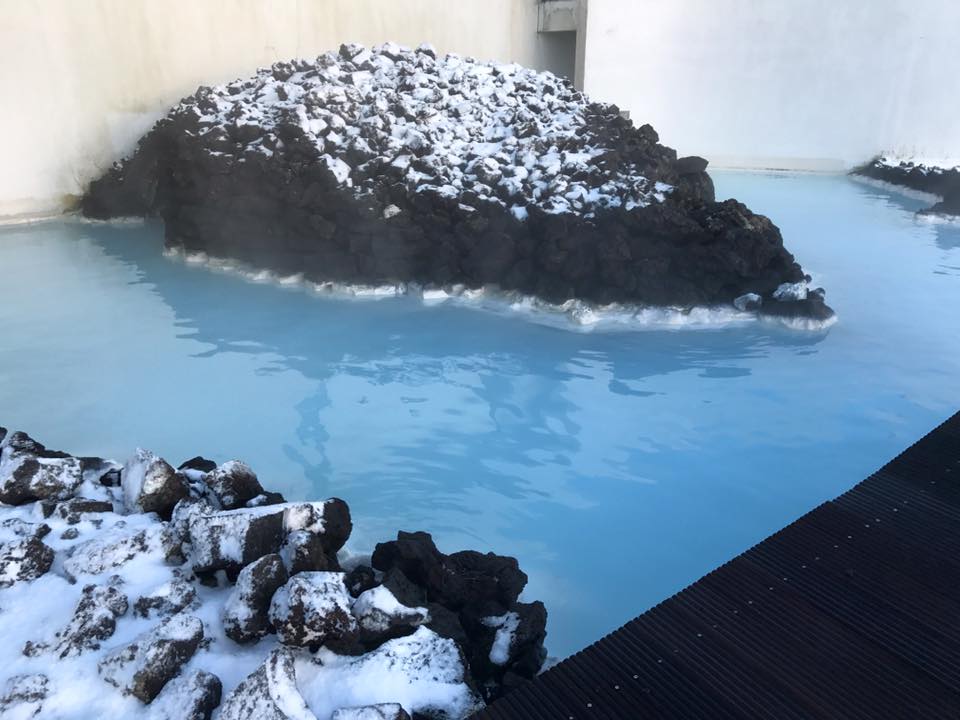
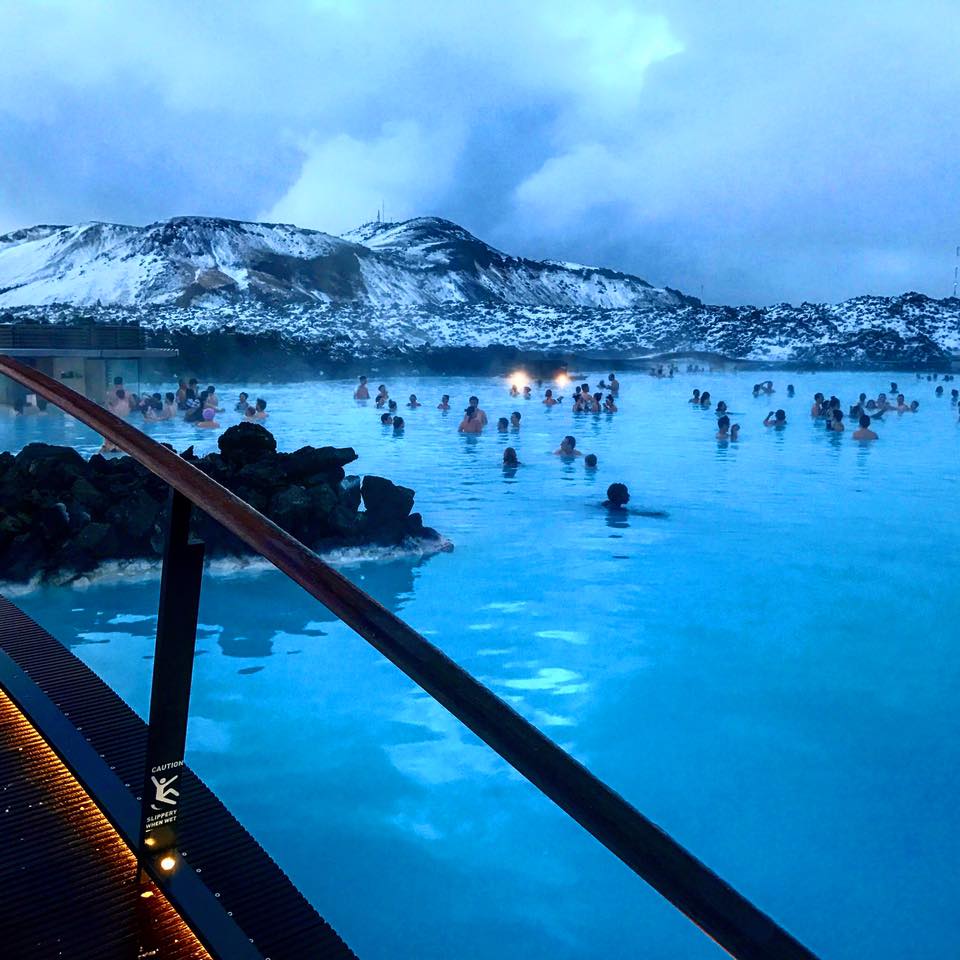
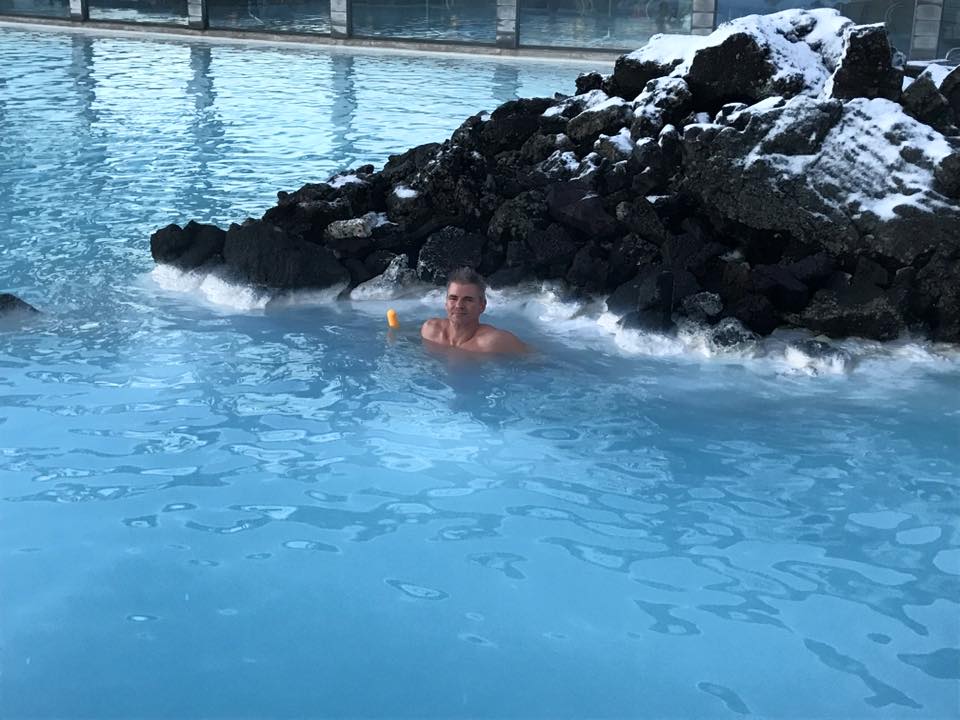
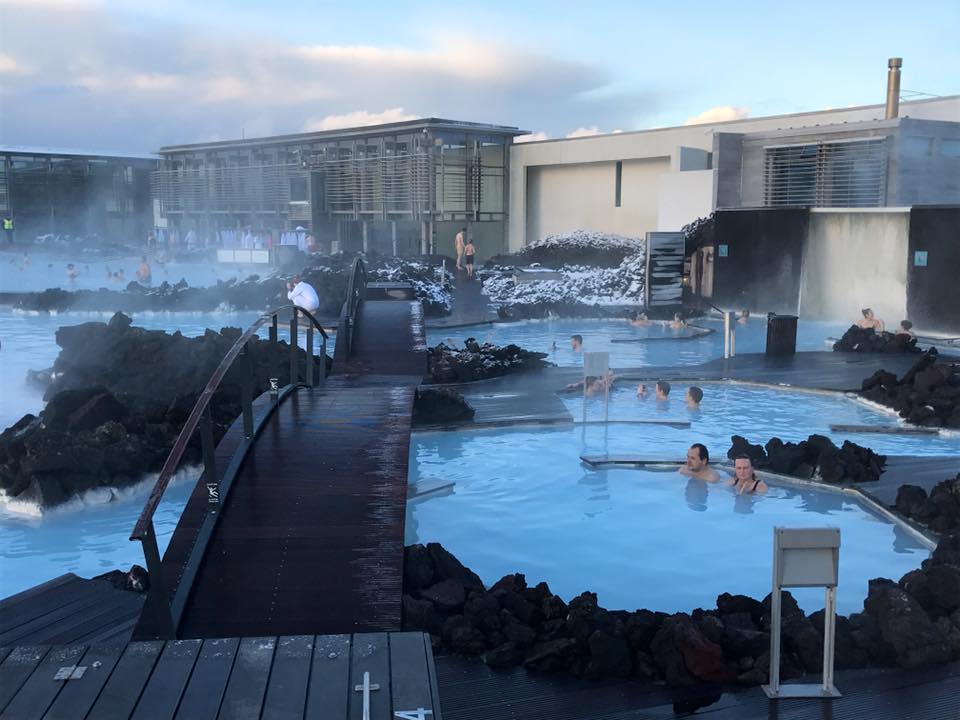
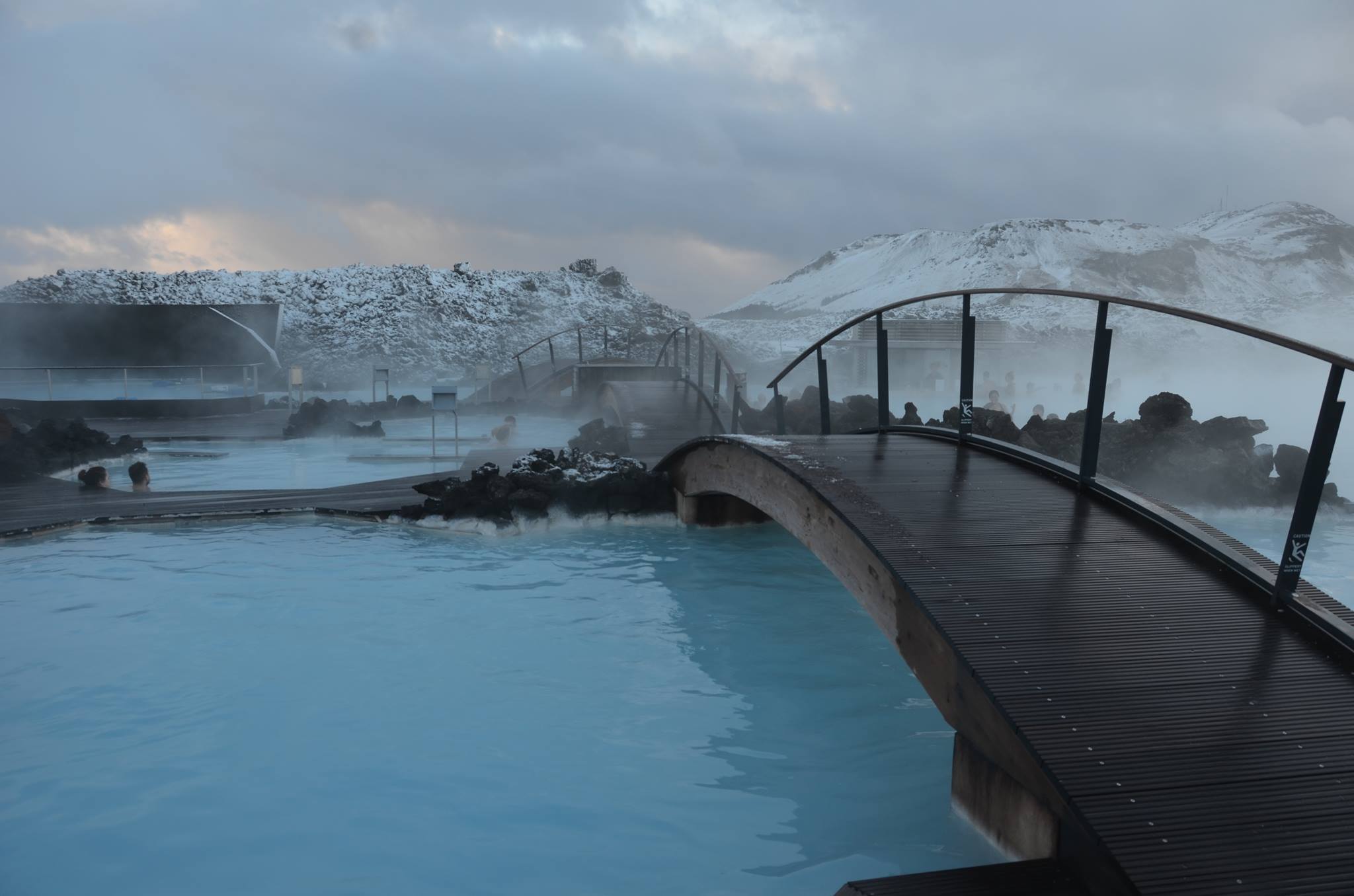 The water temperature is between 98 and 104 degrees Fahrenheit (37-40 degrees Celsius). Apparently, there are 9 million liters of water in the pool that renews itself every 40 hours. It is about 2 feet at its shallowest point and 5 feet at its deepest point. There is no visibility under the water. Because it is so hot, it is important to stay hydrated before, during, and after your visit. Also, the sulfuric water can really dry out your hair, so load it up with conditioner and try not to get your hair wet.
The water temperature is between 98 and 104 degrees Fahrenheit (37-40 degrees Celsius). Apparently, there are 9 million liters of water in the pool that renews itself every 40 hours. It is about 2 feet at its shallowest point and 5 feet at its deepest point. There is no visibility under the water. Because it is so hot, it is important to stay hydrated before, during, and after your visit. Also, the sulfuric water can really dry out your hair, so load it up with conditioner and try not to get your hair wet.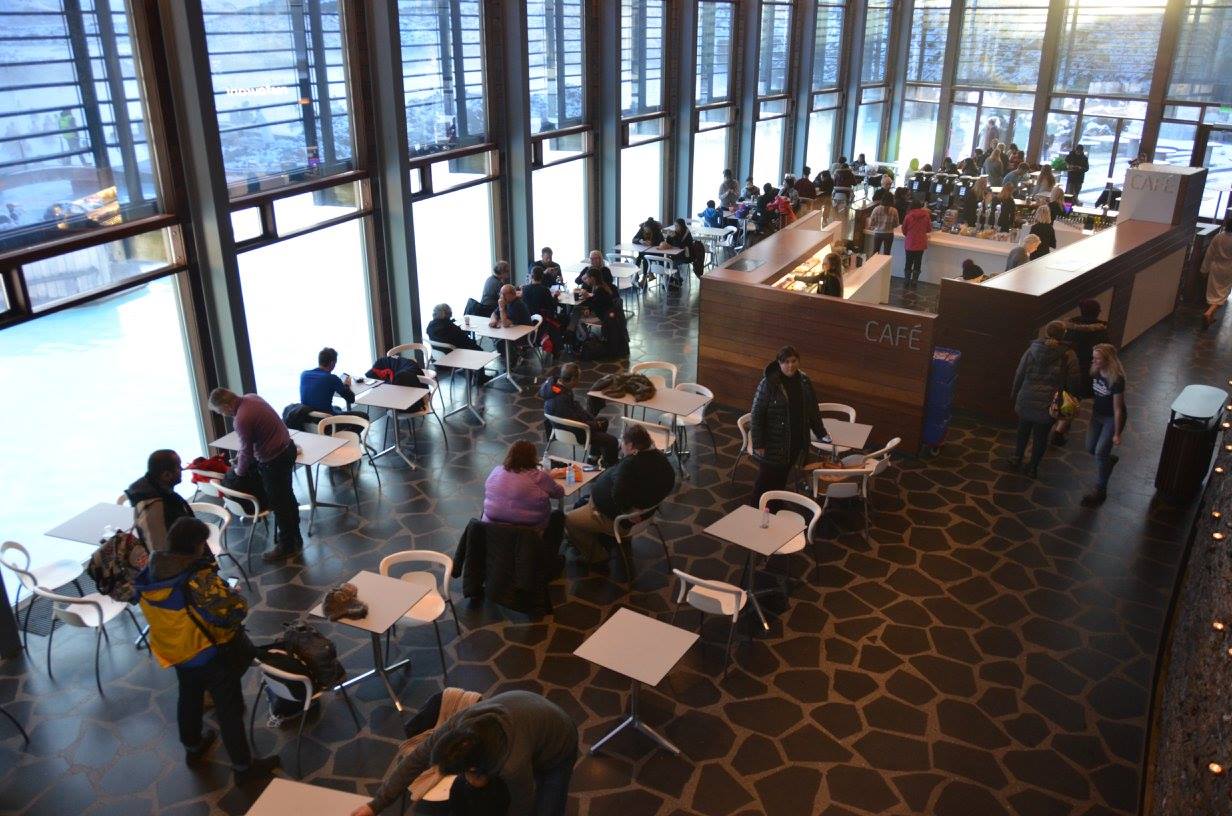
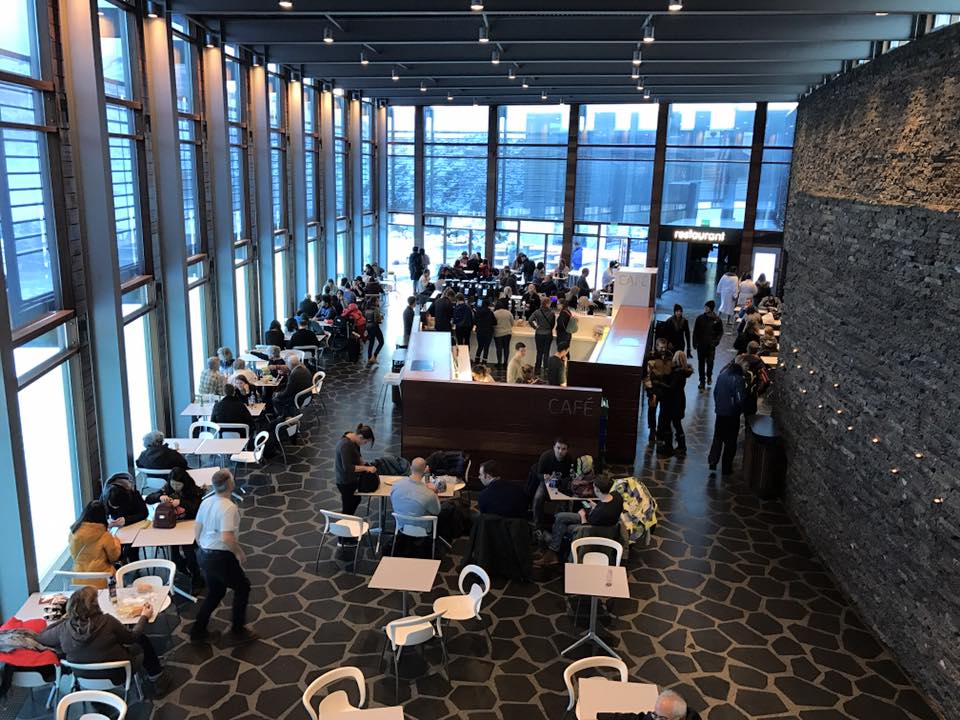
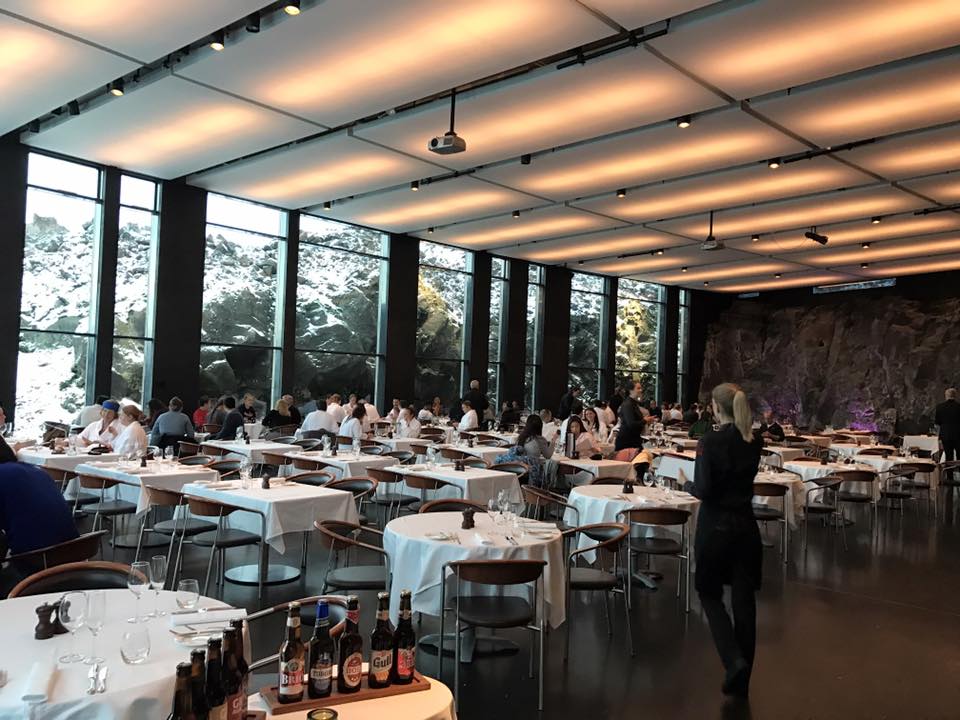


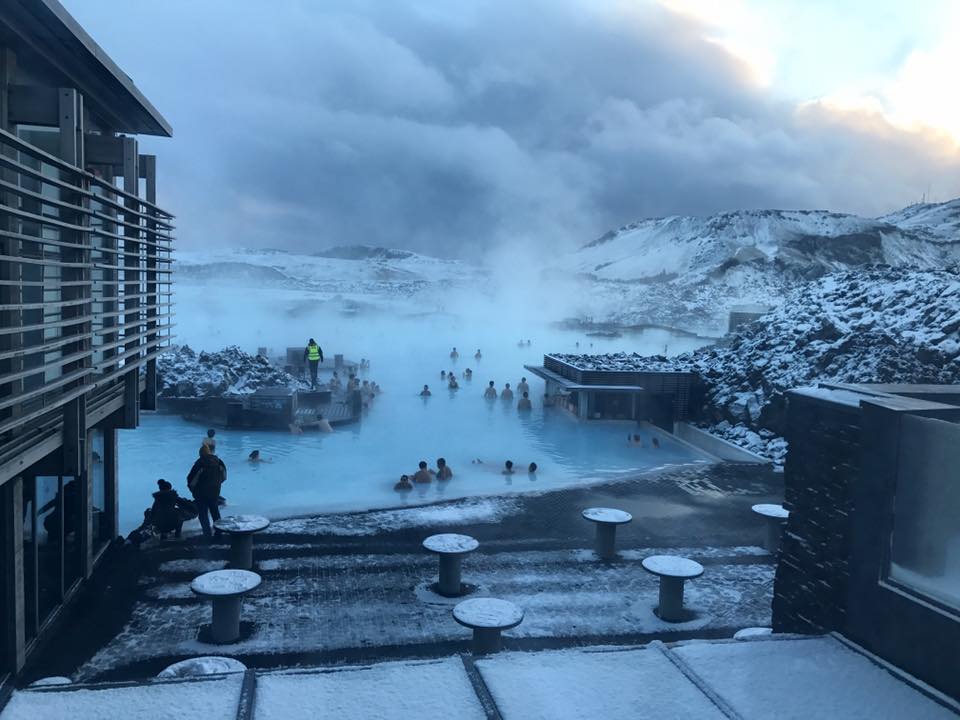 In addition to their exclusive lounge, there is a rest and relaxation area, a gift shop, conference rooms (so you can hold a meeting or event here!), and a full service hotel (as in you can sleep at the Blue Lagoon, which has its own set of perks!).
In addition to their exclusive lounge, there is a rest and relaxation area, a gift shop, conference rooms (so you can hold a meeting or event here!), and a full service hotel (as in you can sleep at the Blue Lagoon, which has its own set of perks!).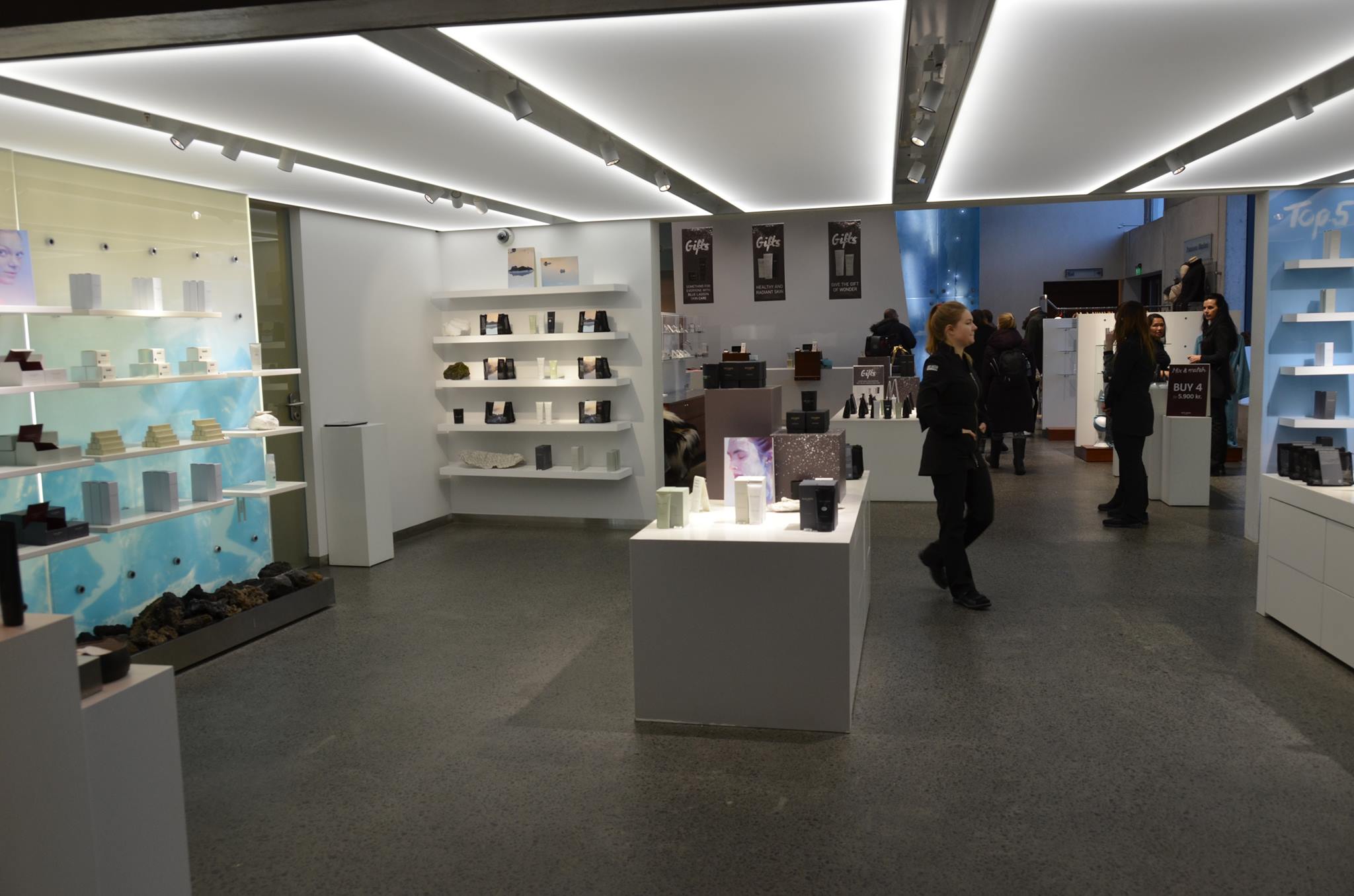
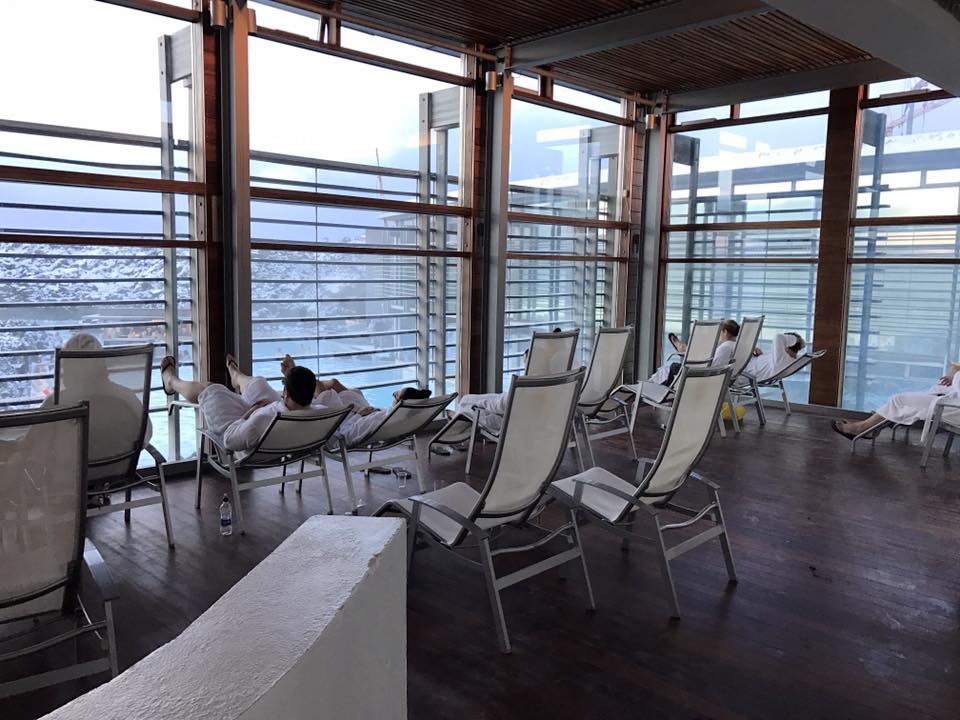 Also, if you are going to get a massage or other treatment, you are taken to a secluded pool that has these floating beds where your treatment takes place. Every few minutes they dip you into the water to keep you warm.
Also, if you are going to get a massage or other treatment, you are taken to a secluded pool that has these floating beds where your treatment takes place. Every few minutes they dip you into the water to keep you warm.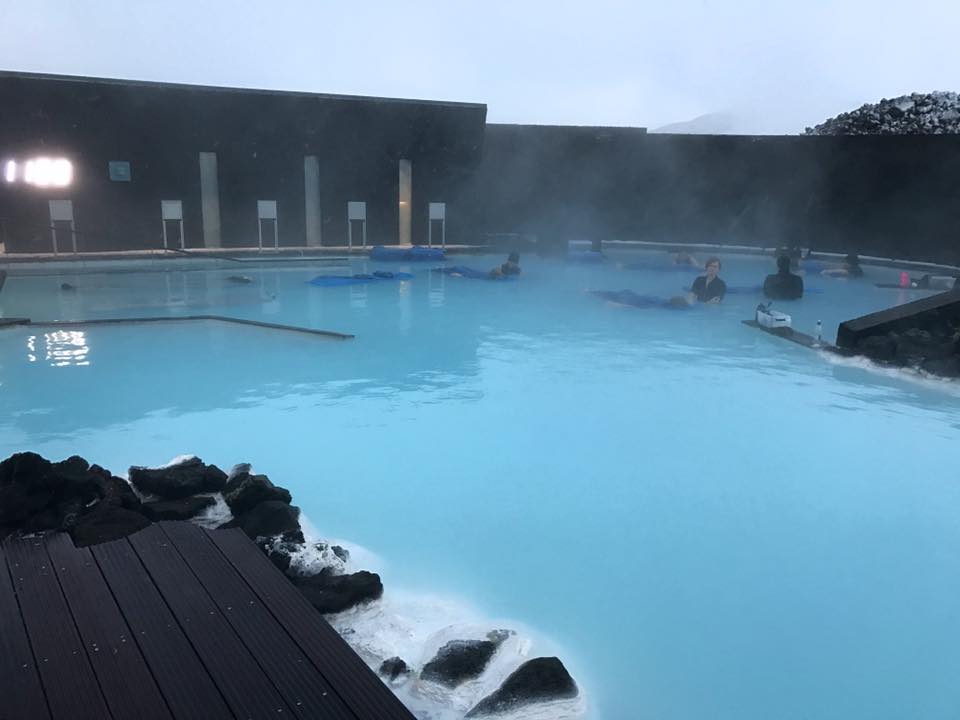 Although it is majorly touristy and pretty pricey, the Blue Lagoon is certainly worth a visit. I loved that we went during the winter. There is something sort of surreal about being in your bathing suit while the ground is covered in snow, and you are bathing in super hot water while snowflakes hit your face. It was definitely a memorable experience!
Although it is majorly touristy and pretty pricey, the Blue Lagoon is certainly worth a visit. I loved that we went during the winter. There is something sort of surreal about being in your bathing suit while the ground is covered in snow, and you are bathing in super hot water while snowflakes hit your face. It was definitely a memorable experience!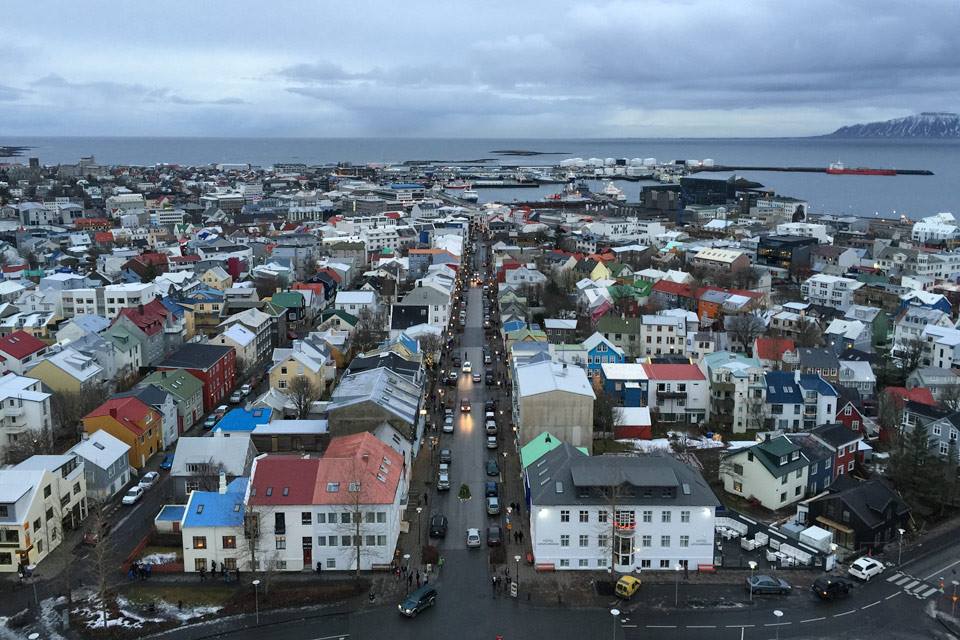 If you’re being honest with yourself, Iceland probably only recently came on your radar. It’s not like you dreamed of going to Iceland since you were a child. In my opinion, social media has almost single-handedly boosted tourism to the once mostly unknown (from a tourism perspective) country. But now that you know about it and have seen all the amazing pictures, you HAVE to go right?!?! I mean, it is soooo cheap! You can get there in just a few hours and for just $99! I know! I felt the same way. Which is why I am writing this post.
If you’re being honest with yourself, Iceland probably only recently came on your radar. It’s not like you dreamed of going to Iceland since you were a child. In my opinion, social media has almost single-handedly boosted tourism to the once mostly unknown (from a tourism perspective) country. But now that you know about it and have seen all the amazing pictures, you HAVE to go right?!?! I mean, it is soooo cheap! You can get there in just a few hours and for just $99! I know! I felt the same way. Which is why I am writing this post.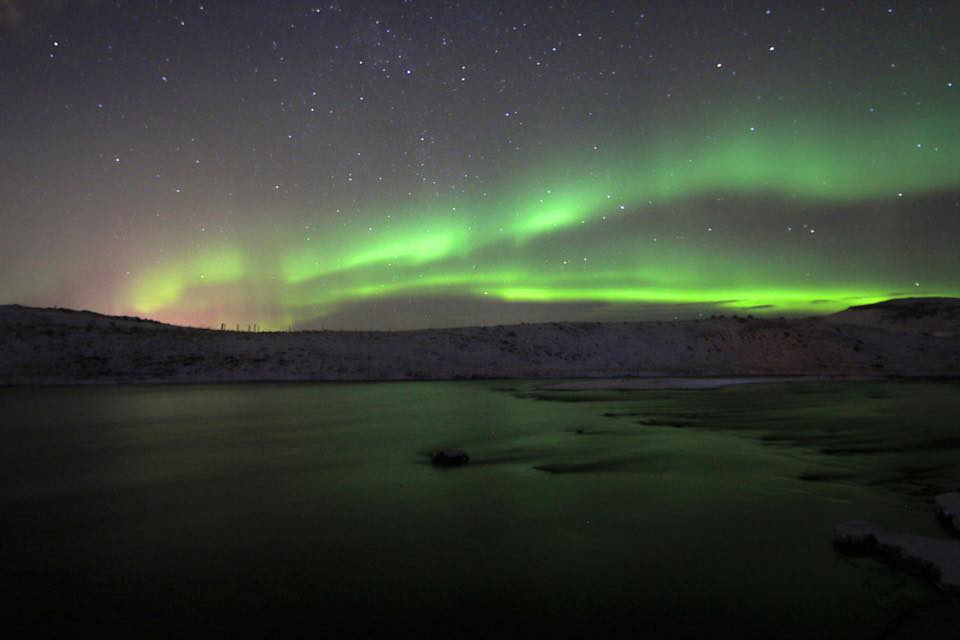 It’s basically on everyone’s bucket list. It’s like one of, if not, THE reason to go to Iceland. But, if you go to Iceland expecting to see all those (filtered!) photos from Instagram with your naked eye, you may be disappointed.
It’s basically on everyone’s bucket list. It’s like one of, if not, THE reason to go to Iceland. But, if you go to Iceland expecting to see all those (filtered!) photos from Instagram with your naked eye, you may be disappointed. There are some iPhone apps that claim to help you capture the lights, but I could not get them to work. If you want to get fantastic pictures of the lights, you need professional grade gear. And it’s not enough to have a professional camera, a tripod, and the correct lenses. They all have to be set to the correct settings. It is very technical, so I found what appears to be the definitive guide on how to photograph the lights, and I linked it
There are some iPhone apps that claim to help you capture the lights, but I could not get them to work. If you want to get fantastic pictures of the lights, you need professional grade gear. And it’s not enough to have a professional camera, a tripod, and the correct lenses. They all have to be set to the correct settings. It is very technical, so I found what appears to be the definitive guide on how to photograph the lights, and I linked it 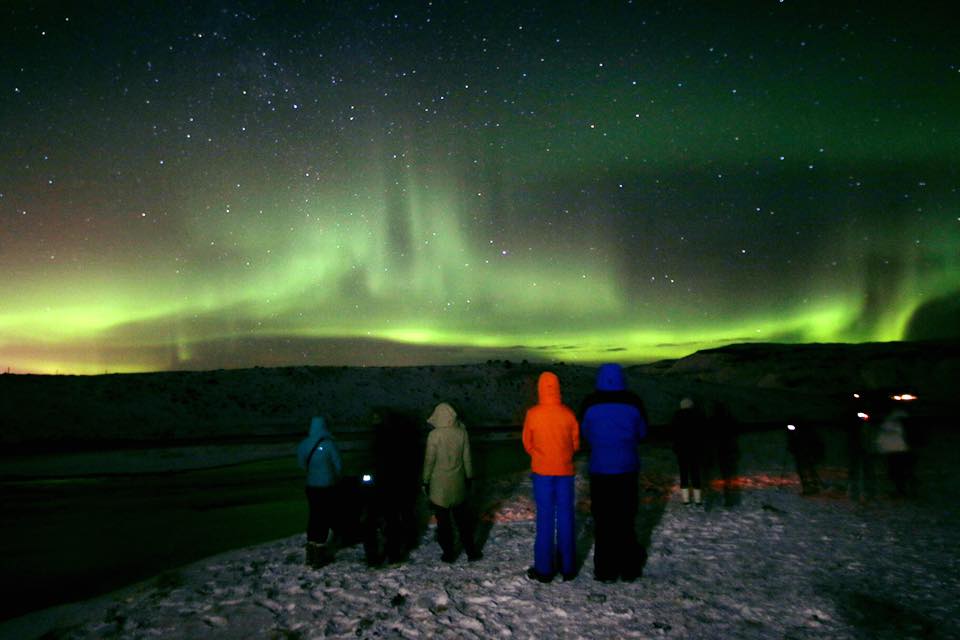 Finally, patience is a virtue with the lights. You sometimes have to drive to a couple of spots and just wait. It is VERY cold, so overdress in layers and pay special attention to your shoes and socks situation. There are no bathrooms, and you will be out there for about four hours. Although I was initially disappointed that the lights display was not quite as bright and colorful as I was expecting, it was still a pretty amazing experience, and I am so glad we did it.
Finally, patience is a virtue with the lights. You sometimes have to drive to a couple of spots and just wait. It is VERY cold, so overdress in layers and pay special attention to your shoes and socks situation. There are no bathrooms, and you will be out there for about four hours. Although I was initially disappointed that the lights display was not quite as bright and colorful as I was expecting, it was still a pretty amazing experience, and I am so glad we did it.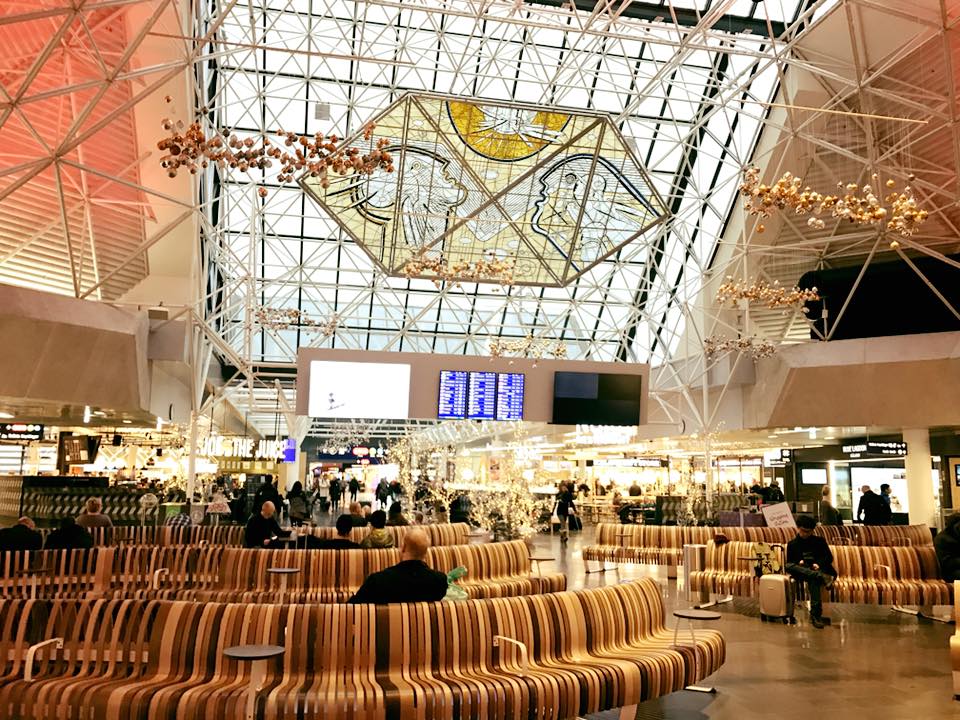 For being so relatively new to tourism, Reykjavik has a surprisingly impressive, modern little airport! First, it is all digital and almost all self-service. You can check yourself in, print your boarding pass, and print your bag tags all from self-service kiosks.
For being so relatively new to tourism, Reykjavik has a surprisingly impressive, modern little airport! First, it is all digital and almost all self-service. You can check yourself in, print your boarding pass, and print your bag tags all from self-service kiosks.
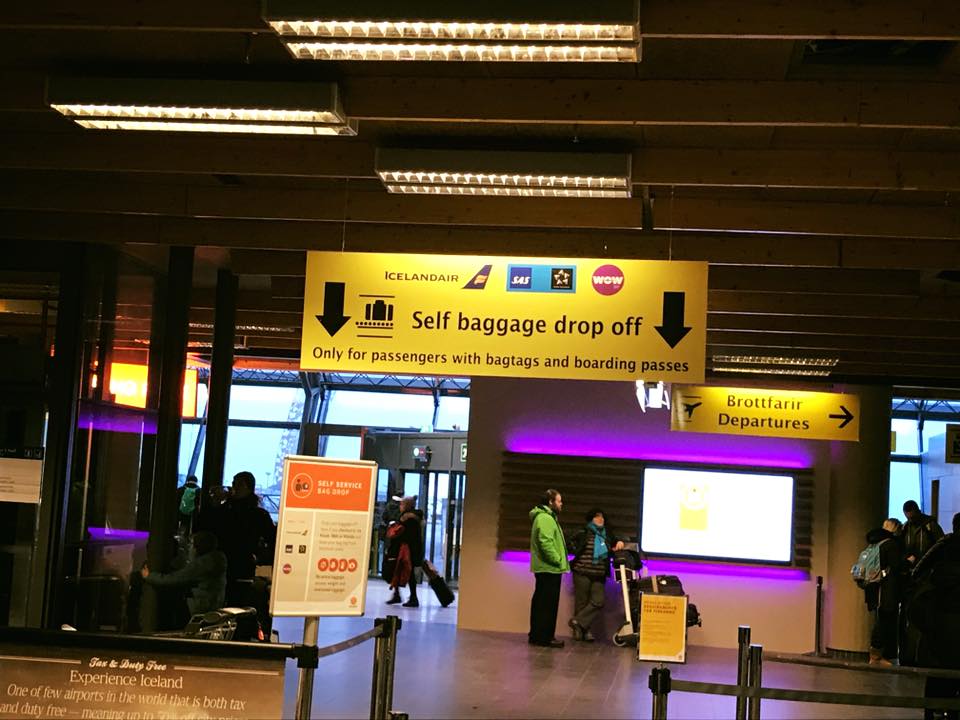 You check you luggage in on your own here:
You check you luggage in on your own here: 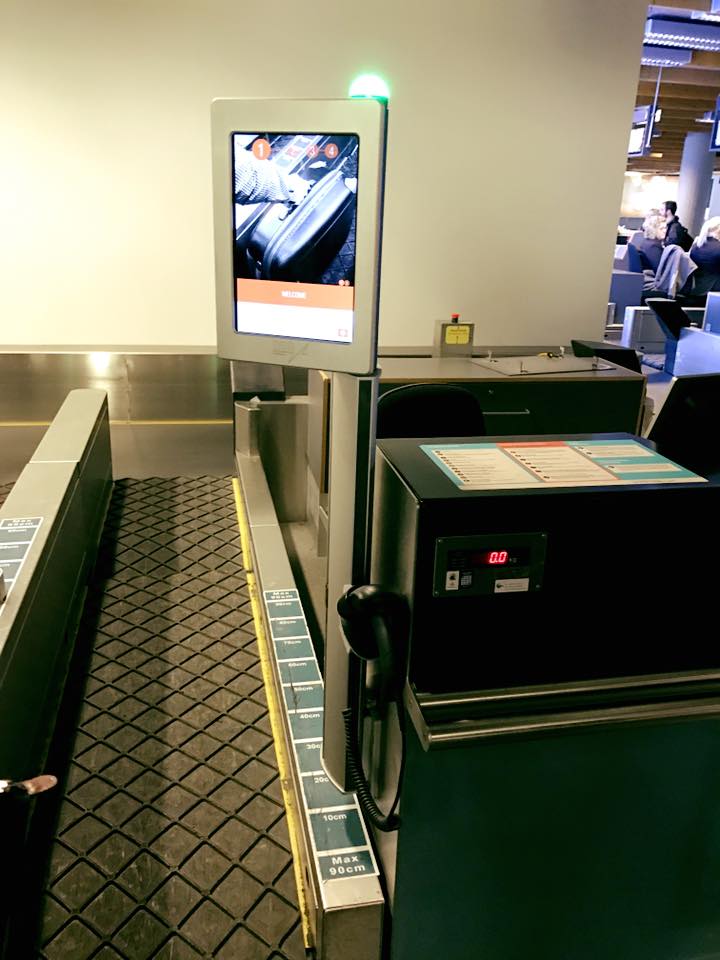 Even their security is fully automated!
Even their security is fully automated! 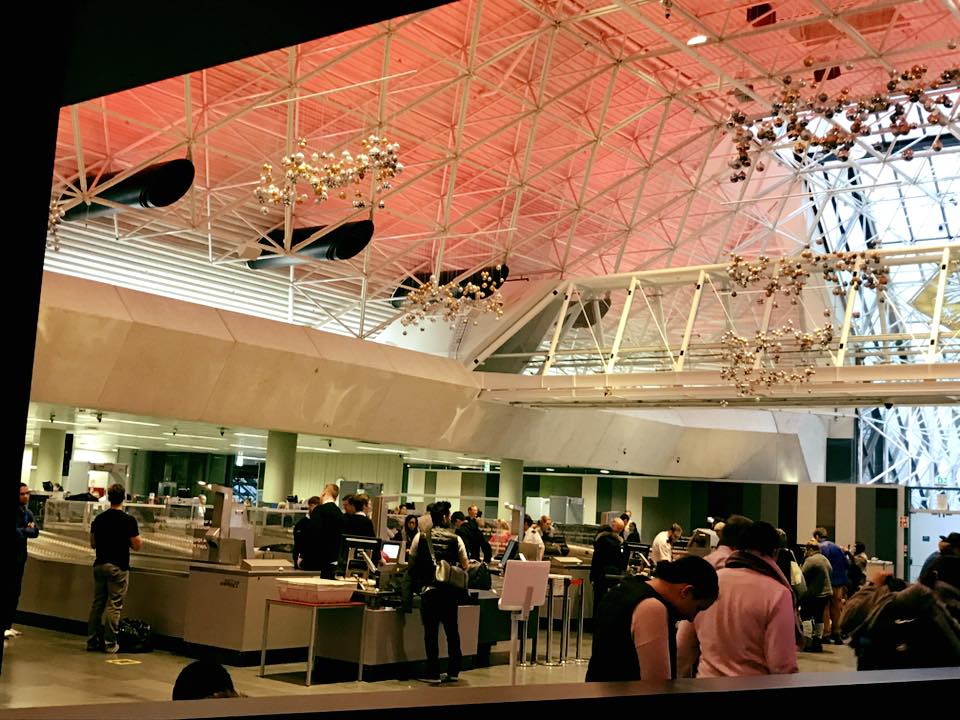 It is a very quick and easy process, which leaves plenty of time for you to stroll through their quaint little shops and have a real meal before you board your (meal-less) flight!
It is a very quick and easy process, which leaves plenty of time for you to stroll through their quaint little shops and have a real meal before you board your (meal-less) flight!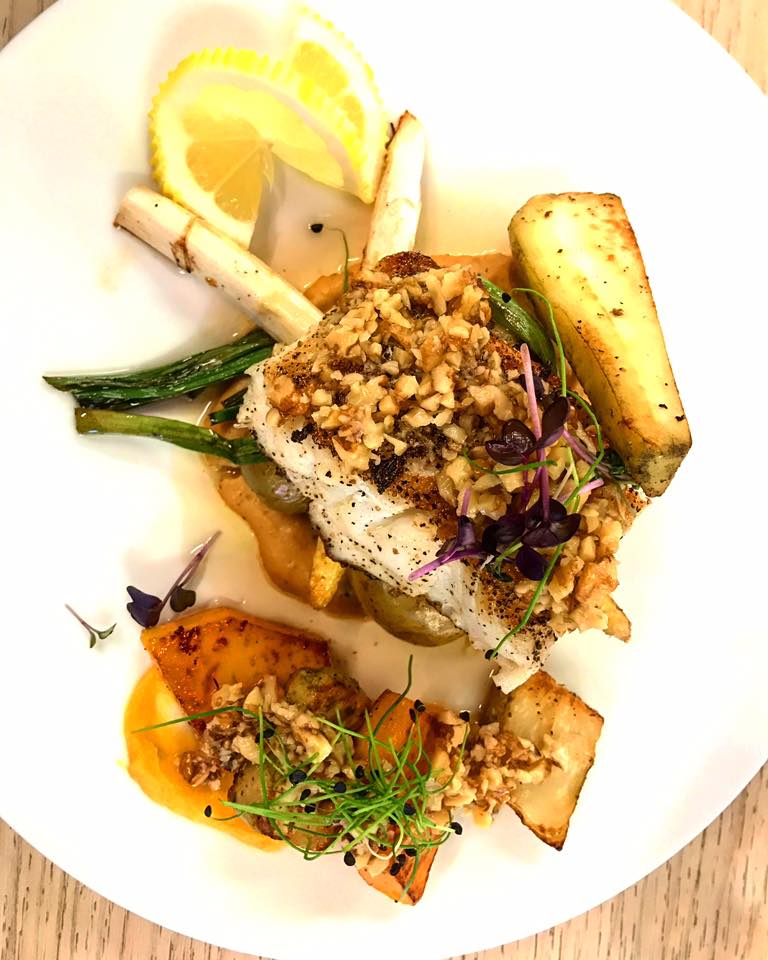 Even the restrooms are automated, allowing you to wash your hands and dry them all from the sink!
Even the restrooms are automated, allowing you to wash your hands and dry them all from the sink!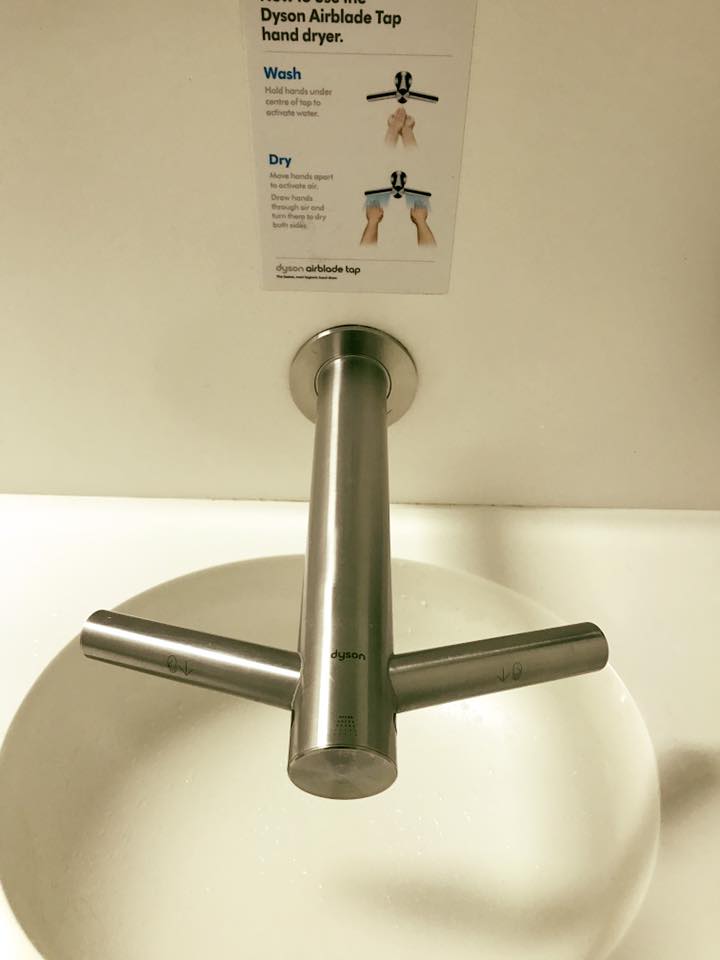 And, throughout the airport are little stations asking you about your satisfaction with check-in, security, the restrooms, and cleanliness!
And, throughout the airport are little stations asking you about your satisfaction with check-in, security, the restrooms, and cleanliness!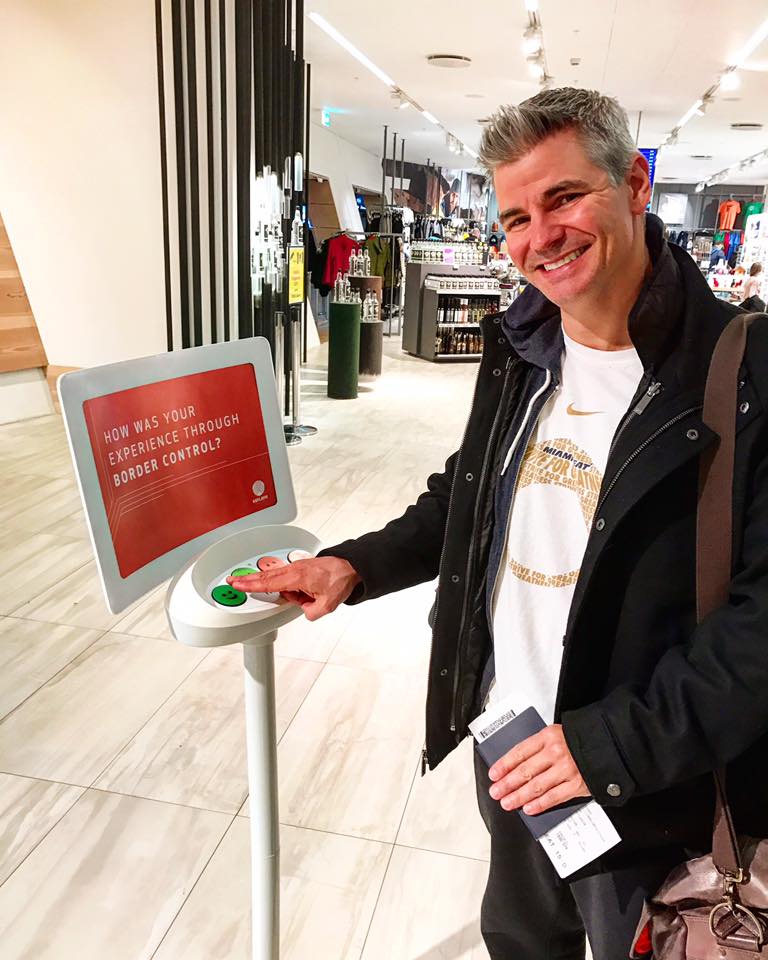 As you can see, Iceland is a dichotomy of sorts. In some ways it is so progressive (airports, WiFi, credit card usage), and in other ways so primitive (accommodations, tour operations, and the fact that they believe in invisible elves who have their own political lobby (that’s not a joke; give it a Google)). Nonetheless, I absolutely recommend that you hop over for a few days and check it out for yourself. It truly is a beautiful country filled with incredible sights, delicious (albeit insanely expensive) food and friendly people.
As you can see, Iceland is a dichotomy of sorts. In some ways it is so progressive (airports, WiFi, credit card usage), and in other ways so primitive (accommodations, tour operations, and the fact that they believe in invisible elves who have their own political lobby (that’s not a joke; give it a Google)). Nonetheless, I absolutely recommend that you hop over for a few days and check it out for yourself. It truly is a beautiful country filled with incredible sights, delicious (albeit insanely expensive) food and friendly people.